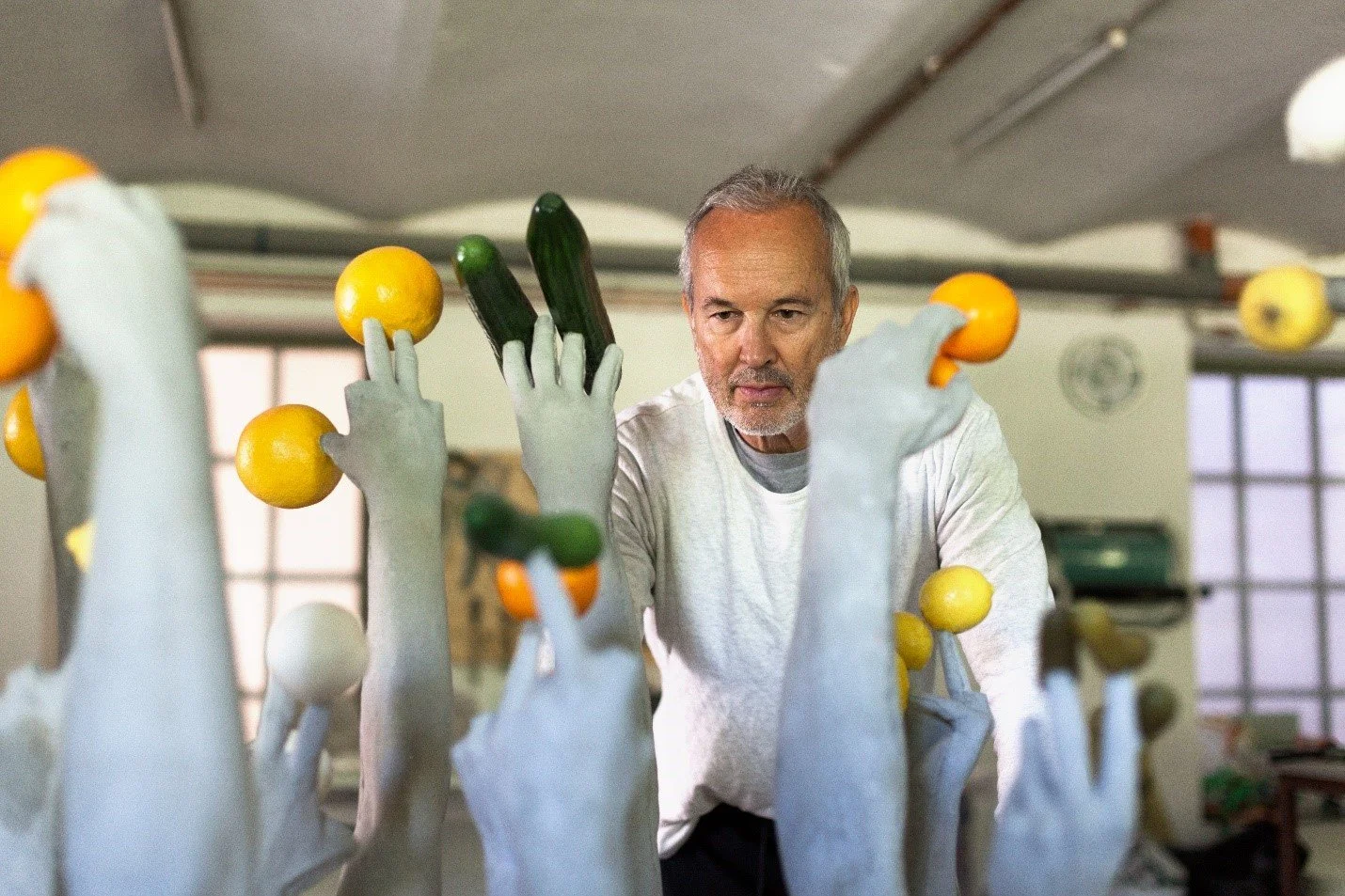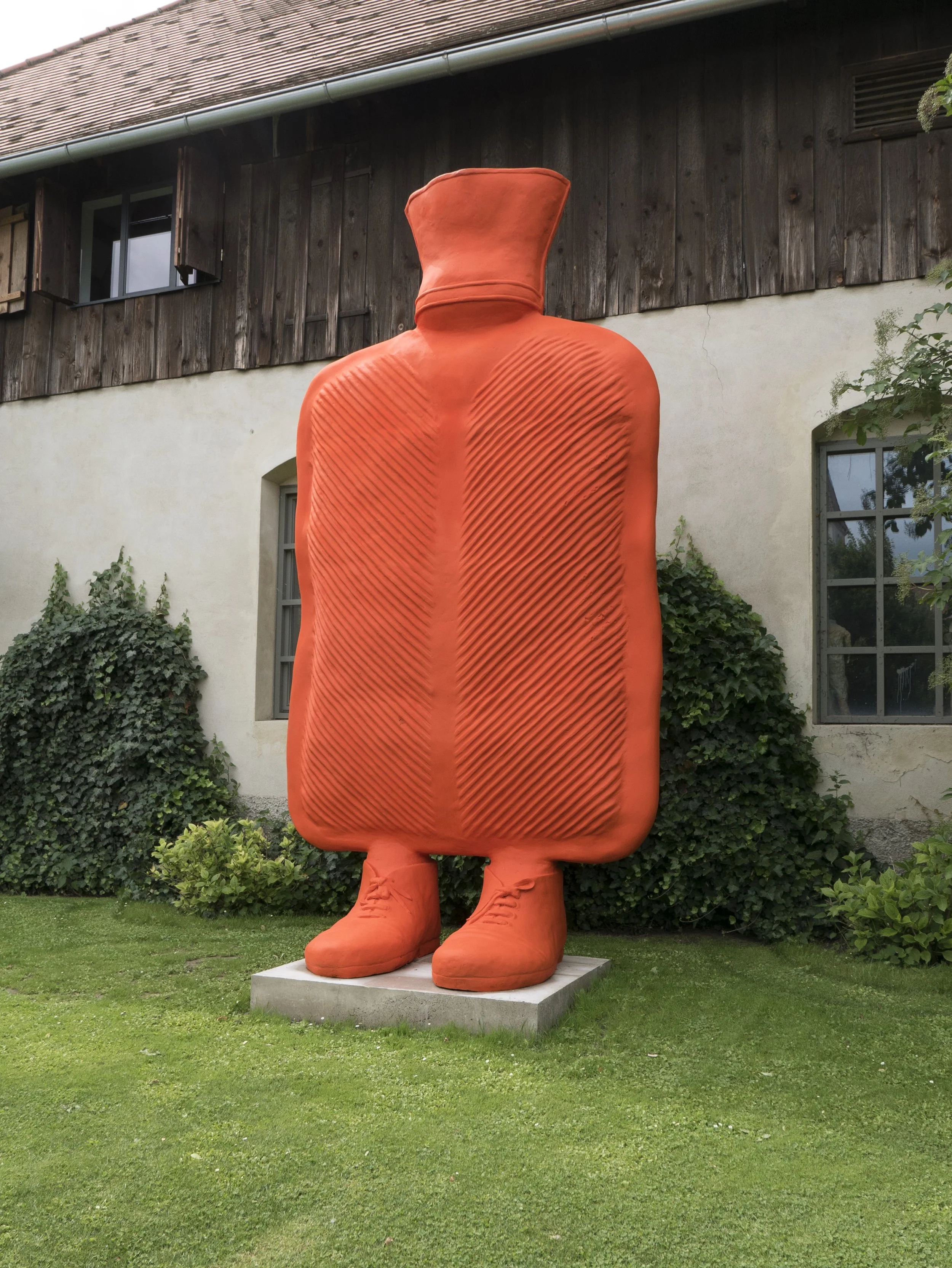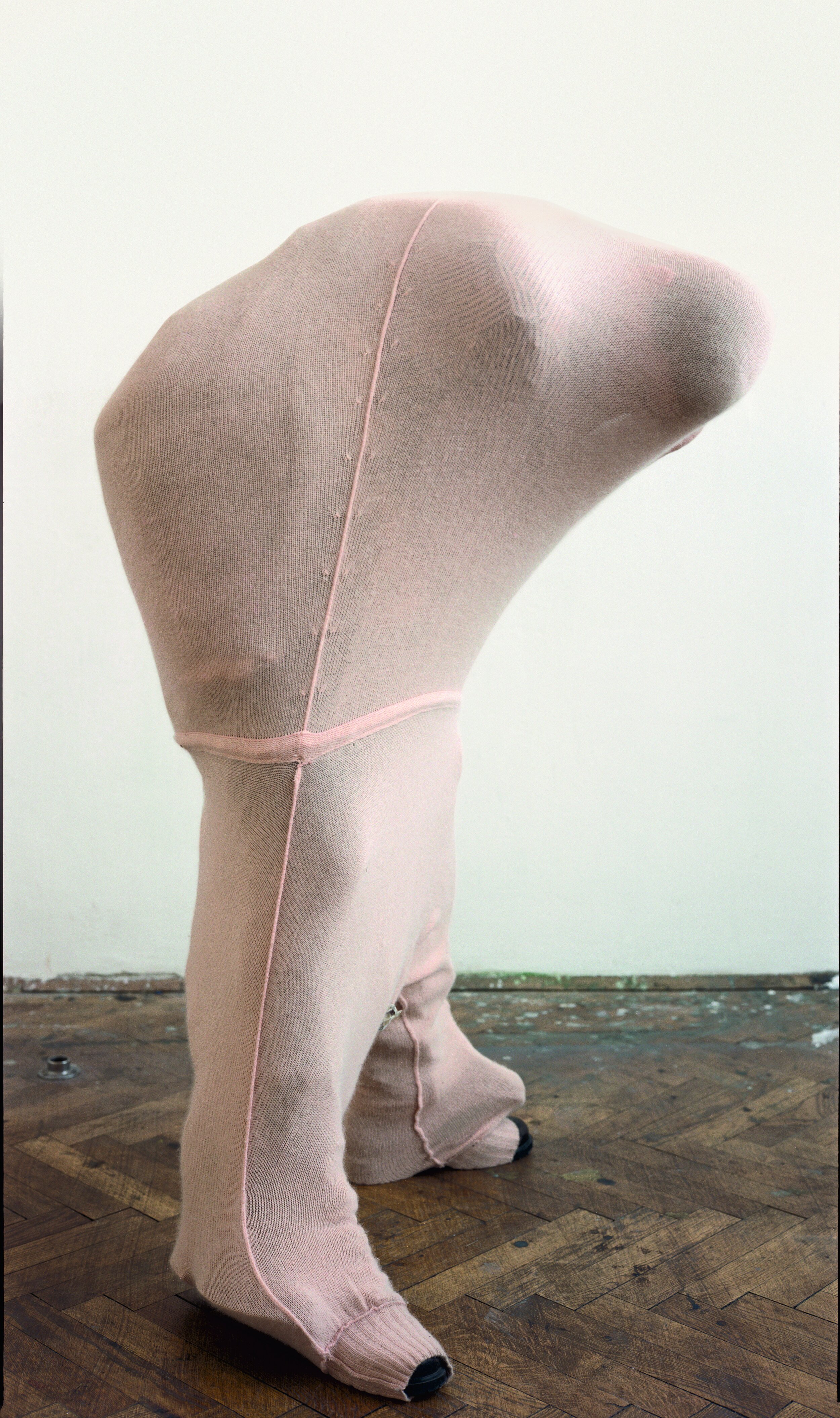A Thought-Provoking Conversation with Erwin Wurm
Erwin Wurm is an Austrian contemporary artist working across several media. His take on sculpture and its traditional practices can be seen in his renowned one-minute sculpture series. Erwin has been exhibited throughout Europe widely and internationally in art spaces, galleries, and museums, including the Public Art Fund, the Ludwig Museum, the Sara Hildén Art Museum, the IMA (Indianapolis Museum of Art), the GEM – Museum for Contemporary Art, the Lehmbruck Museum, the Musée des Beaux-Arts, the Museum of Contemporary Art Australia, the Berlinische Galerie, the Albertina Museum Vienna. Erwin is represented by König Galerie, the Thaddaeus Ropac gallery, and the Lehmann Maupin gallery. He is the recipient of many awards, including the Grand Austrian State Prize, 59th GNMH AWARD 관념미학어워드. Erwin Wurm's works are in collections worldwide, including the Walker Art Center, the Solomon R. Guggenheim Museum, the Museum Ludwig, the Peggy Guggenheim Collection, Kunstmuseum St. Gallen [de], the Musée d'art Contemporain de Lyon, the Museum of Old and New Art, the Centre Pompidou and elsewhere. Erwin is the first artist to be given credit in a music video for the song, Can't Stop by the Red Hot Chilli Peppers. I had the honor and pleasure of asking Erwin about what physically is the hardest part of sculpturing, how he uses humor to help the audience be more engaged, and how he stays imaginative and innovative.
UZOMAH: Can you describe the importance and even urgency to create a series such as "How to be Politically Incorrect" to show how situations deemed politically incorrect can be seen from a different view, even awkward?
ERWIN: This series "how to be politically incorrect "was done as a response or reaction to George W Bush's madness of control and suppression of specific groups of people.
His slogan - war on terror - was a disaster because it damaged relations between different countries, societies, and religions and was not calmed down, but it led to the contrary - the conflict grew tremendously. Instead of learning and opening the discourse, it was shutting down.
Through the last 2 decades, the content changed intensively.
A correction became very necessary because all of a sudden, we were able to realize that the use of language was aging badly. It was often stupidity, ignorance, or racism which let us go on with this.
U: How does the medium of photography help you sculpt different art pieces and vice versa?
E: Photography was just another medium besides drawing, video, text, performance, and others.
Early in my career, I started to research about sculptural notions and issues in relation to social themes.
The combination of both became a method in my work which quickly led to my decision that everything I do, whether it's a real 3-D sculpture, video, photography, or anything else, can be defined as a sculpture.
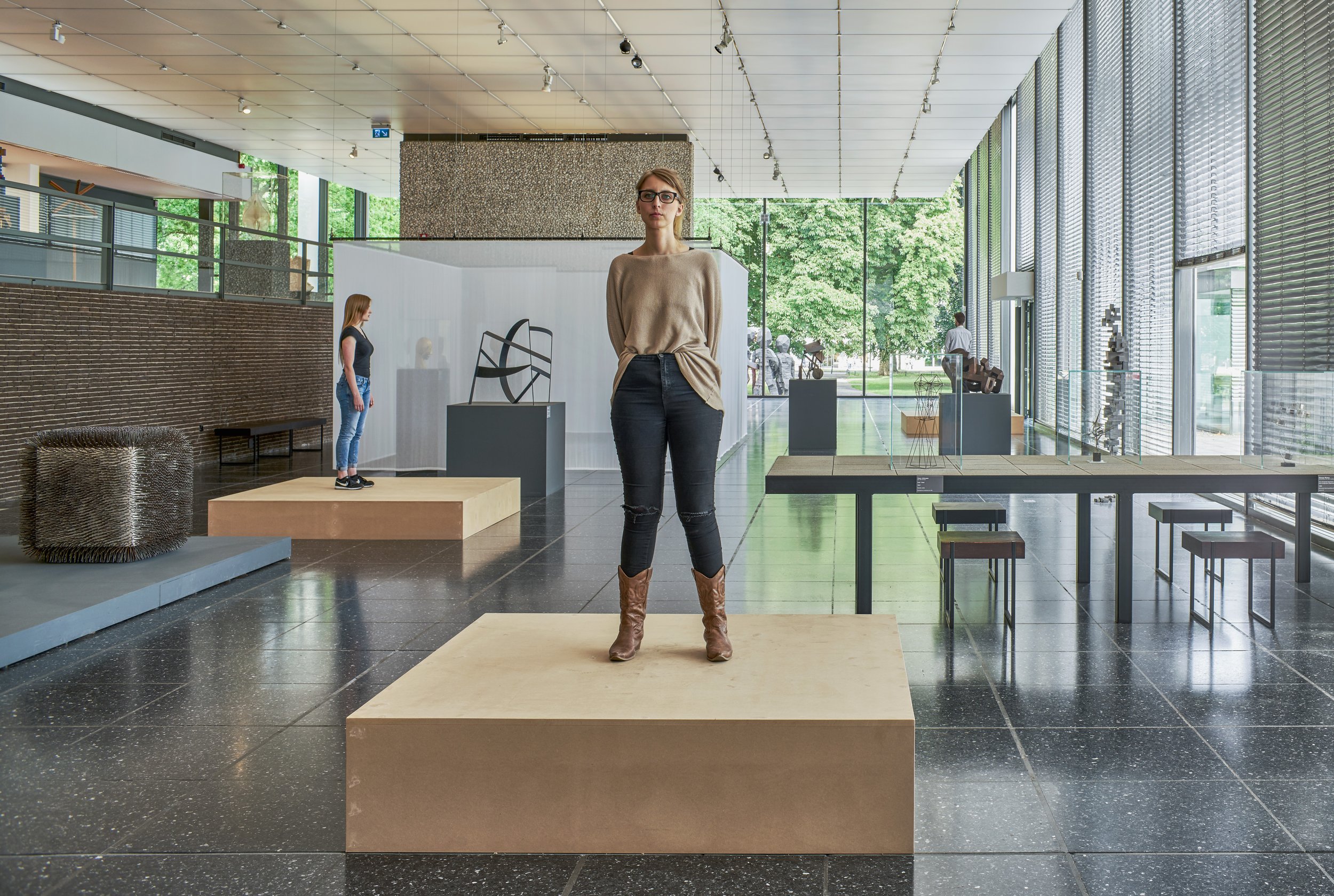
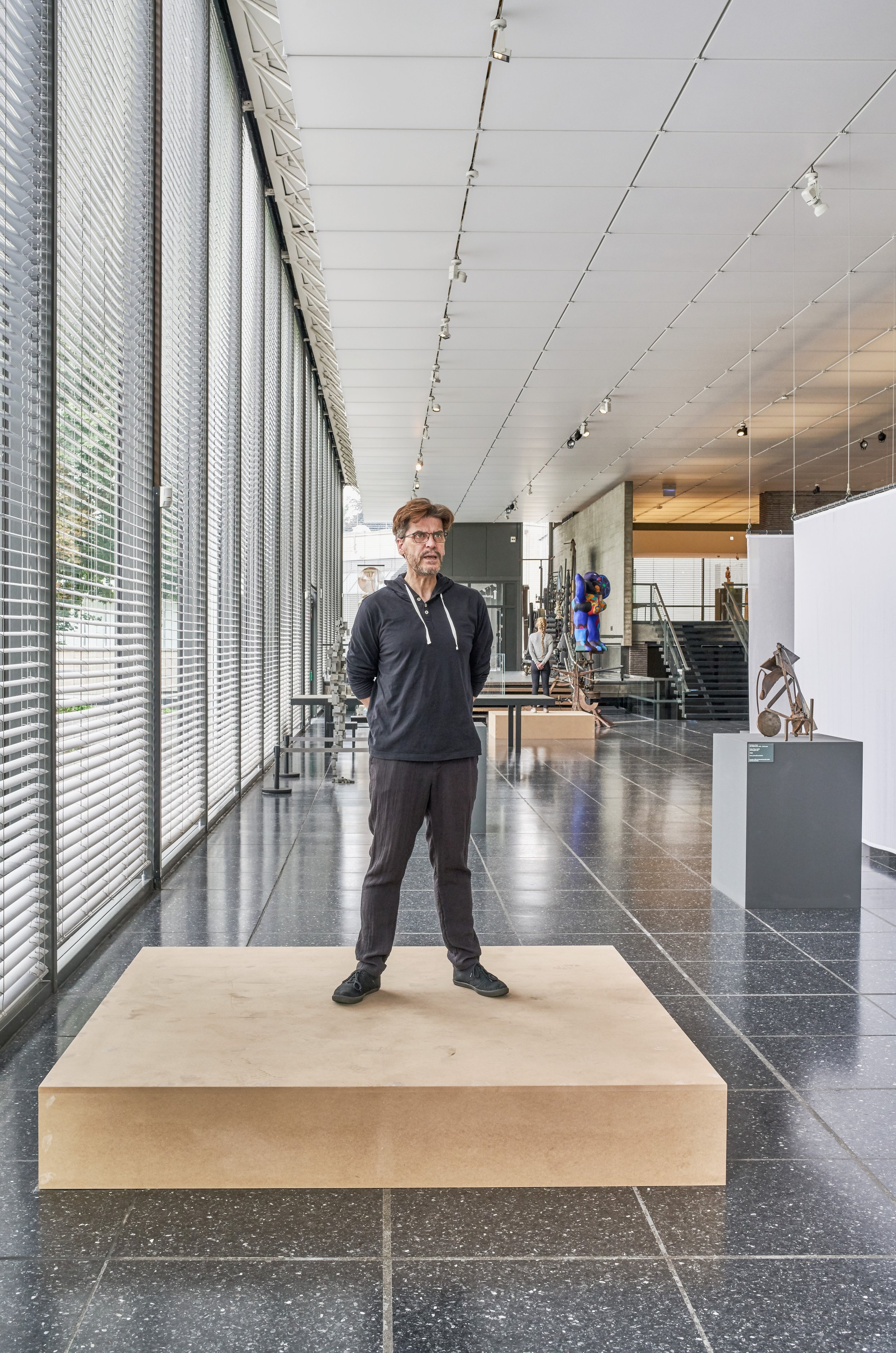

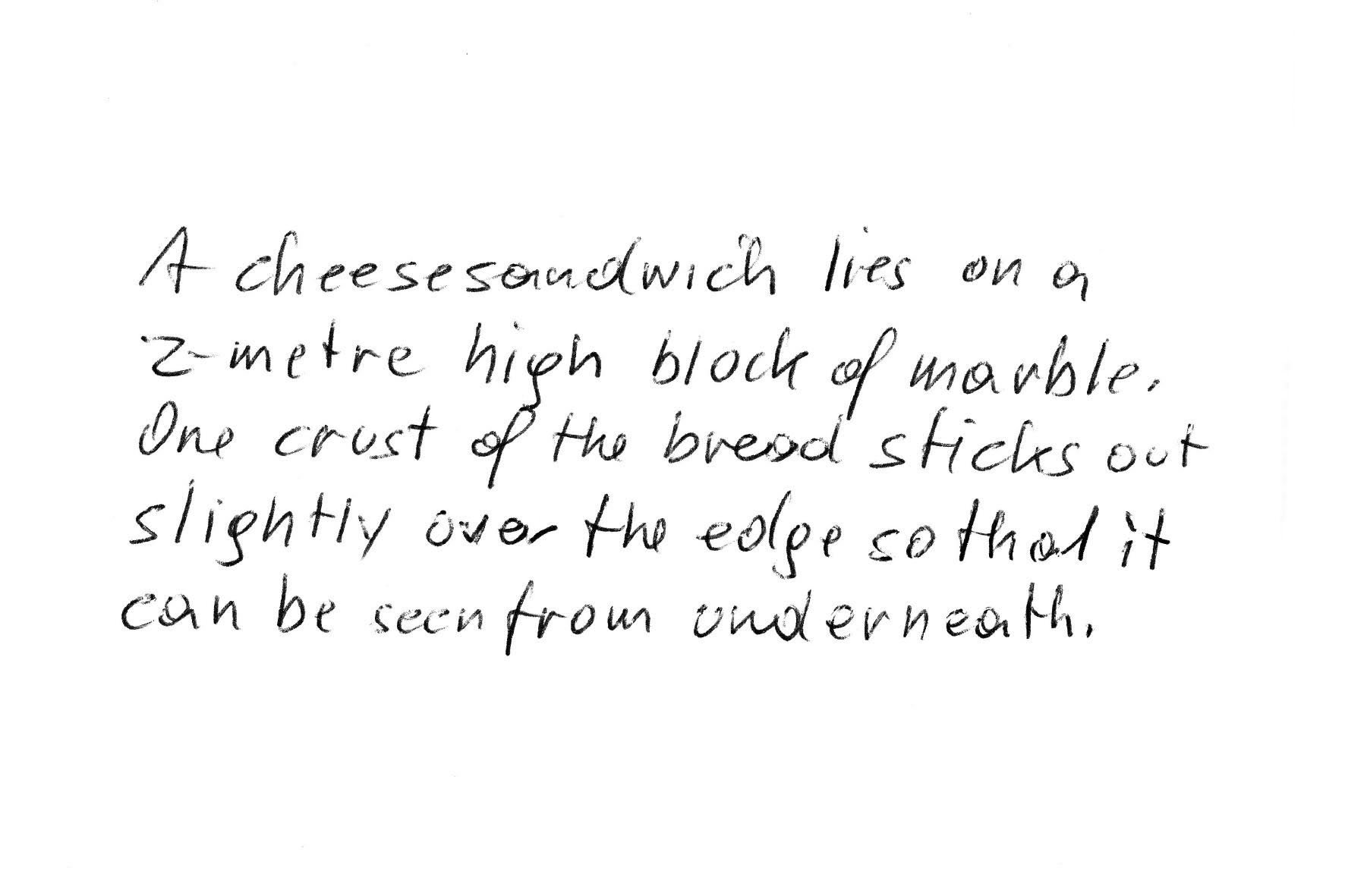
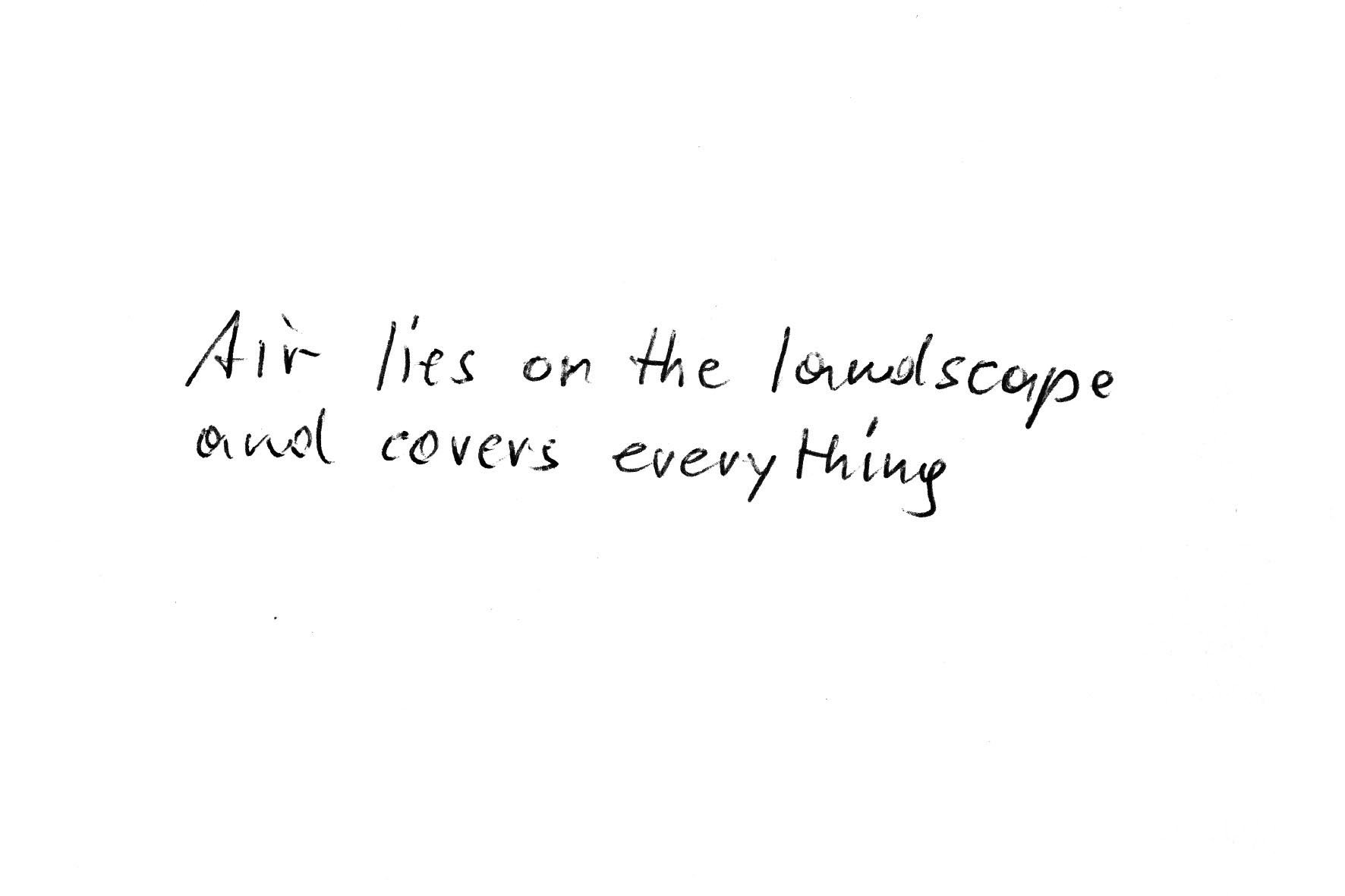
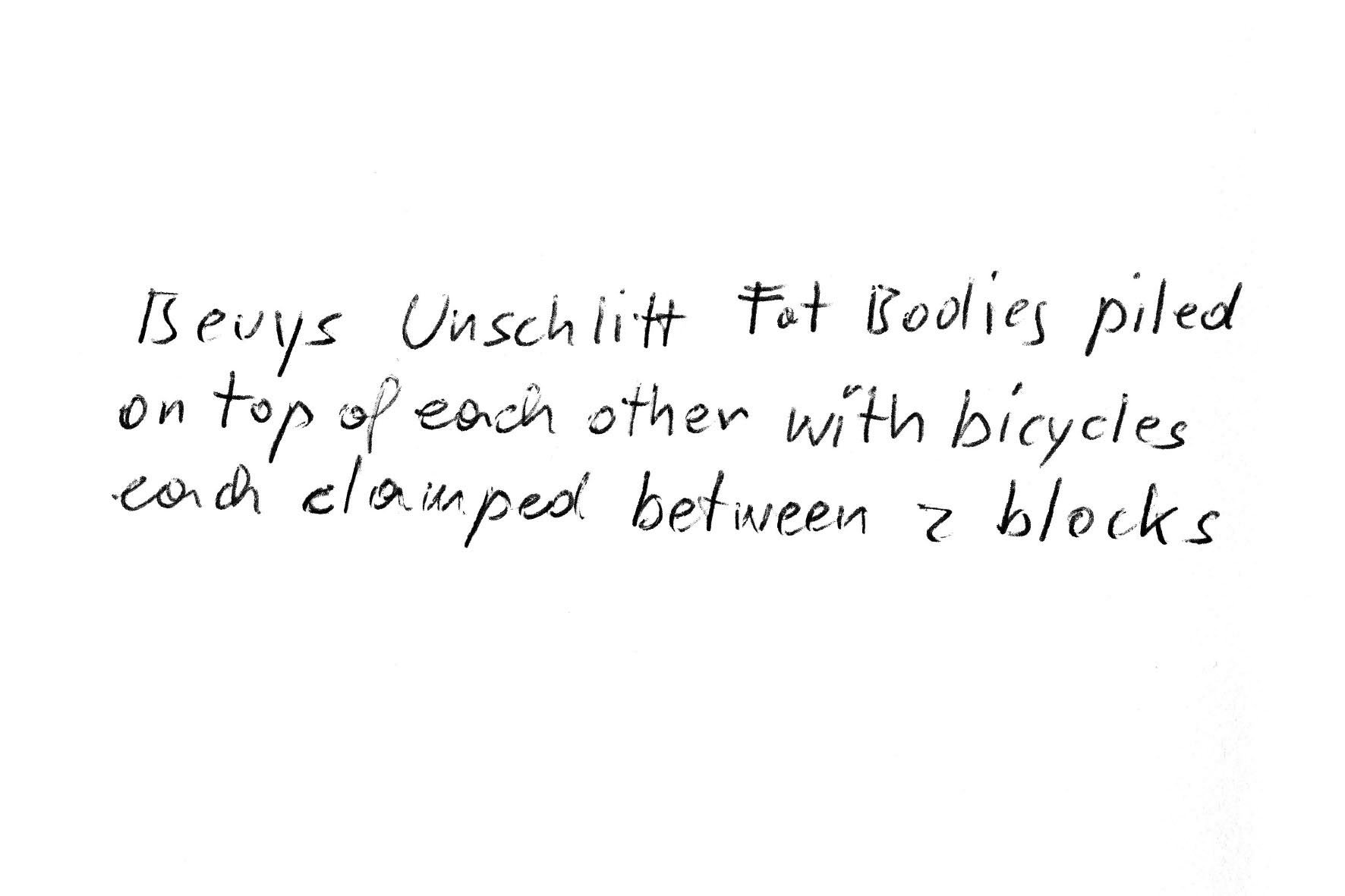
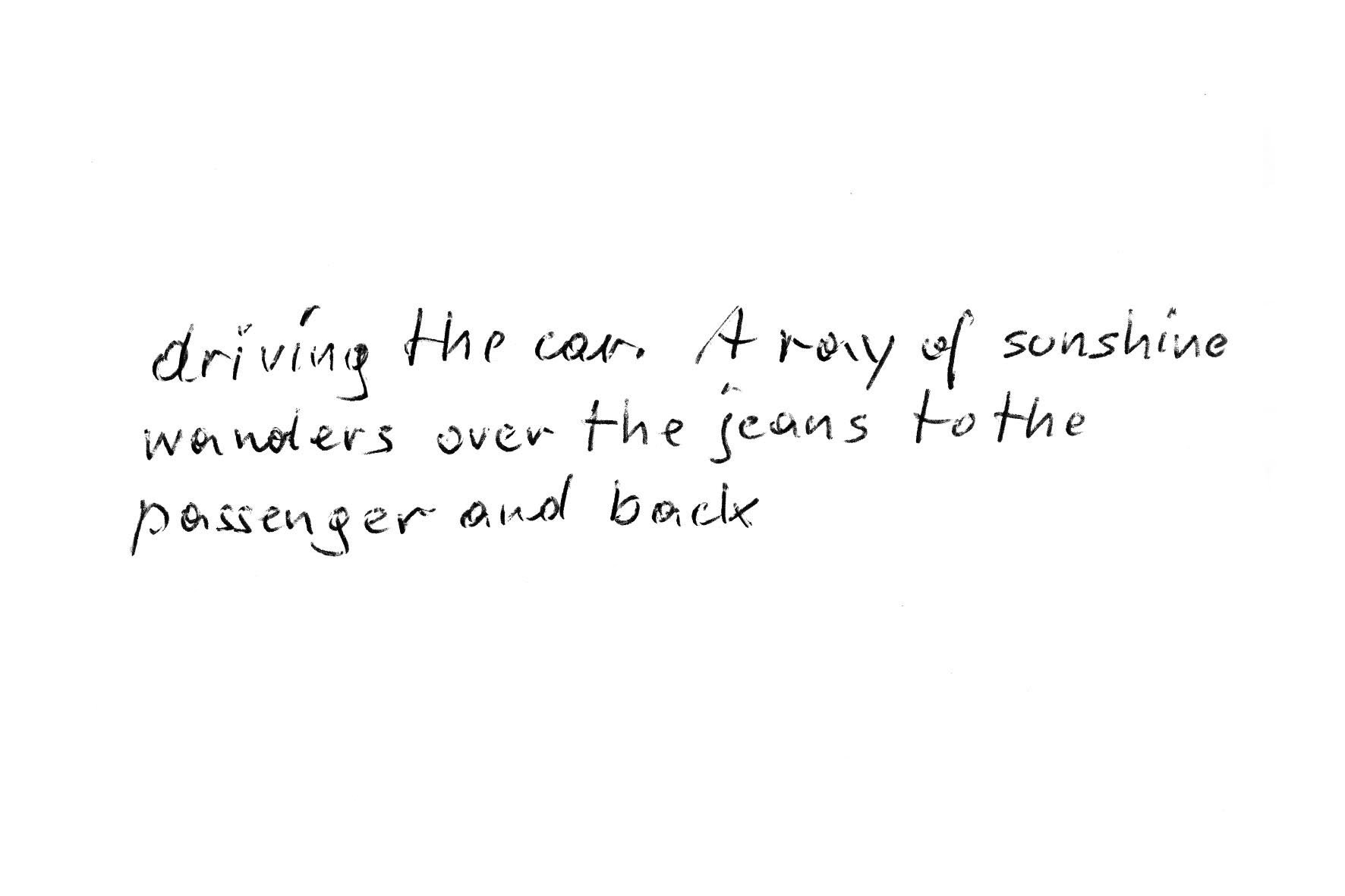
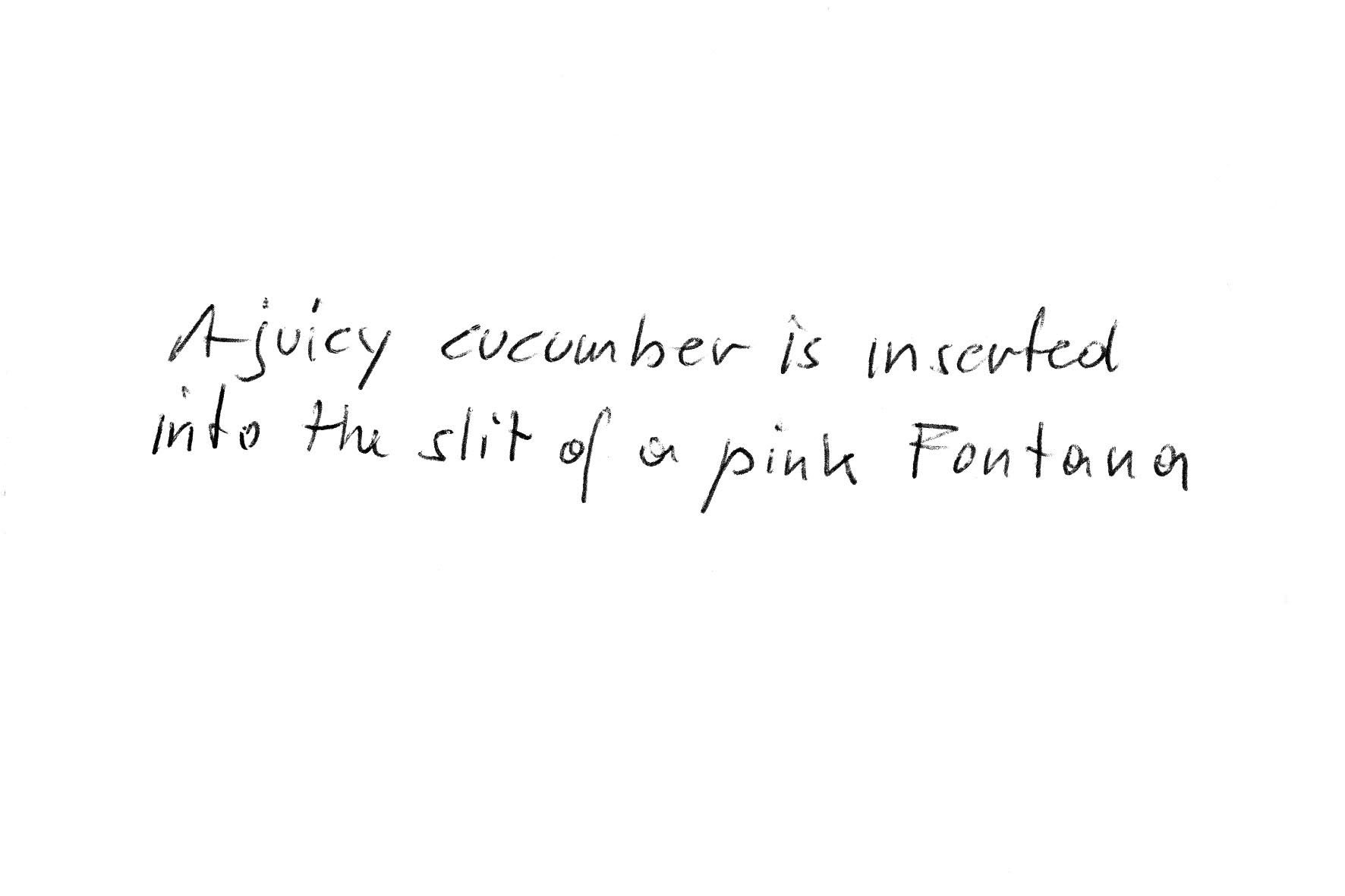
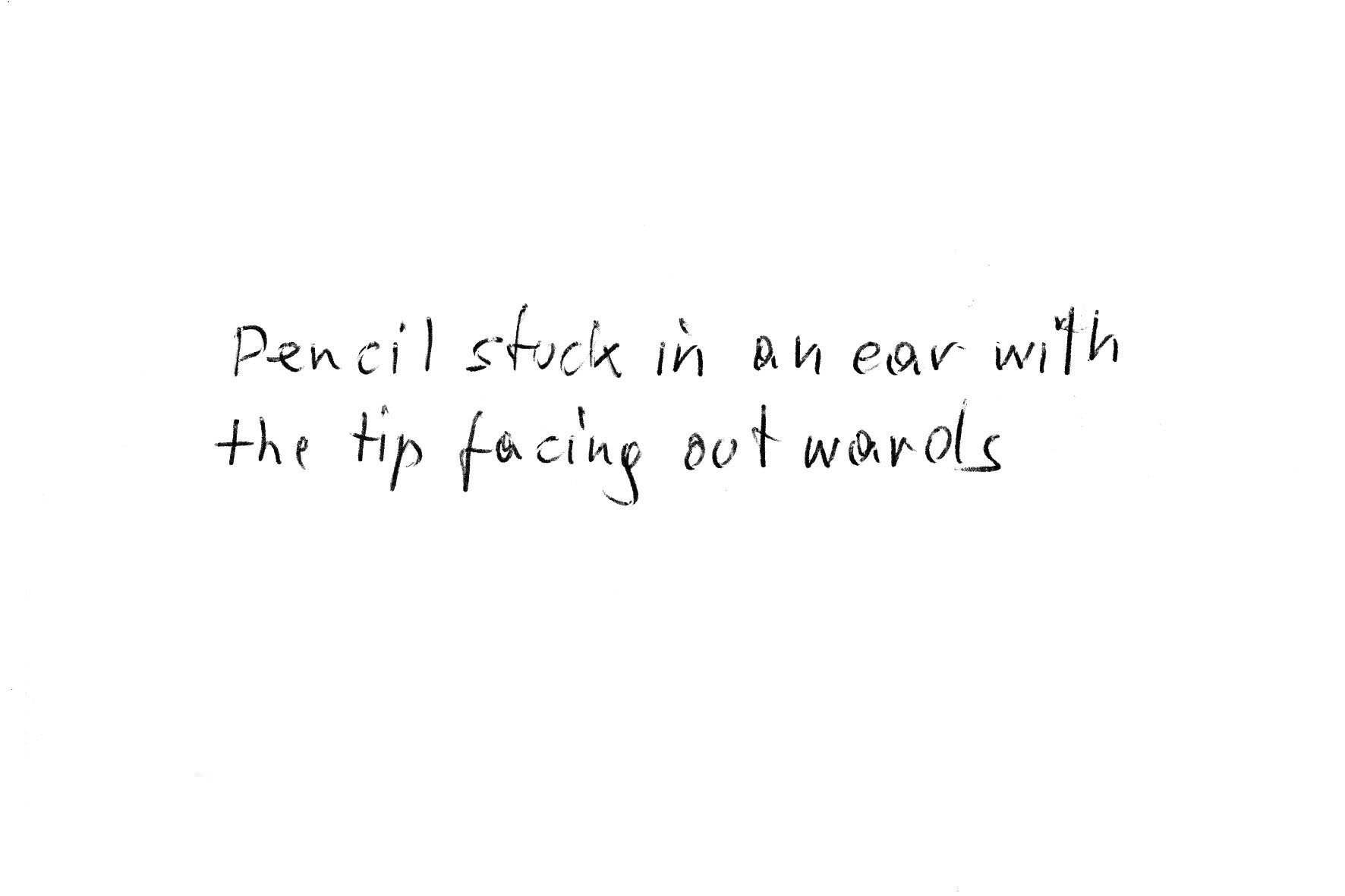
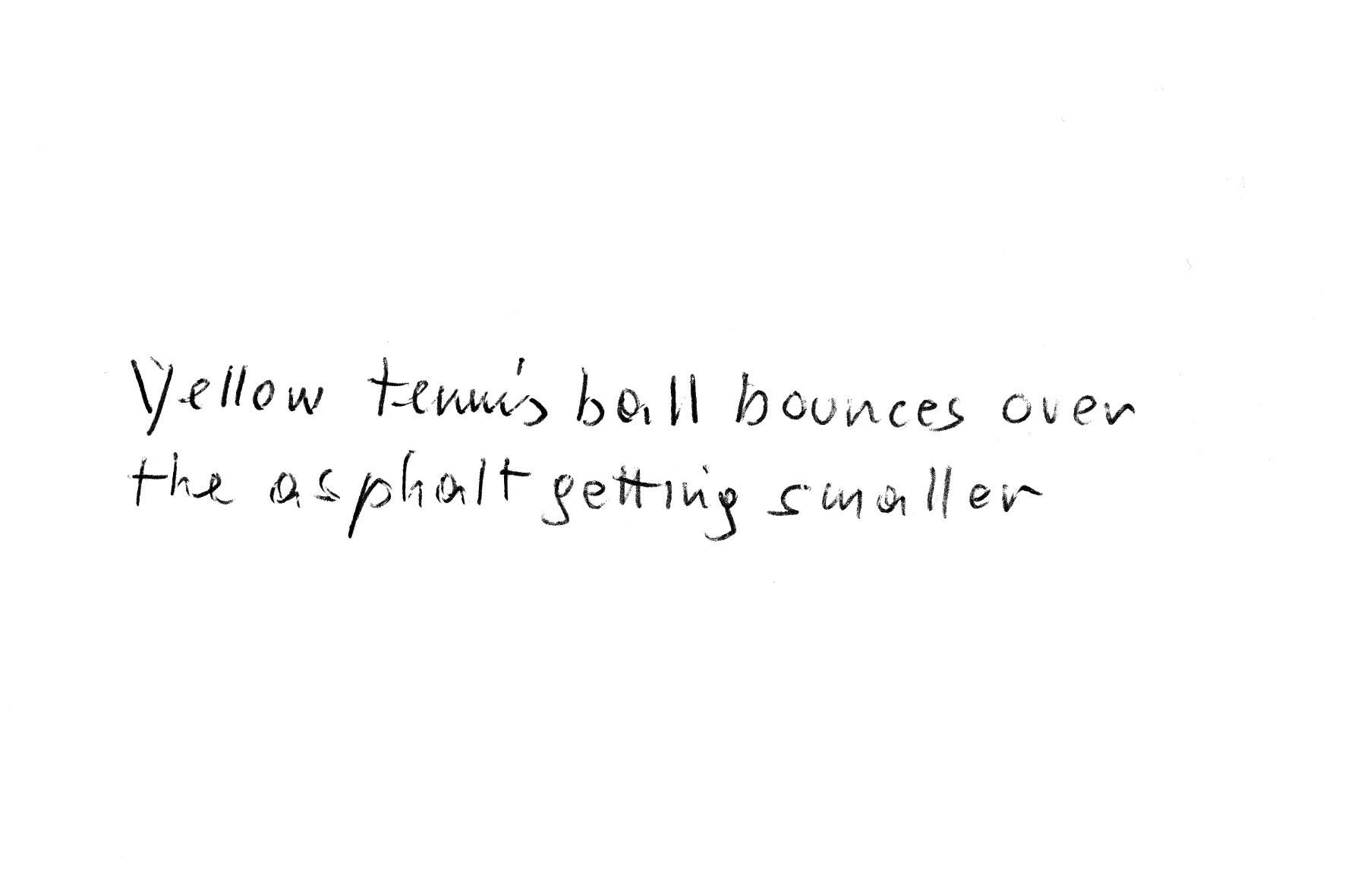
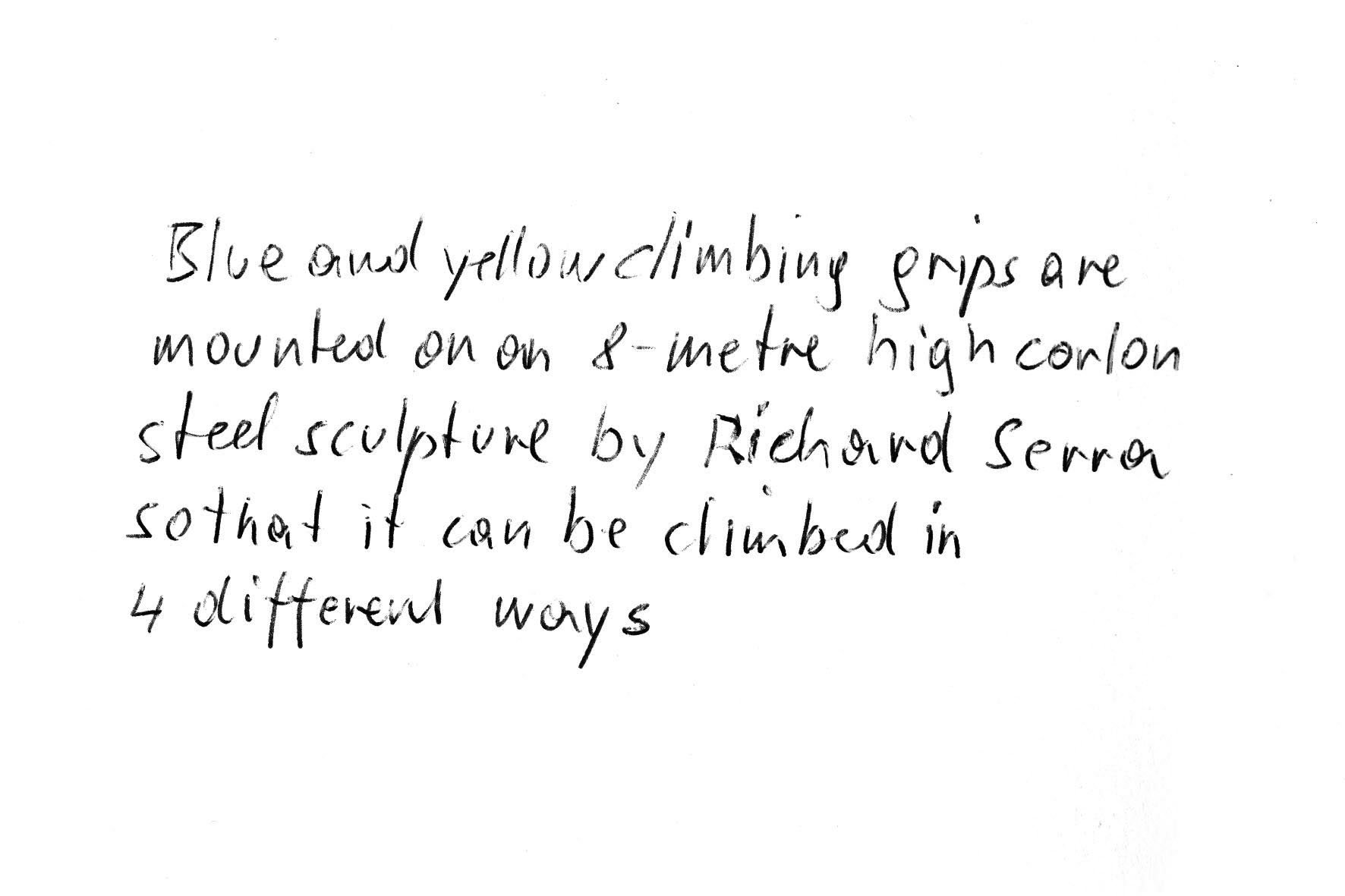
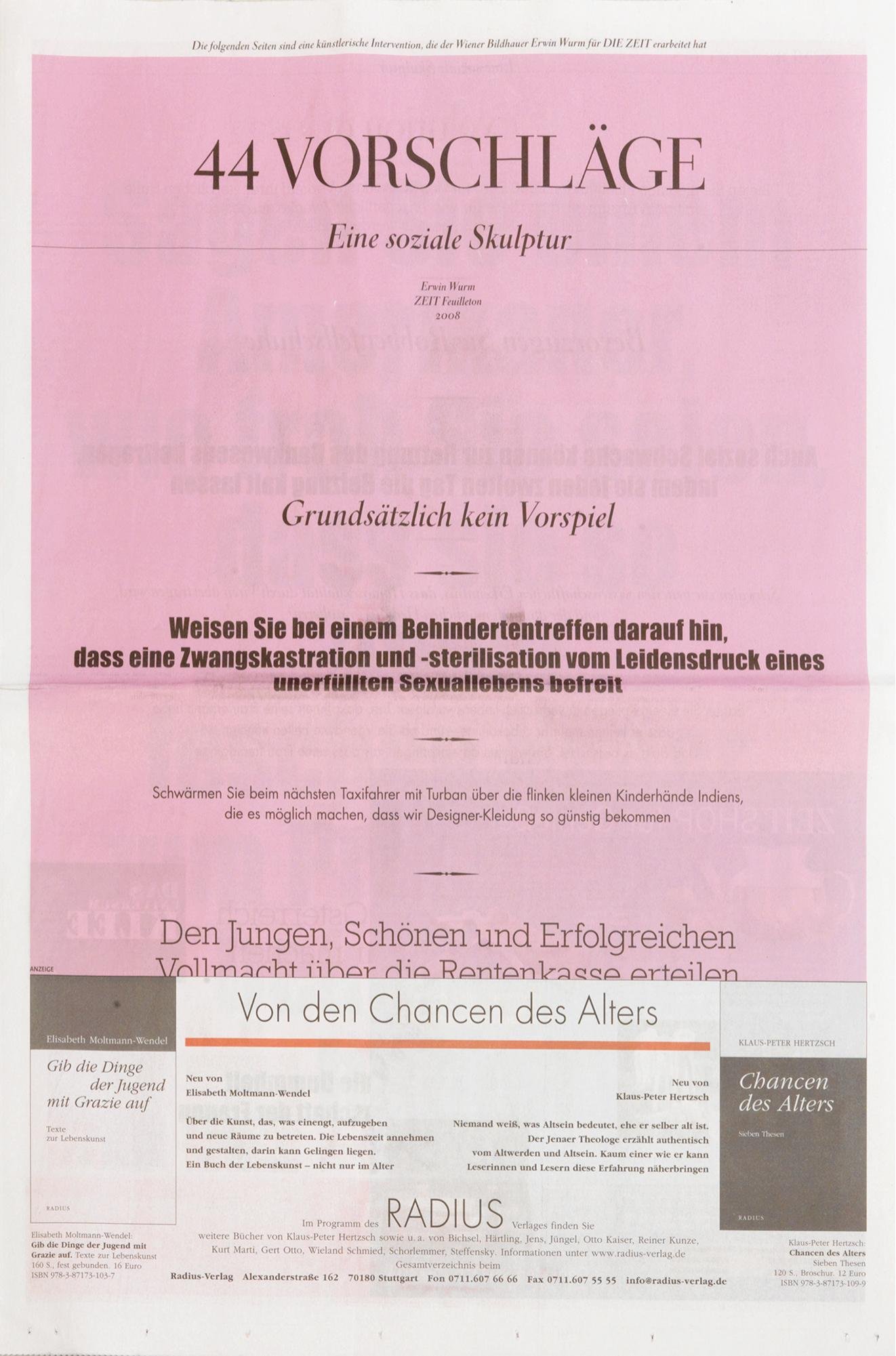
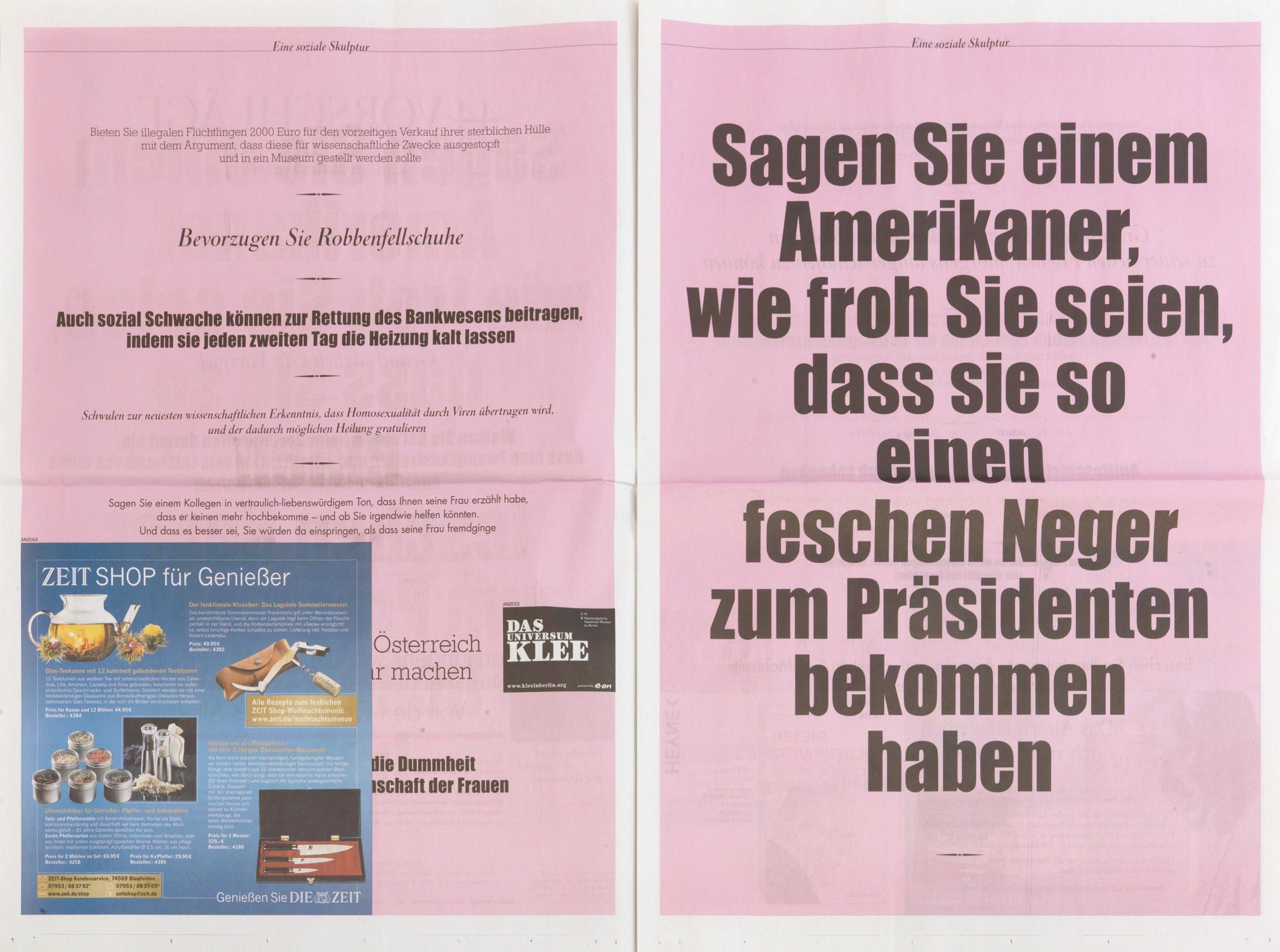
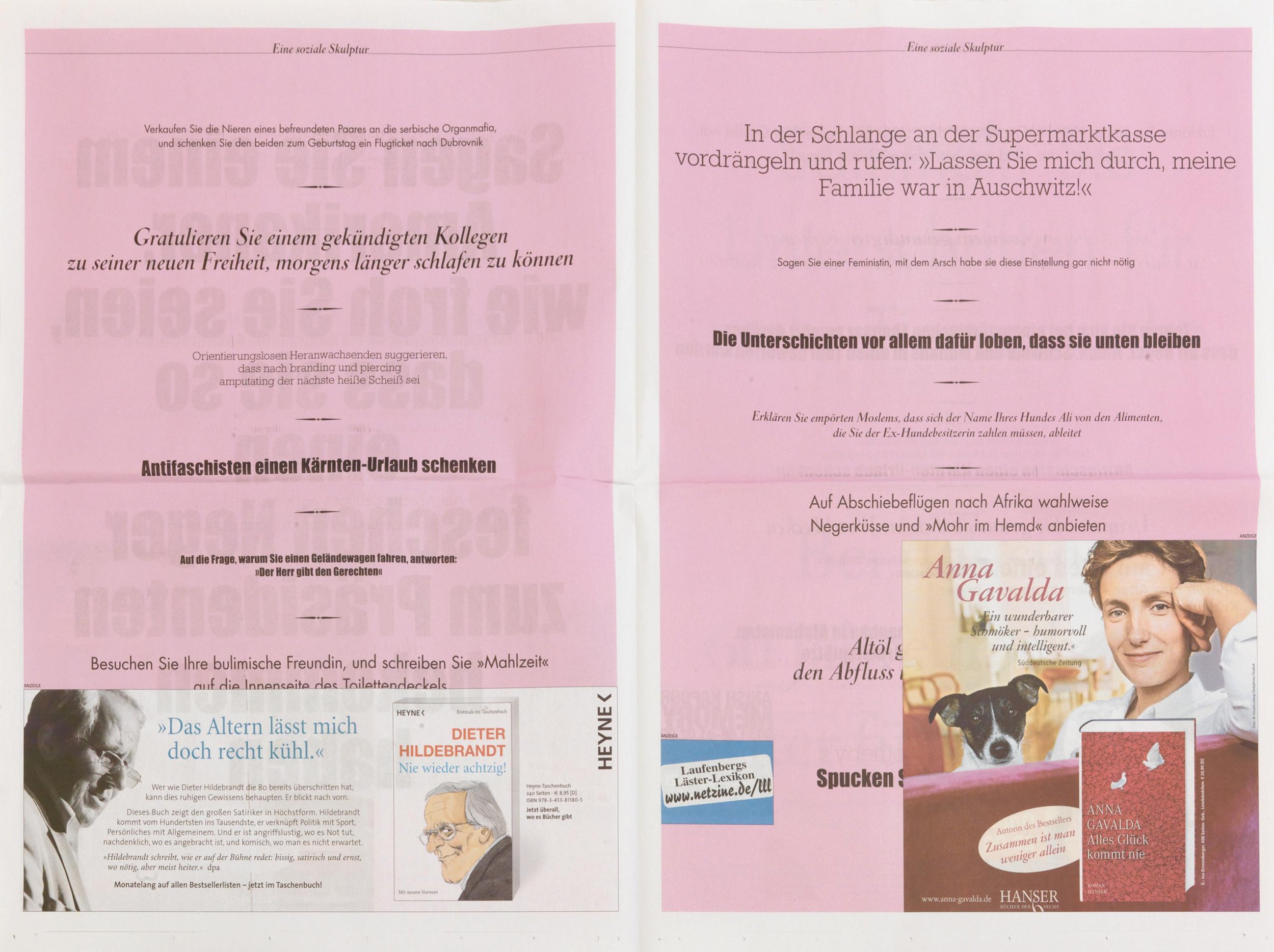

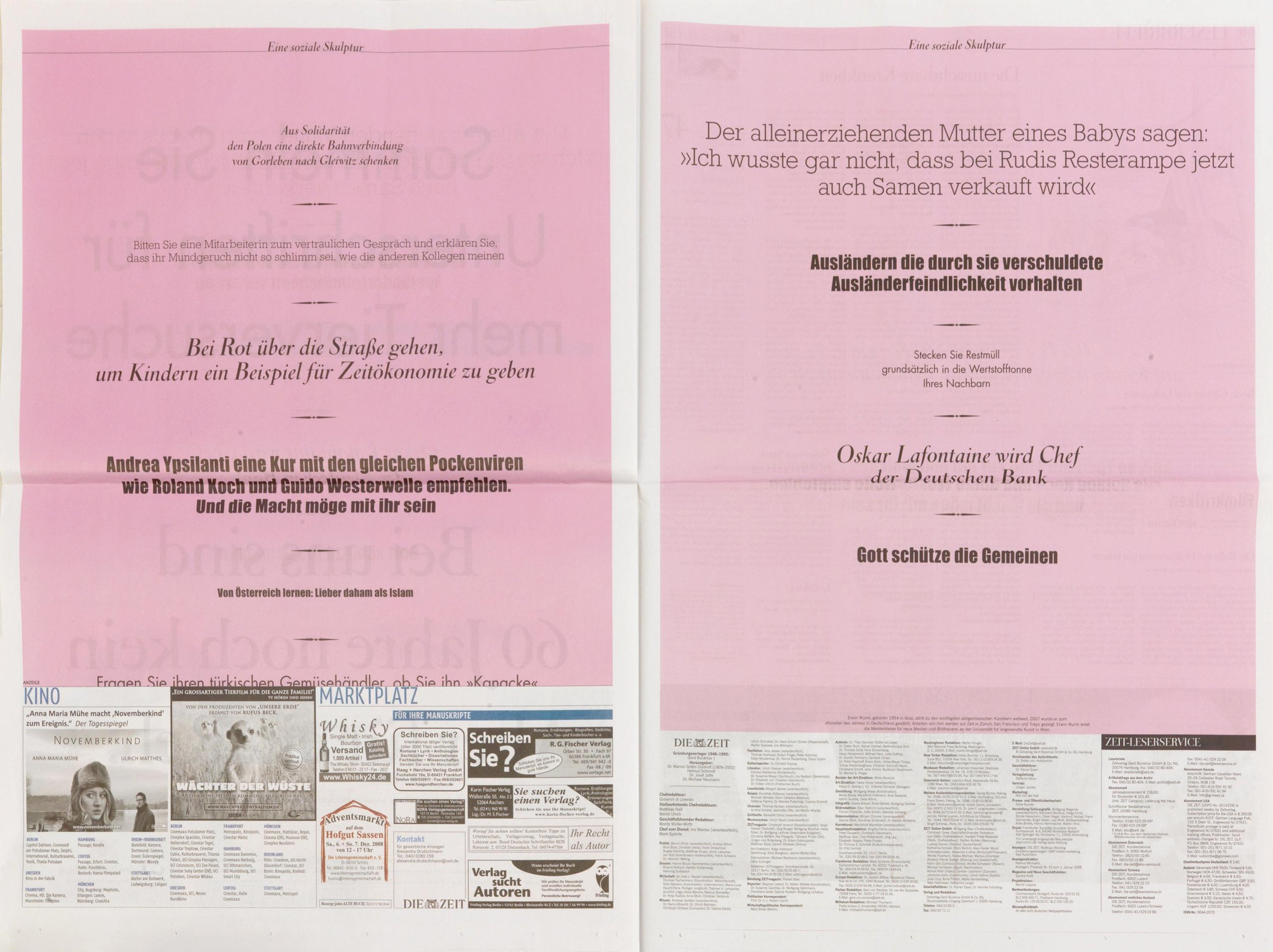
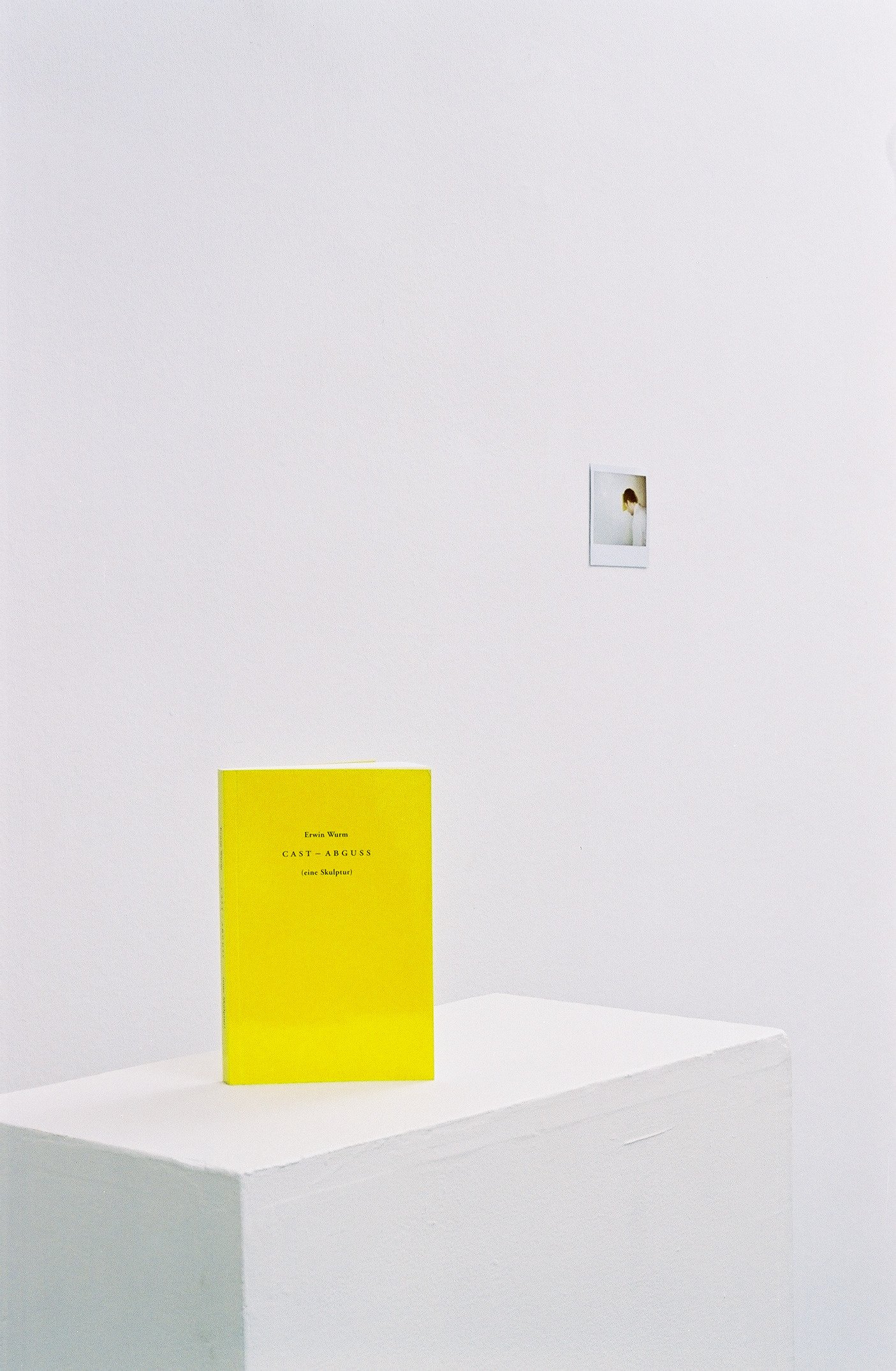
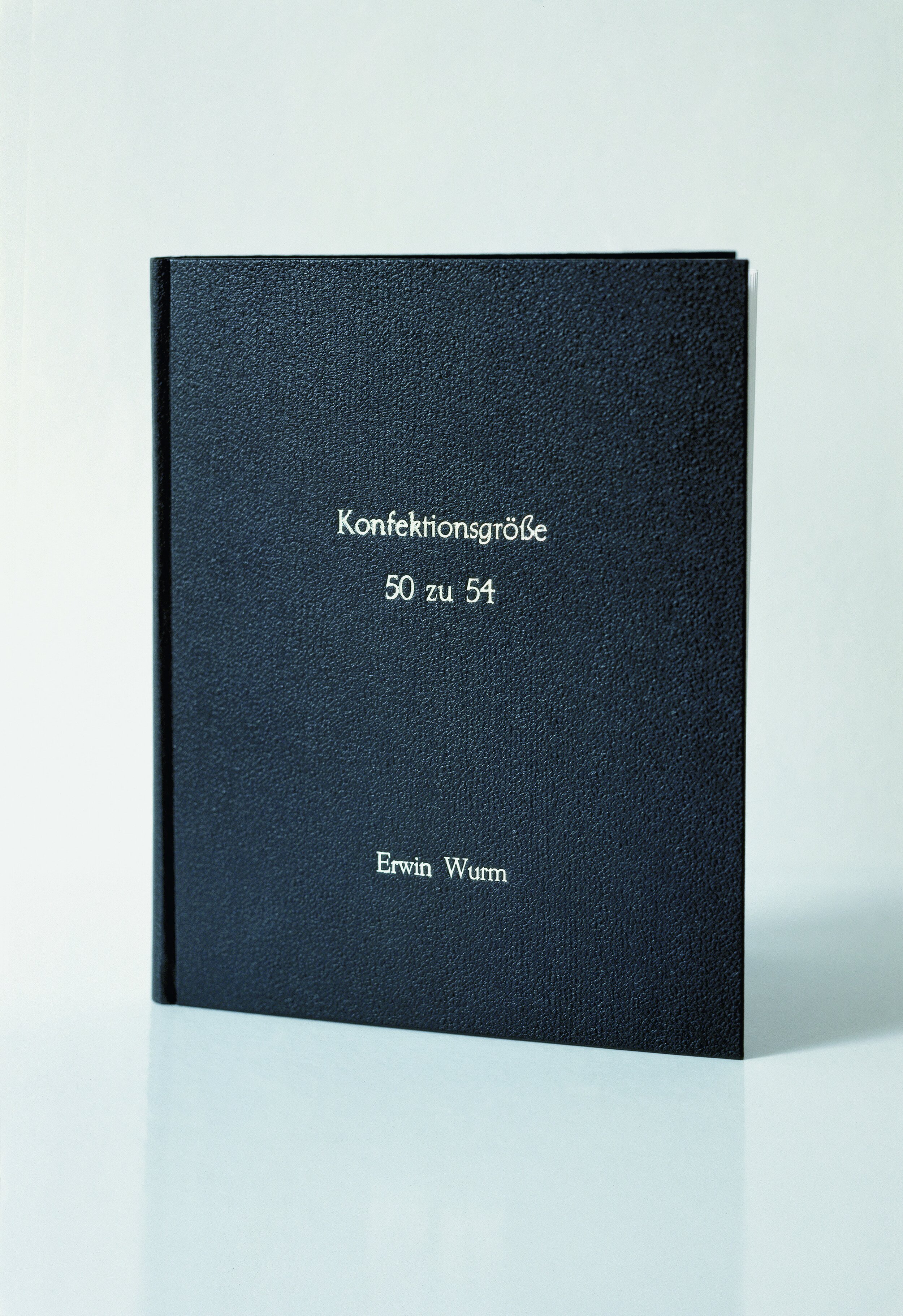
Text Sculptures
U: How do you use humor in your artwork to seduce people and be more engaged in your artwork's message?
E: My work is a comment on our society. I use the angle of the absurd and paradox to address concerns in our world. My method to relate issues of our time to sculptural ones offers the possibility to ask questions and make statements on our world. For example, the fact that we gain and lose weight opens the way straight to this sculptural issue. If we accept this, we could be able to realize that we are participating in a sculptural process every single day.
And this means not only the change of mass but also the change of content!
Humor is sometimes a part of this. And yes, it's important to open people and to invite them to come closer.
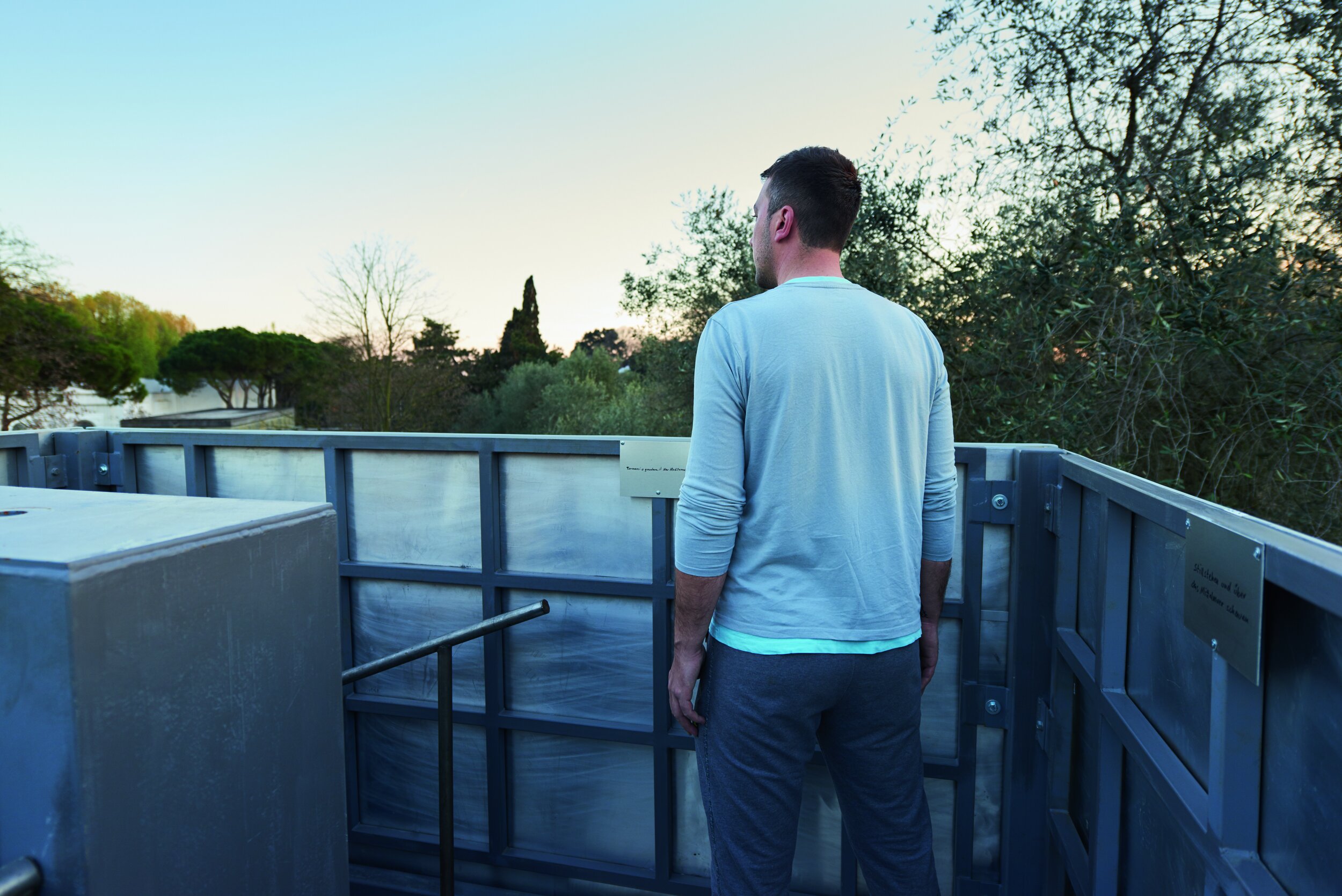
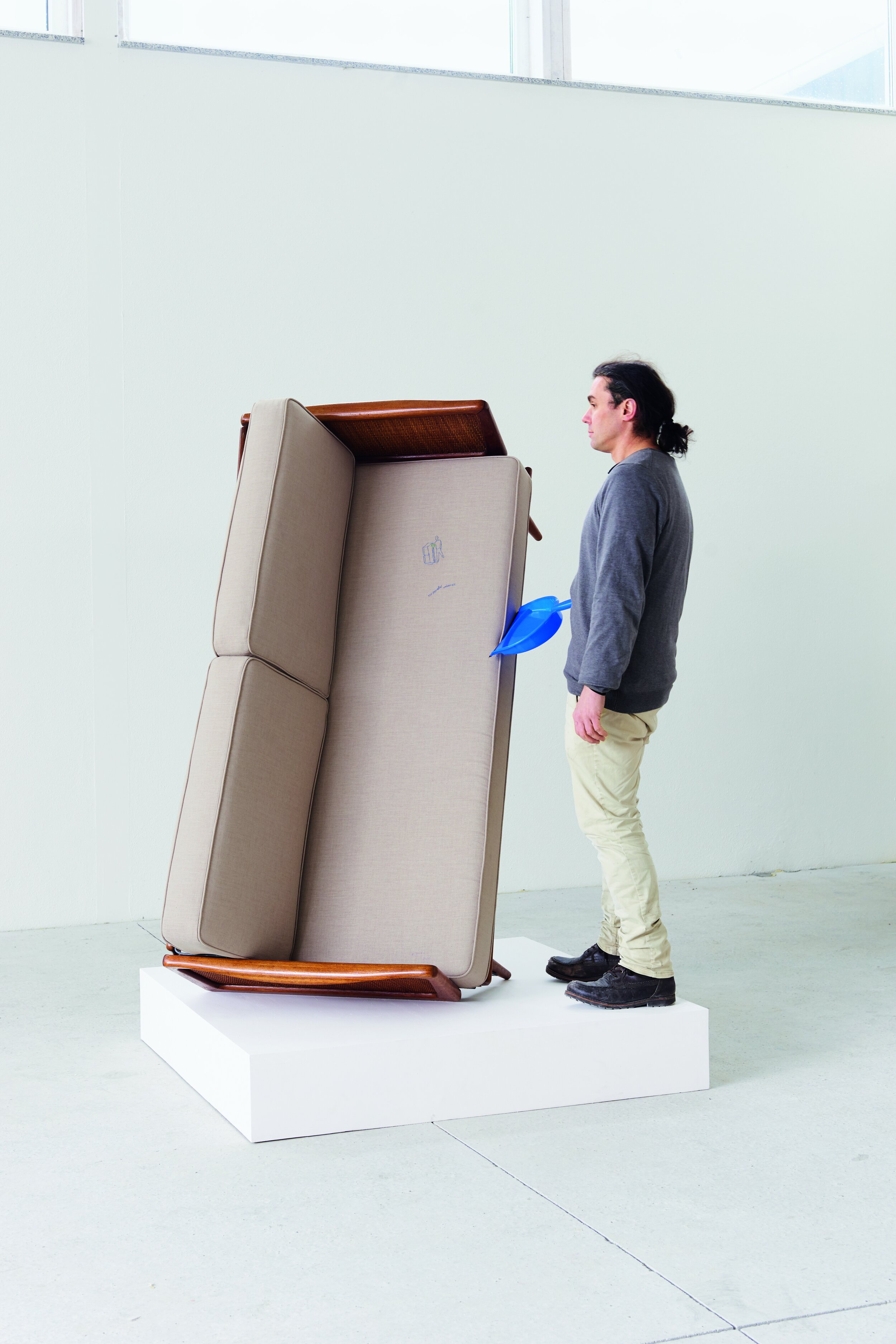
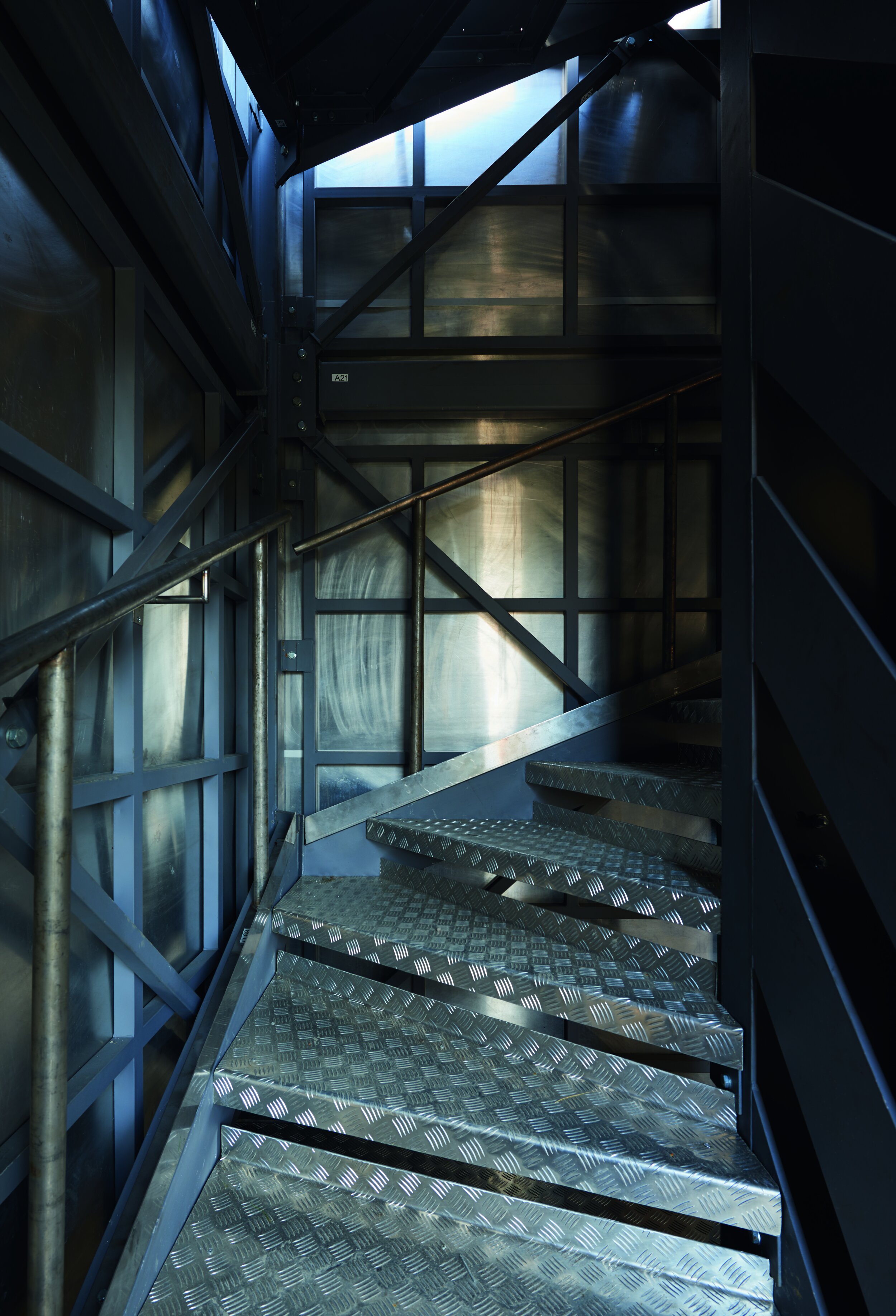
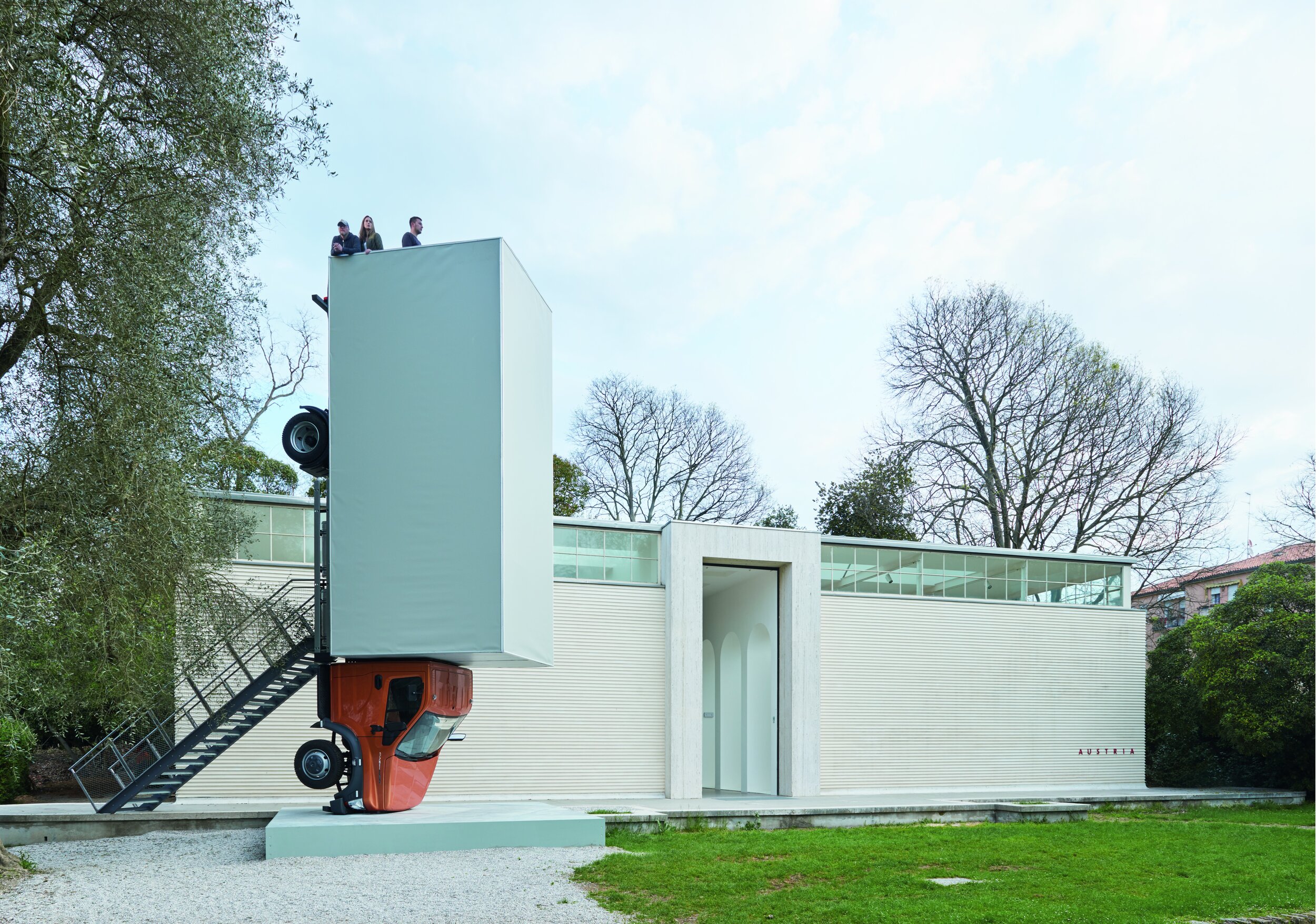
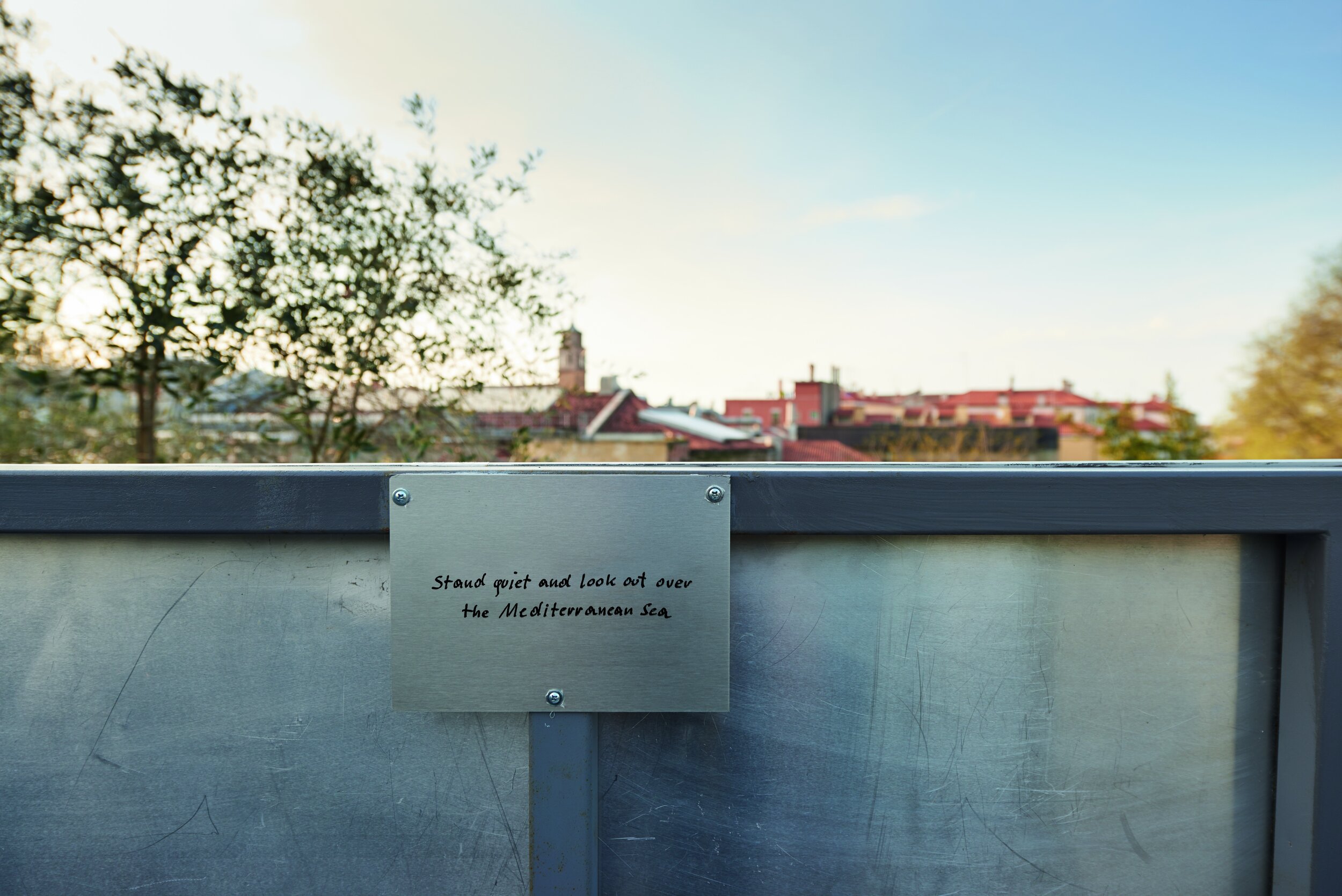

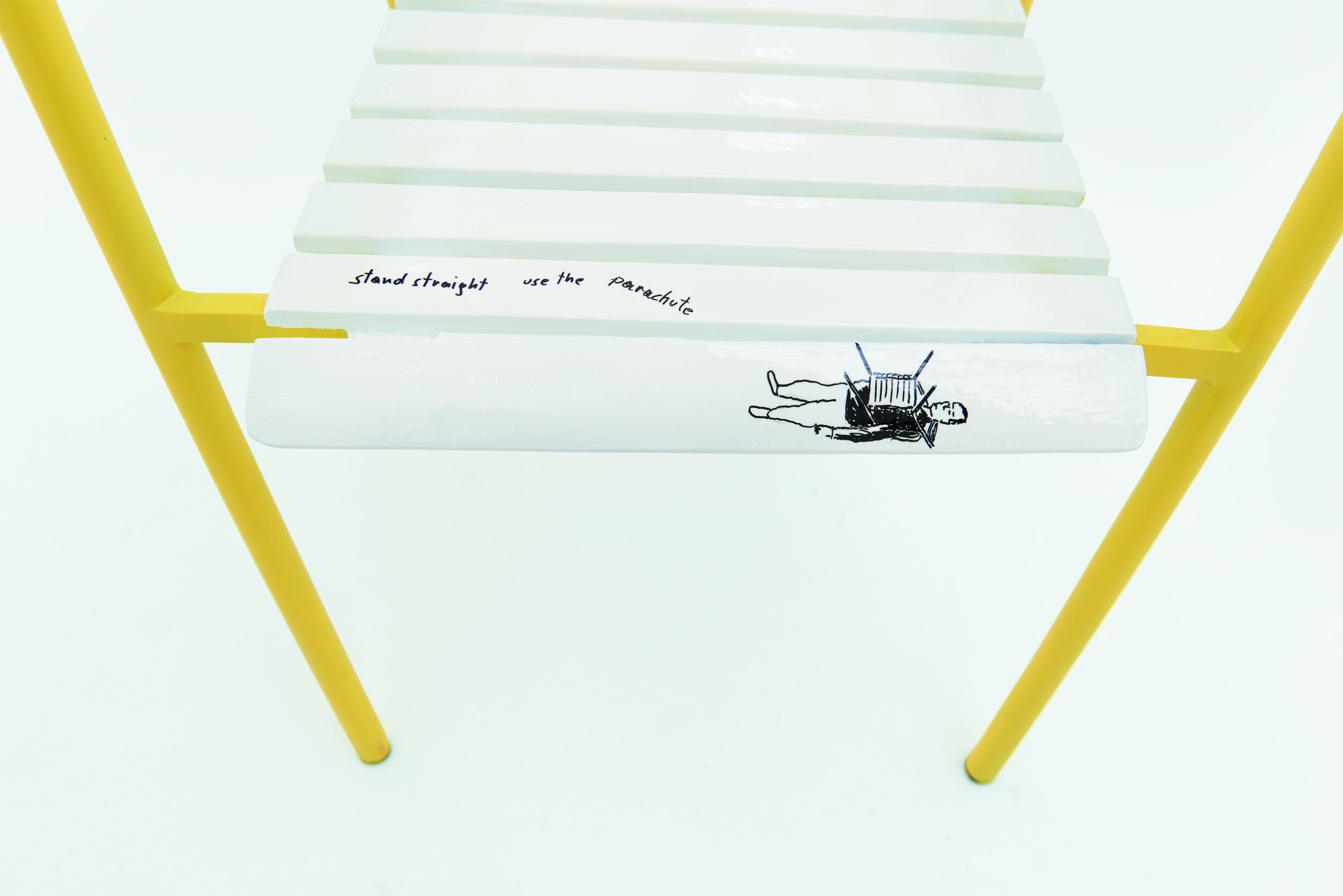
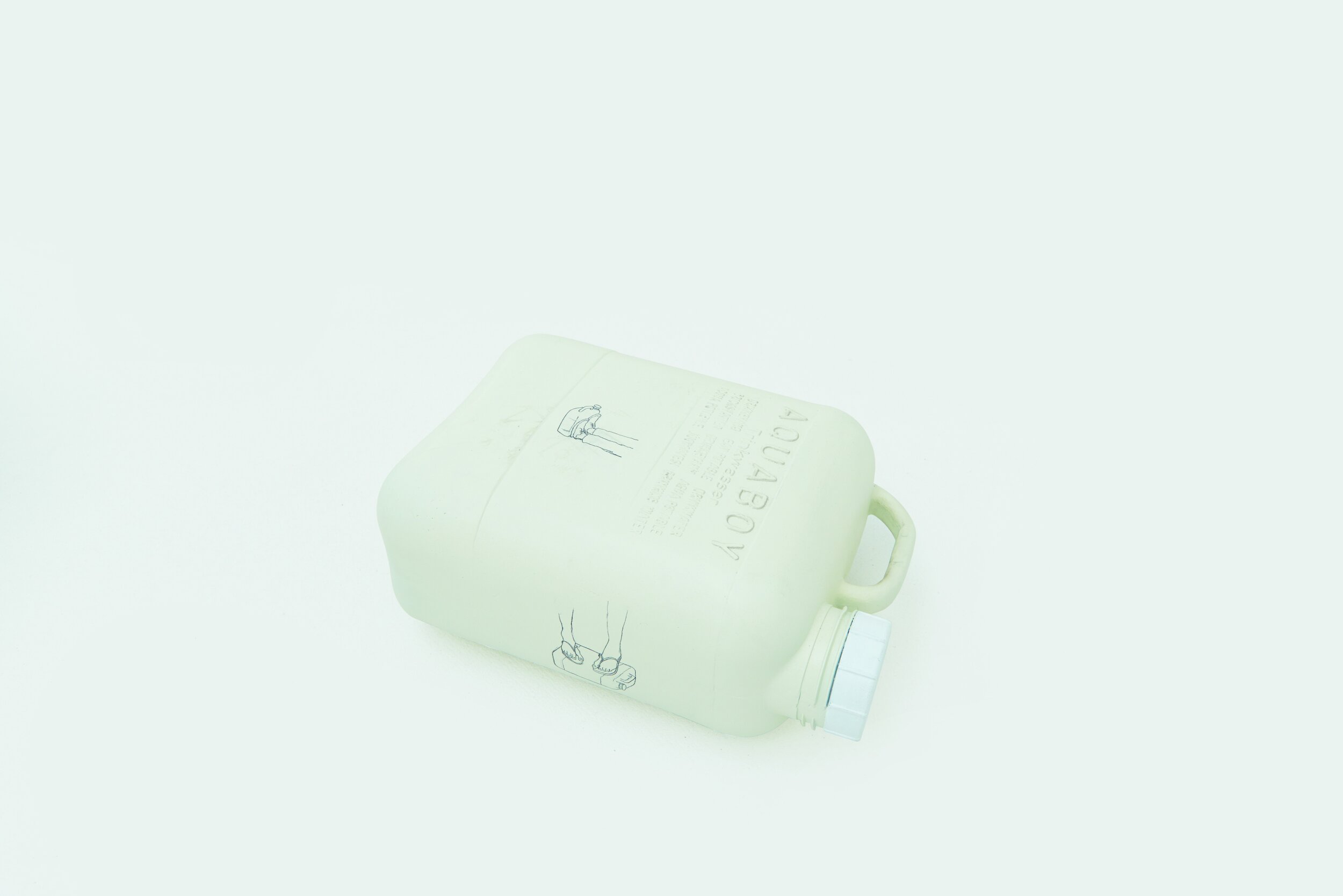
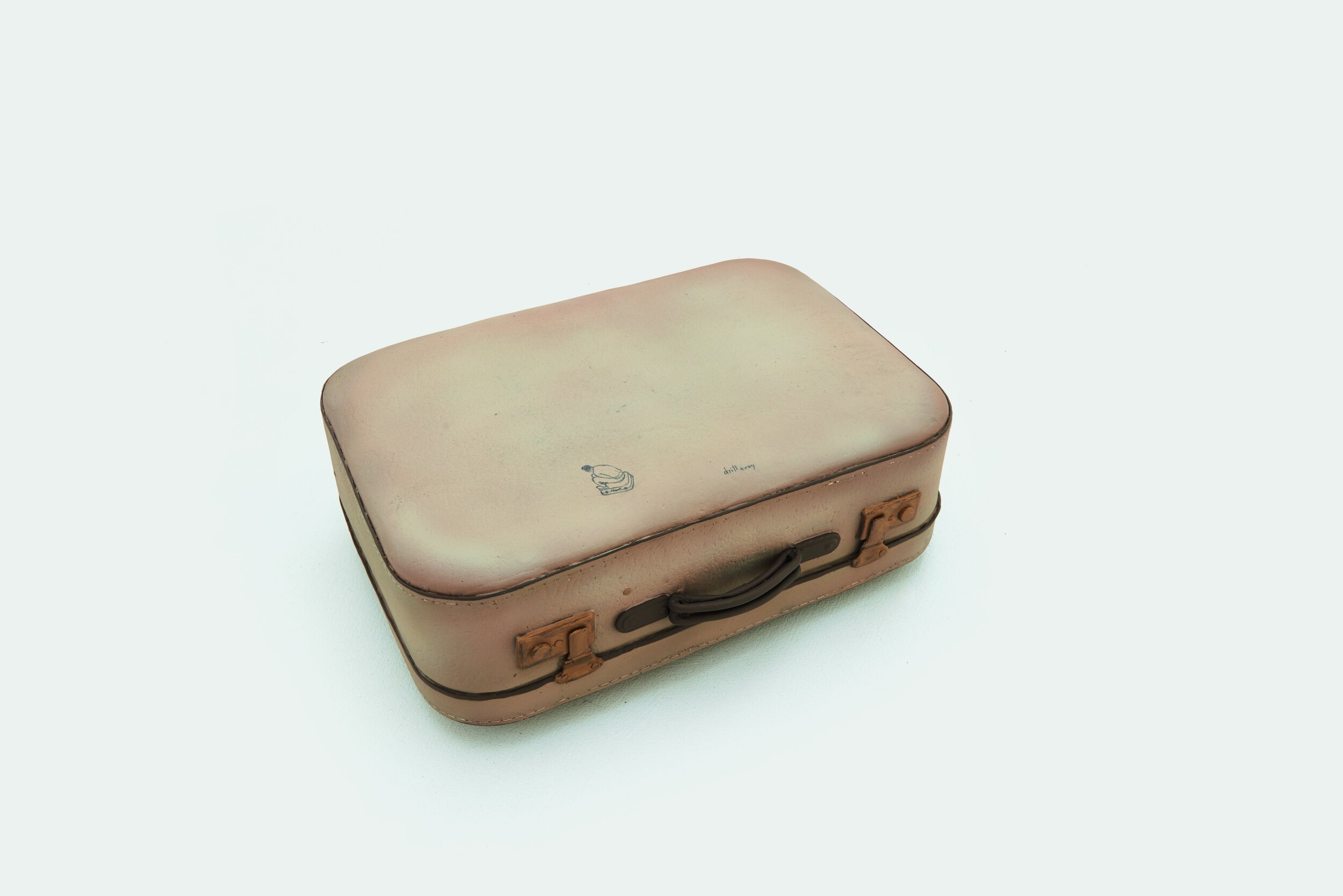
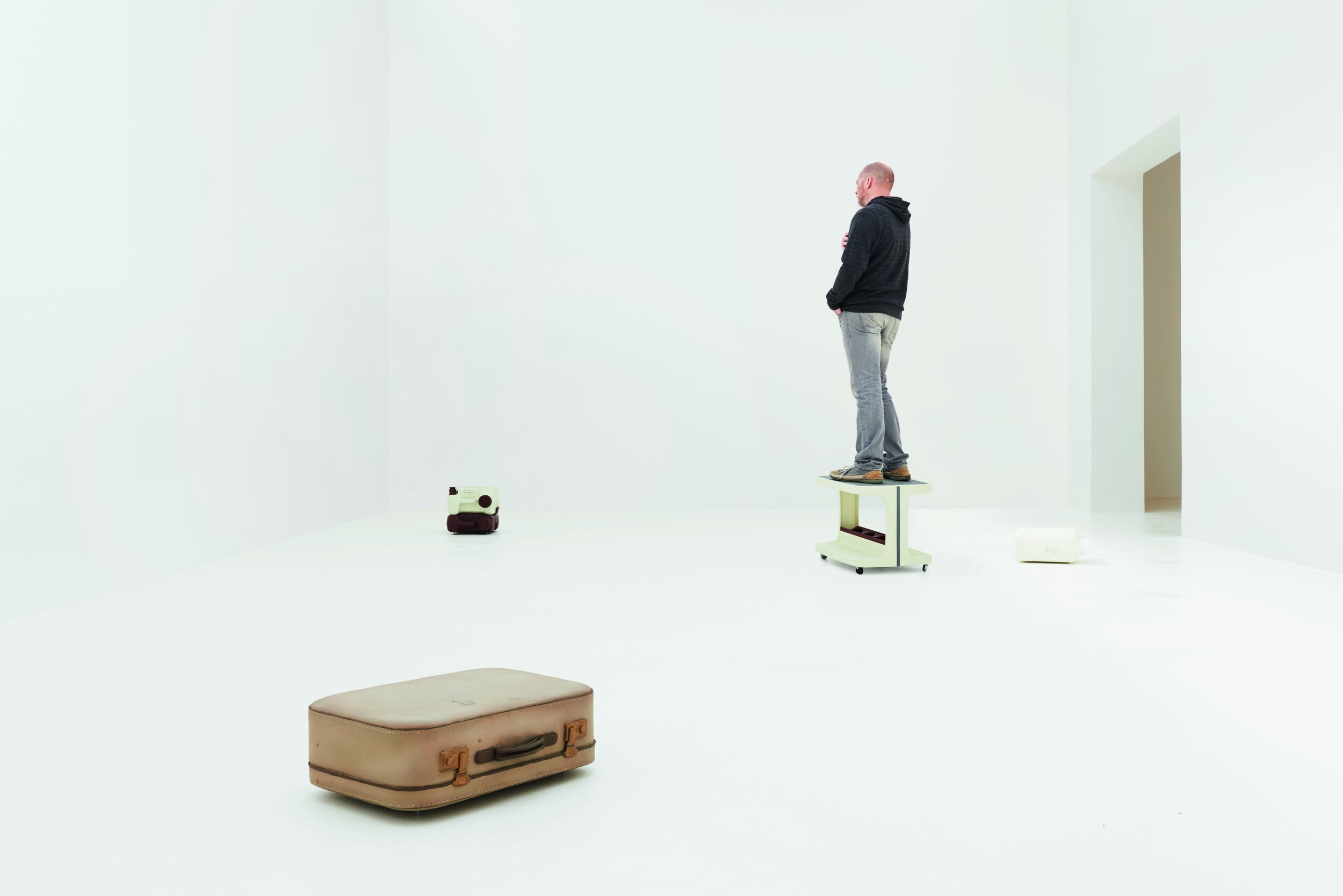
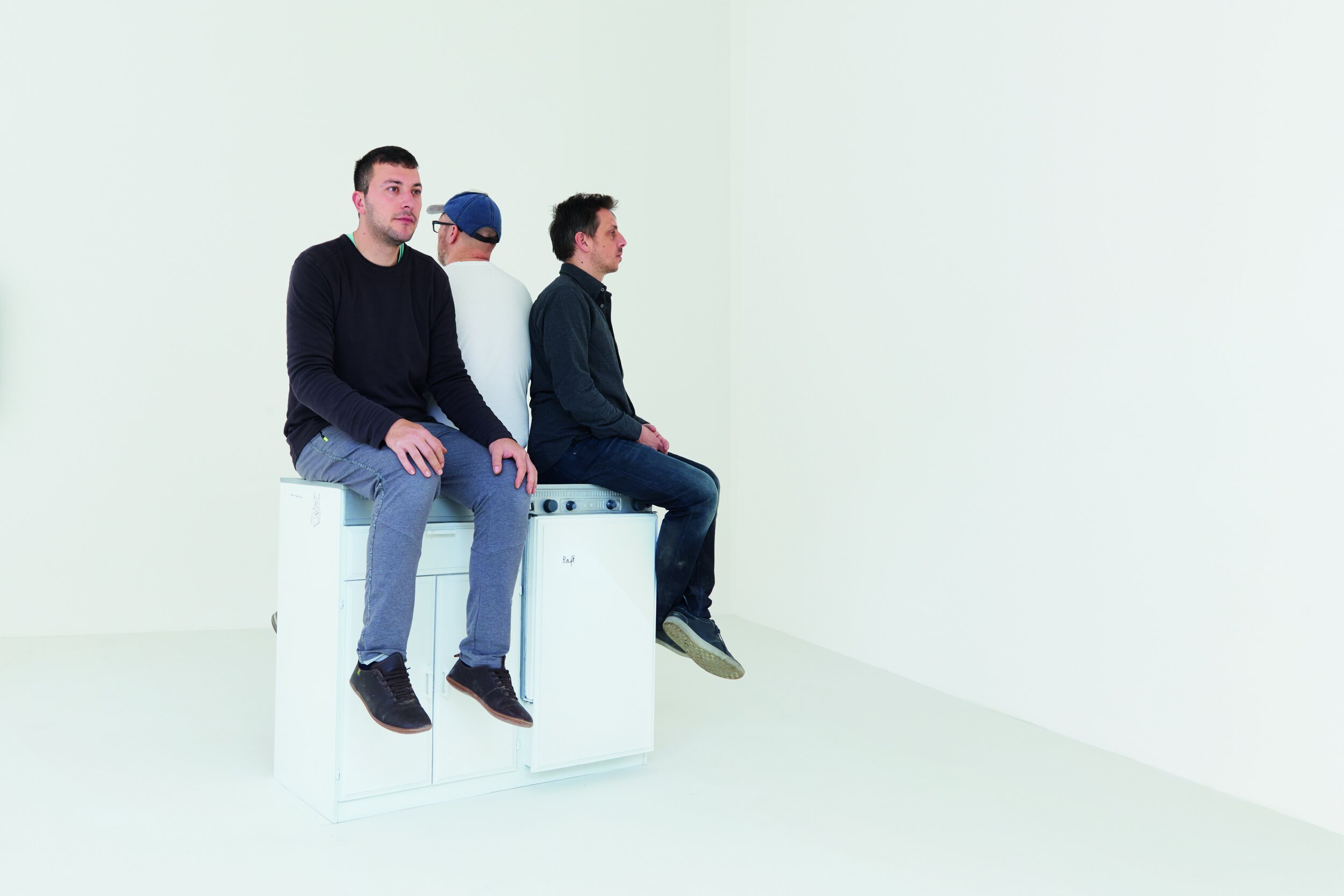

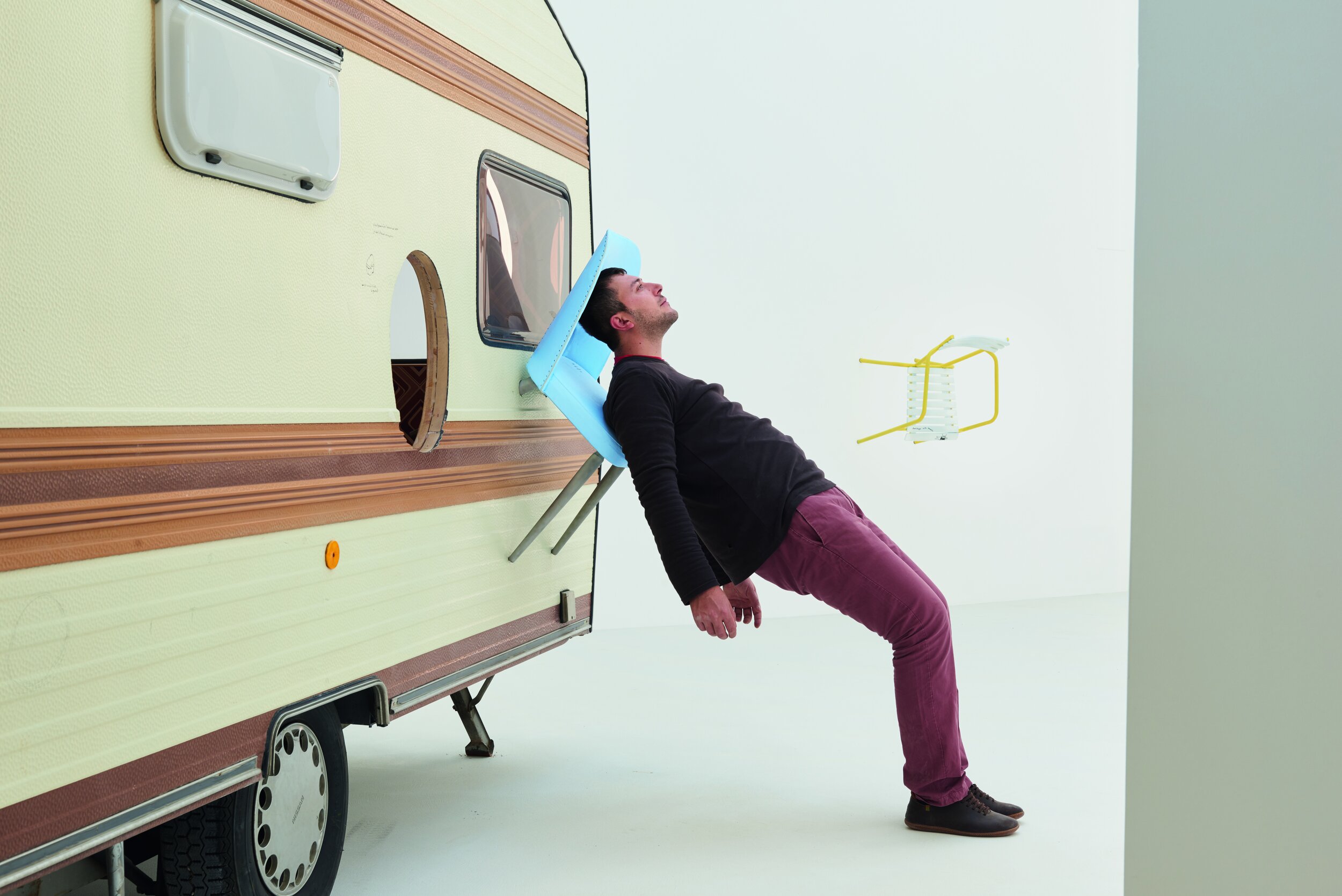
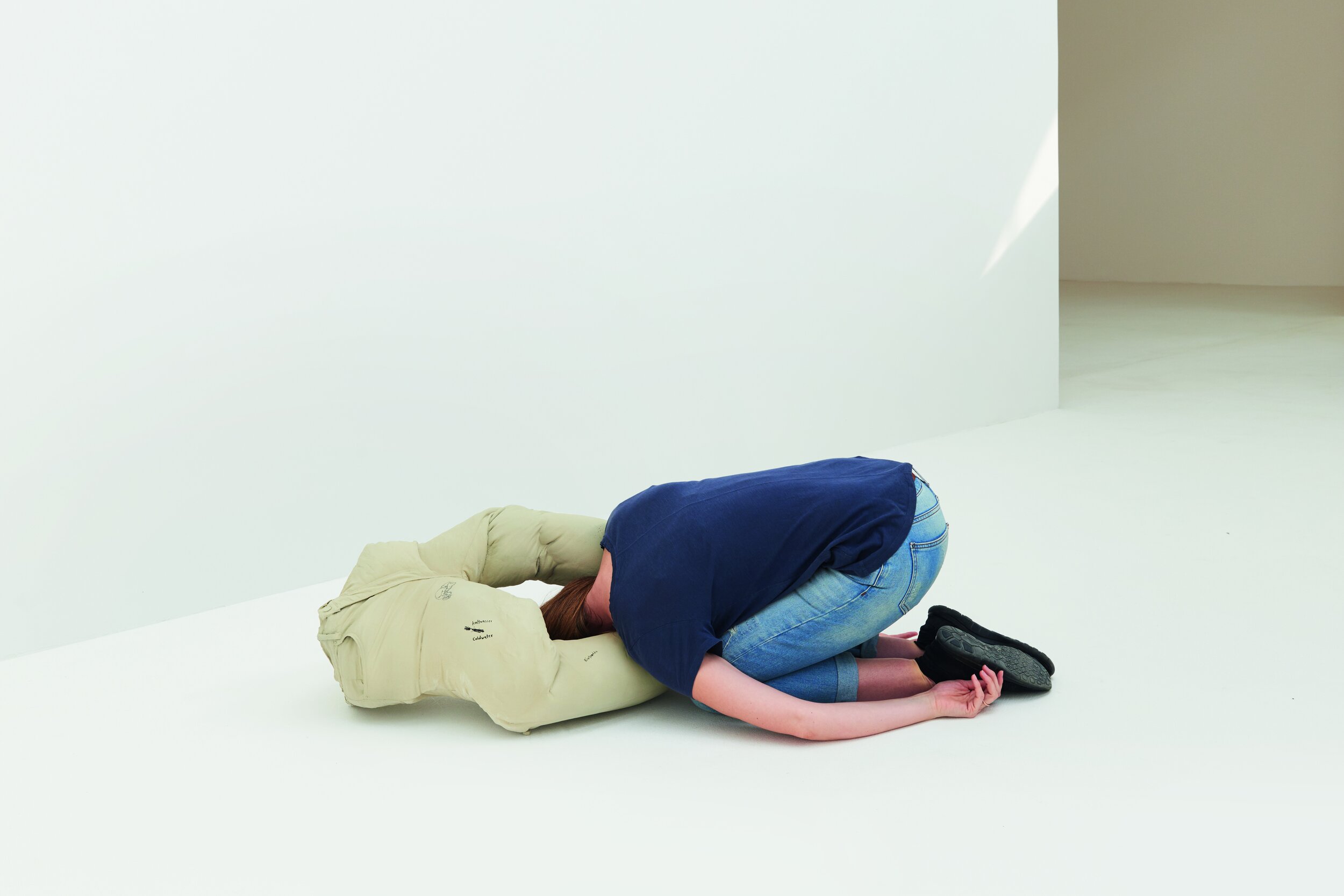
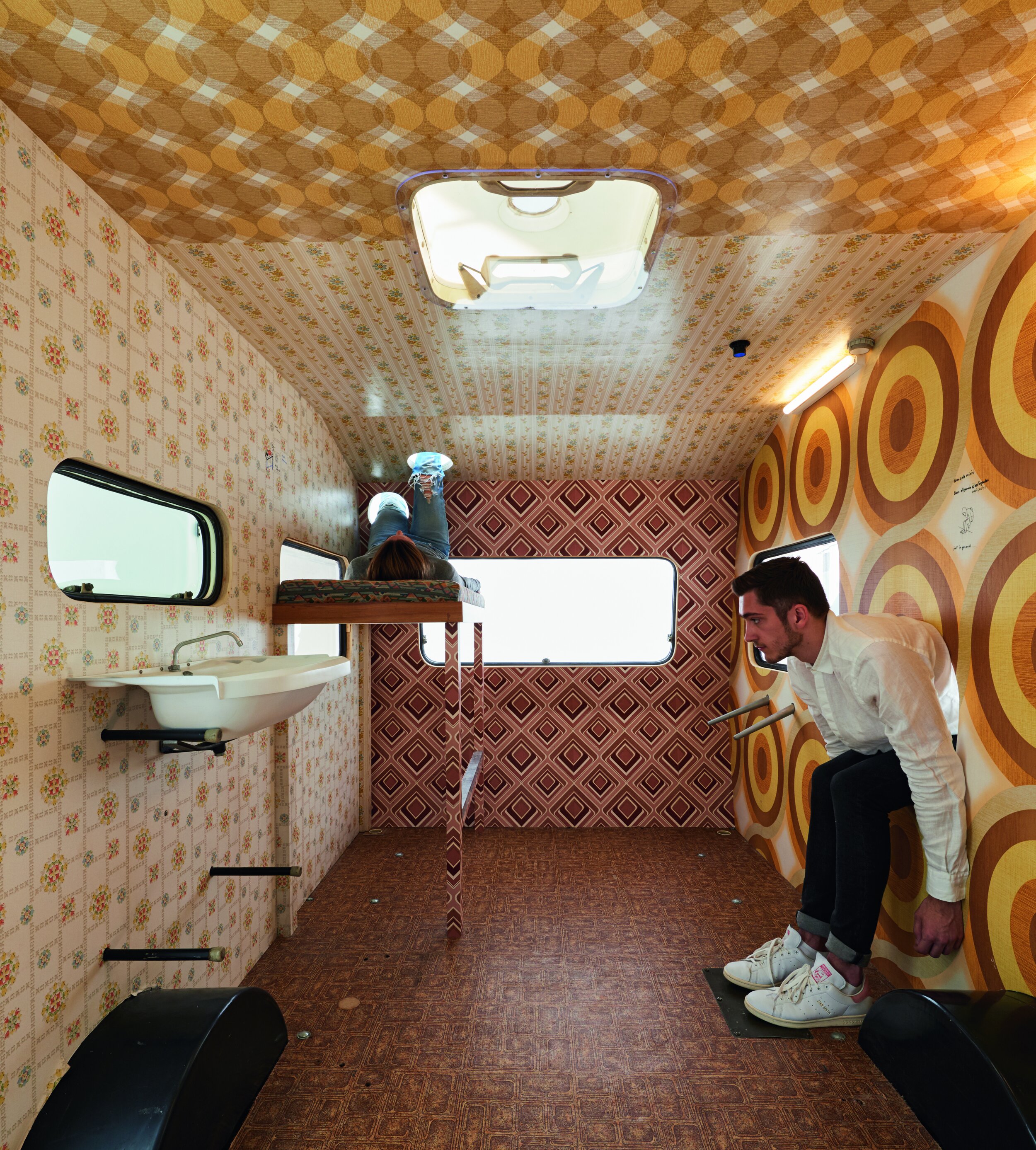

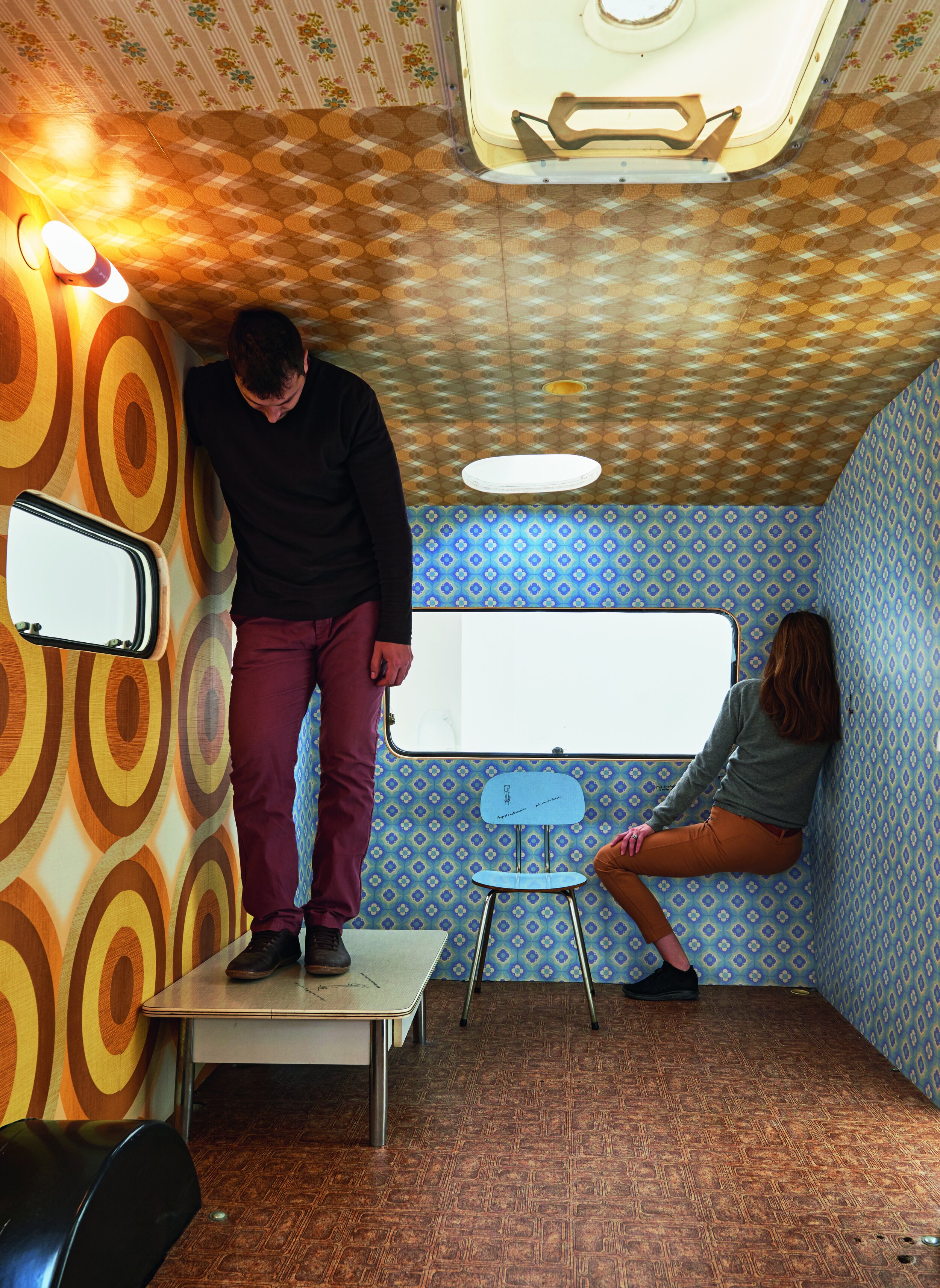
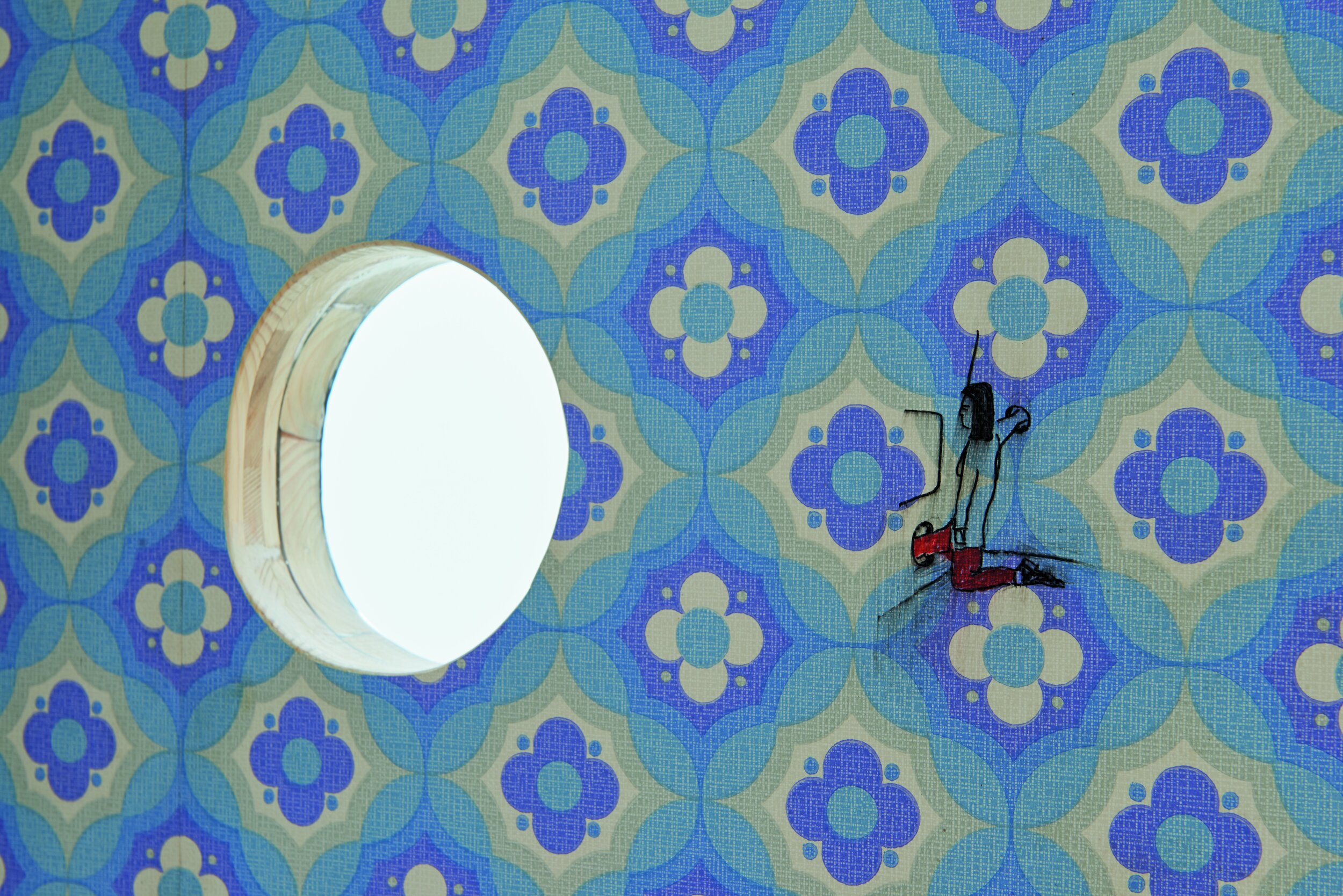
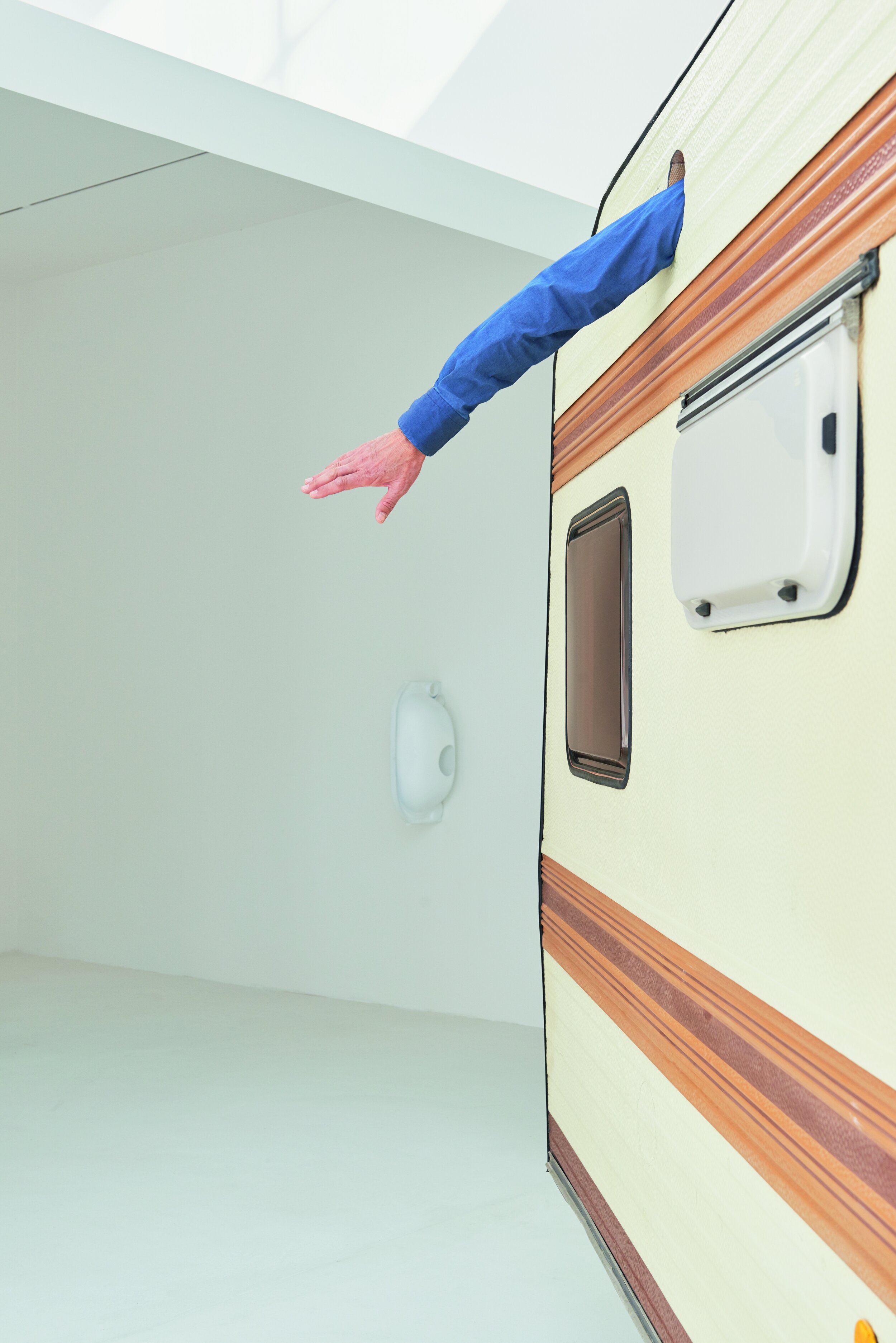

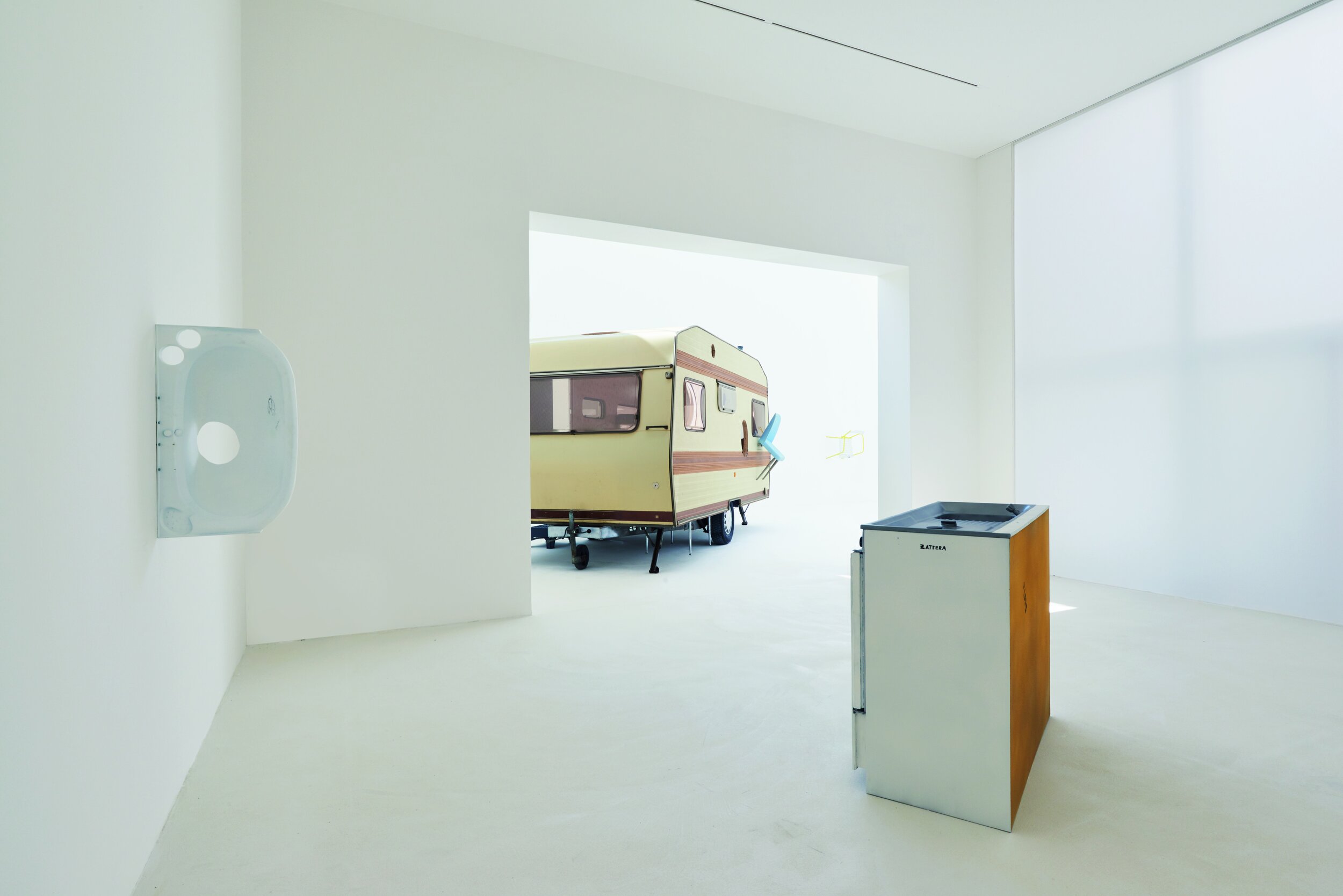
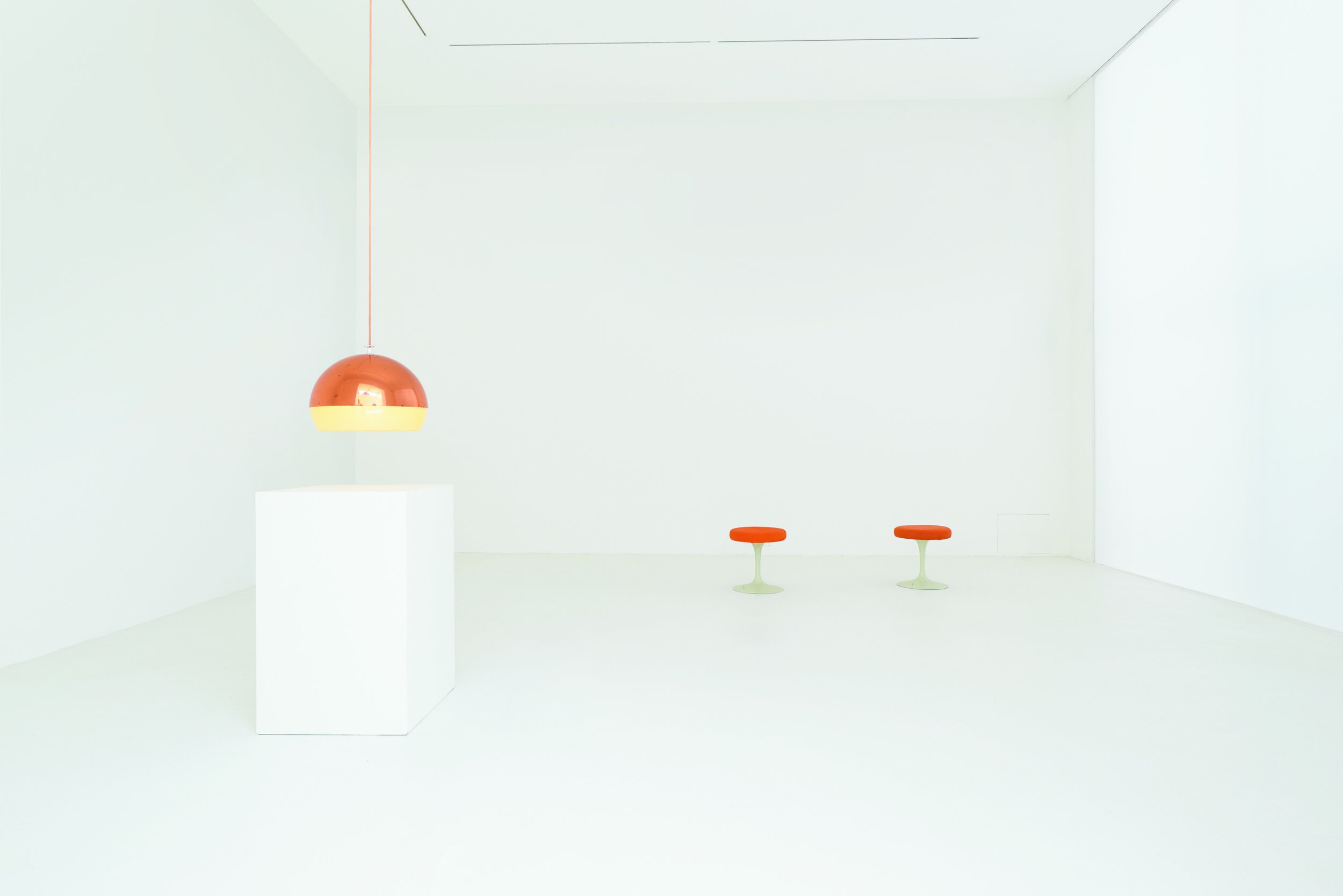
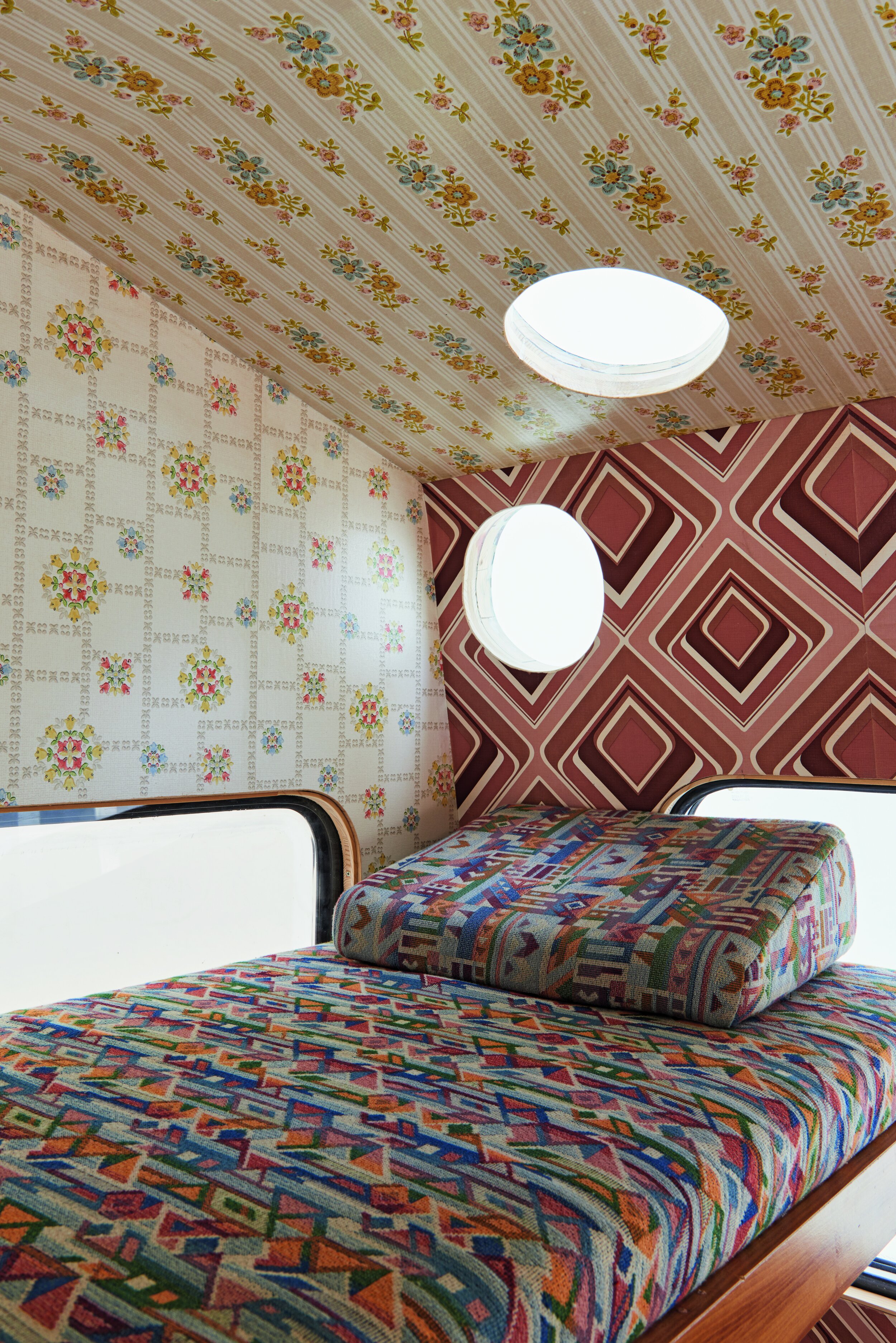
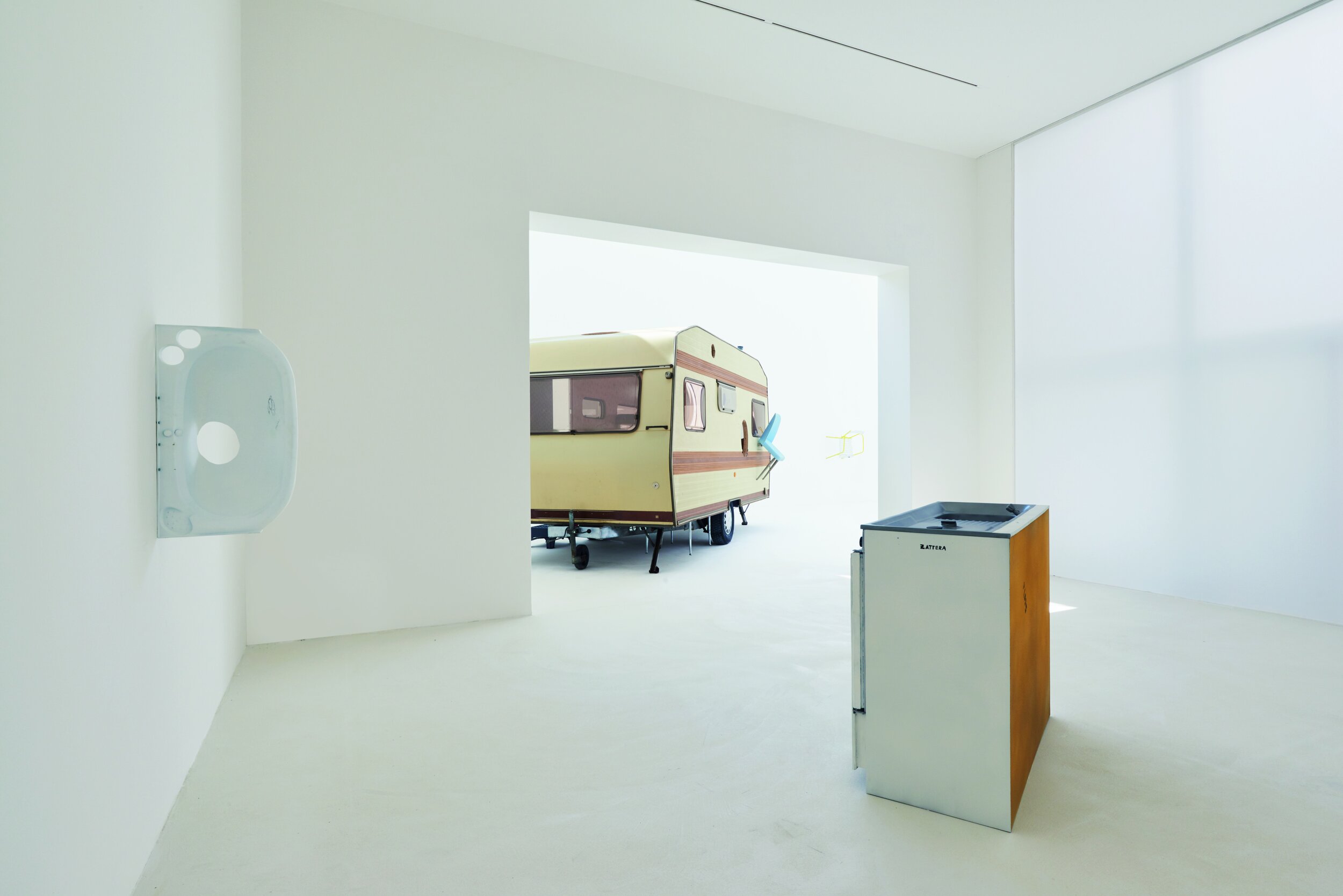
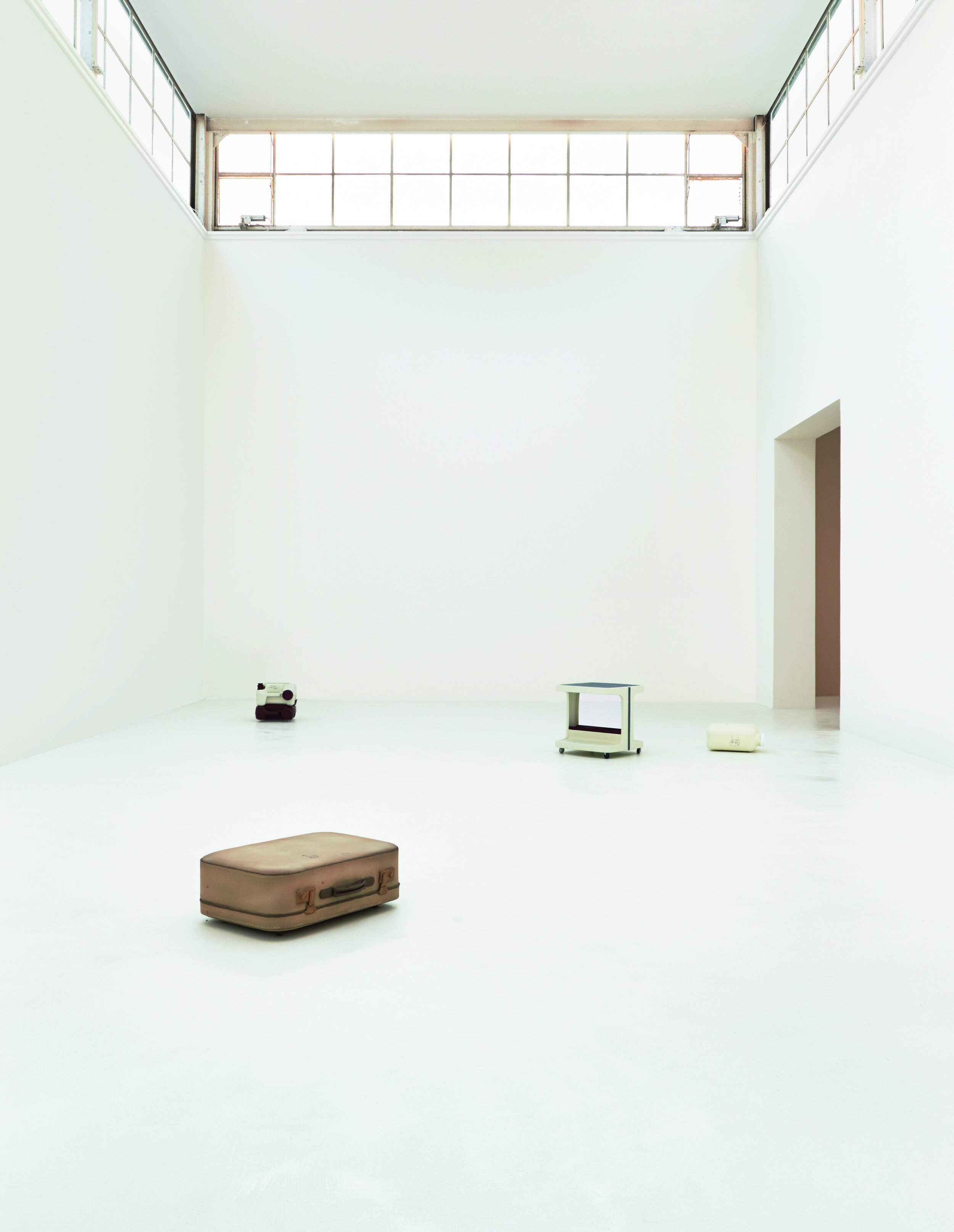

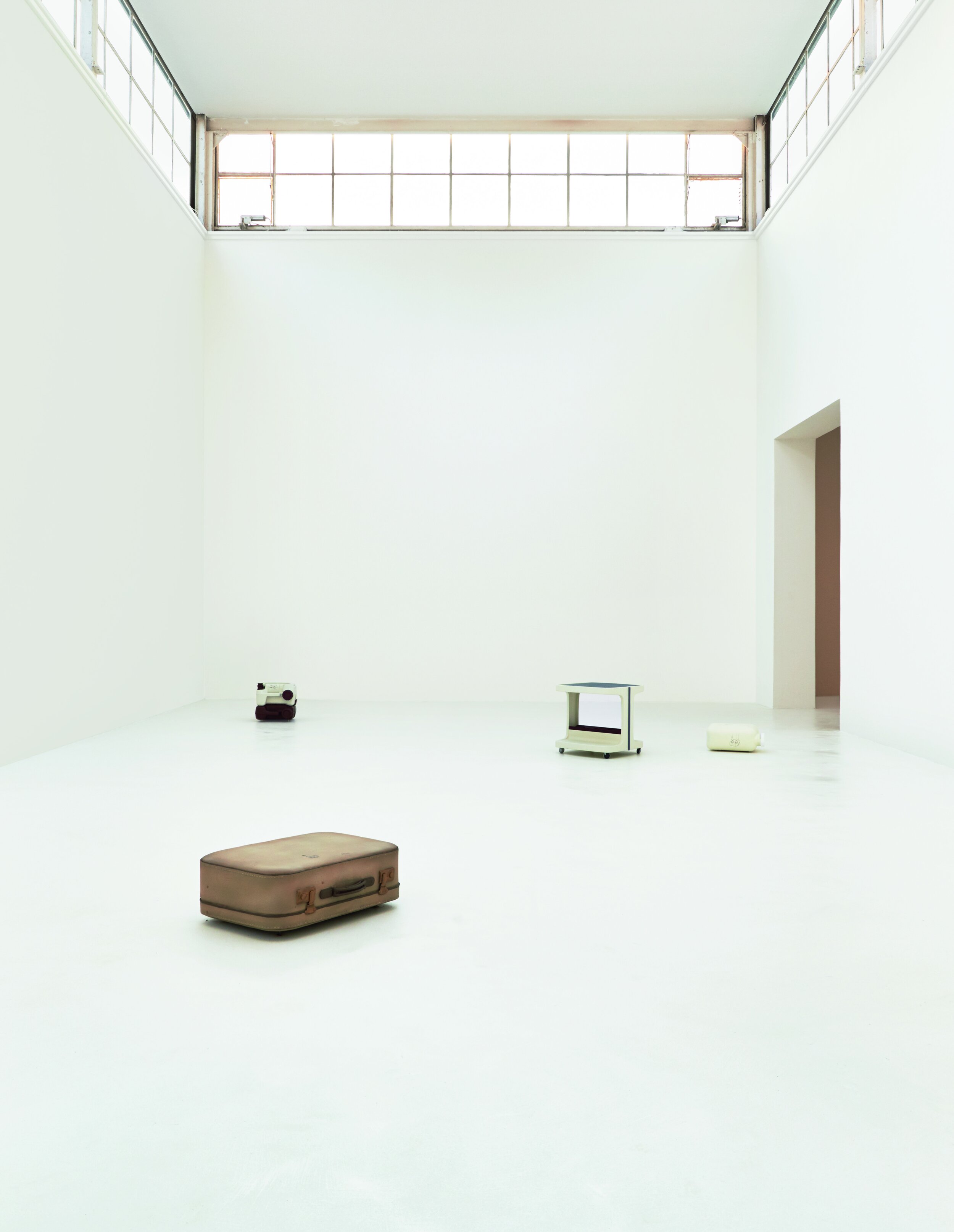
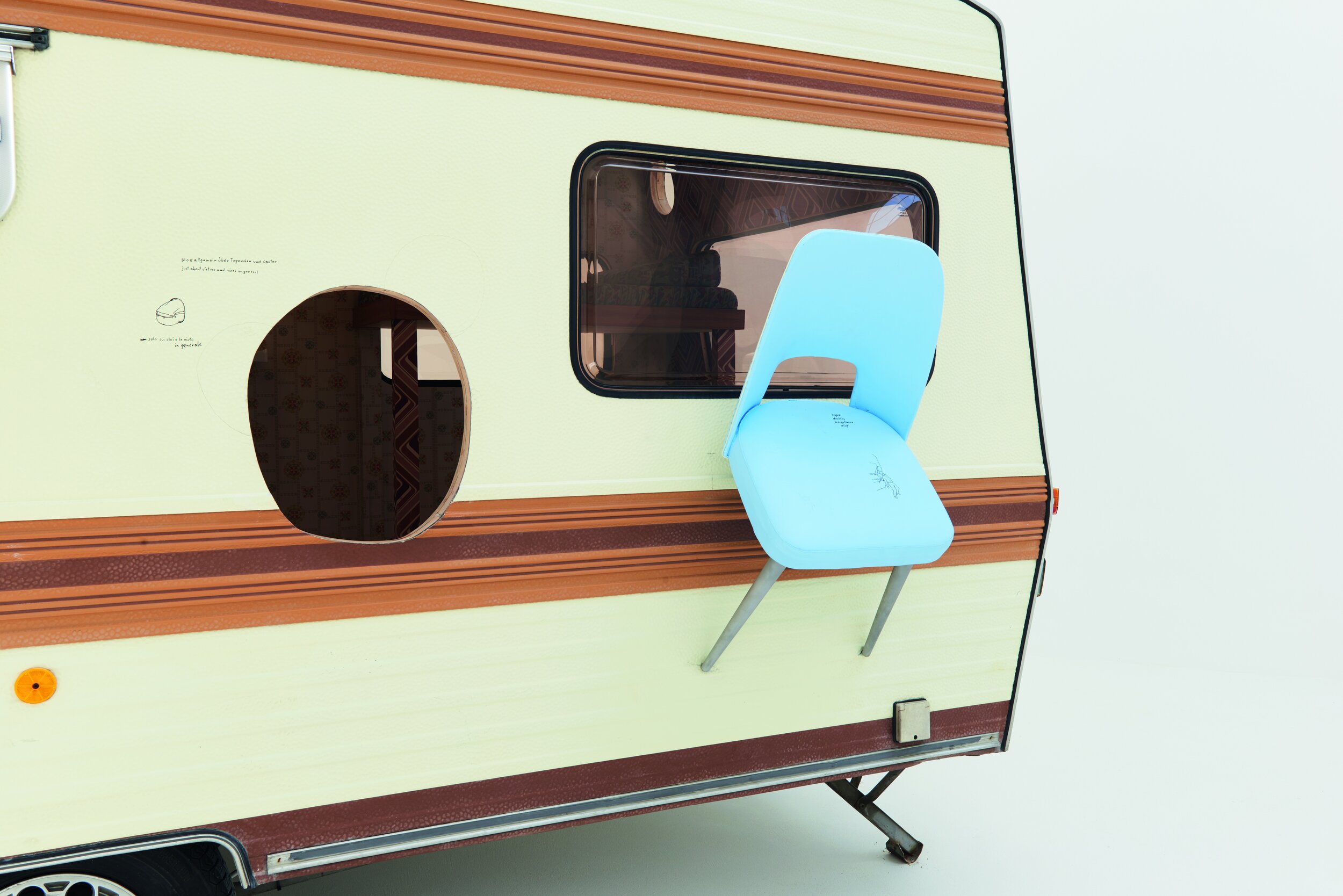
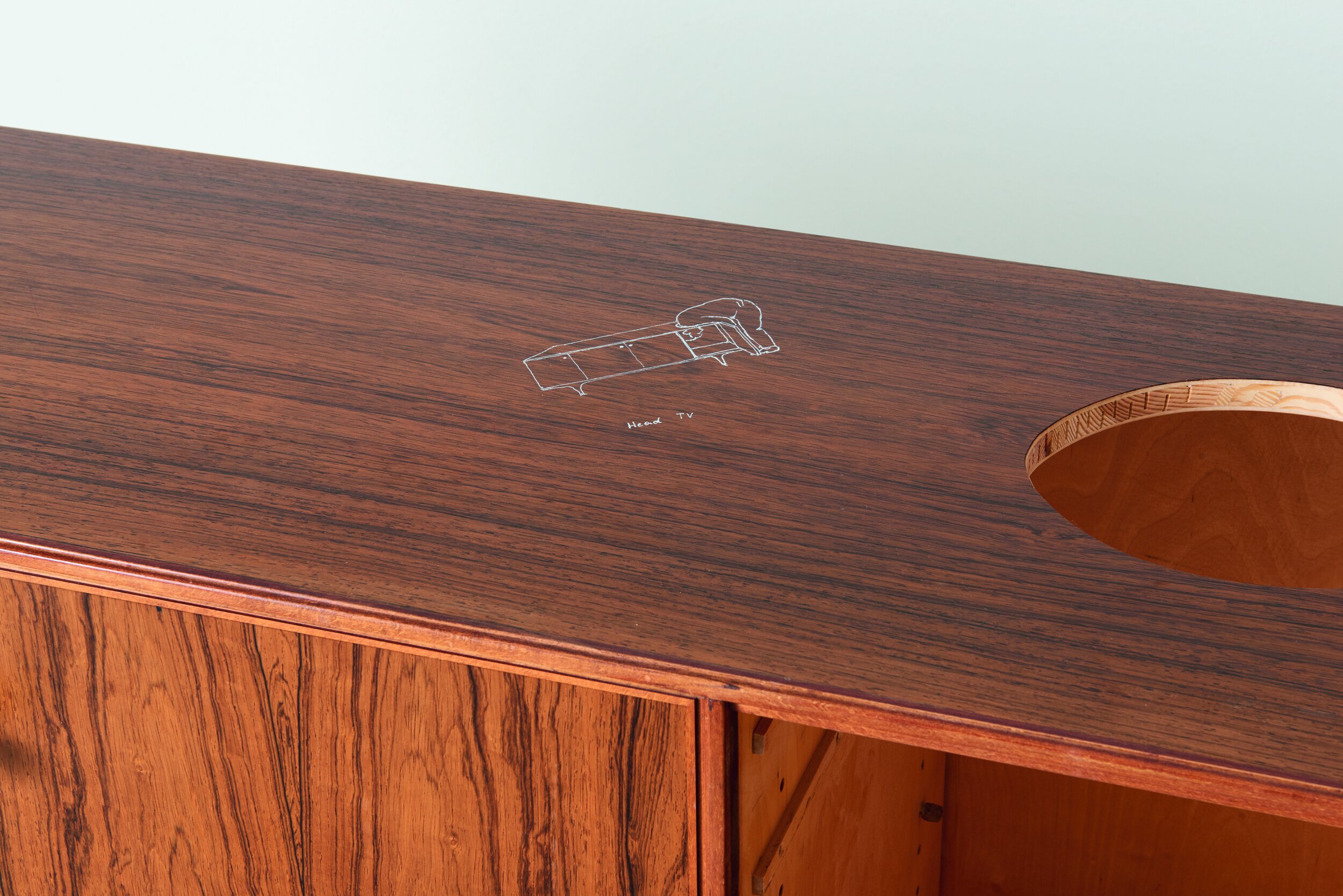
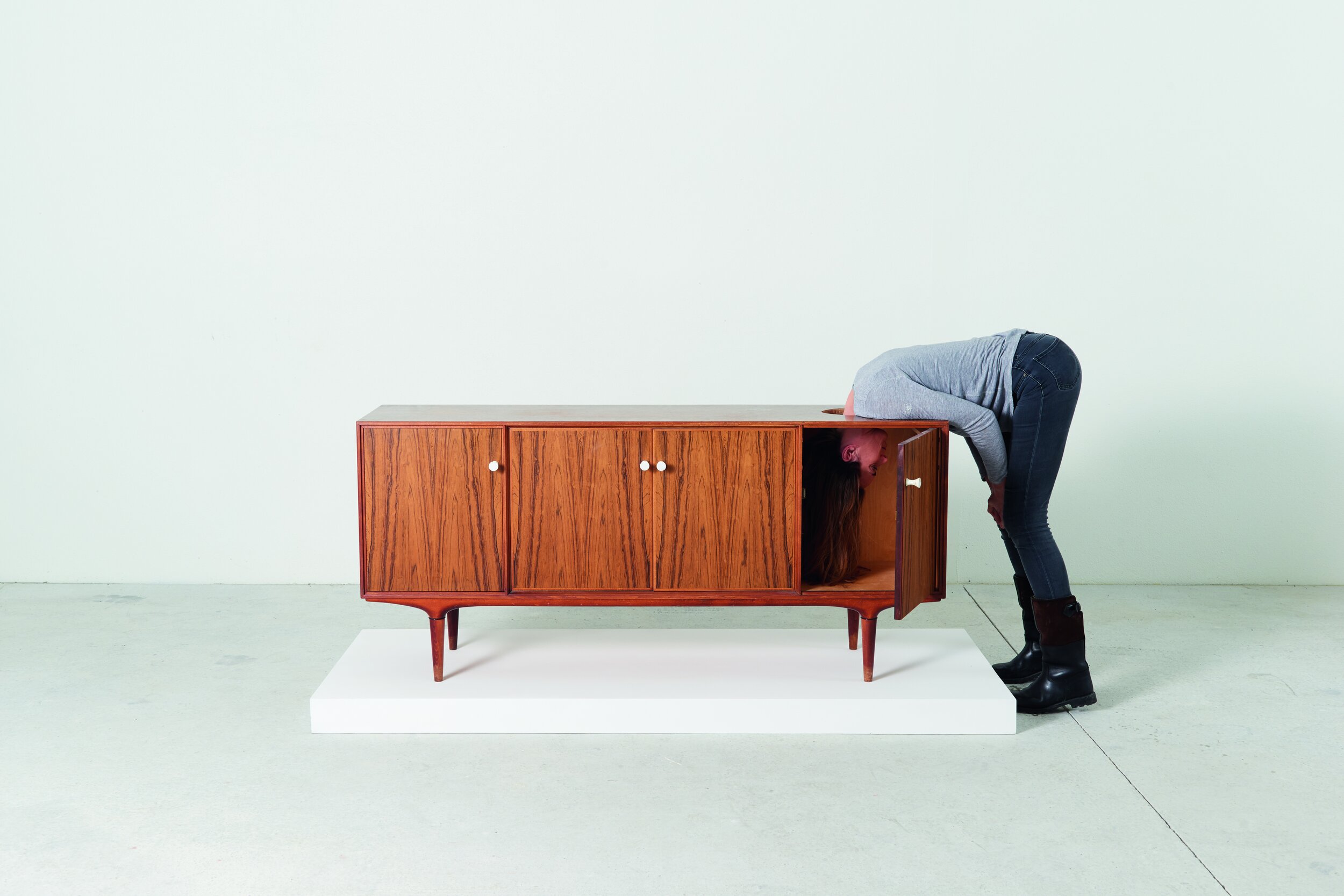
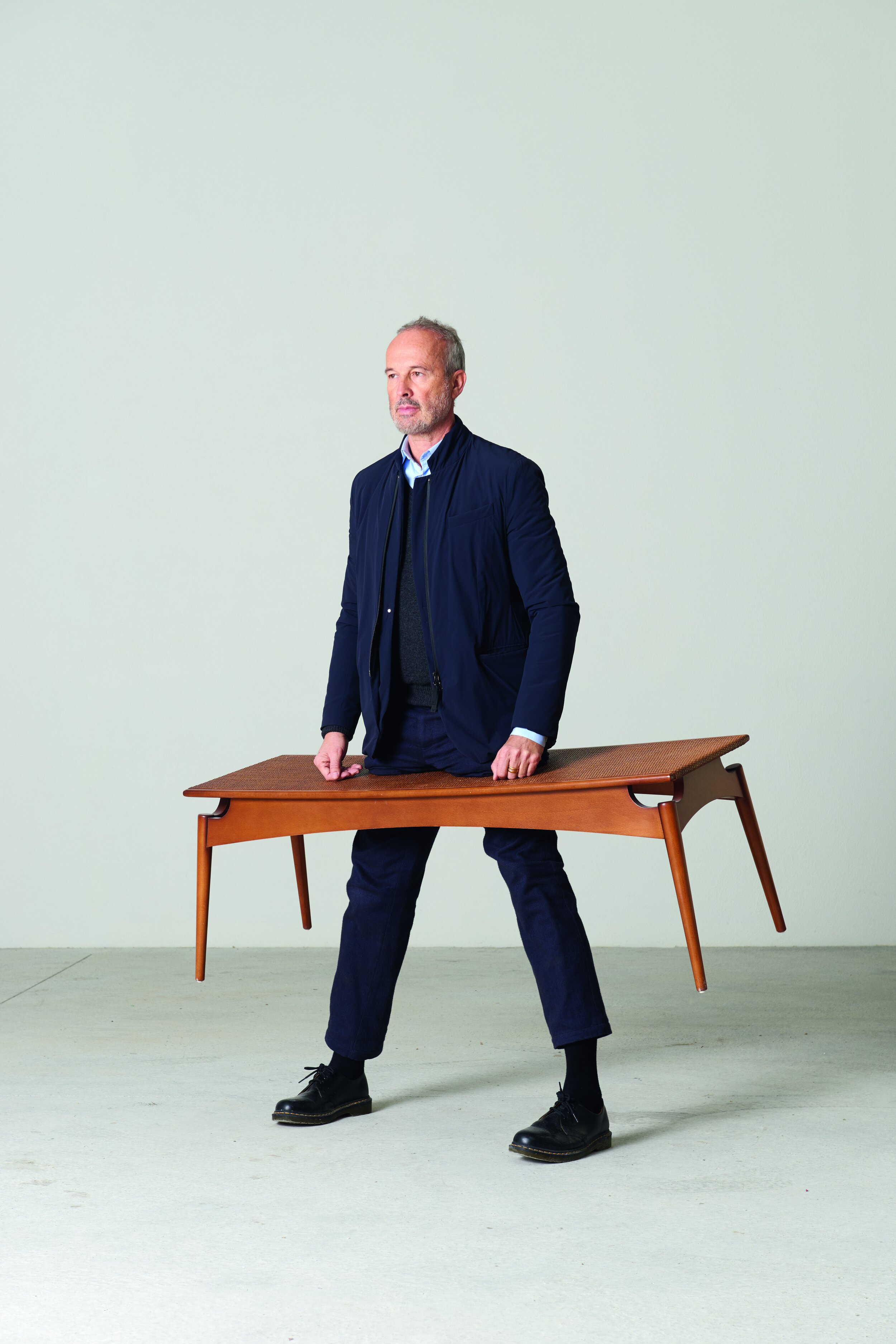
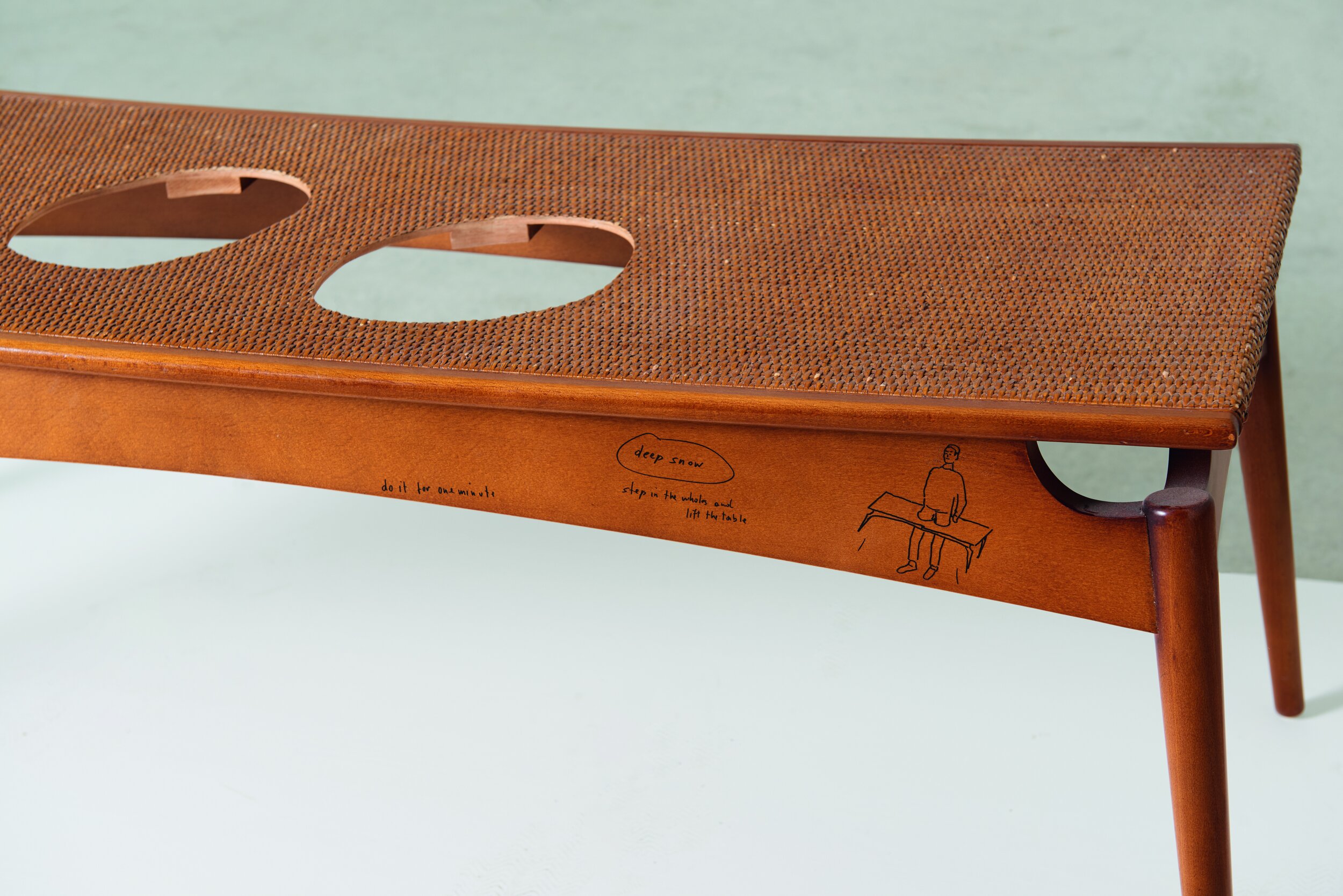
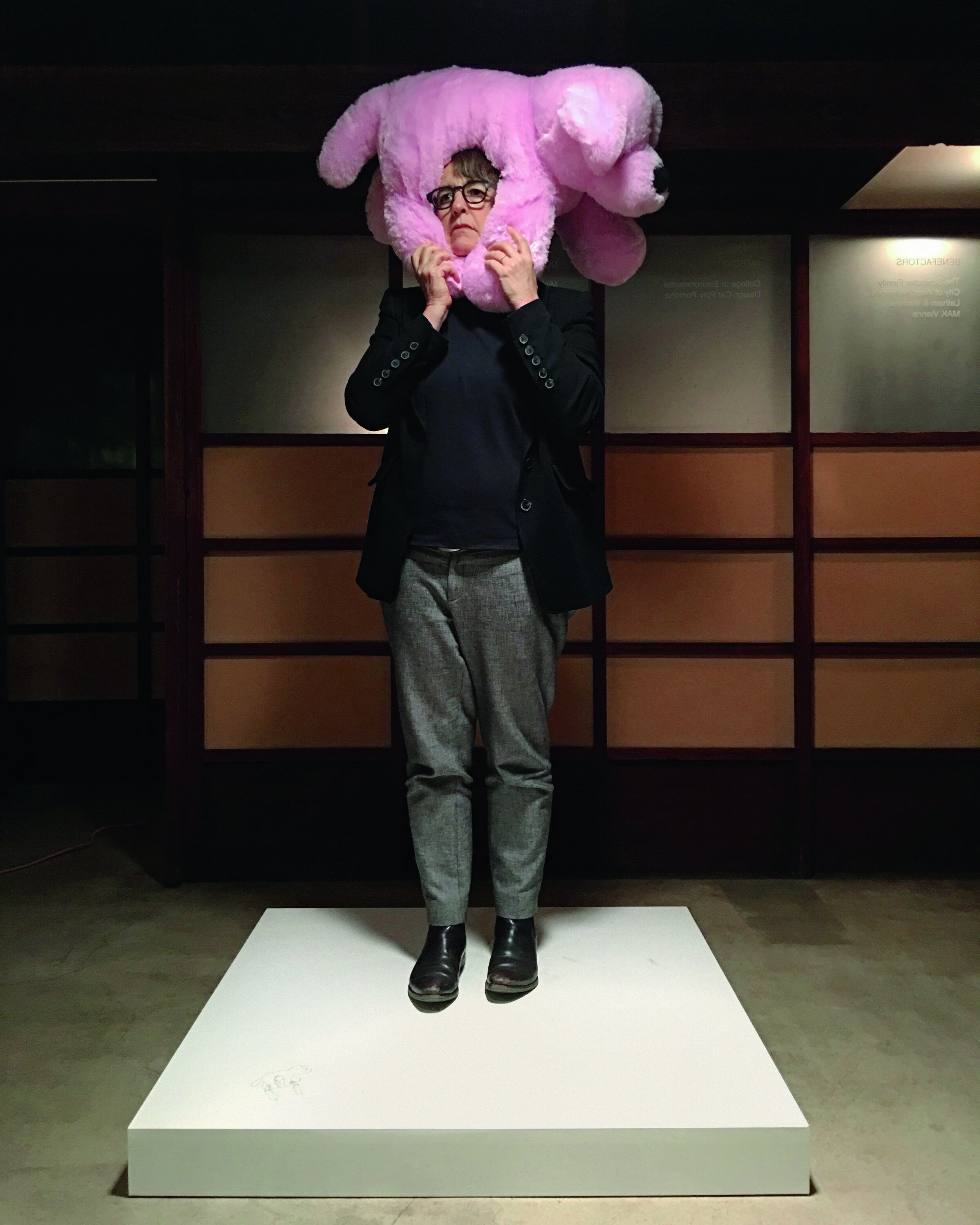
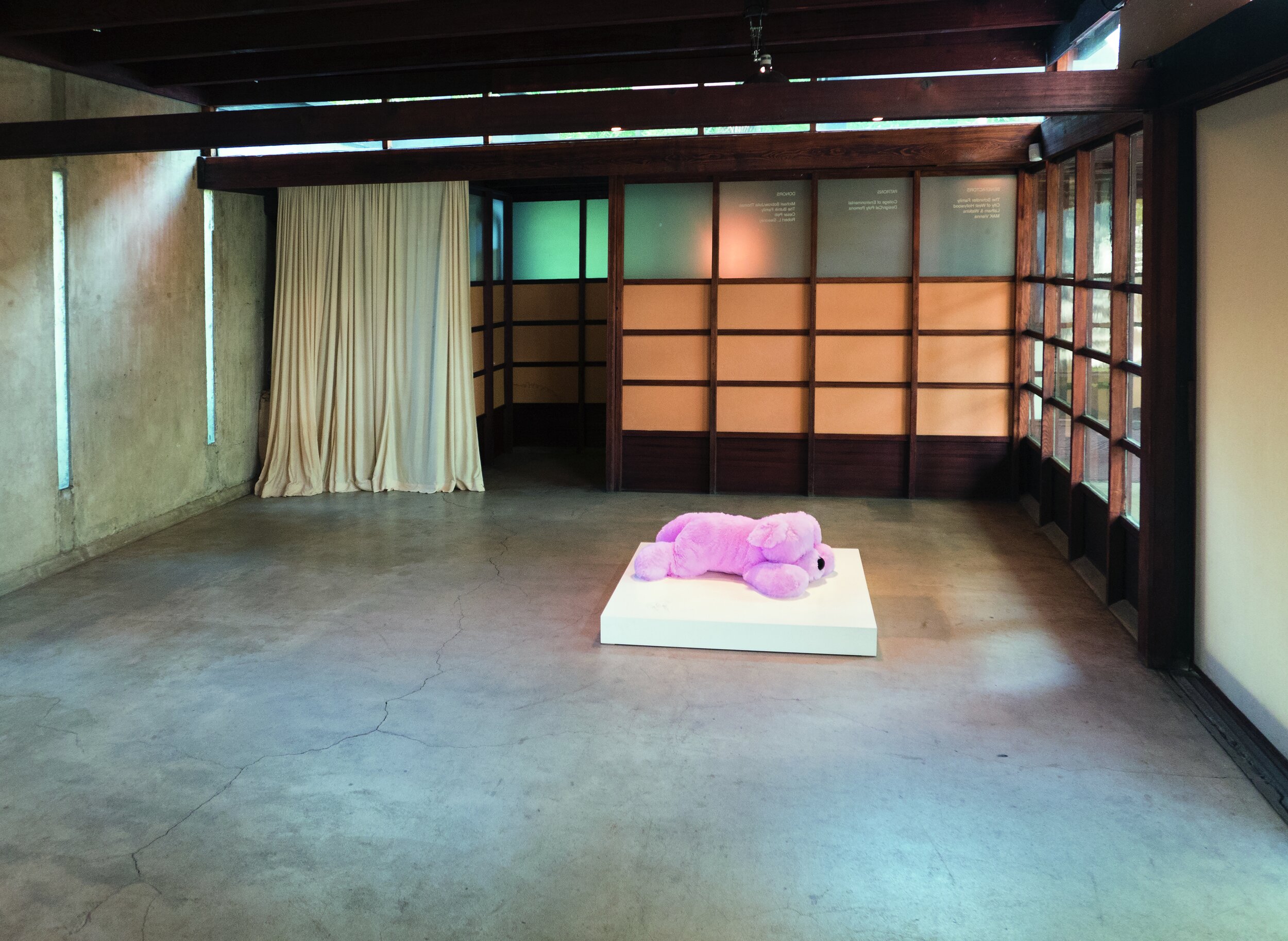
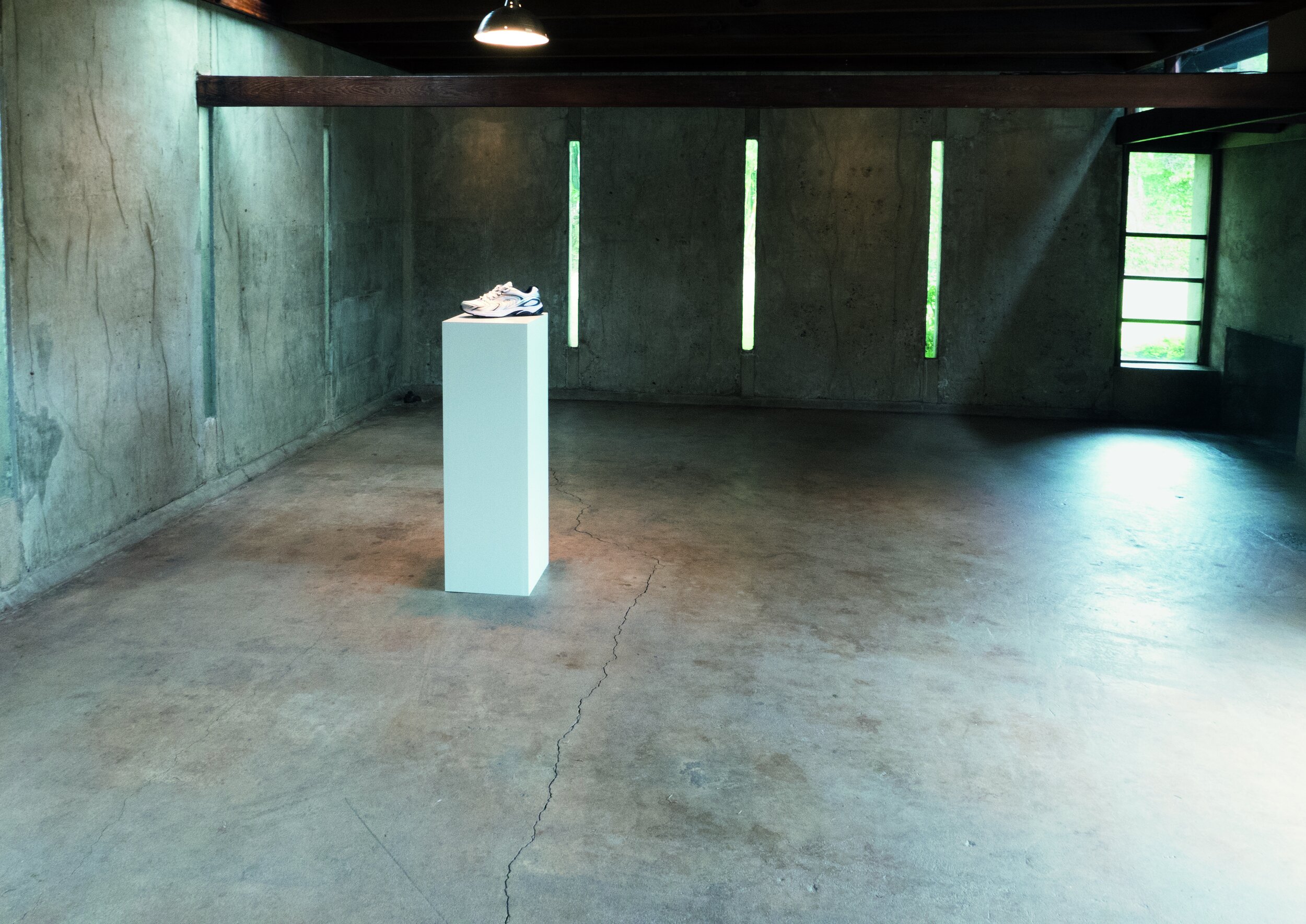
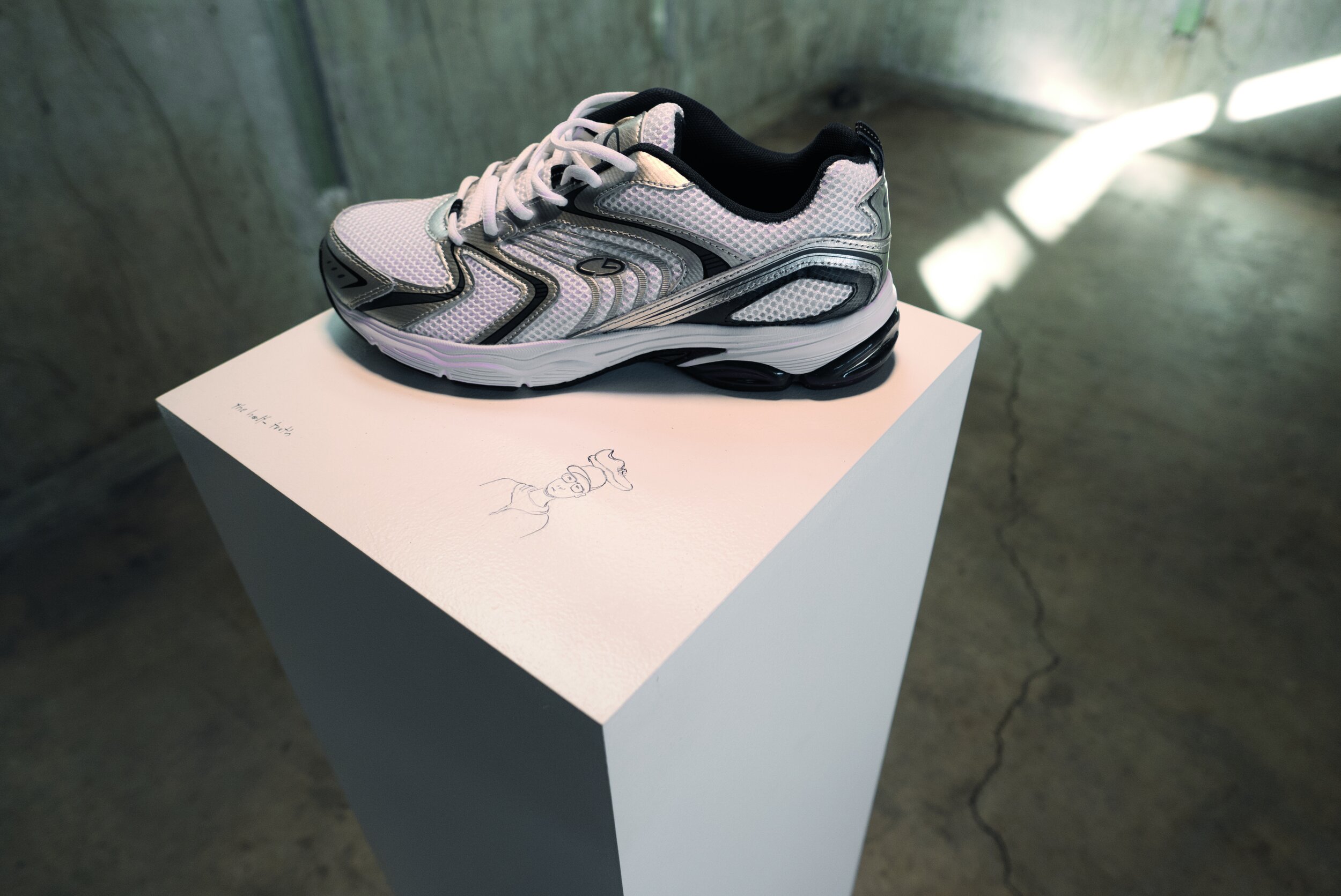
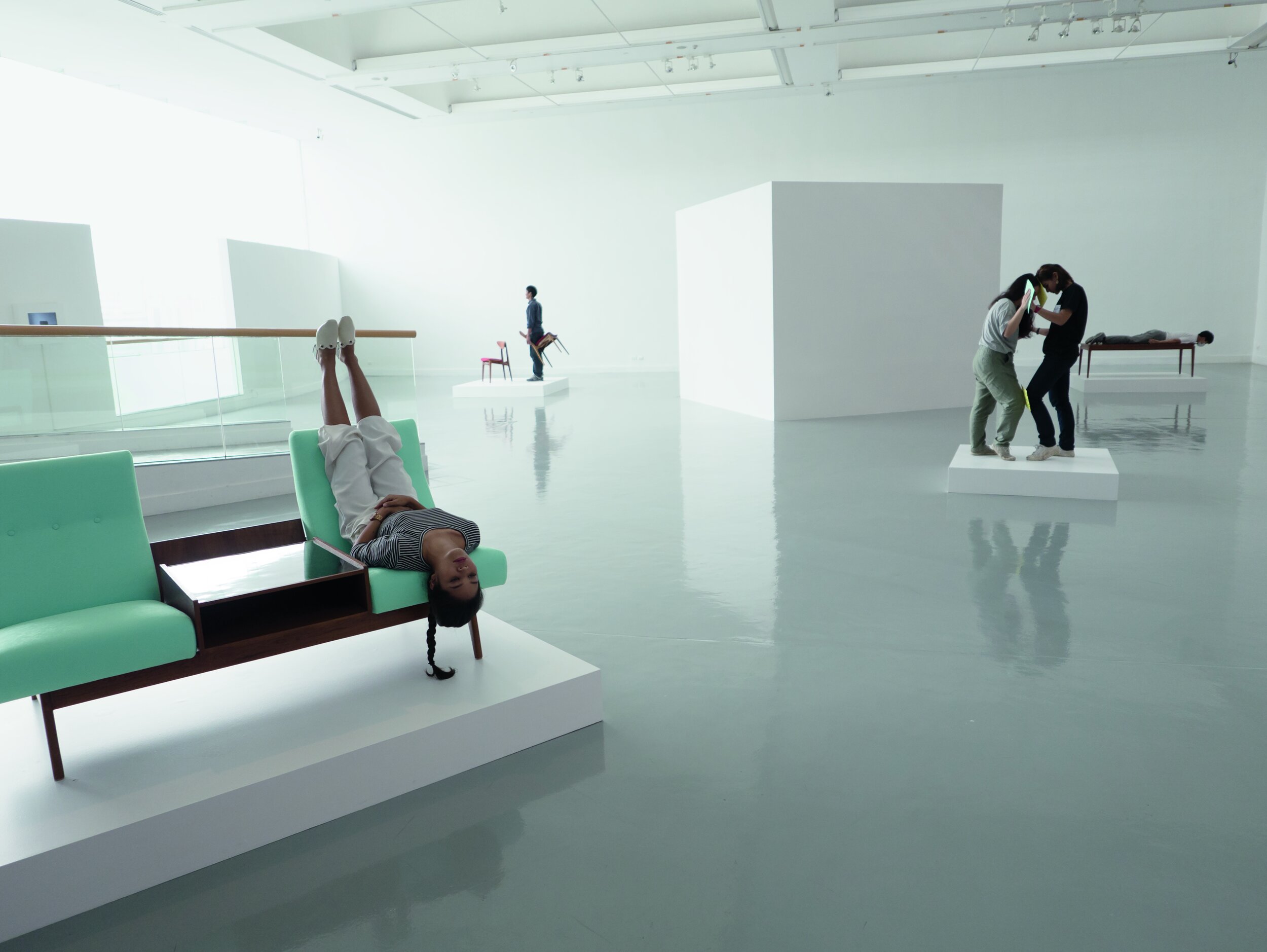
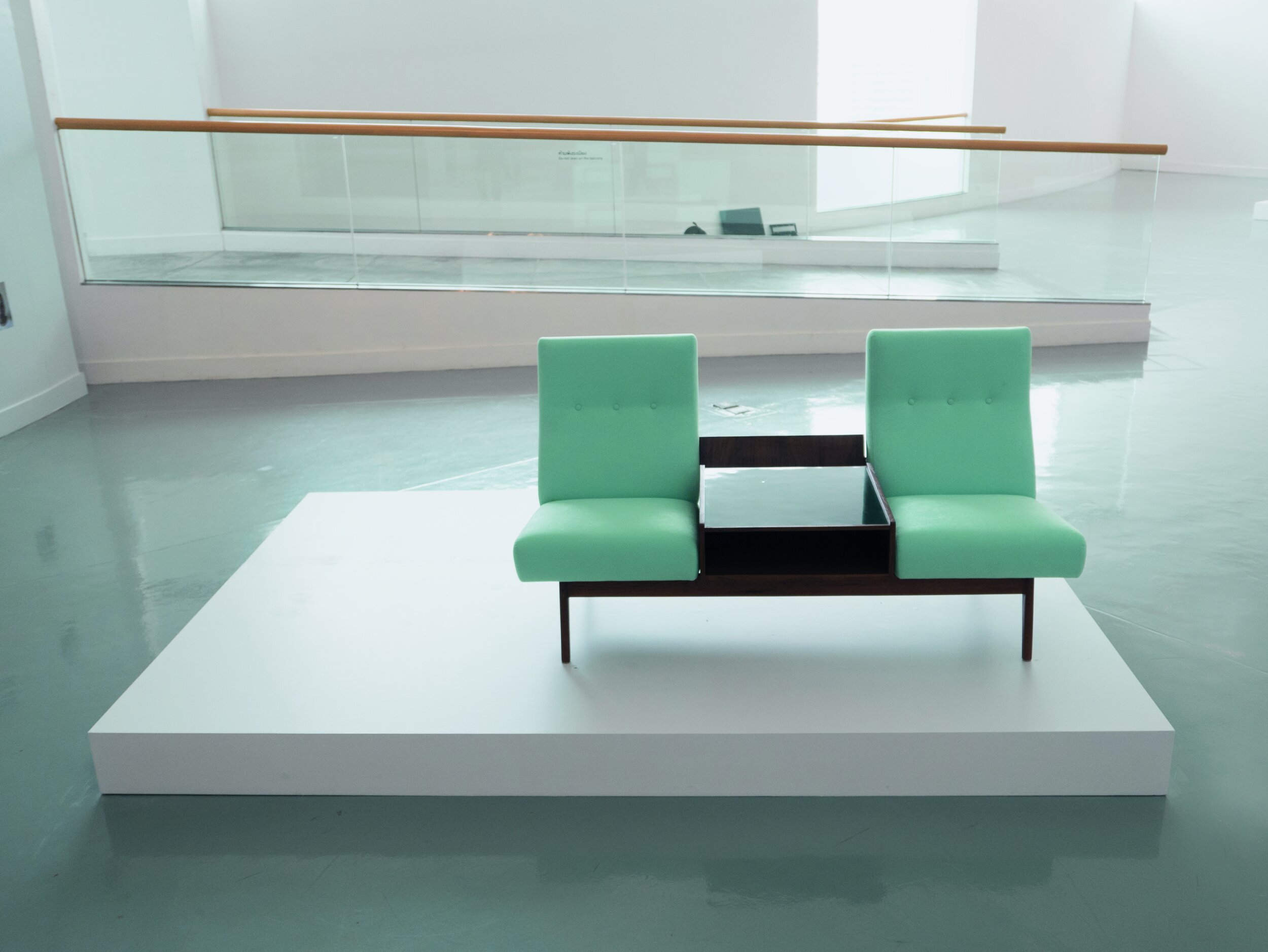
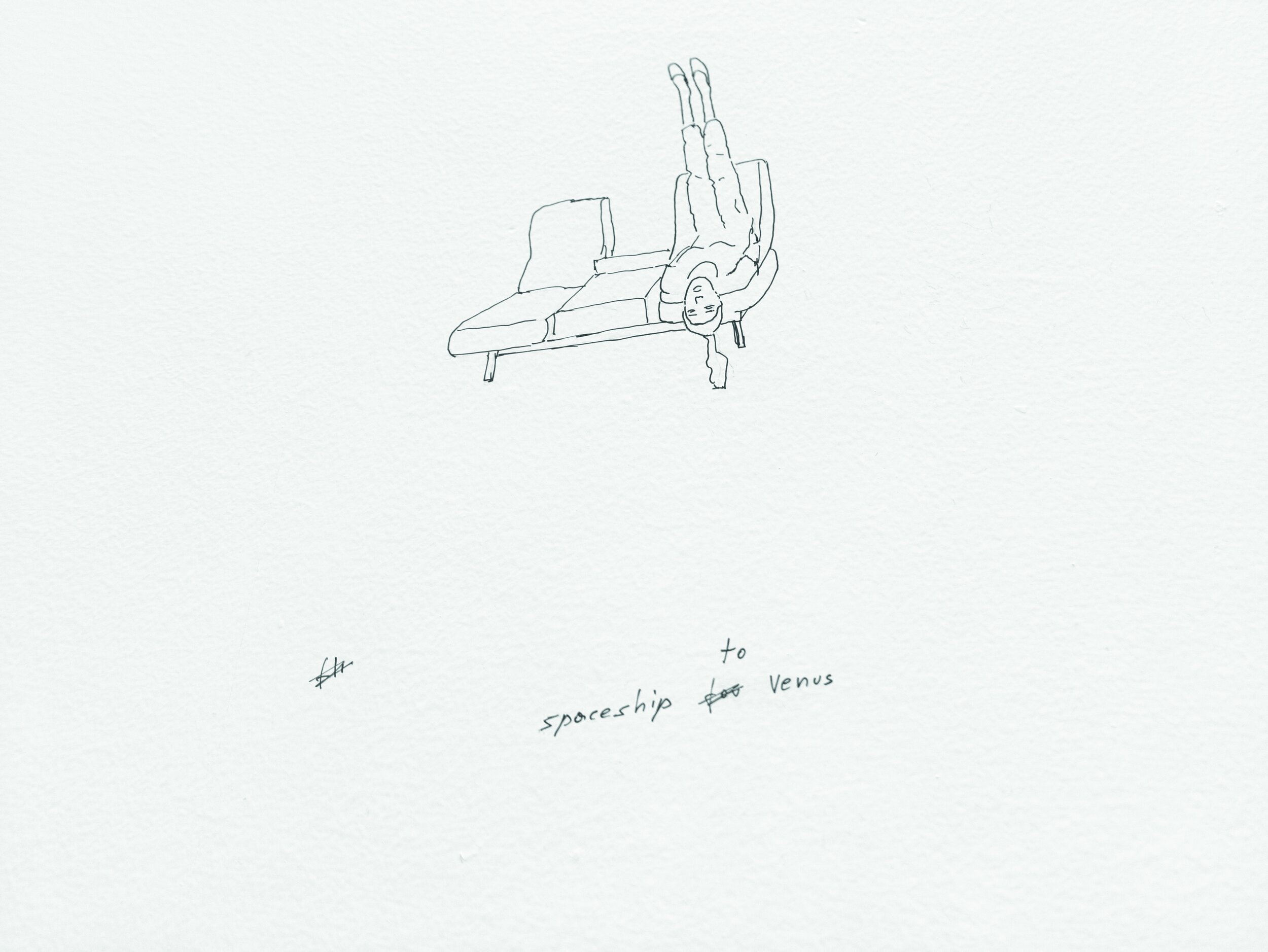

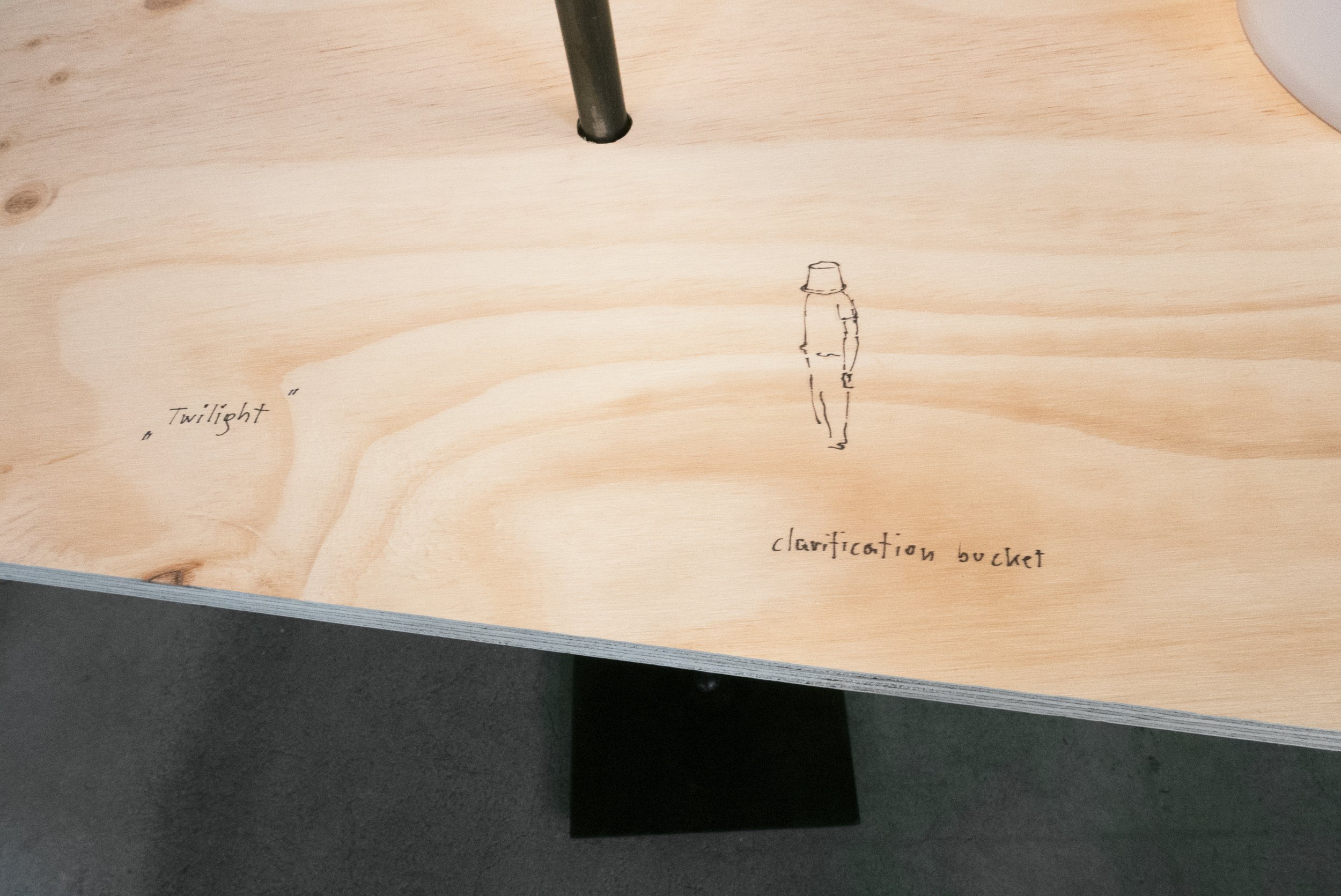
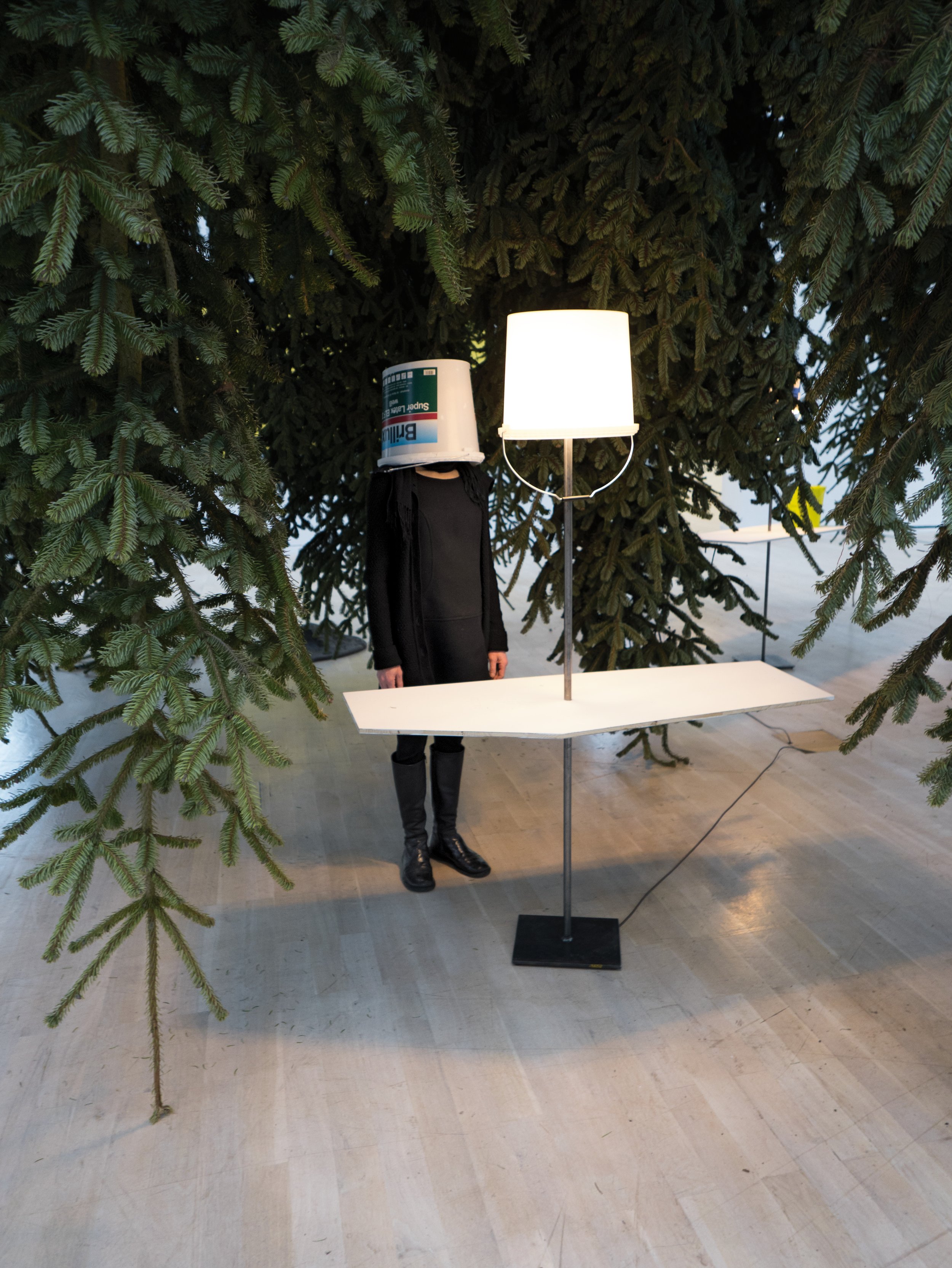
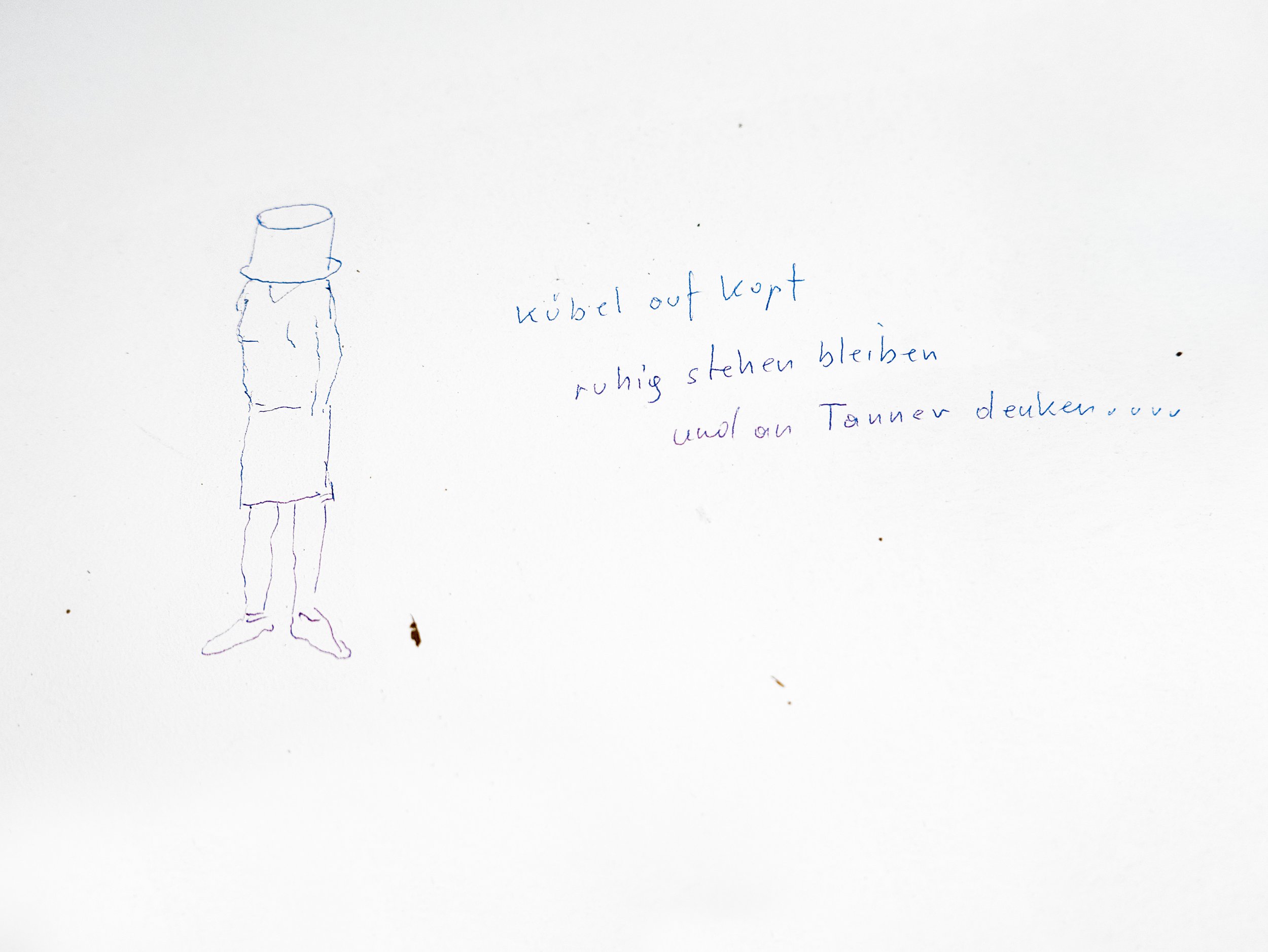
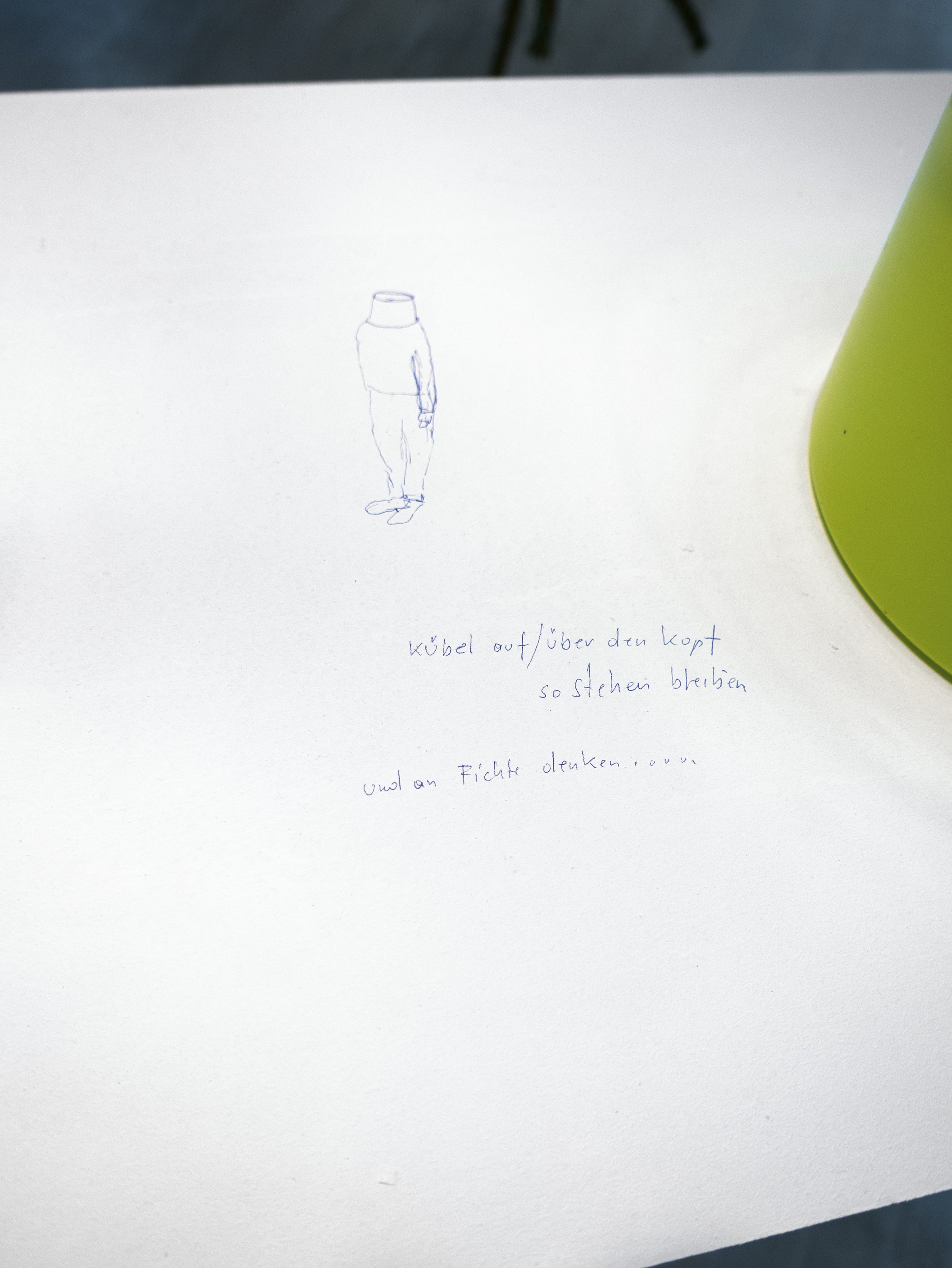
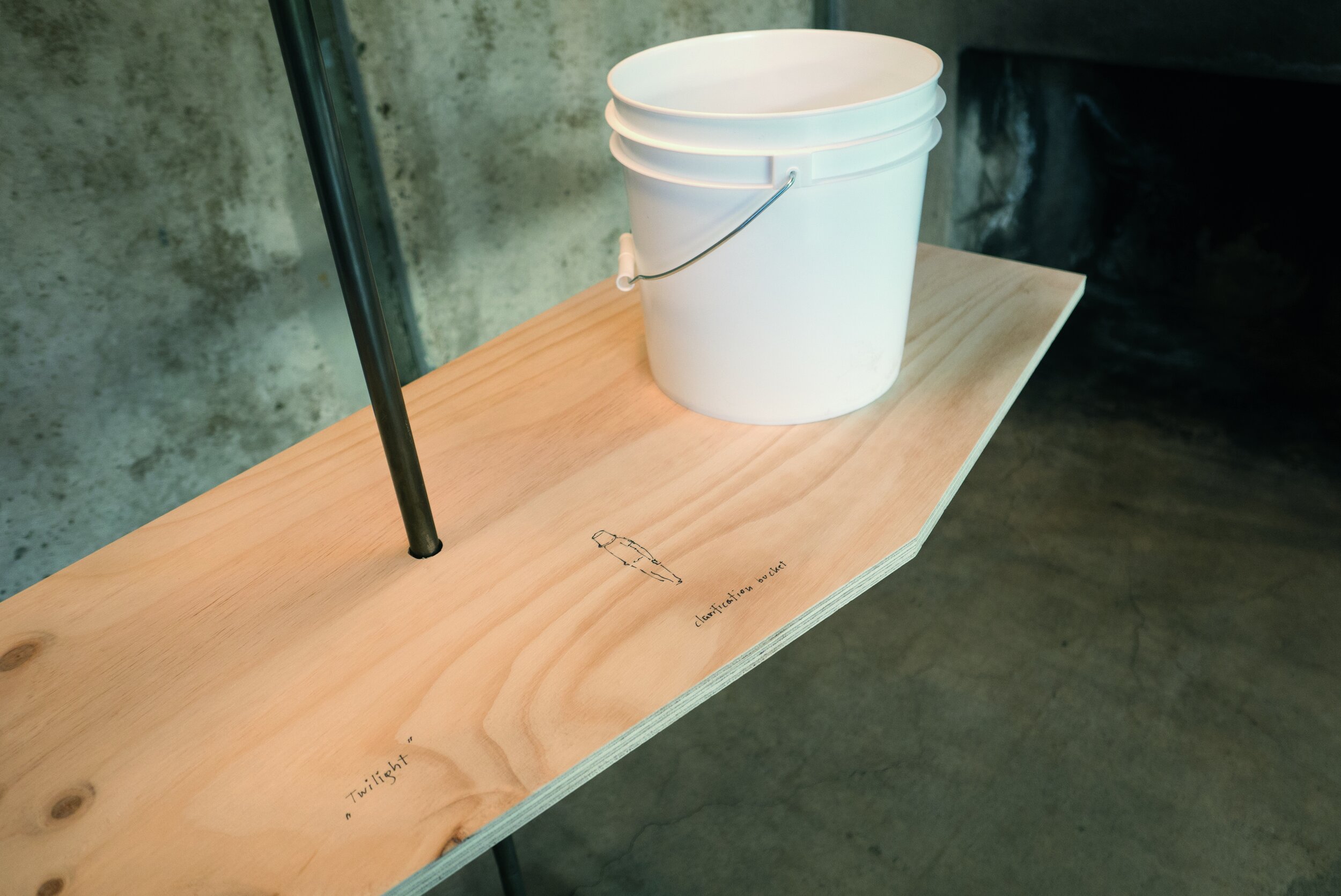
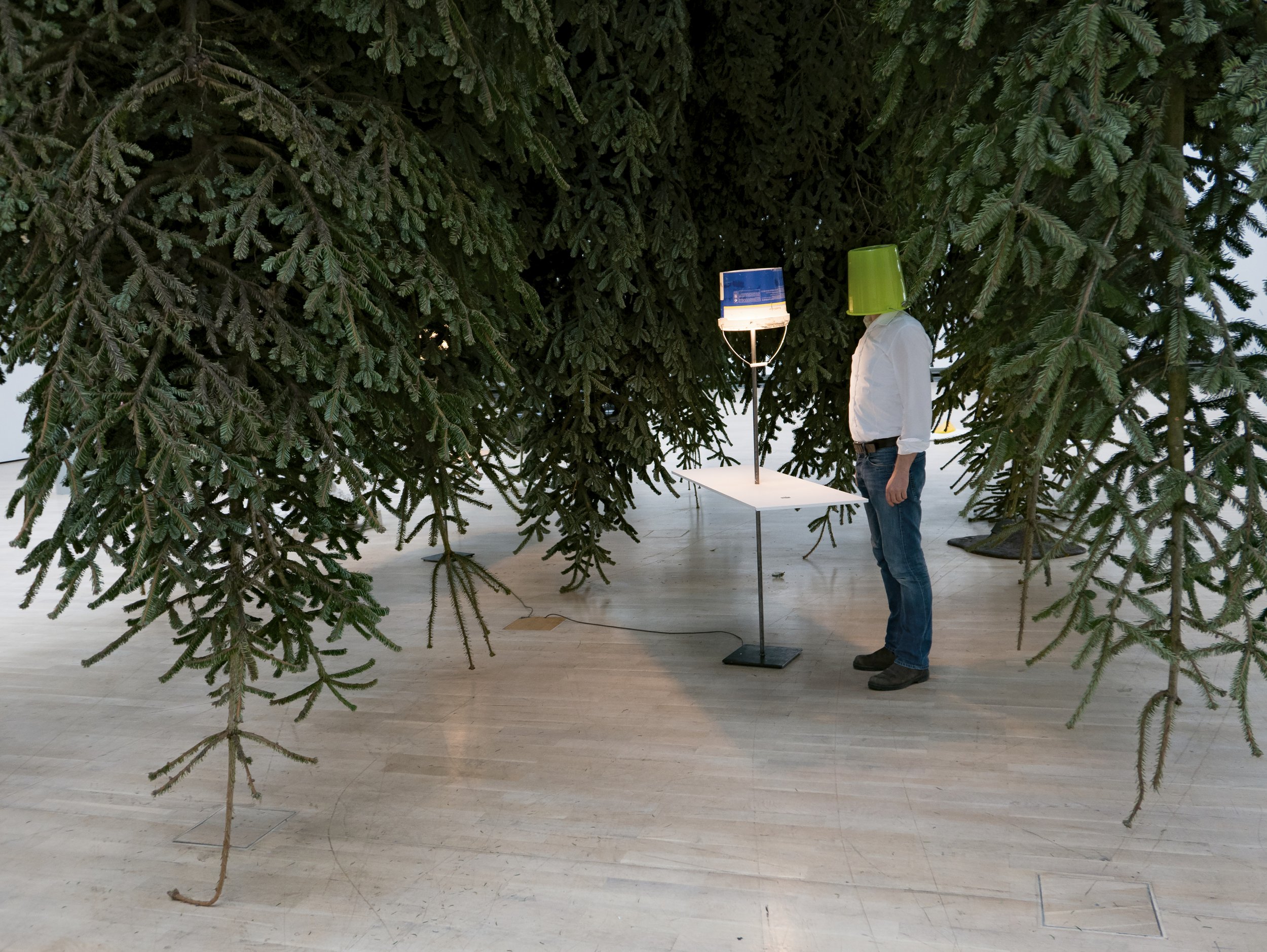
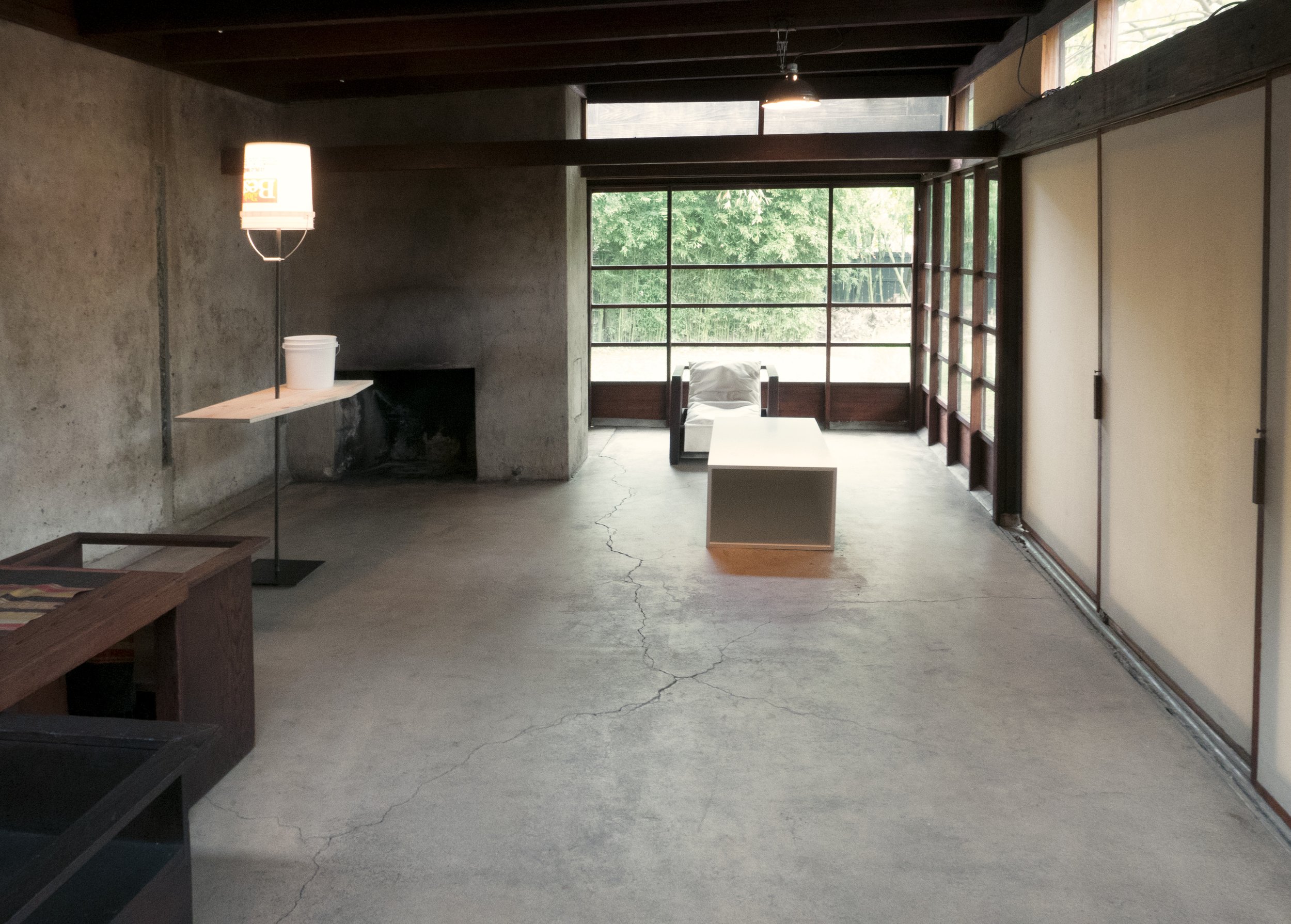
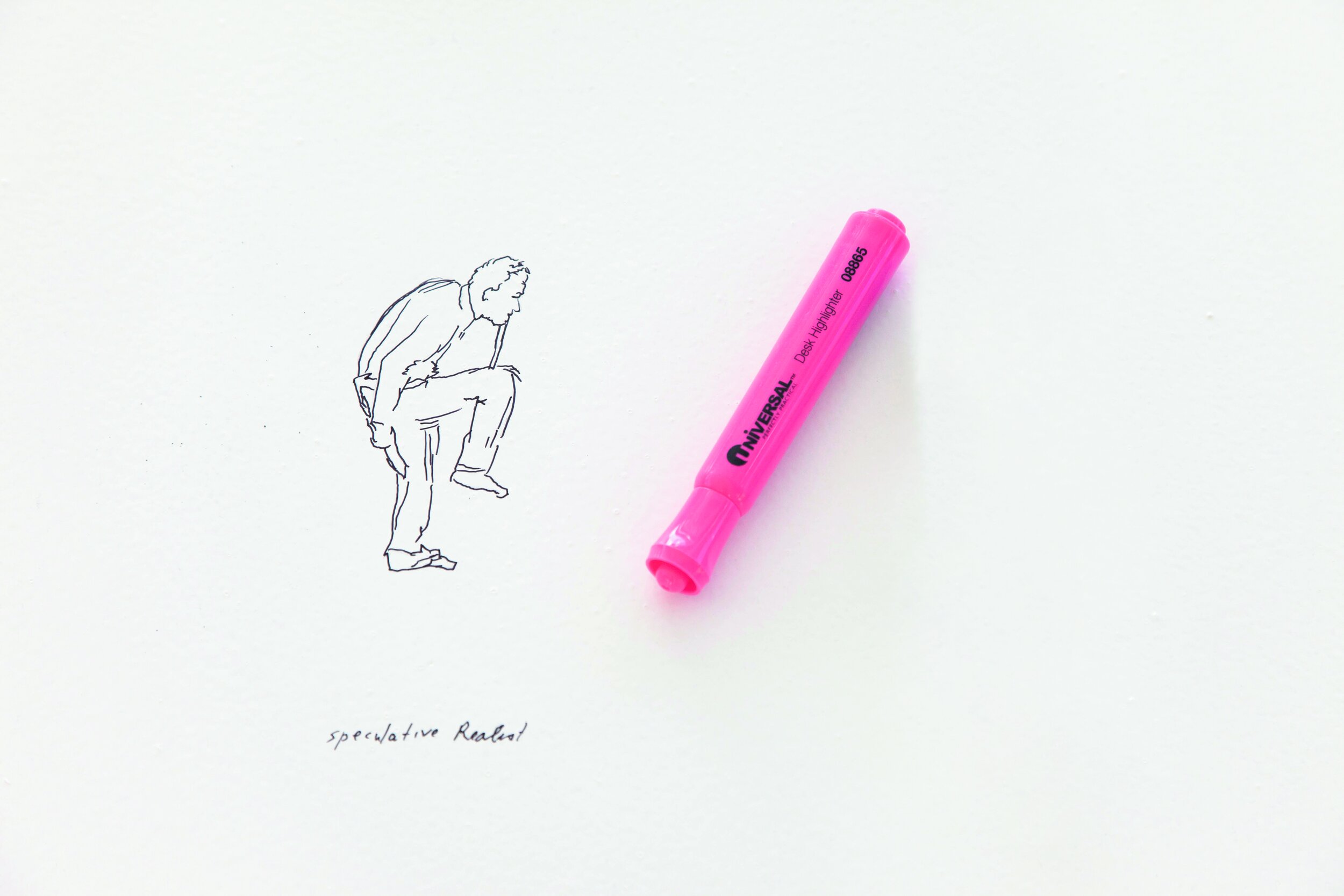
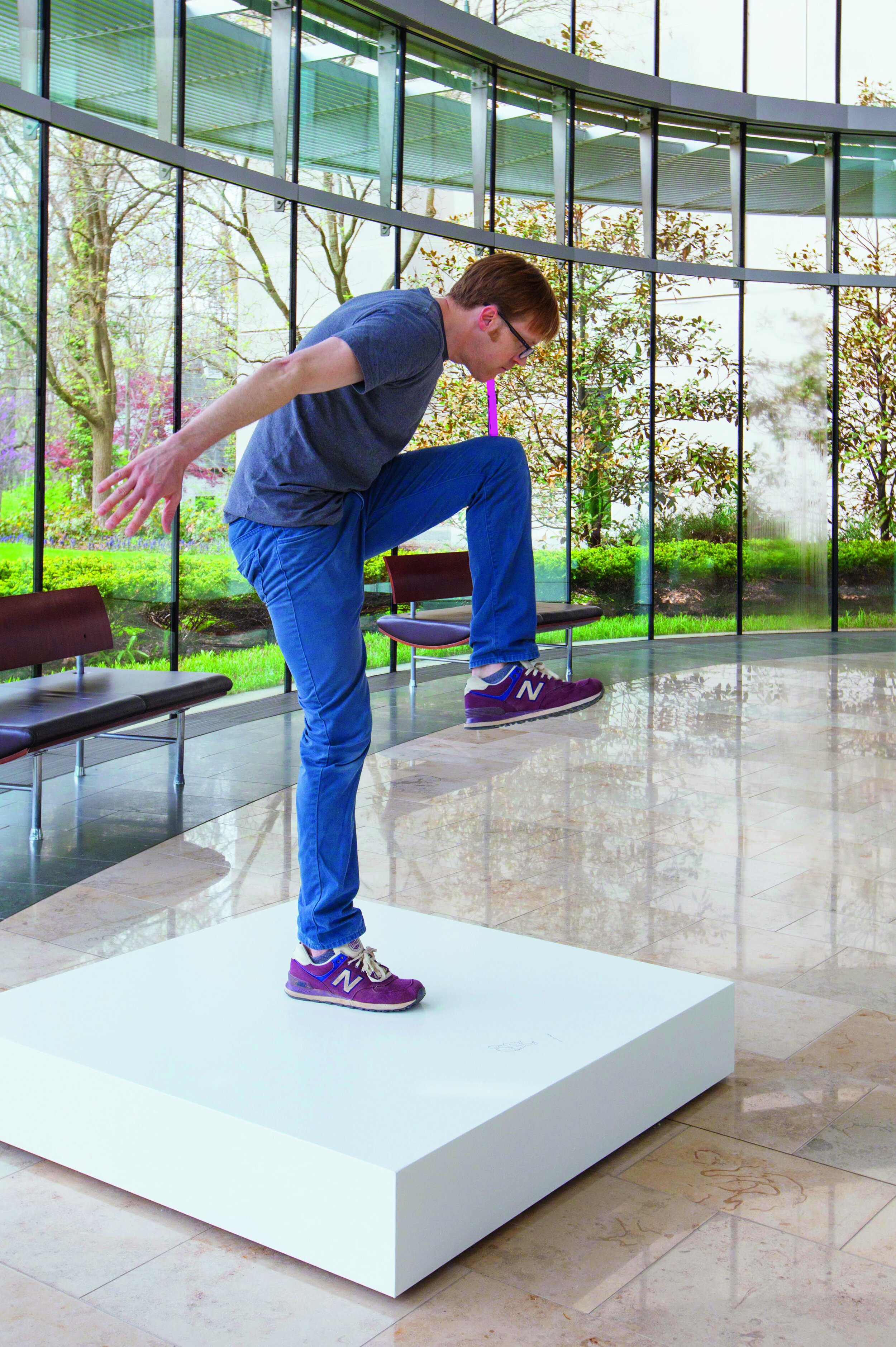
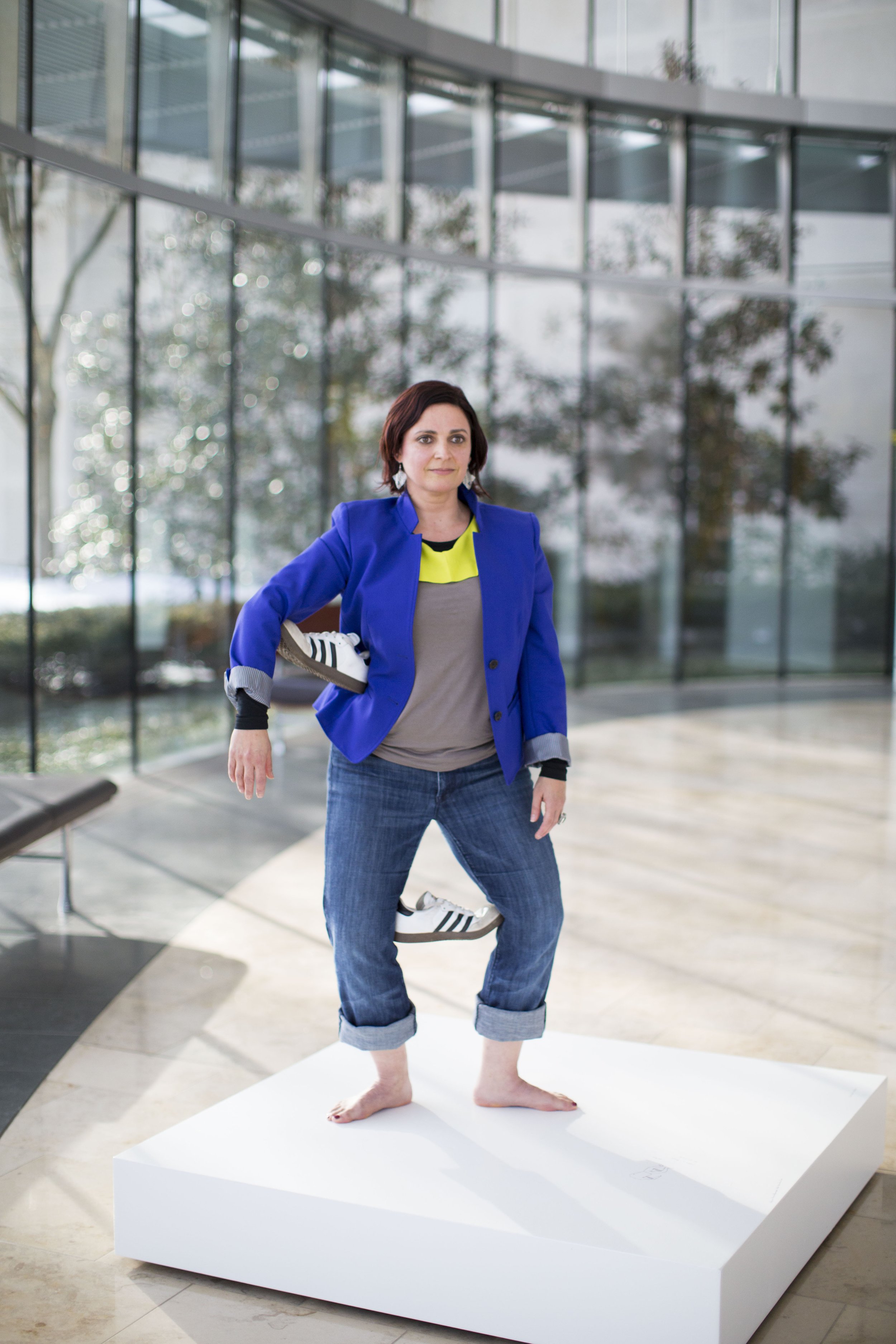
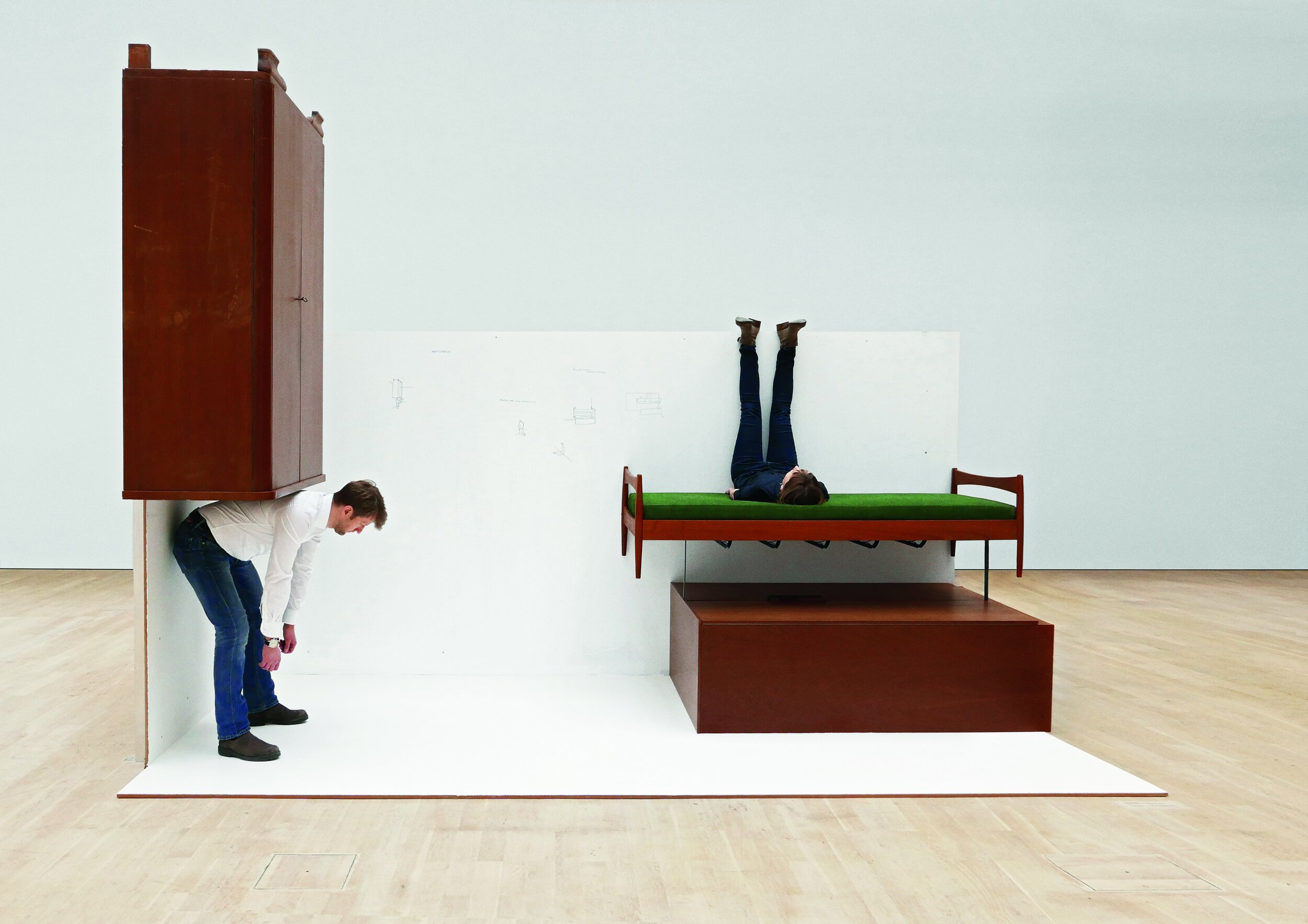
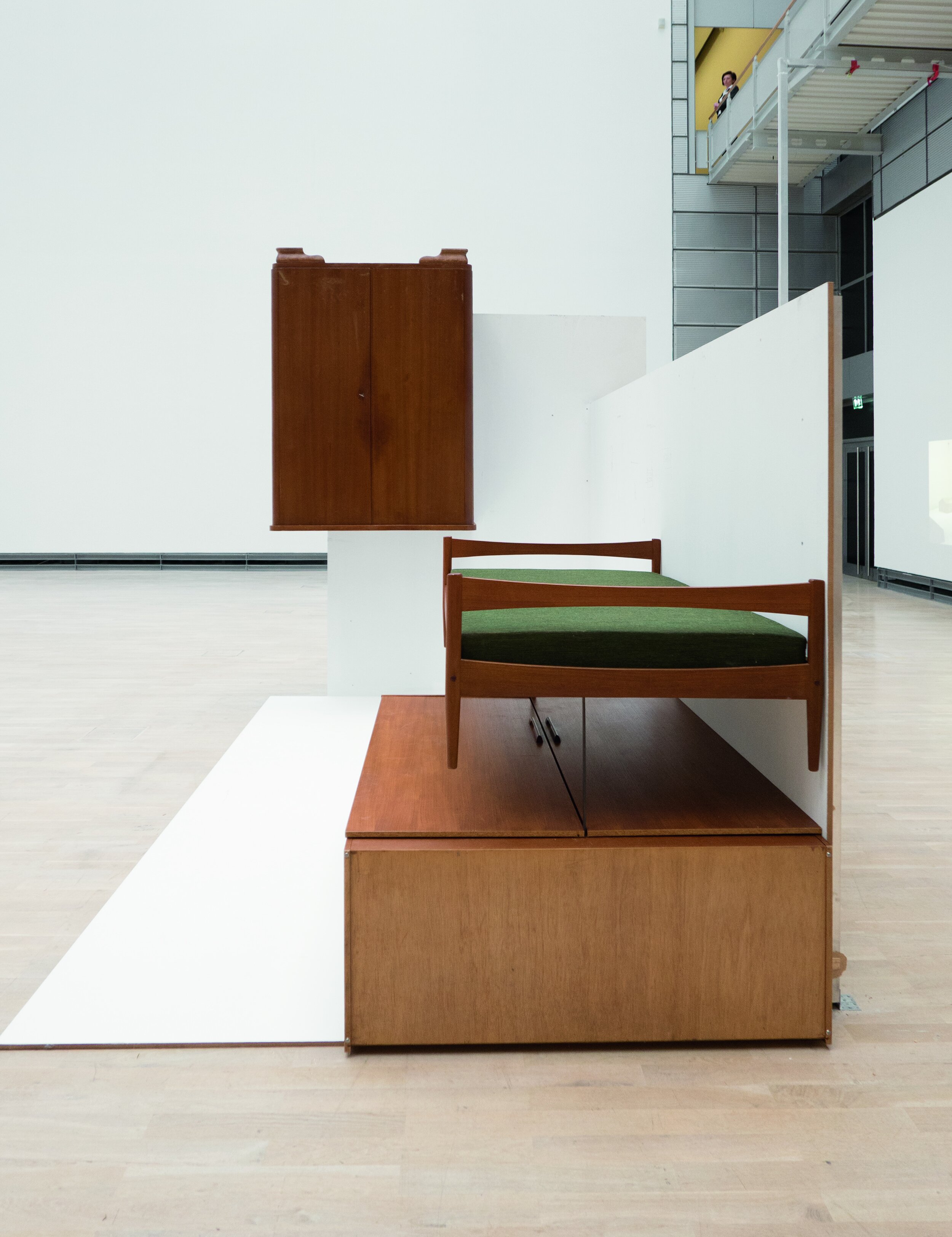
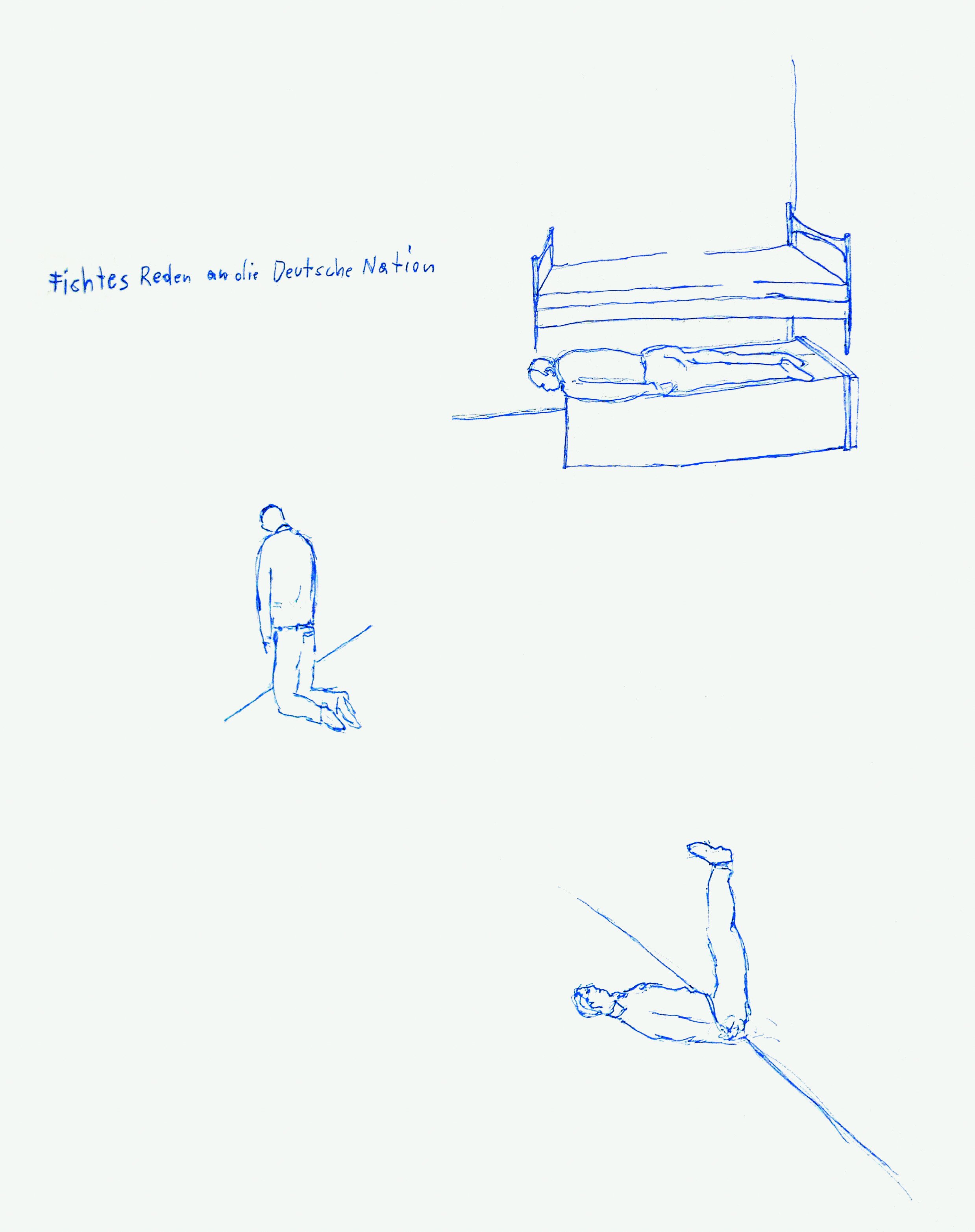
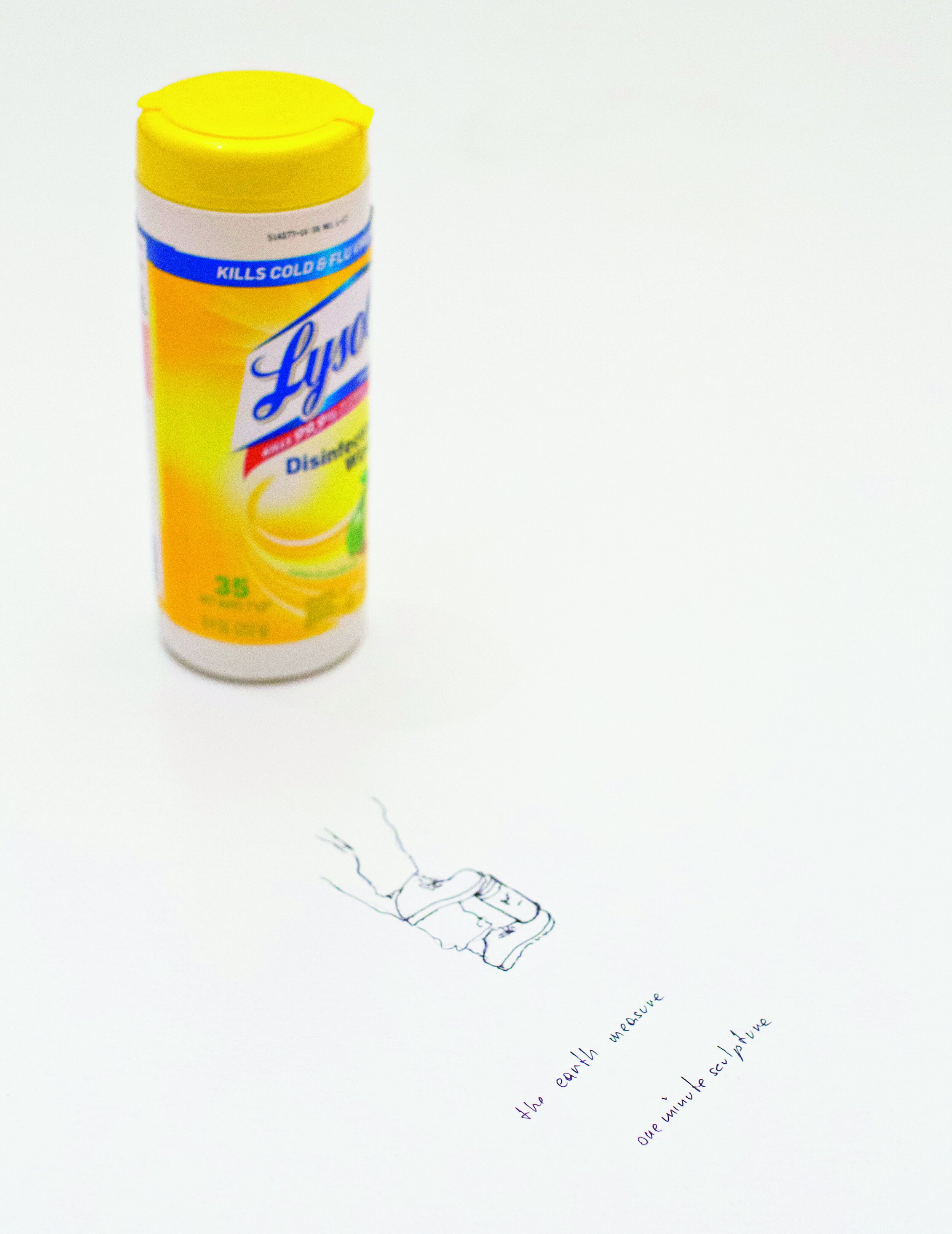
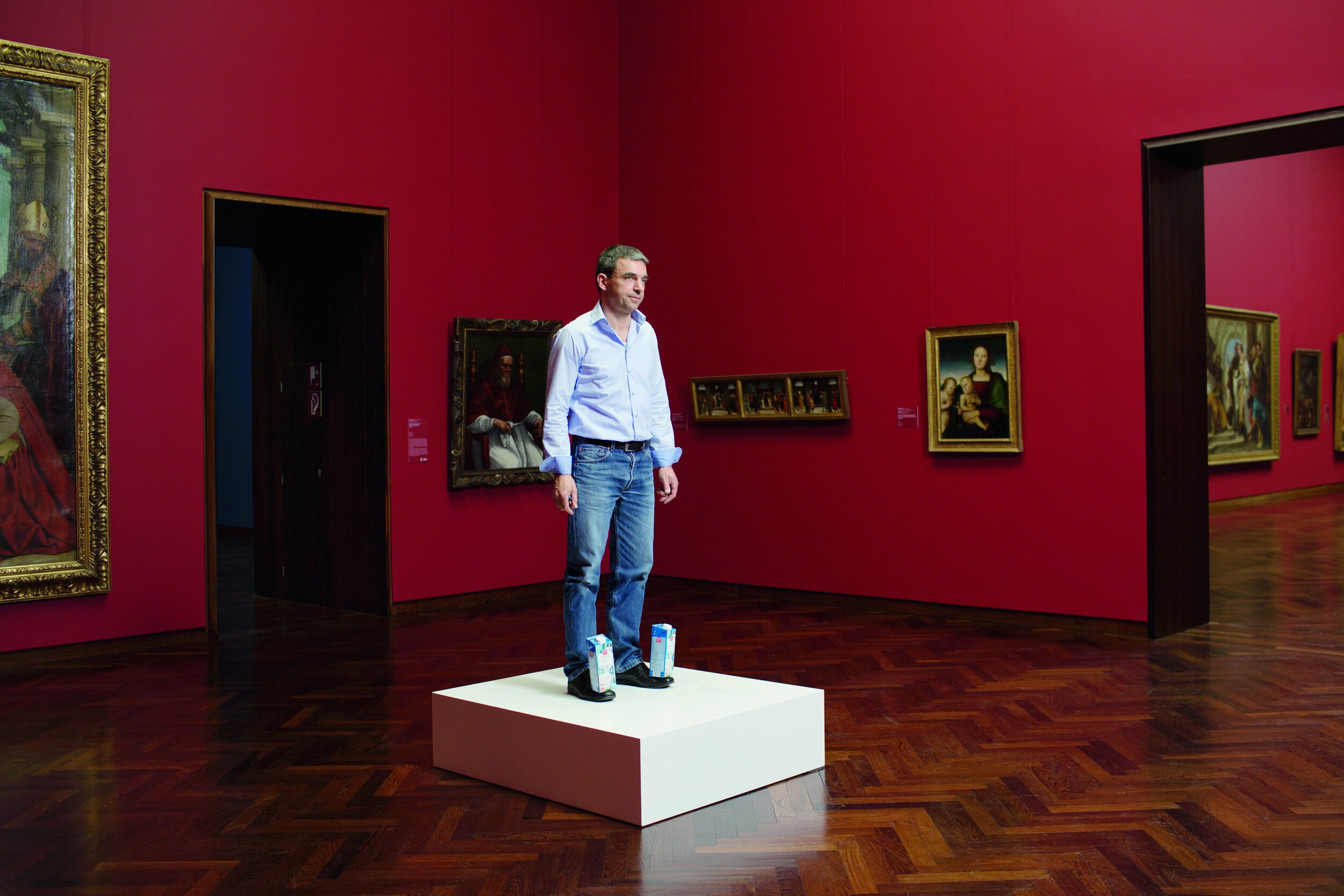
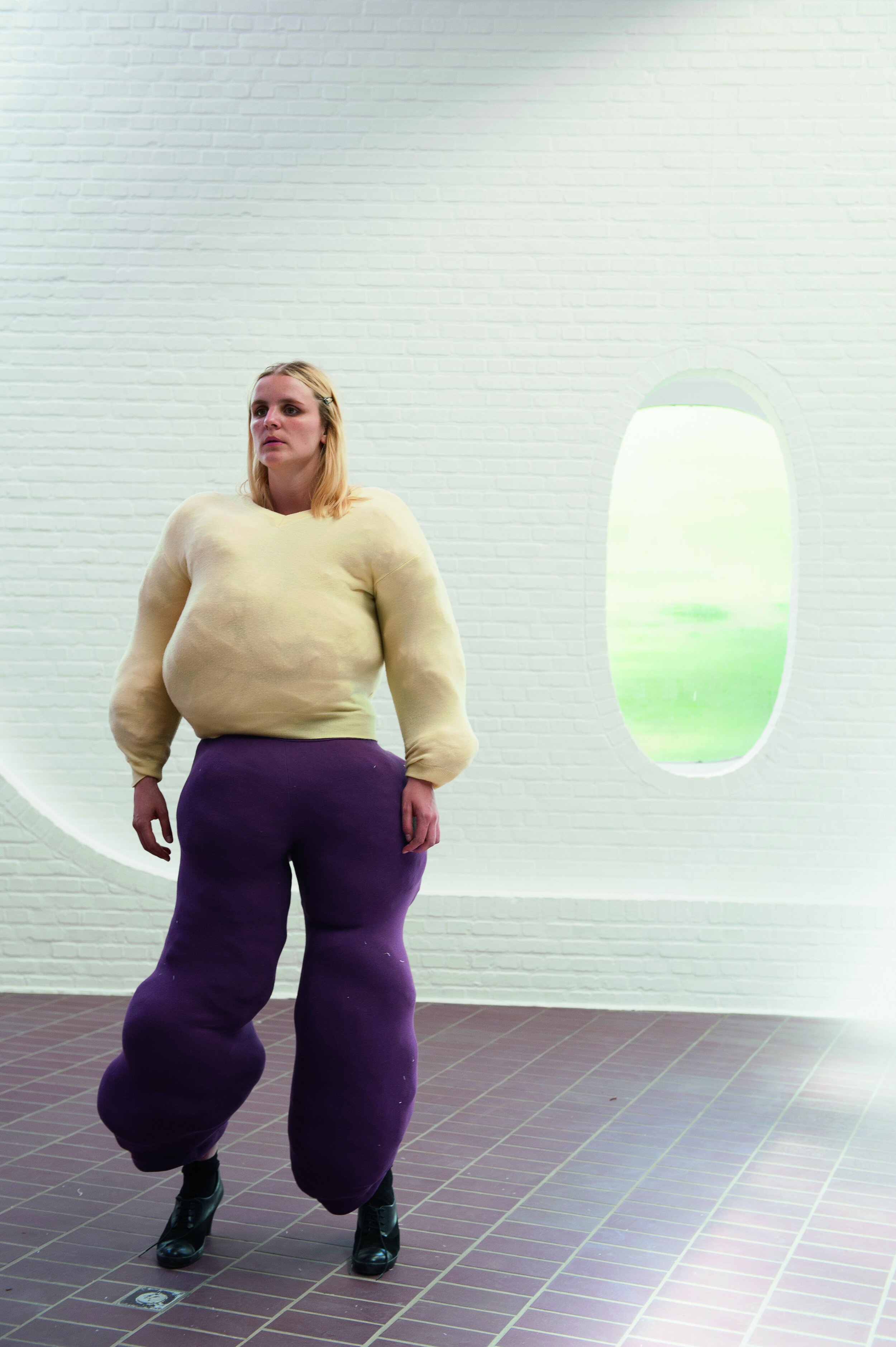
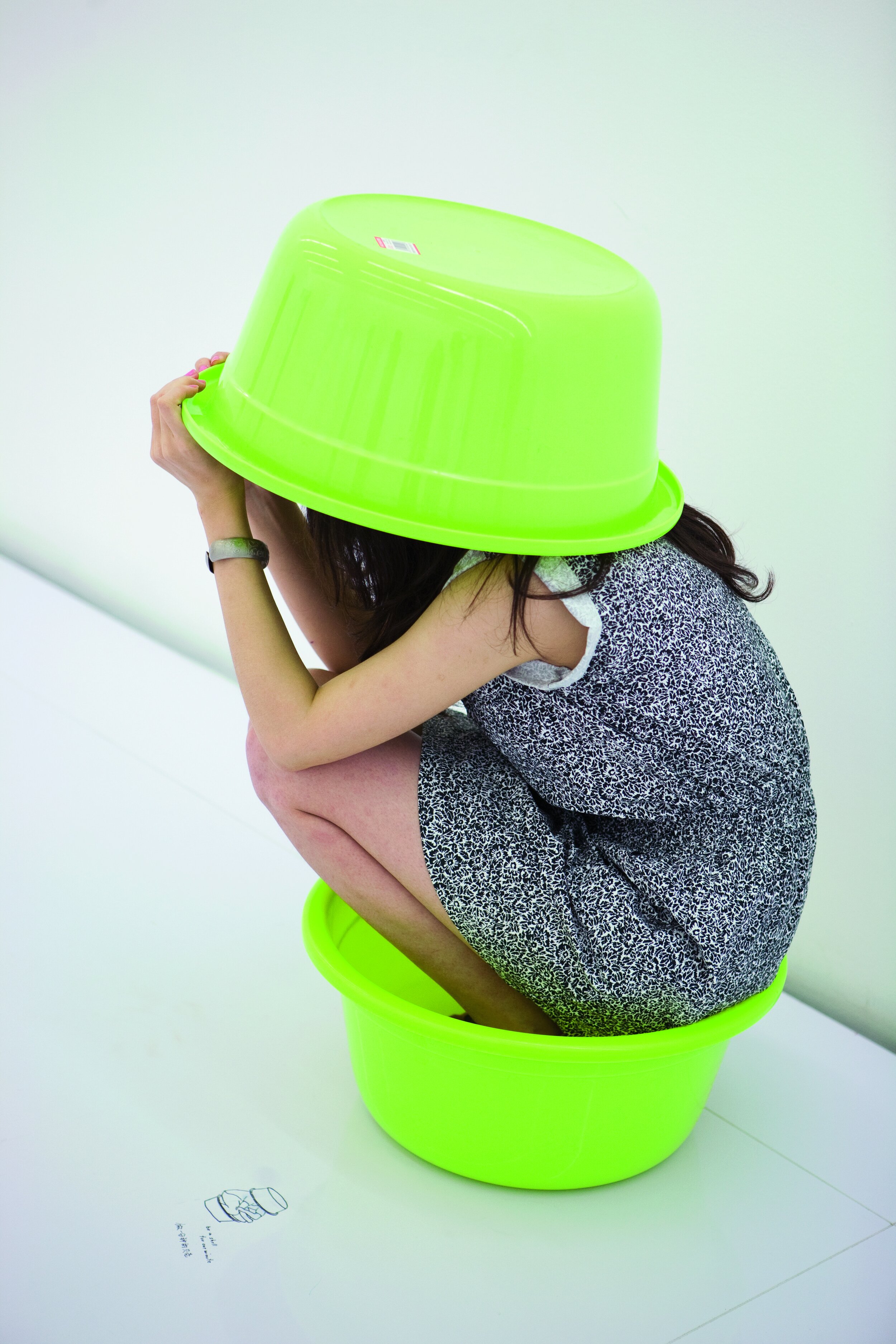



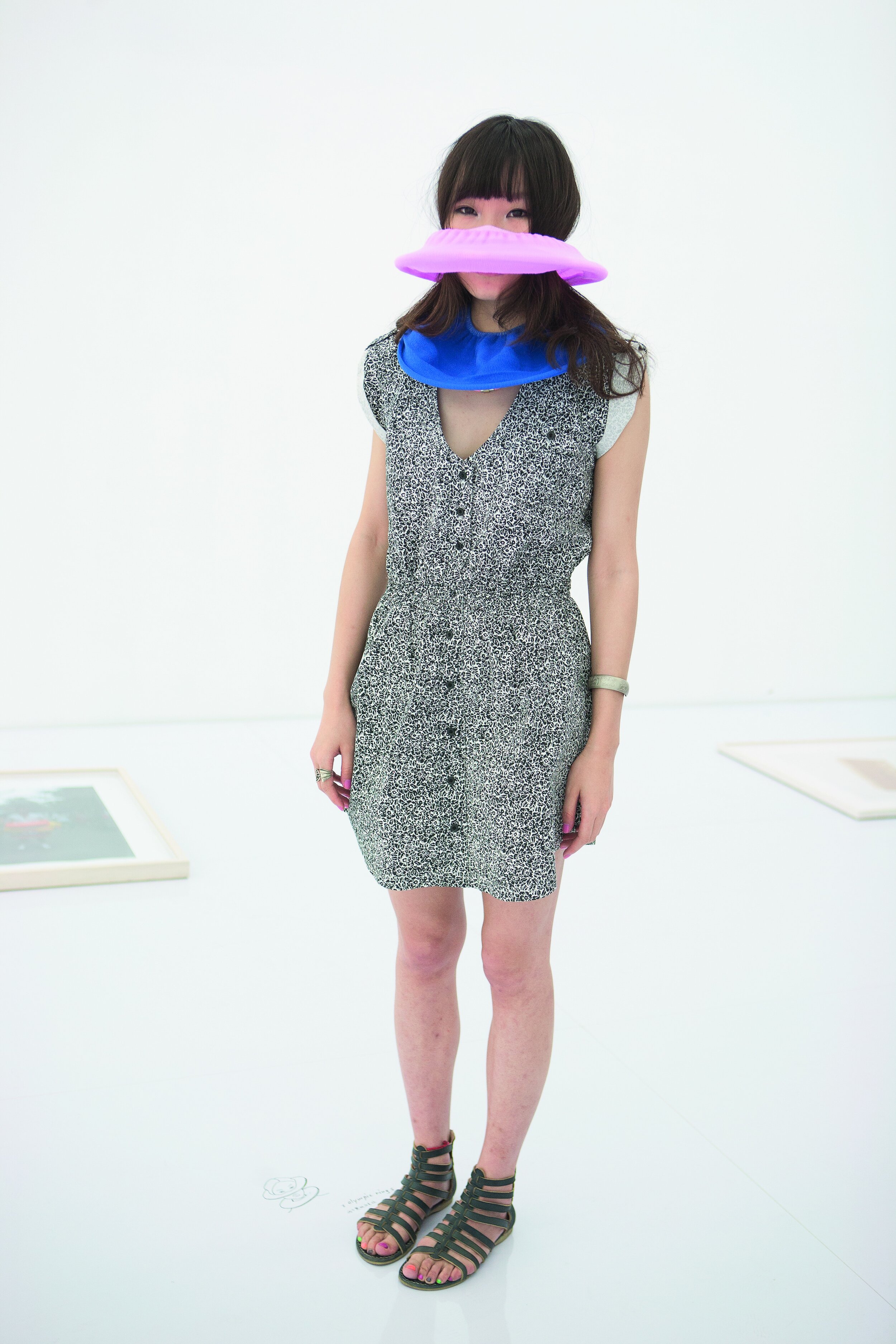
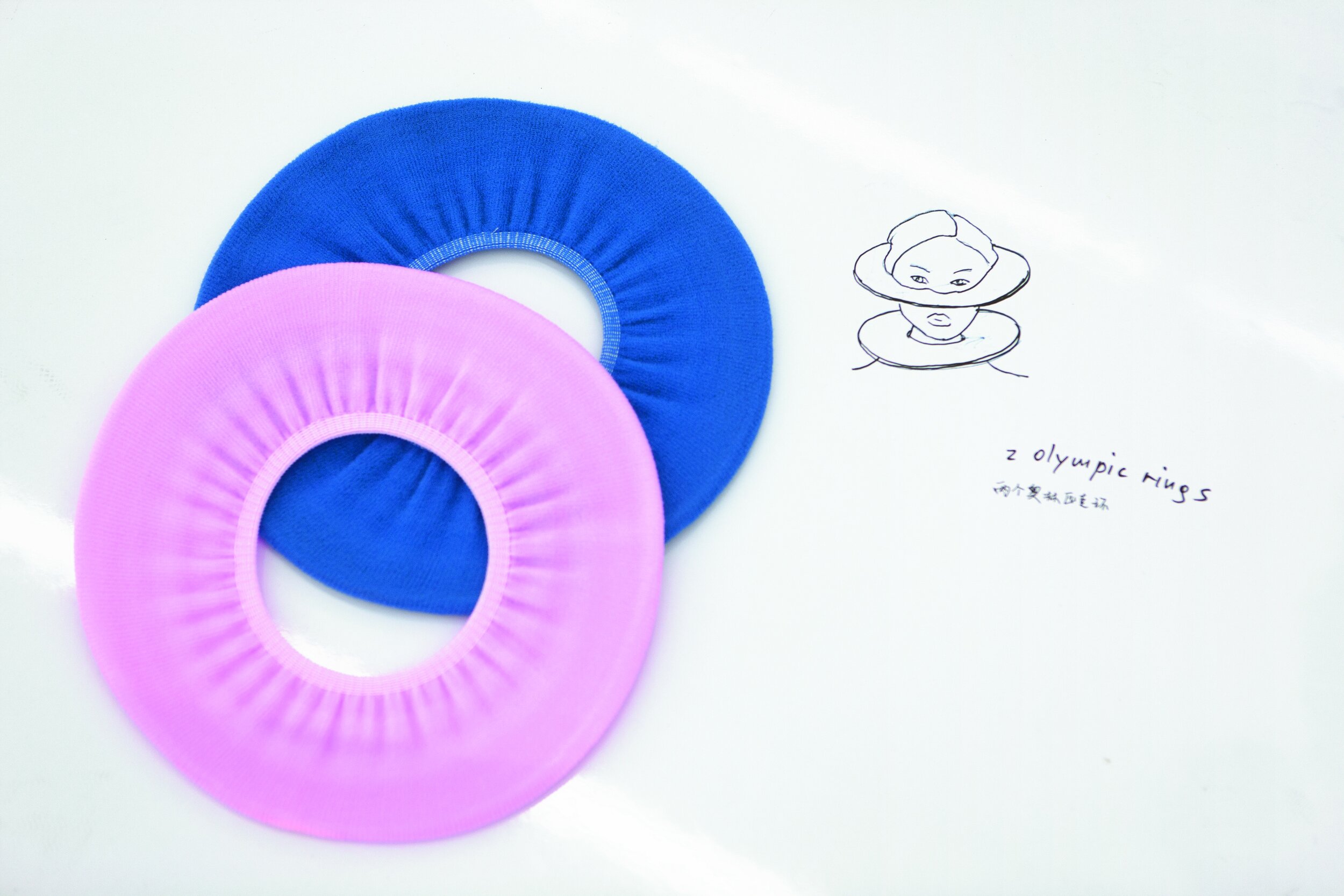
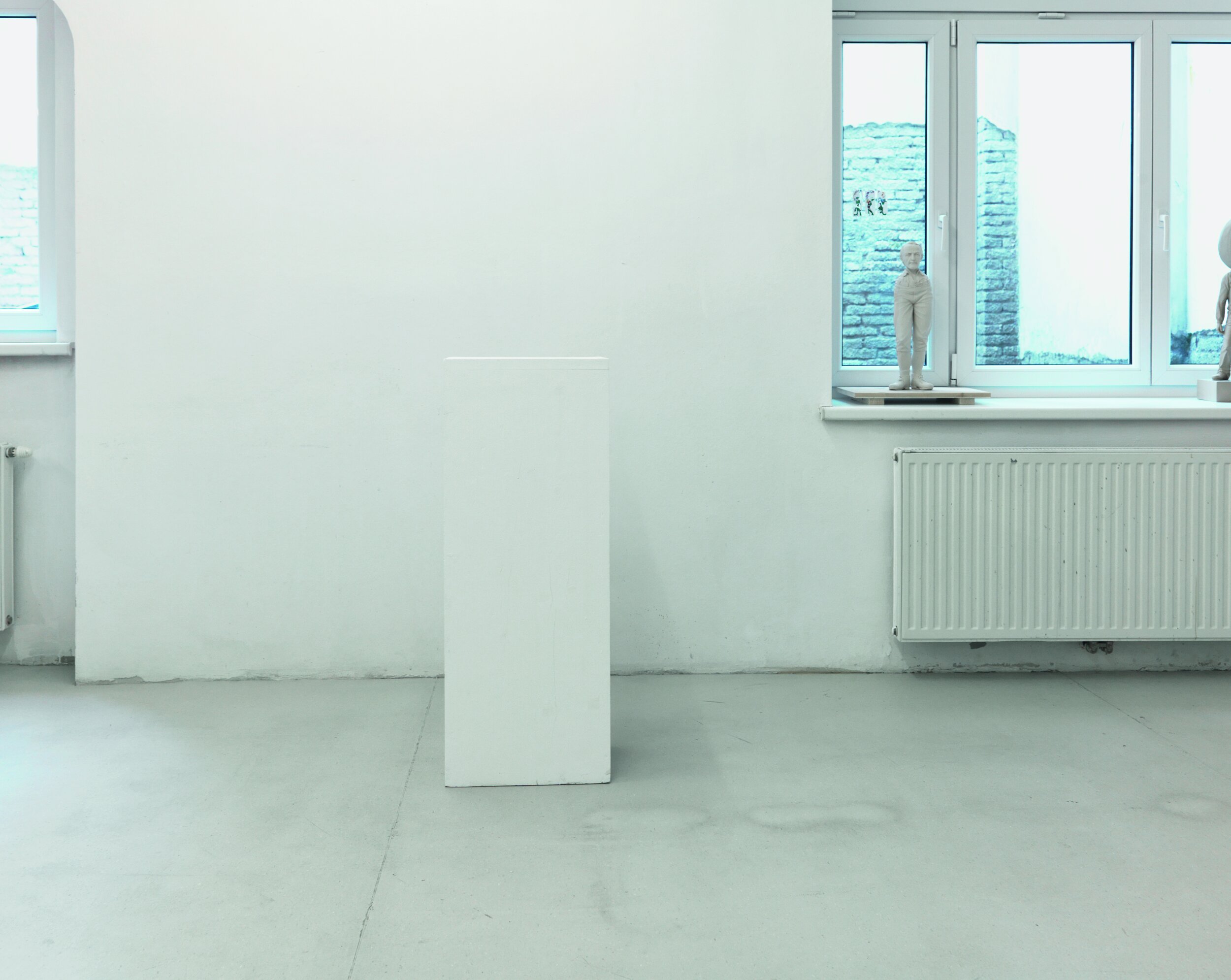
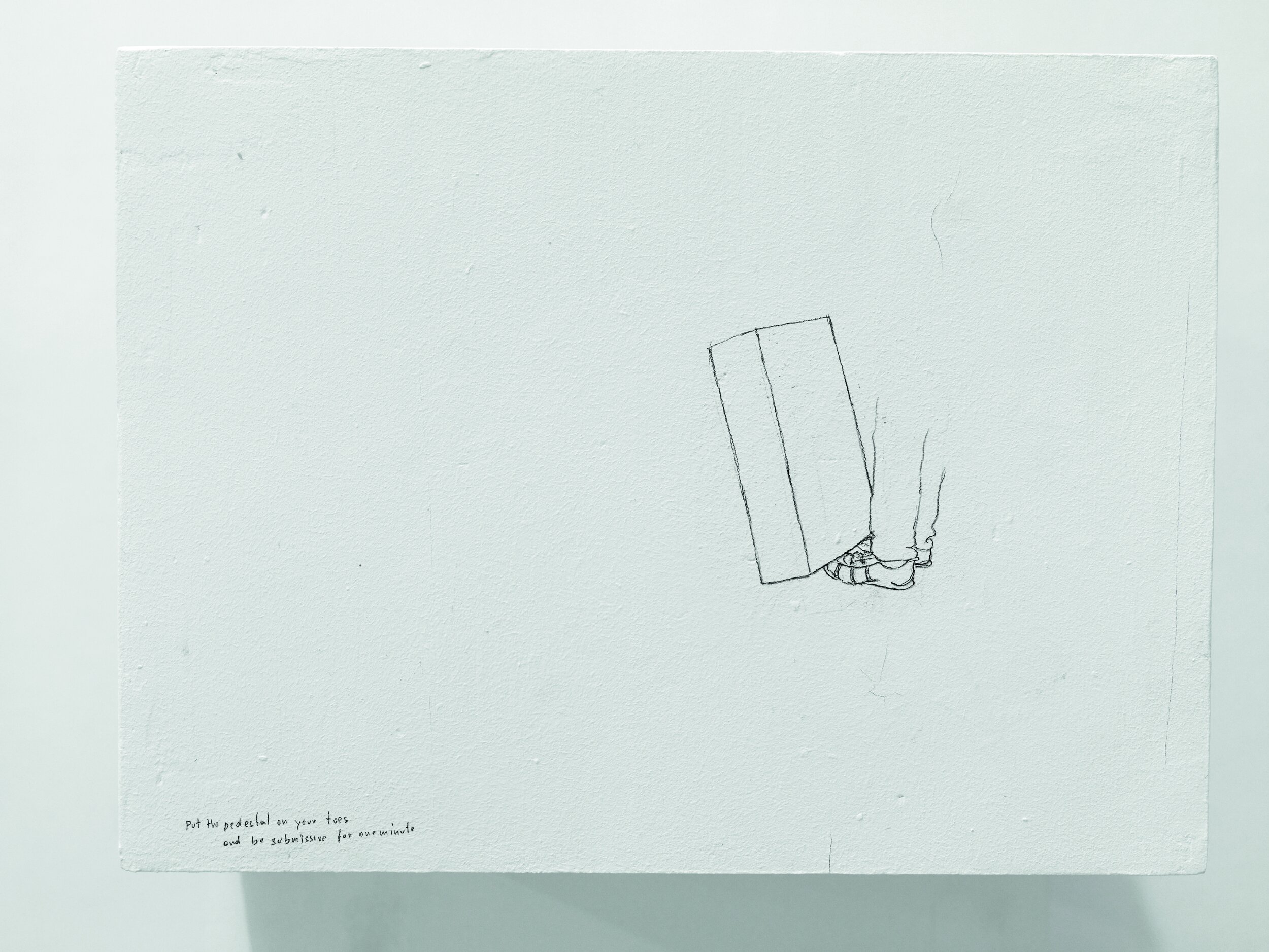
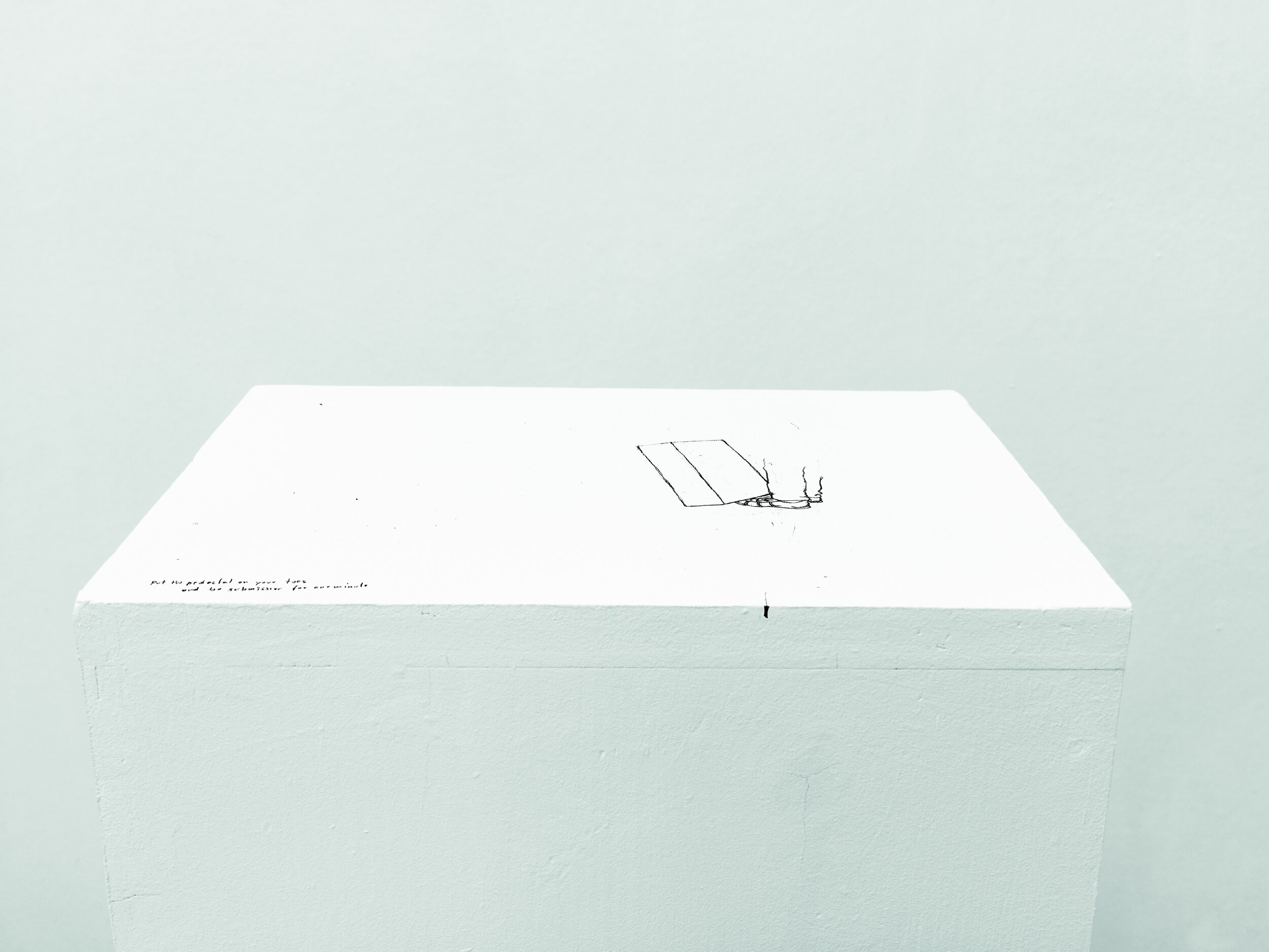
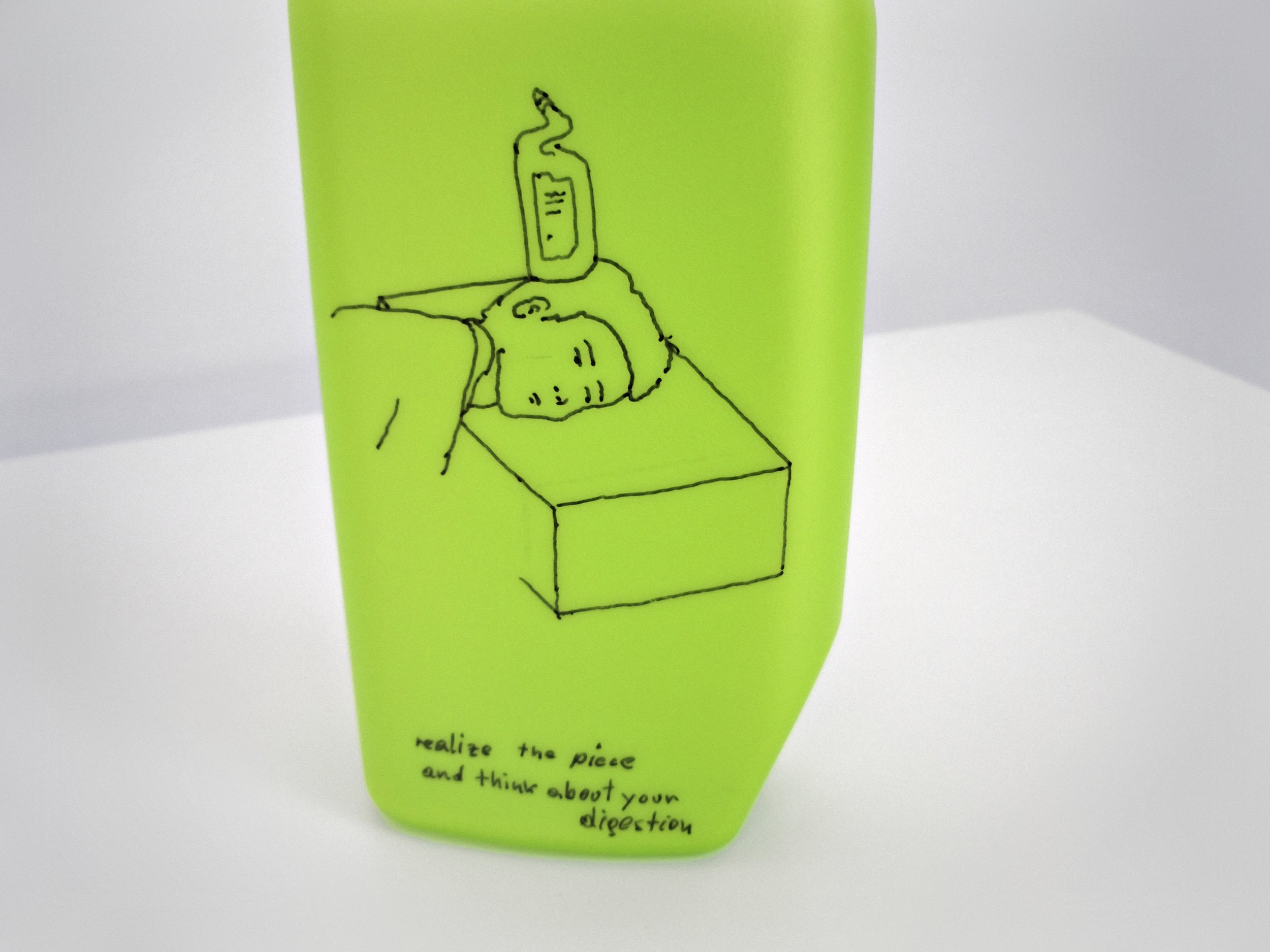


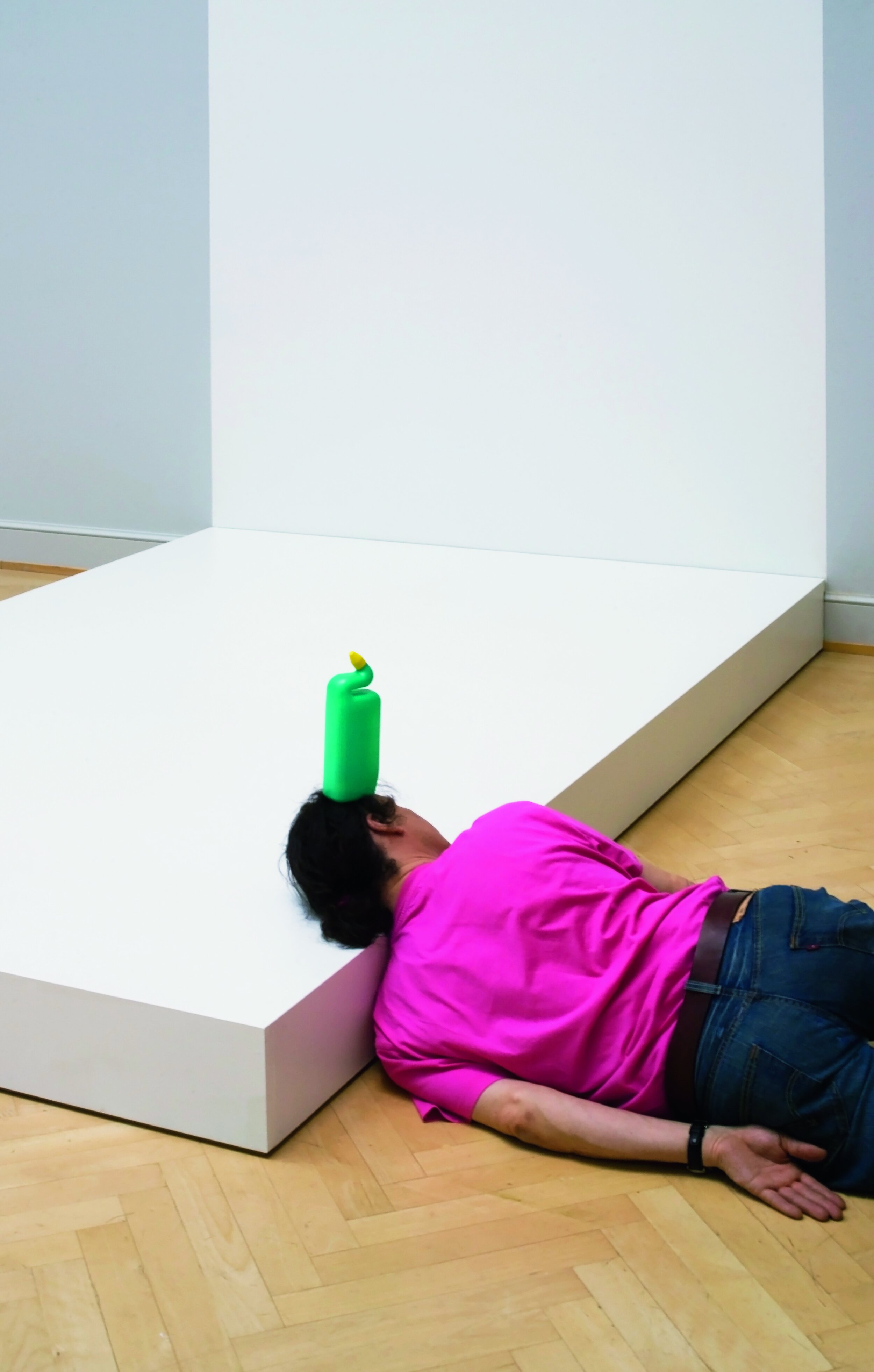


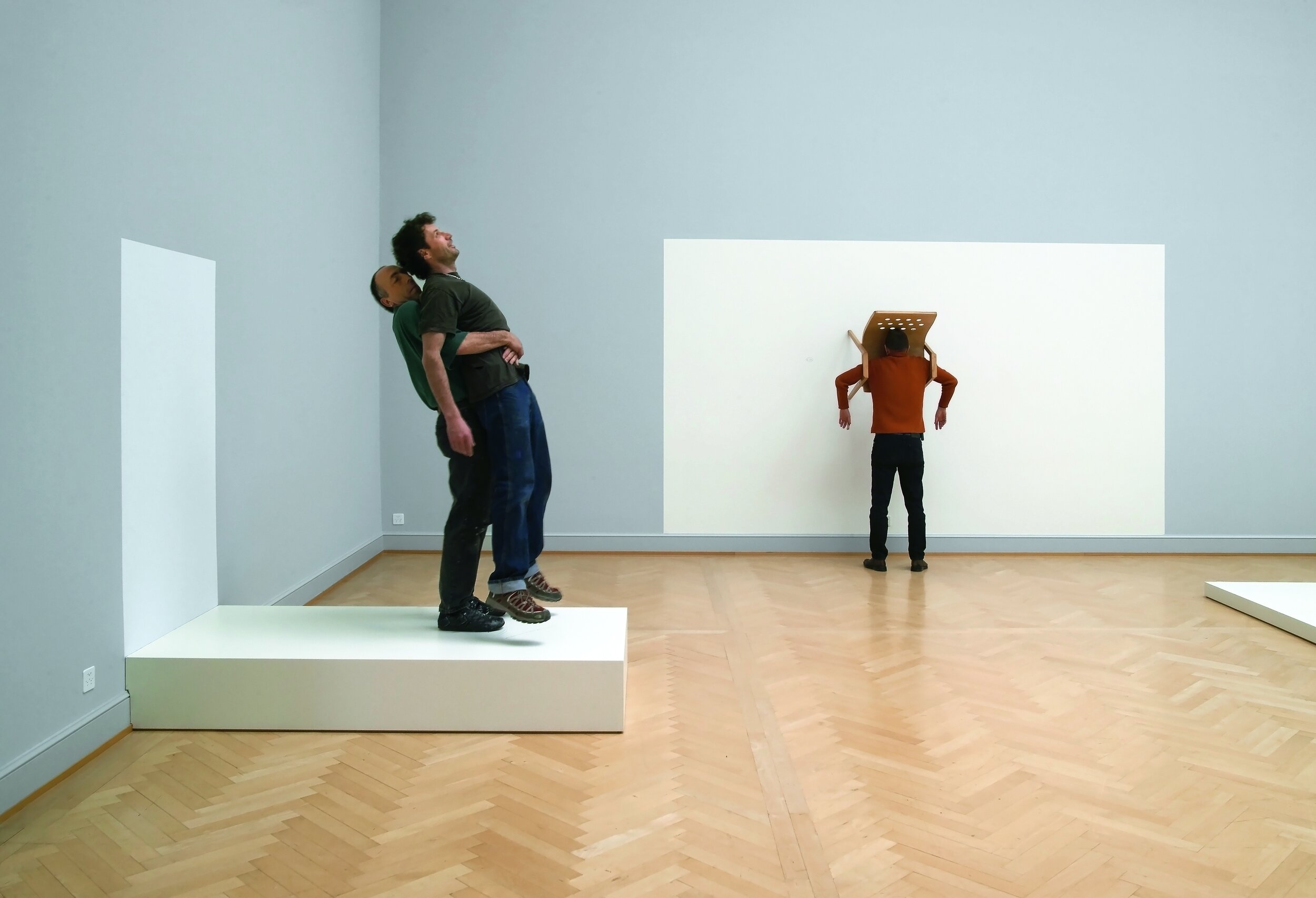
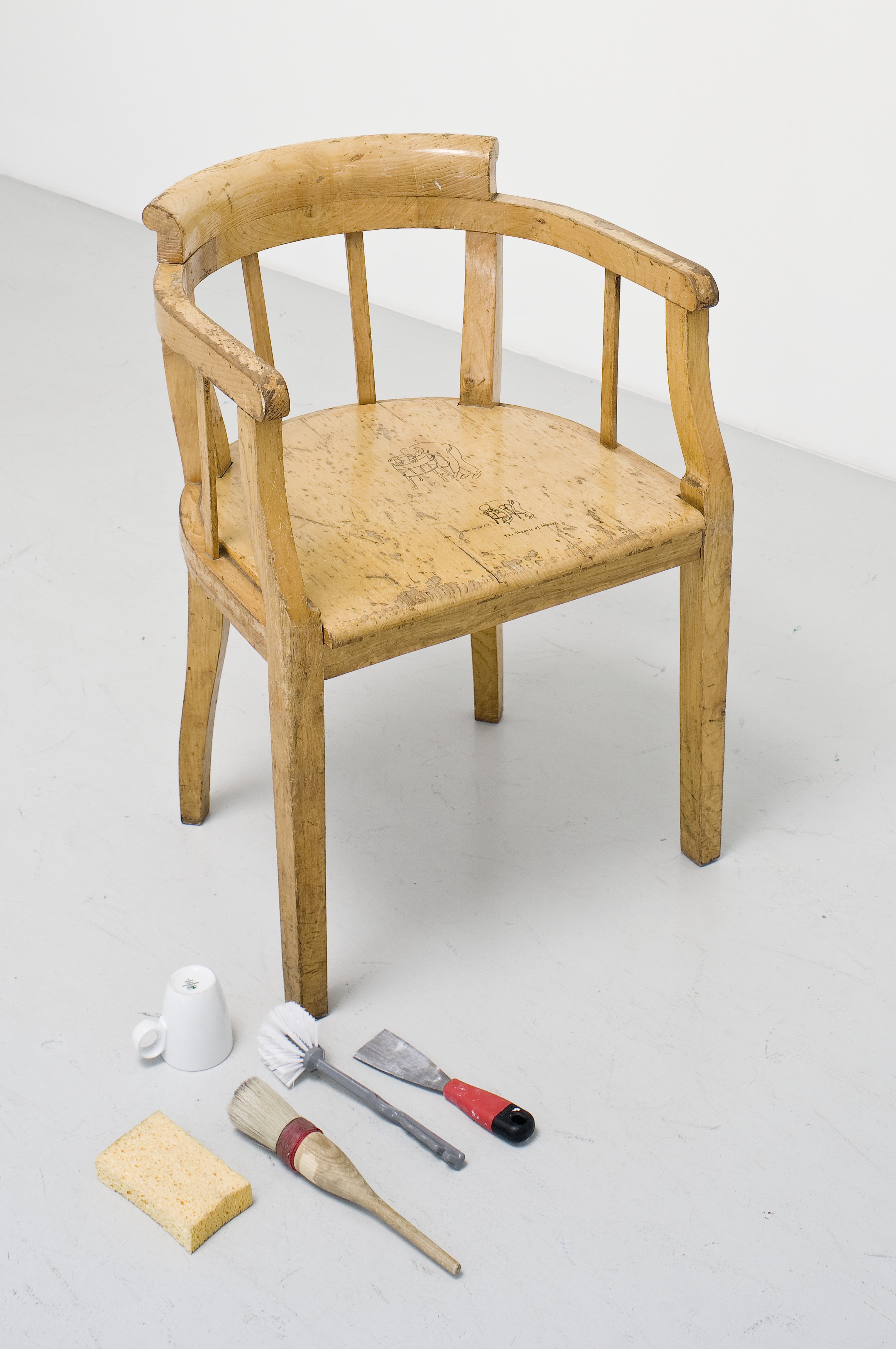
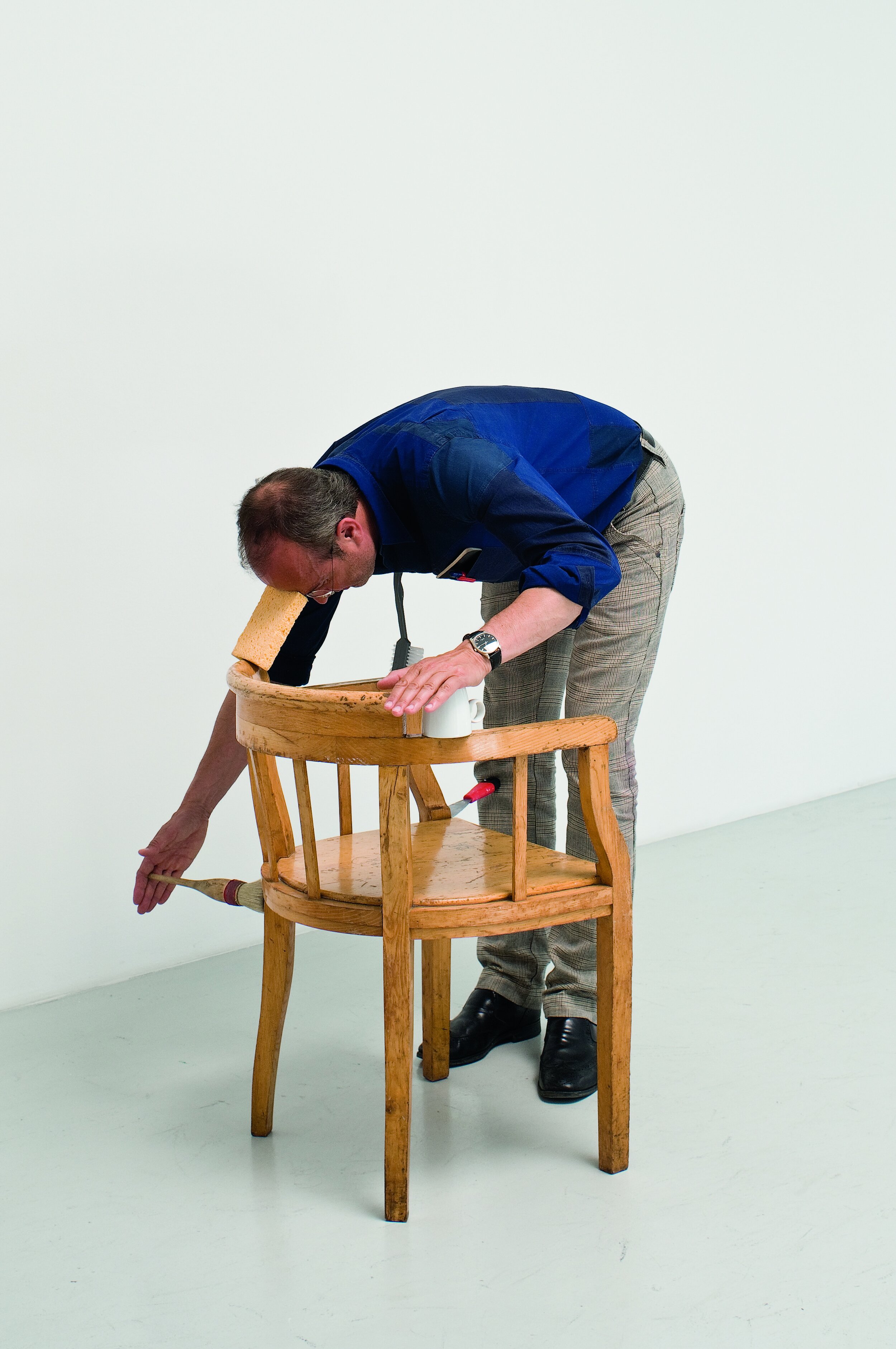
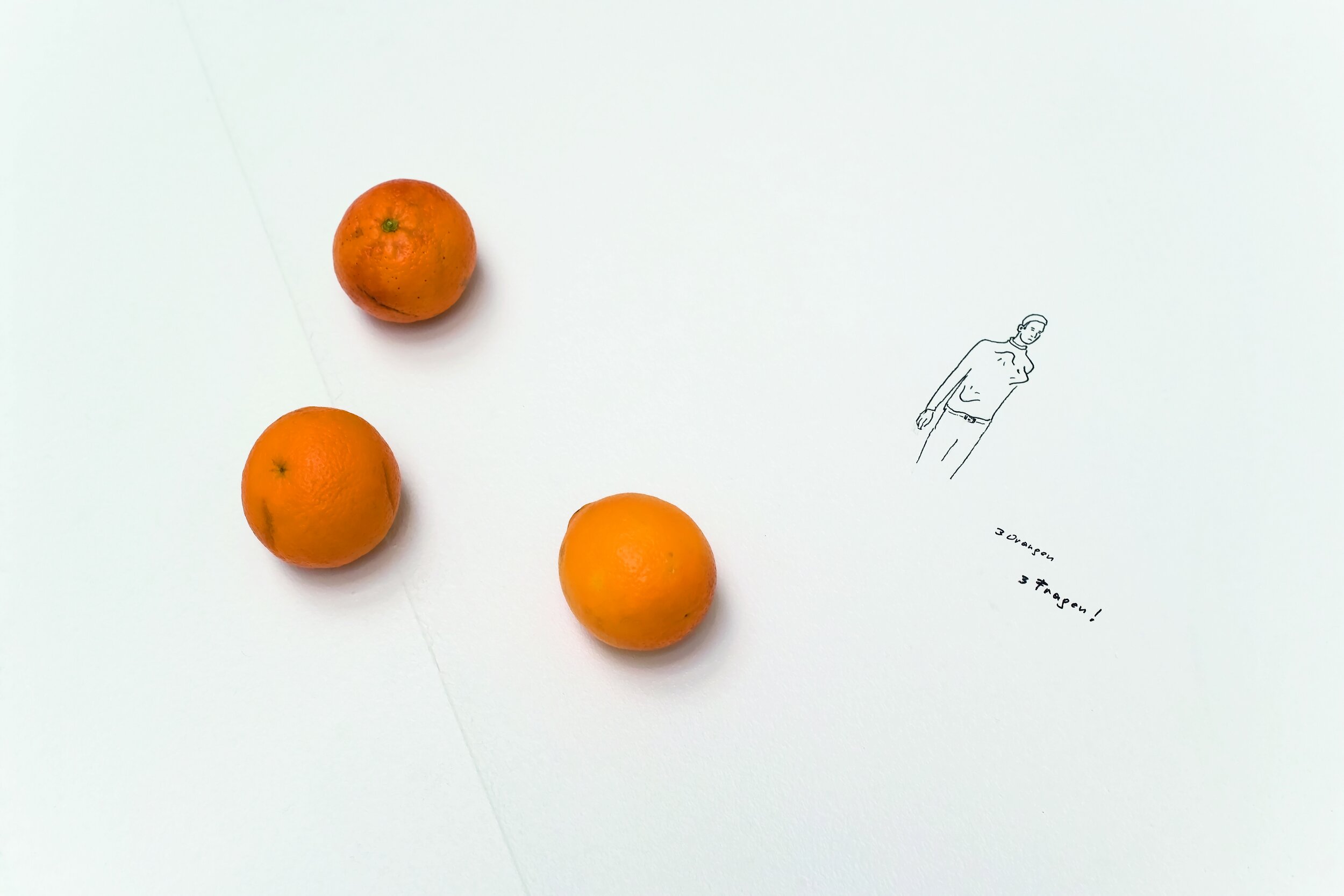
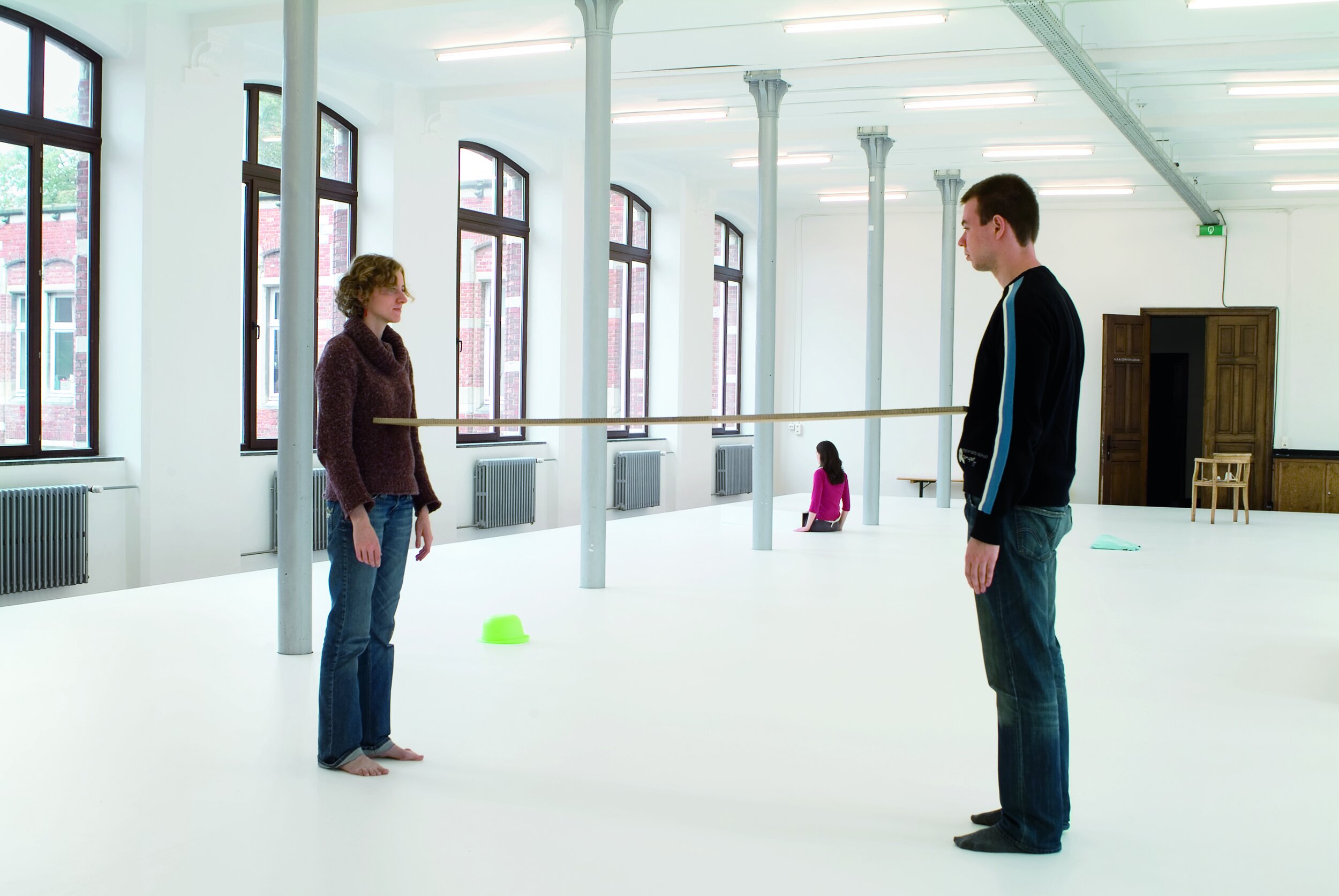
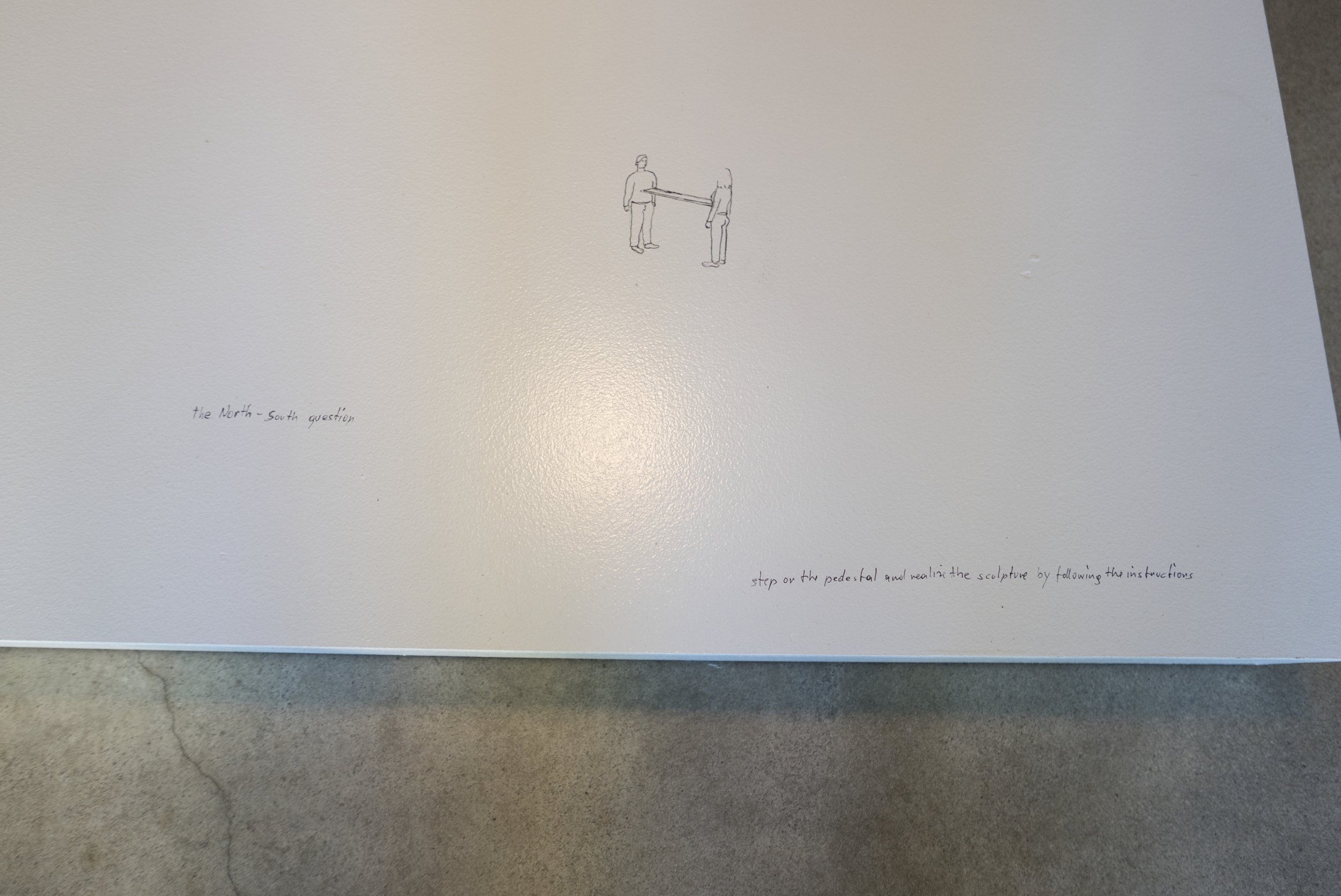
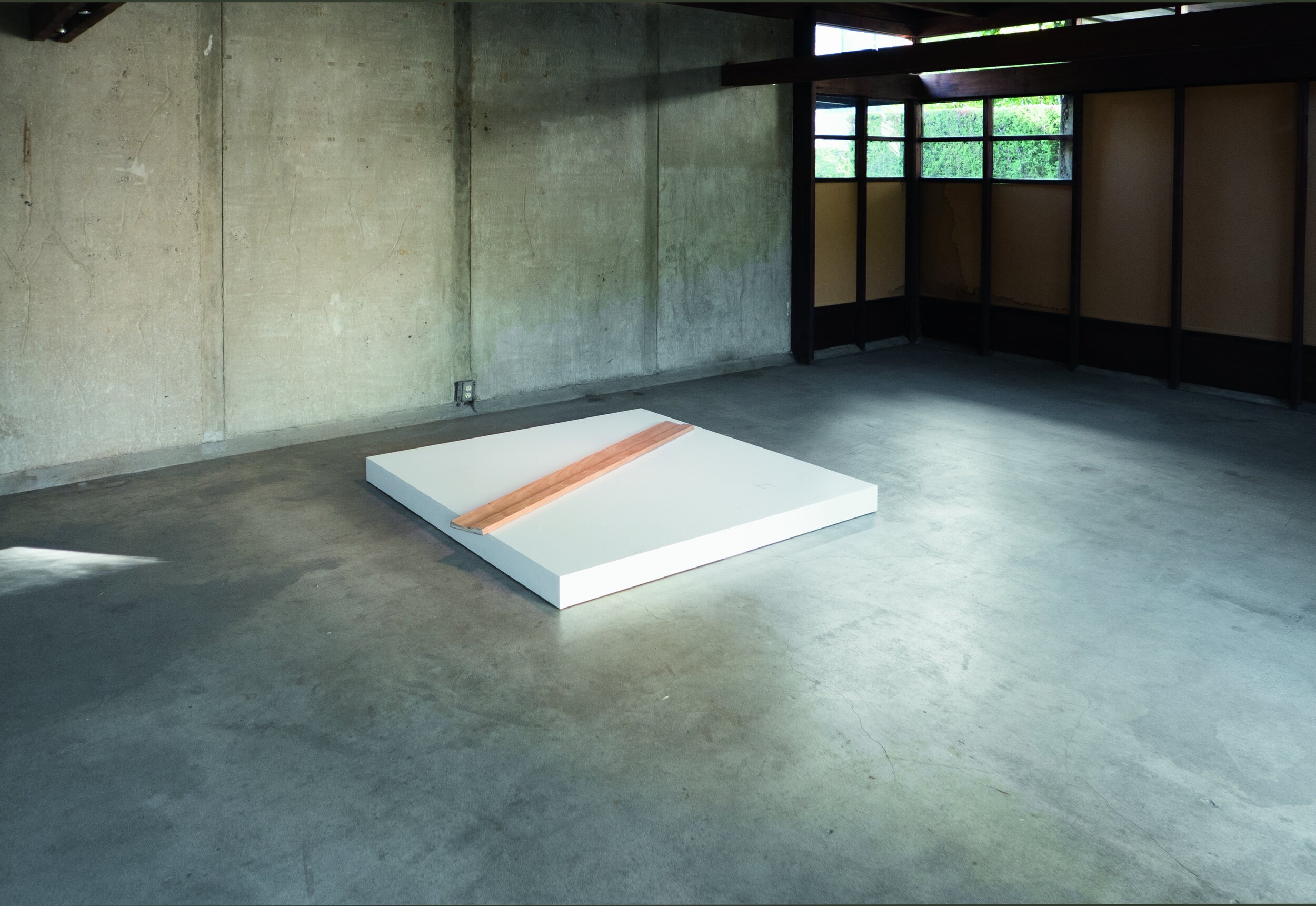
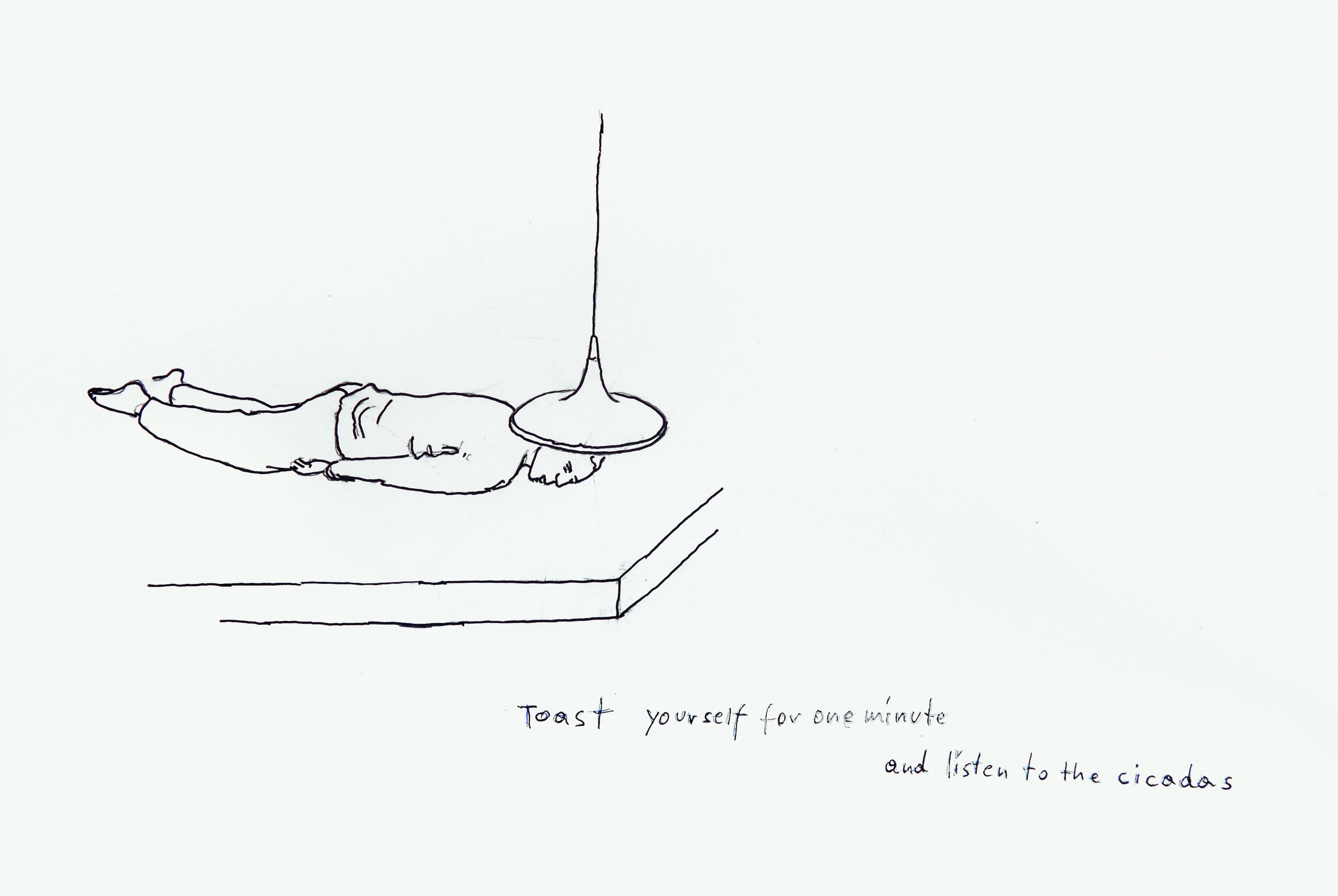
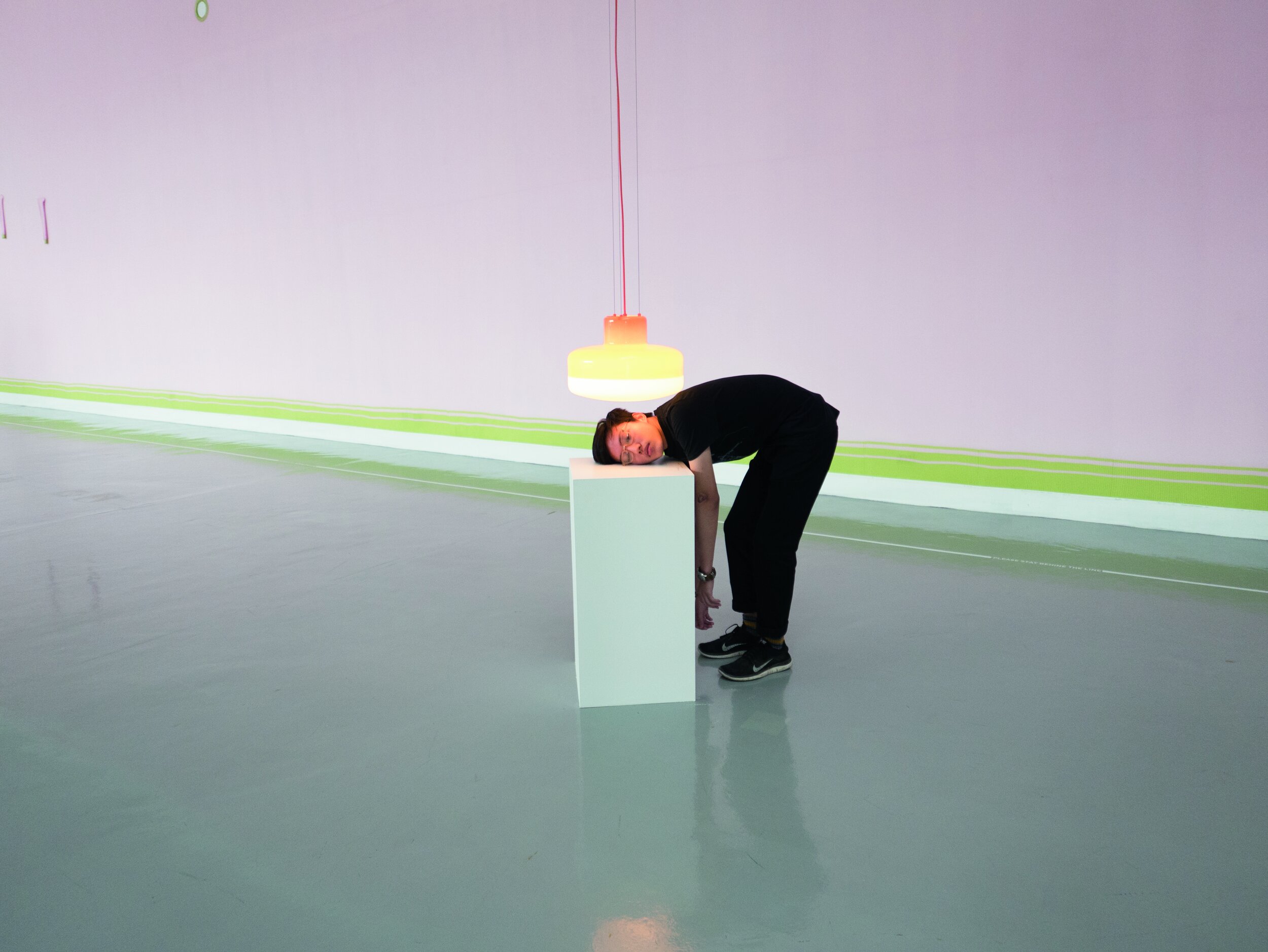
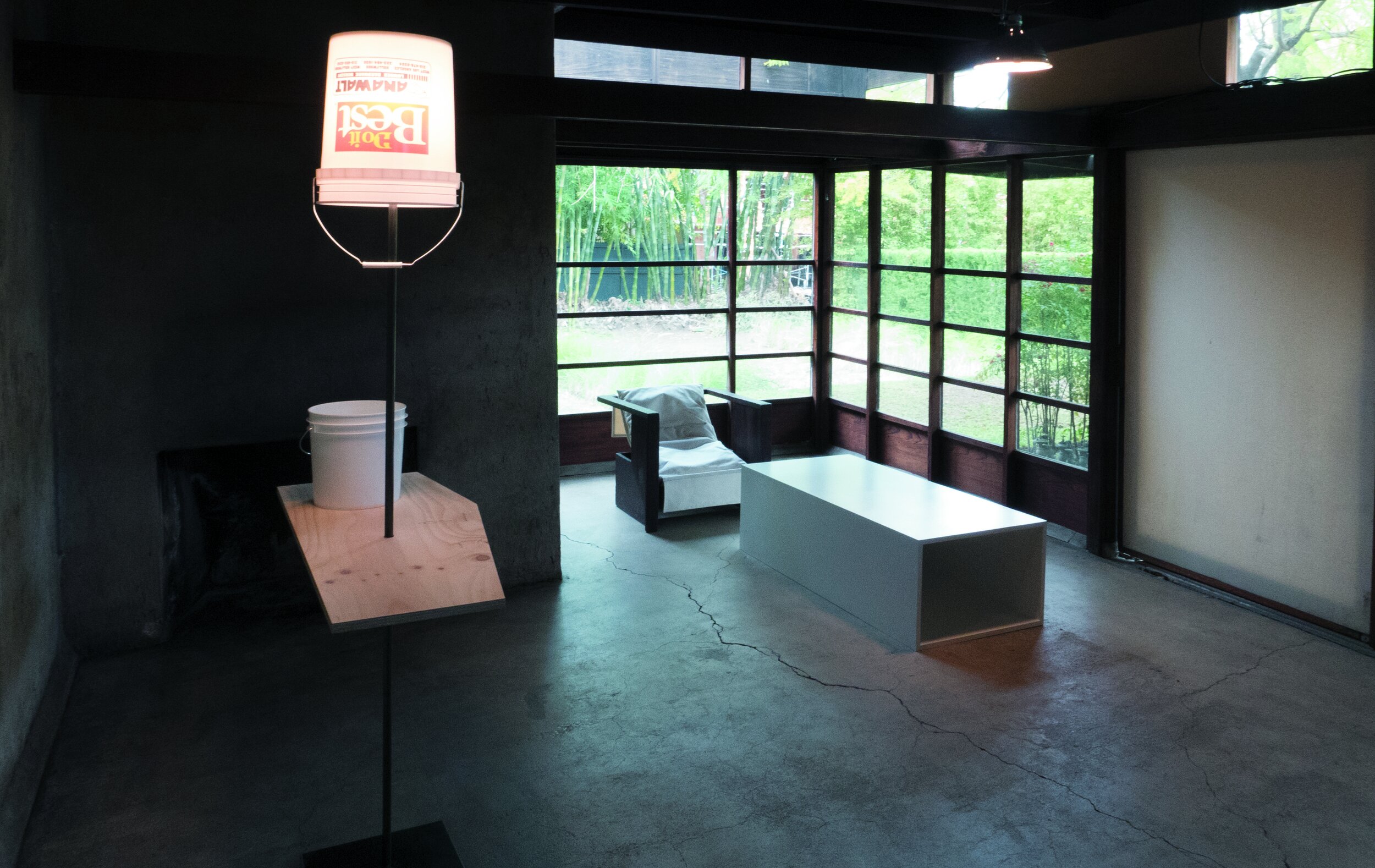
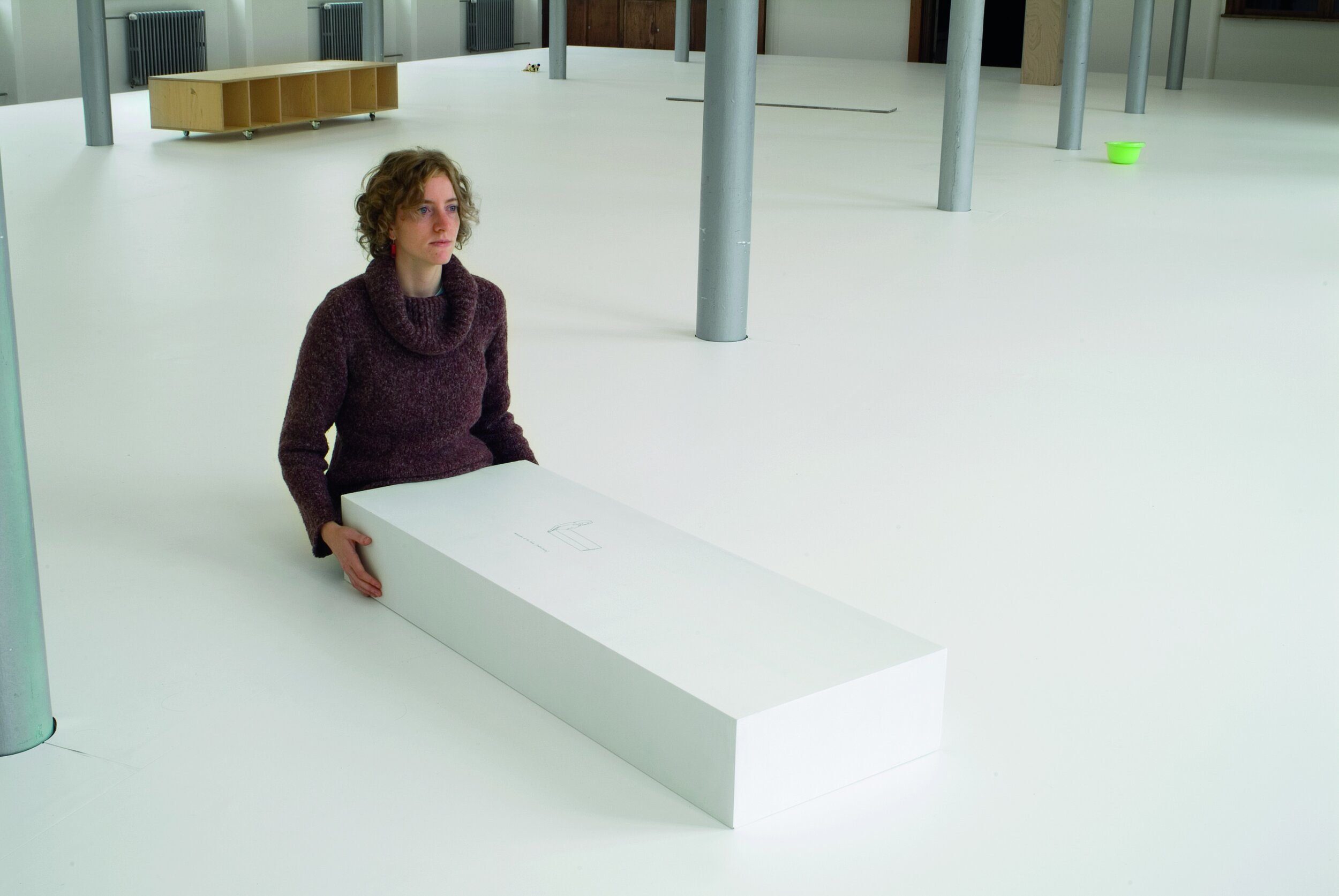
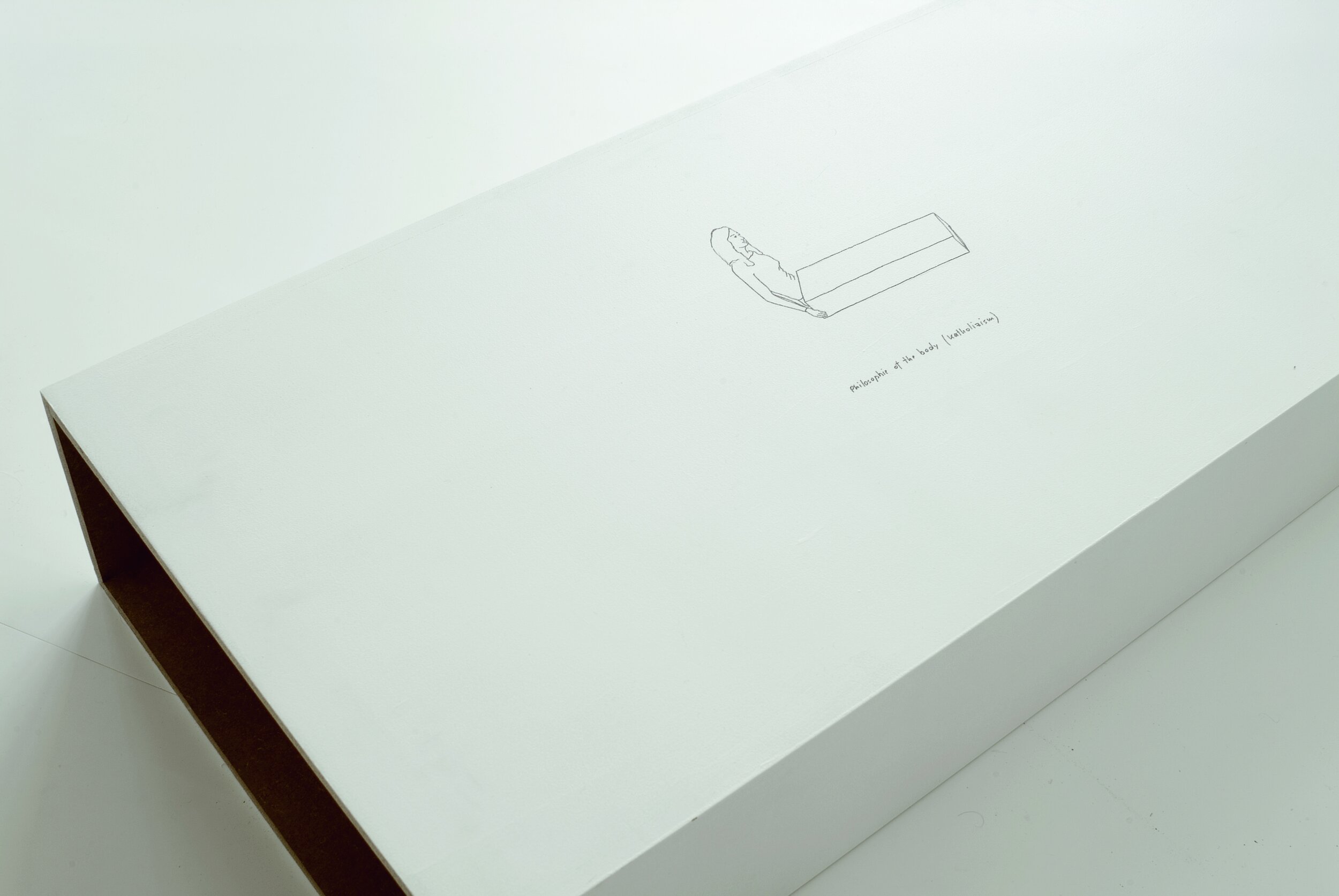

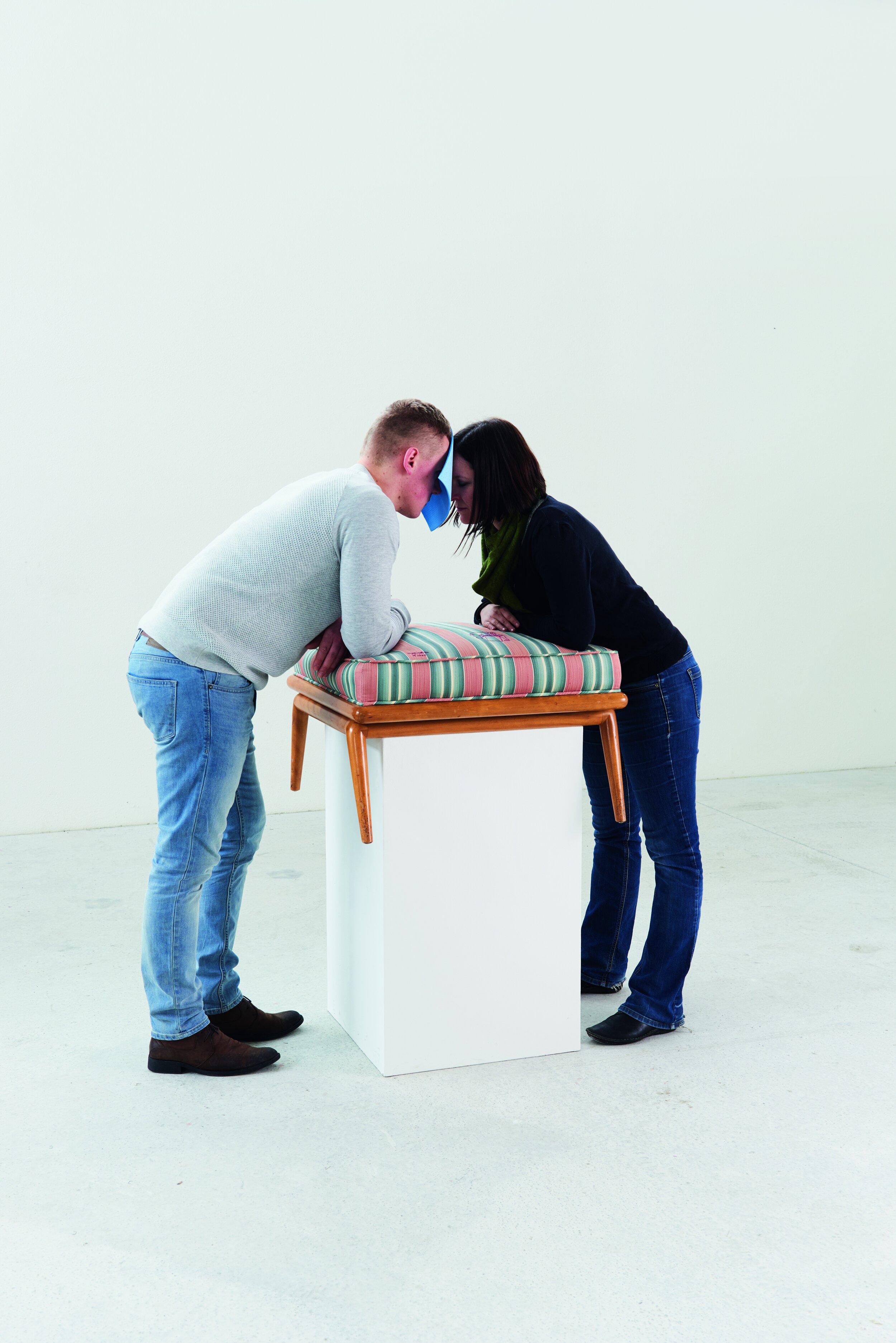


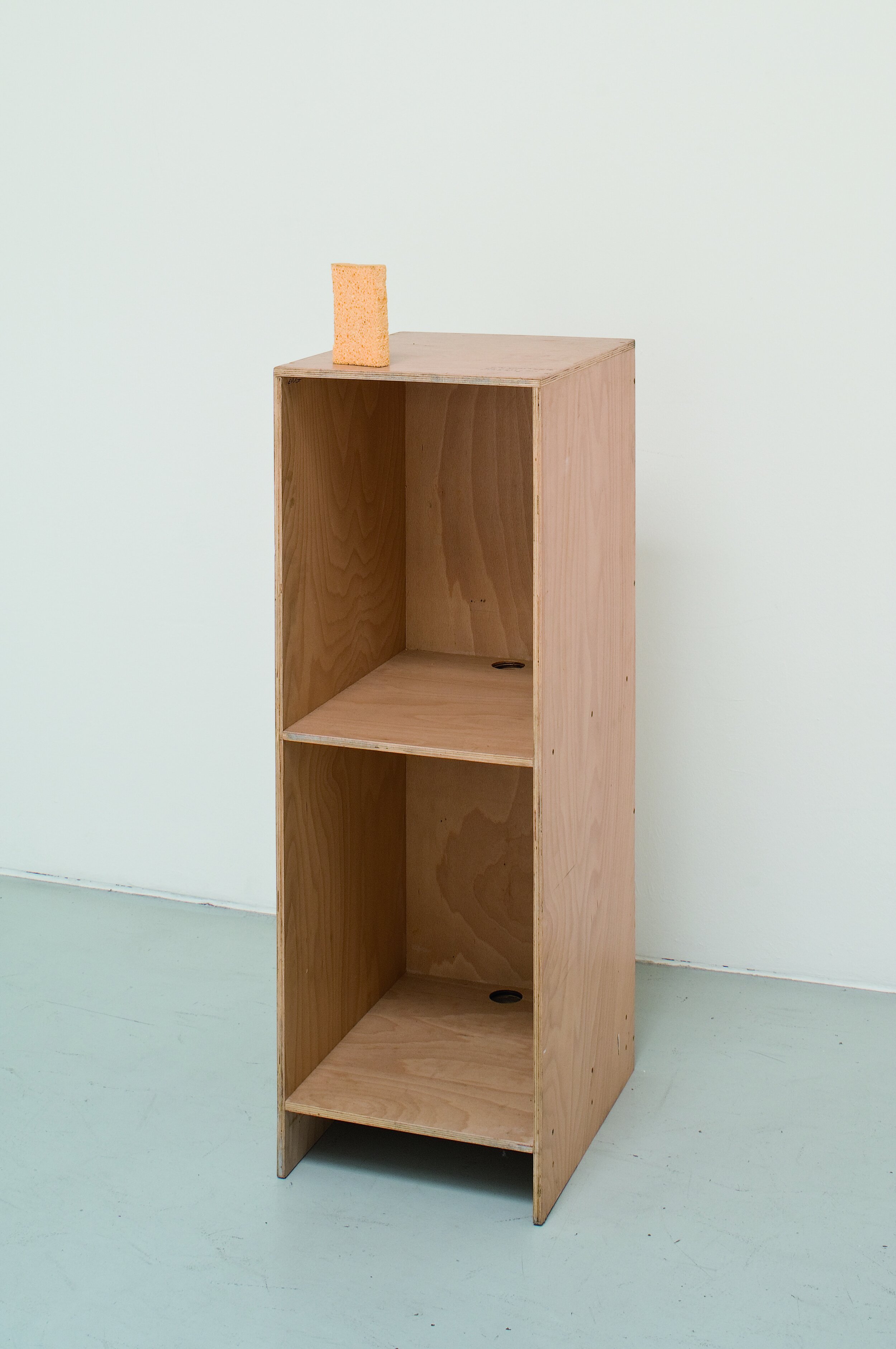
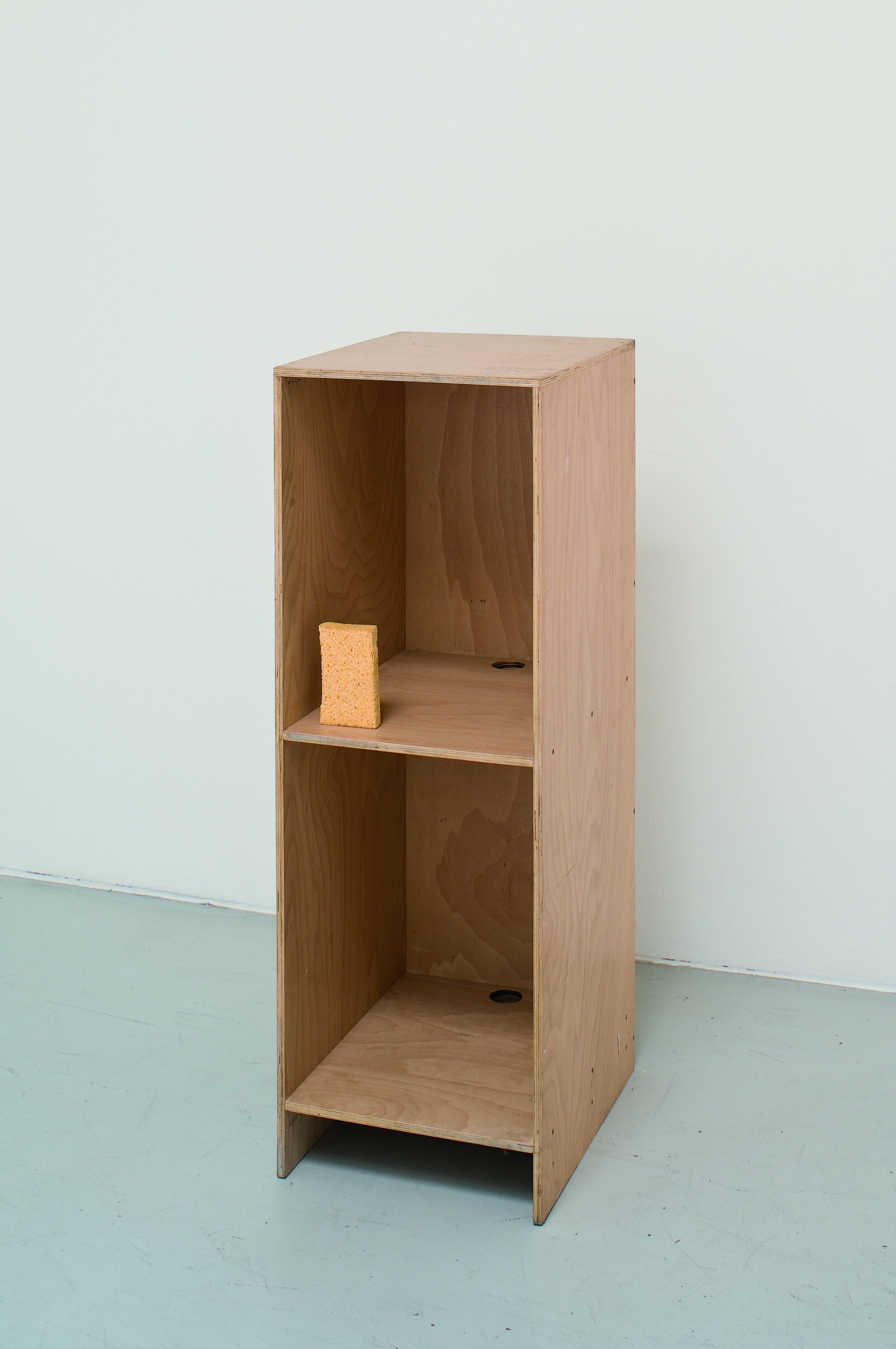
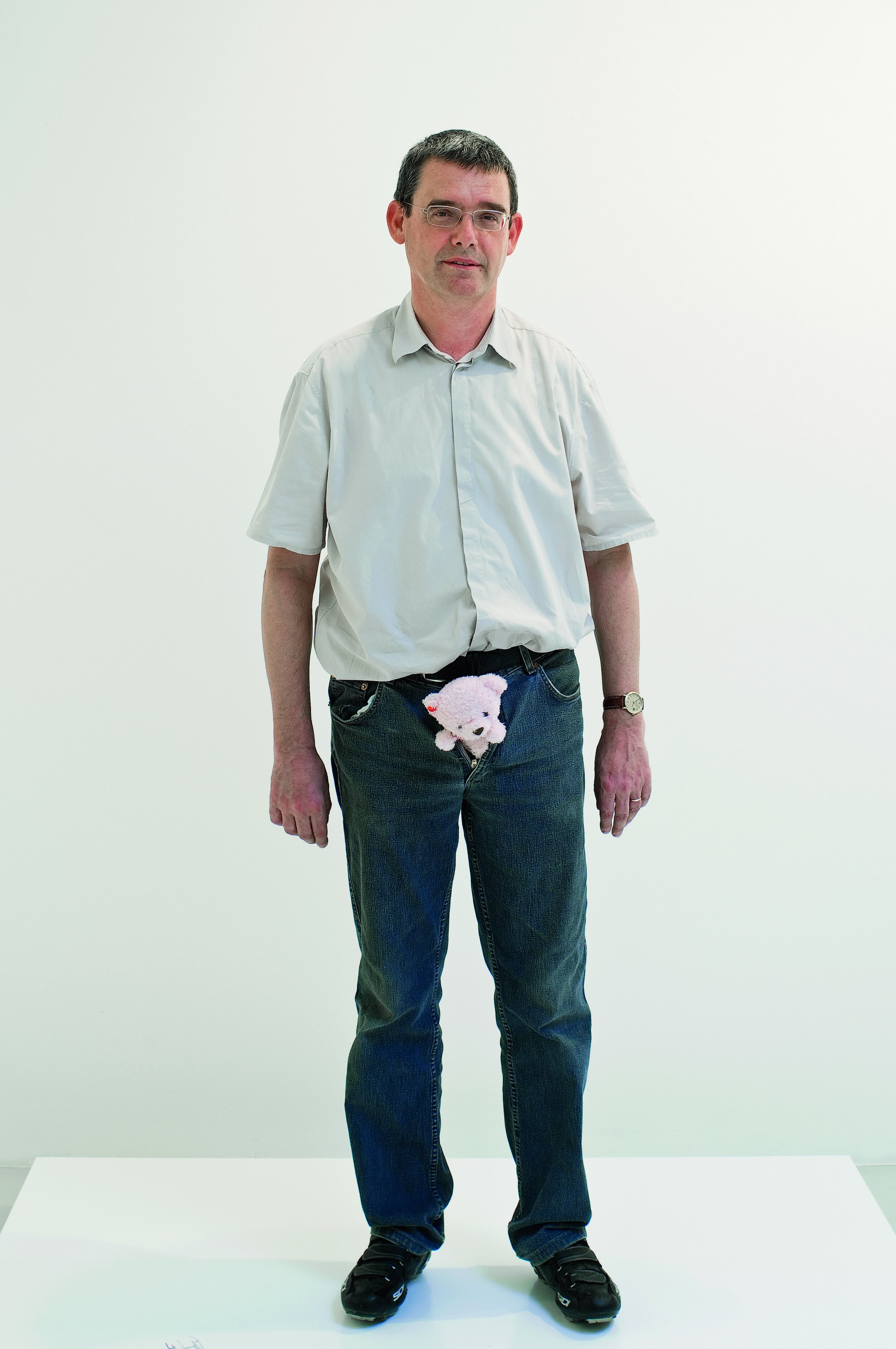
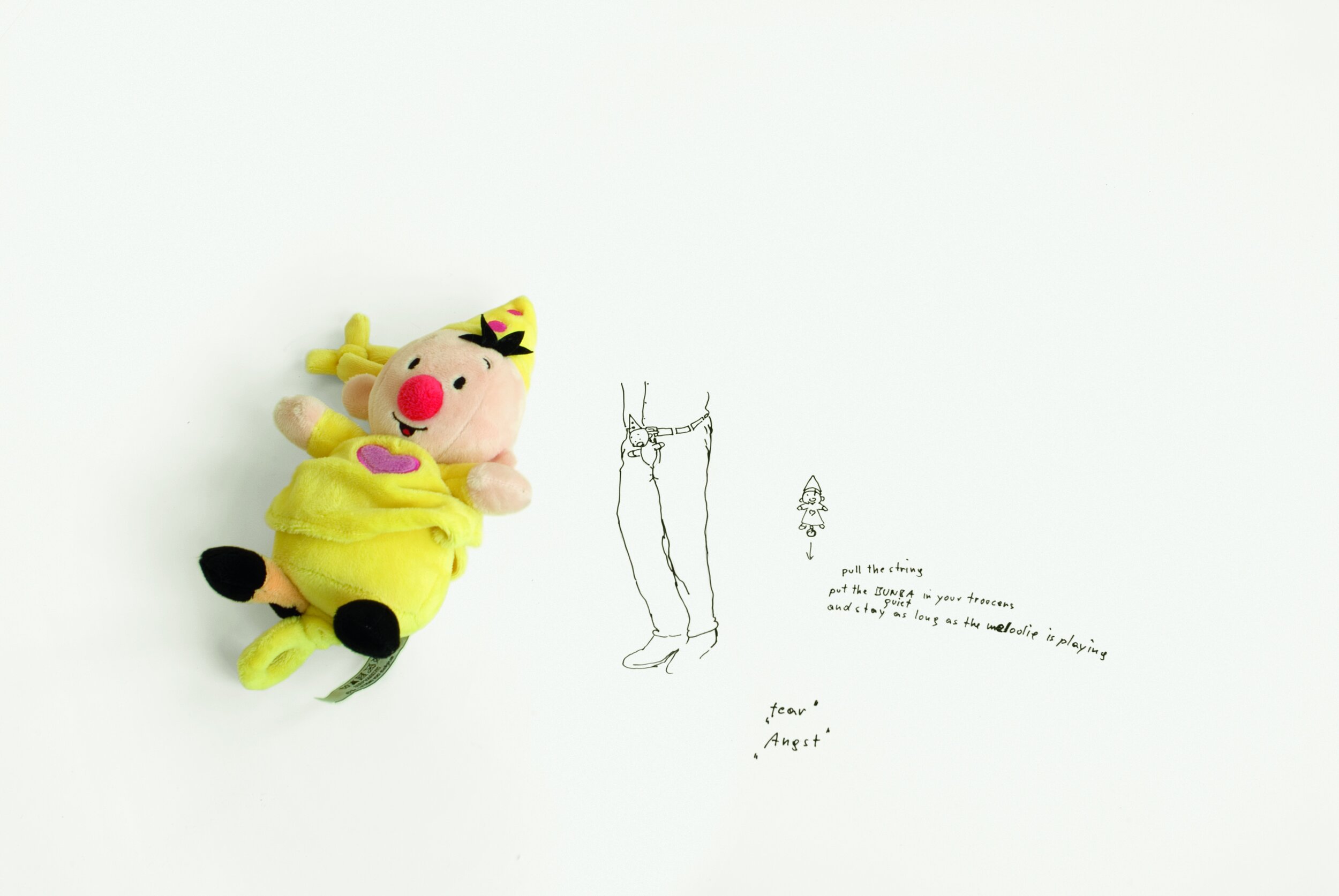
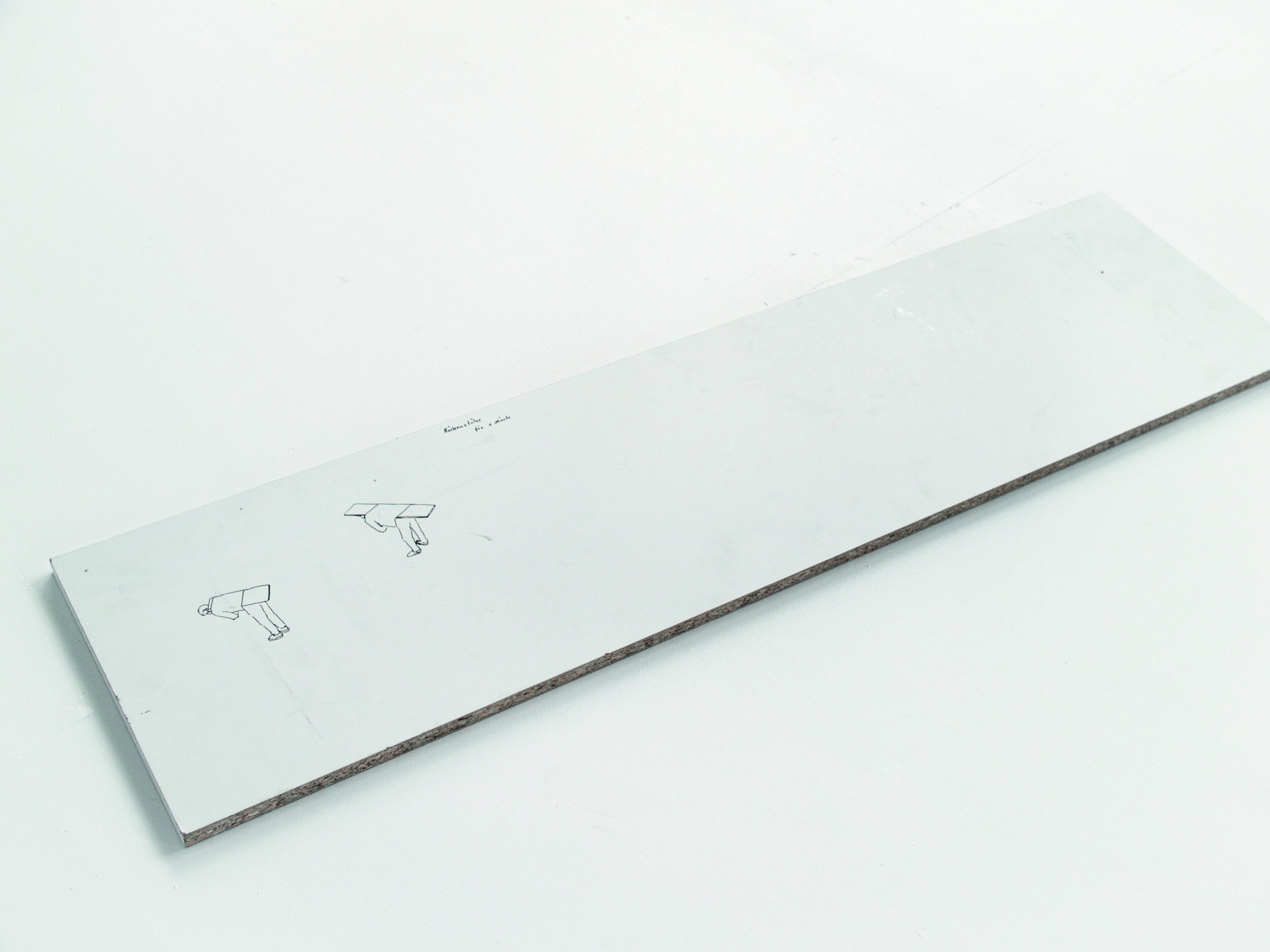
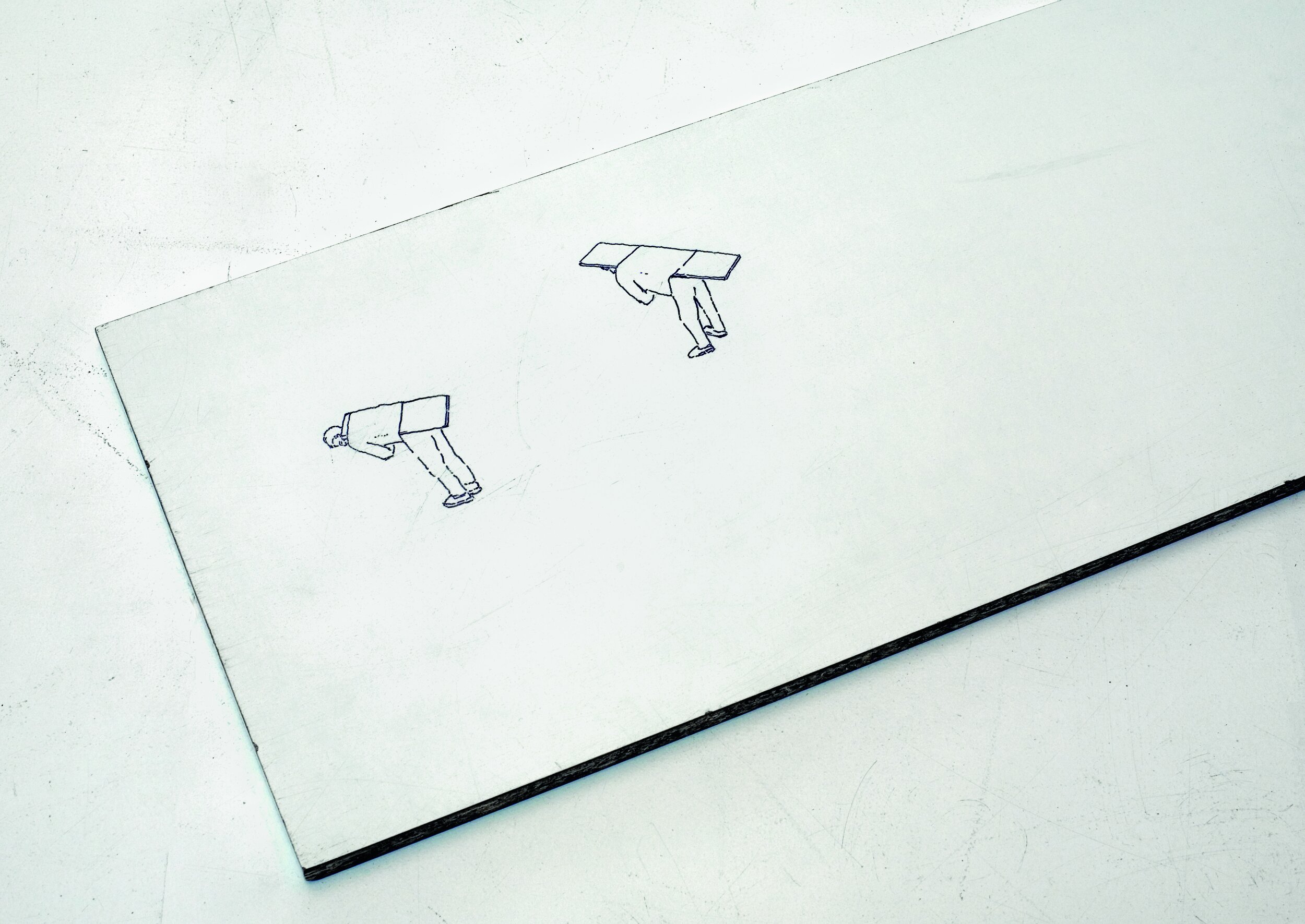
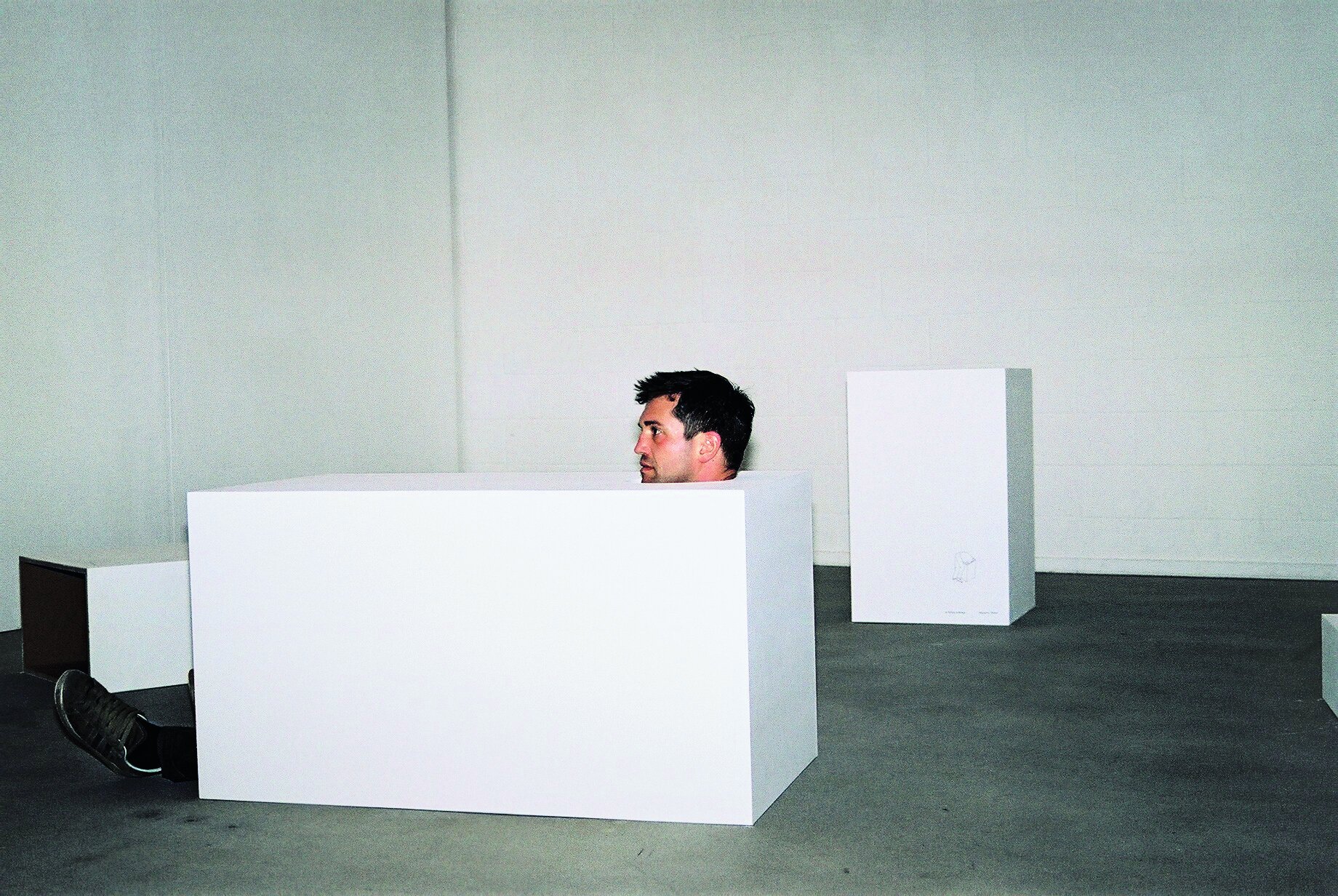

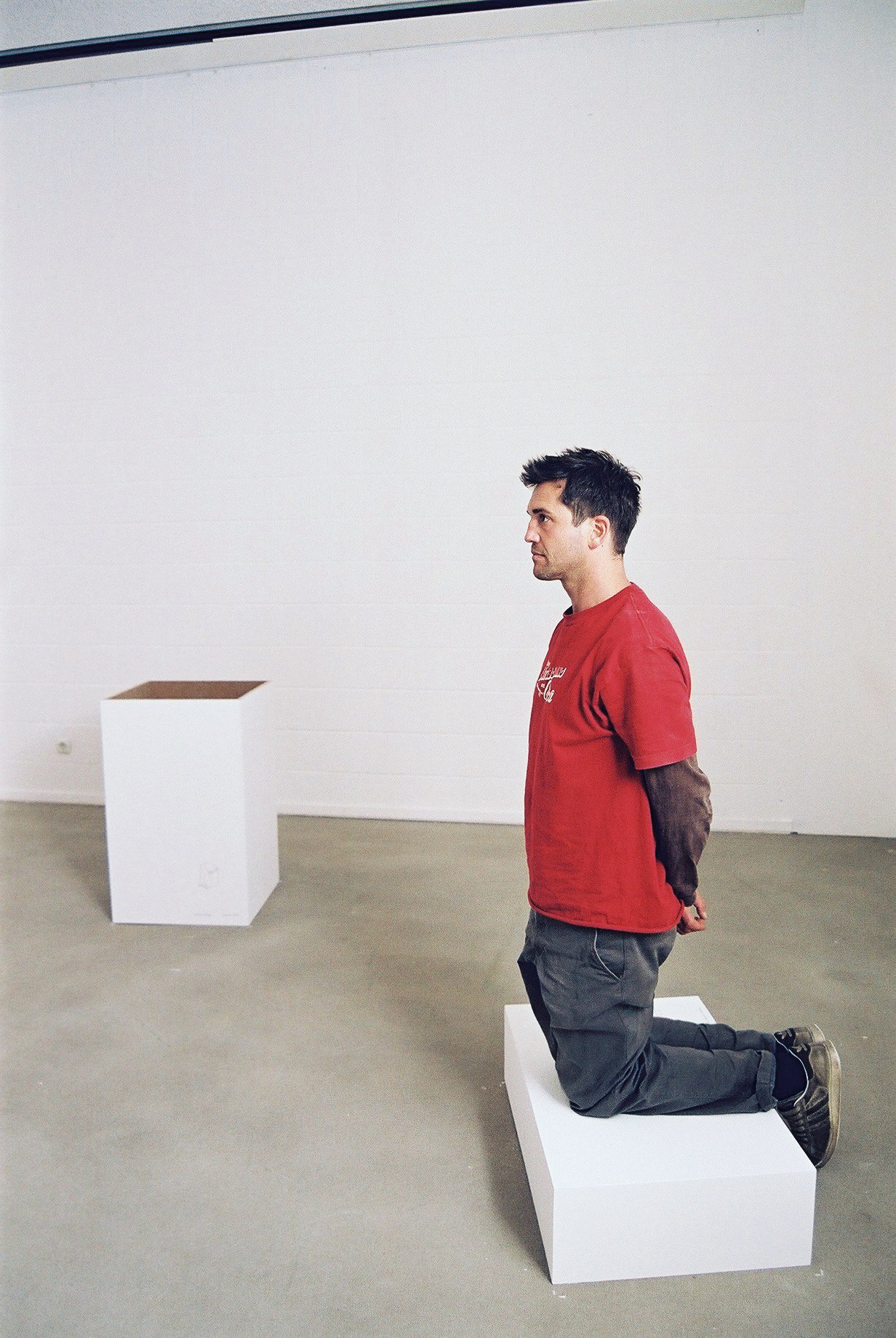
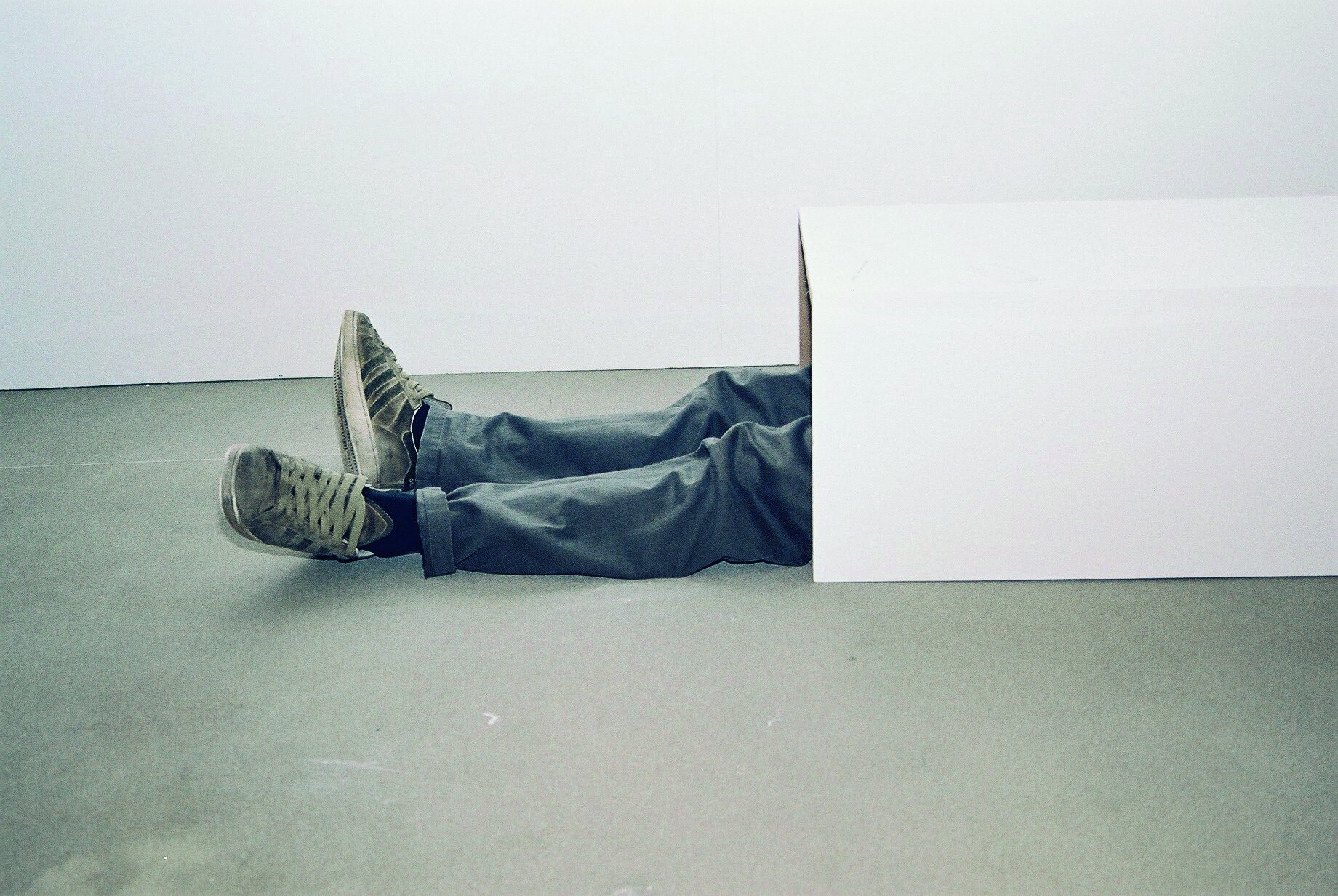
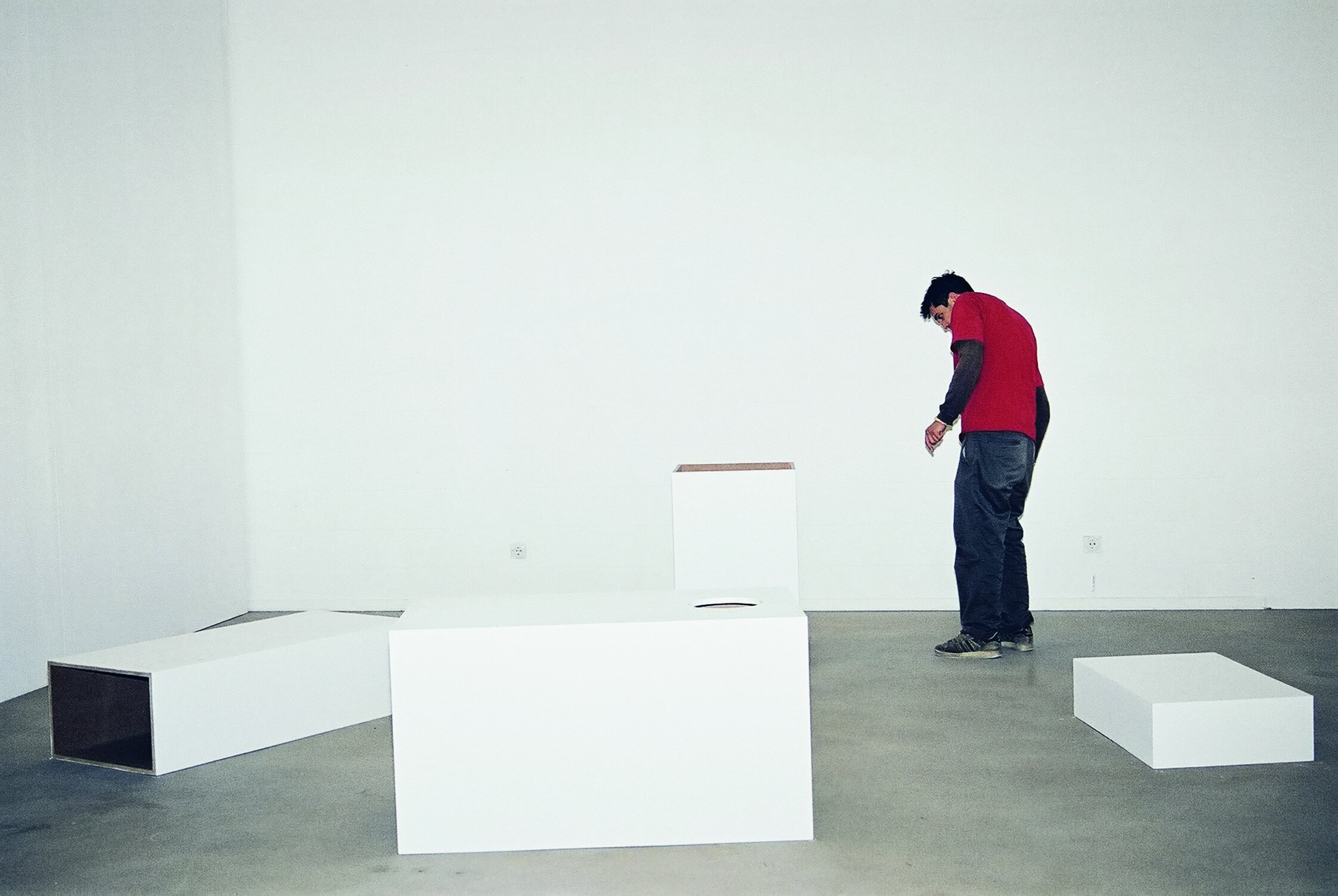
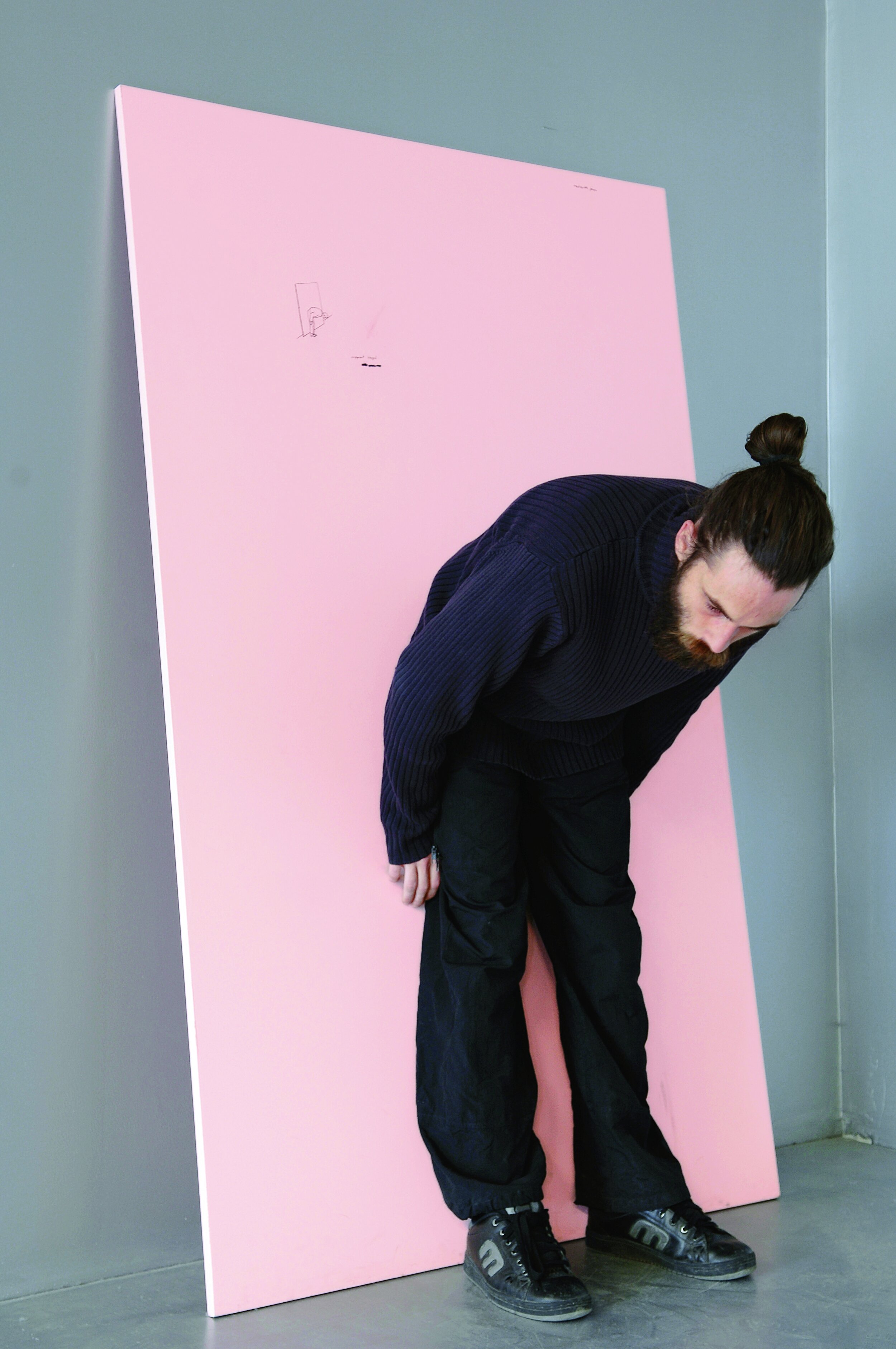
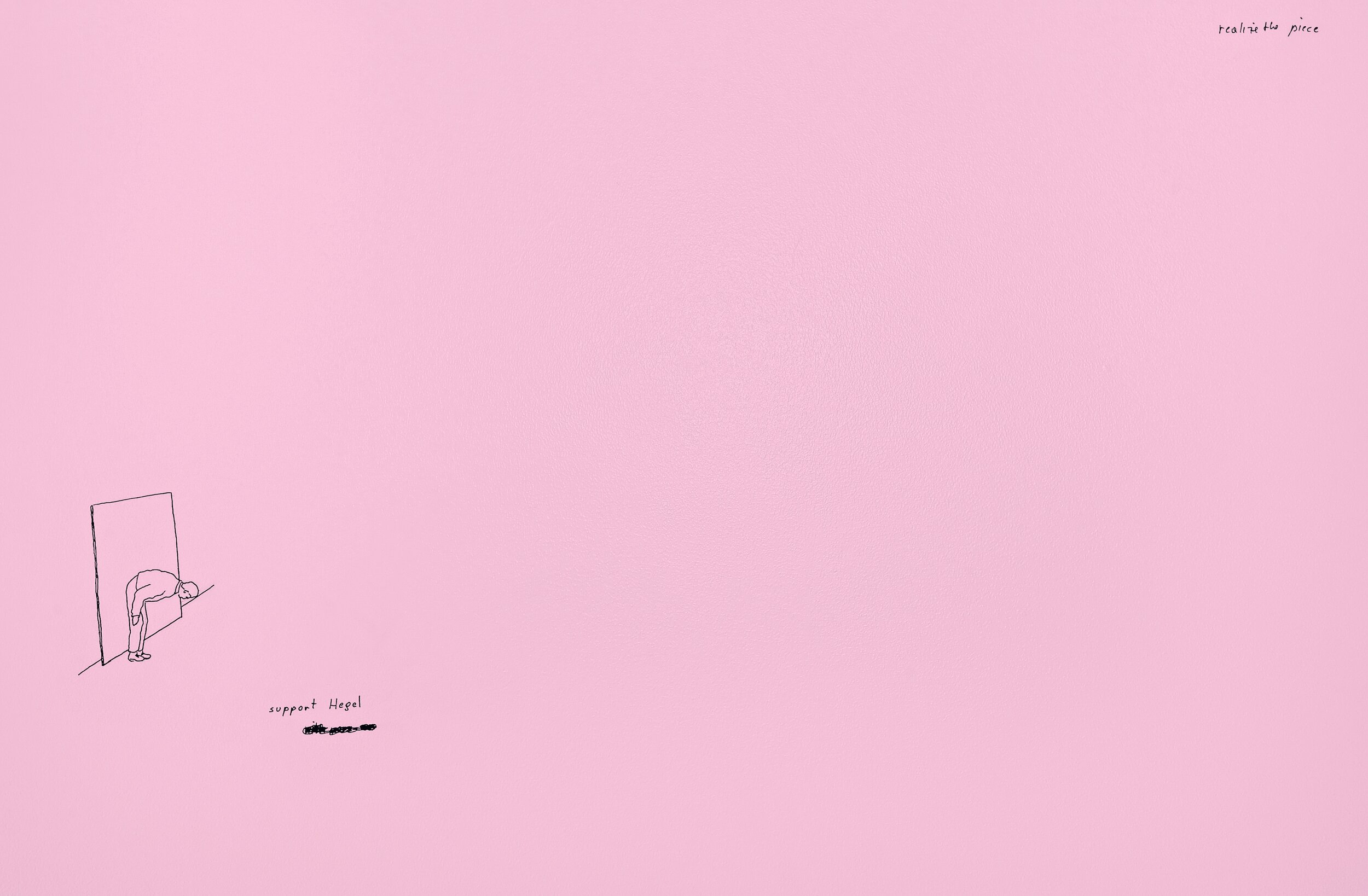
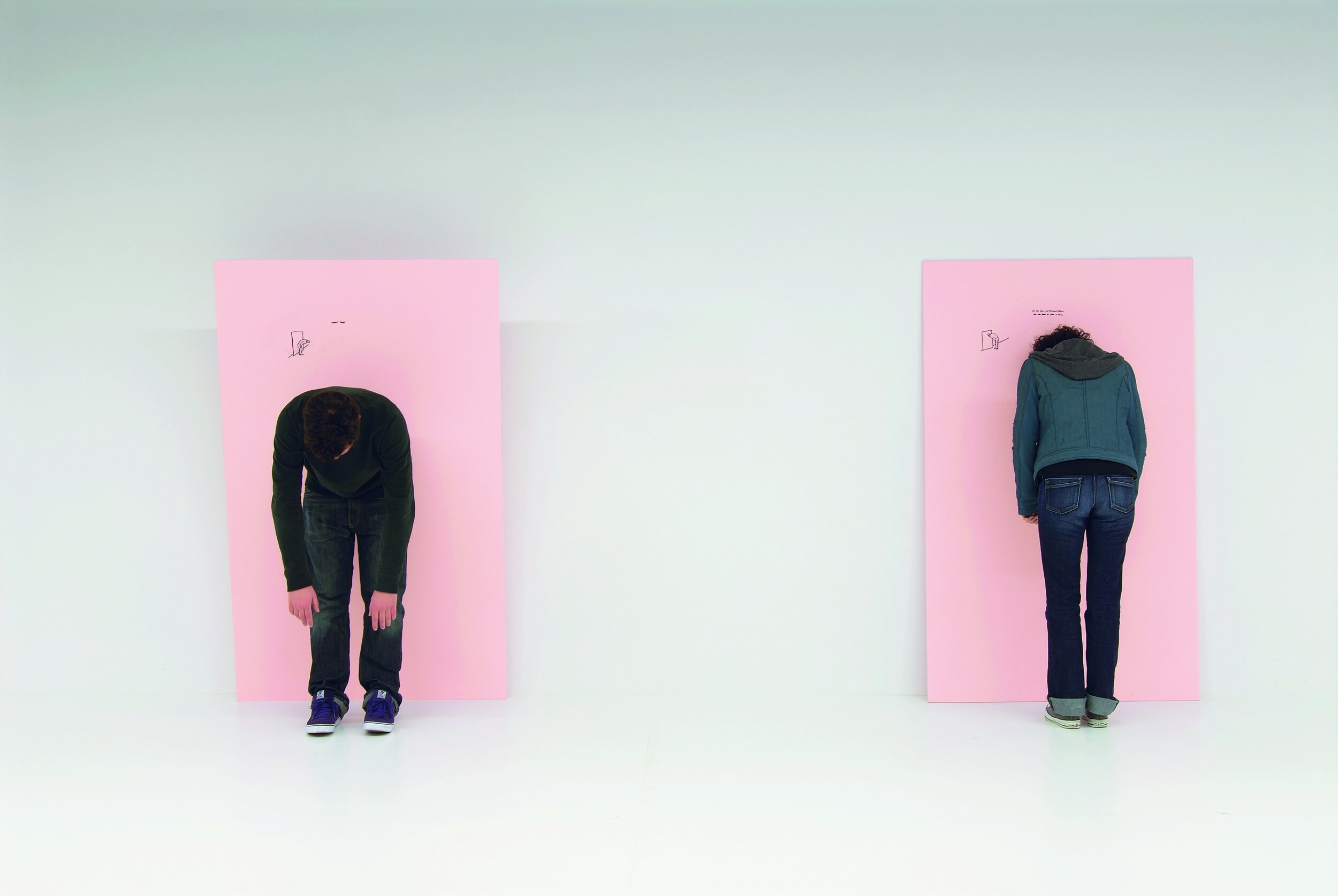
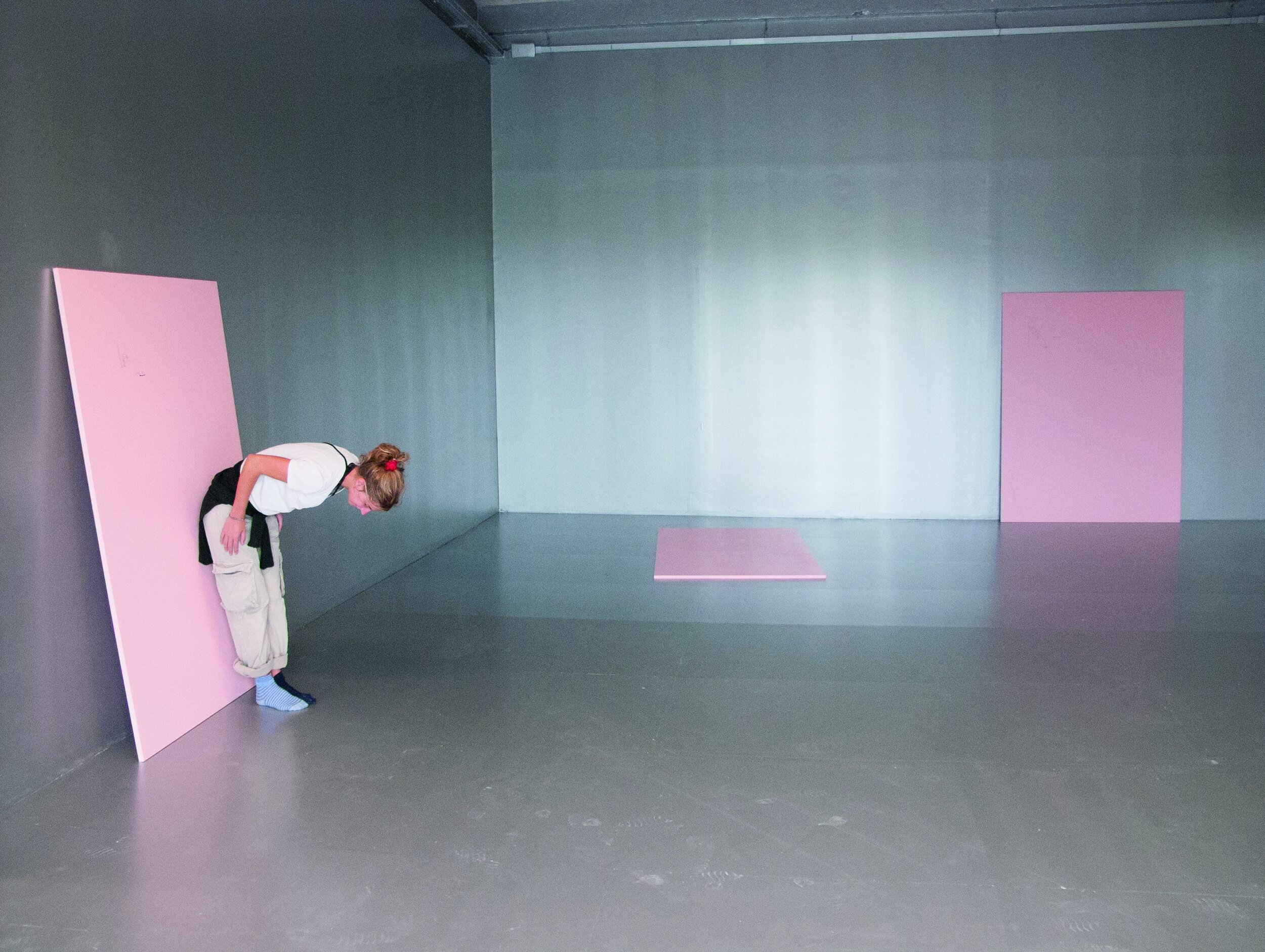
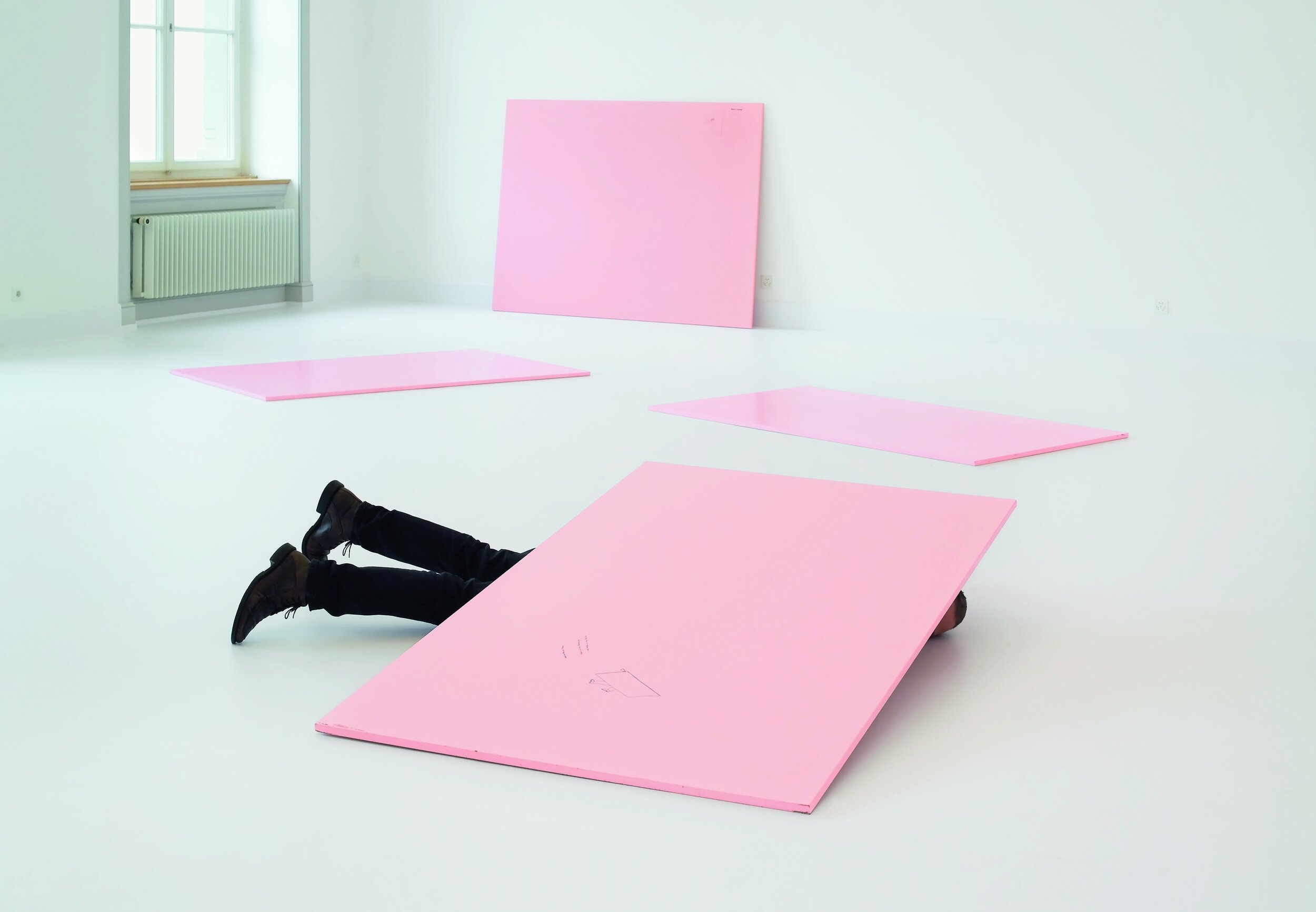
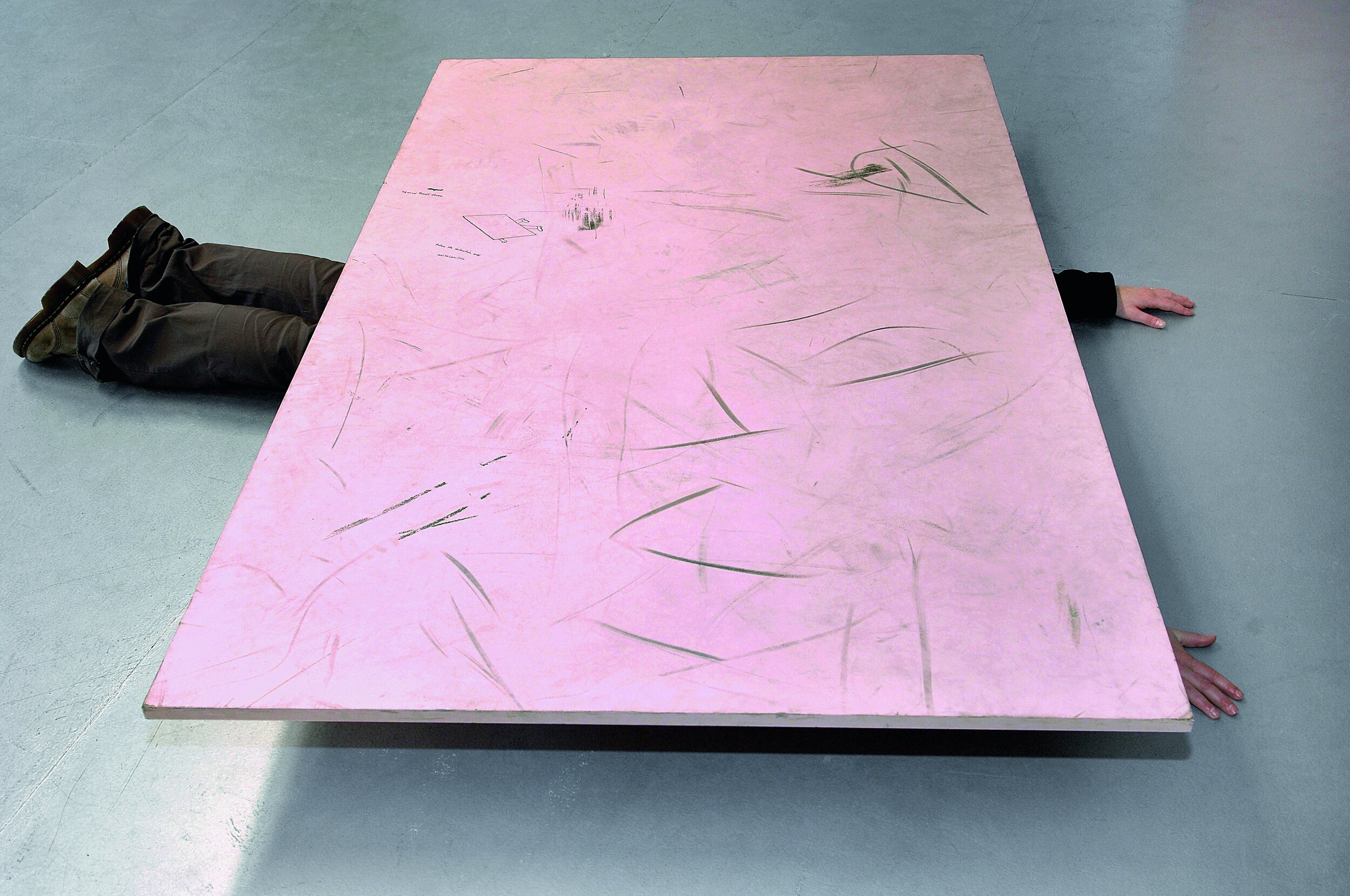

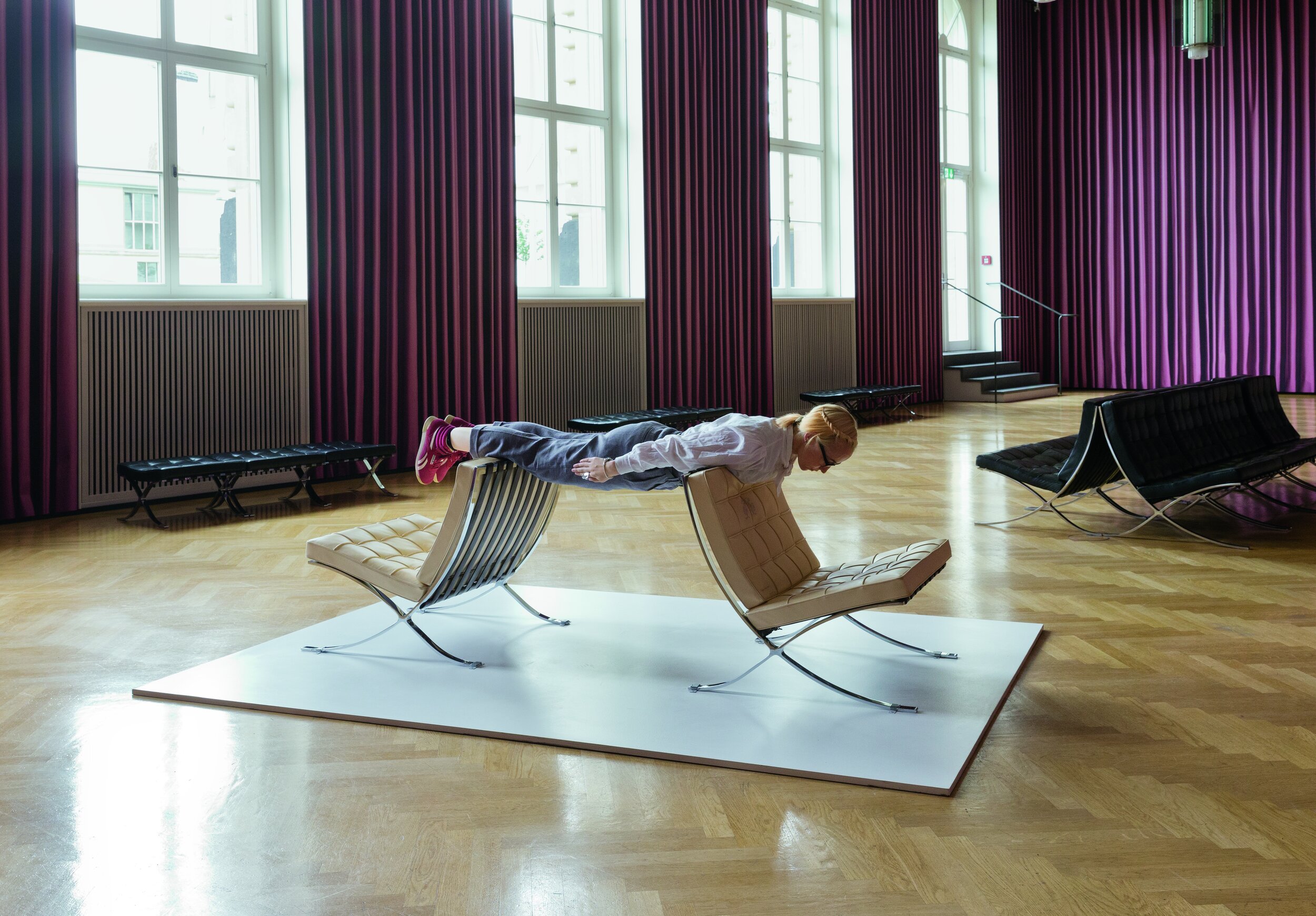
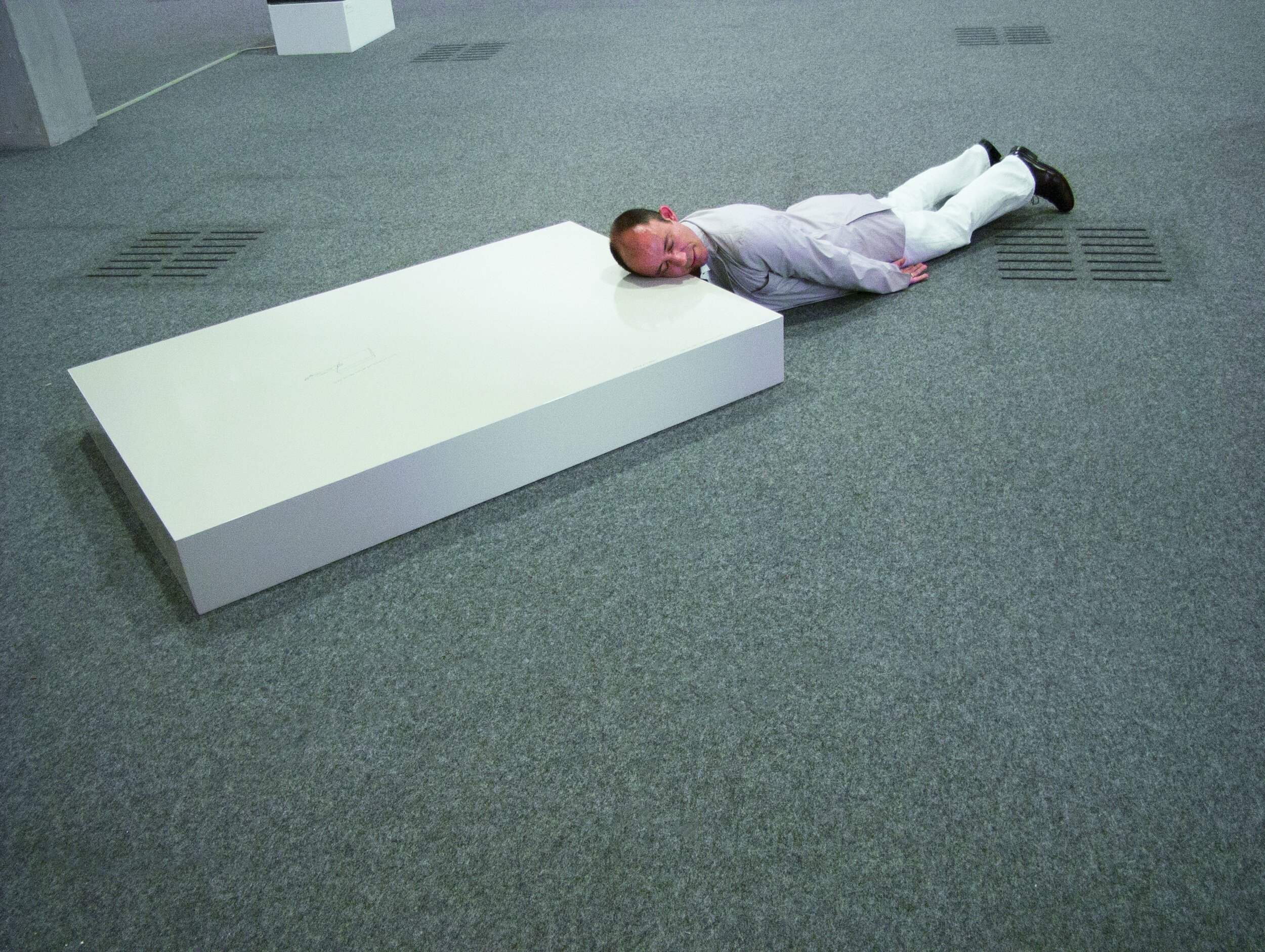
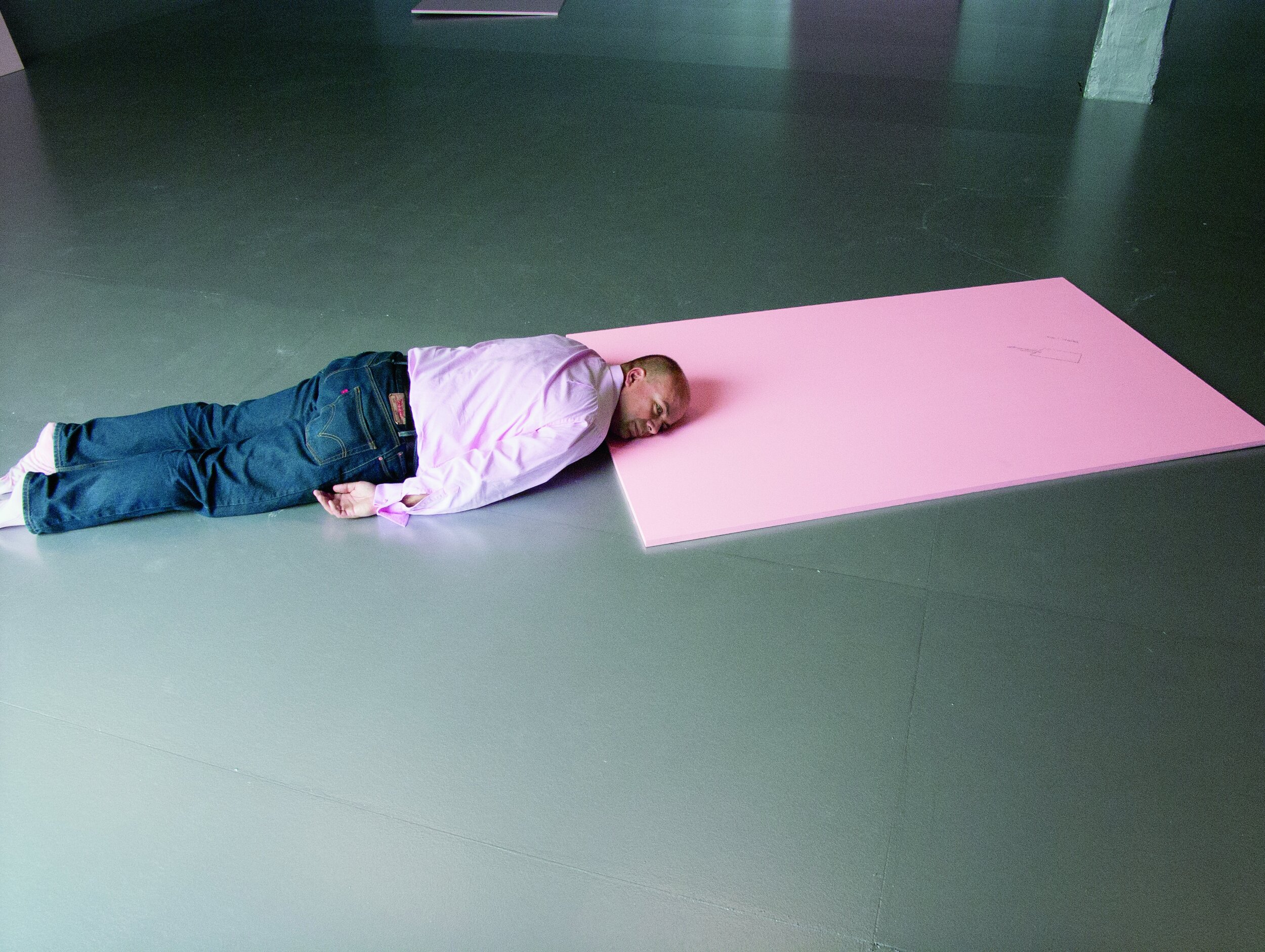
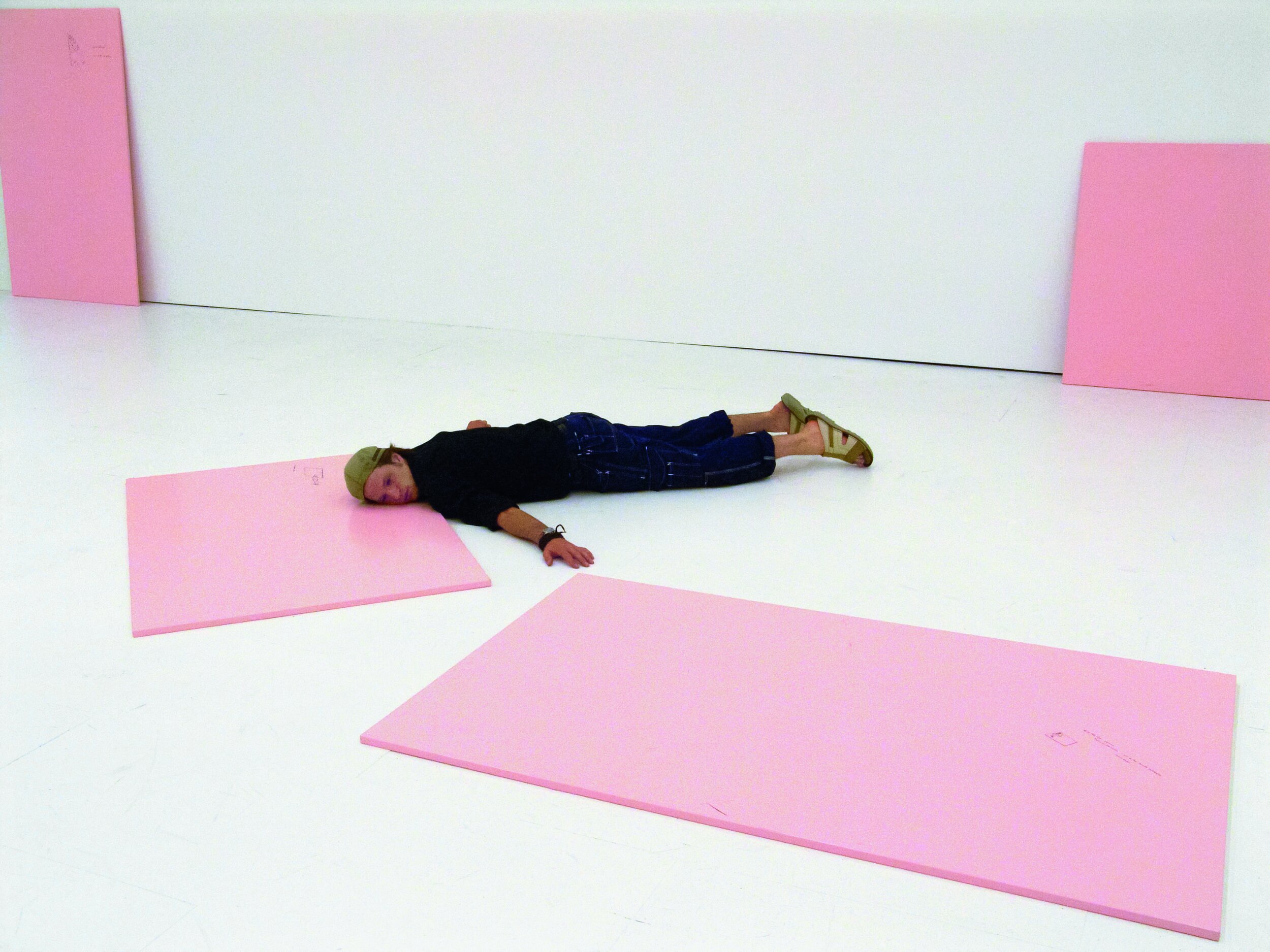
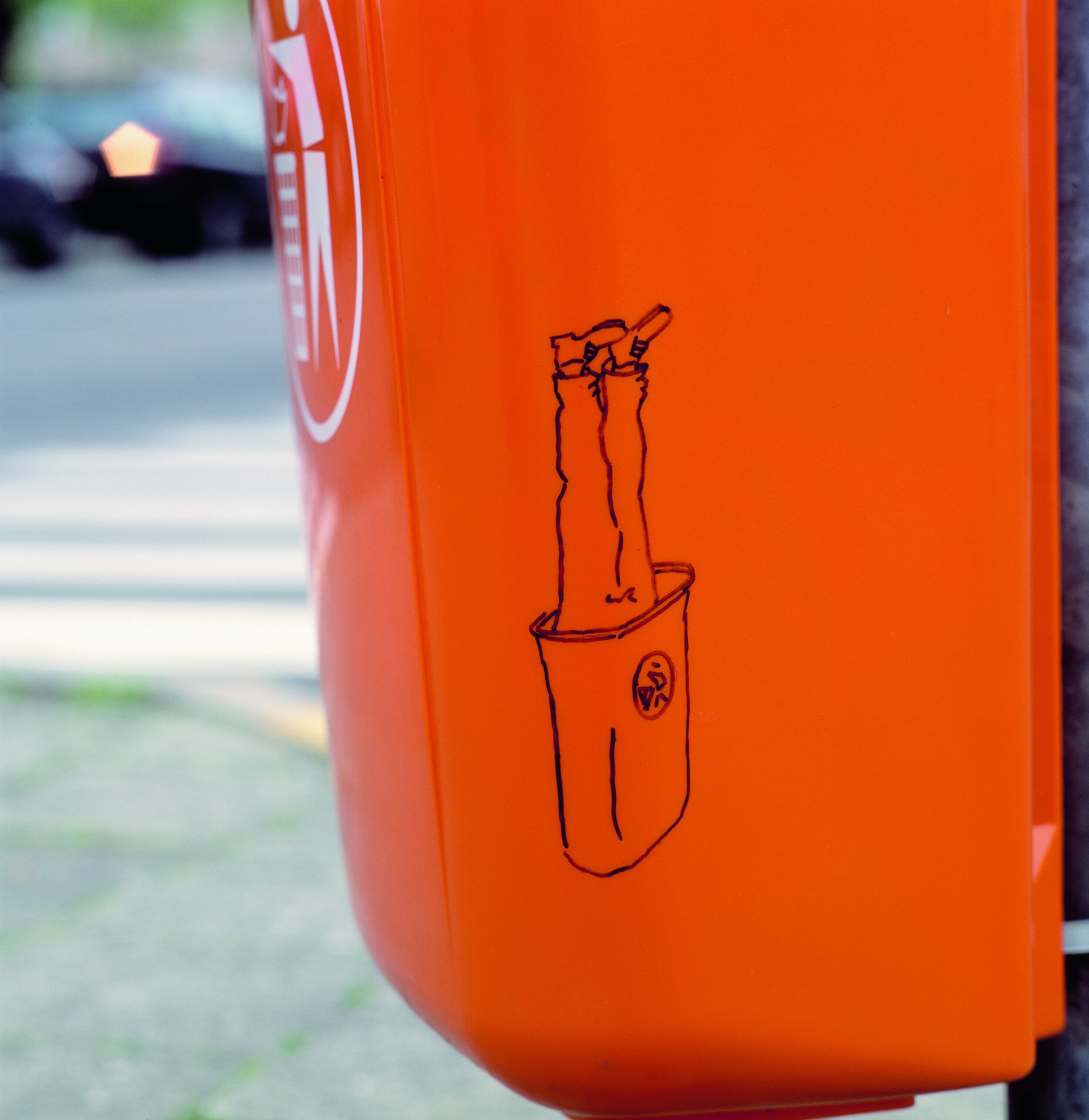
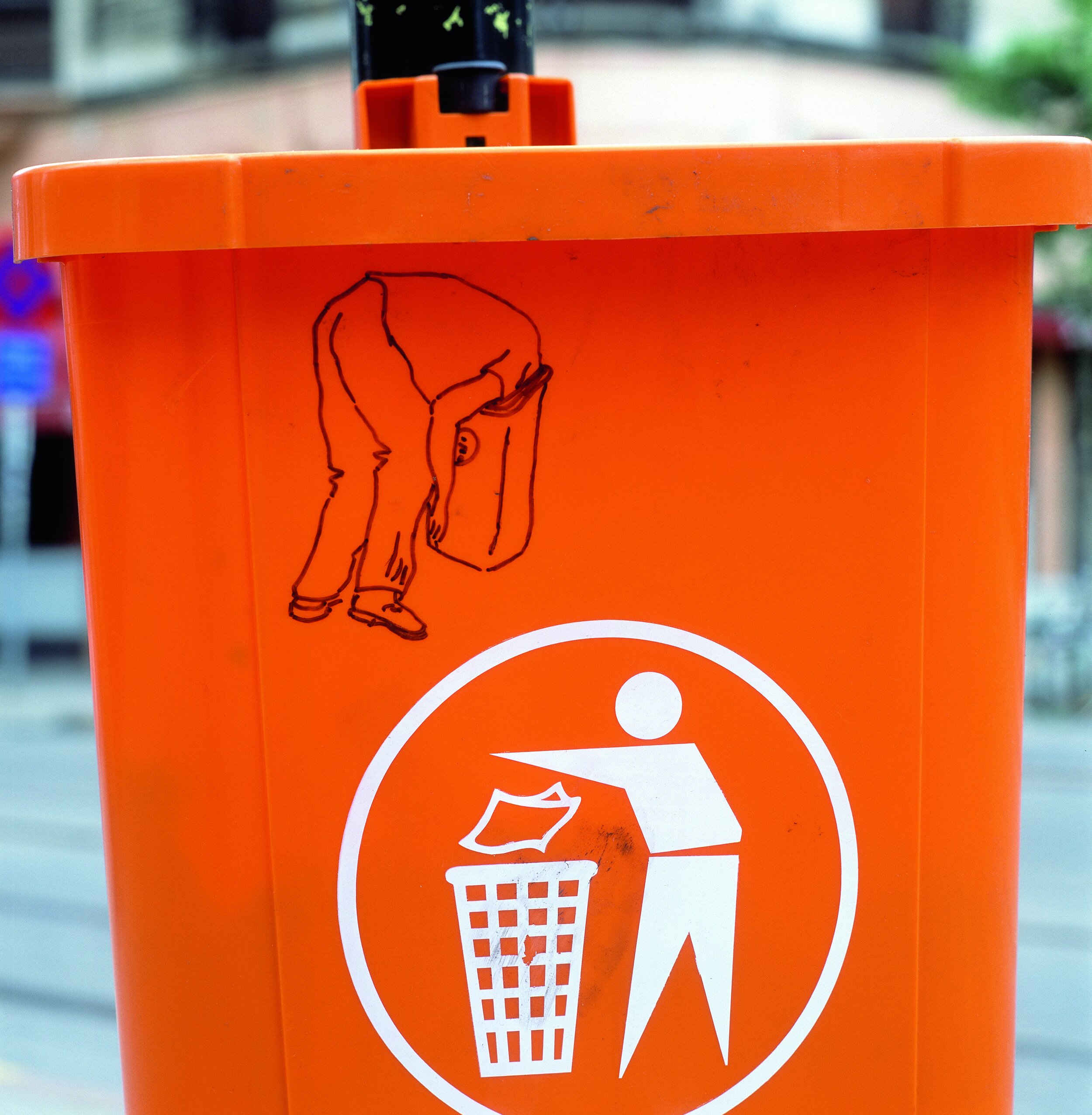
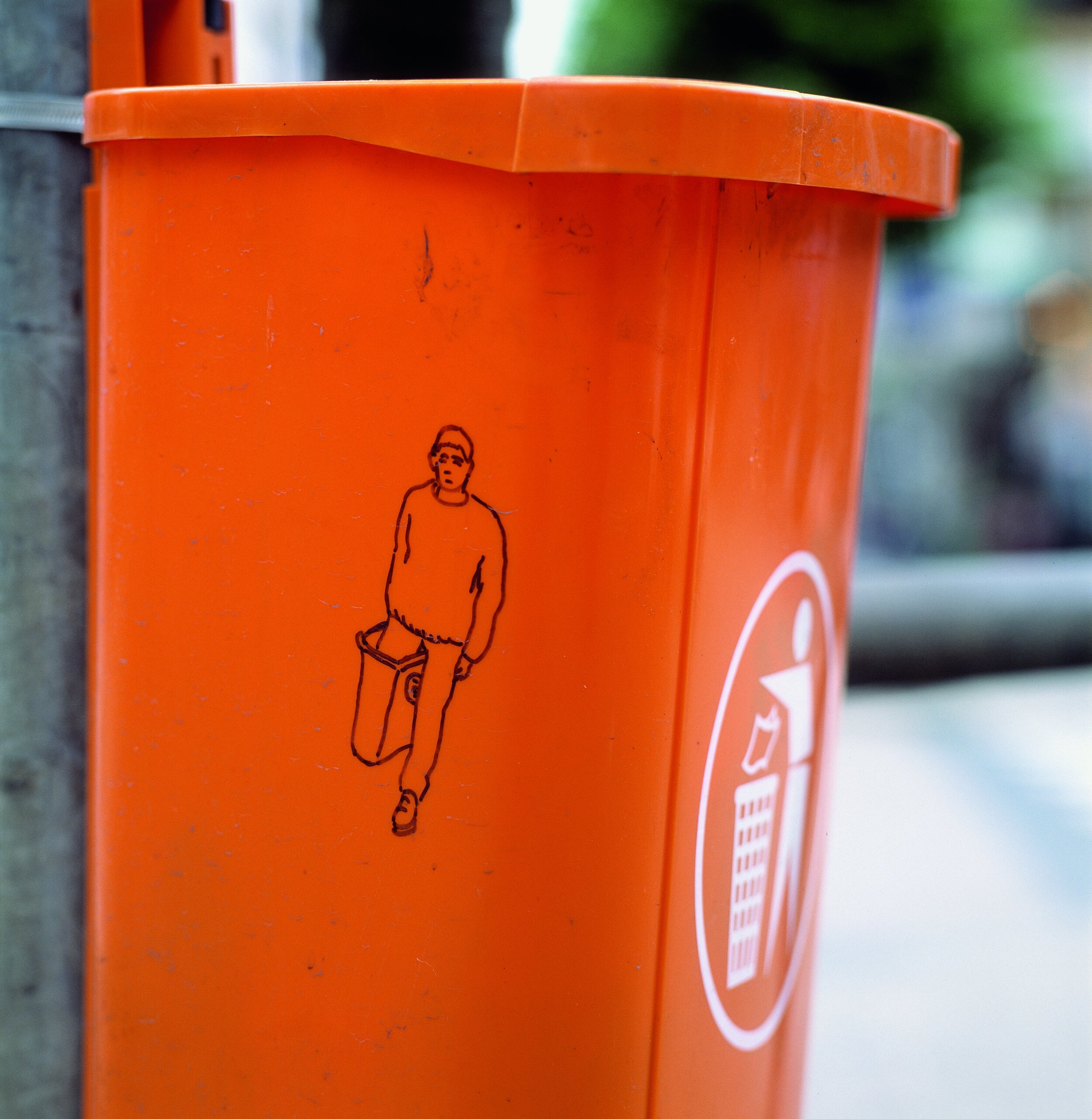
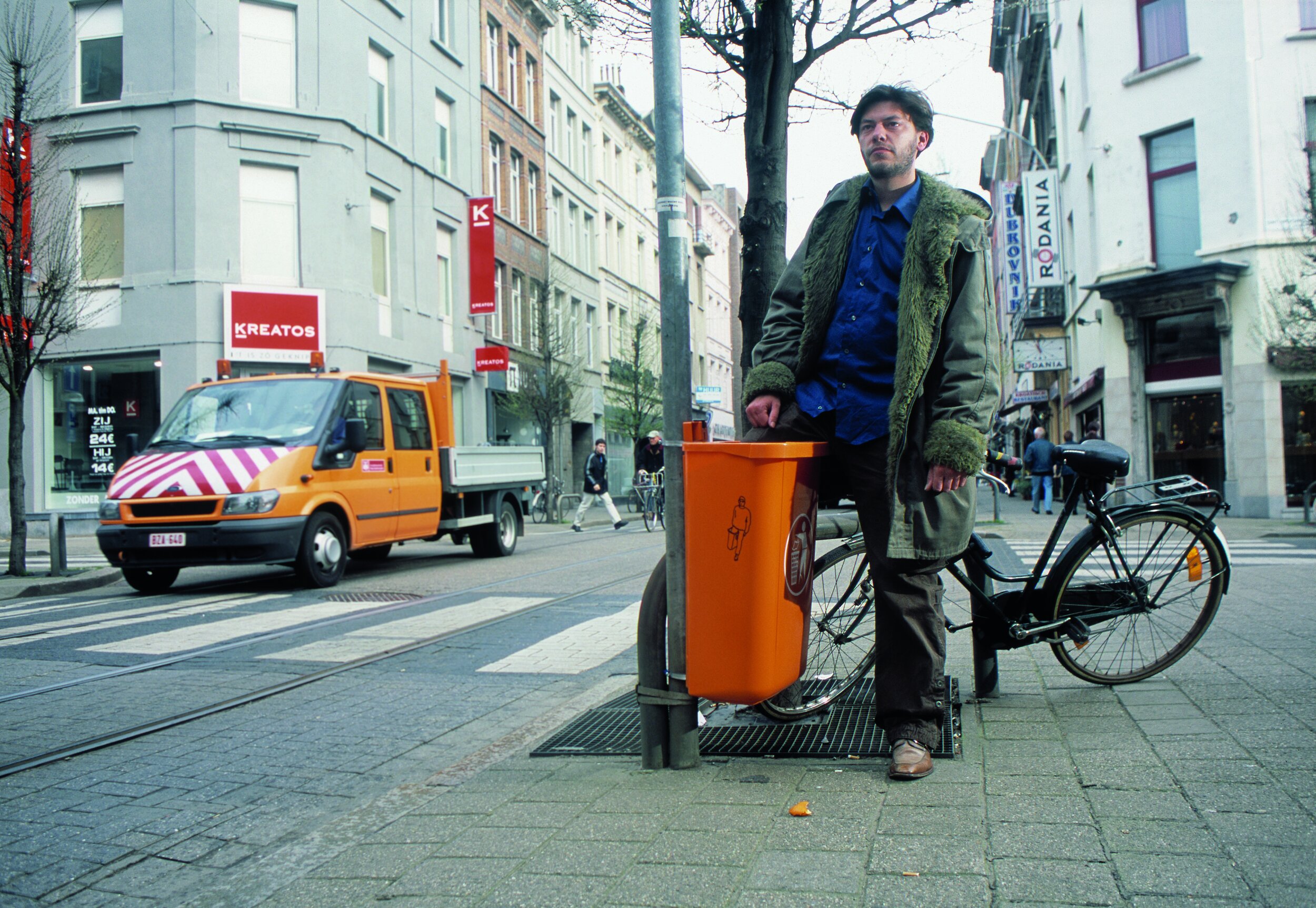
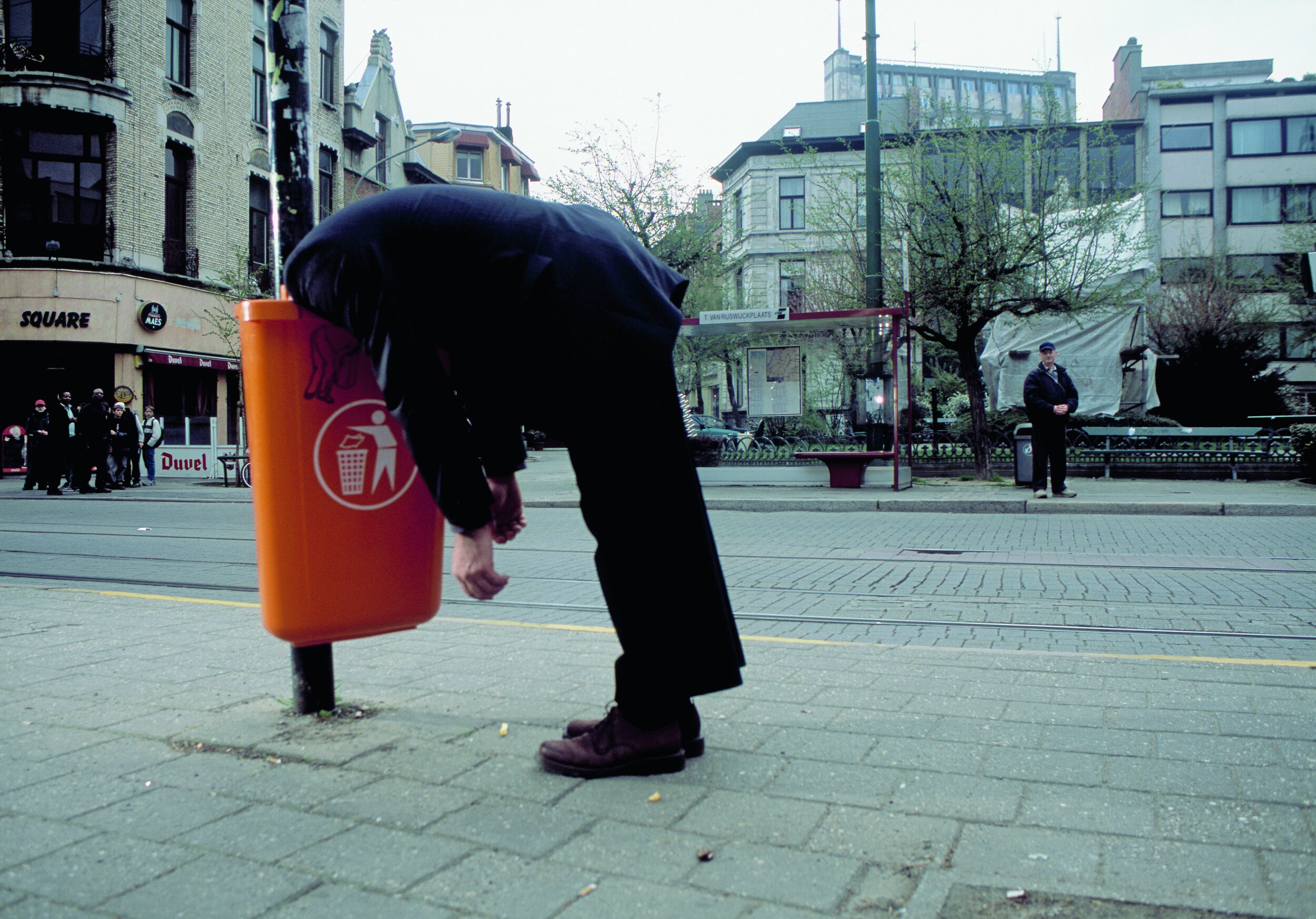
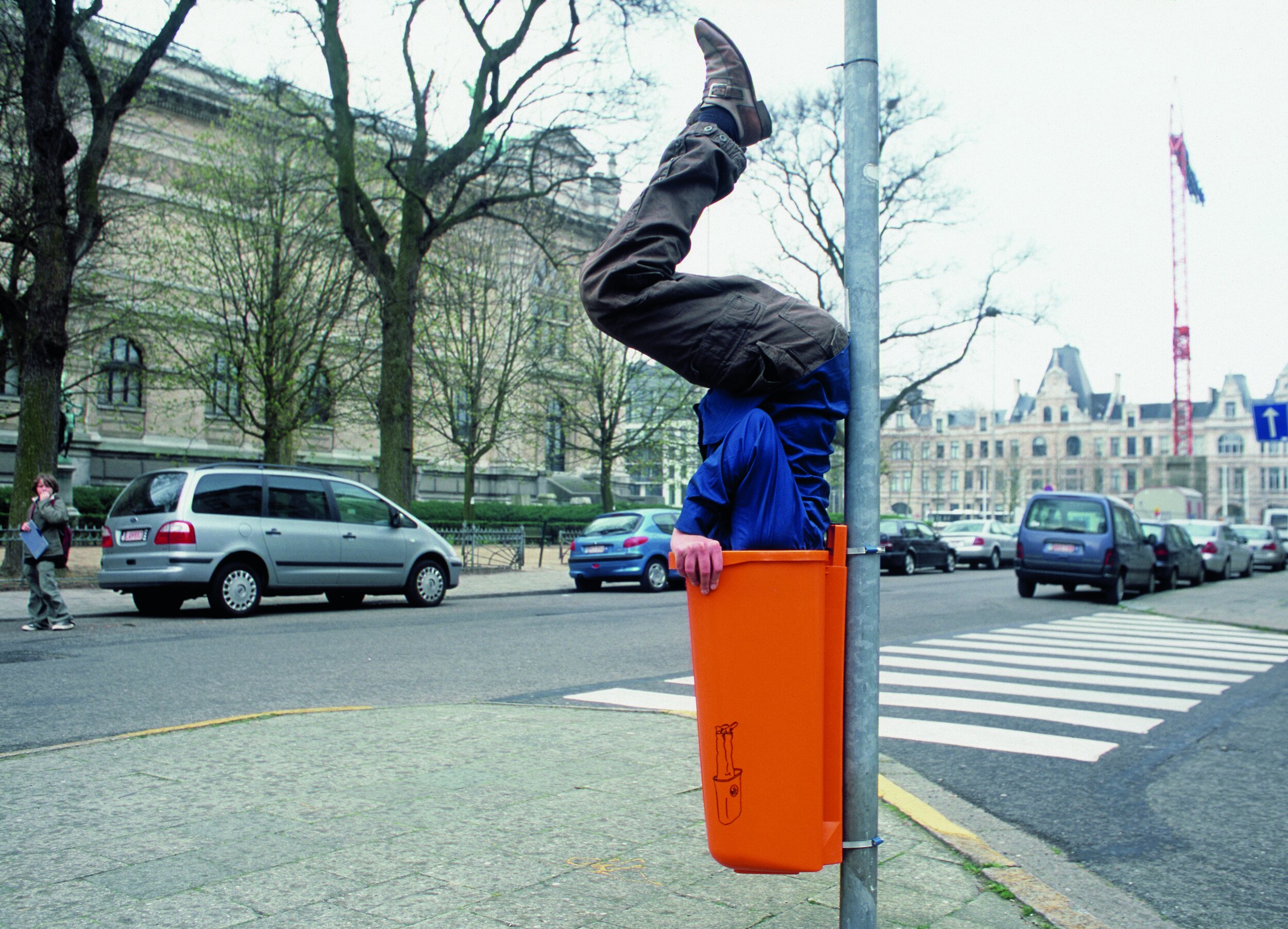
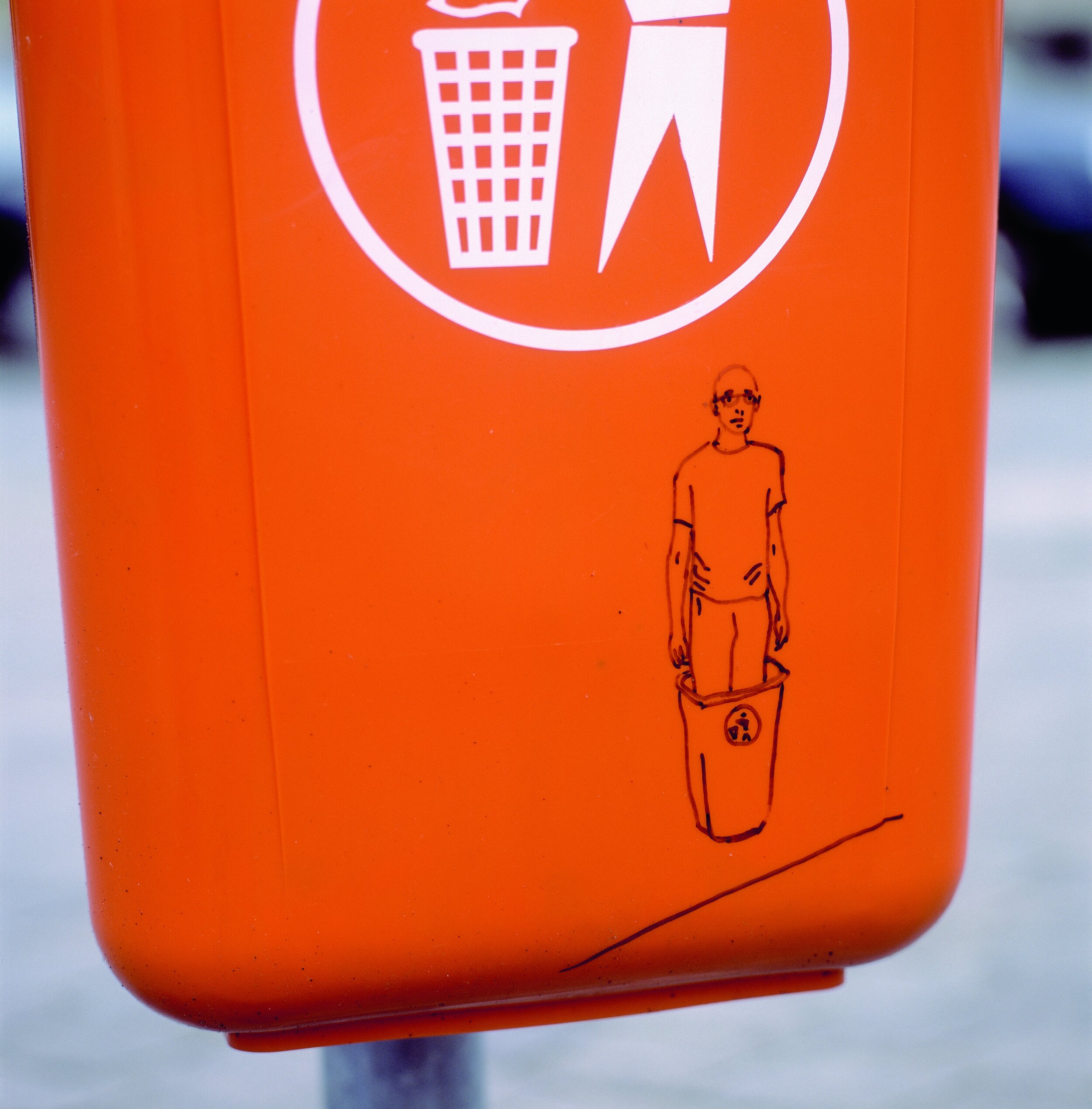
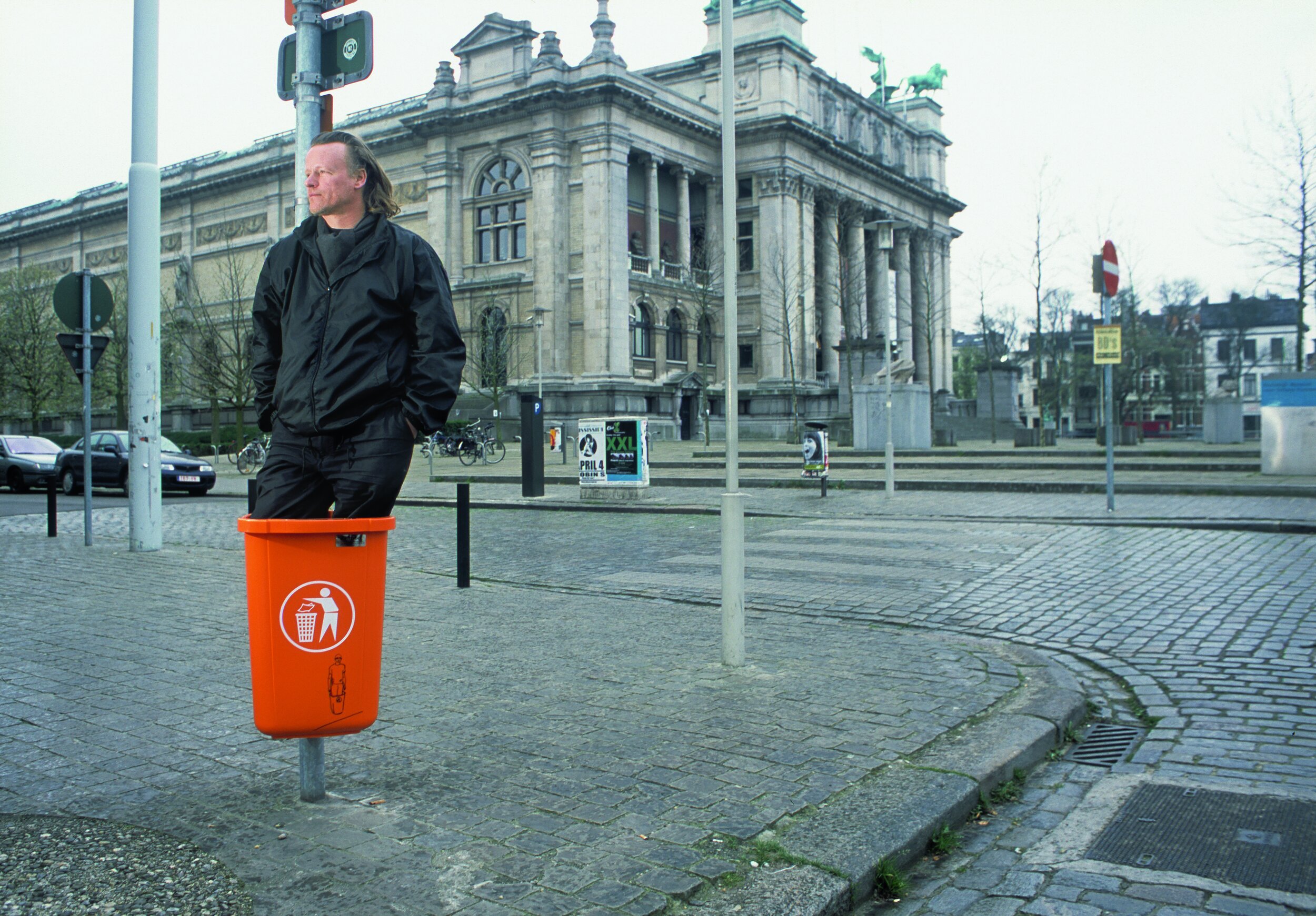
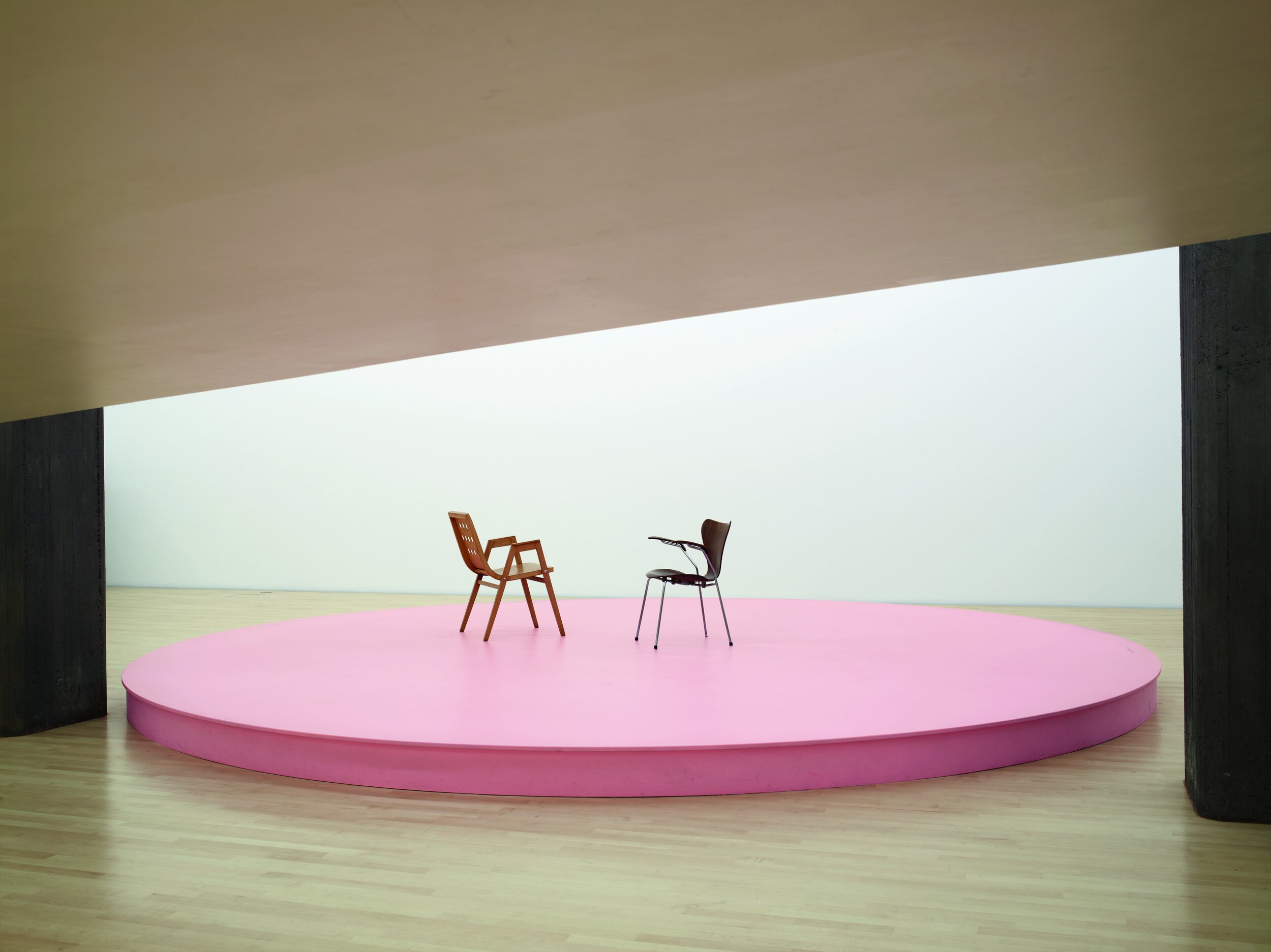
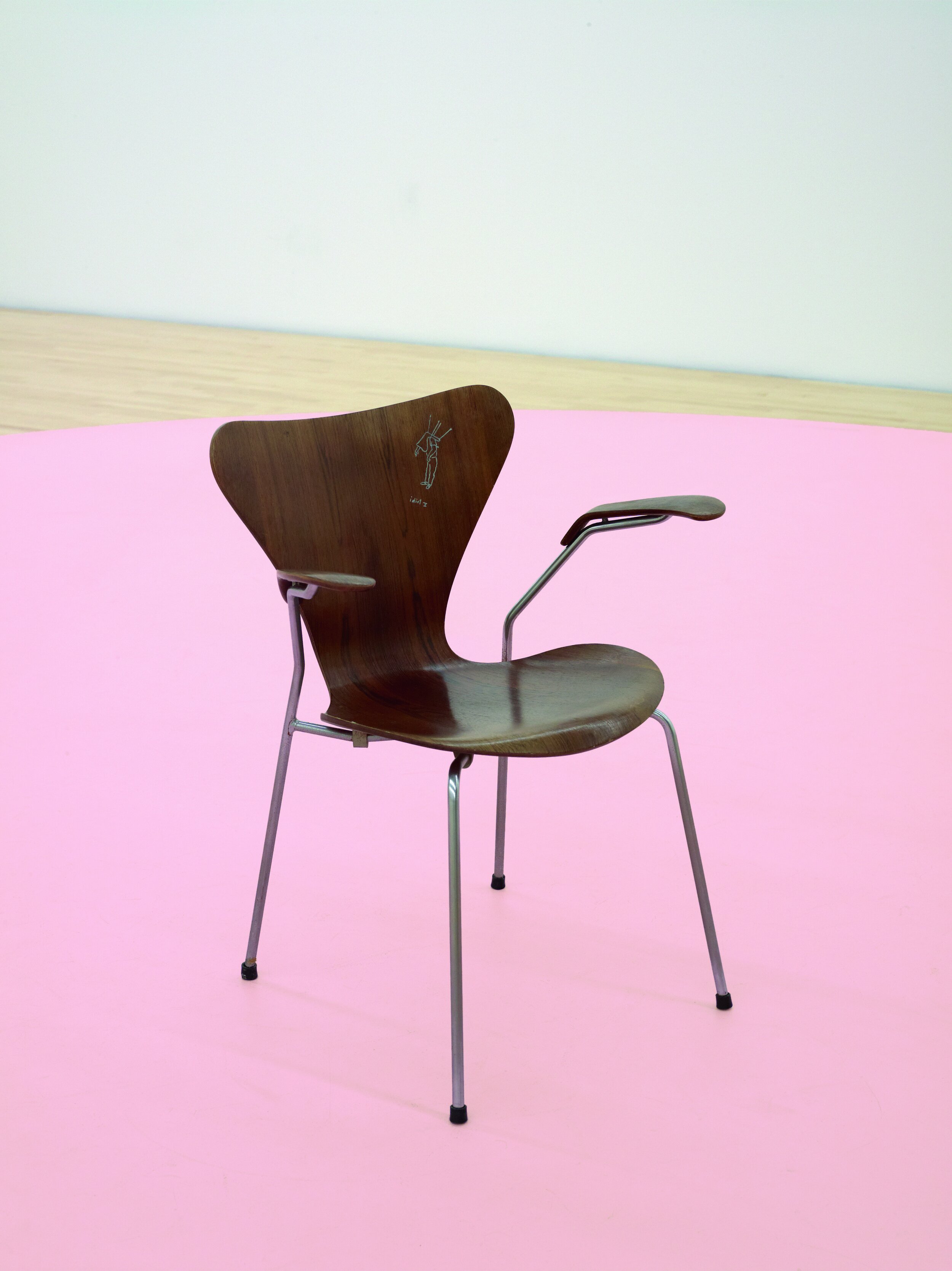


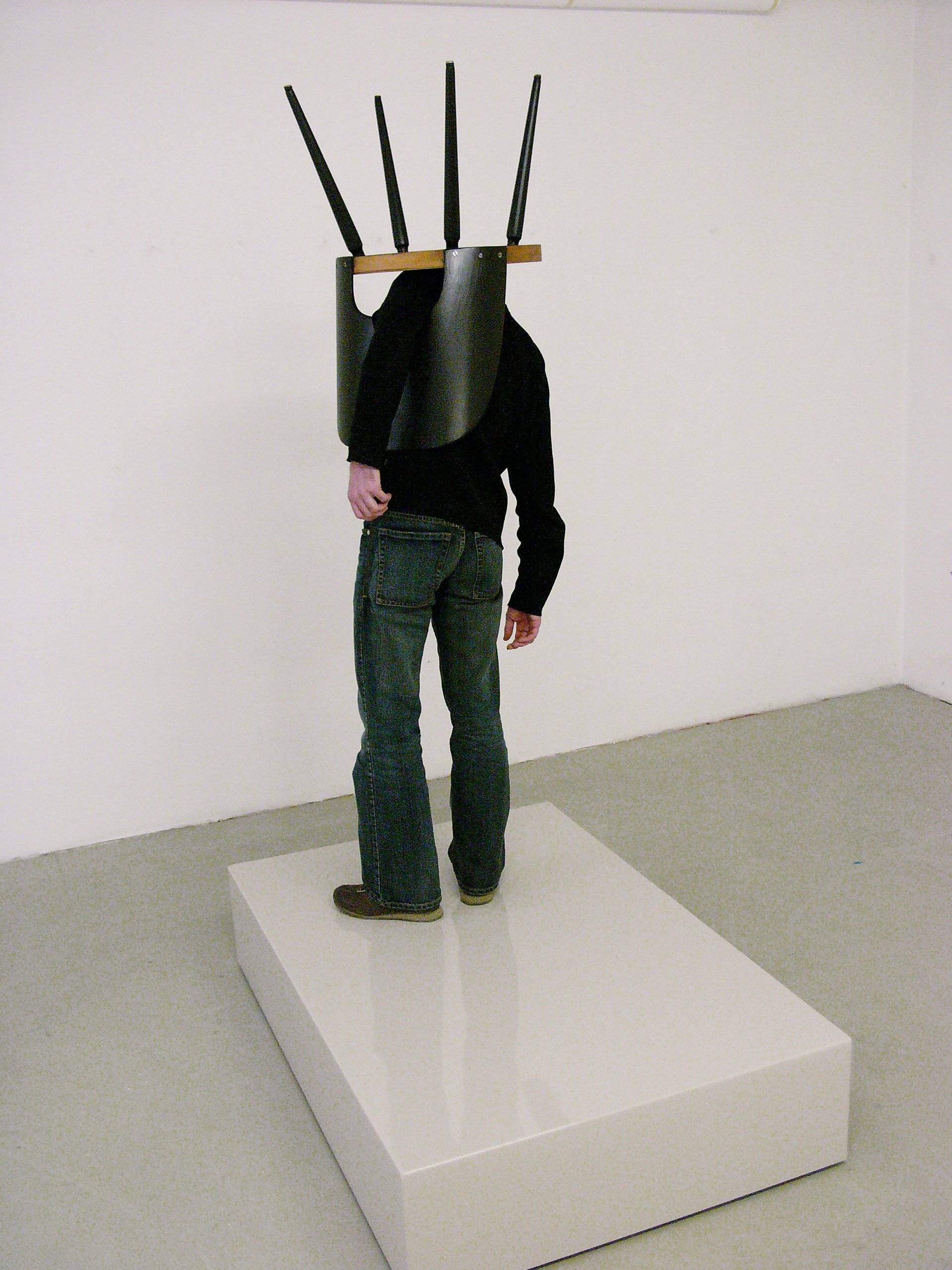
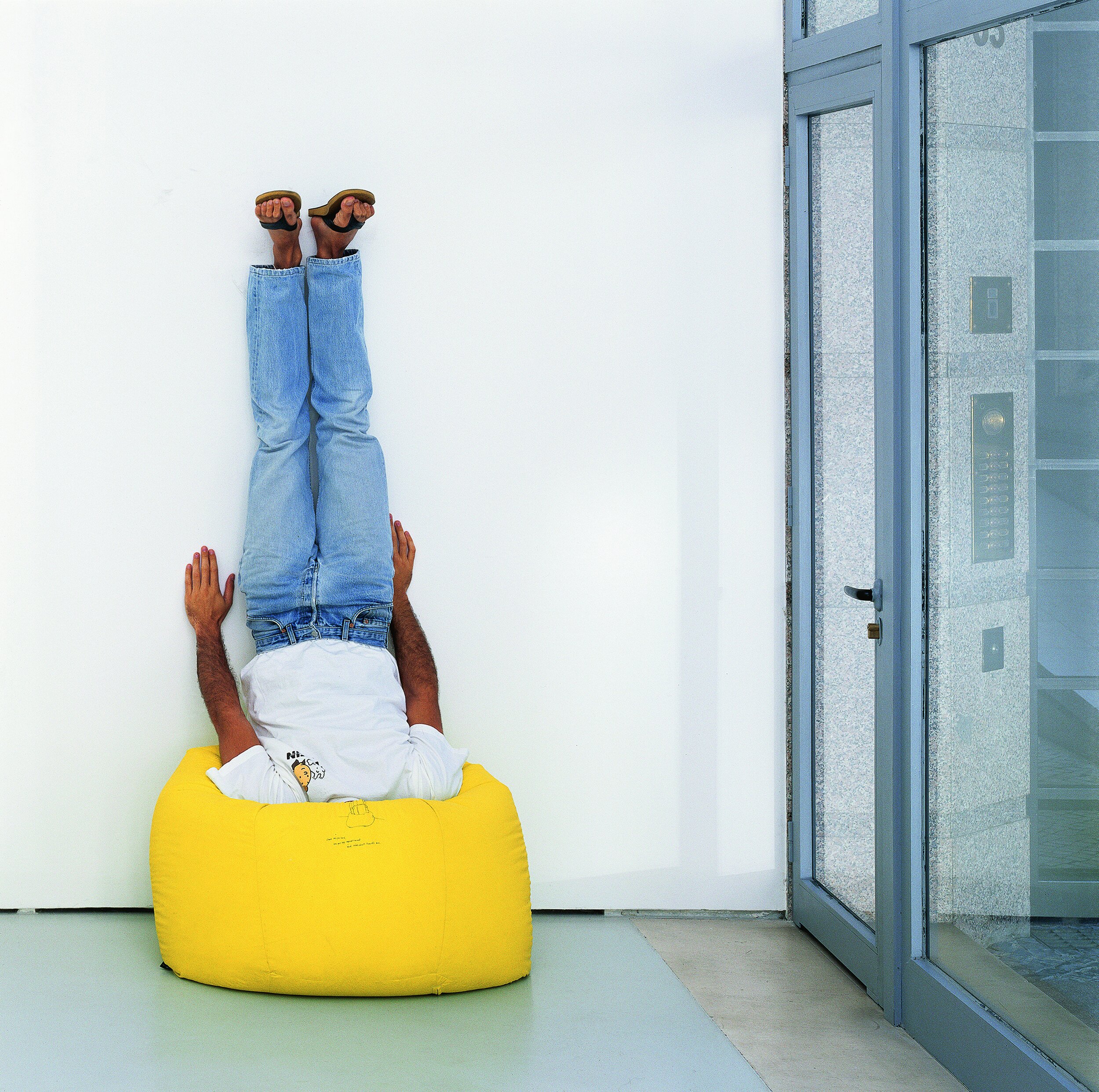
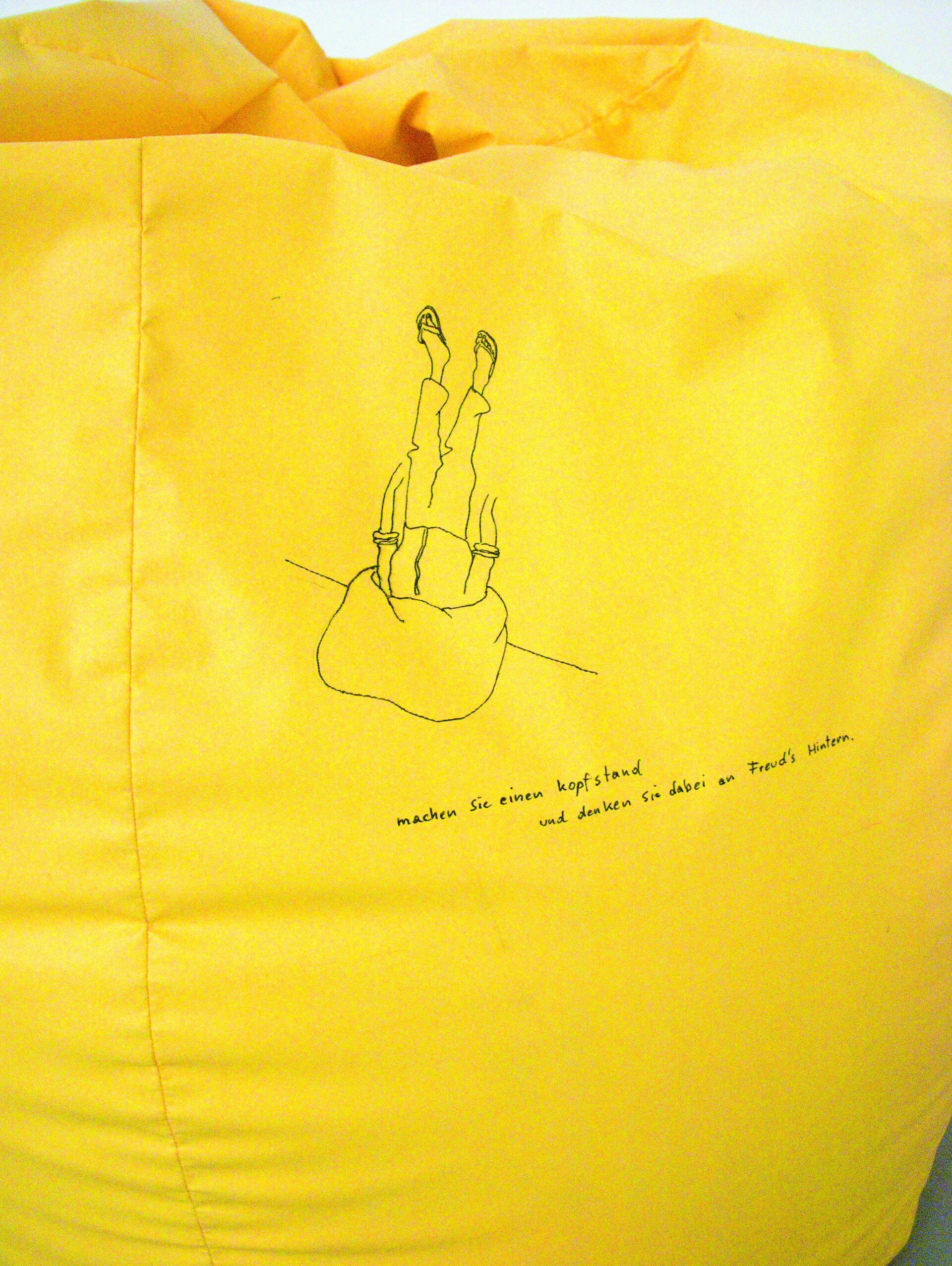


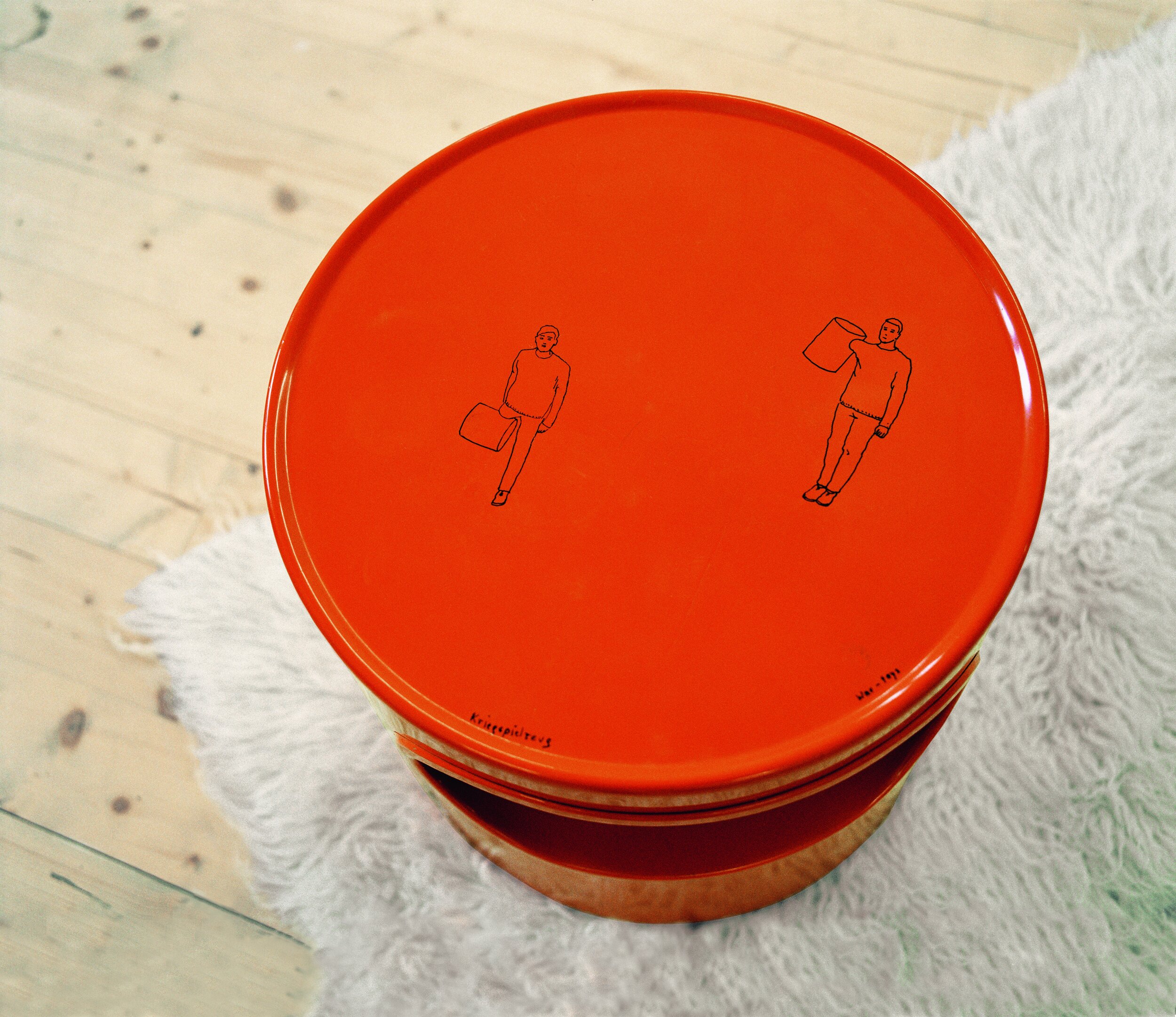
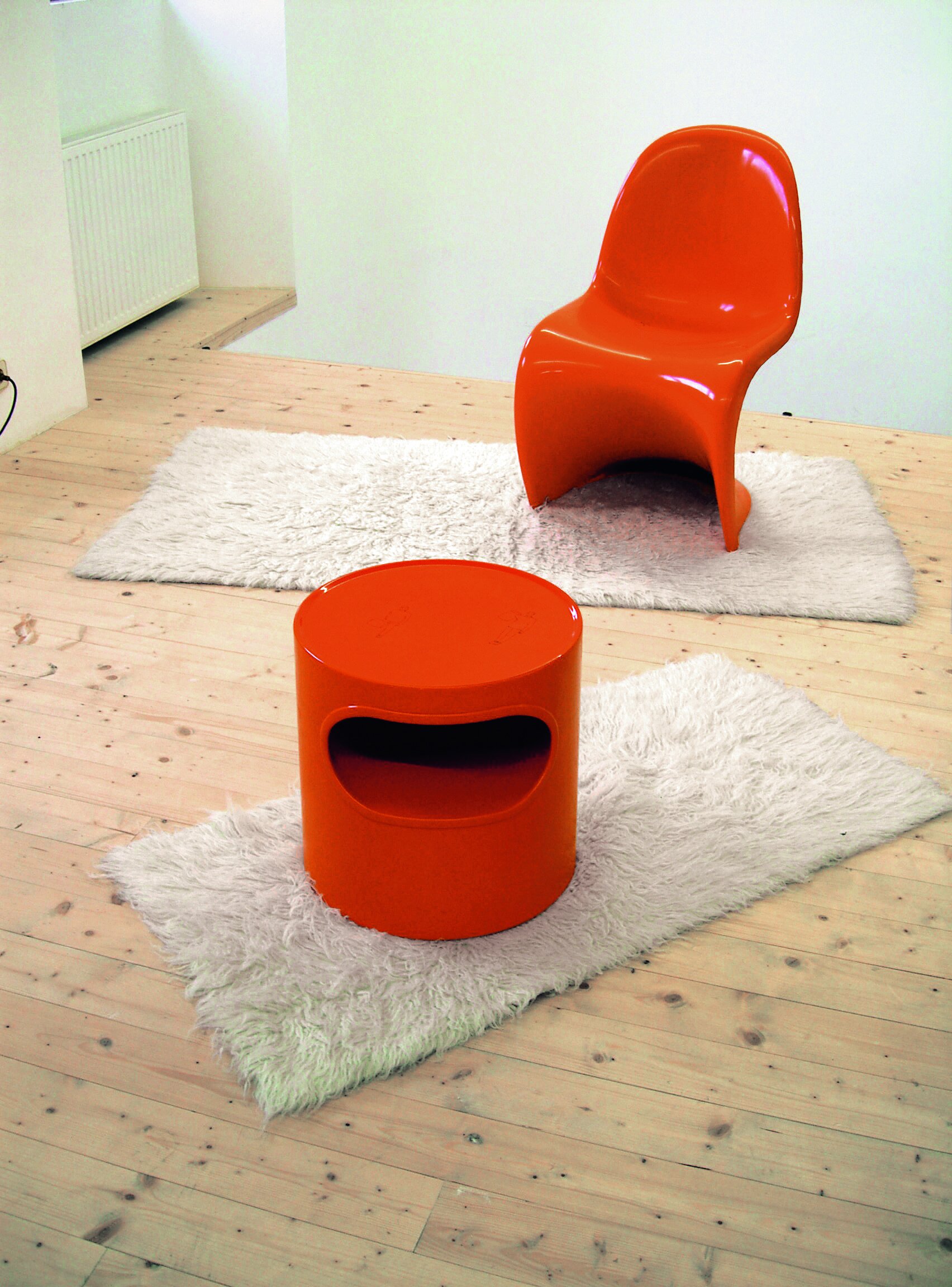

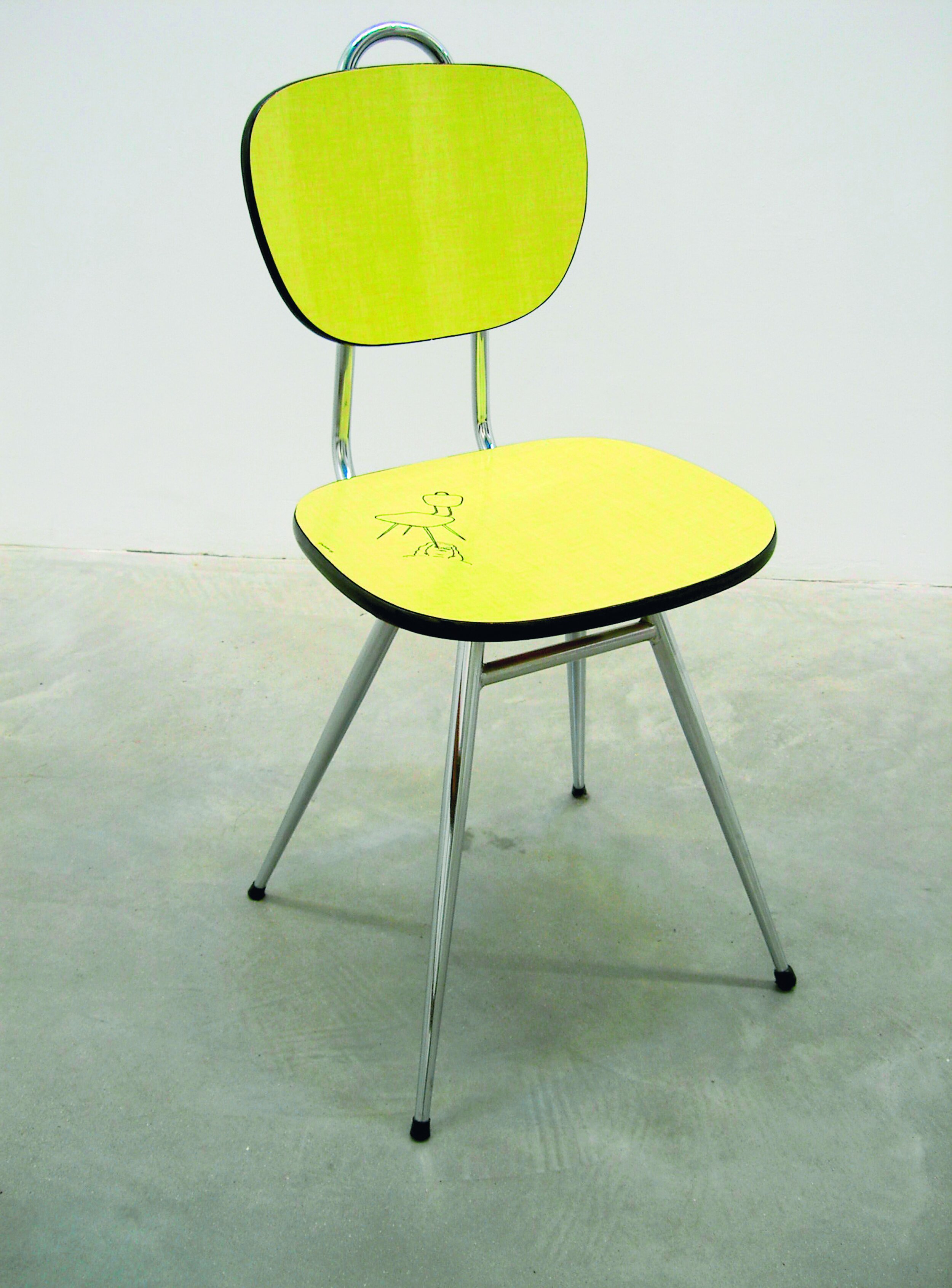
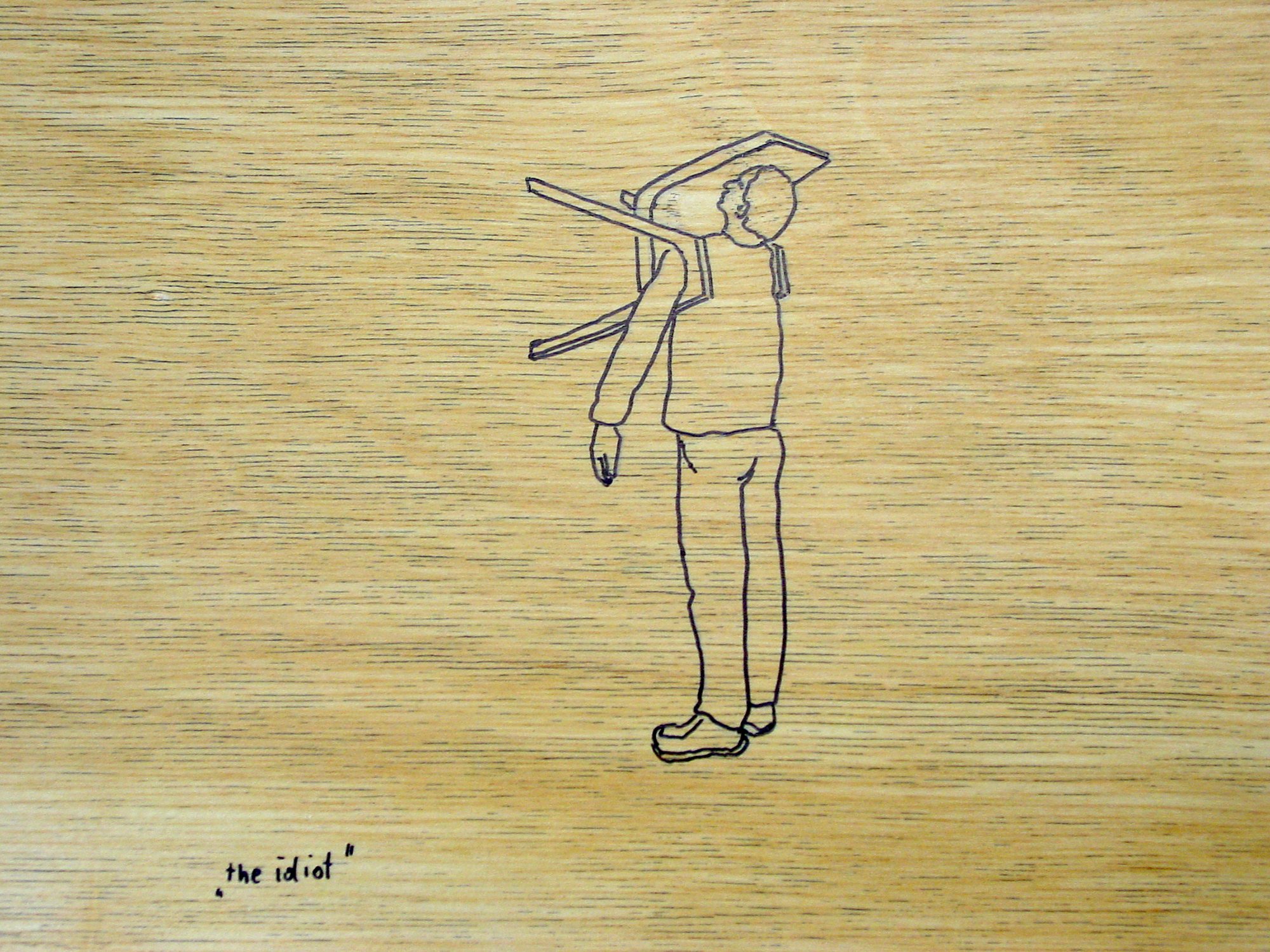
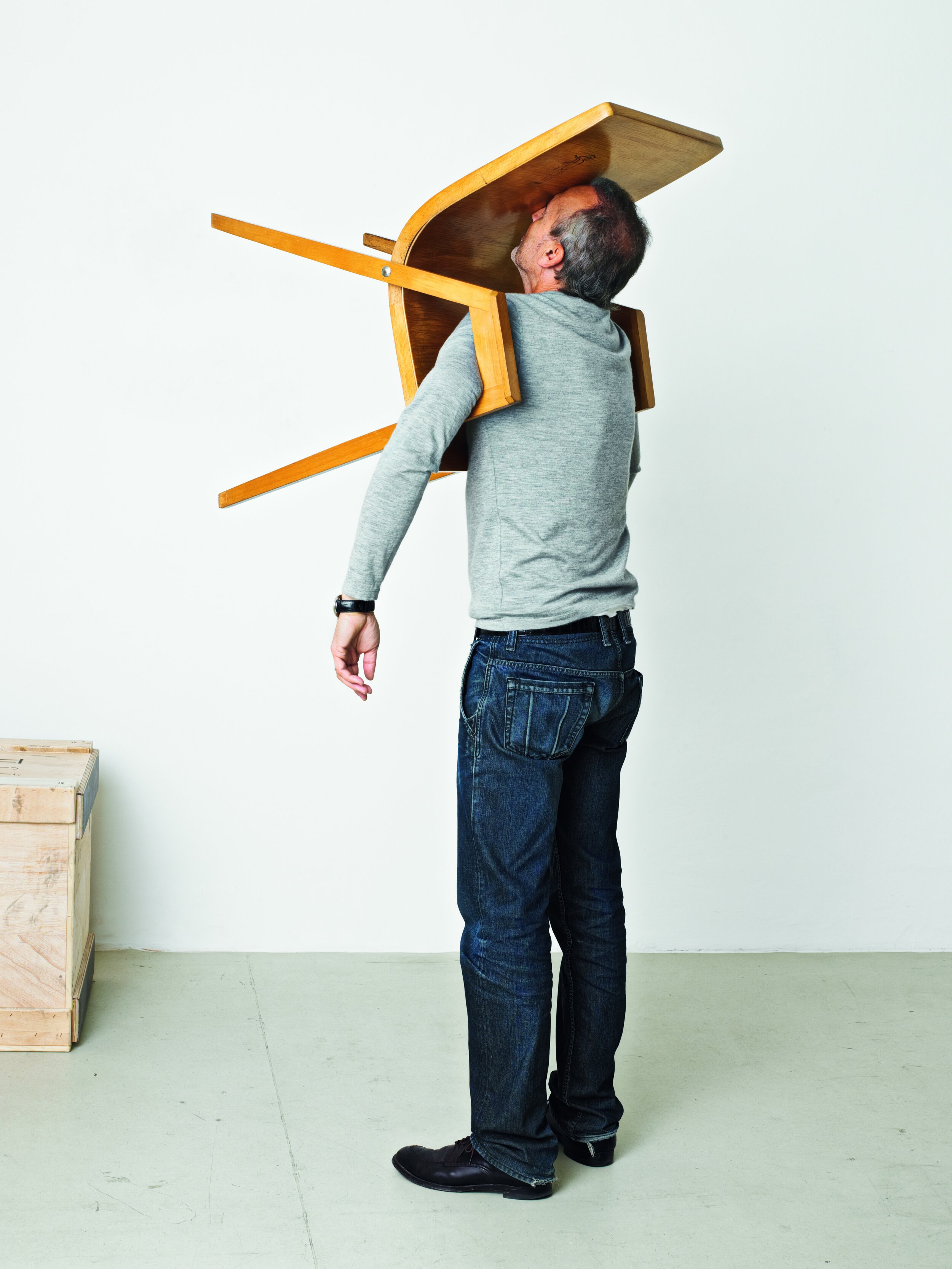

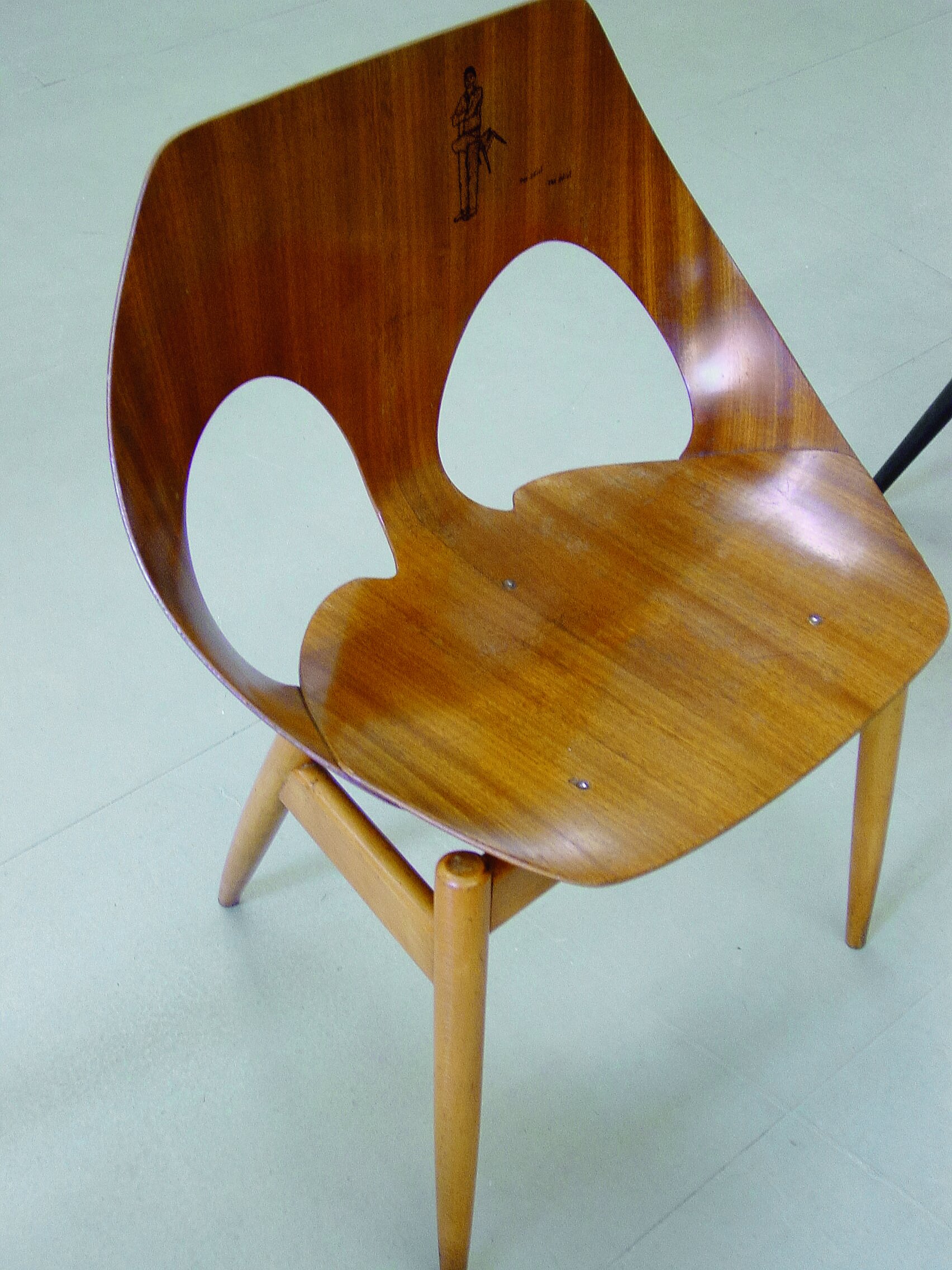
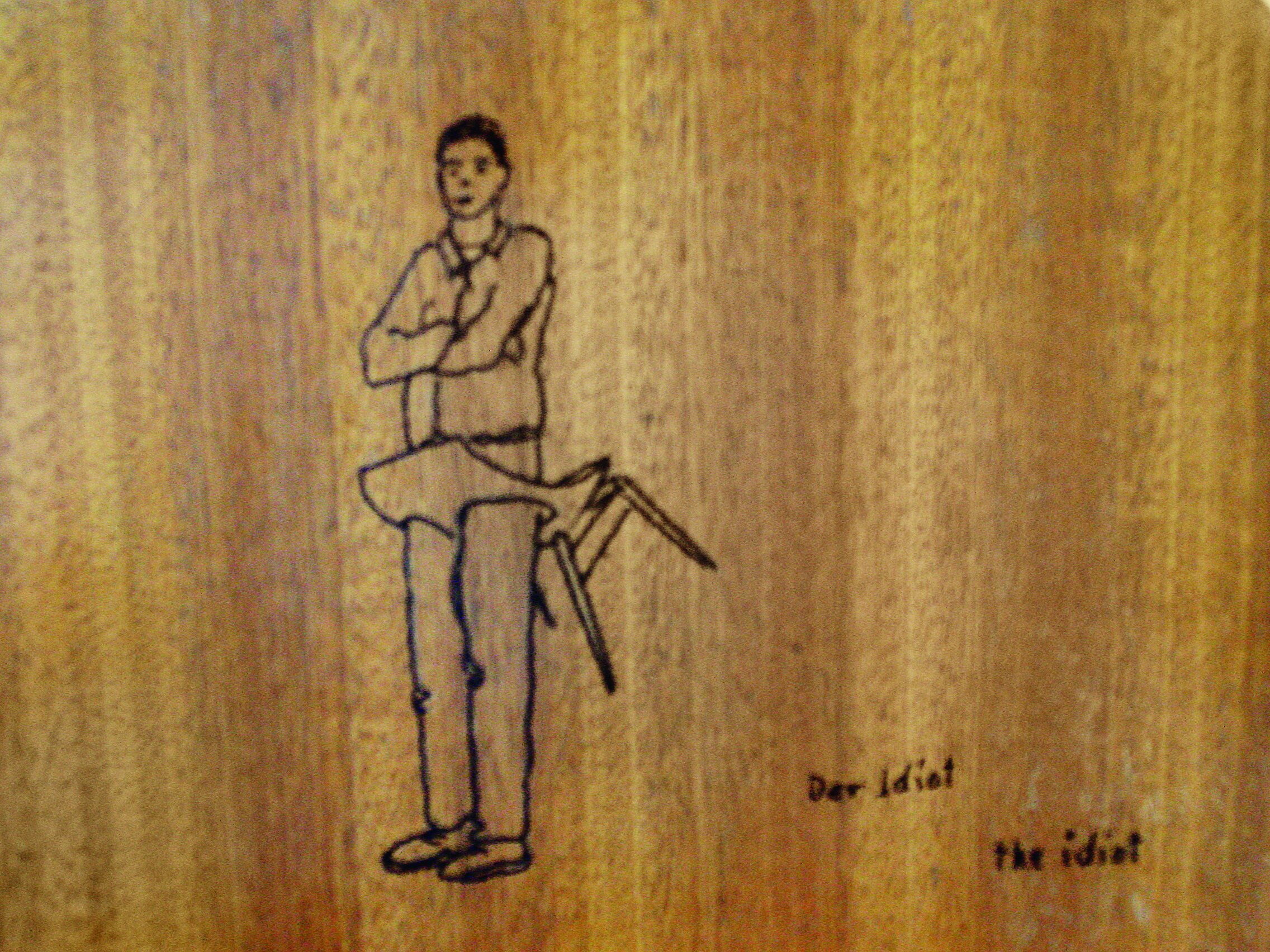
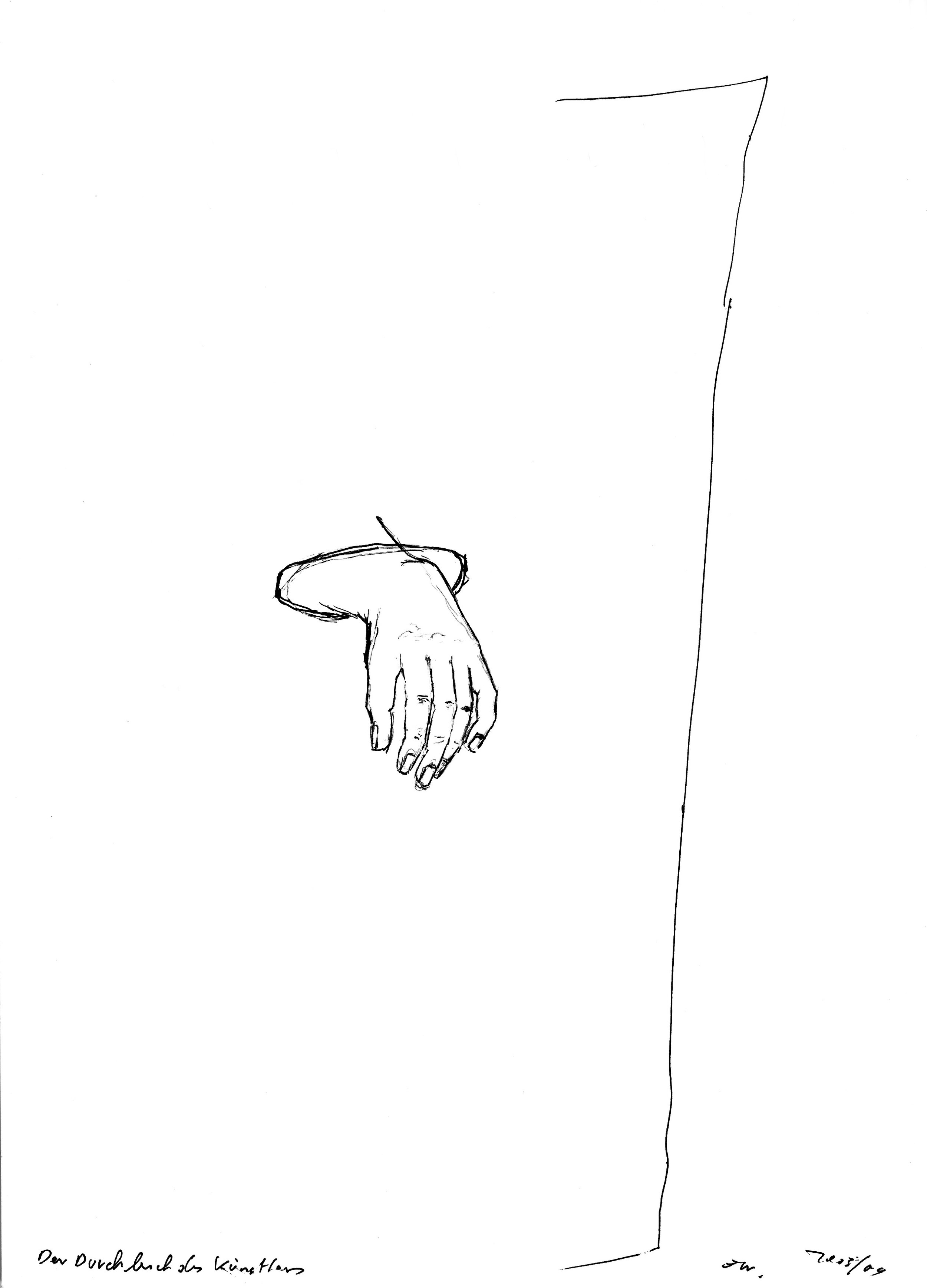
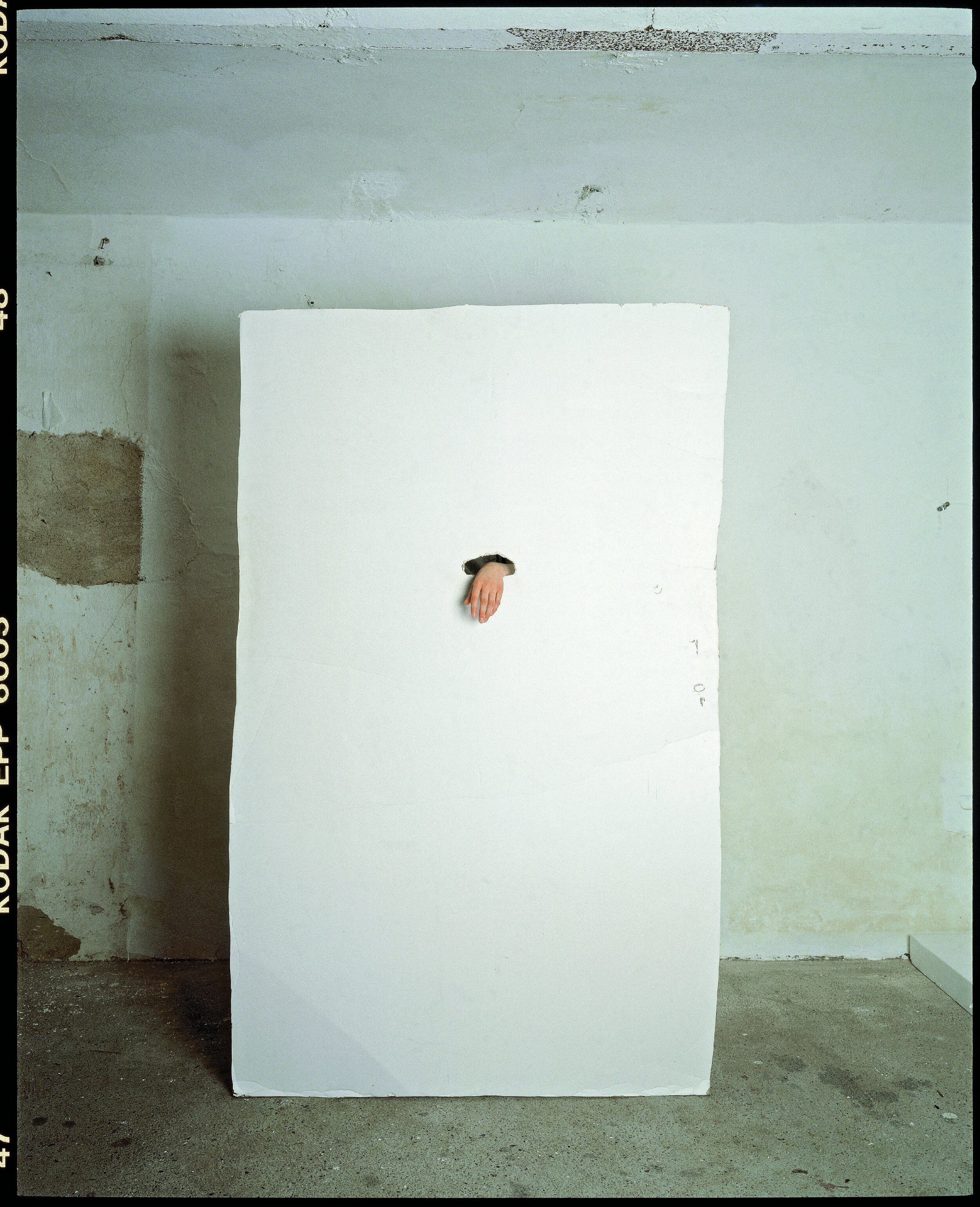
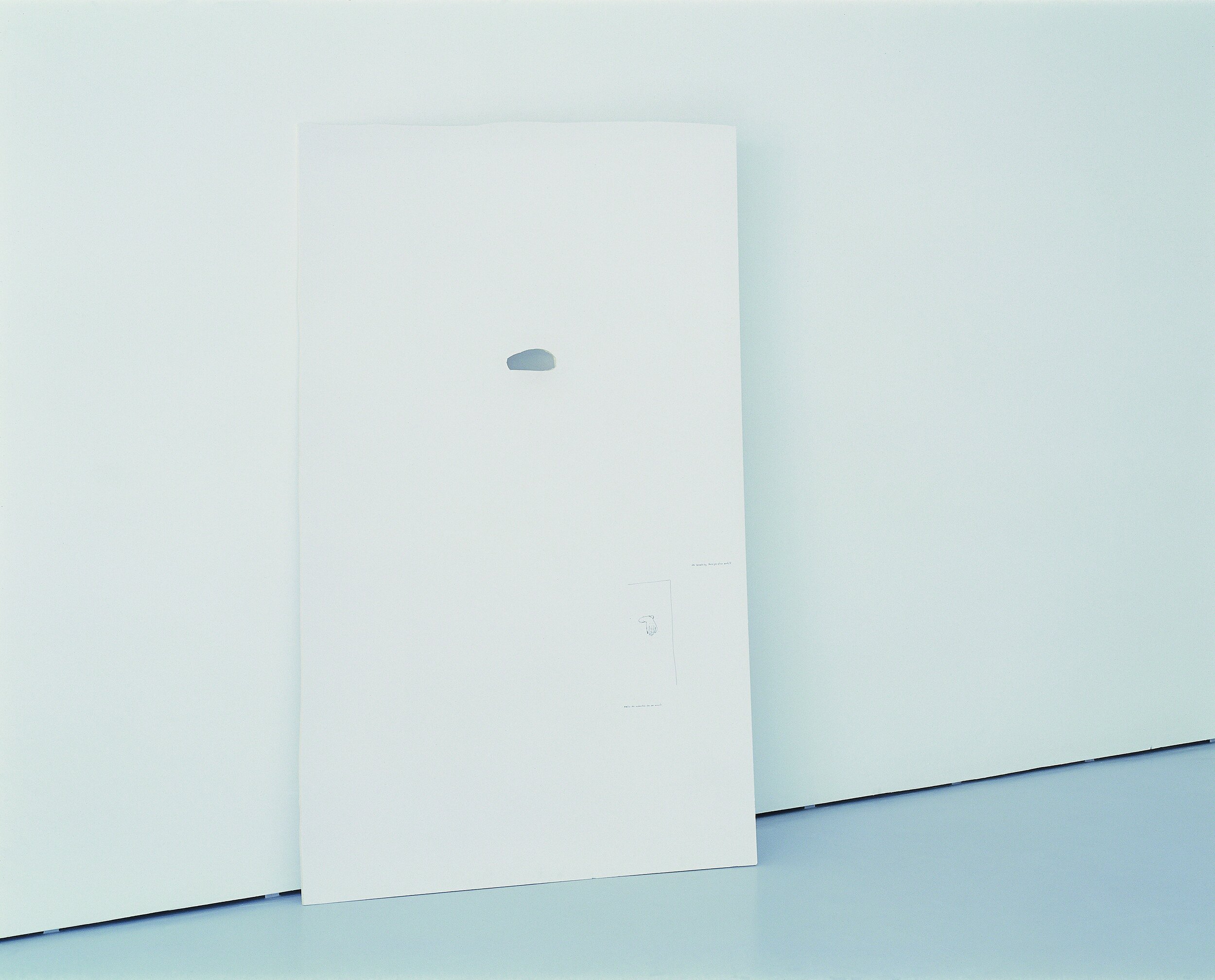
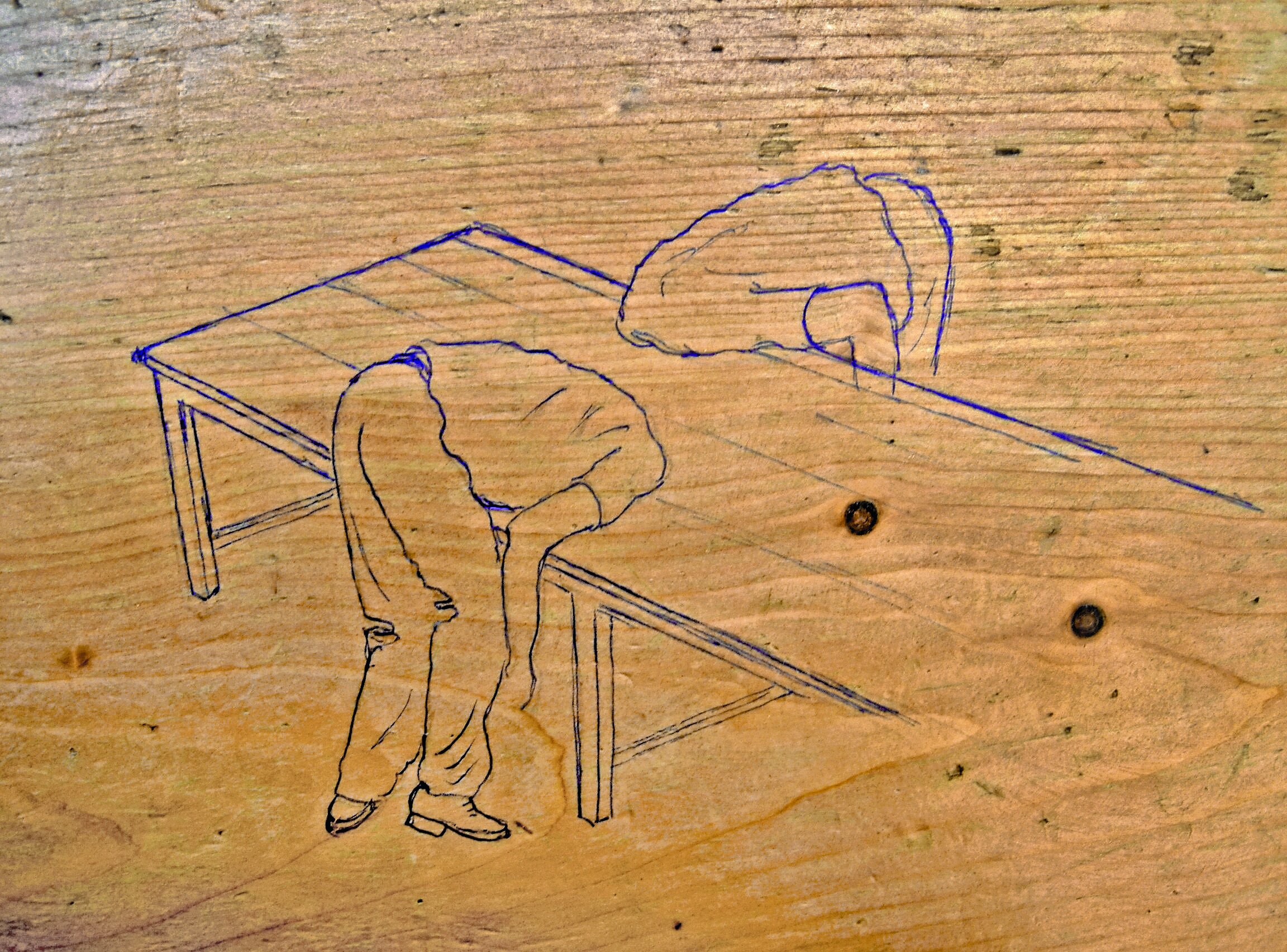
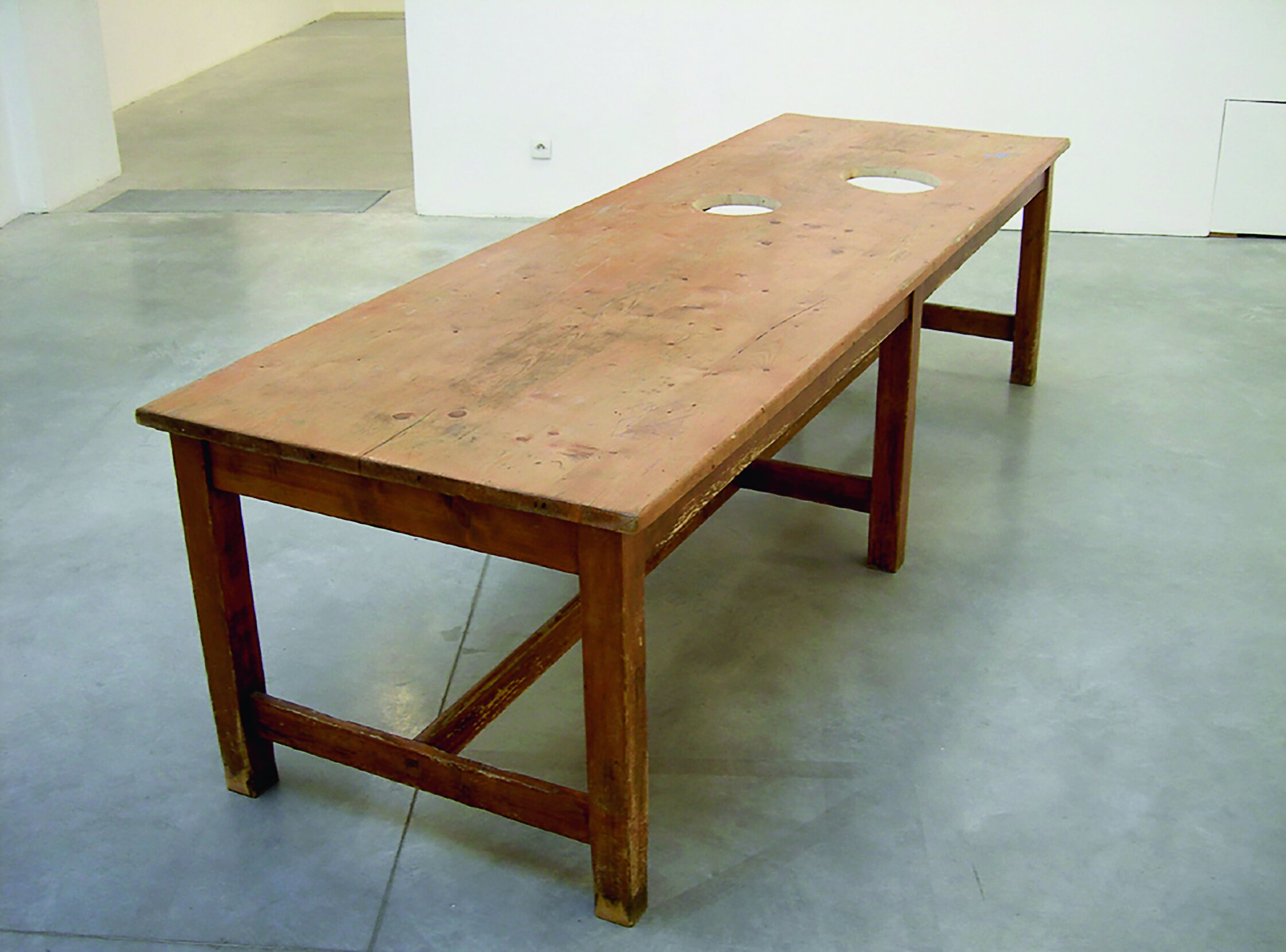
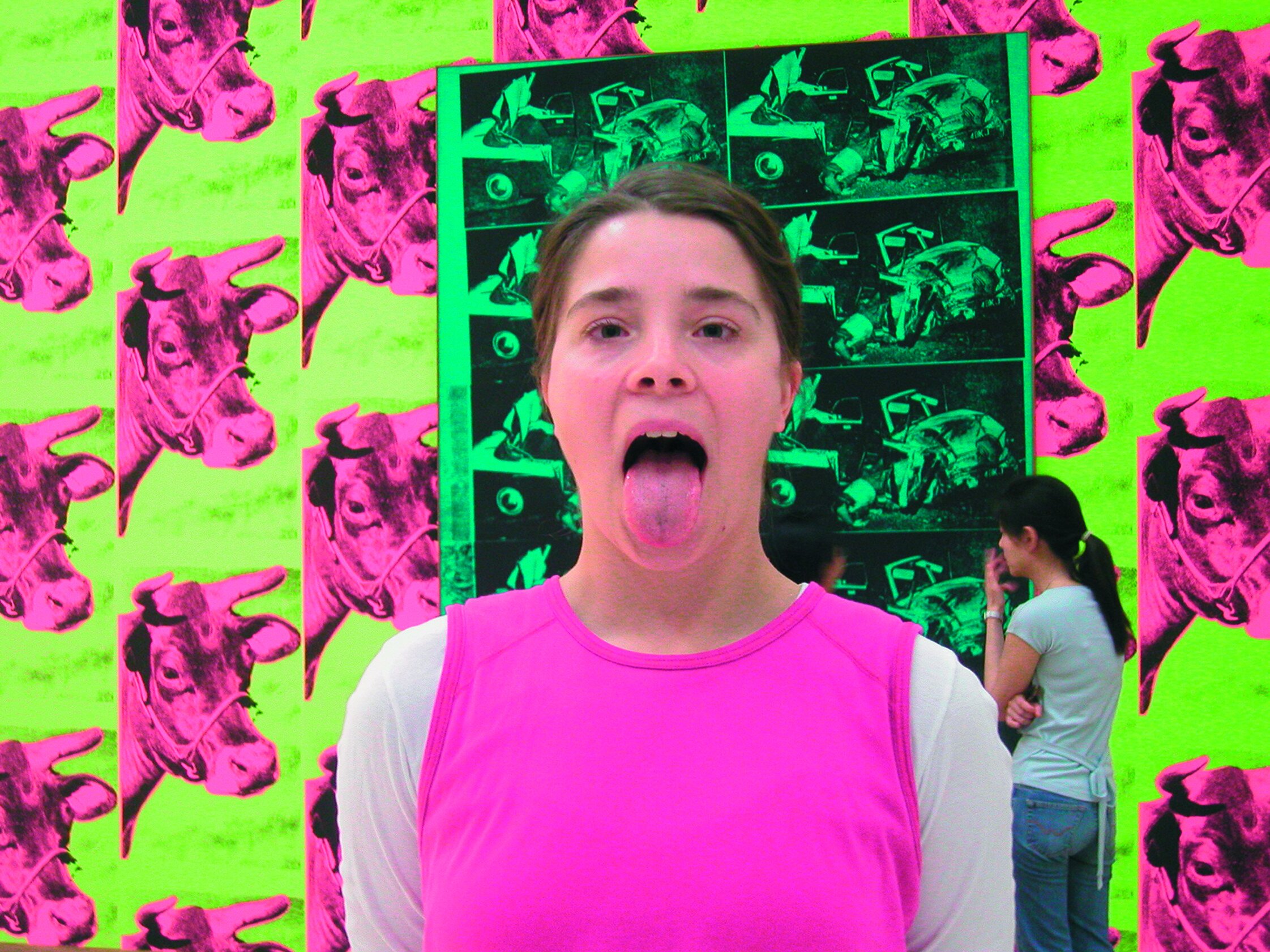
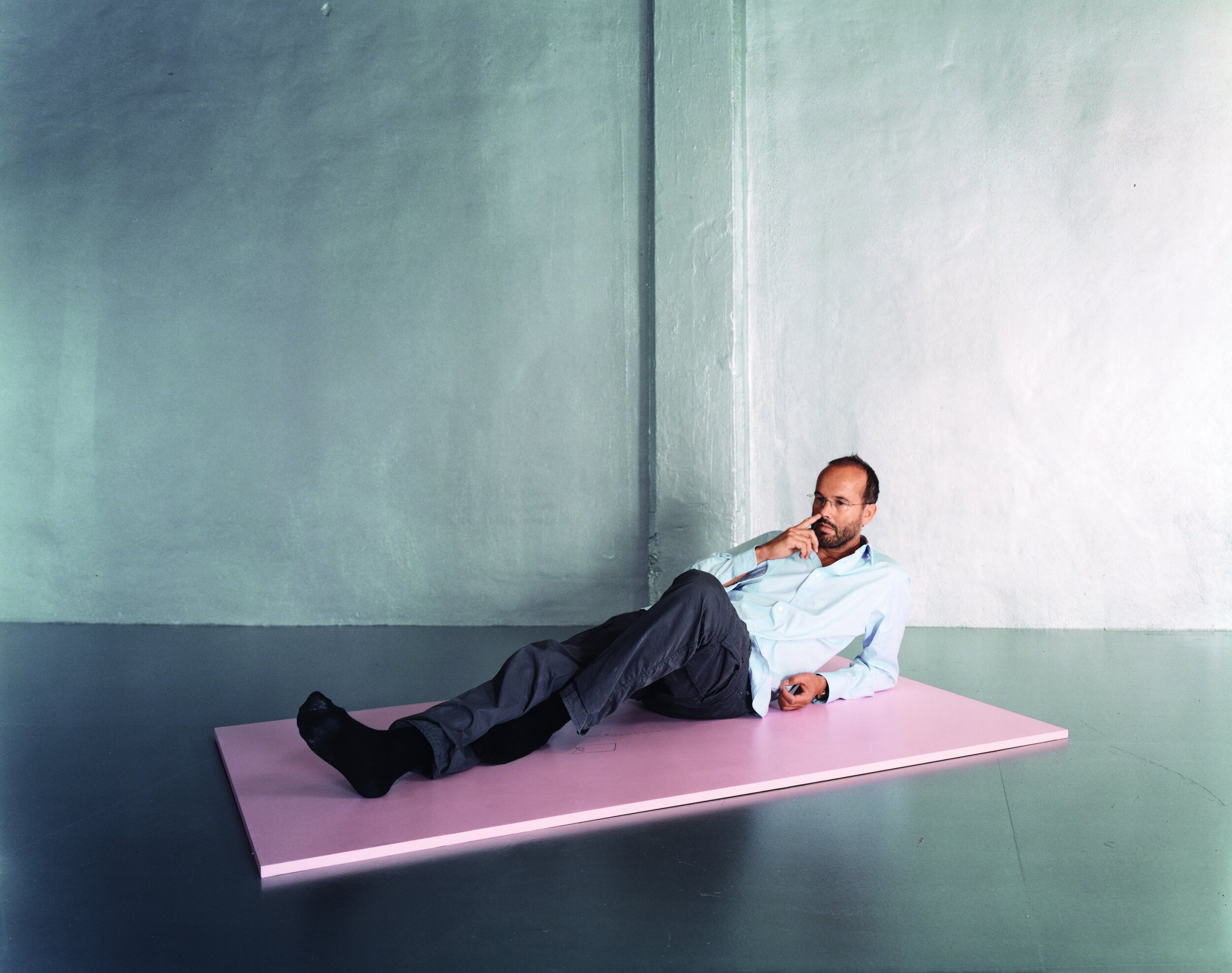
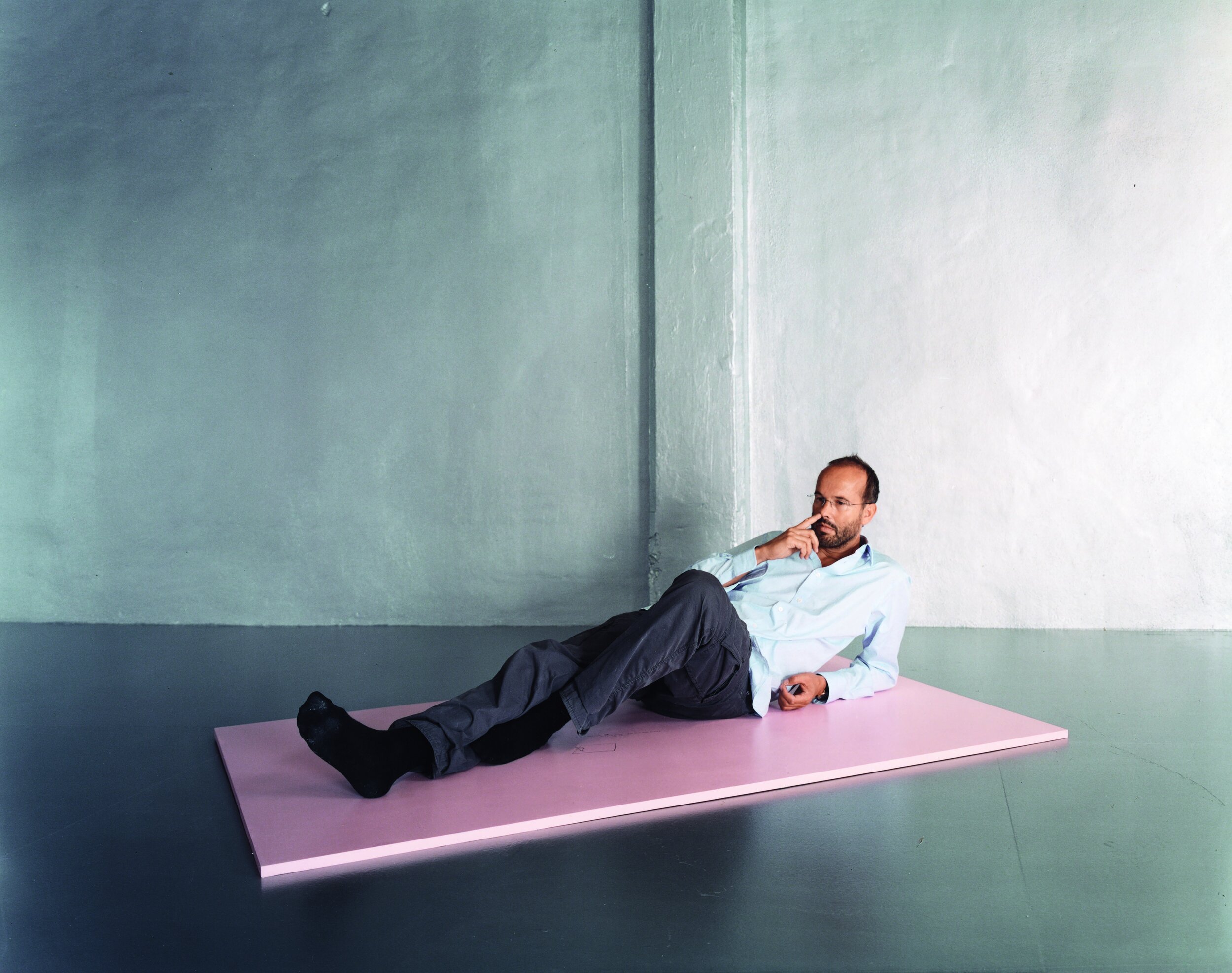
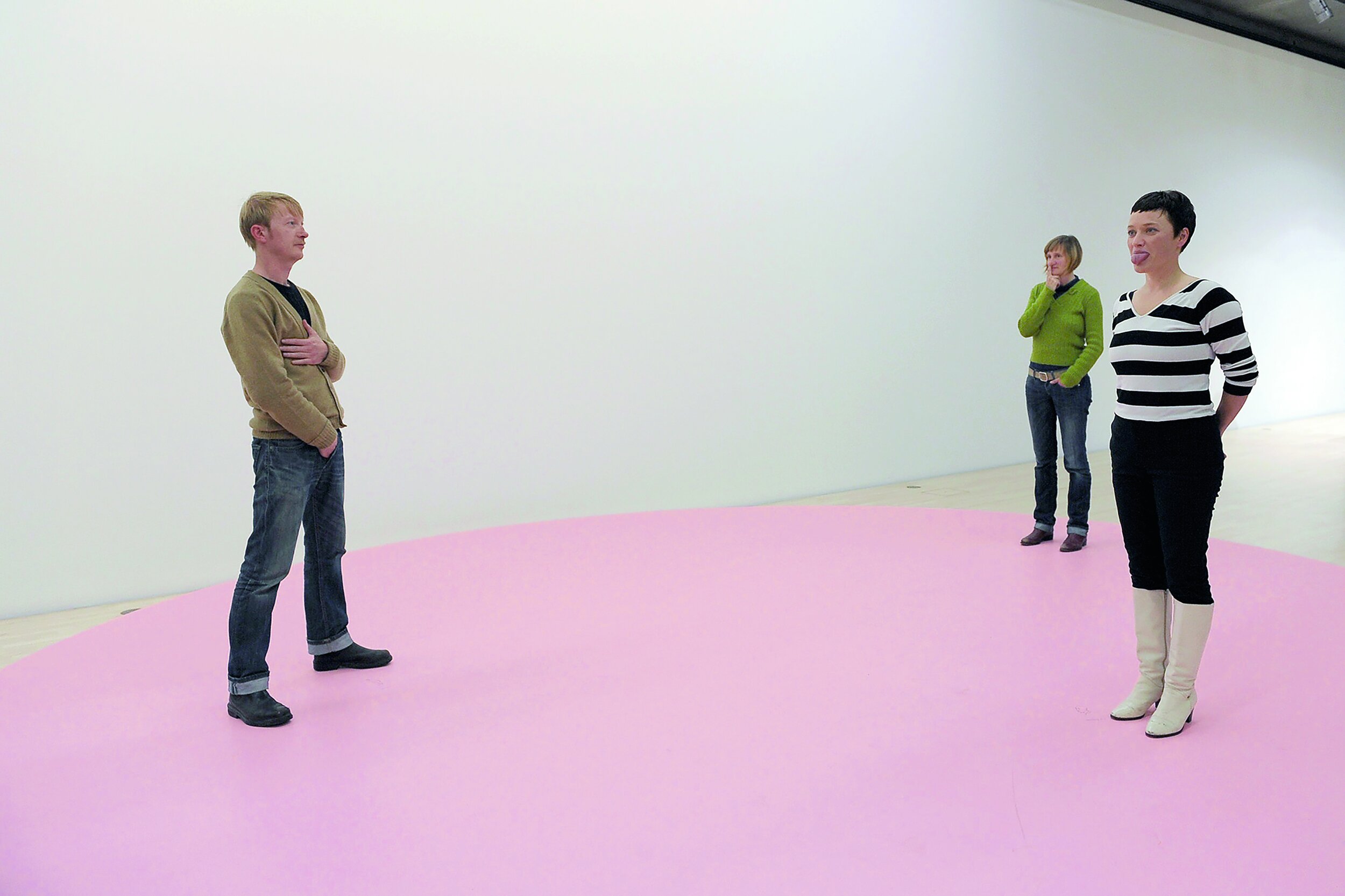
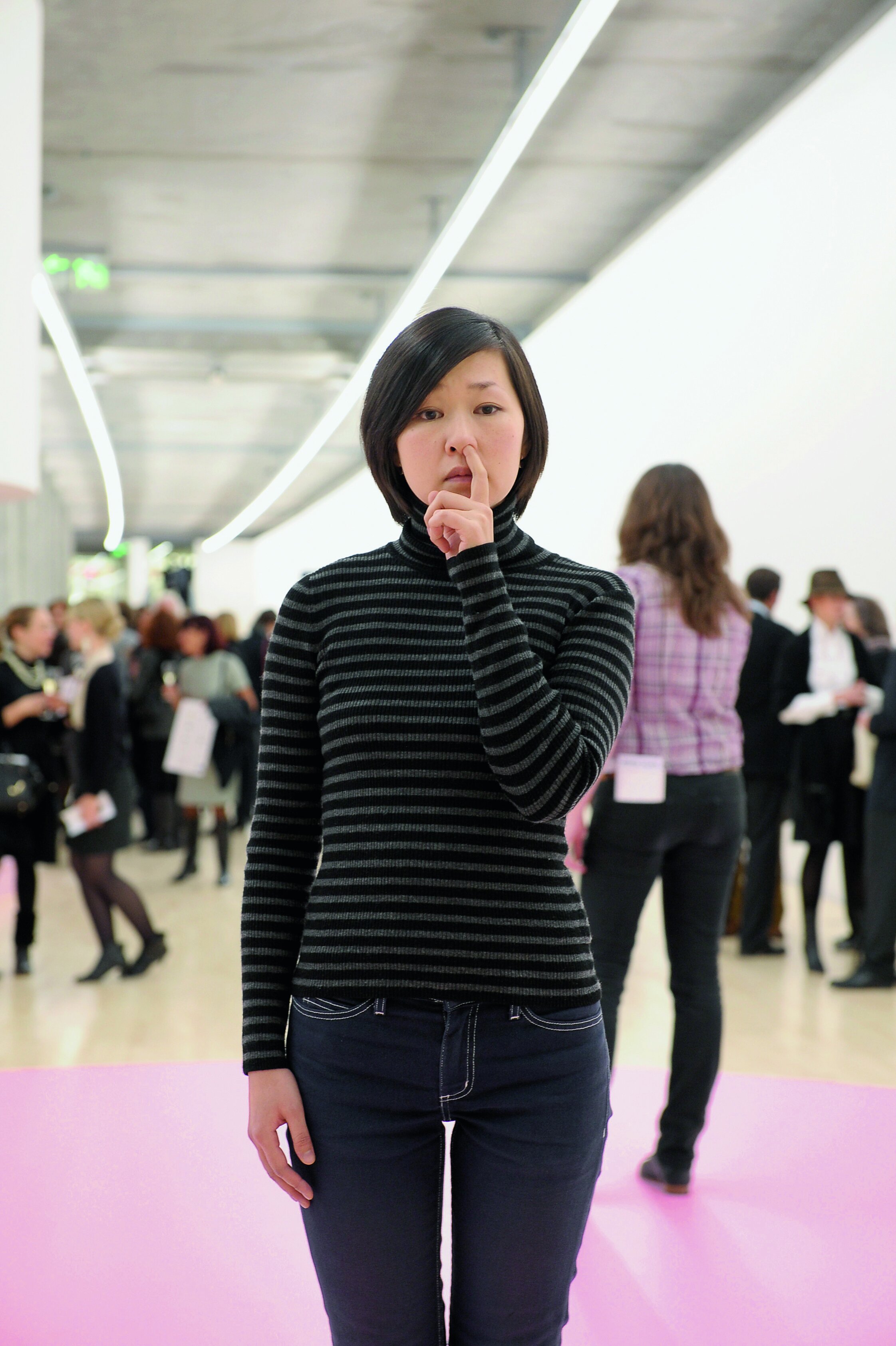
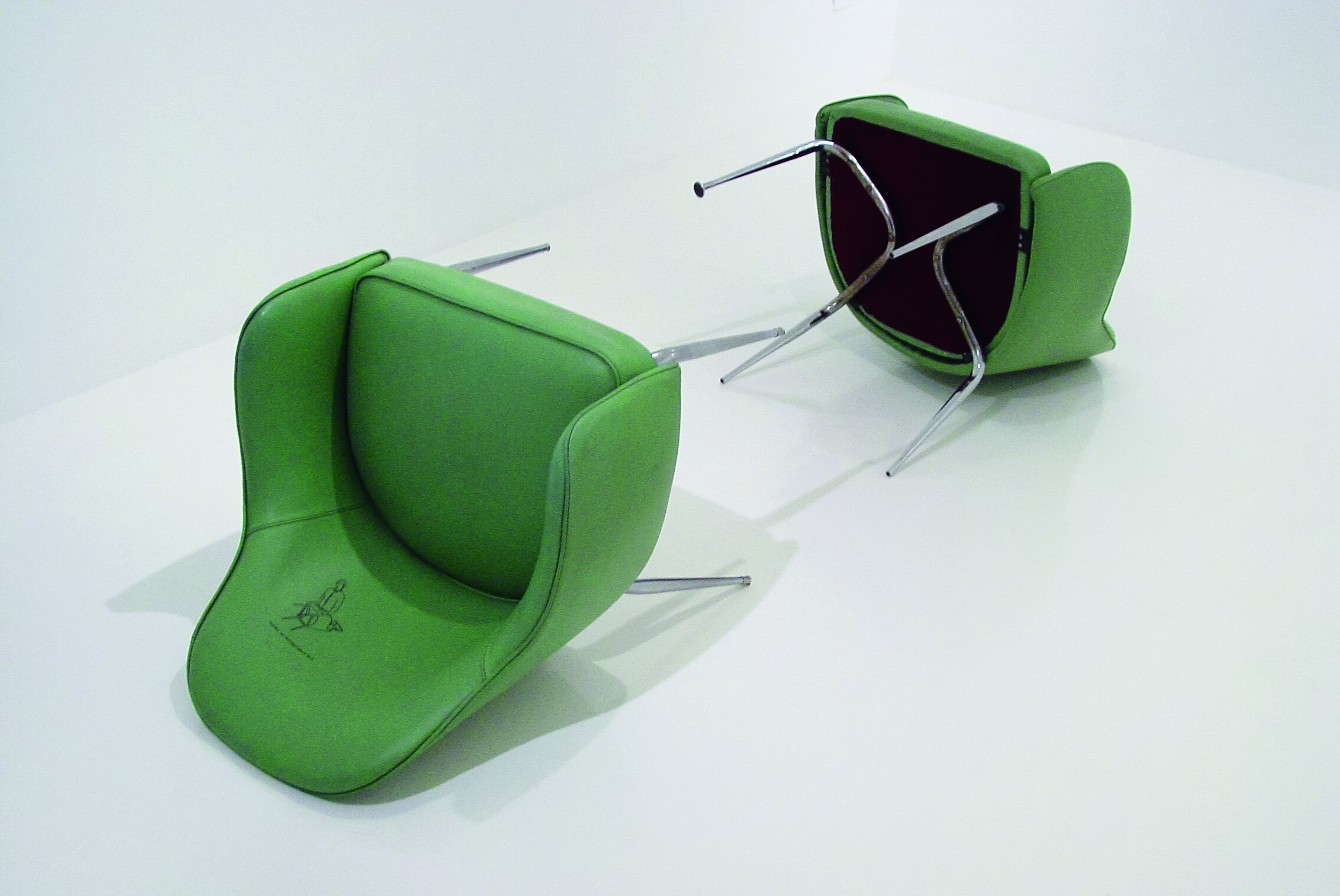
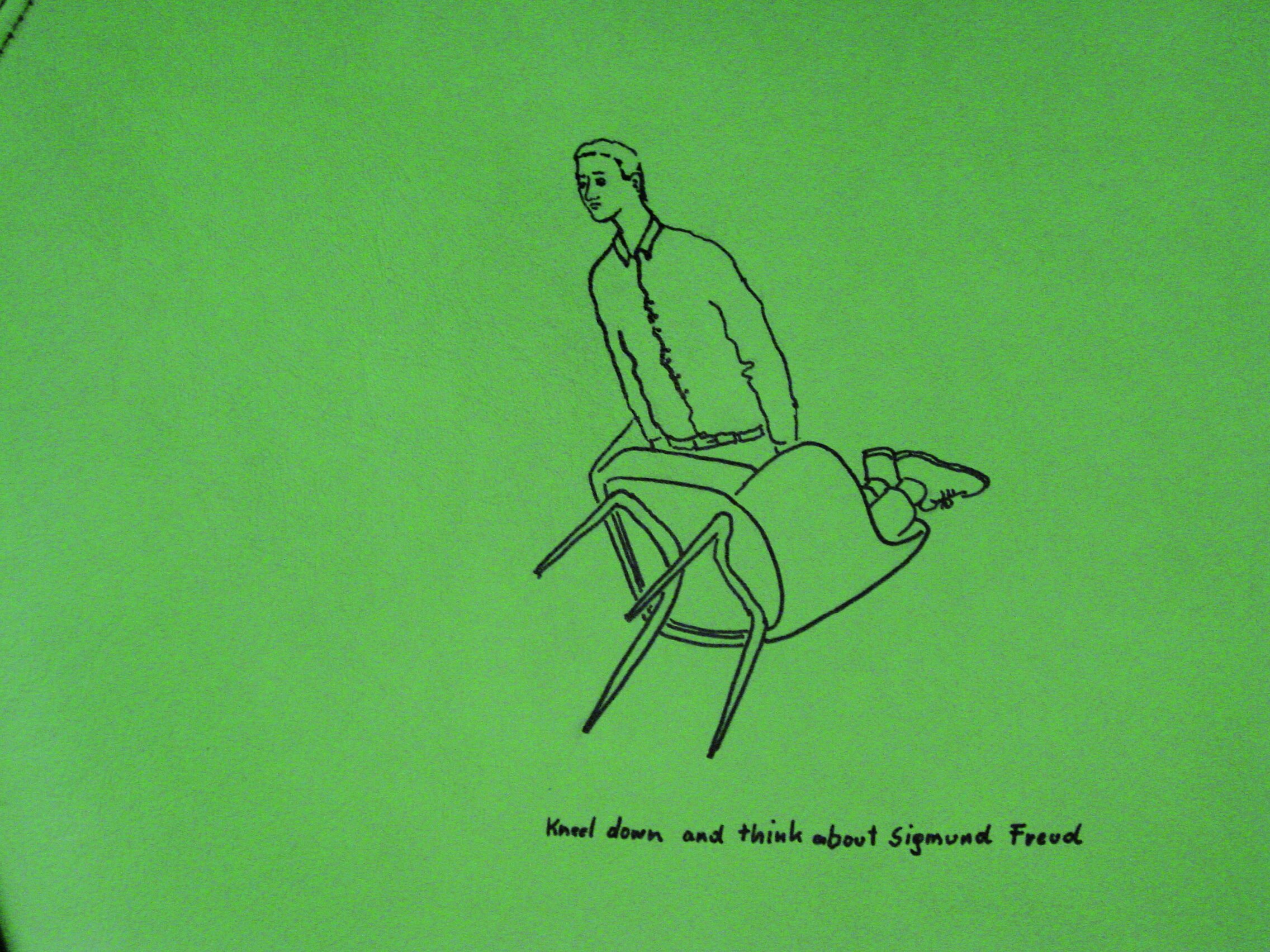
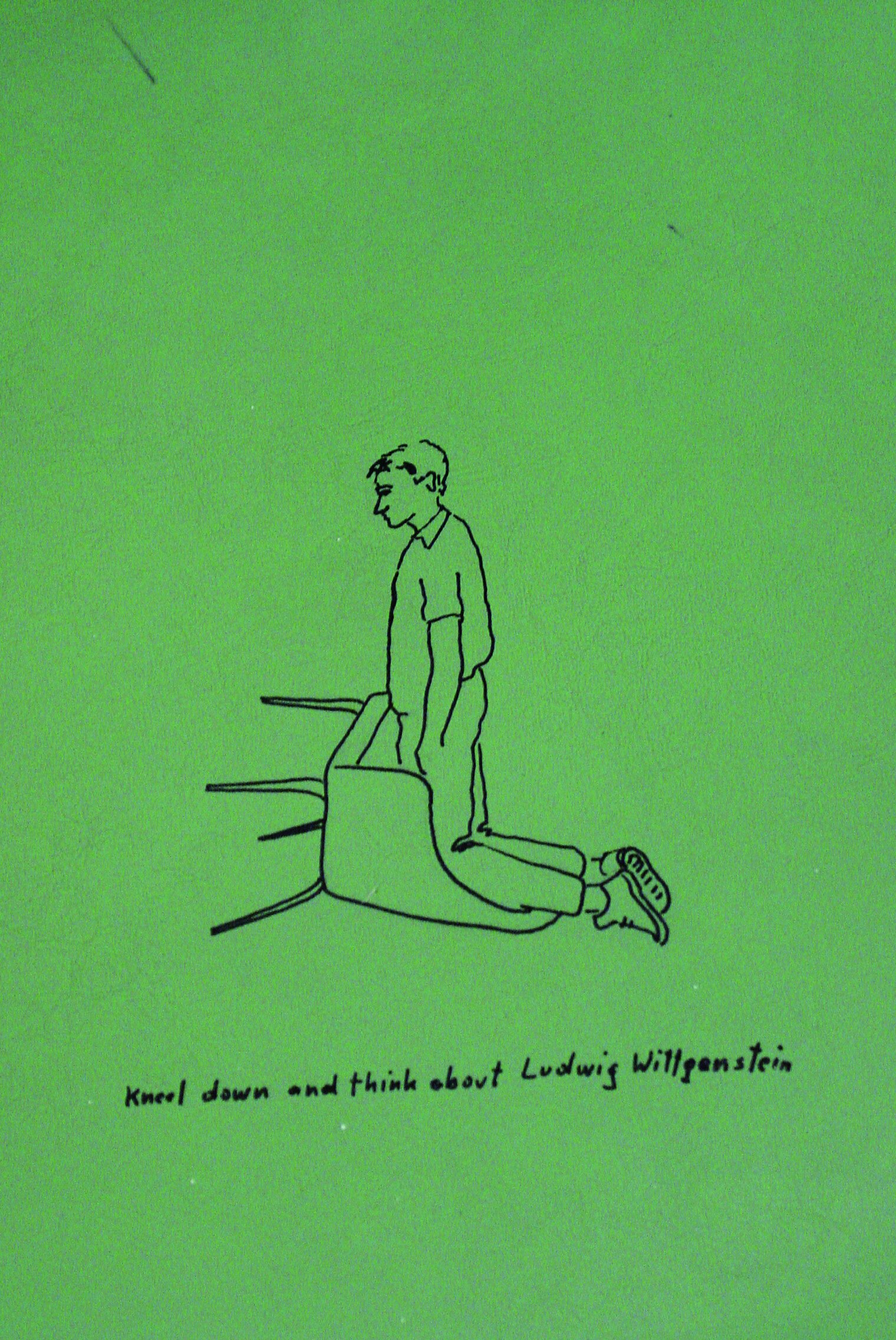
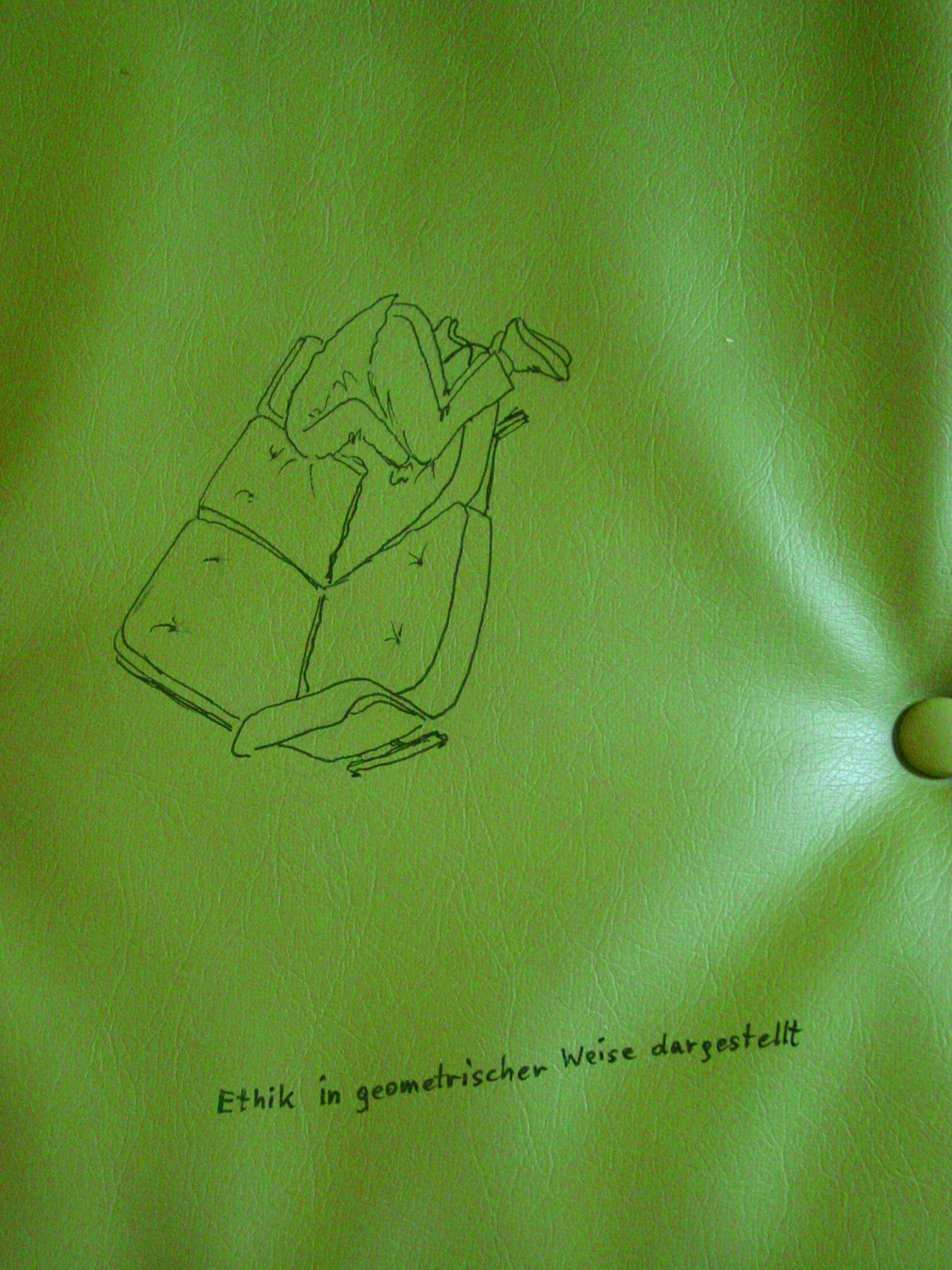
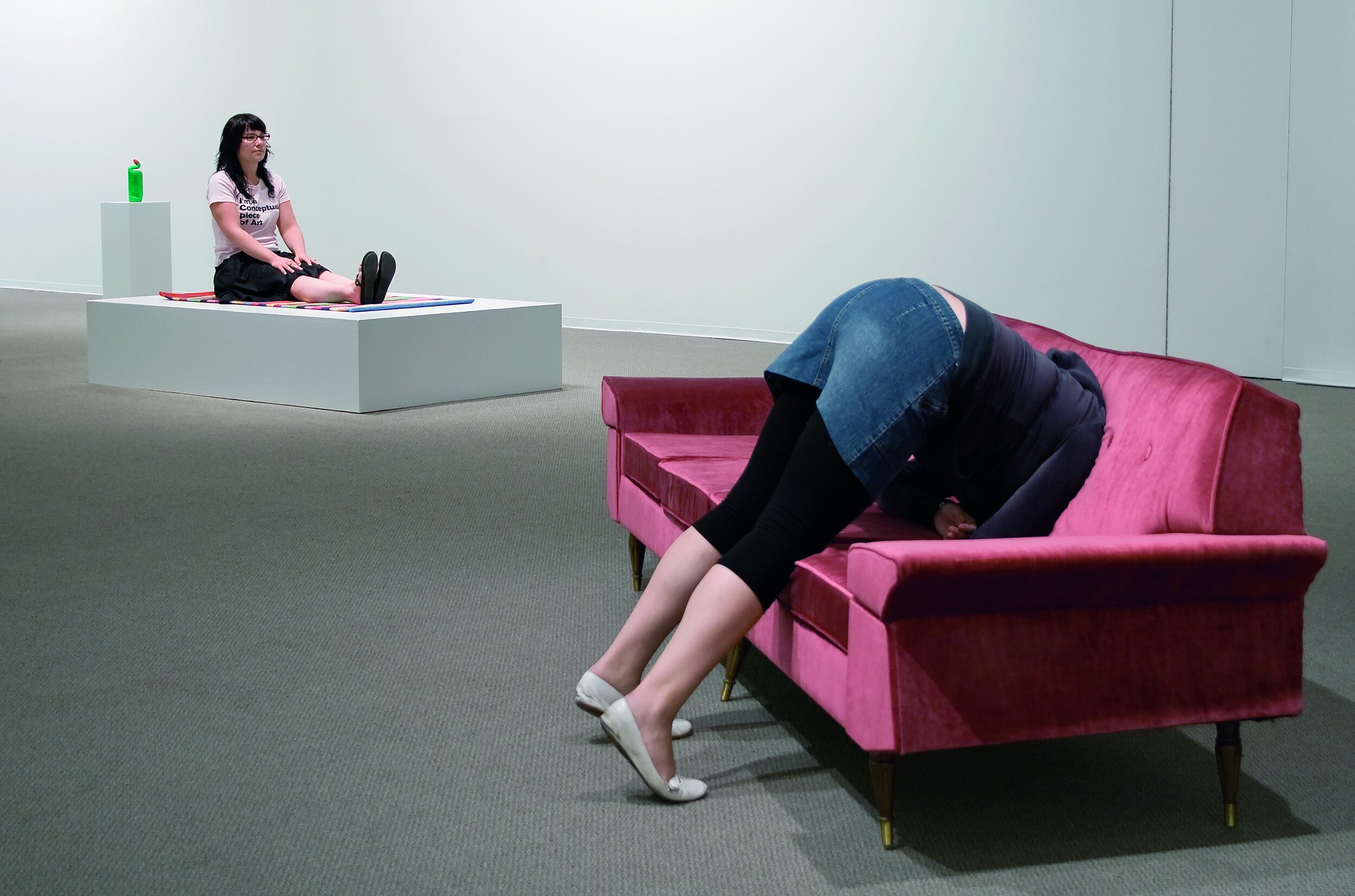
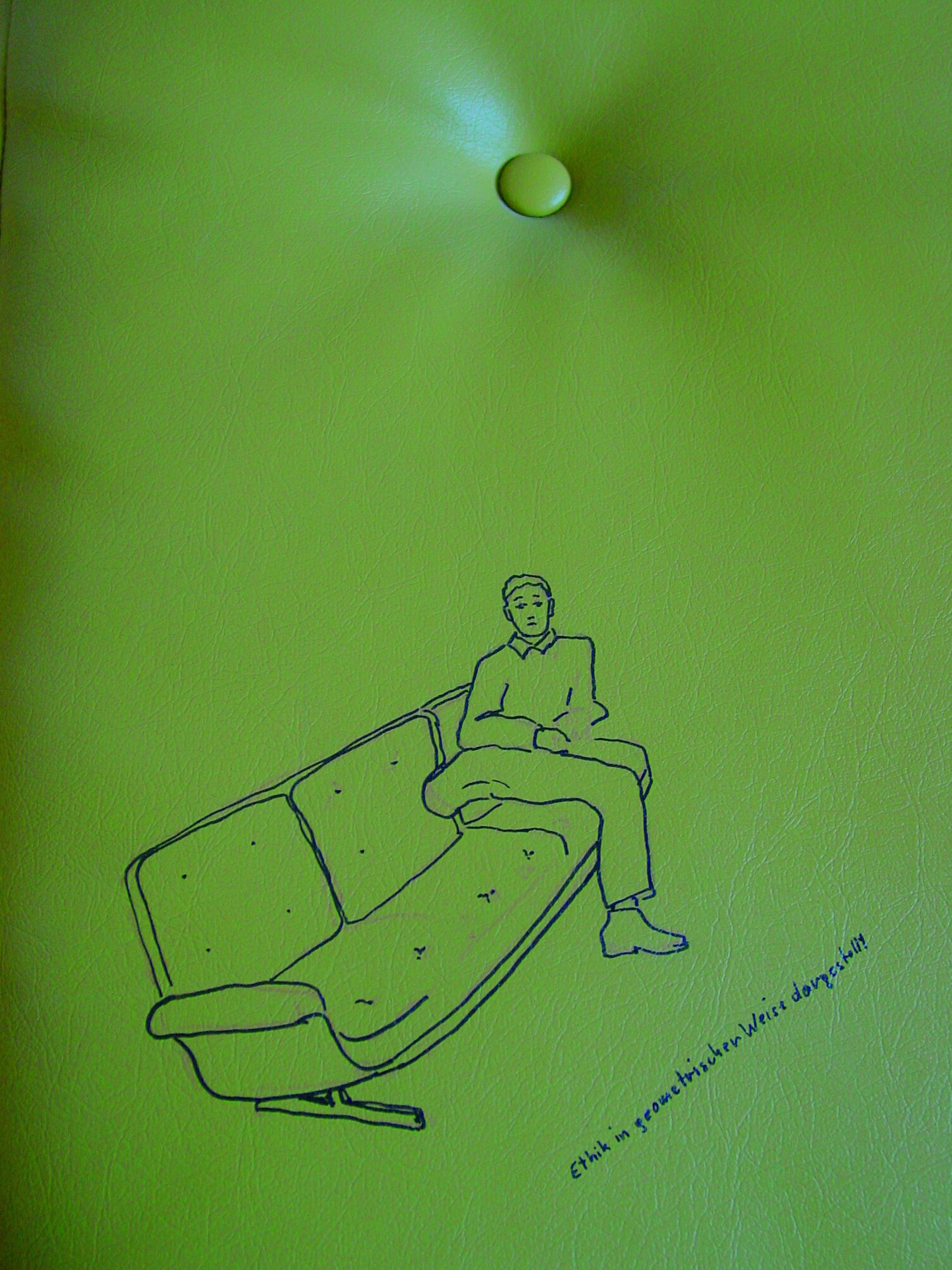
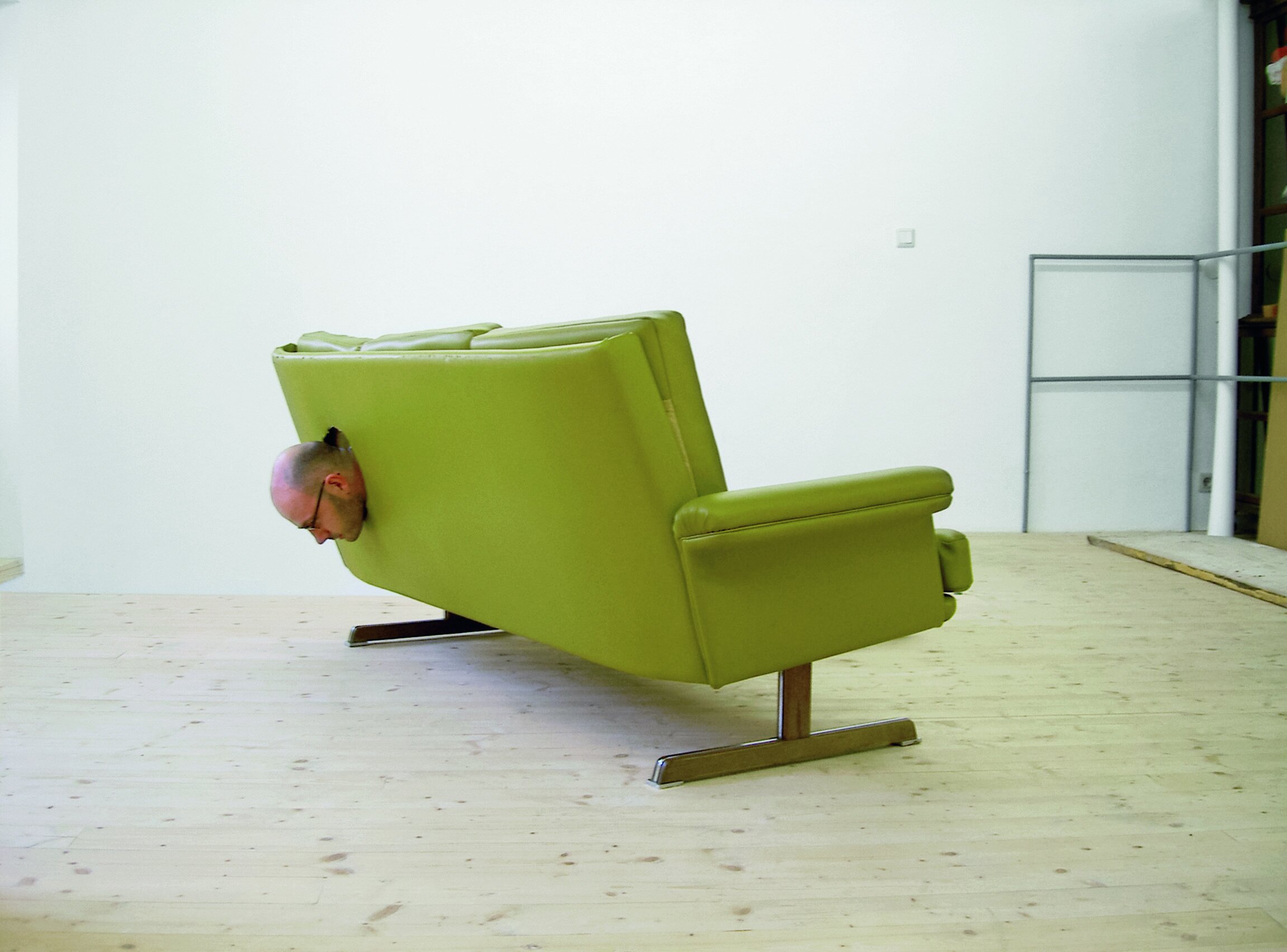

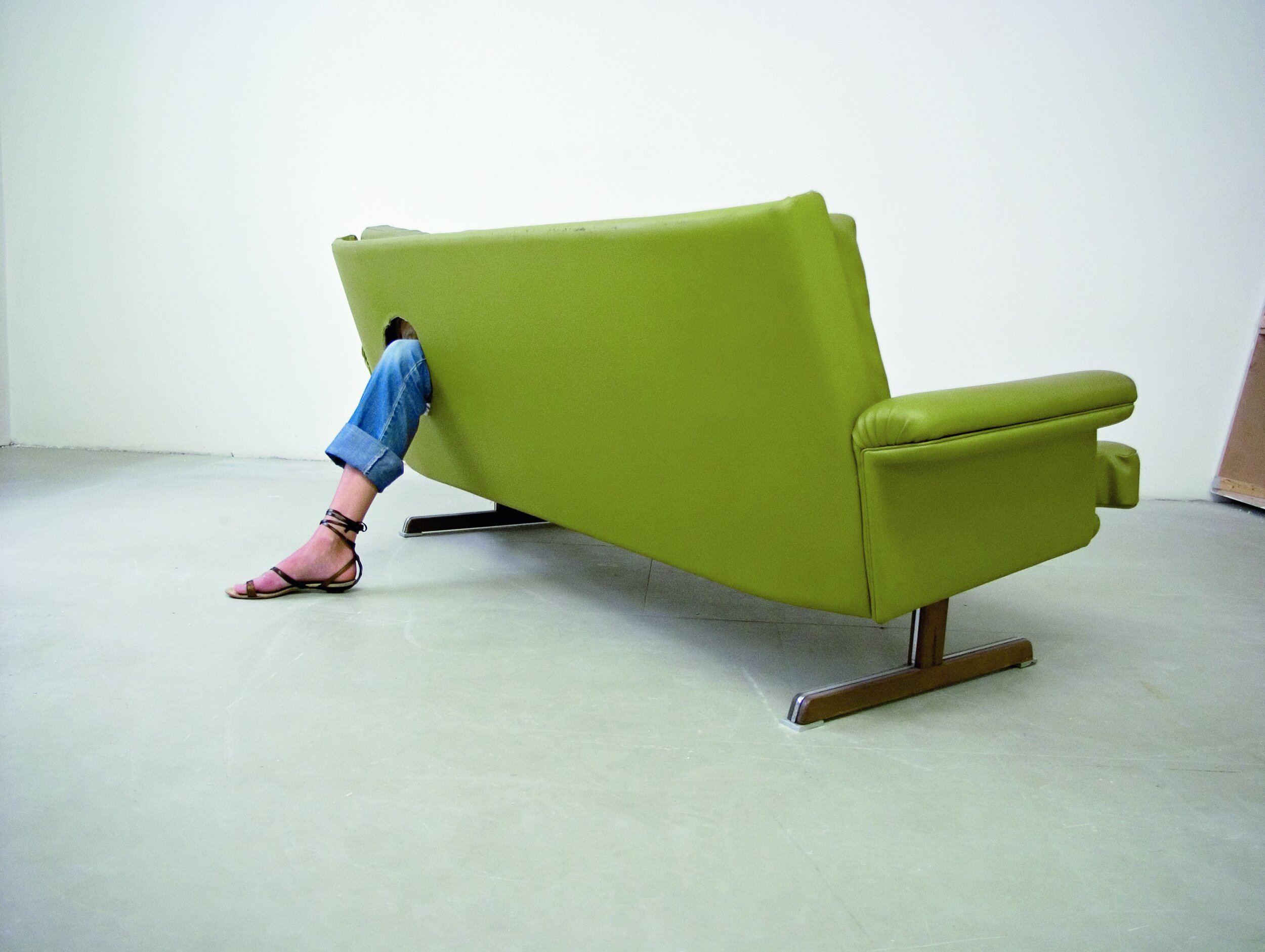

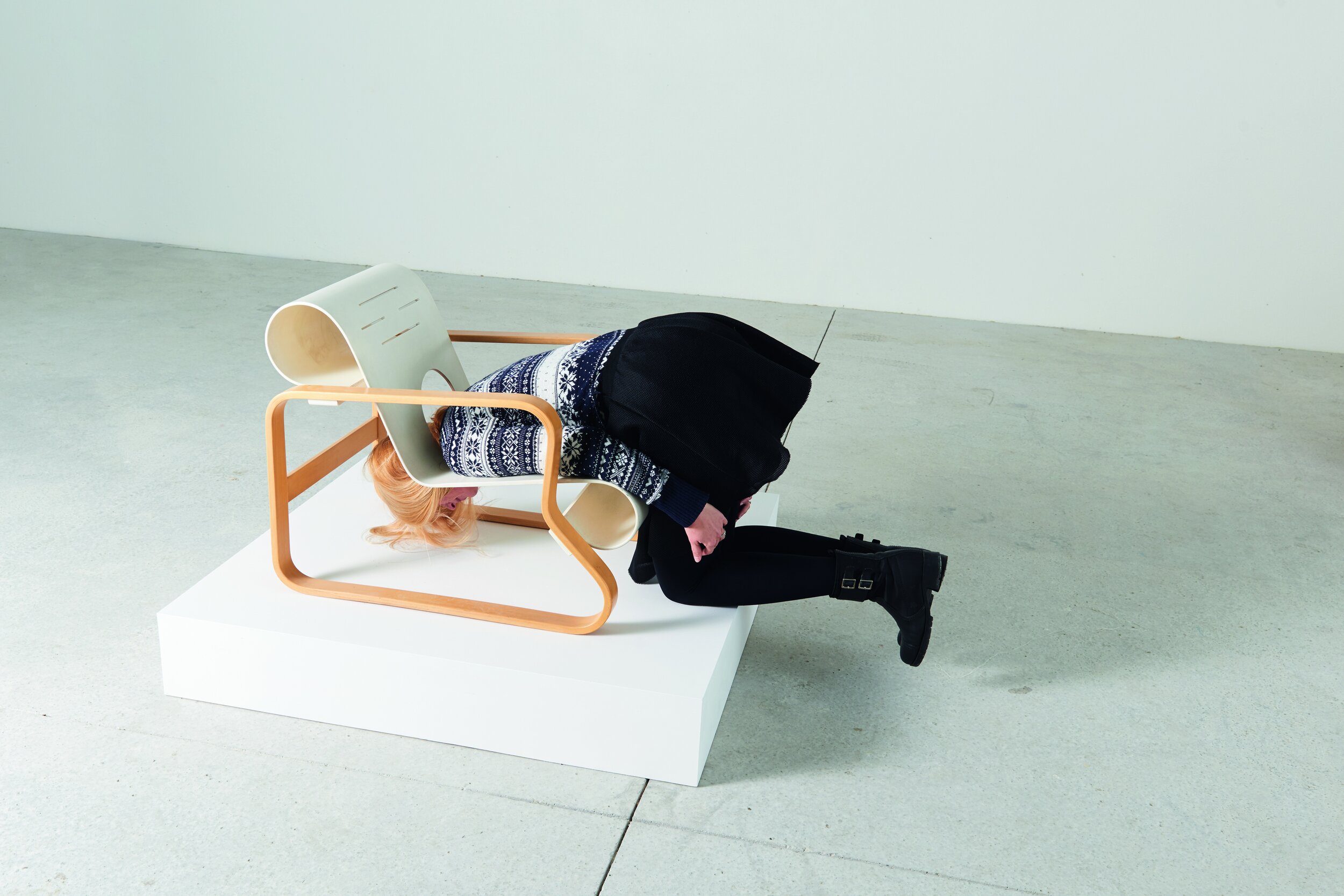
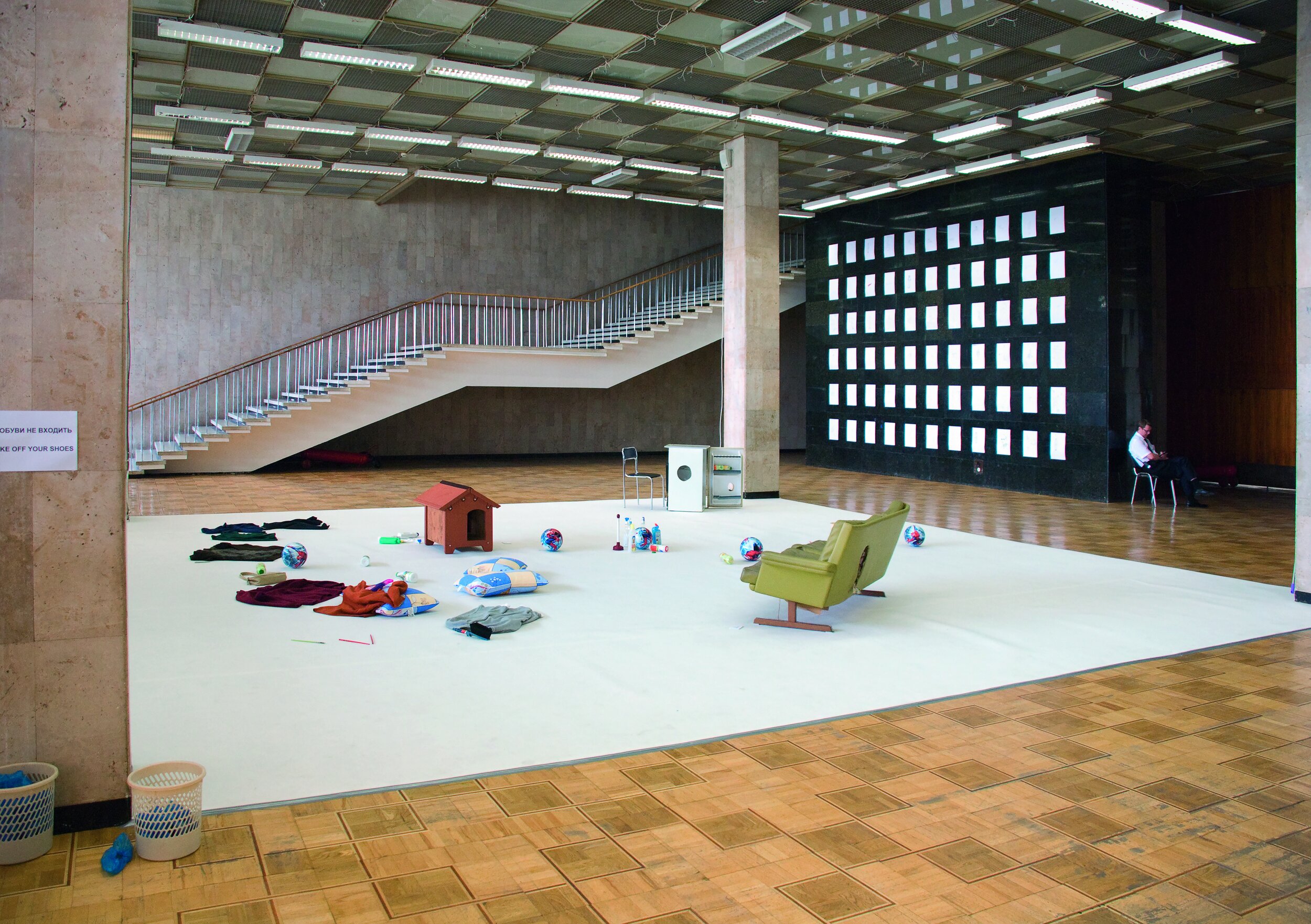
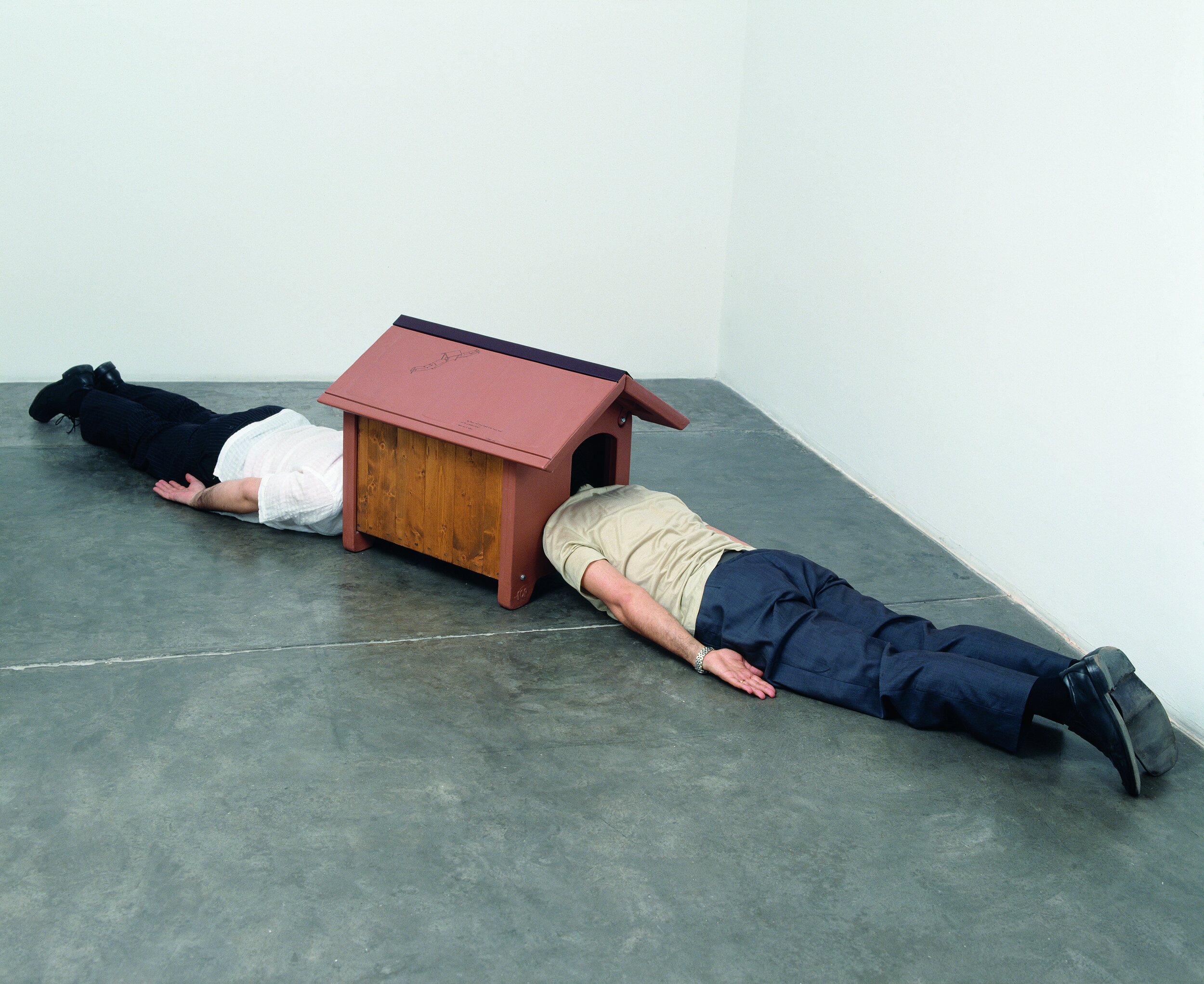
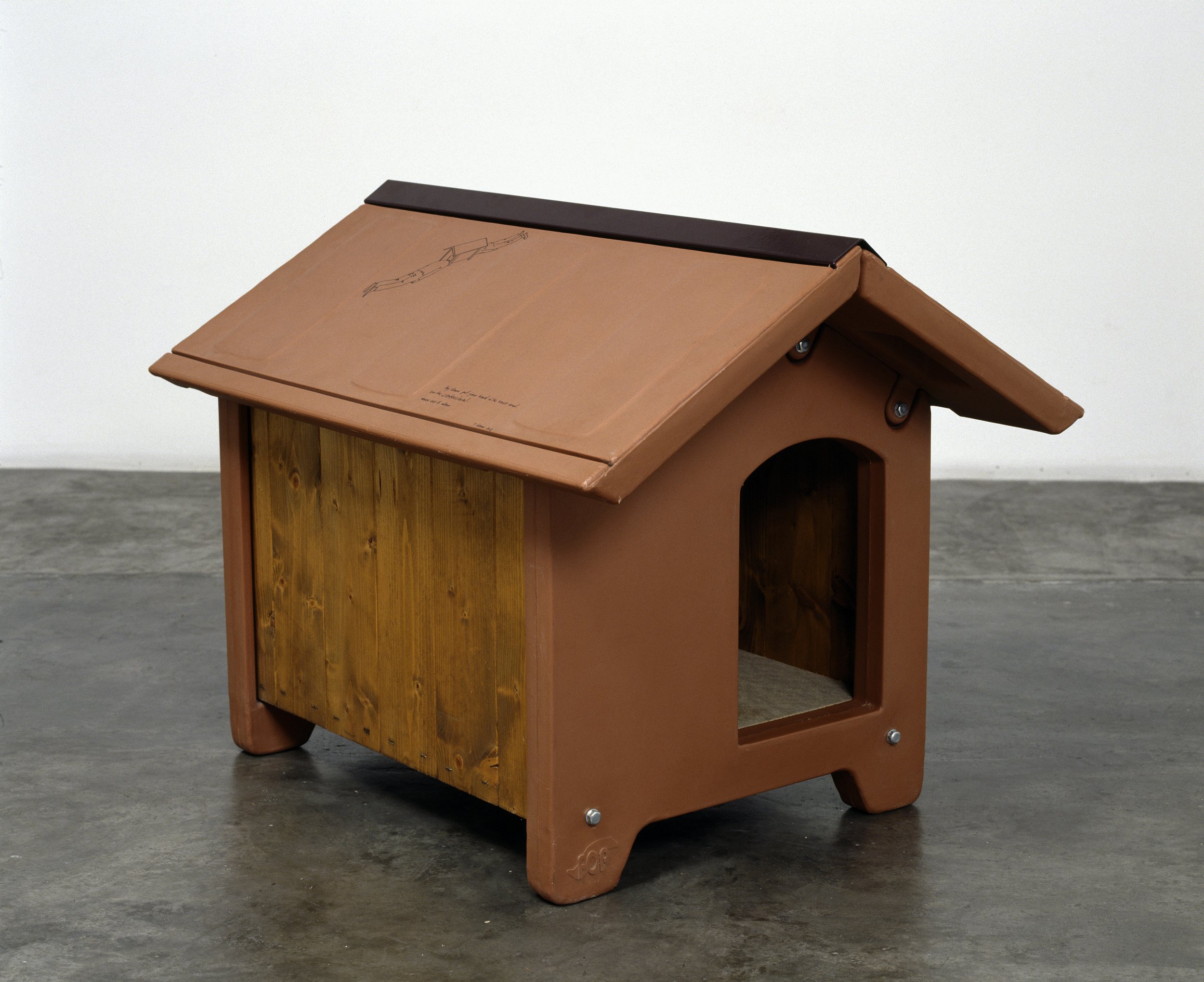
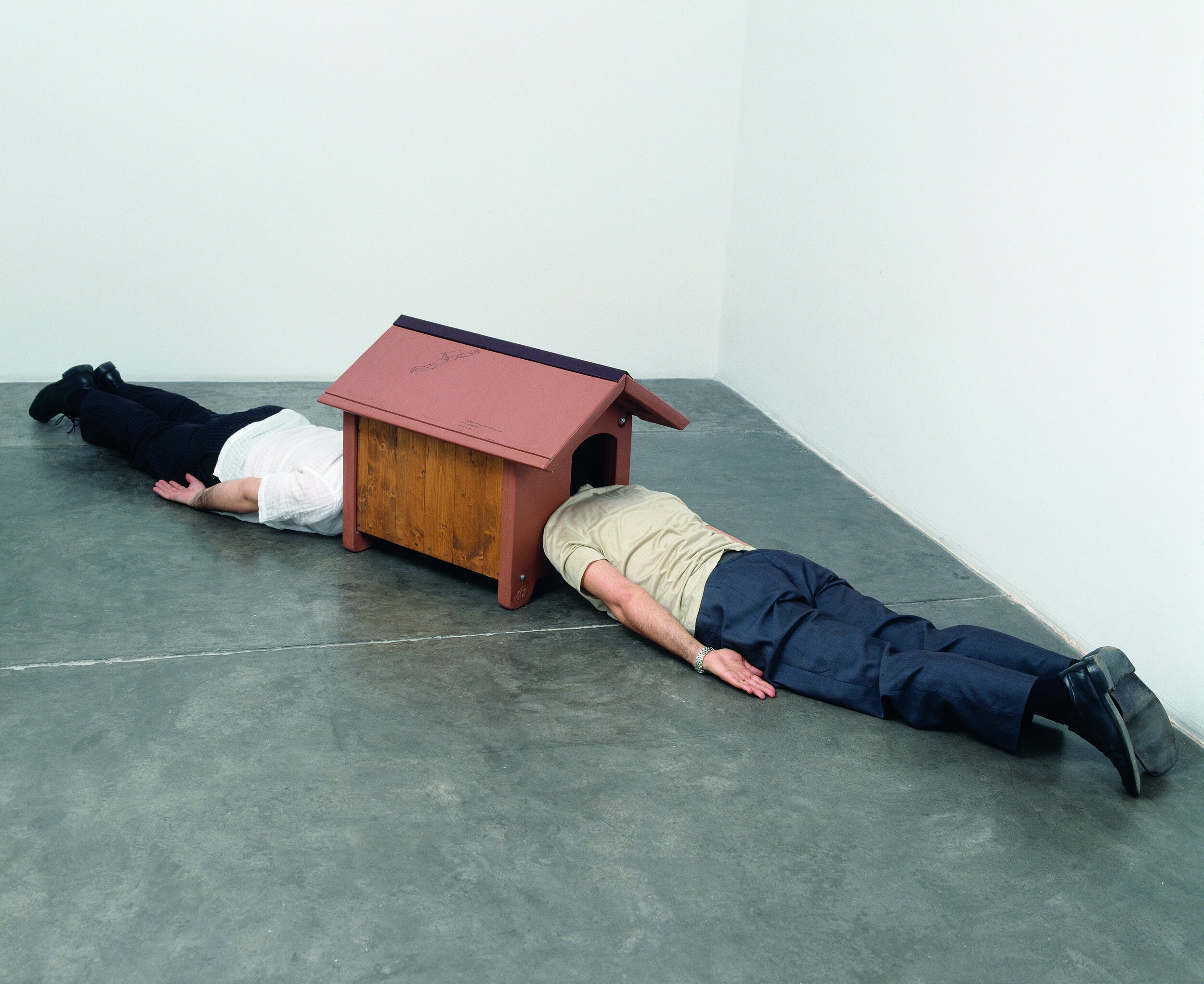
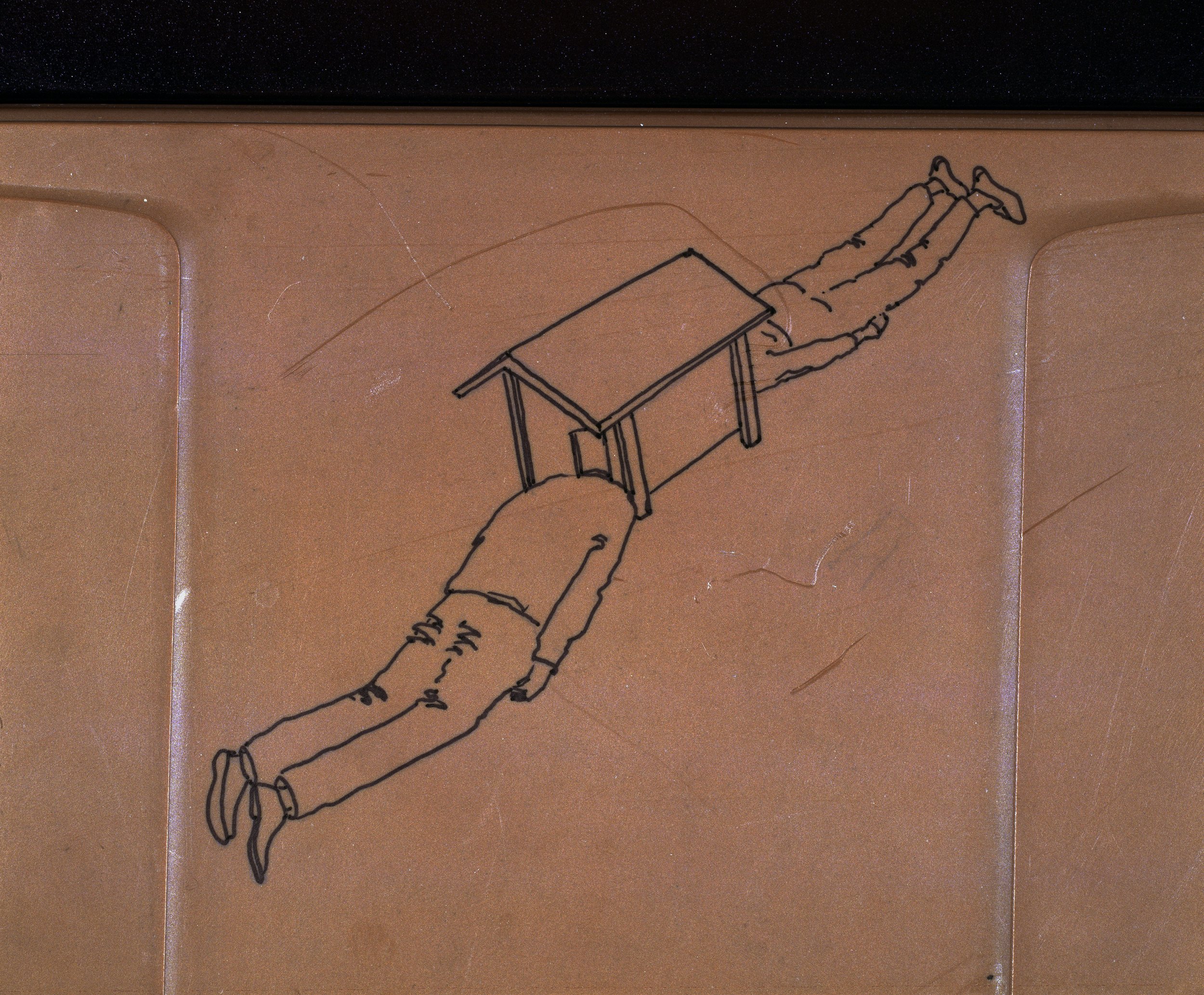
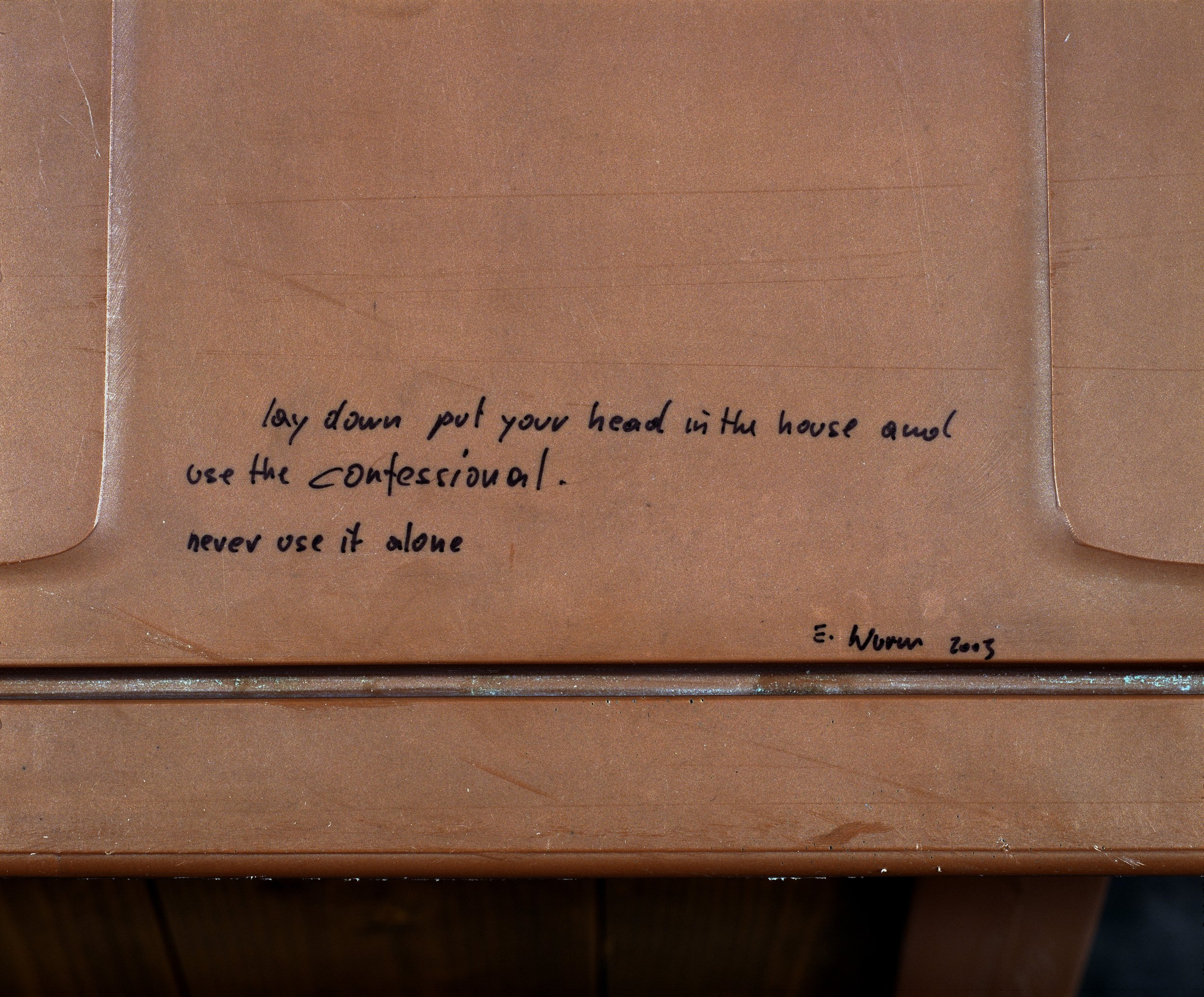
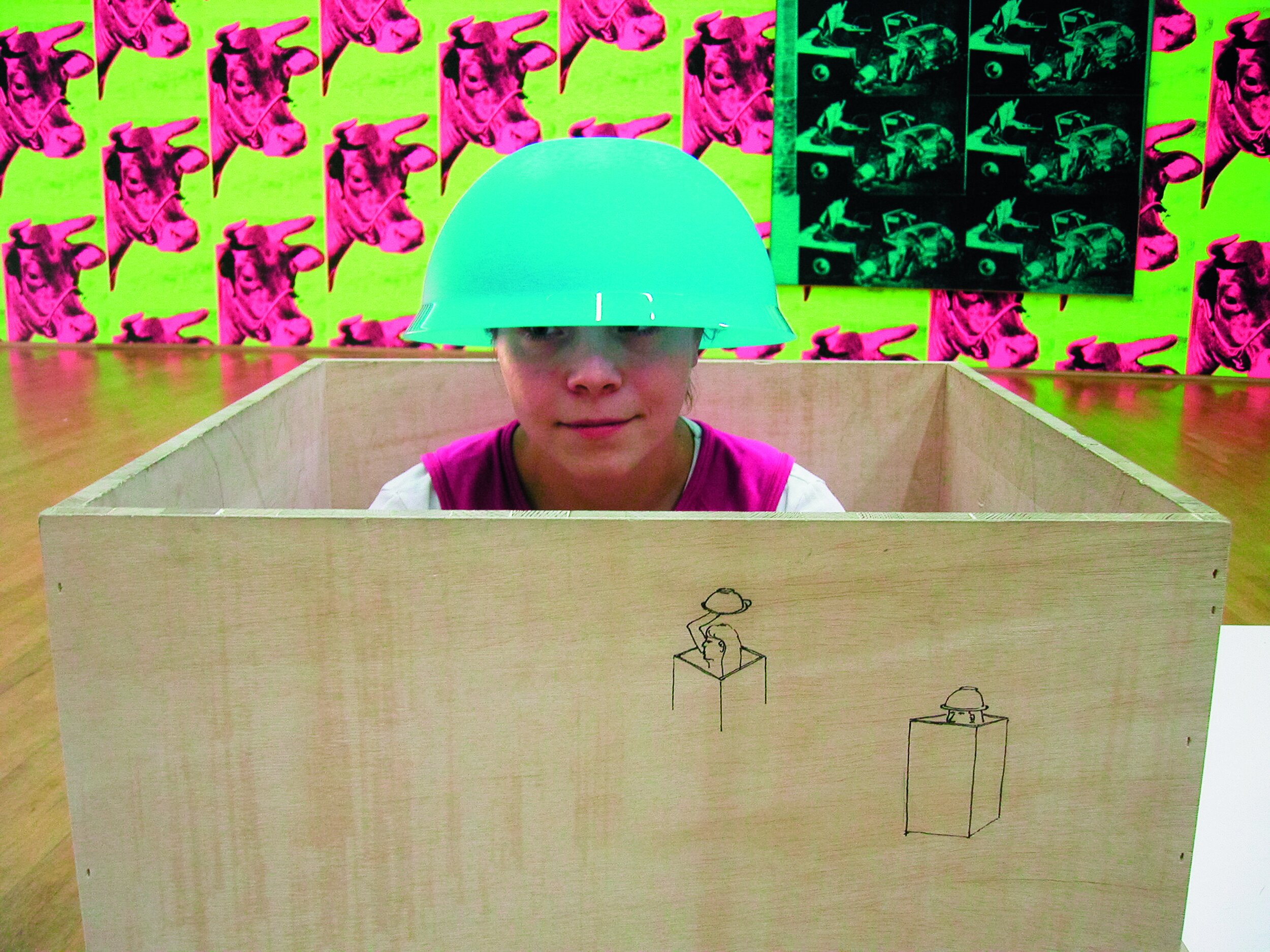
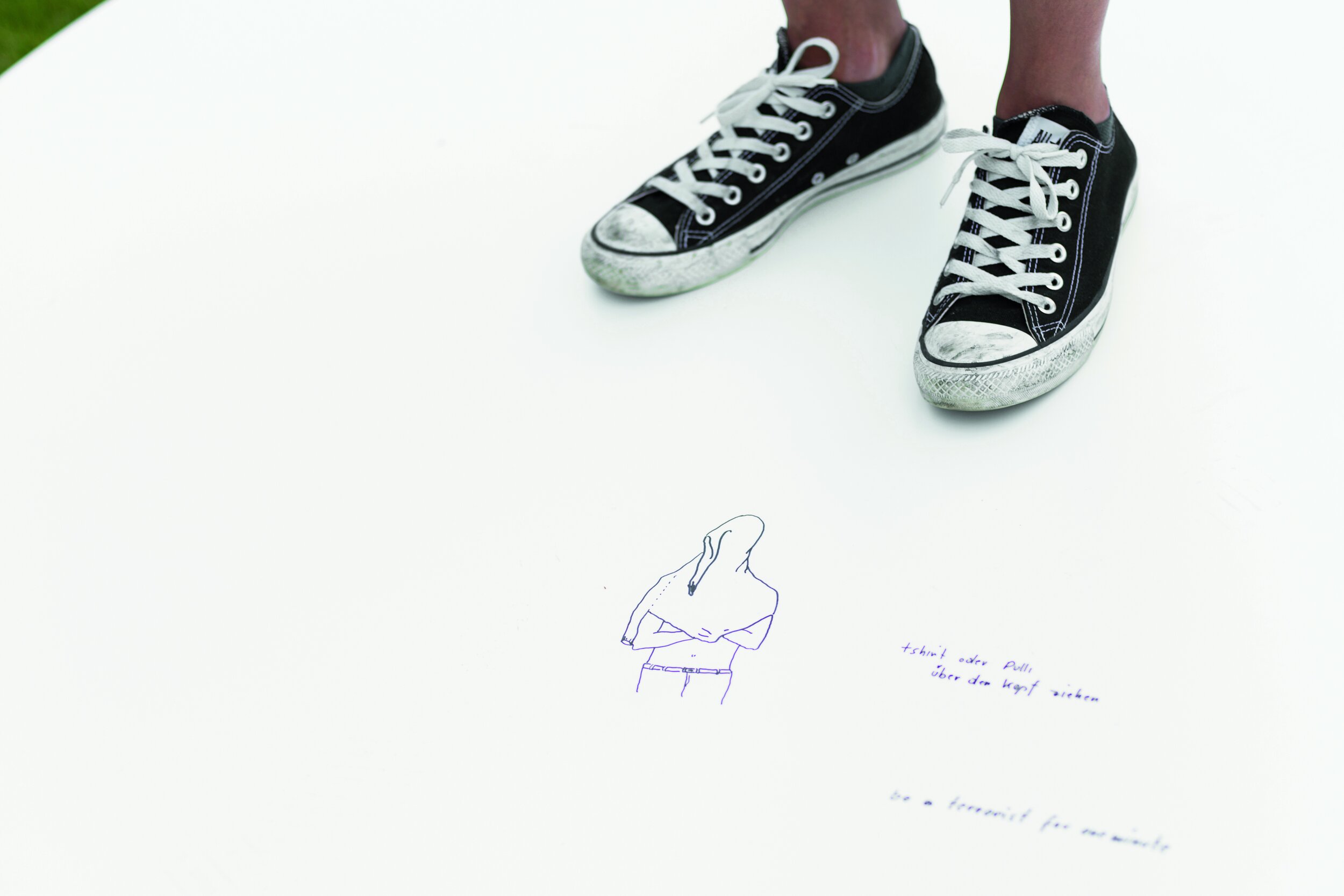
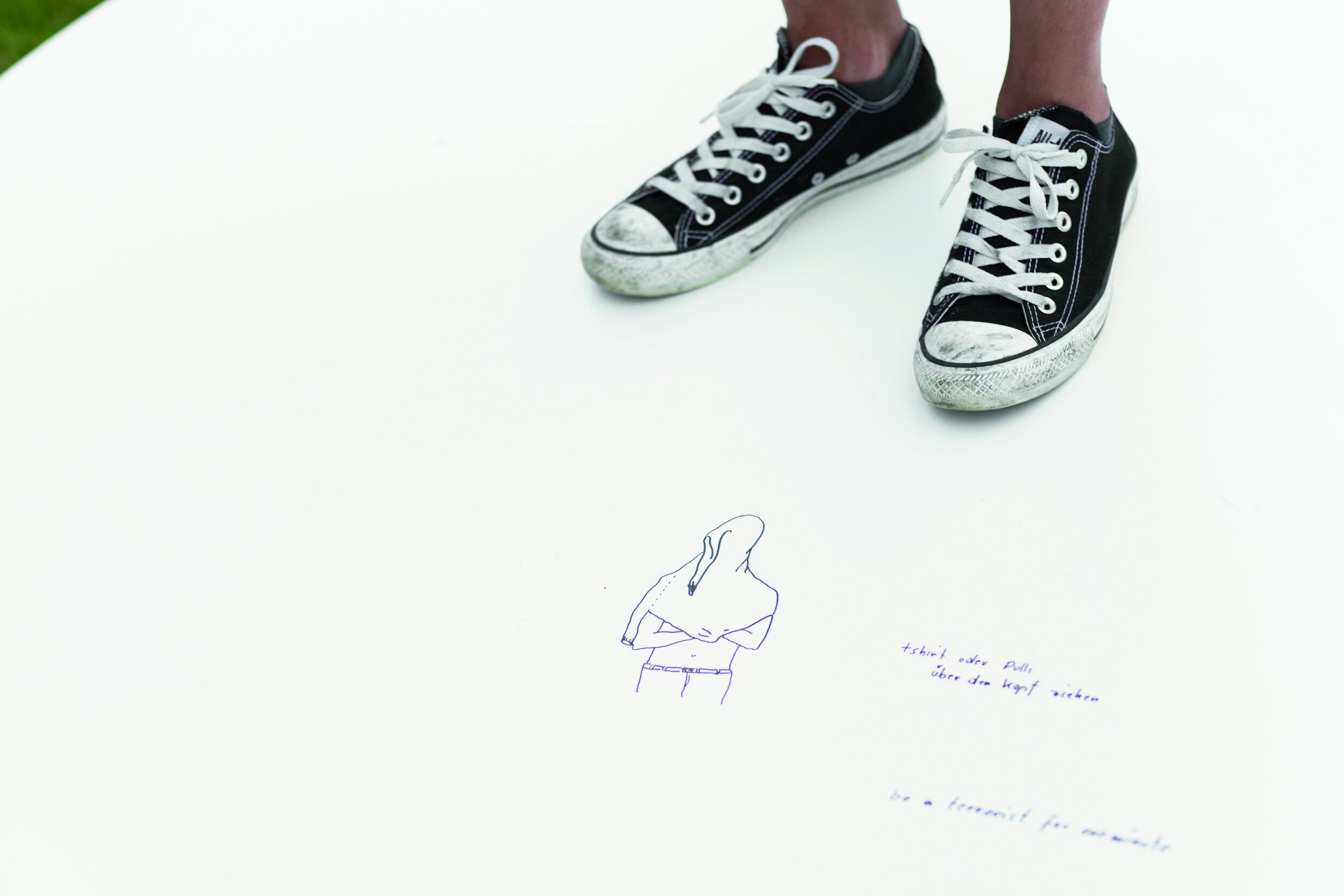
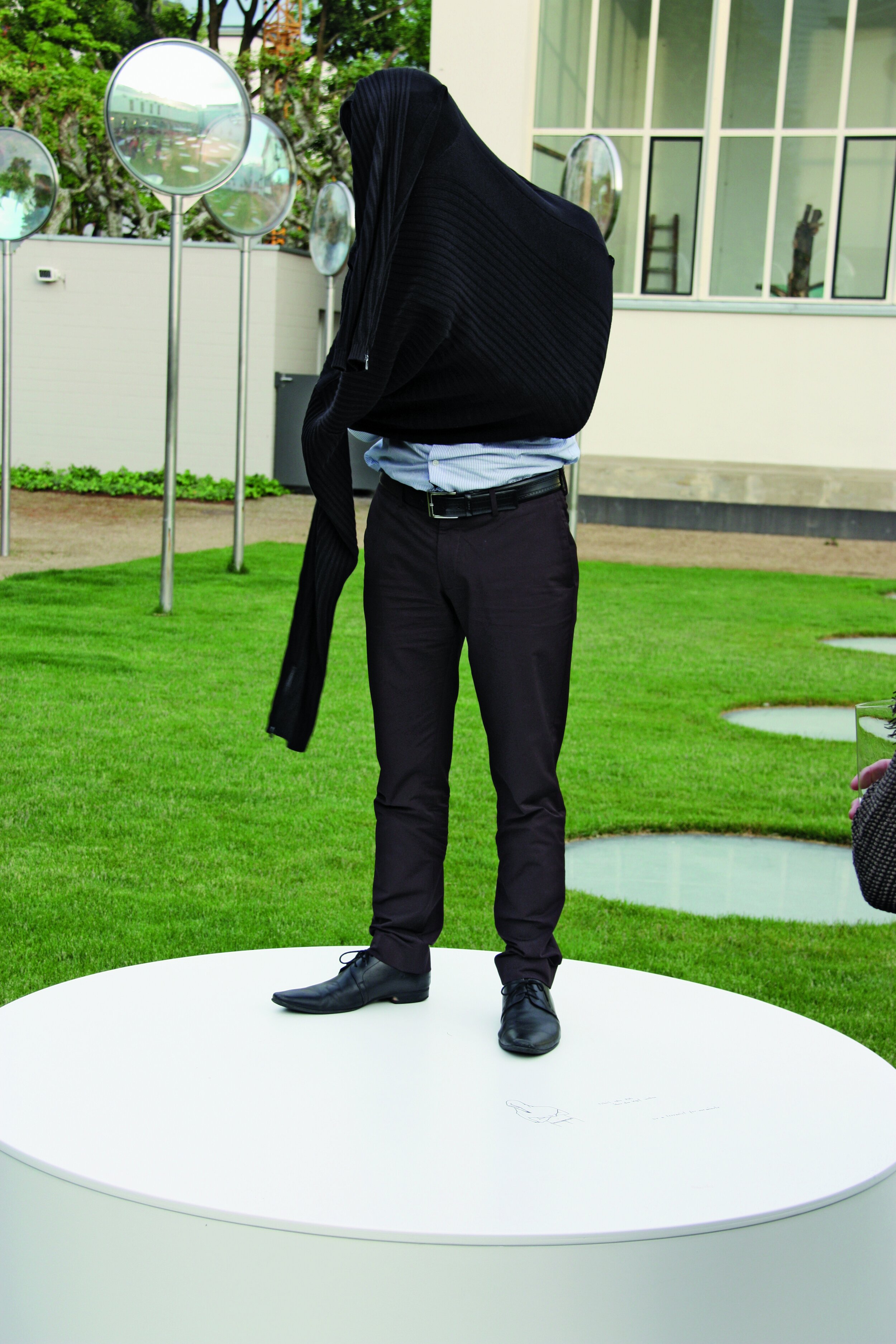


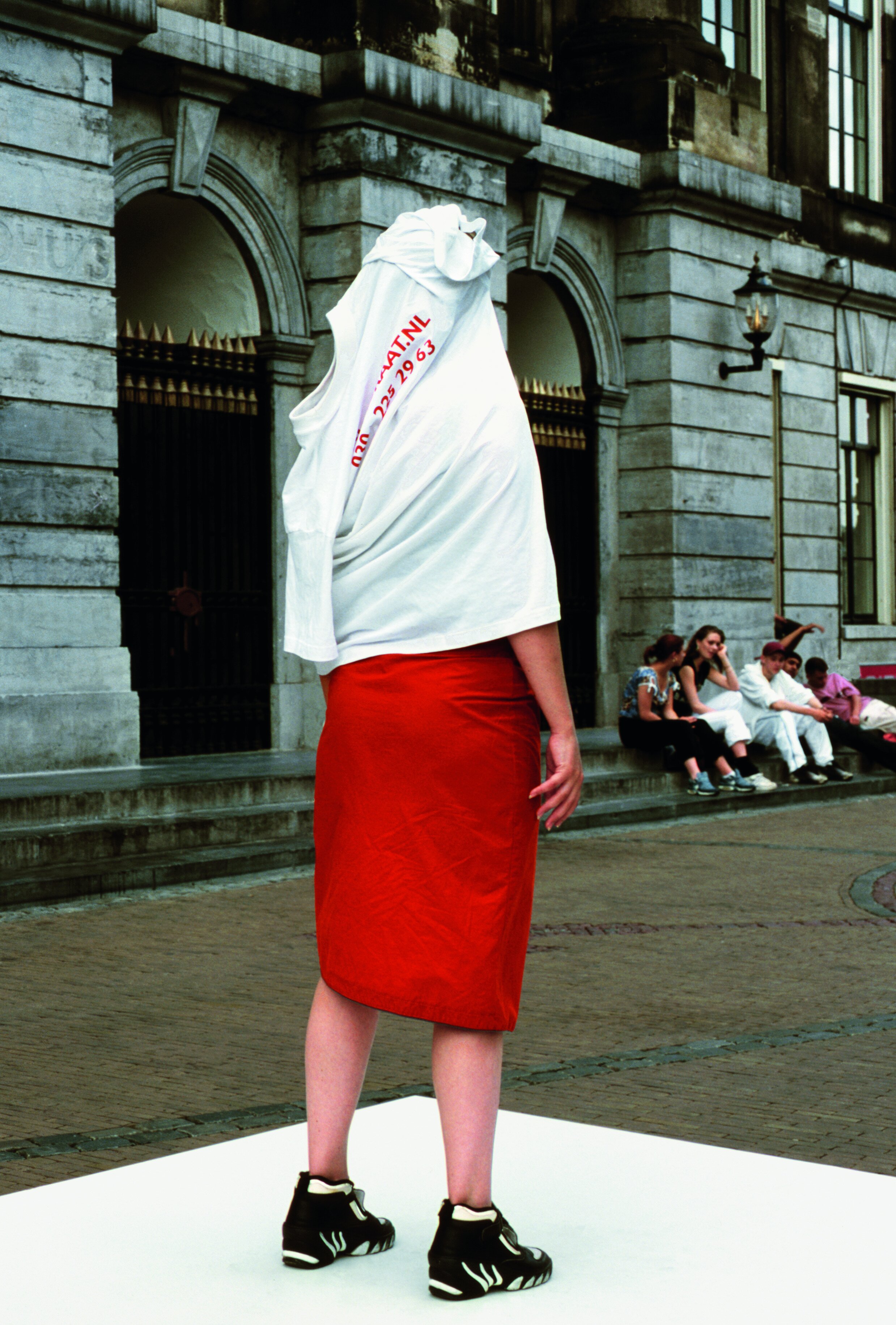
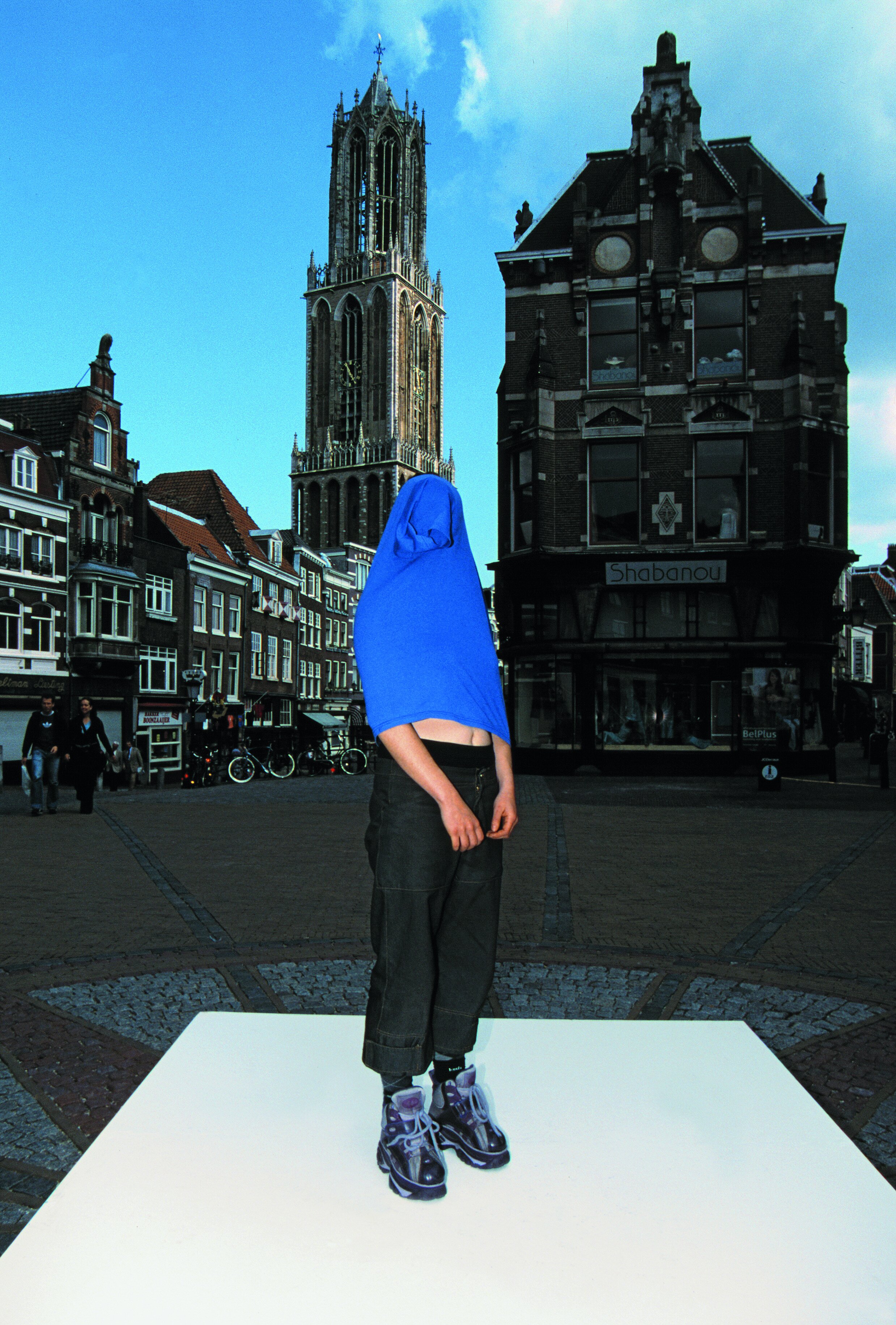
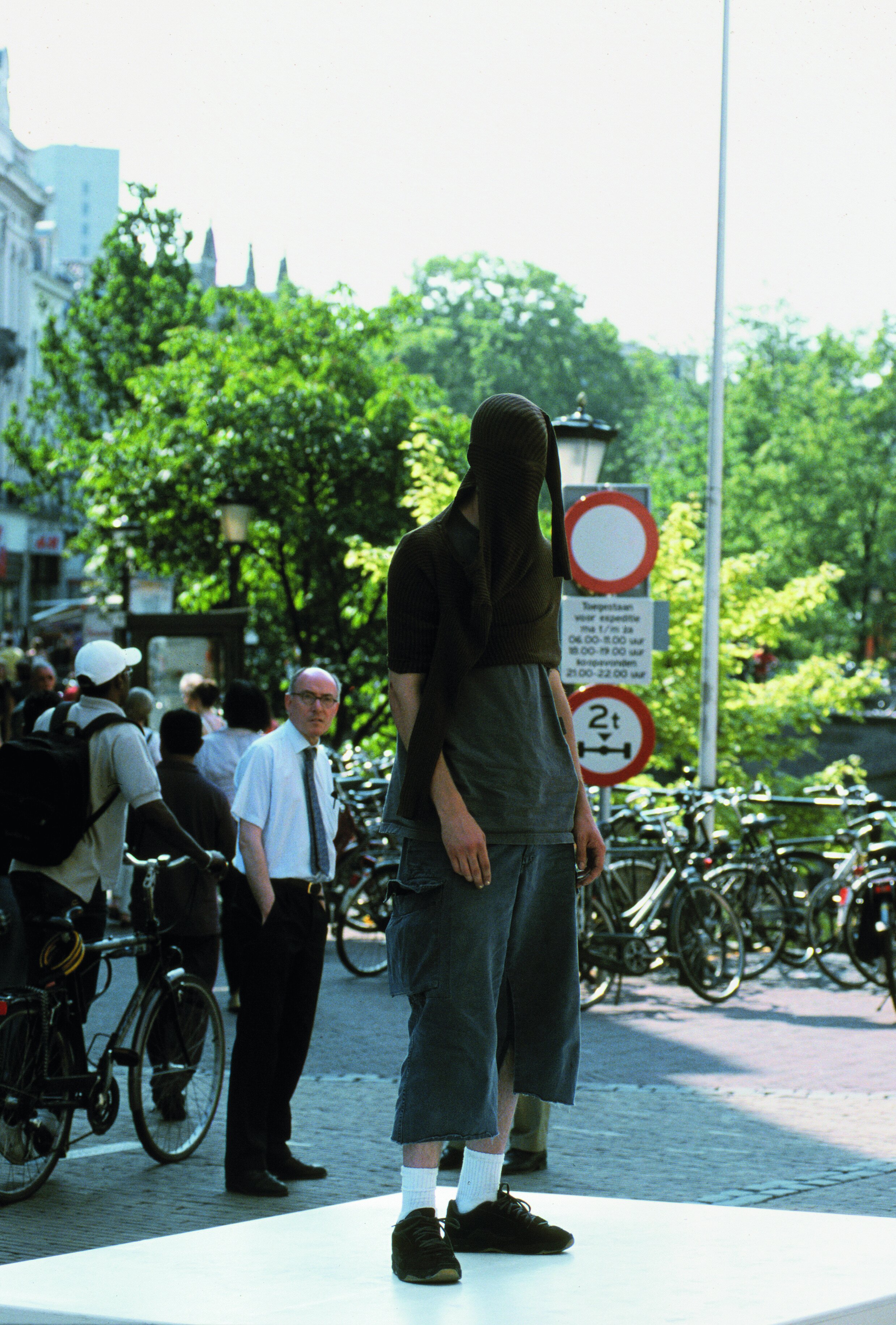
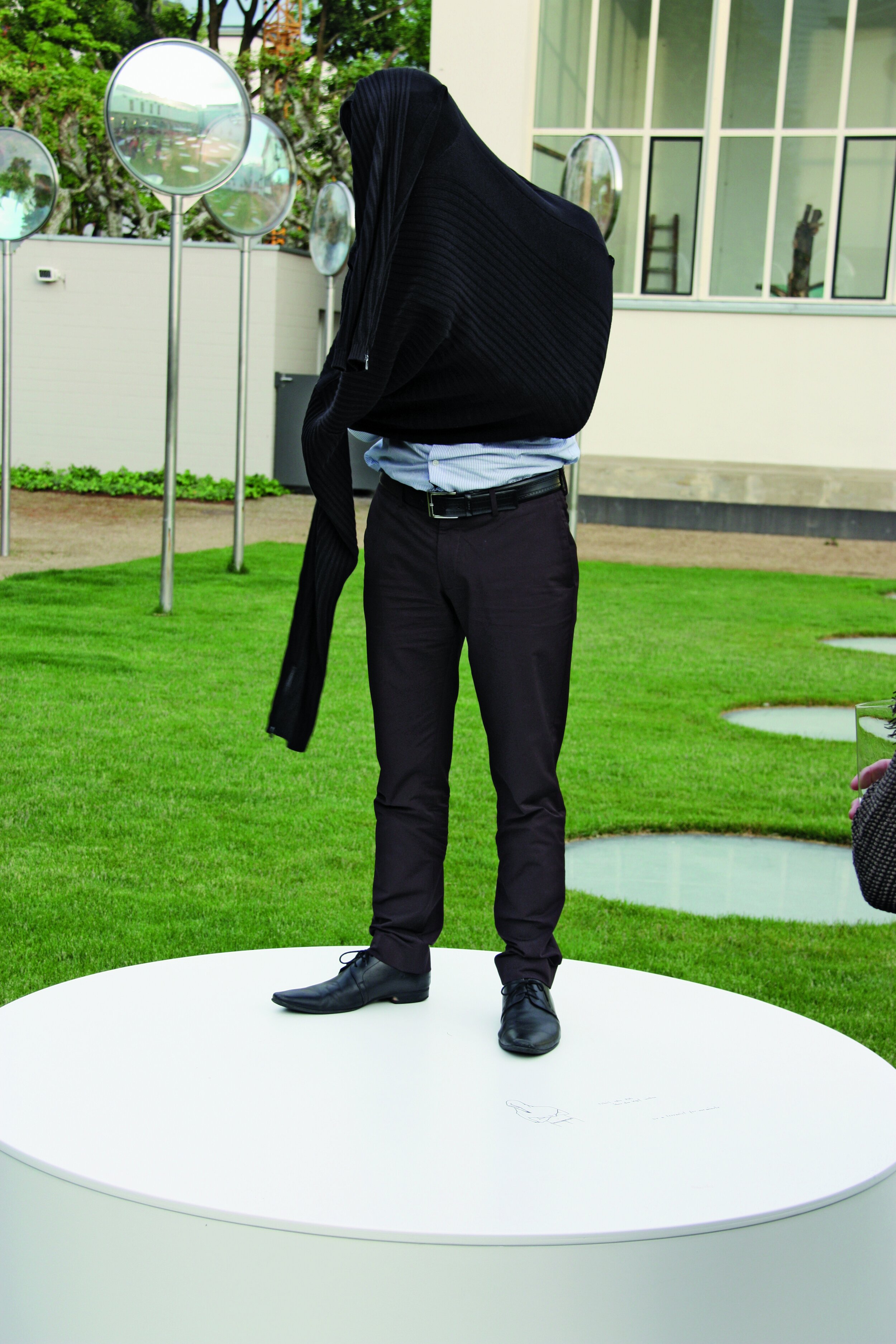
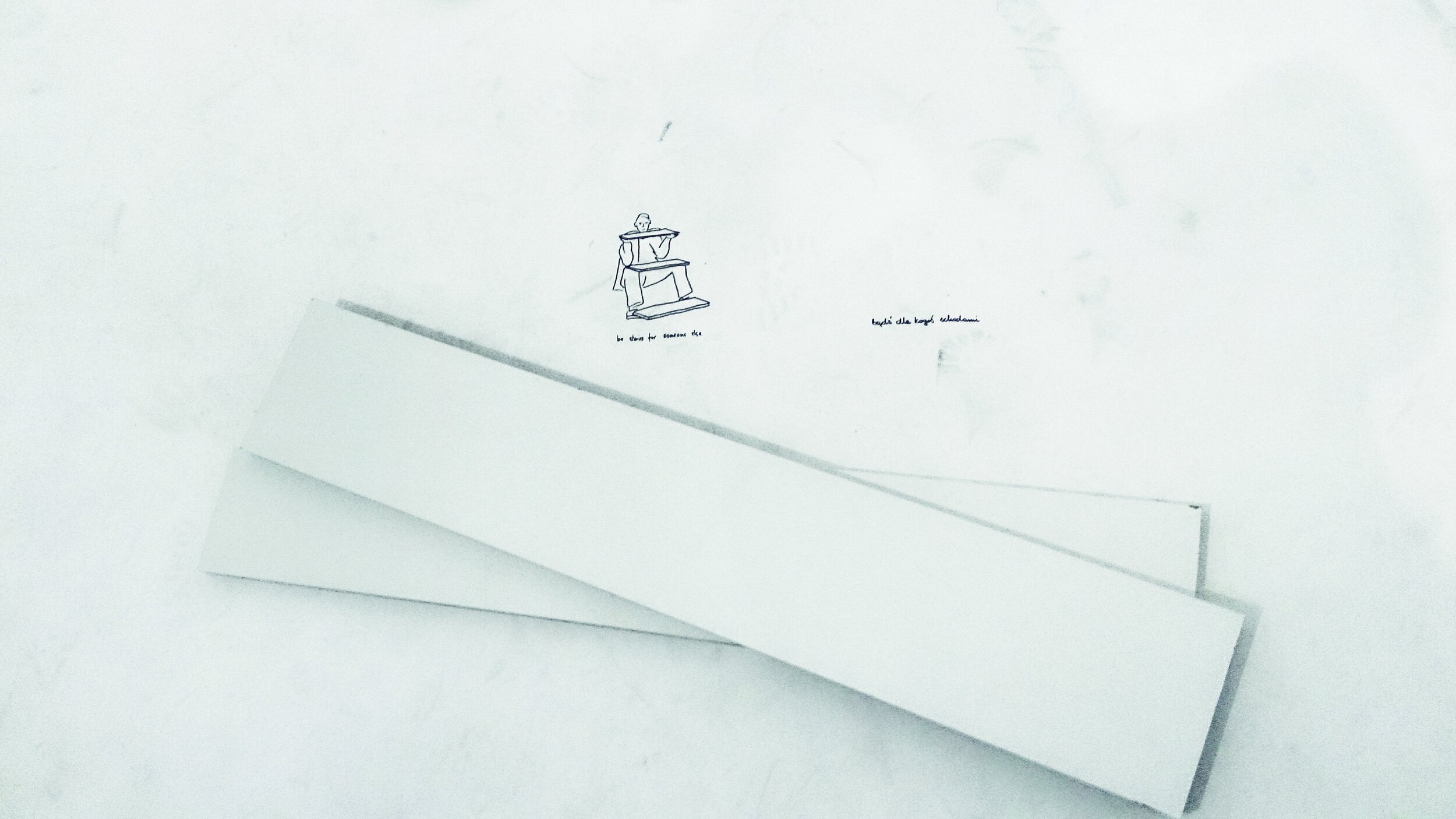
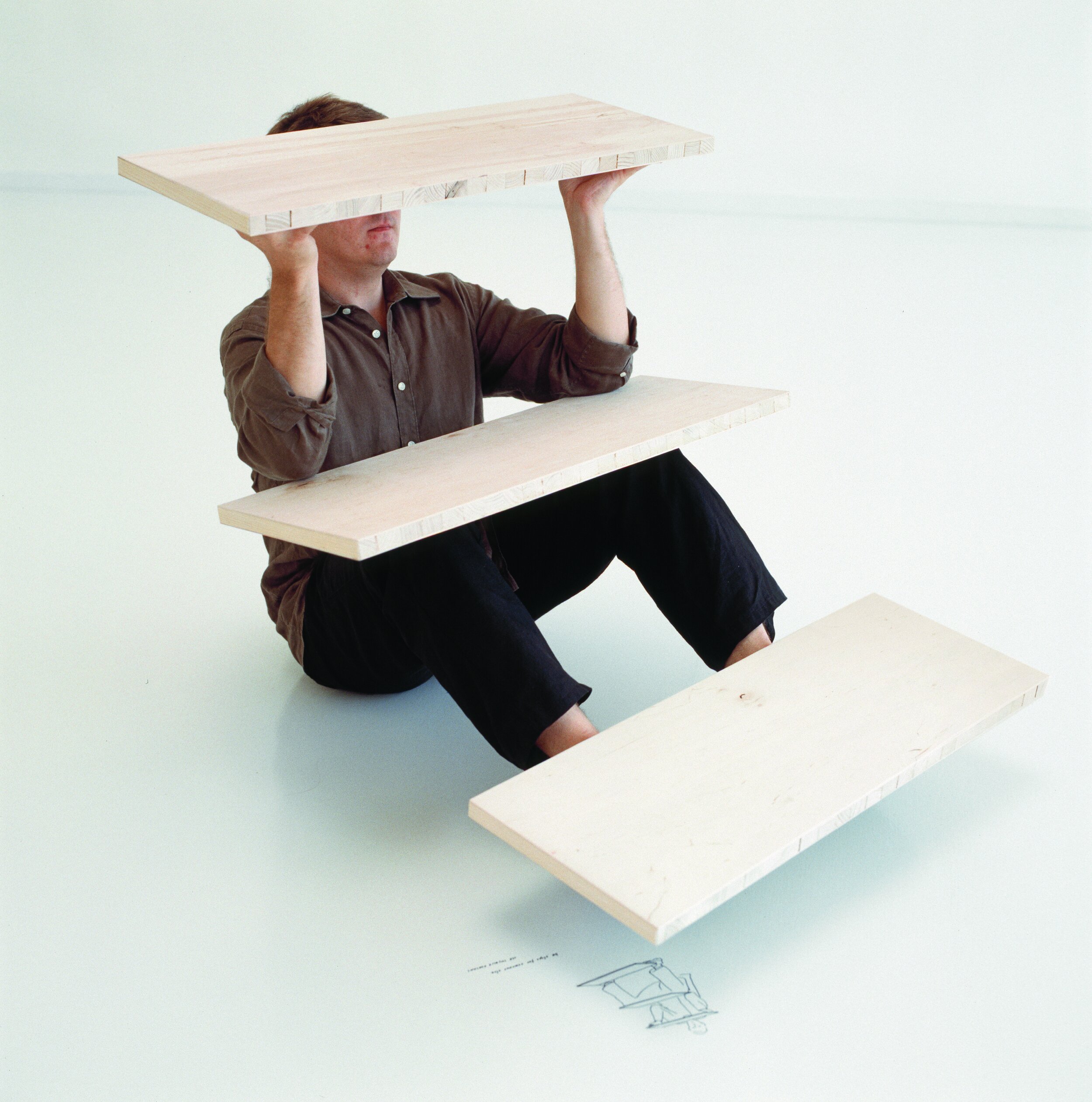
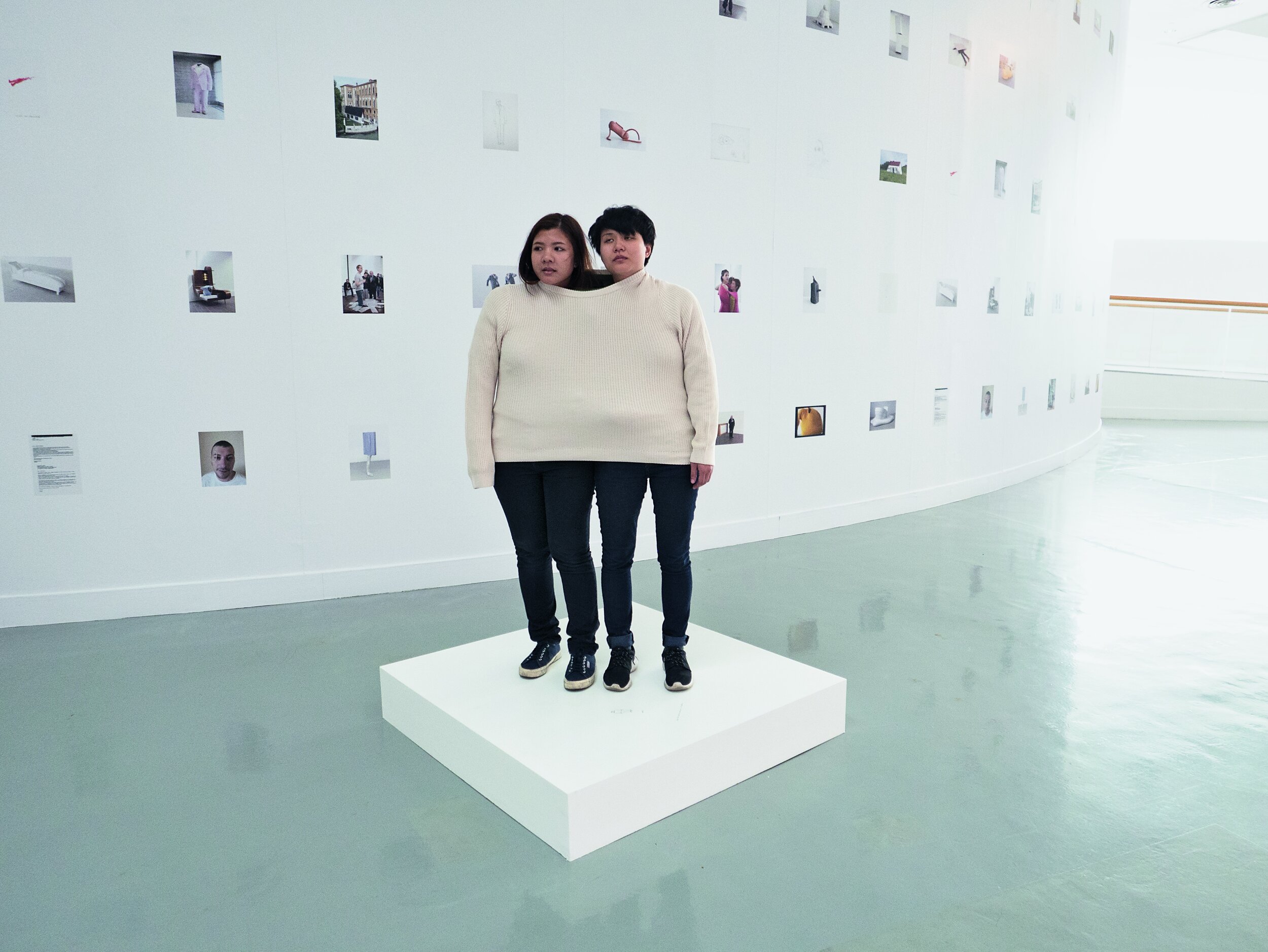
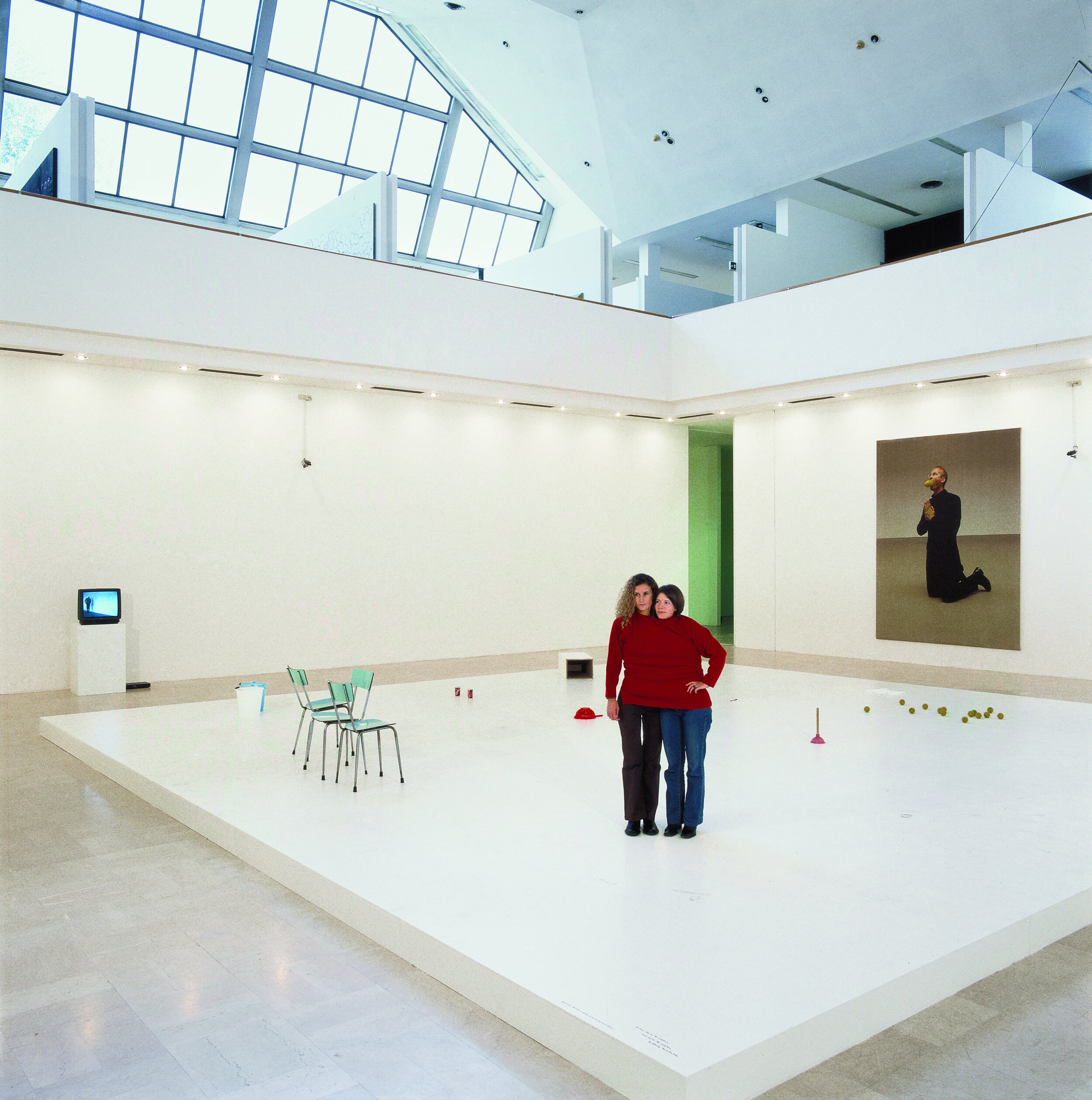

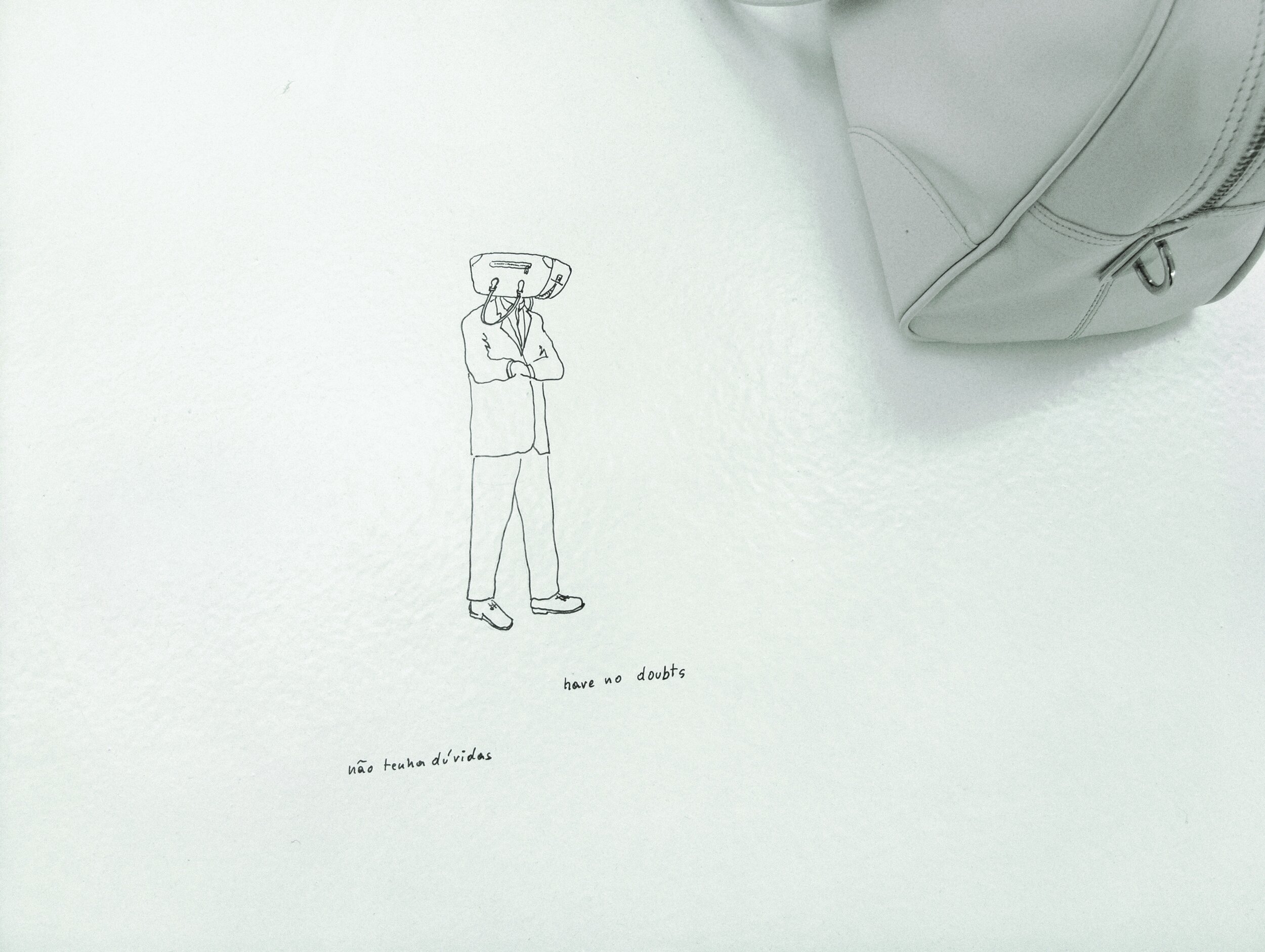
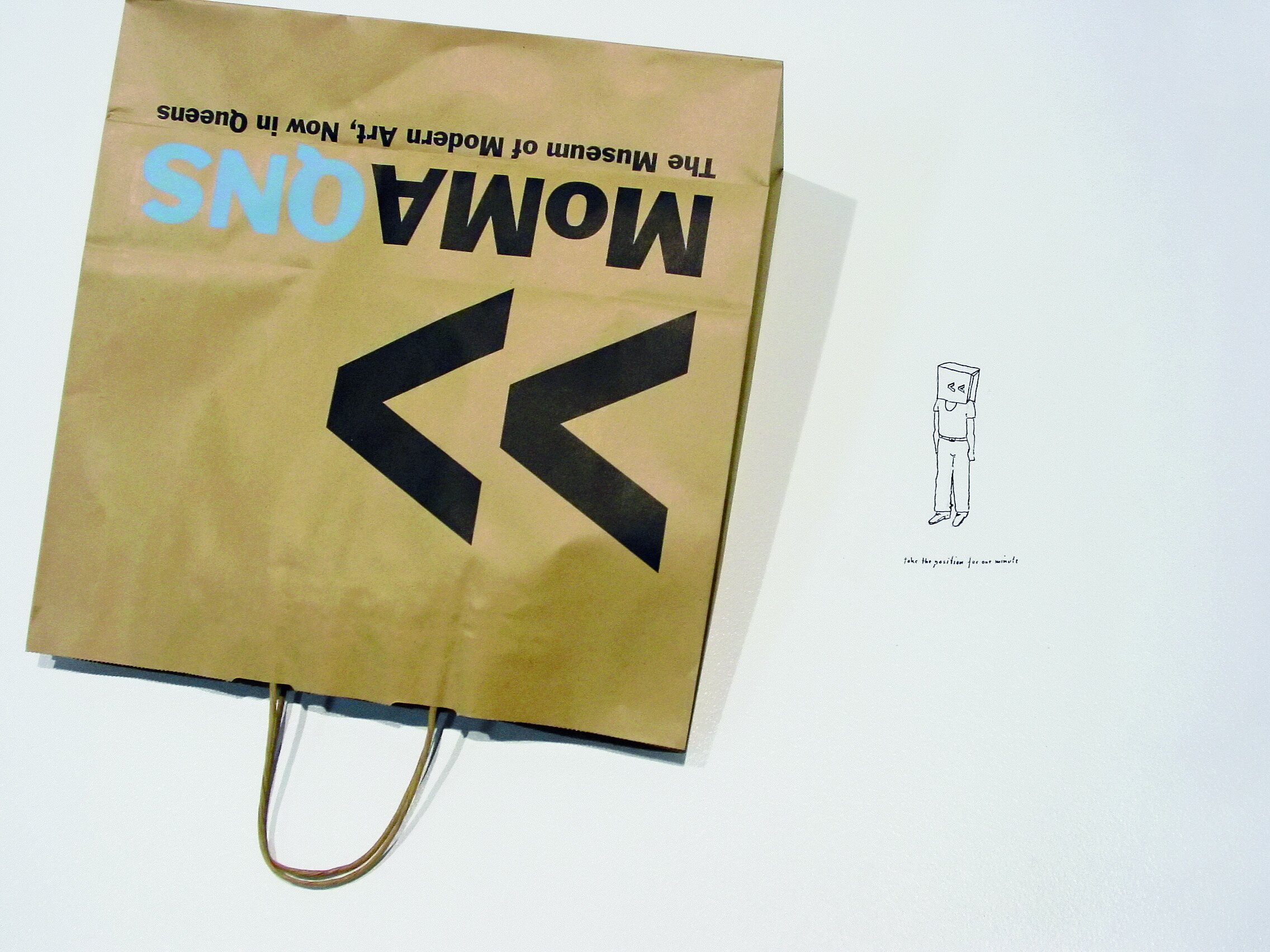
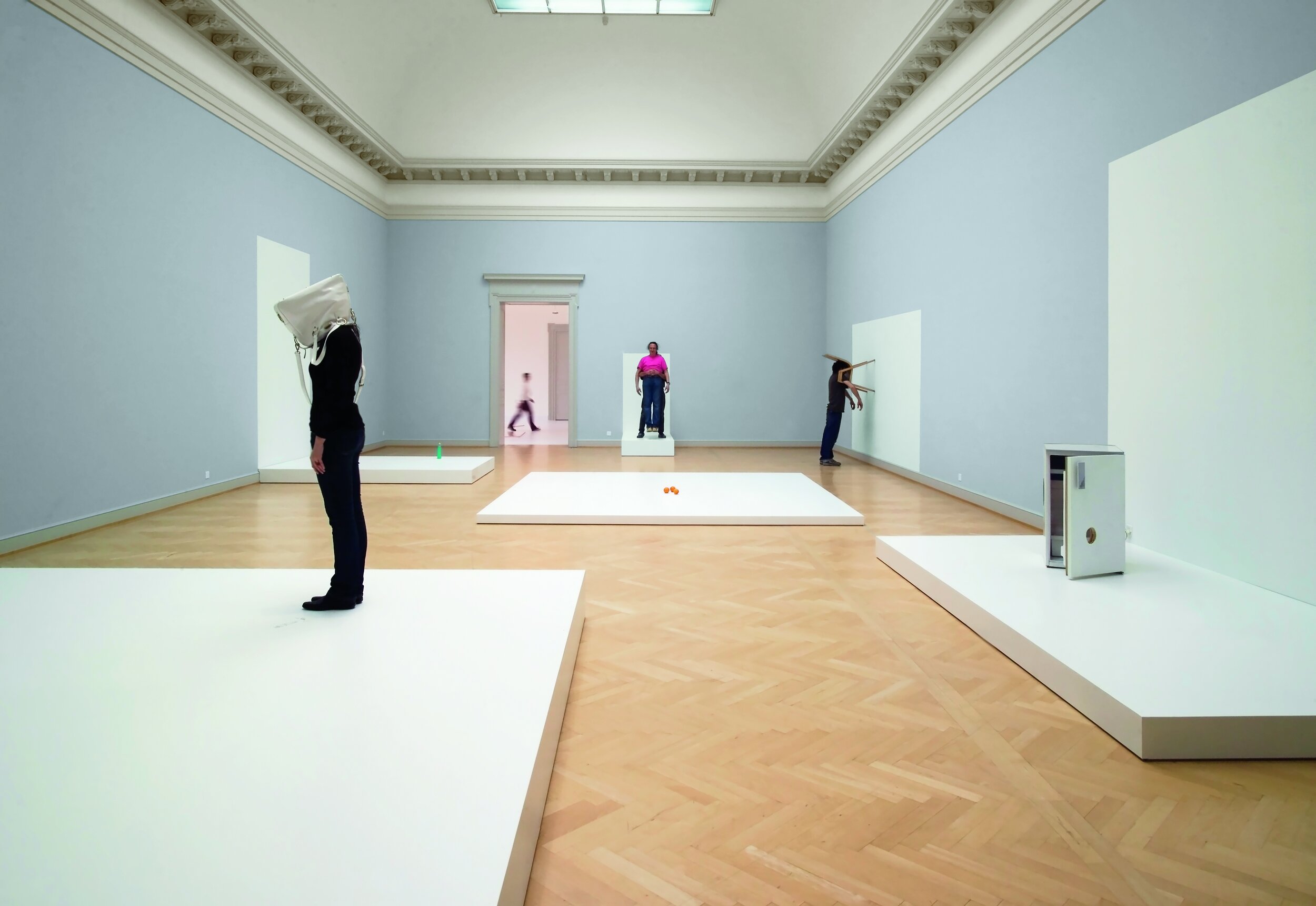

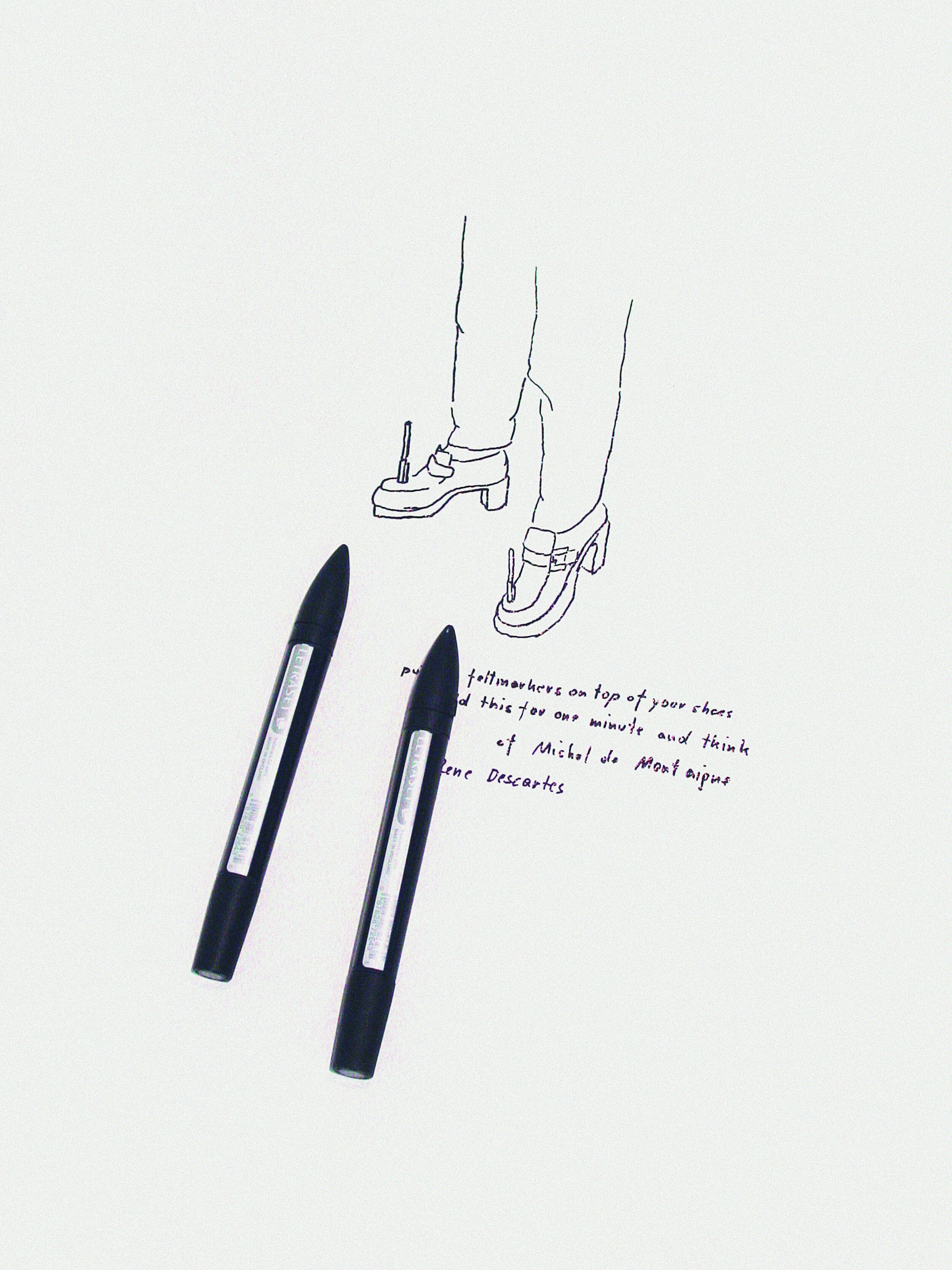

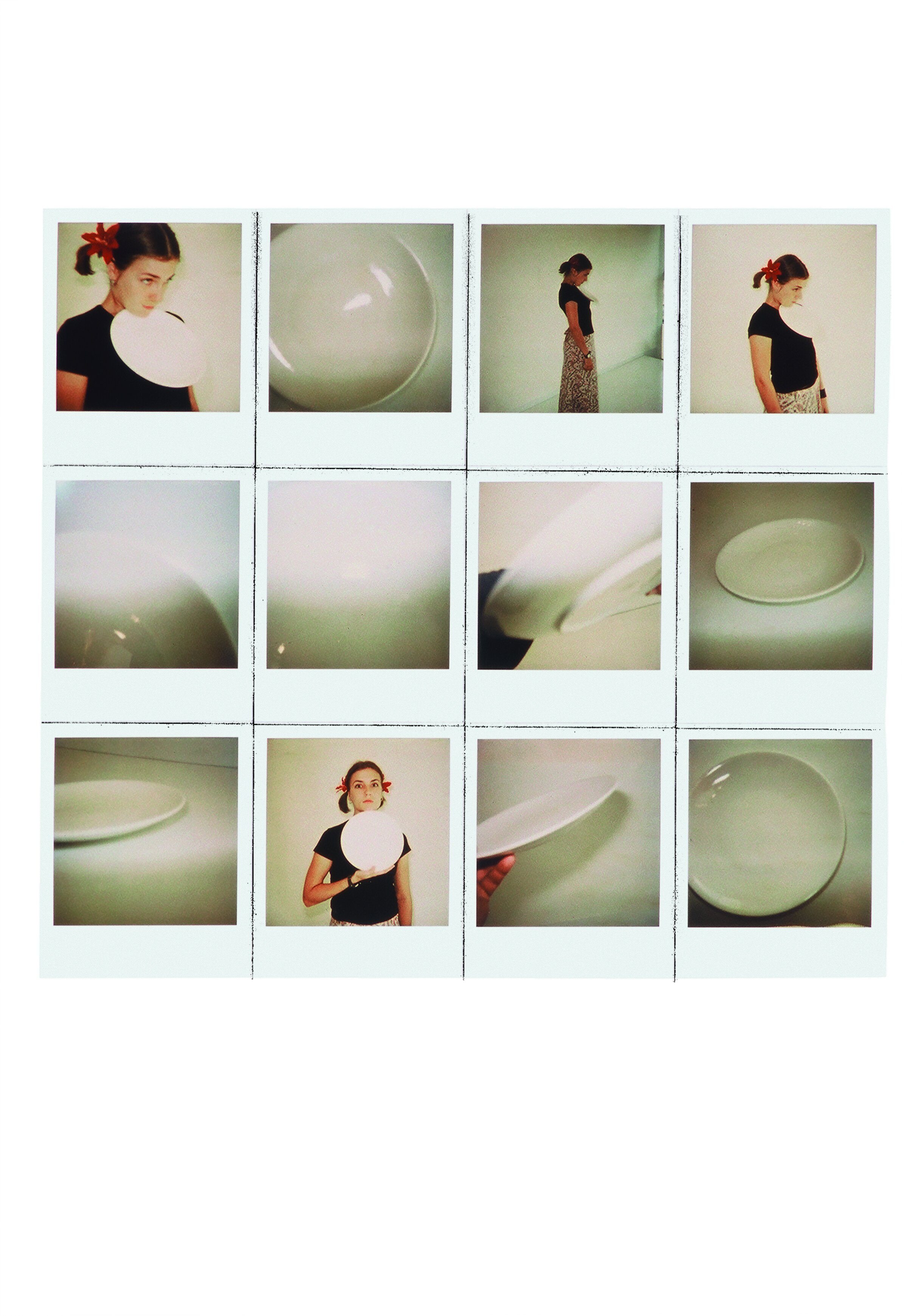
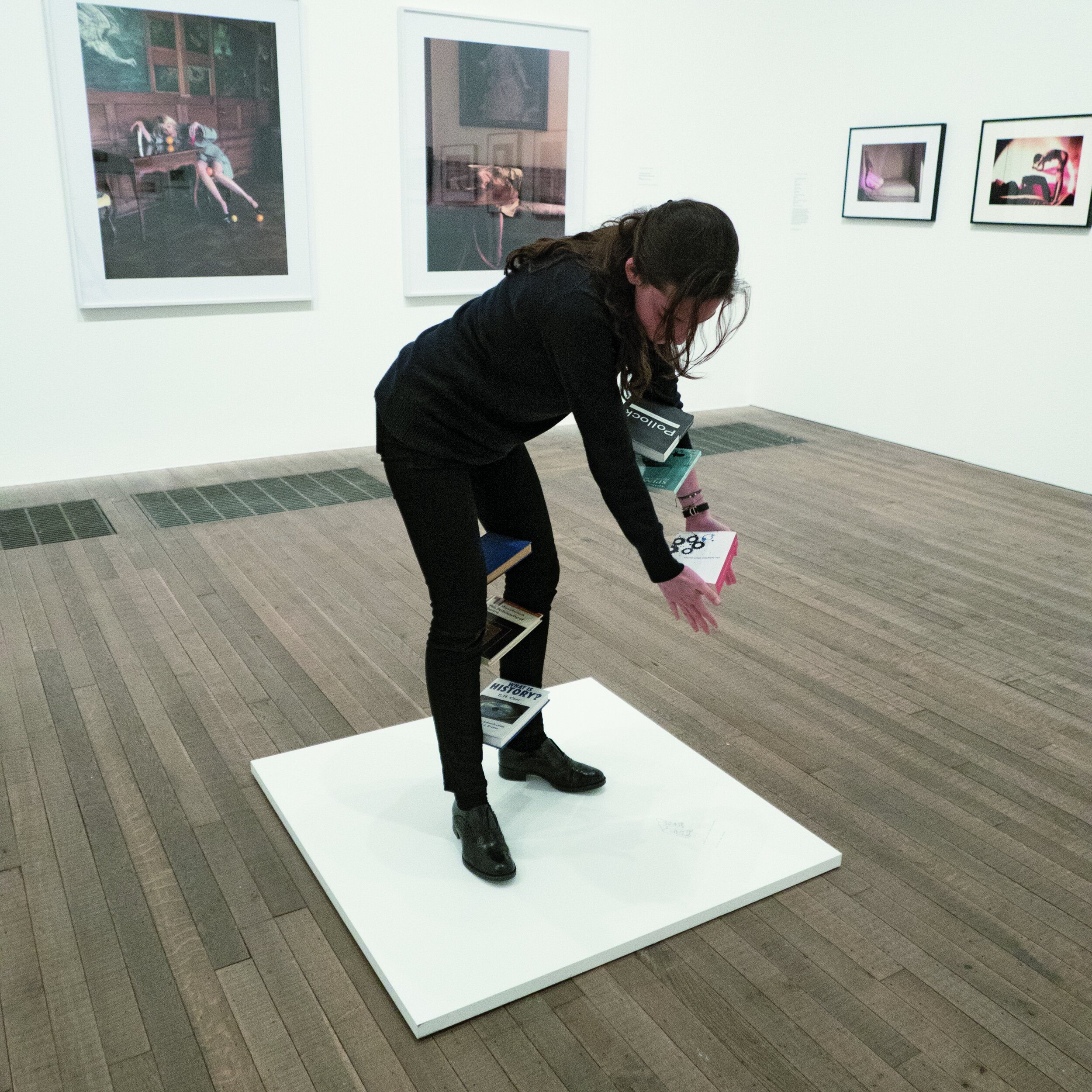
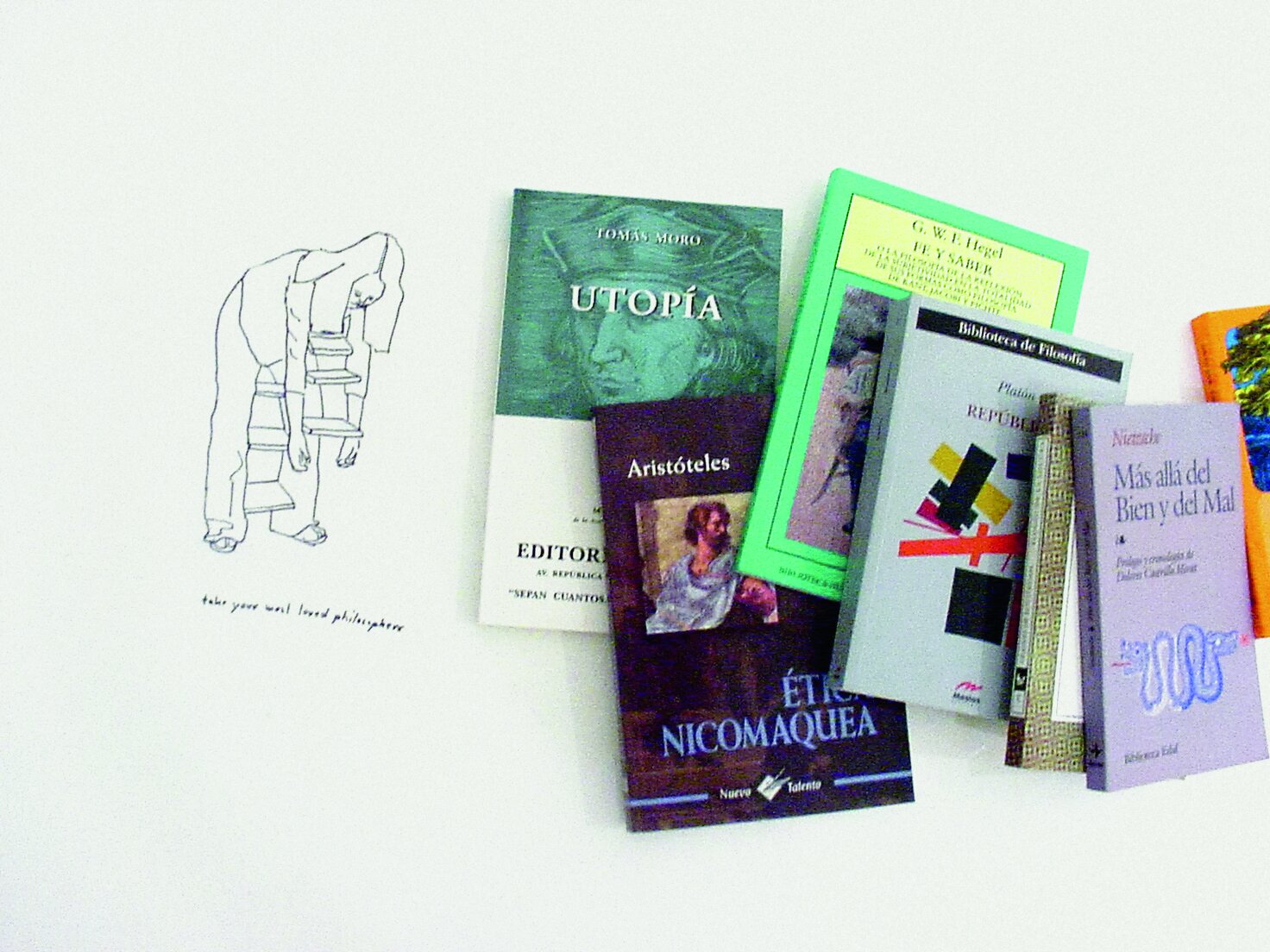
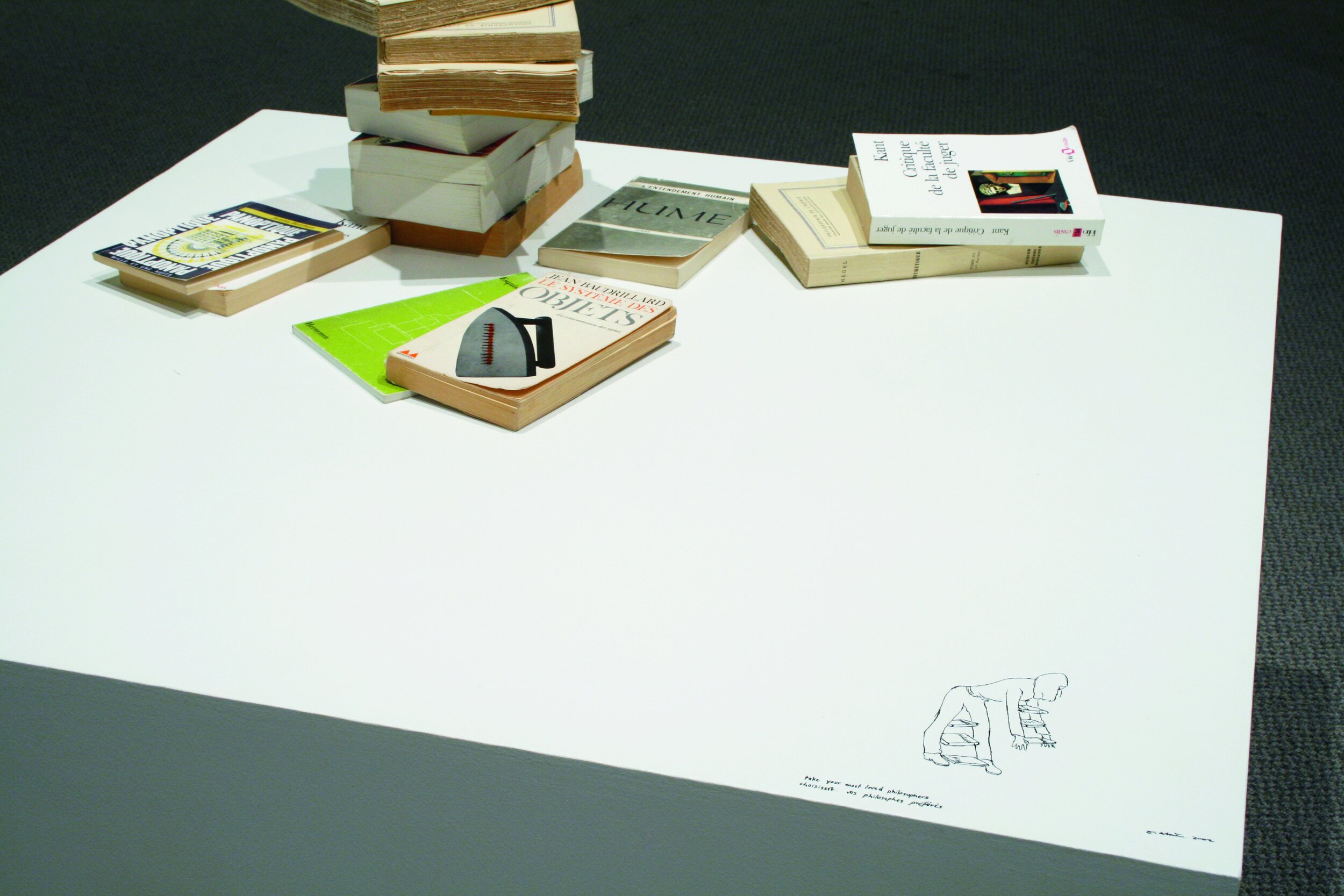

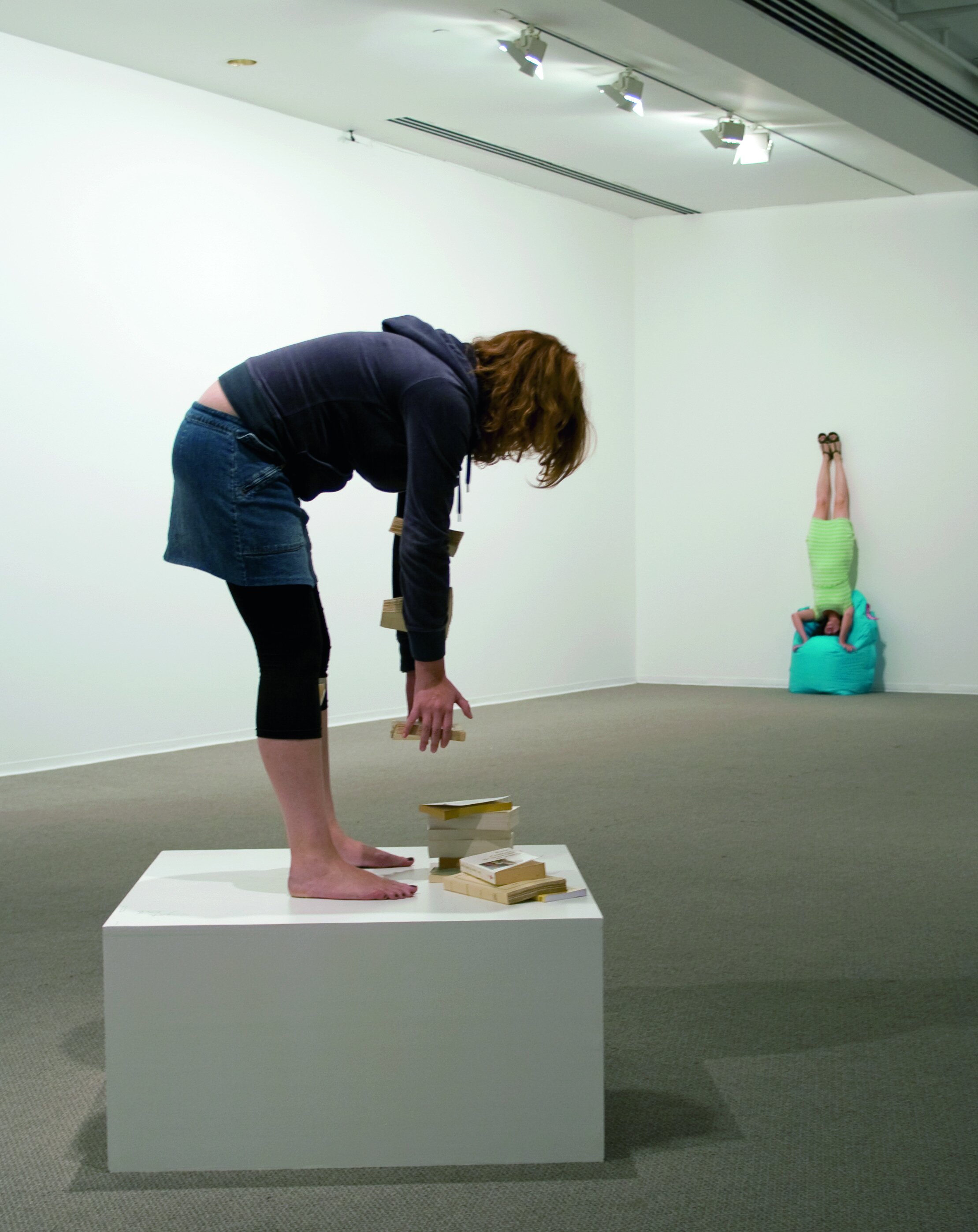
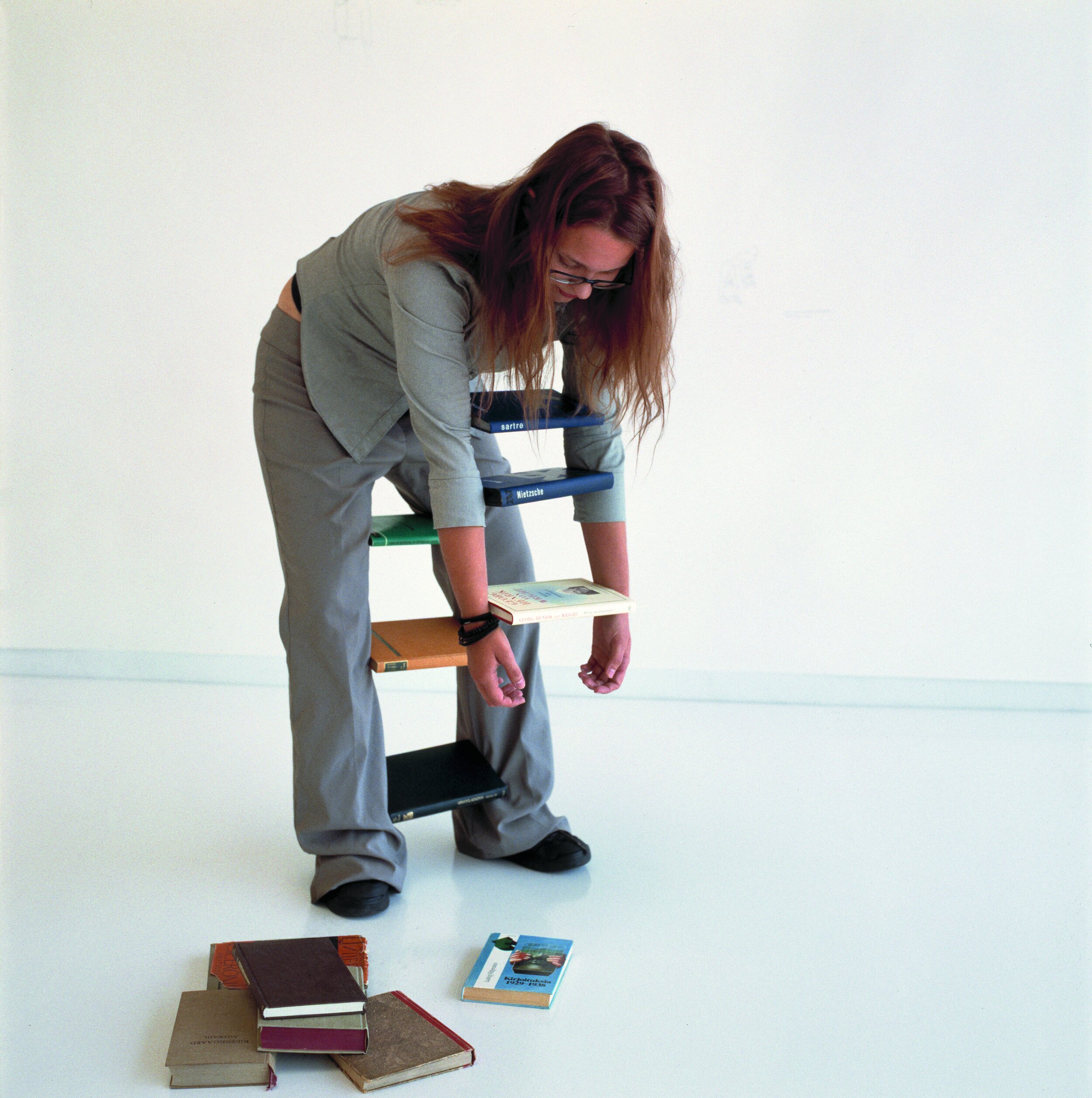
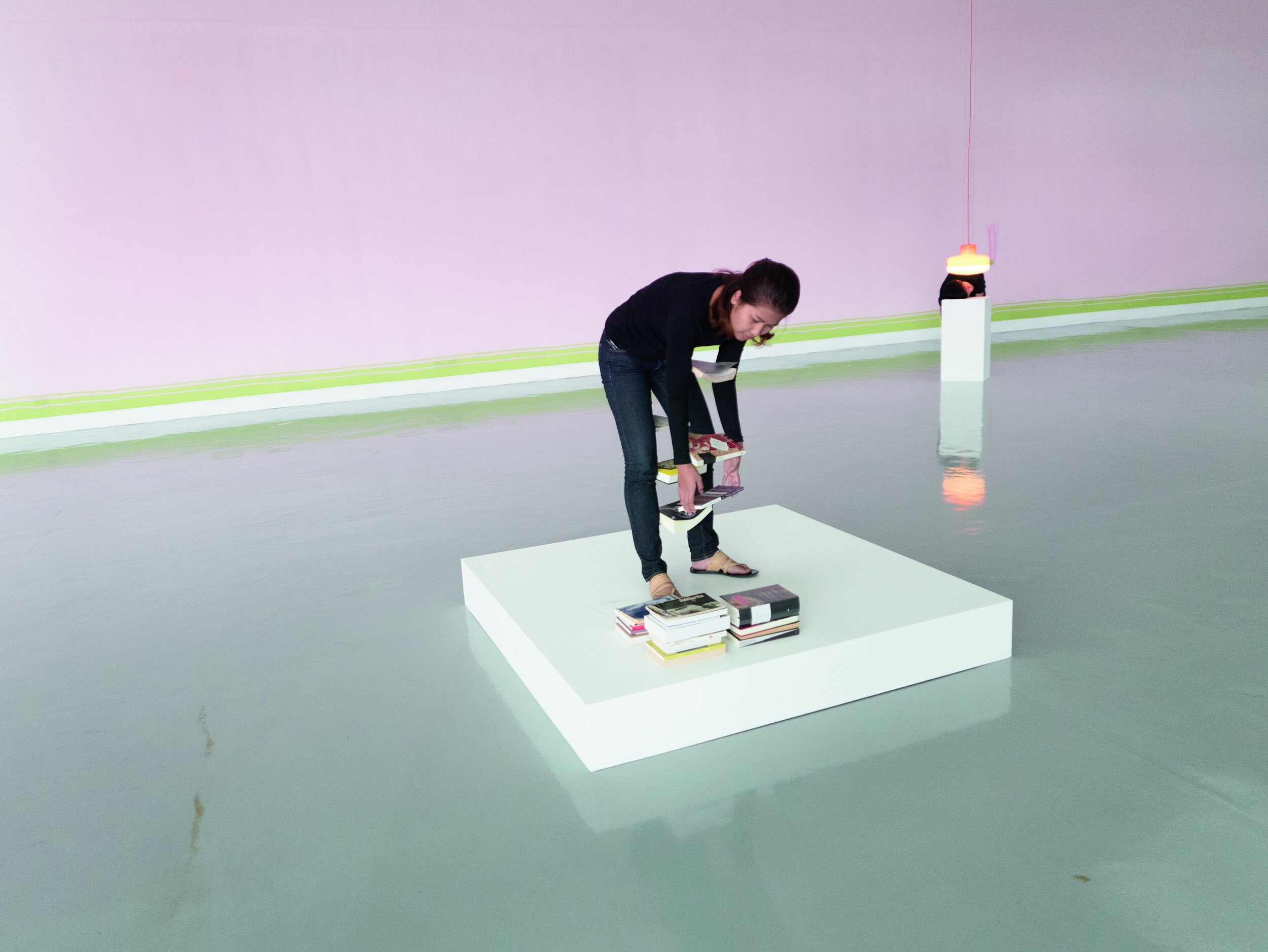



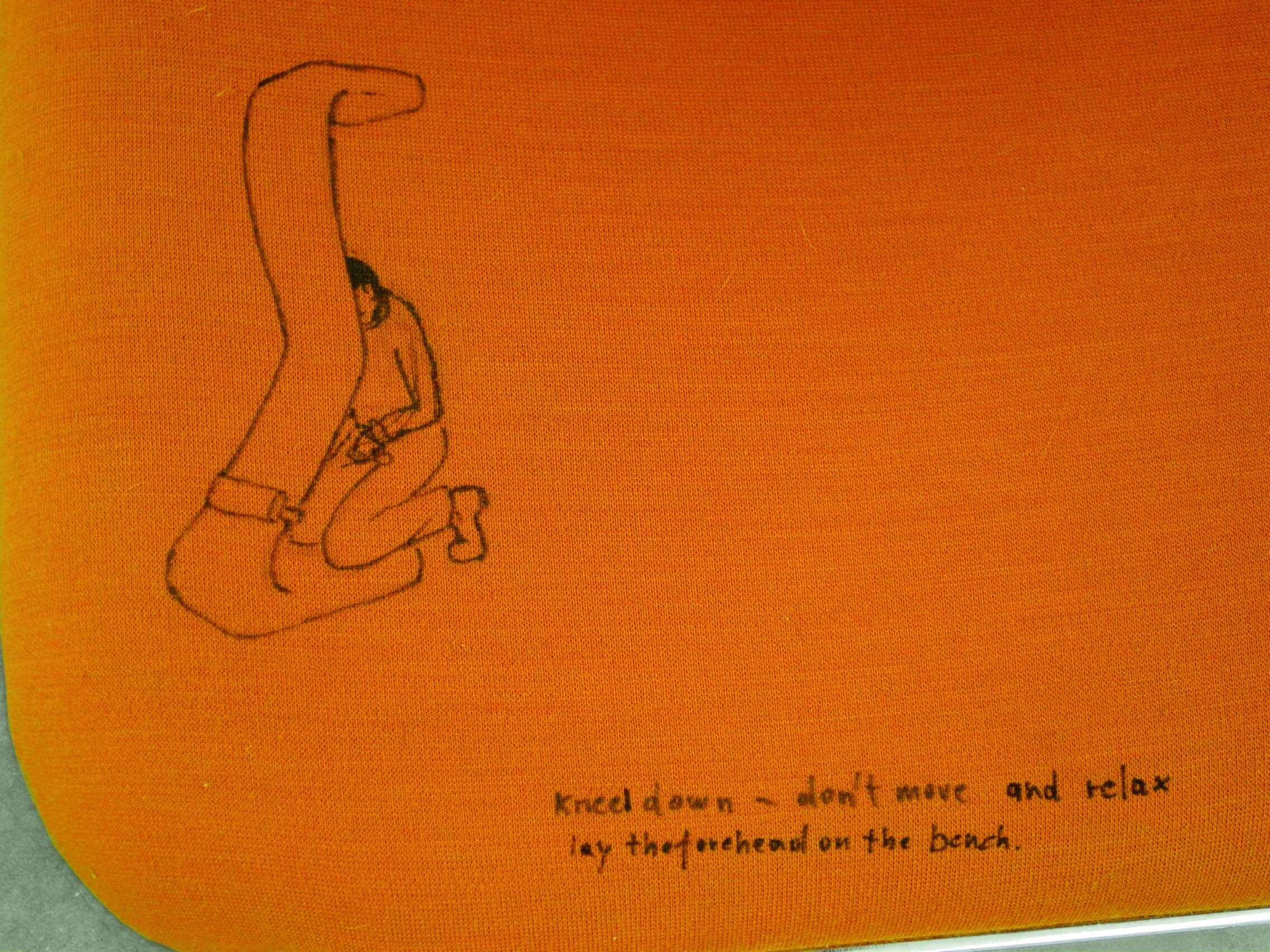
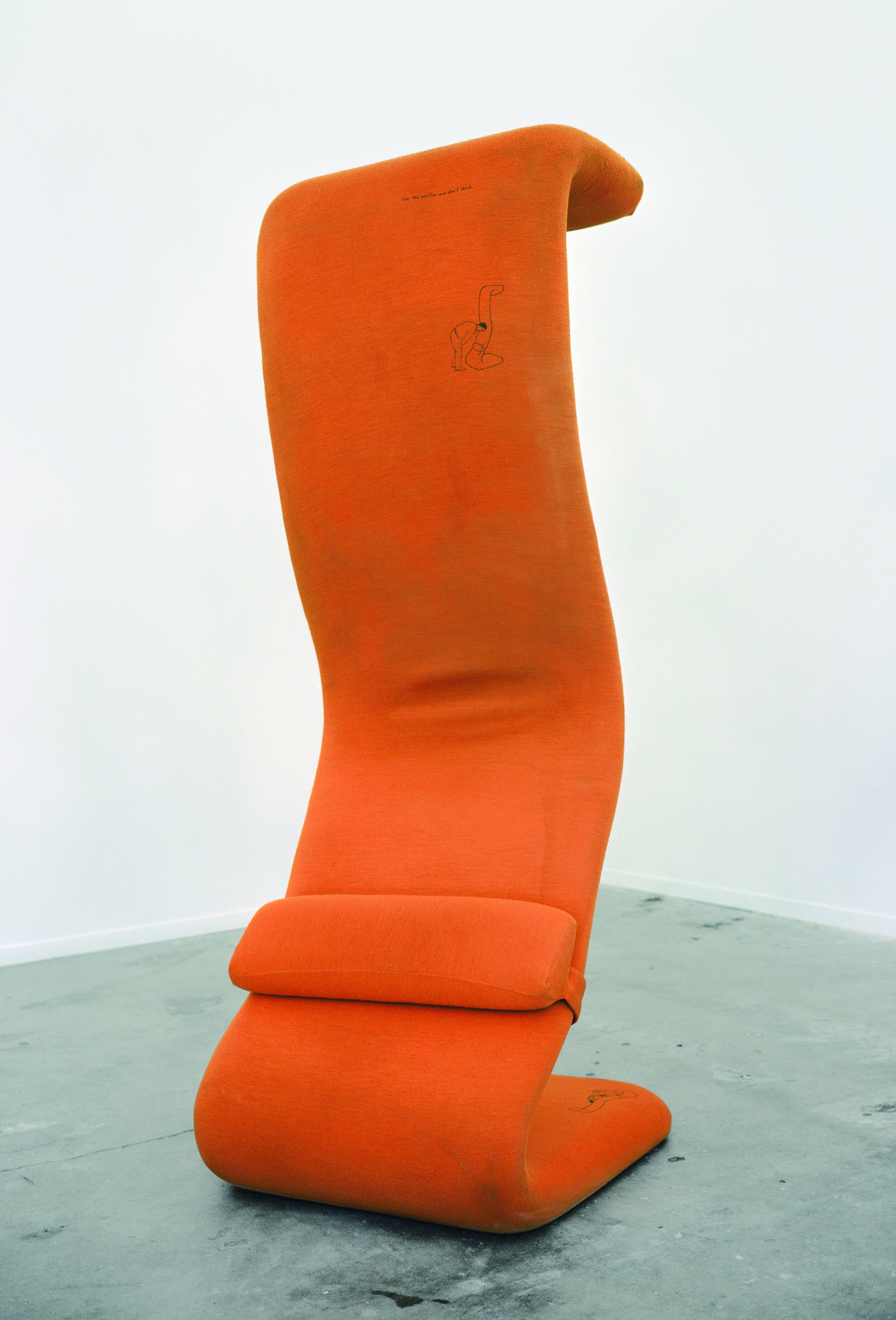
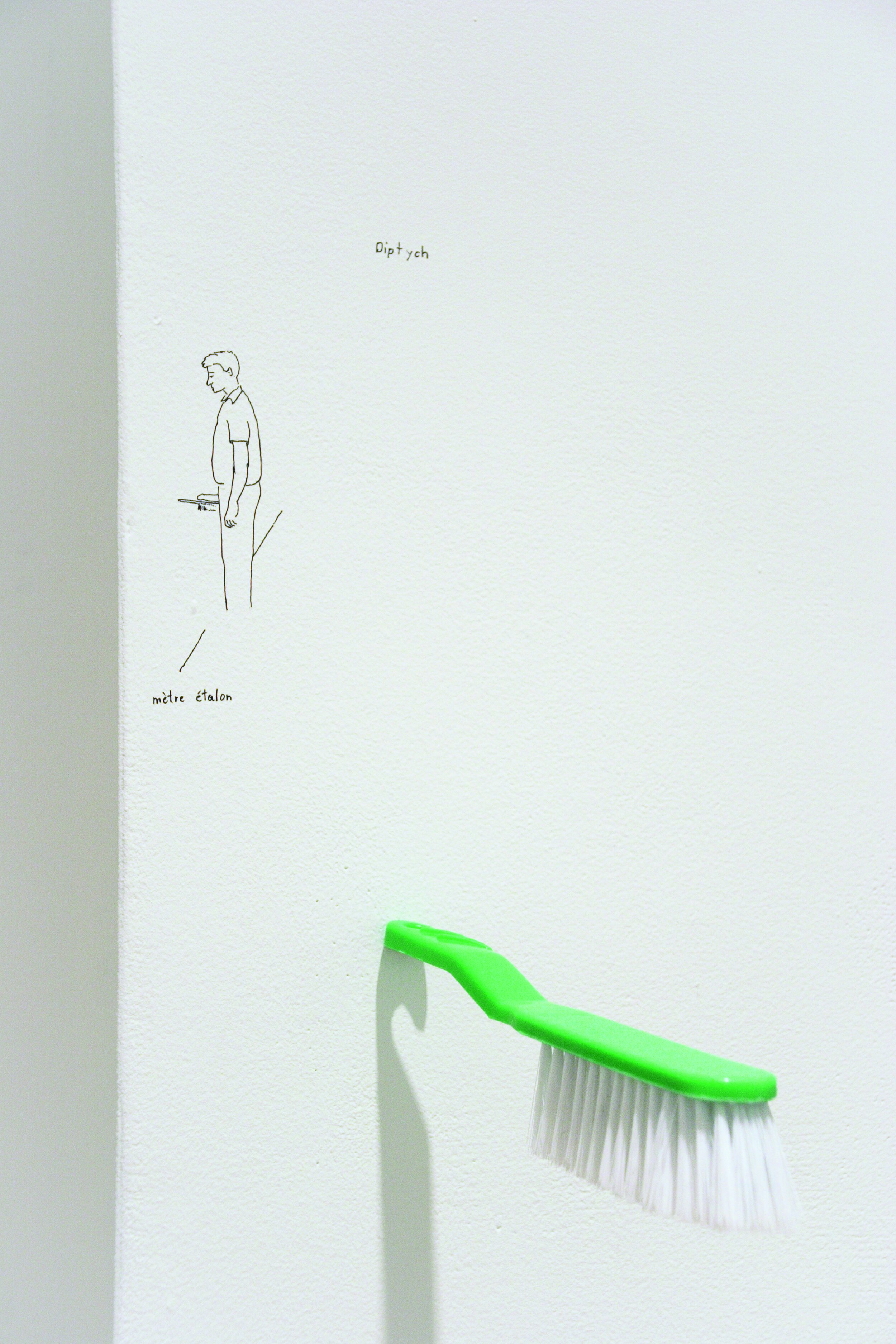
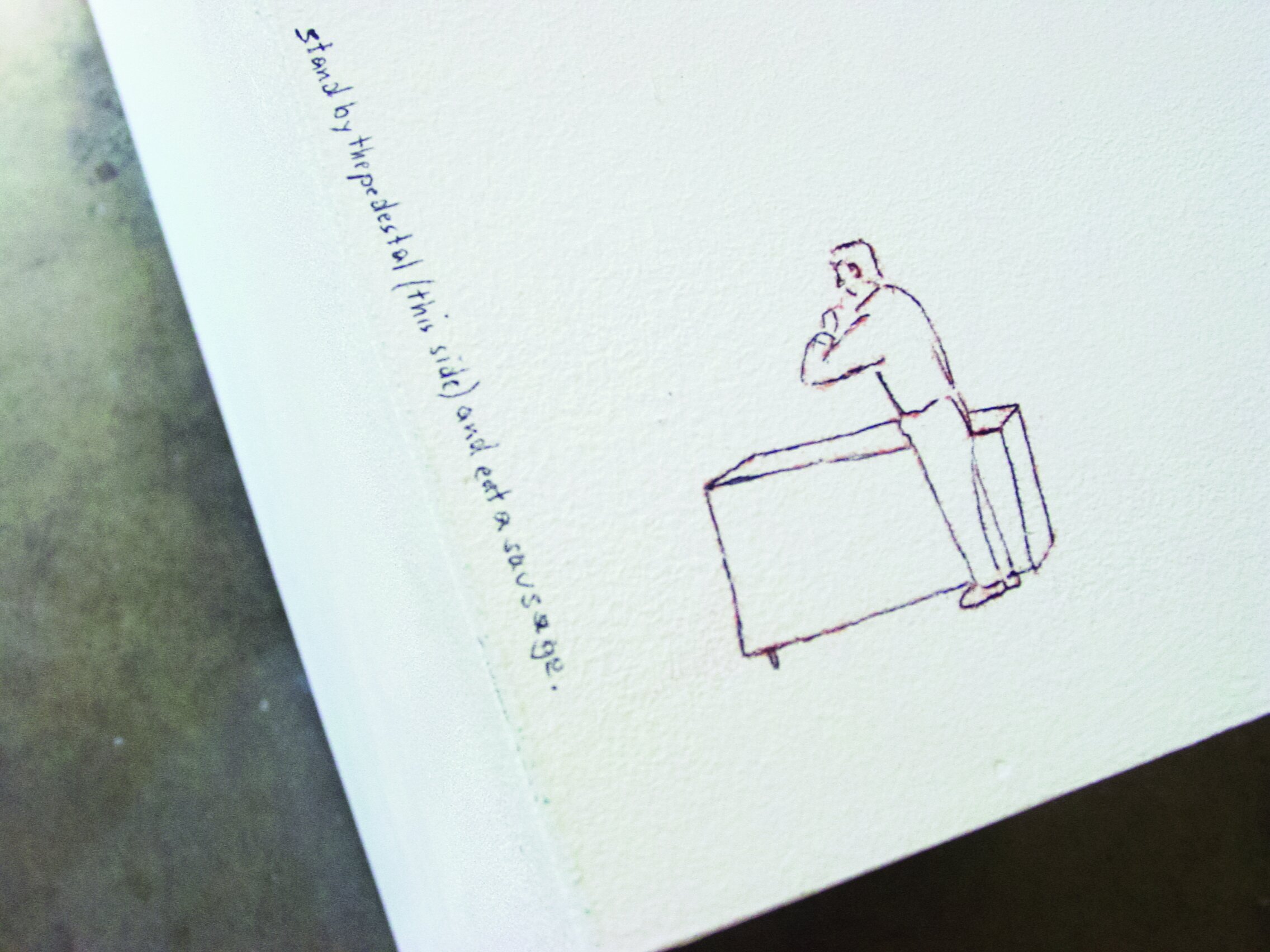
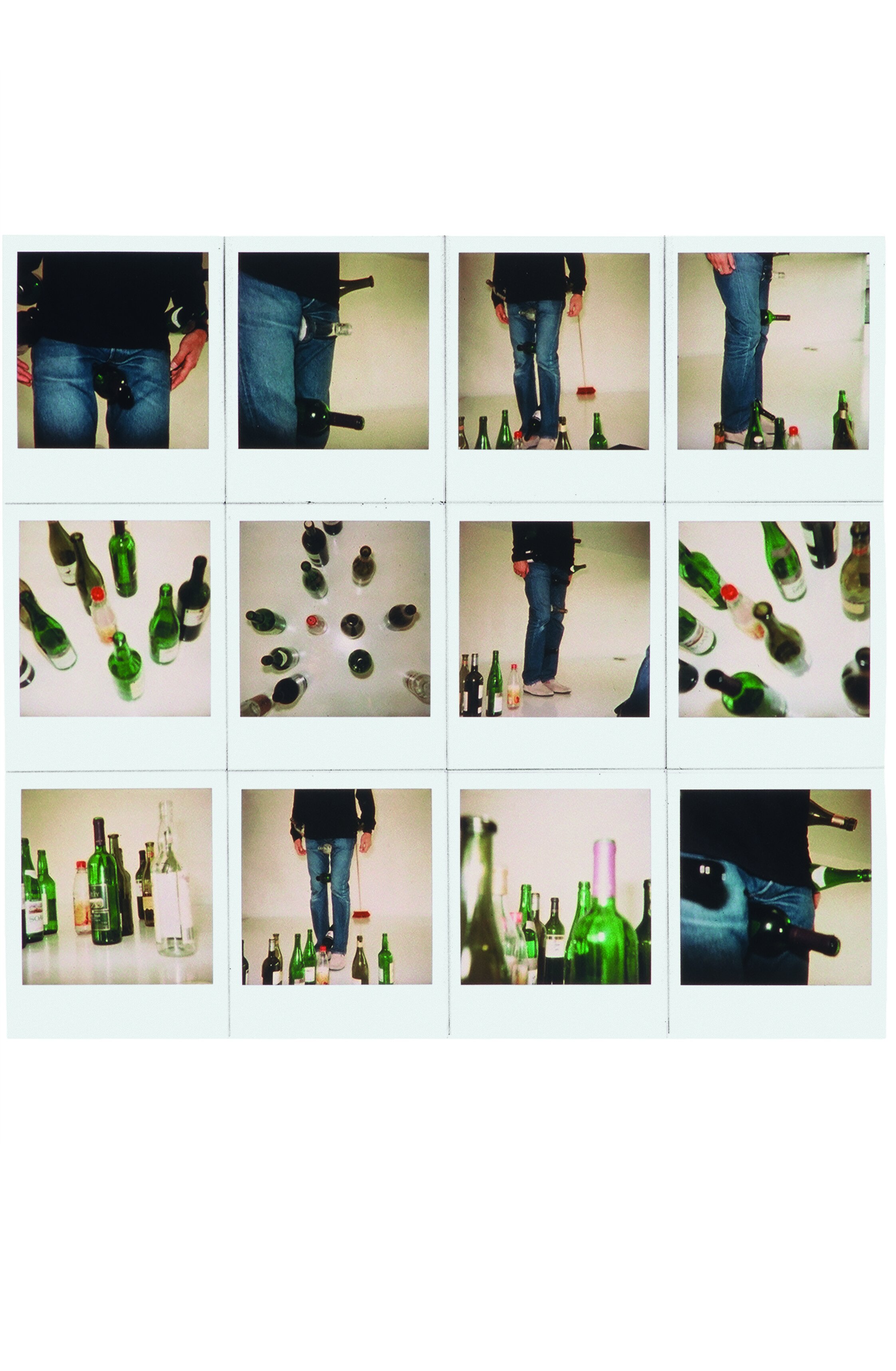
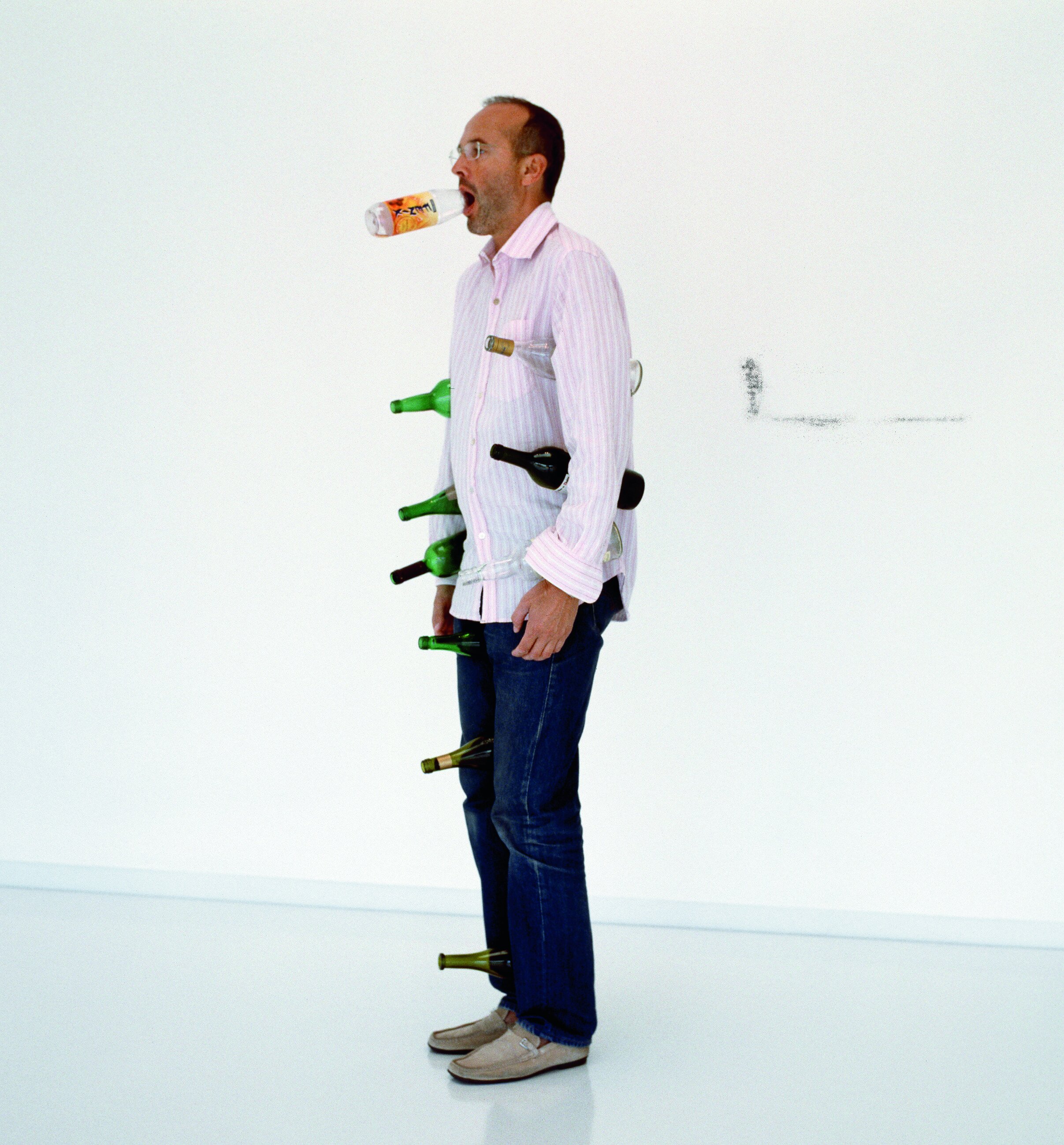
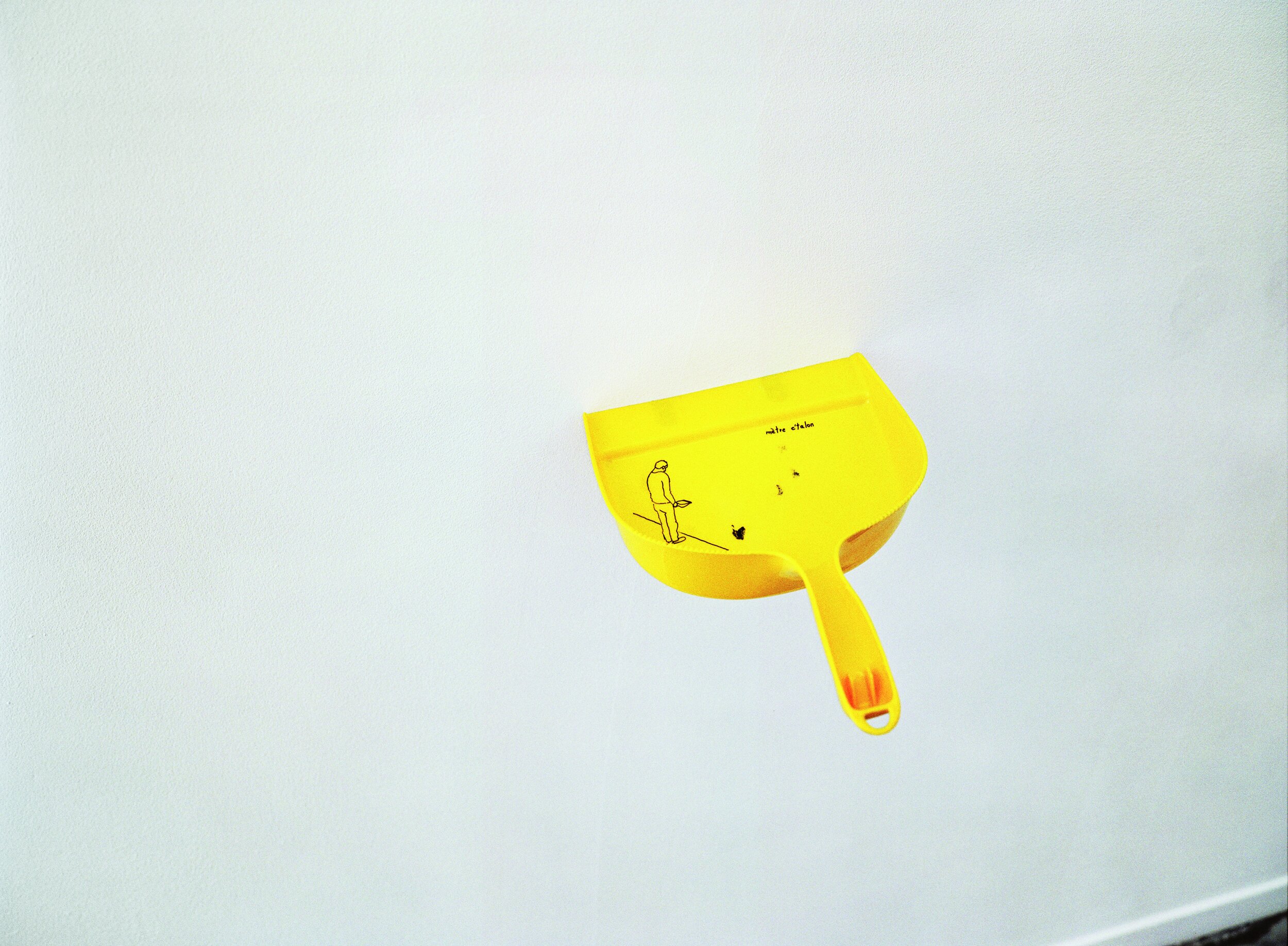
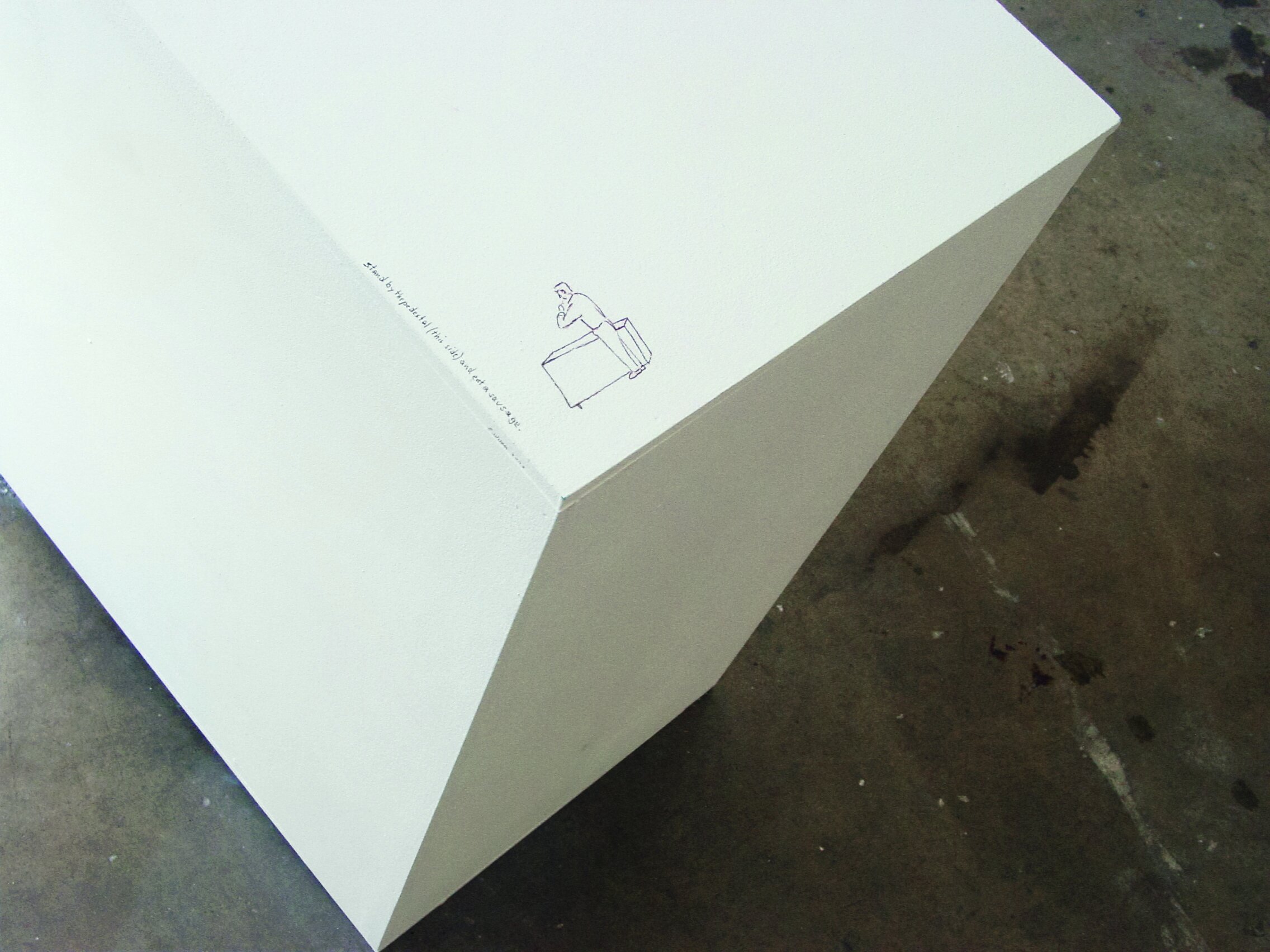
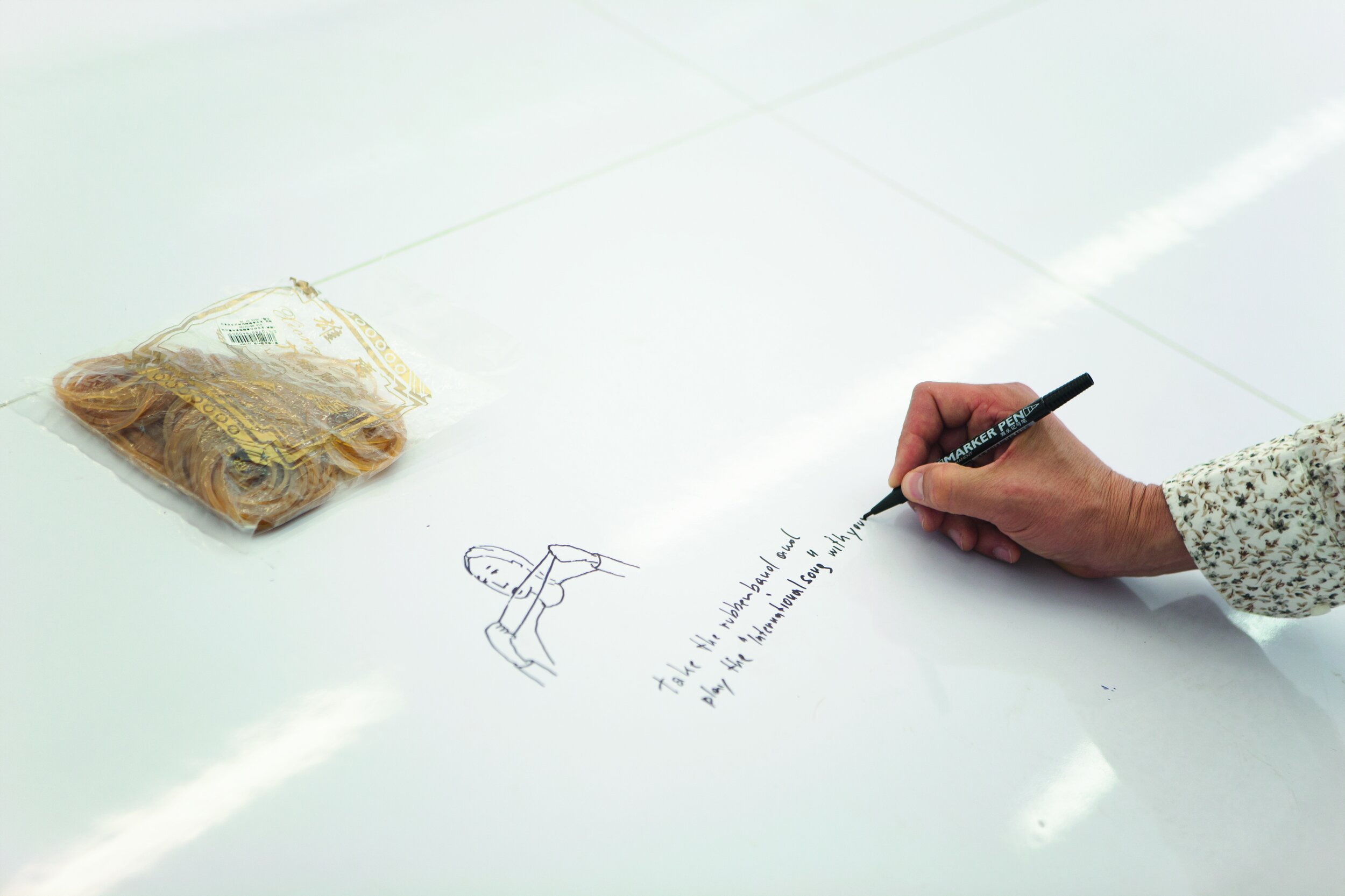

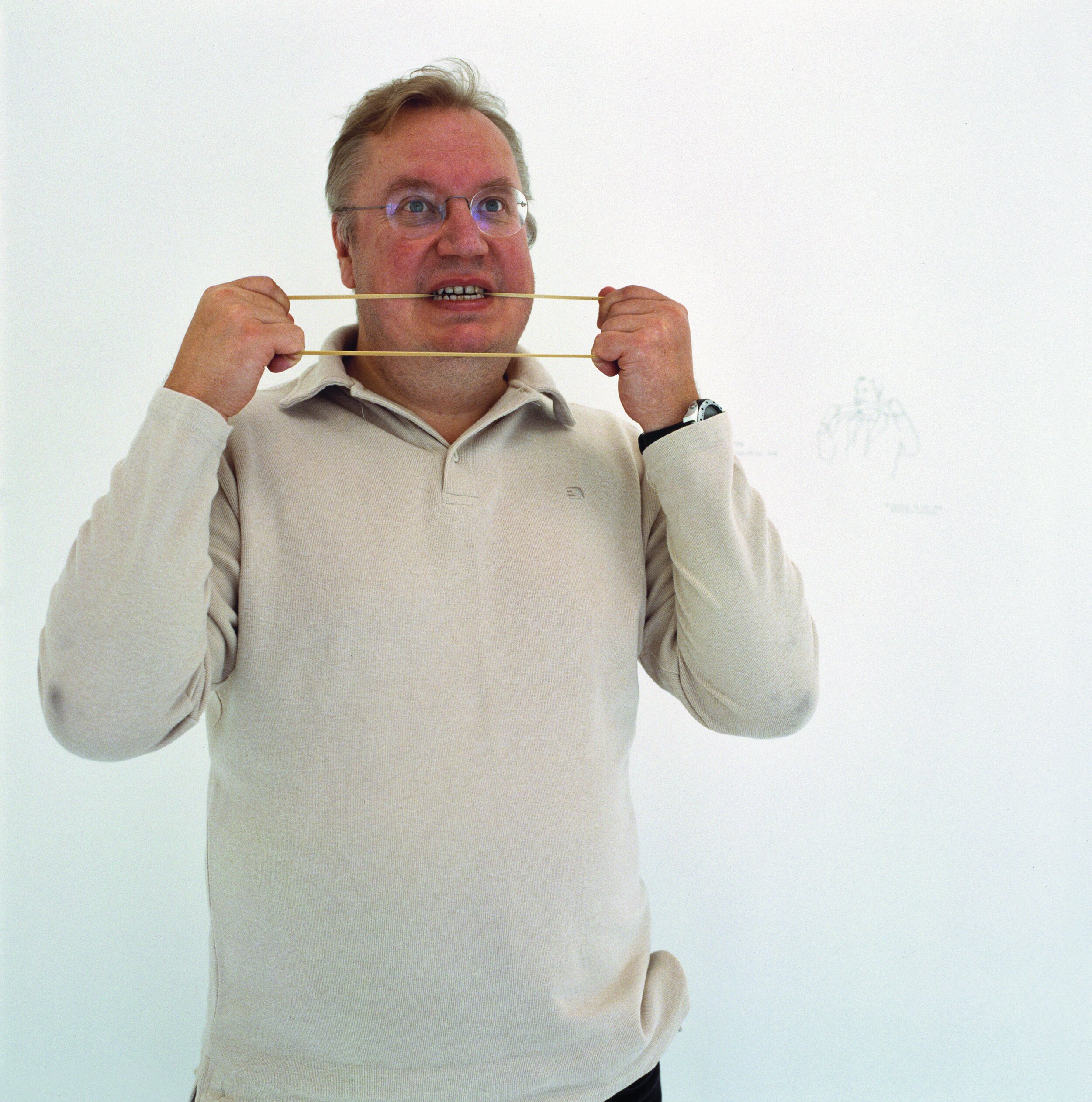
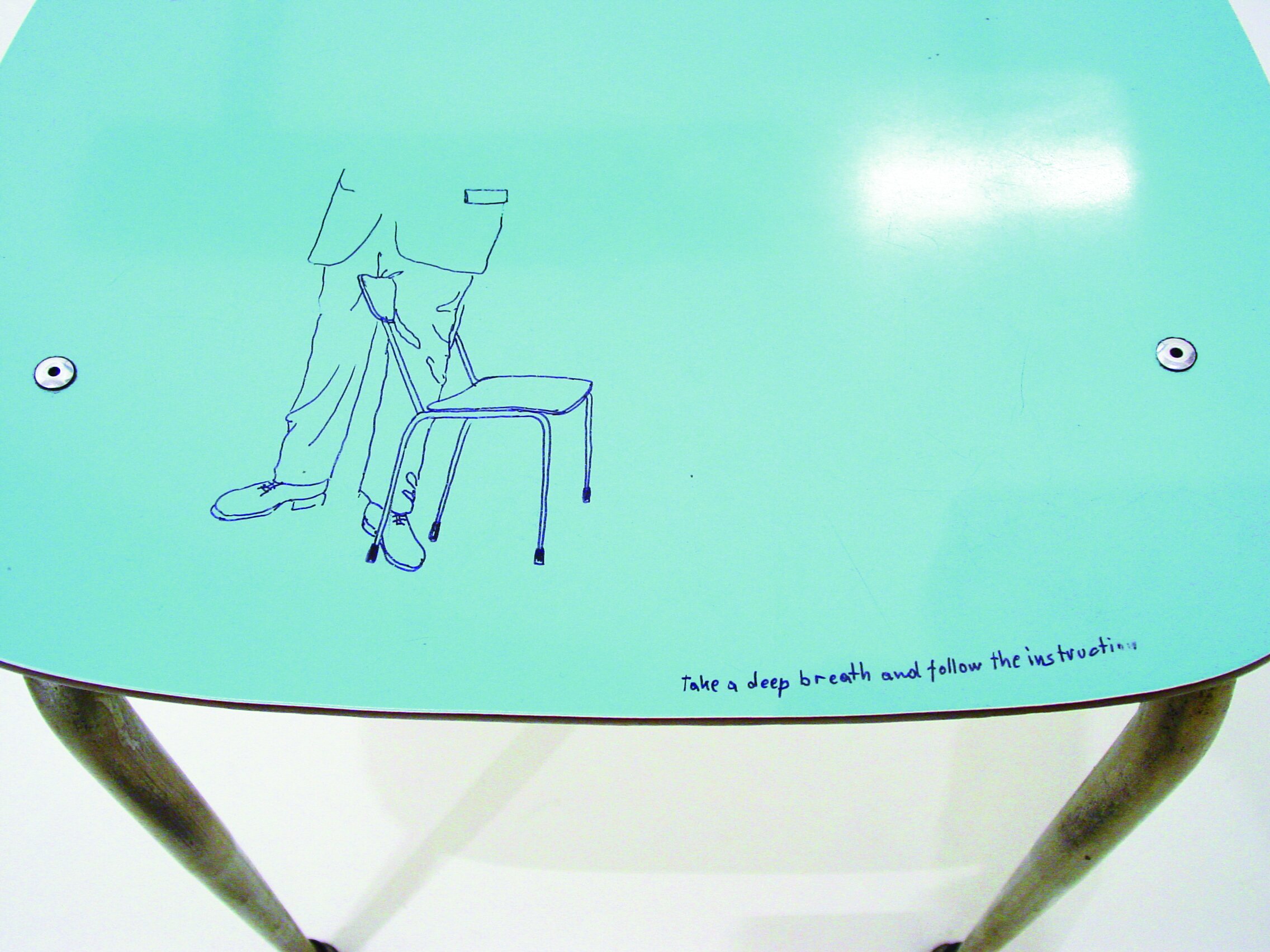
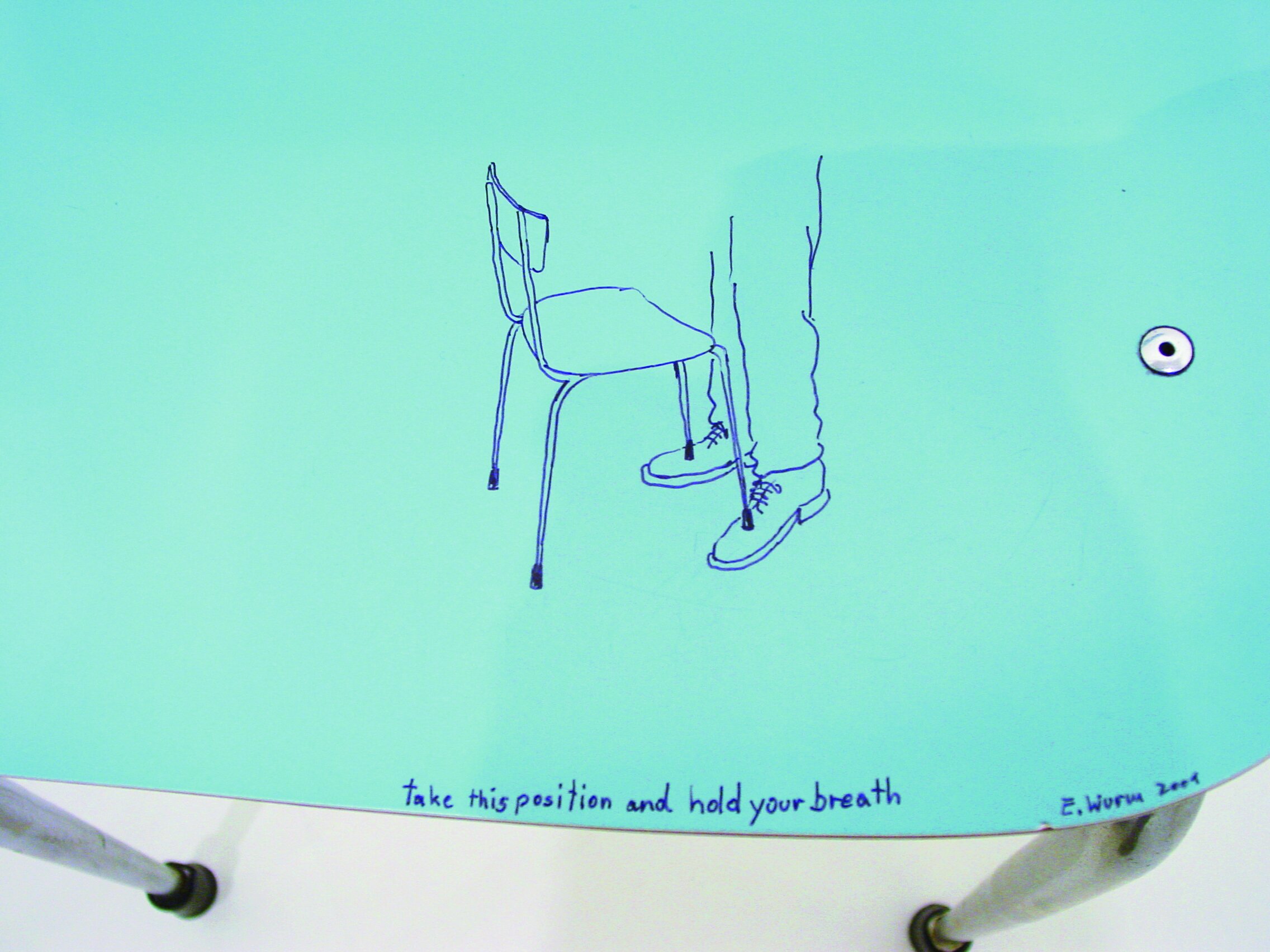
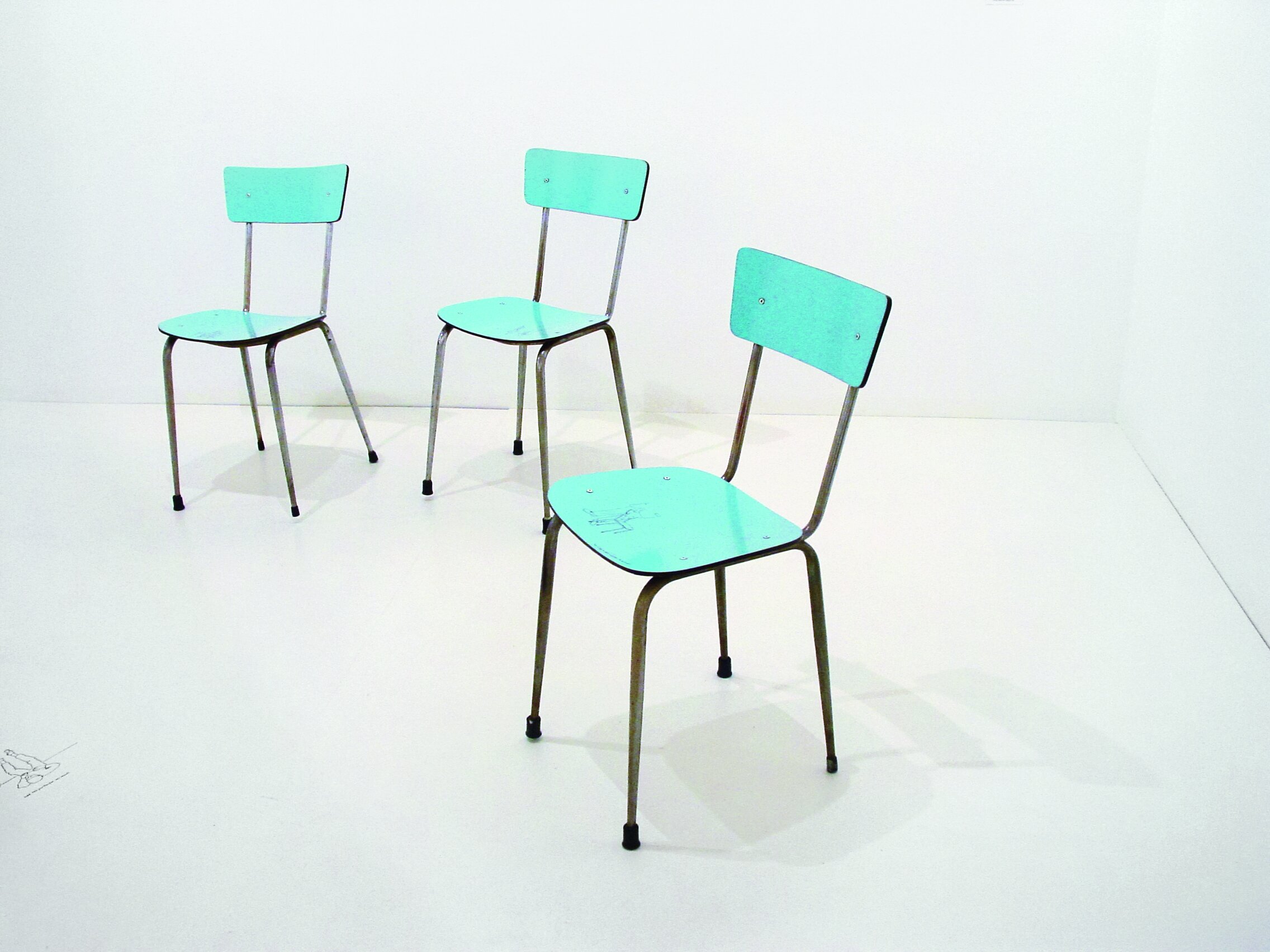

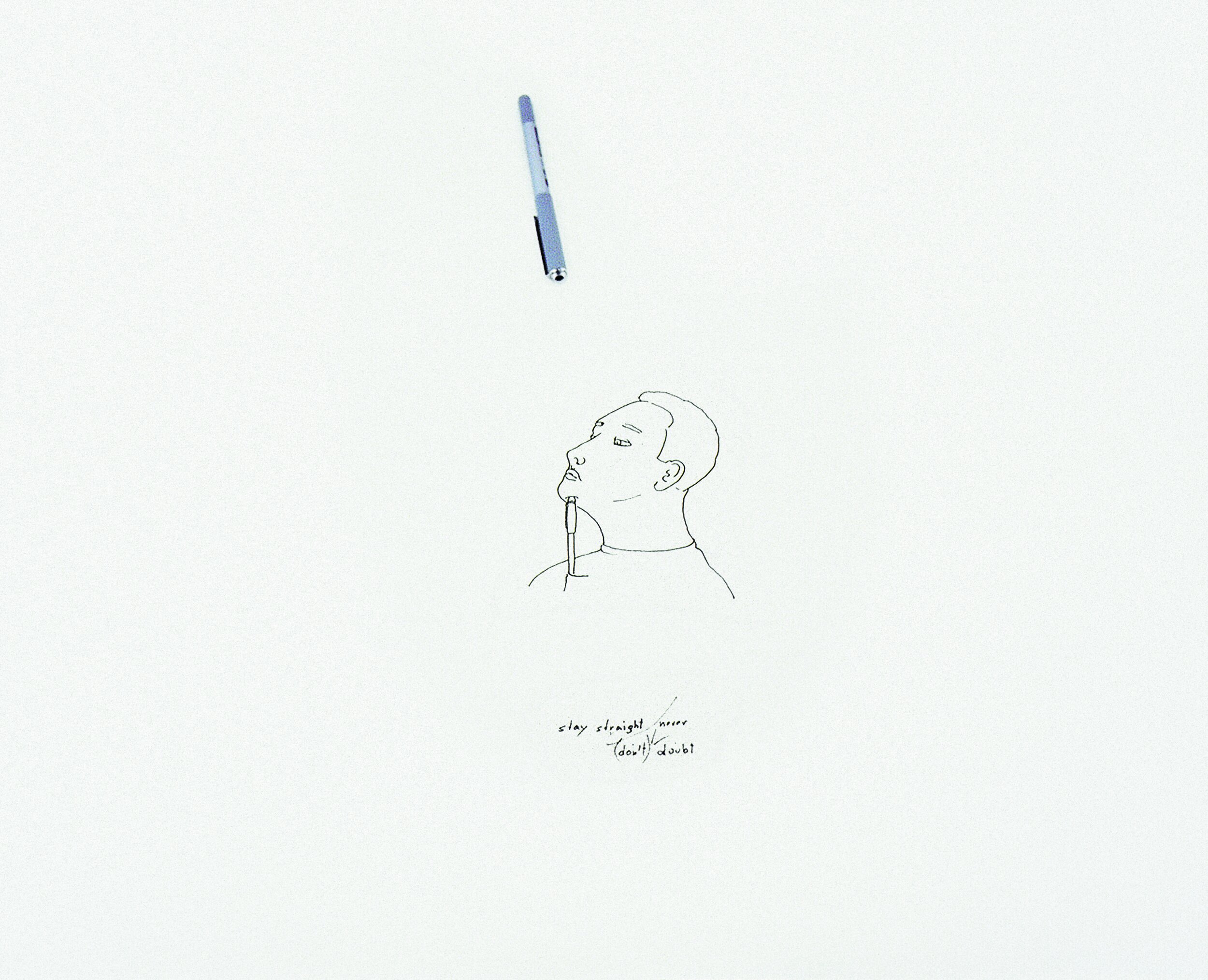
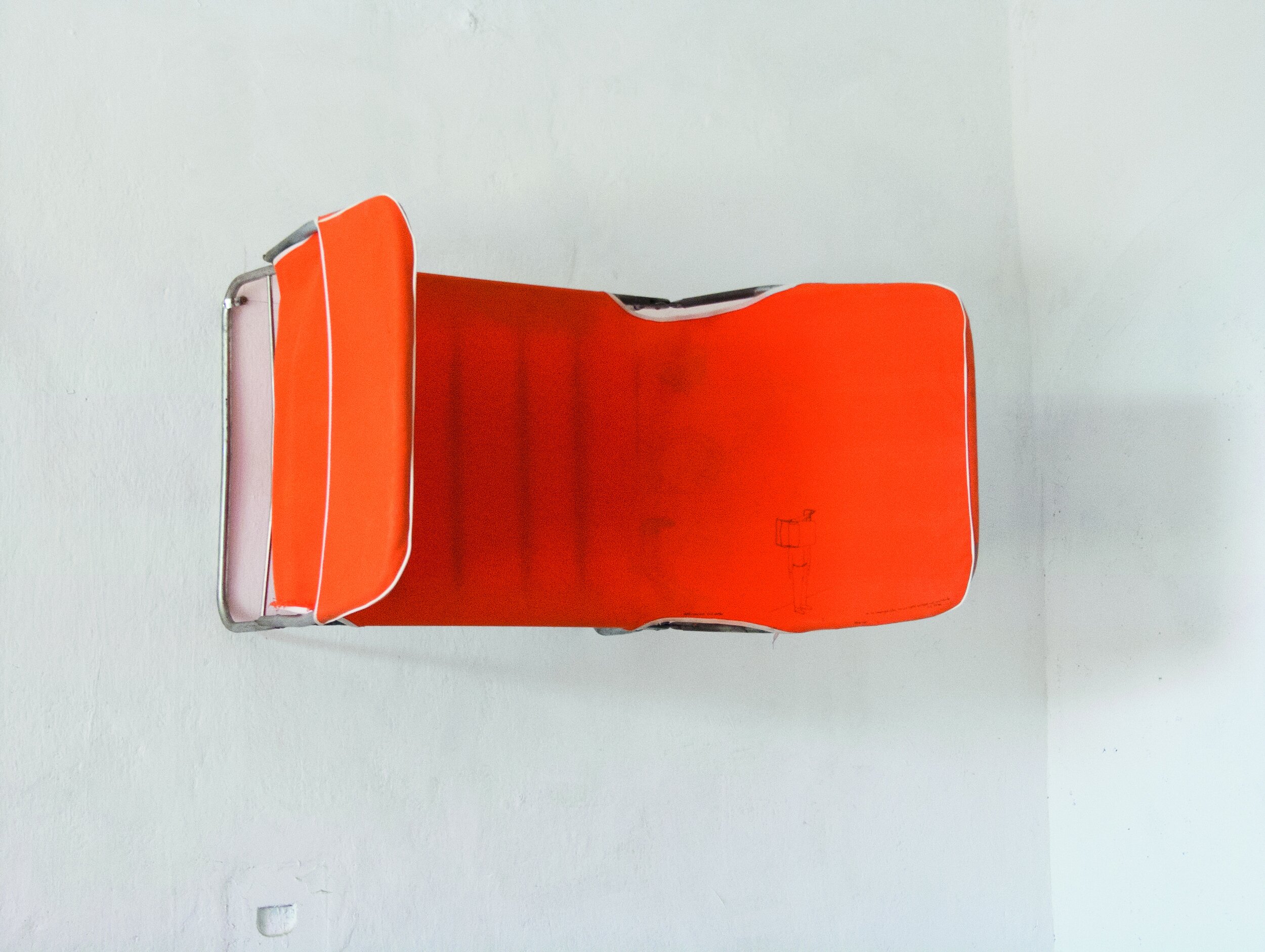
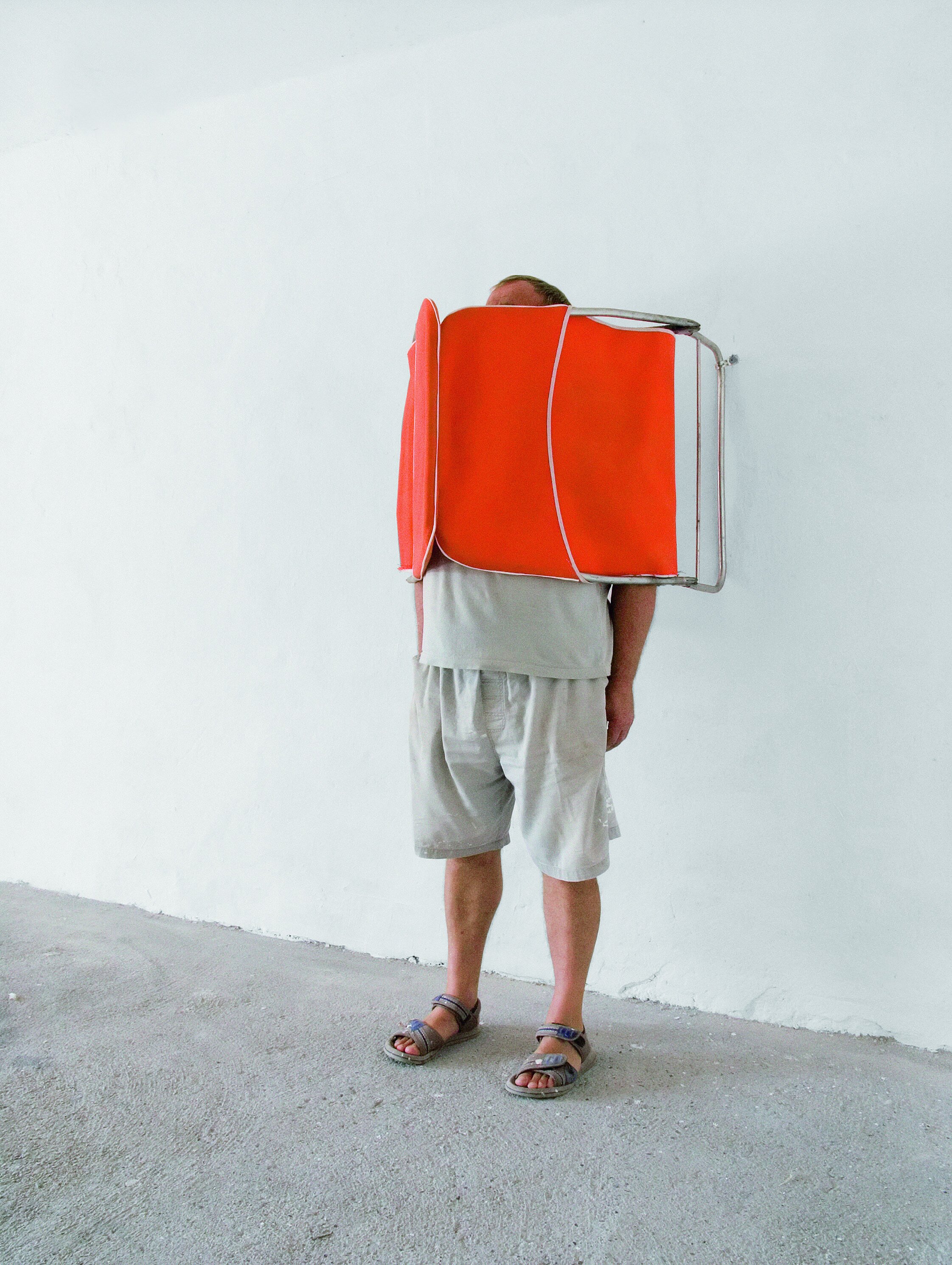
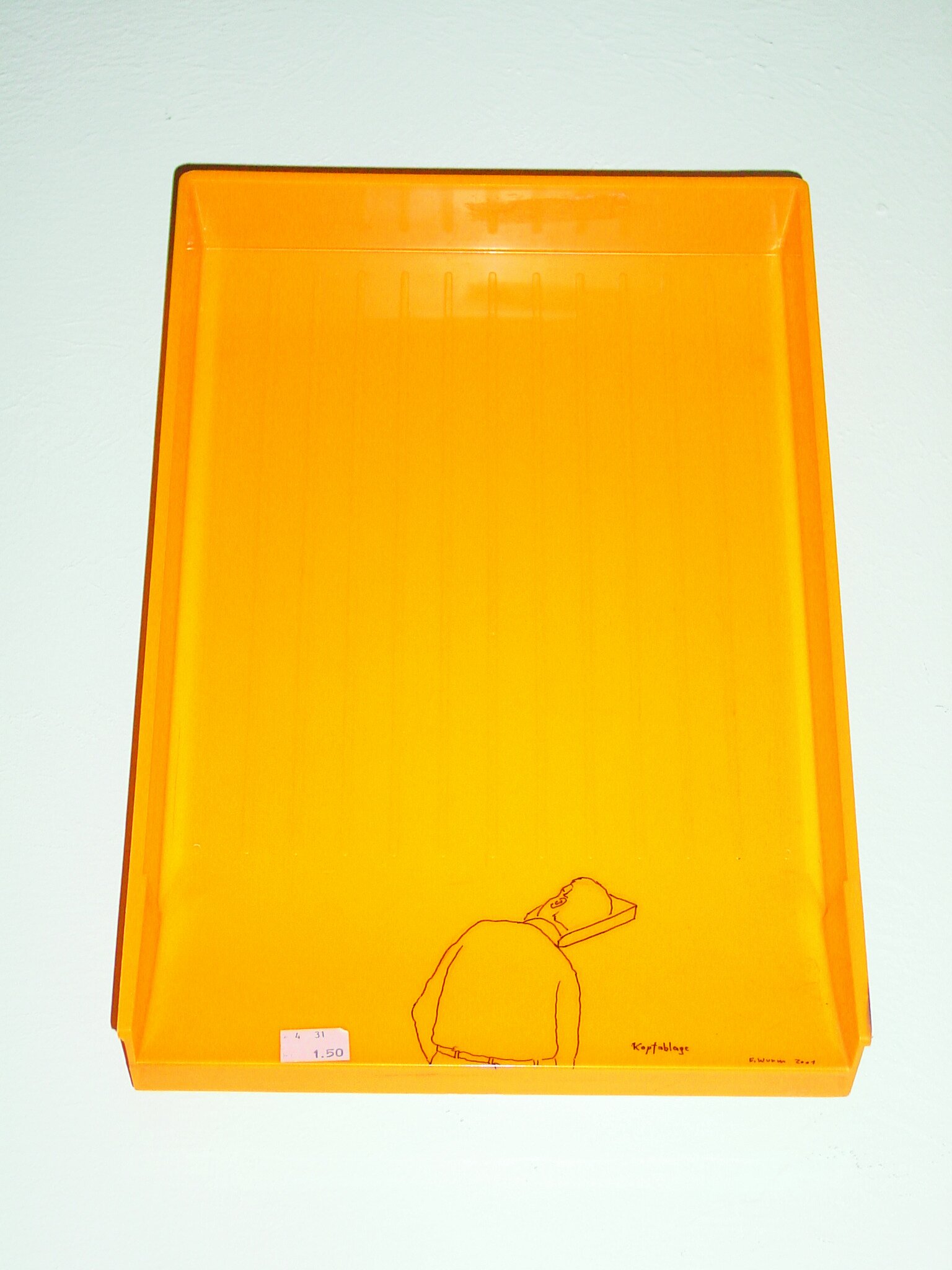
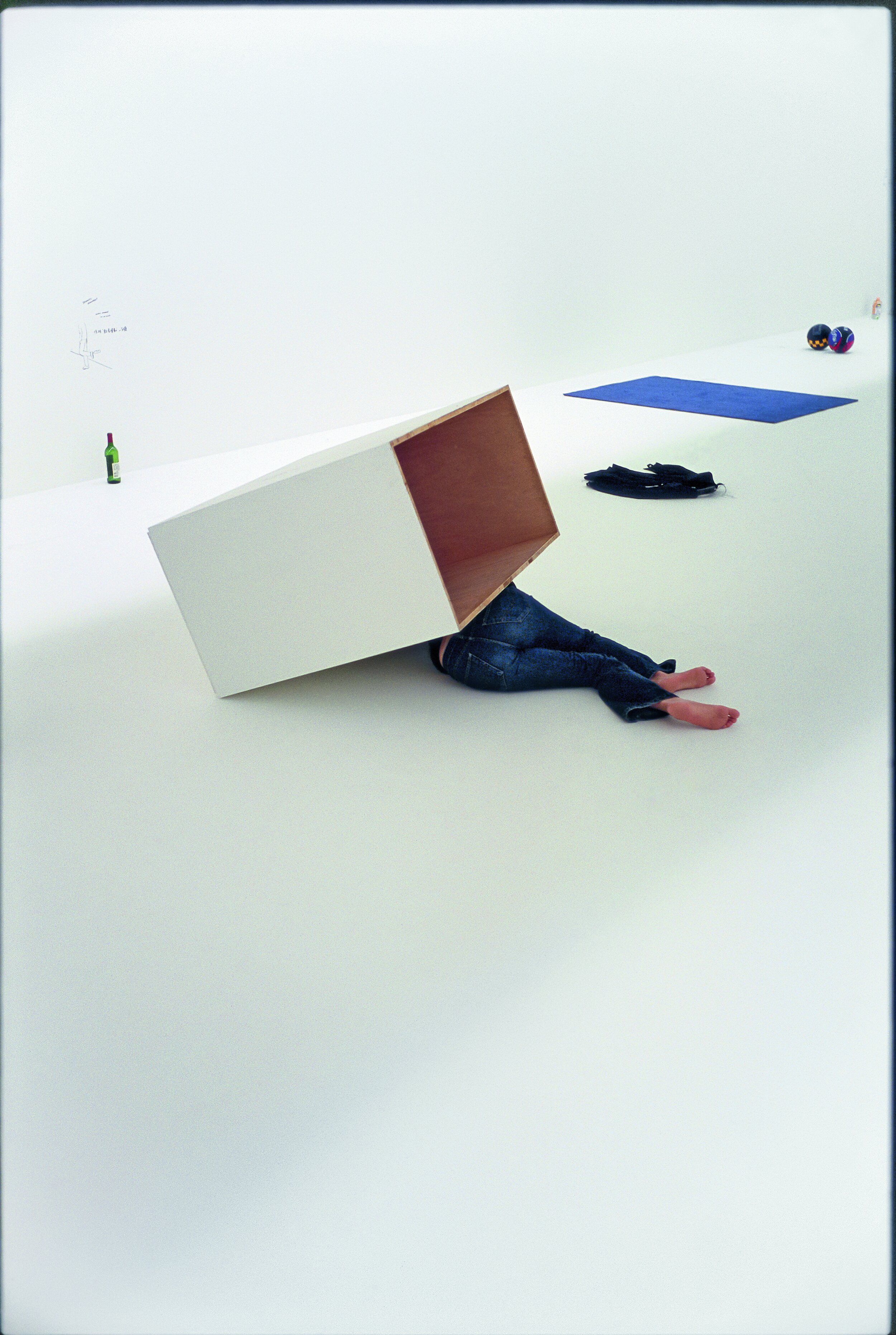
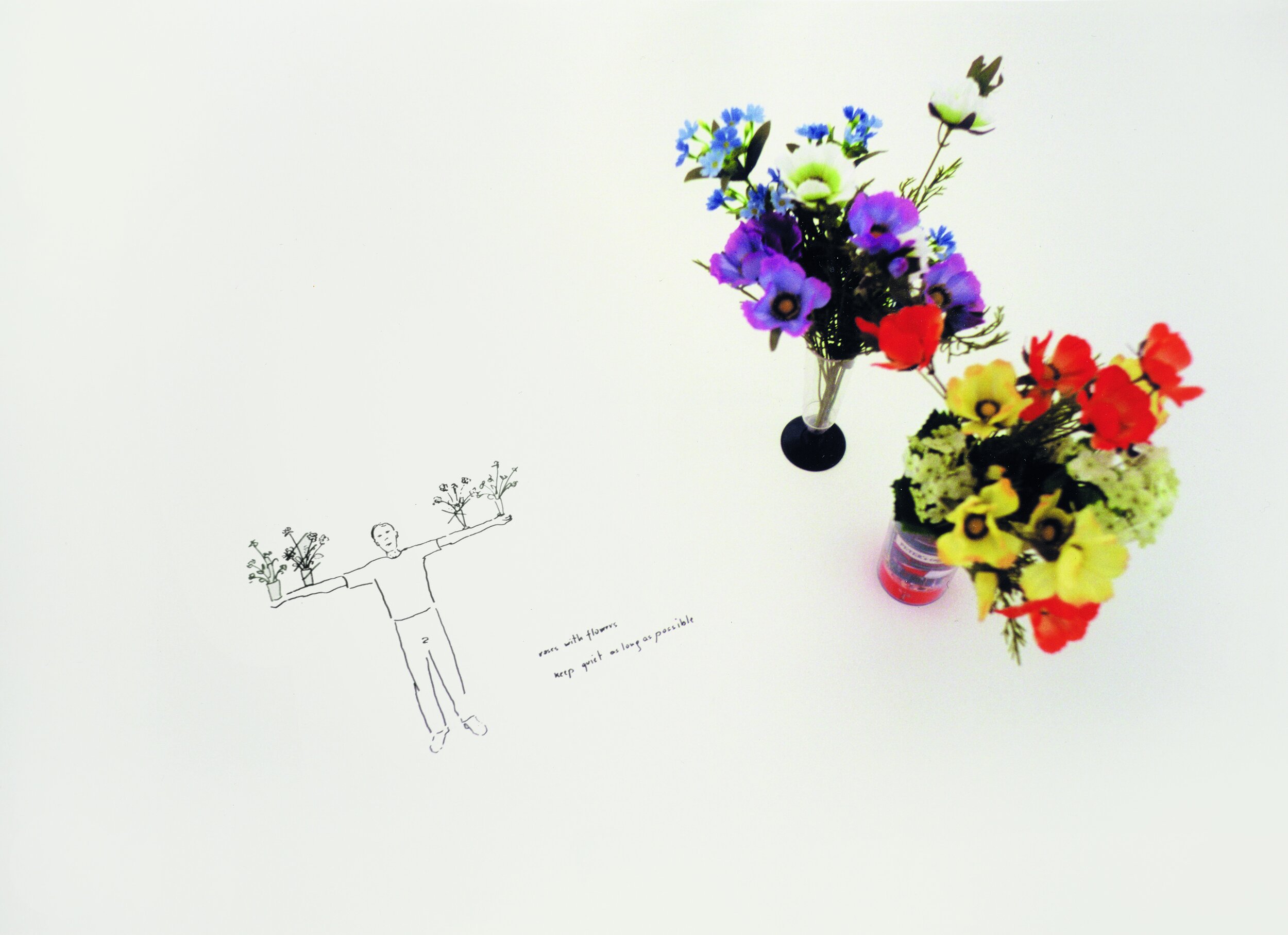
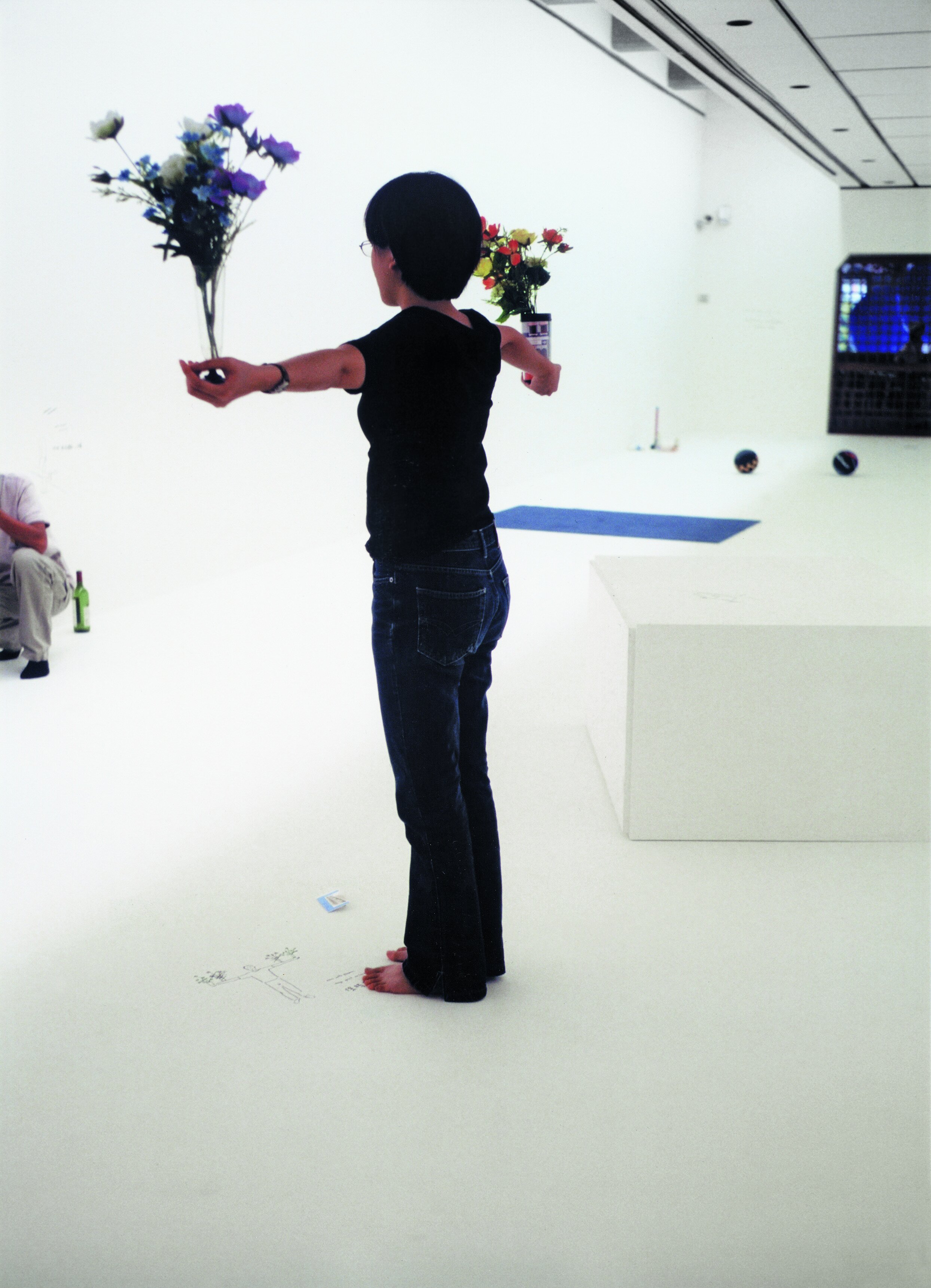
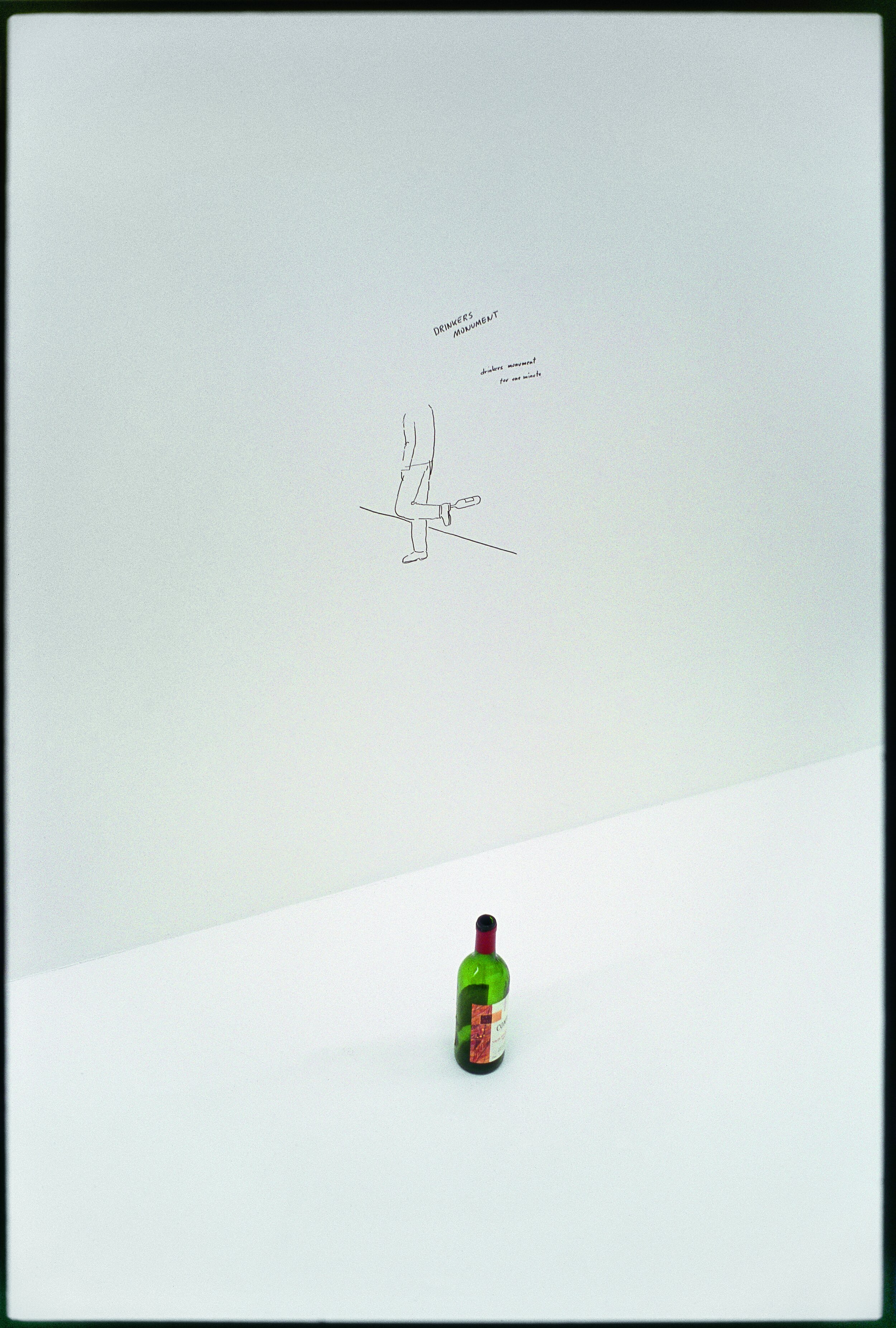
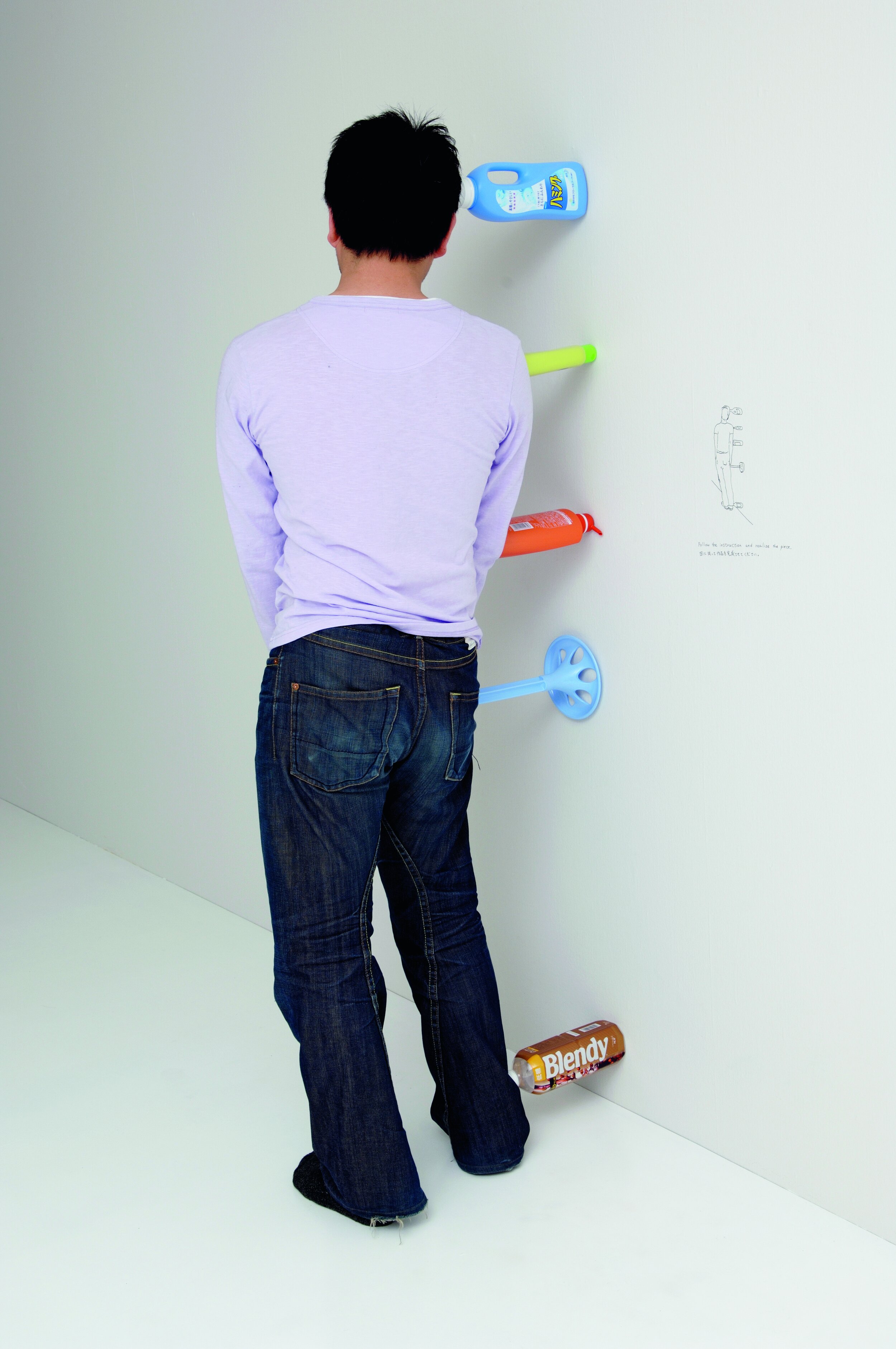
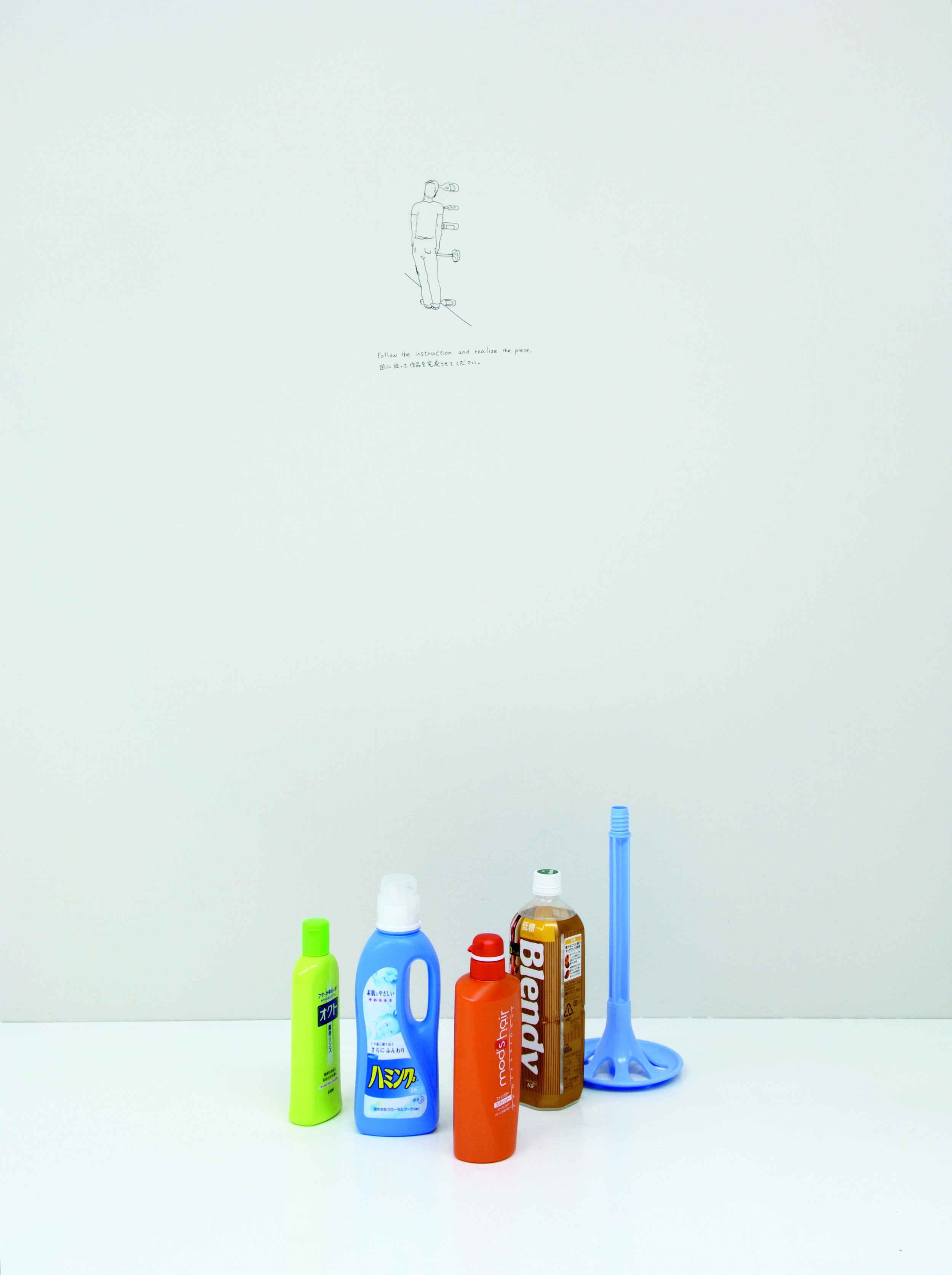
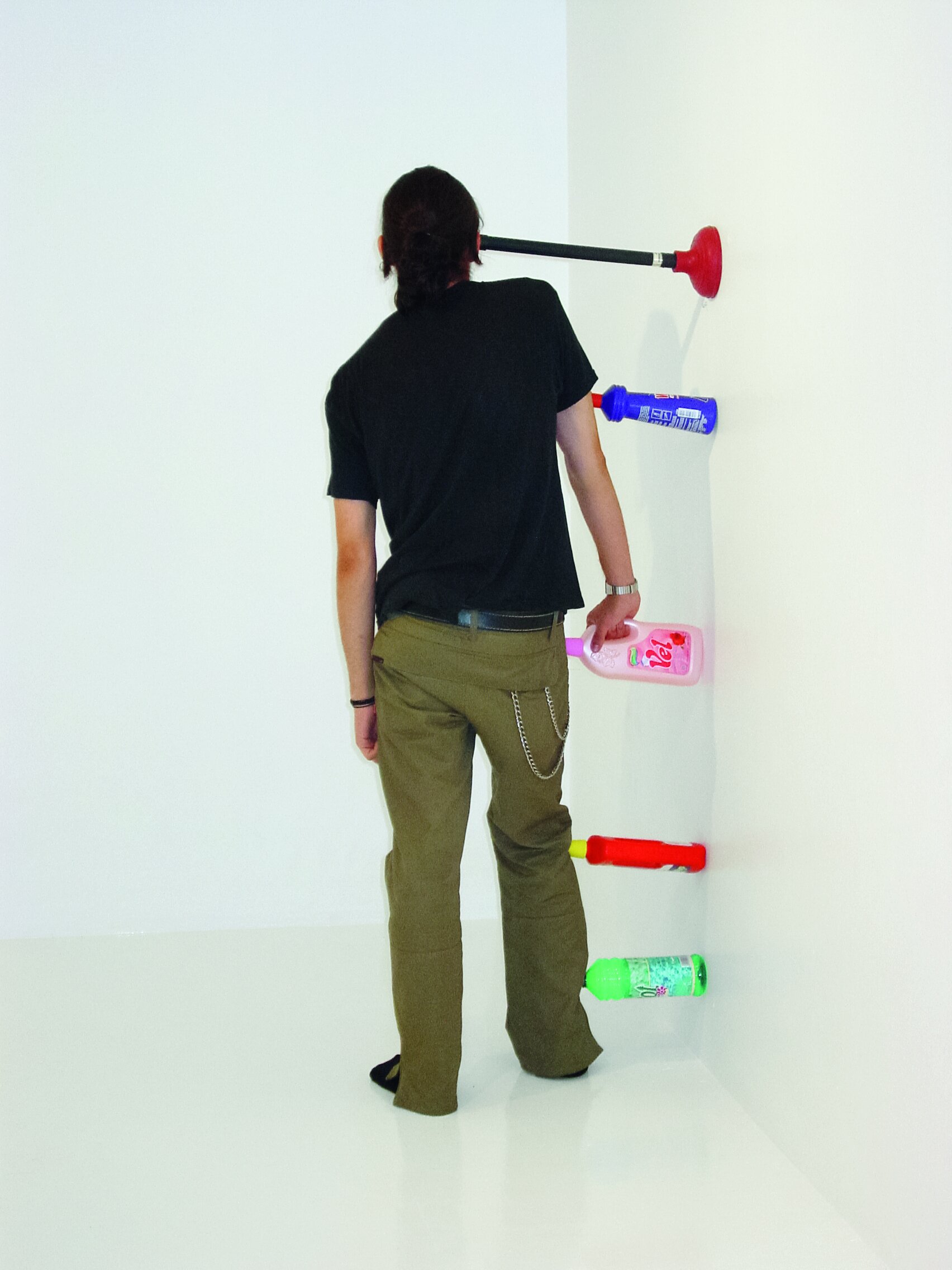
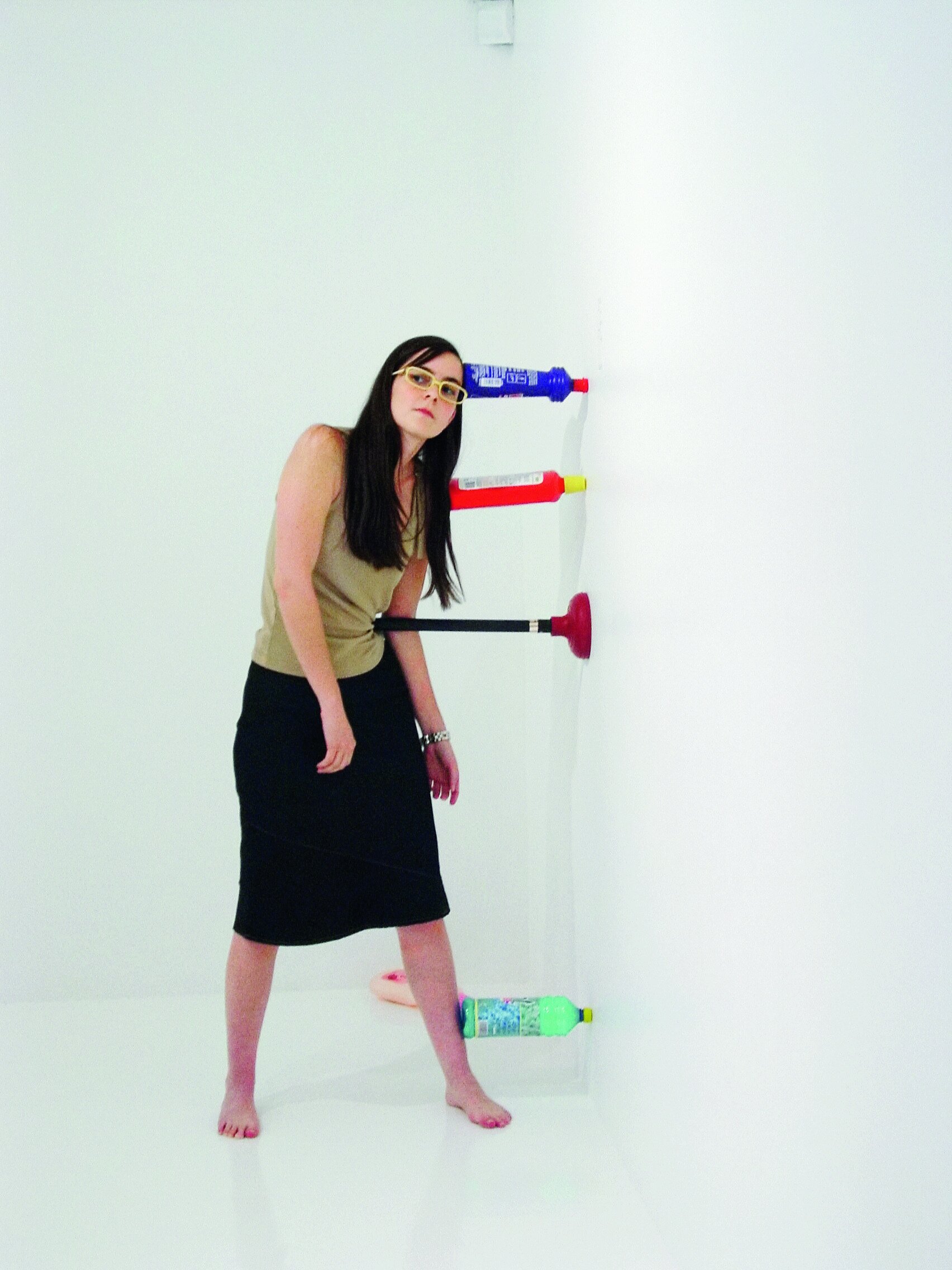
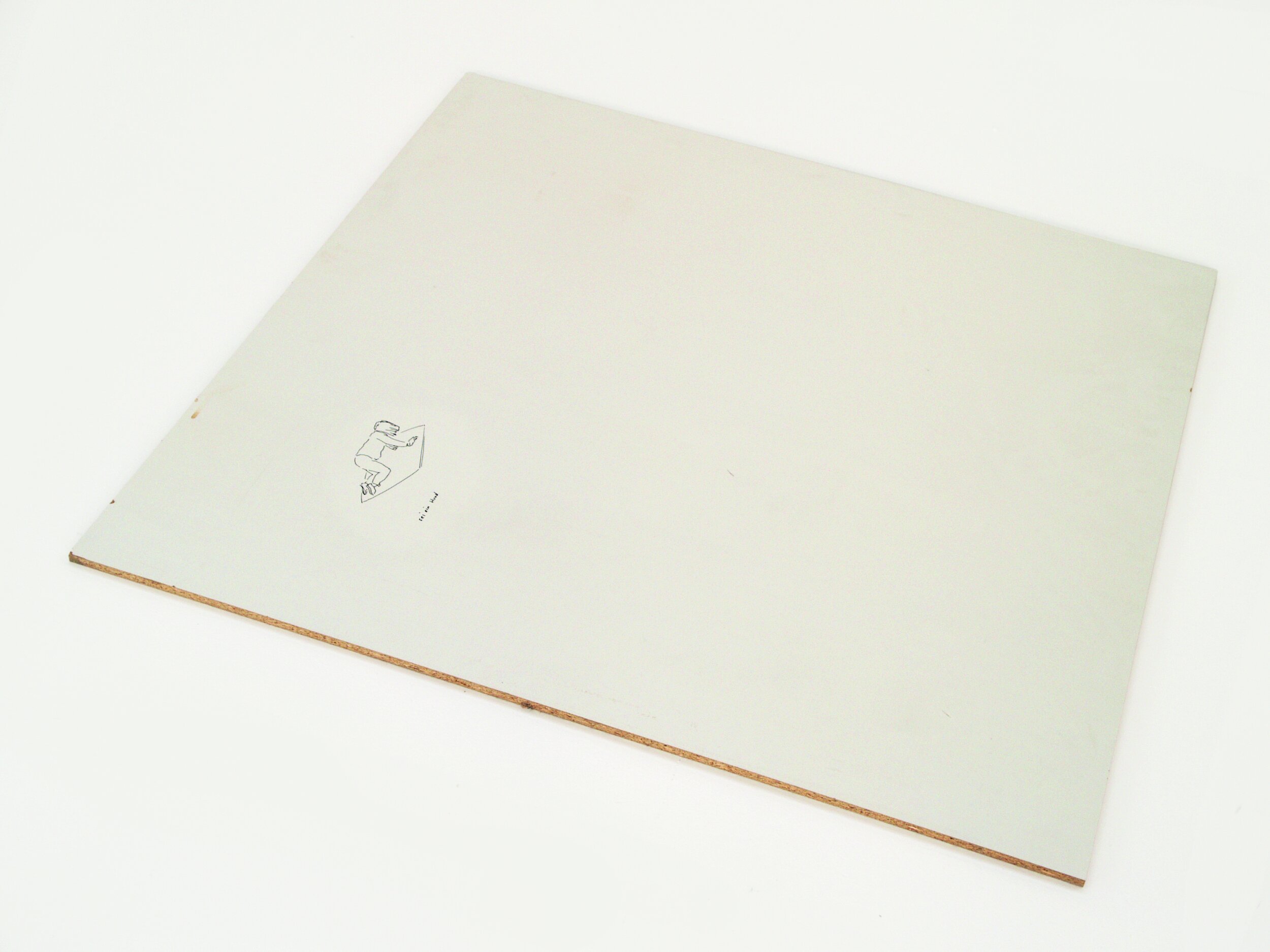
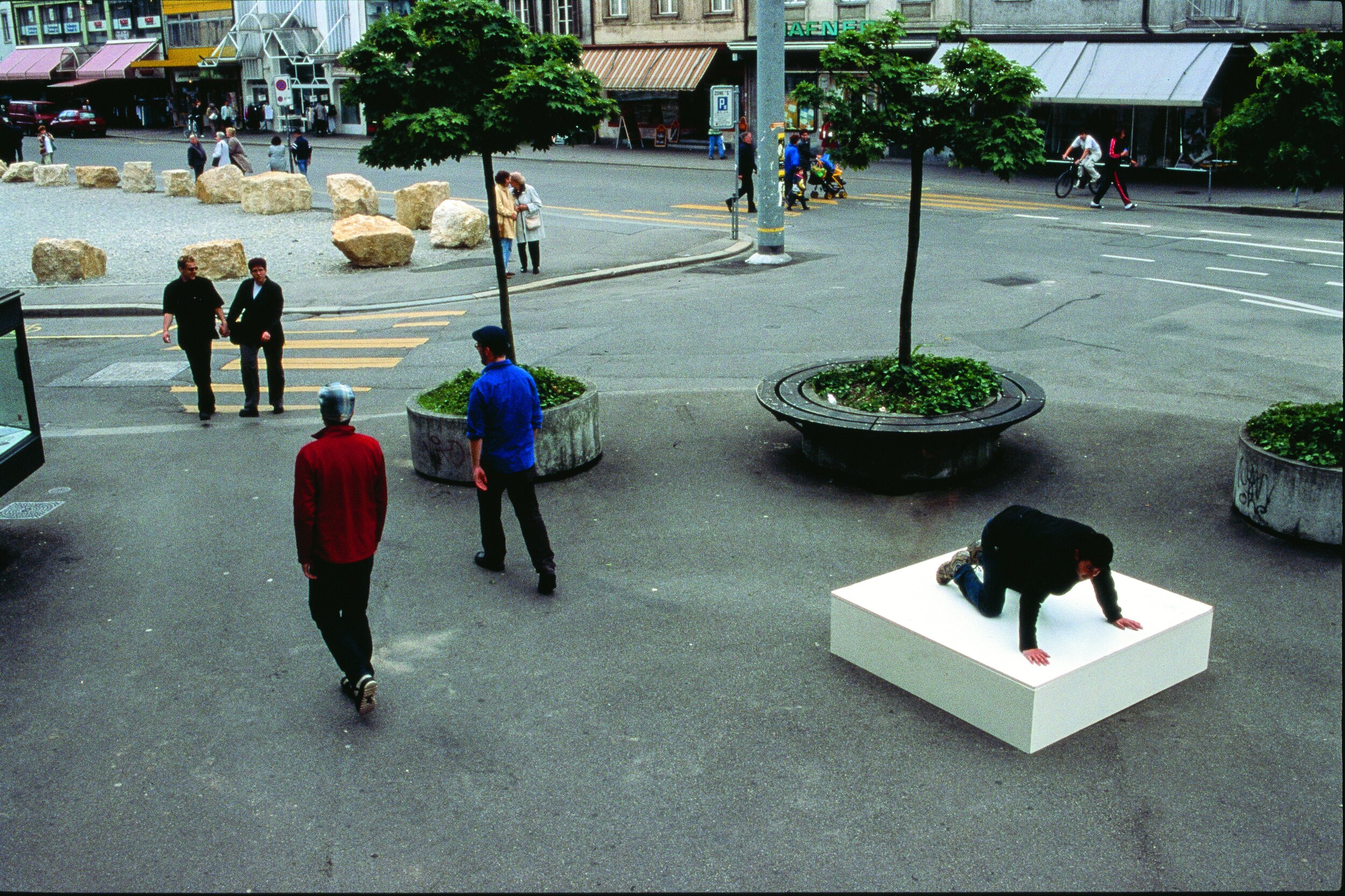
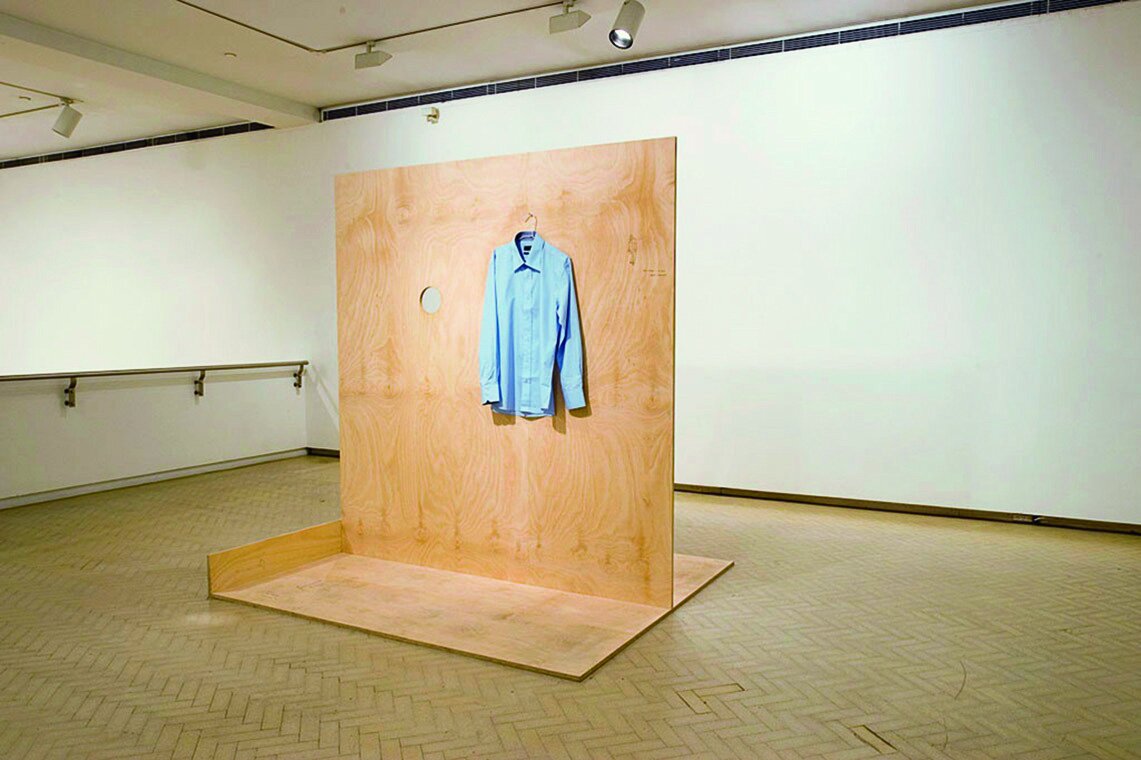
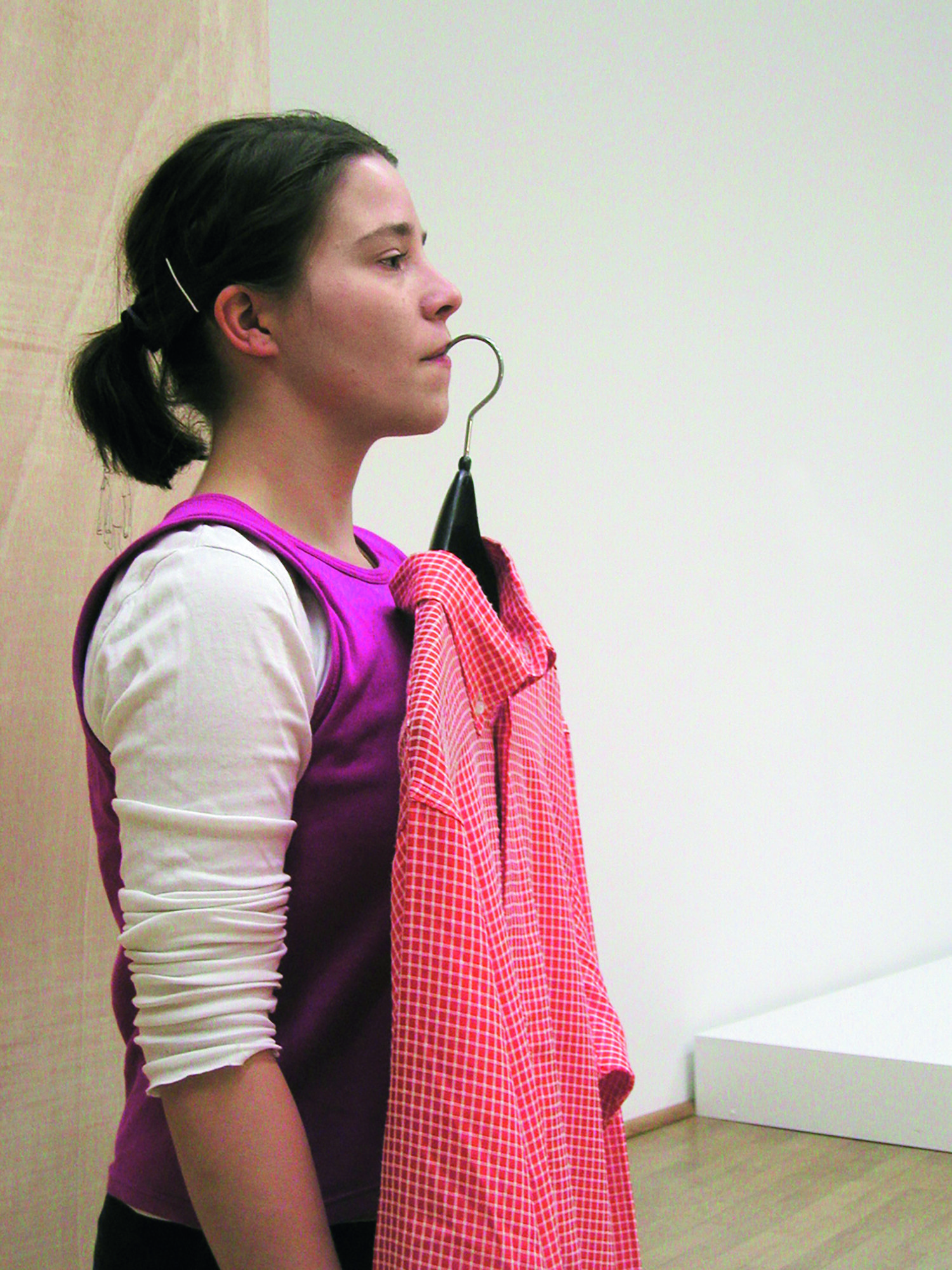
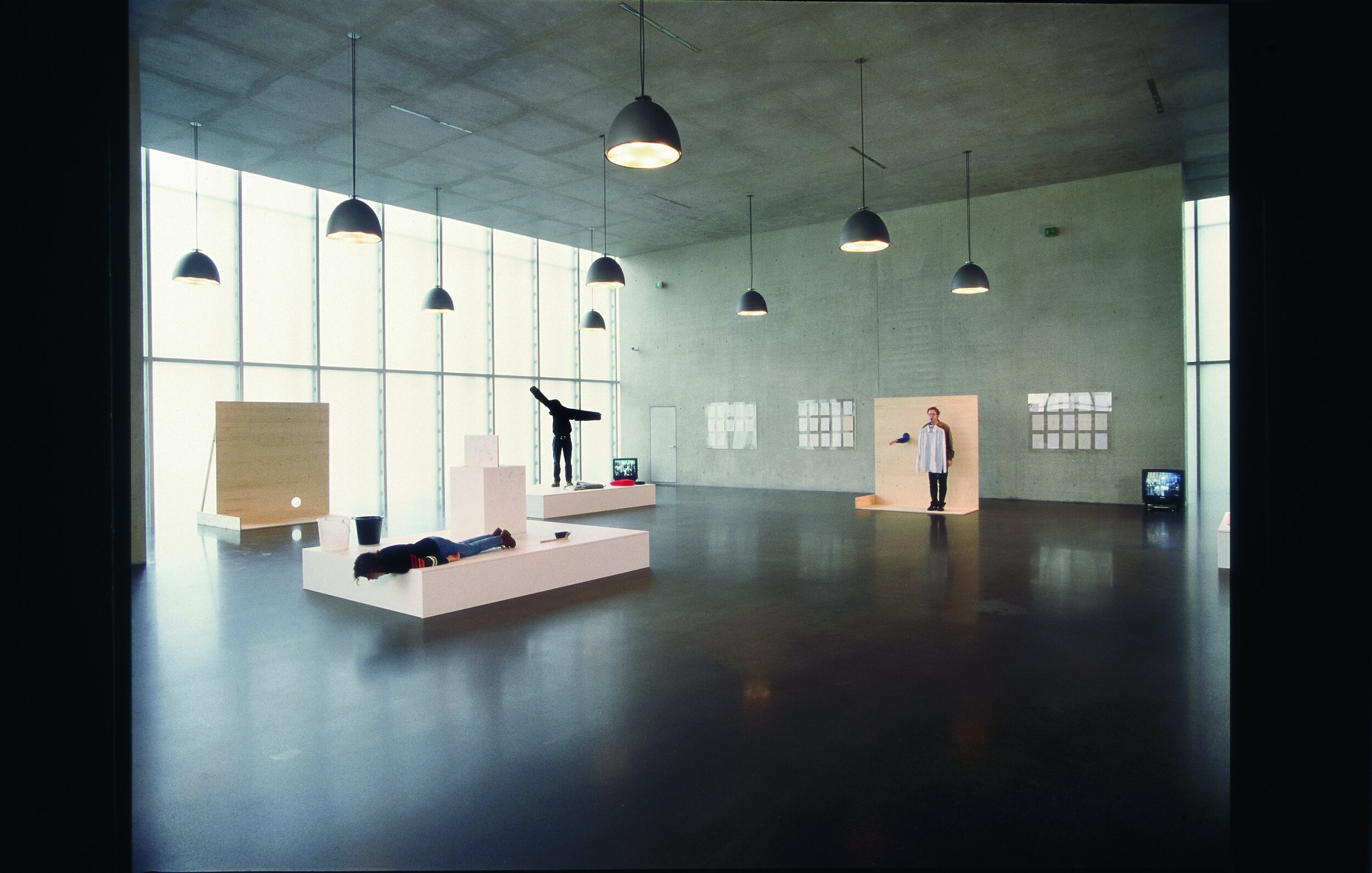
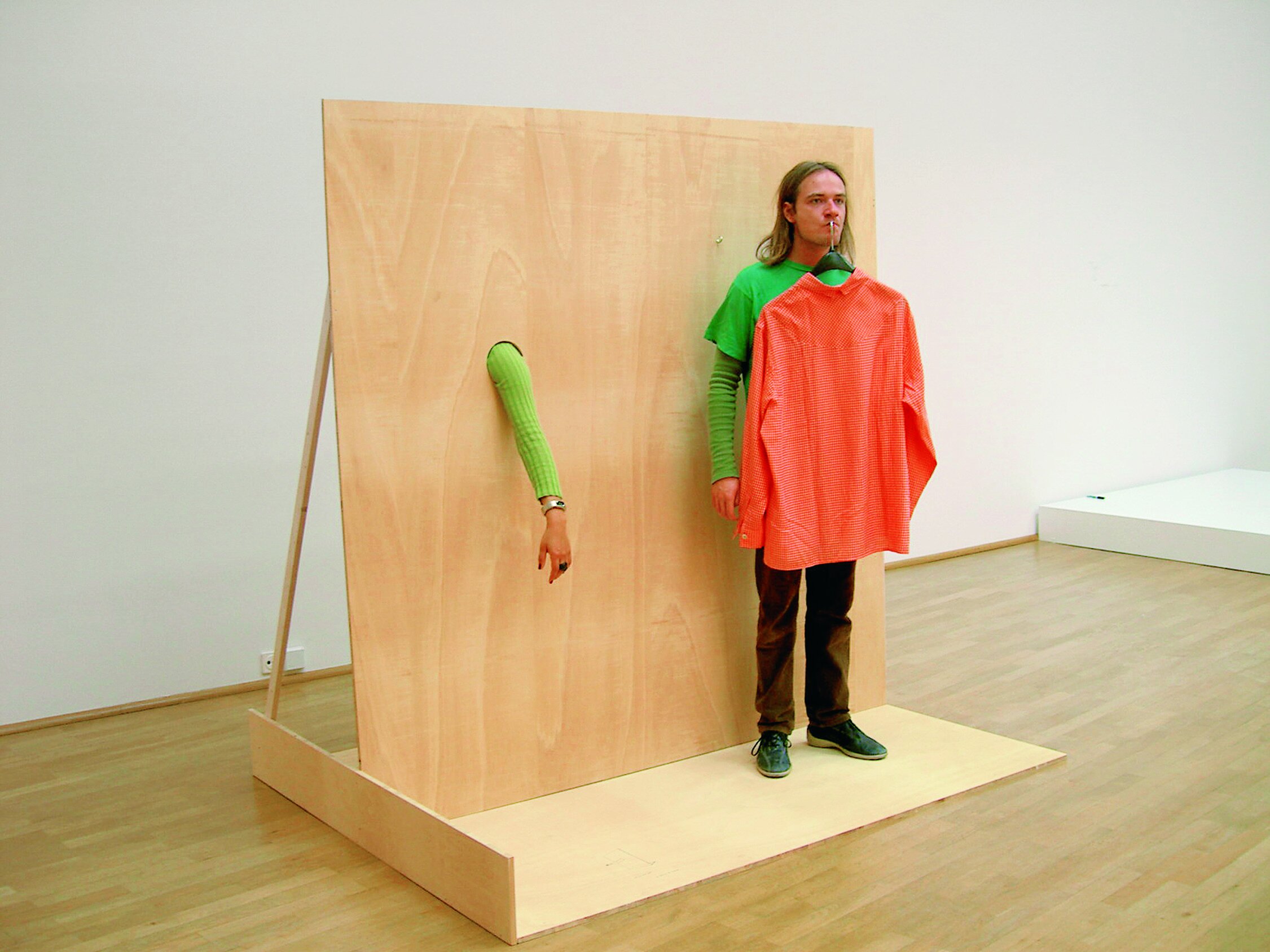
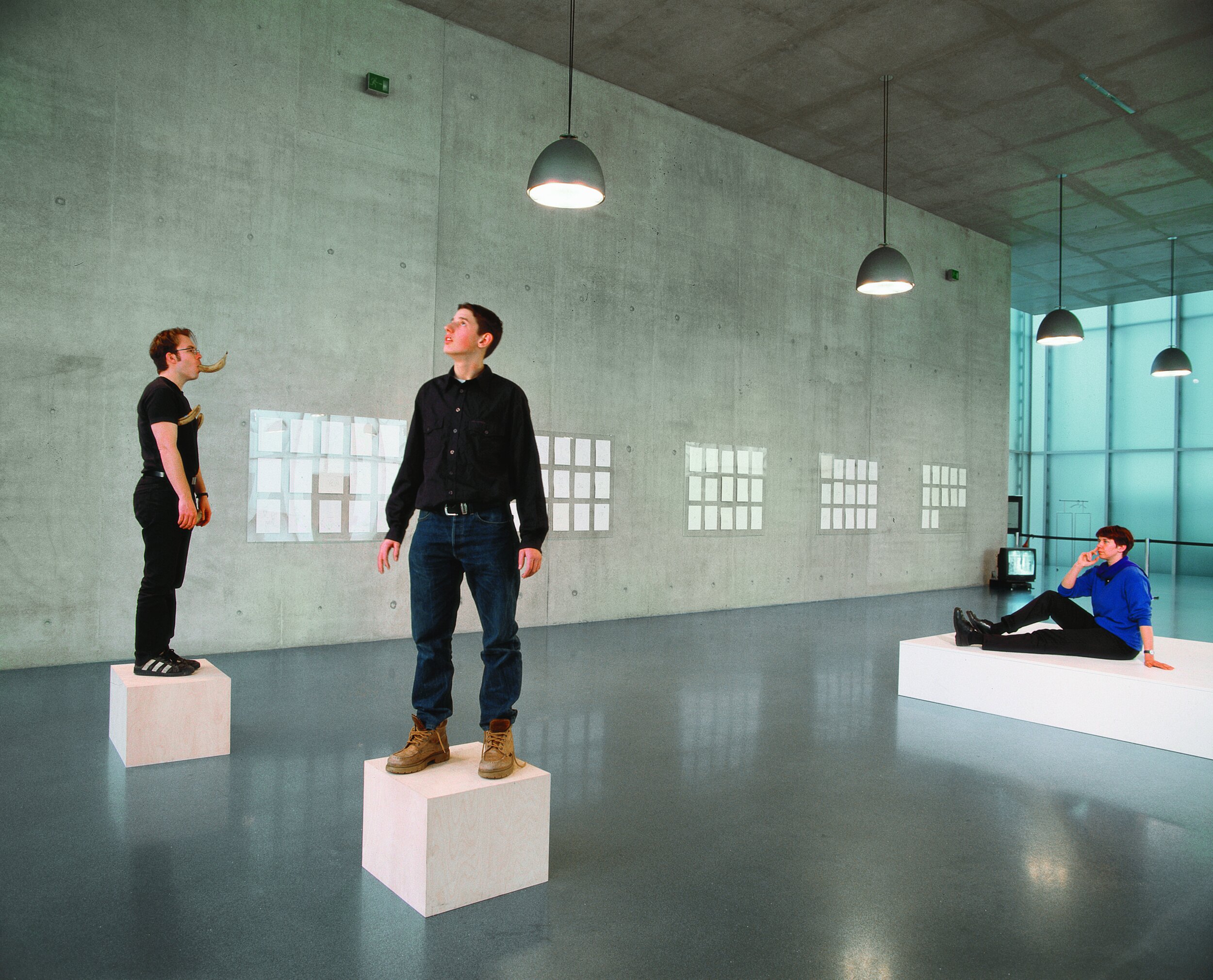
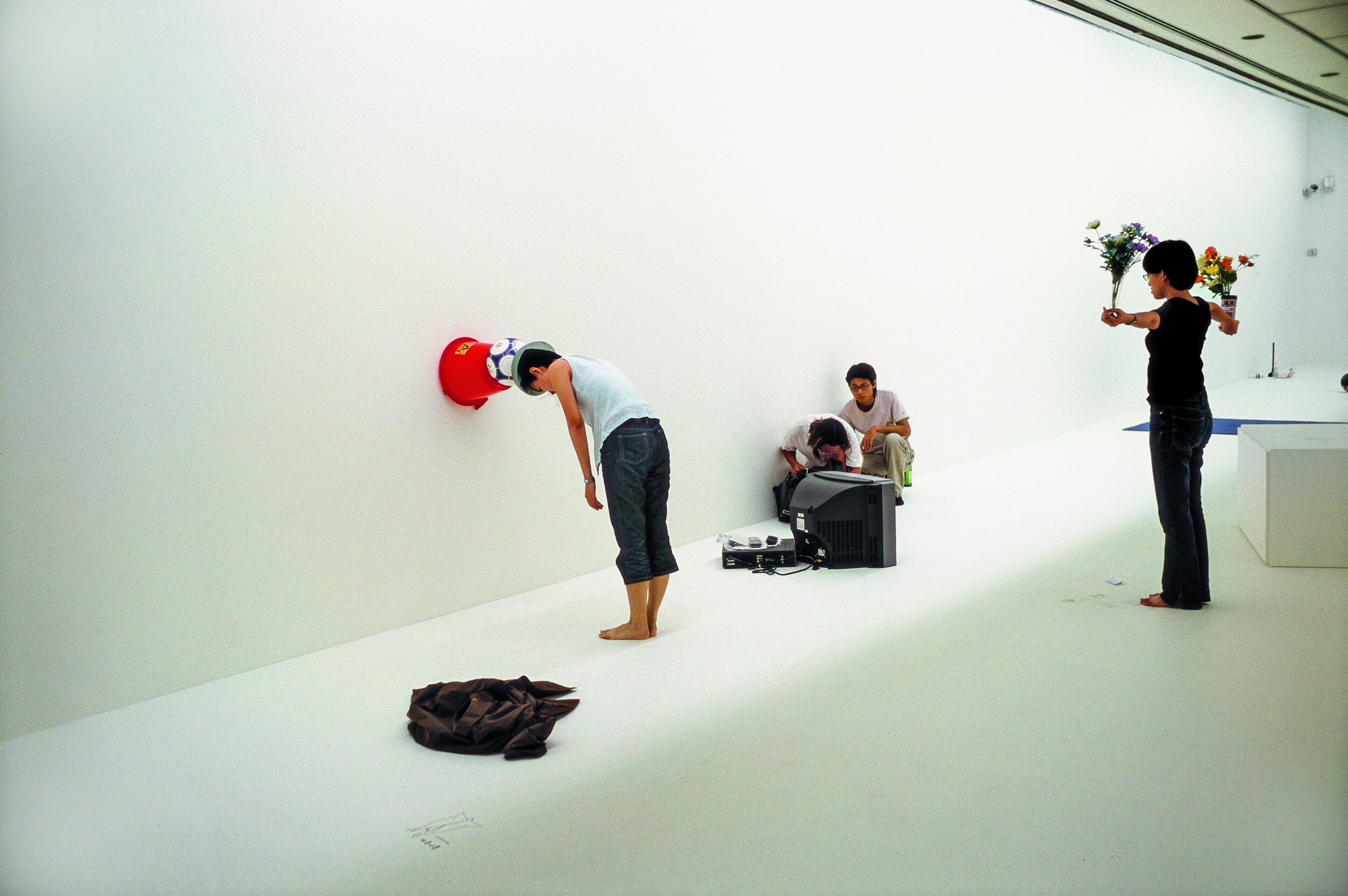
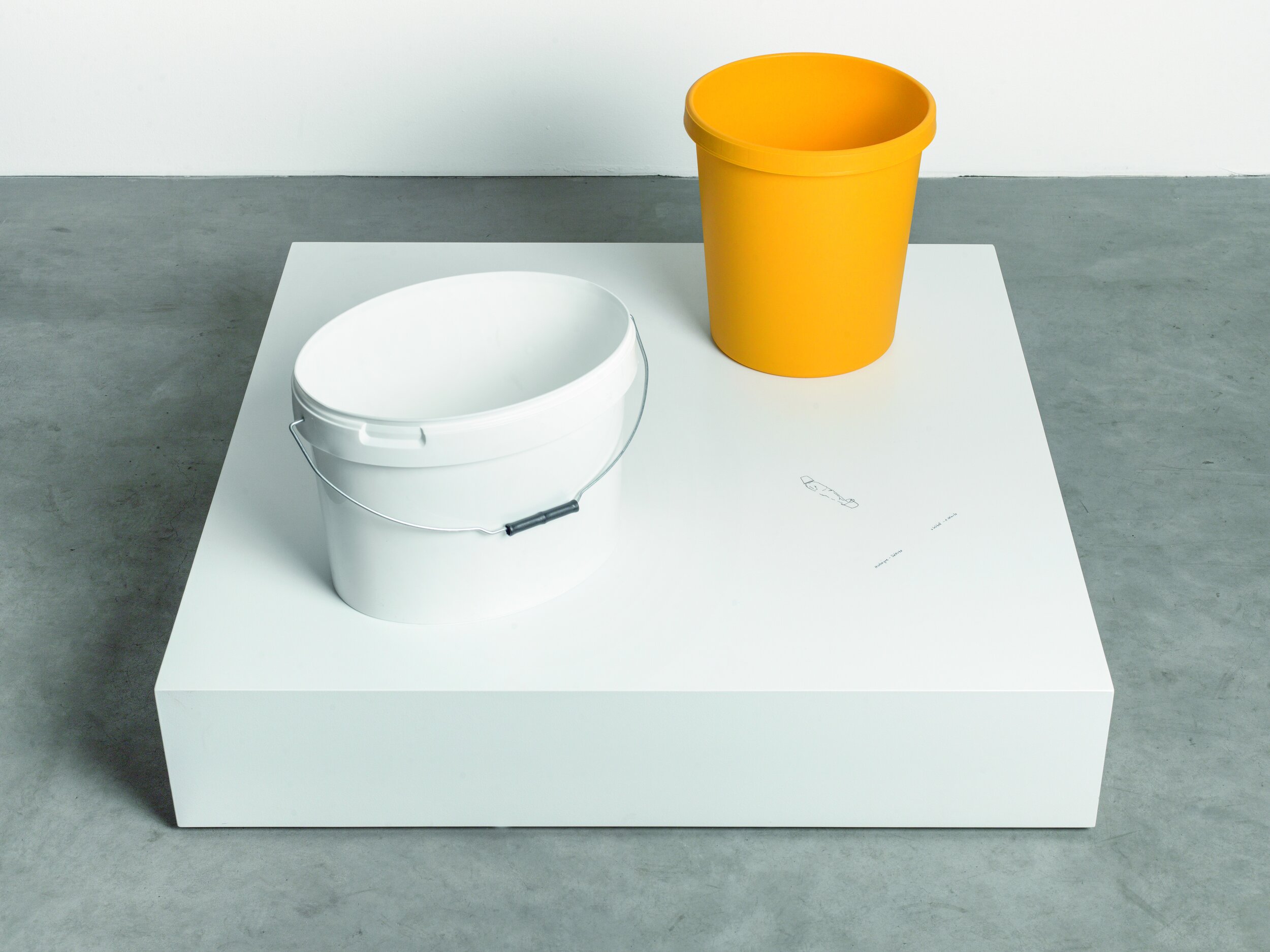
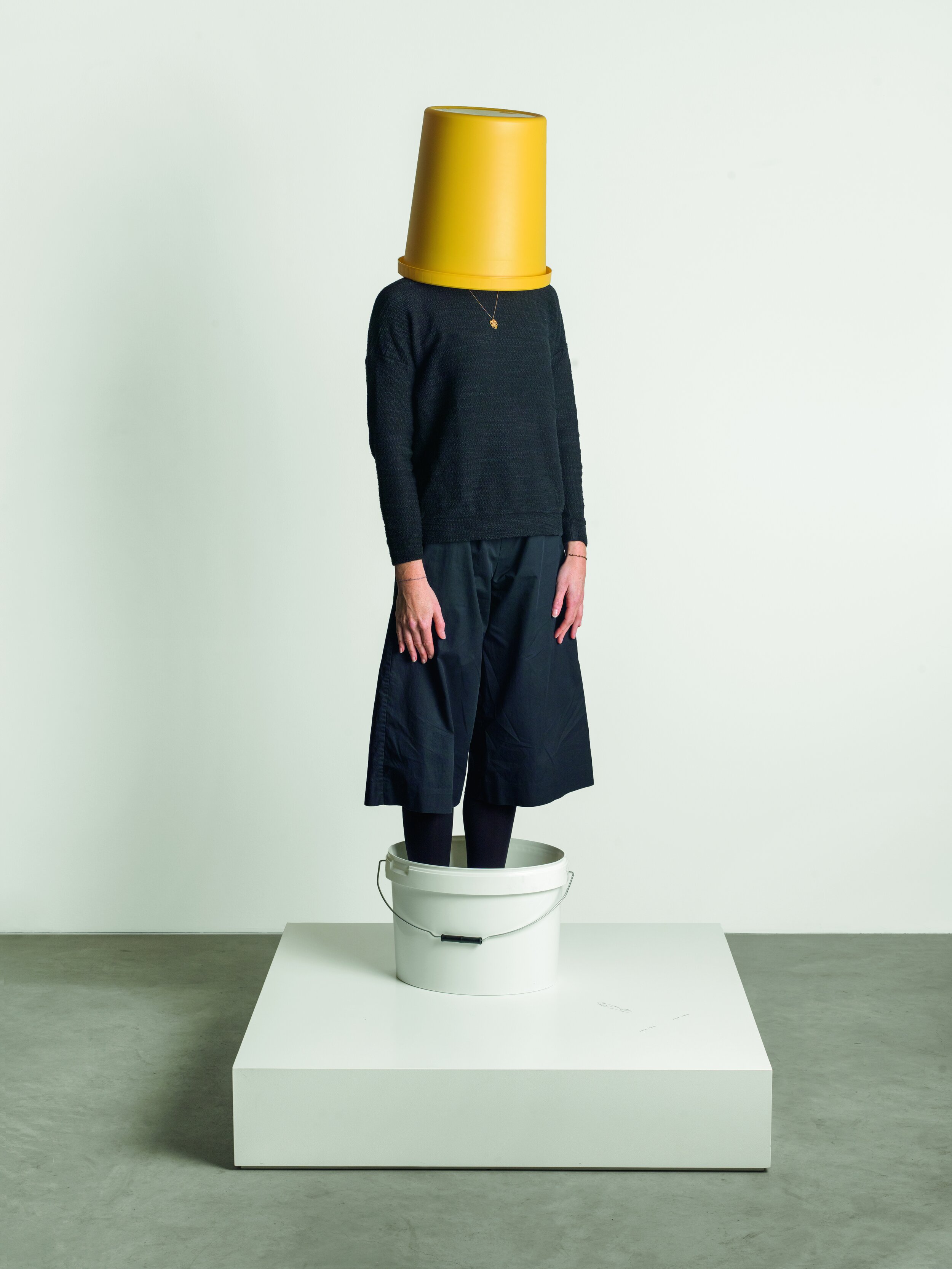
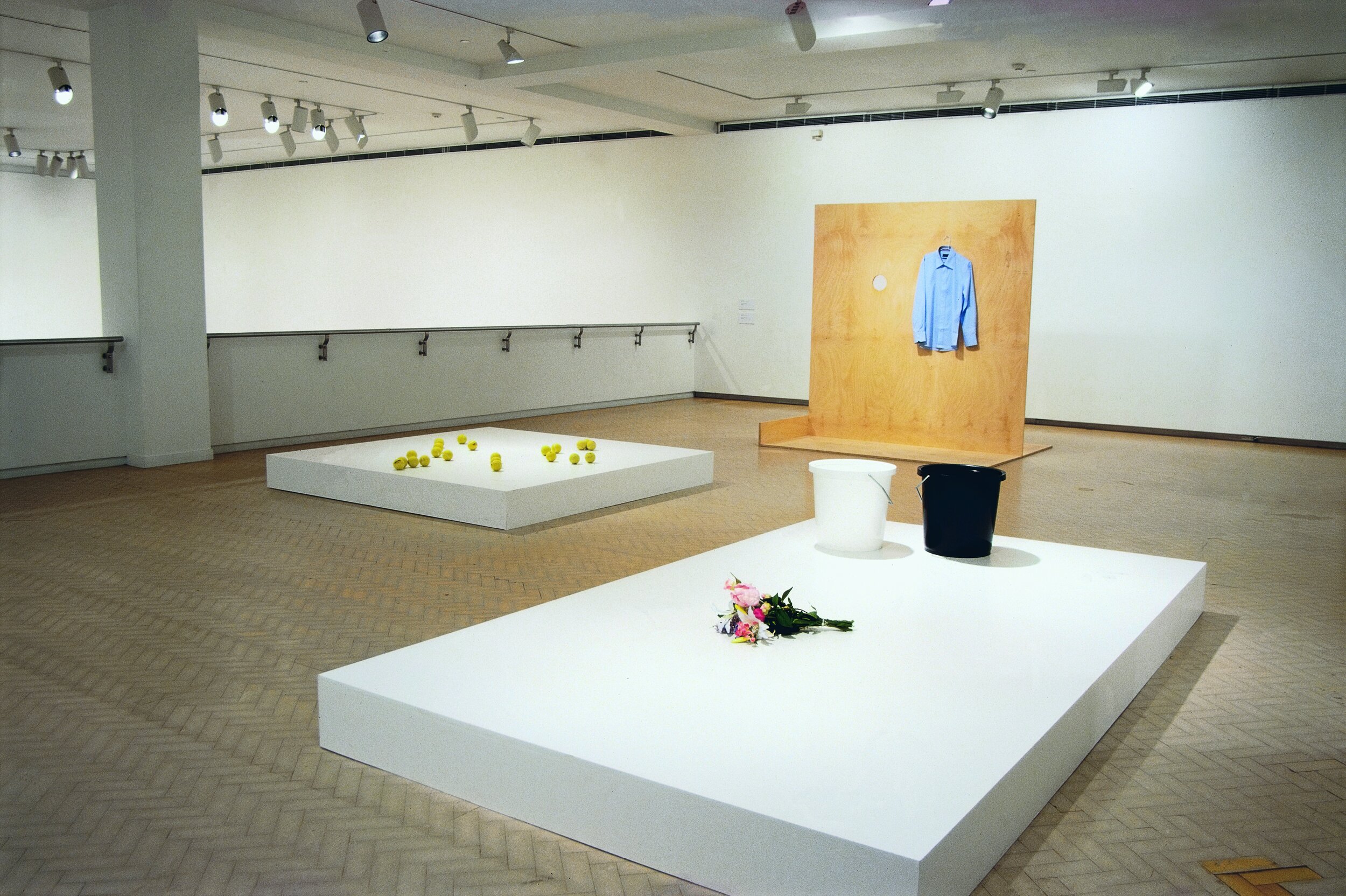
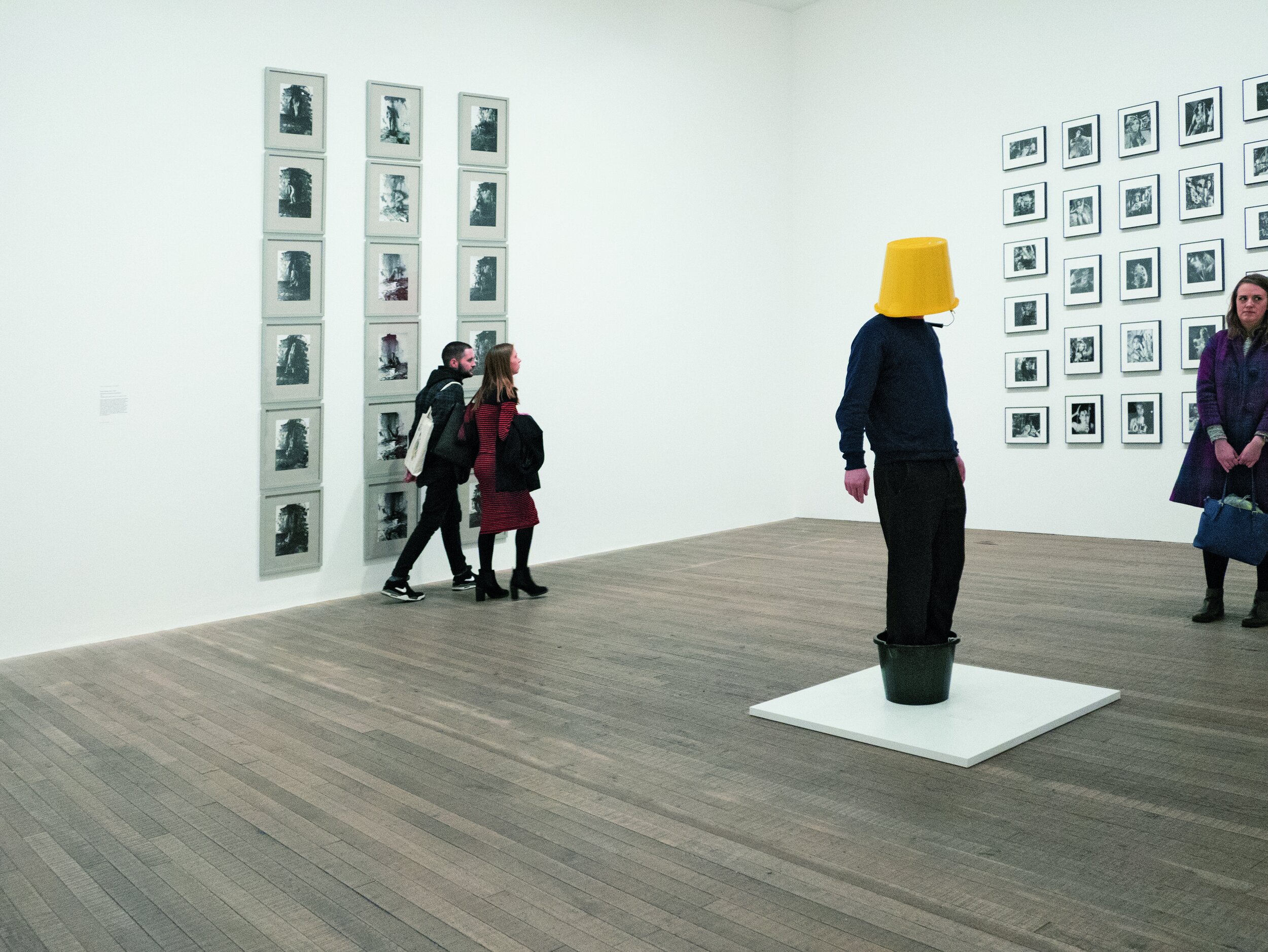


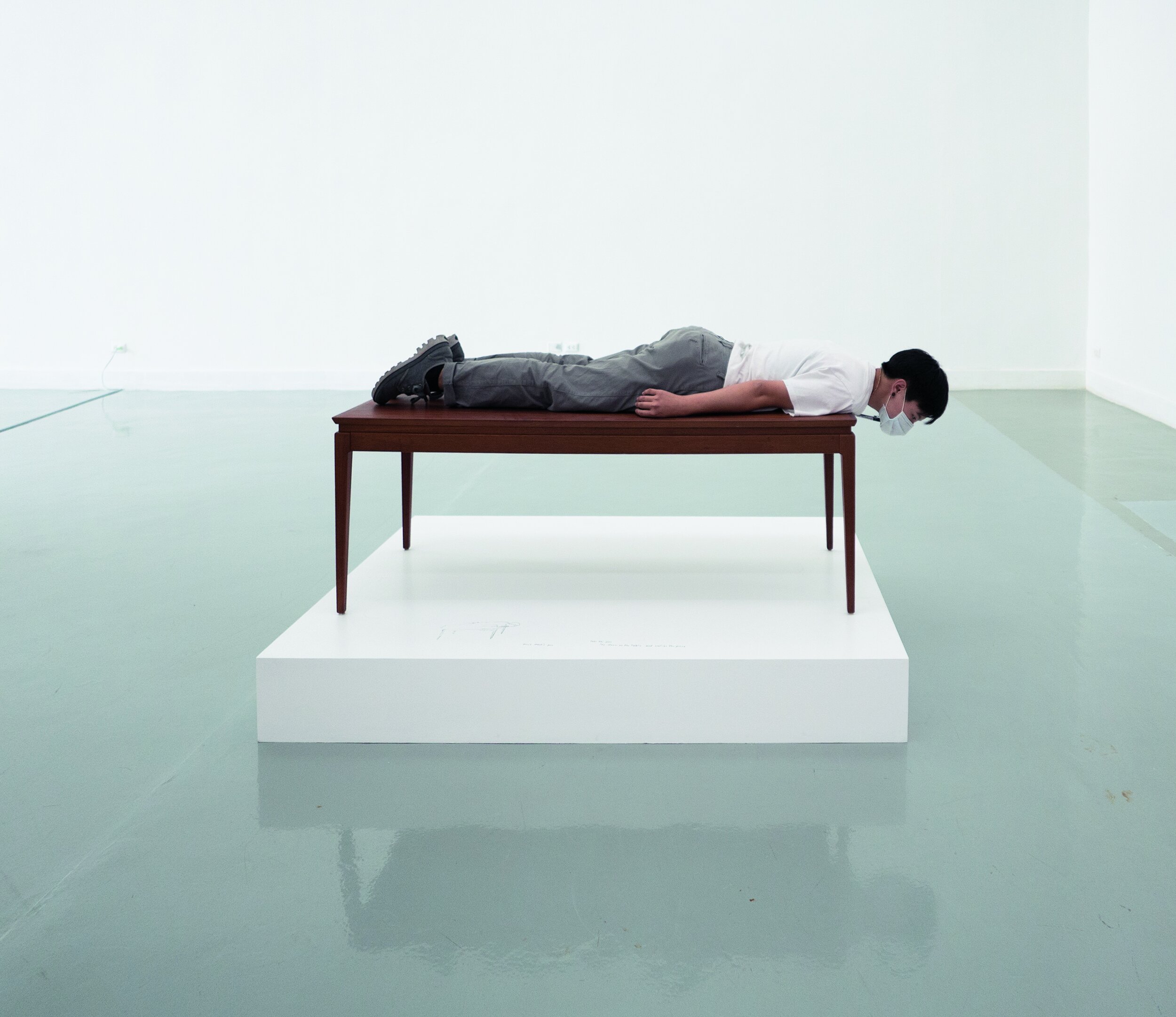
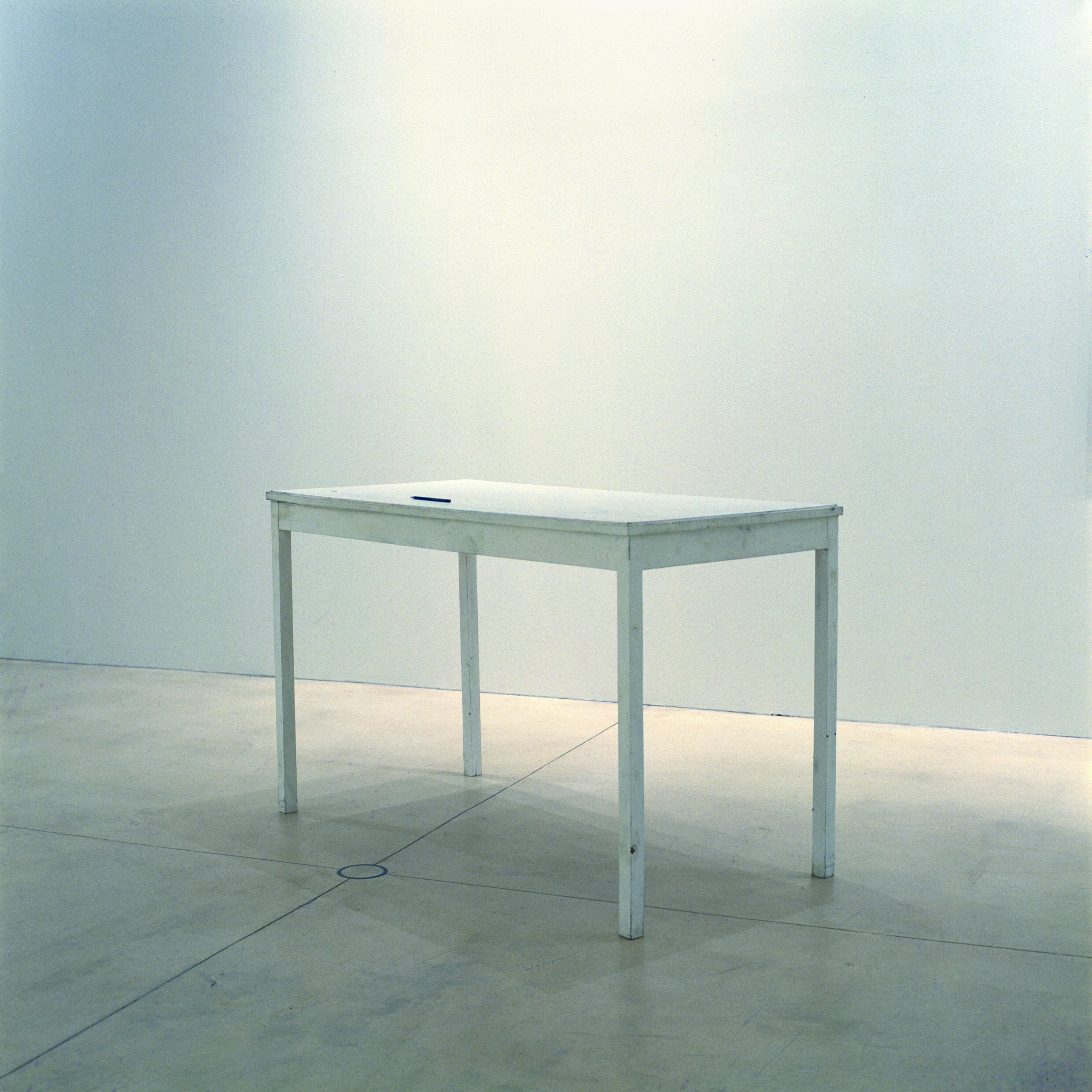
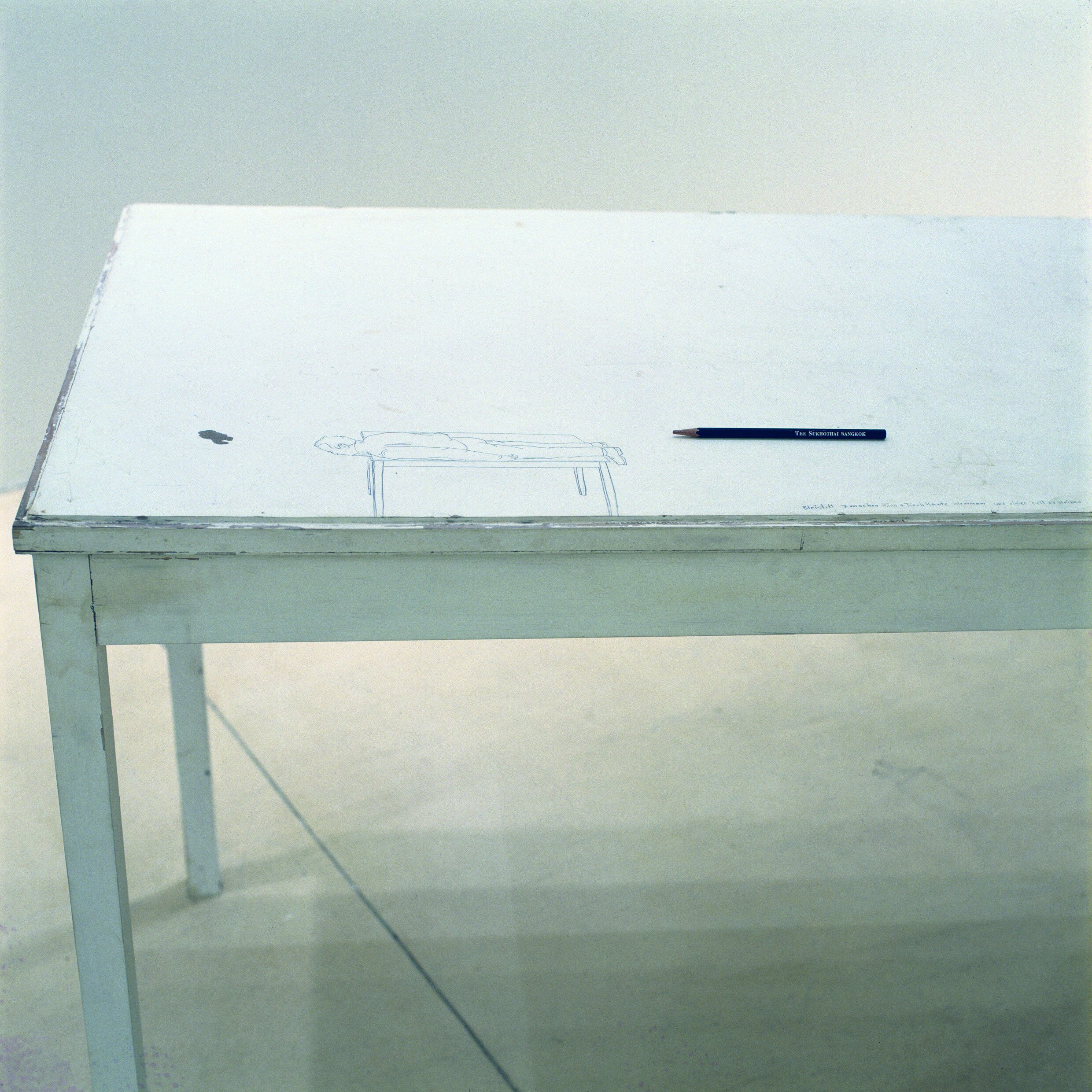
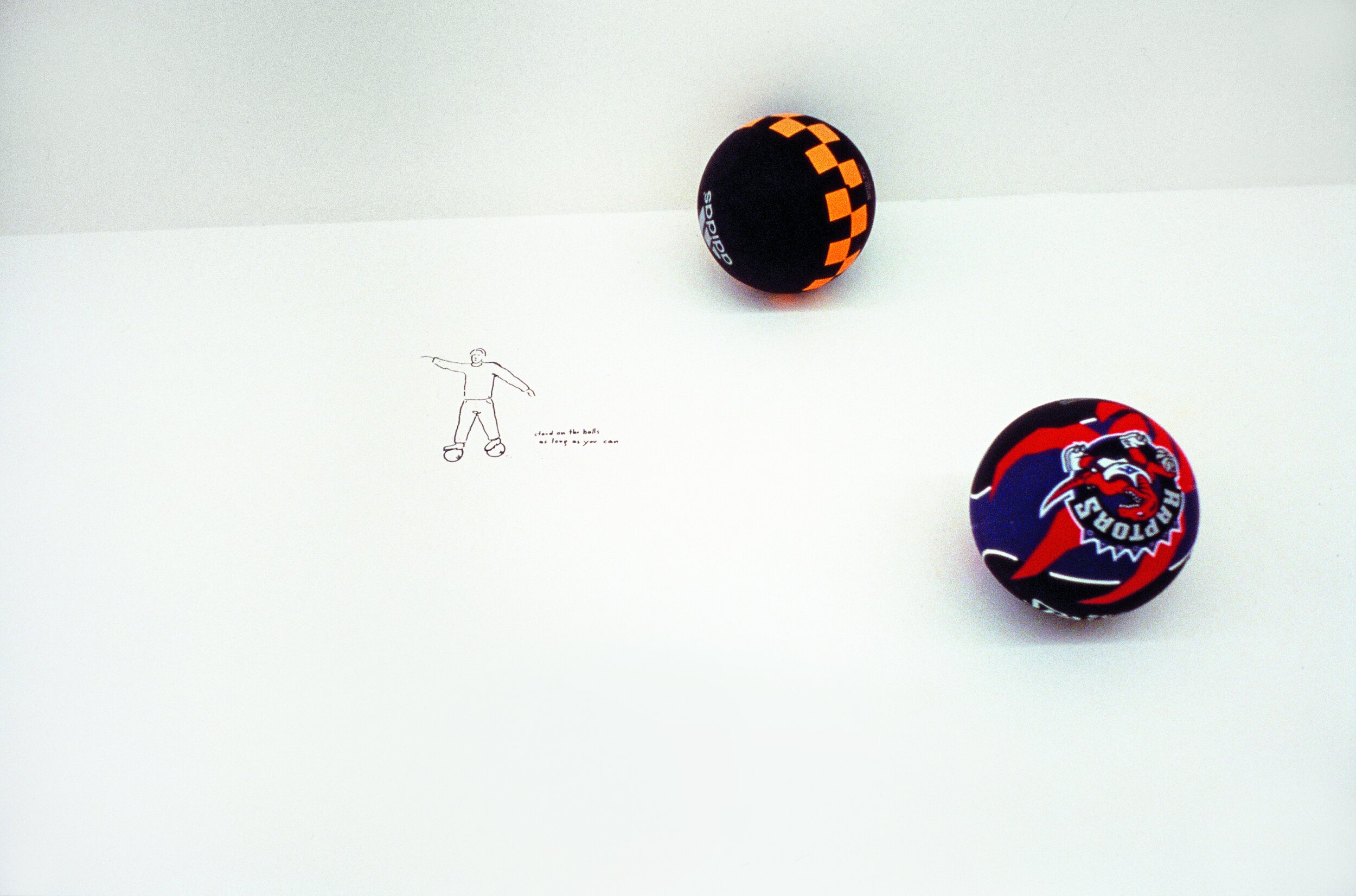
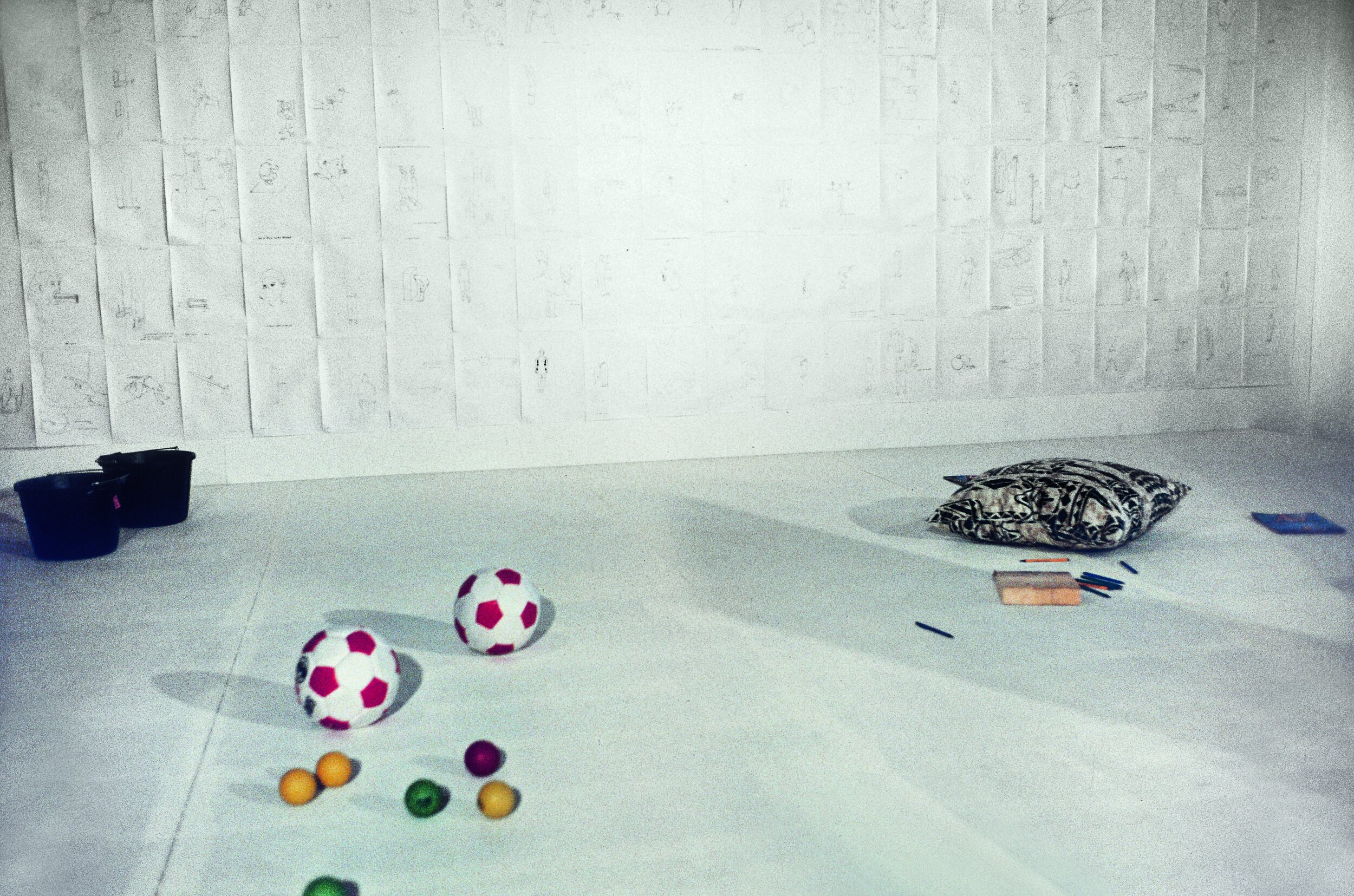

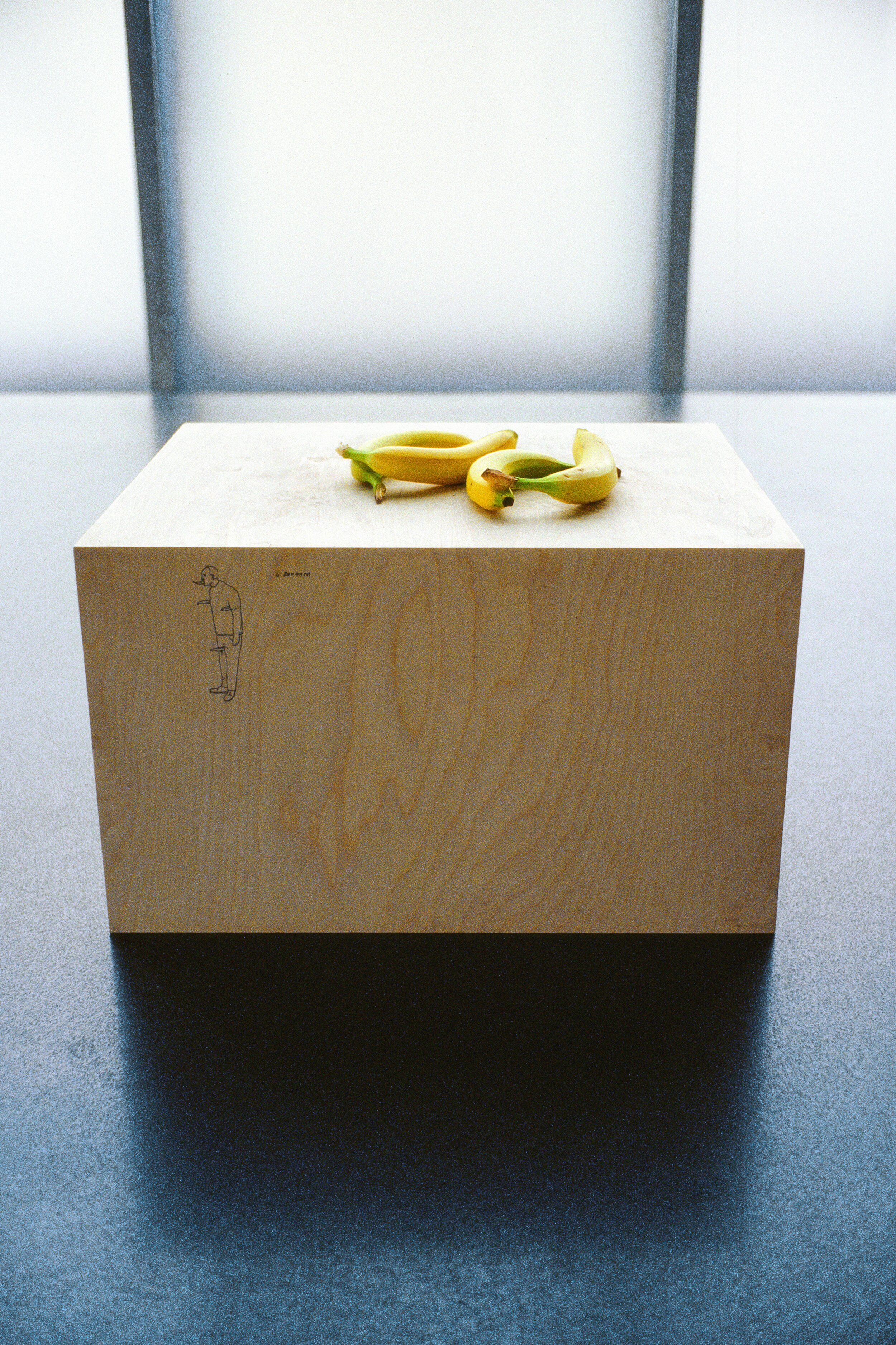



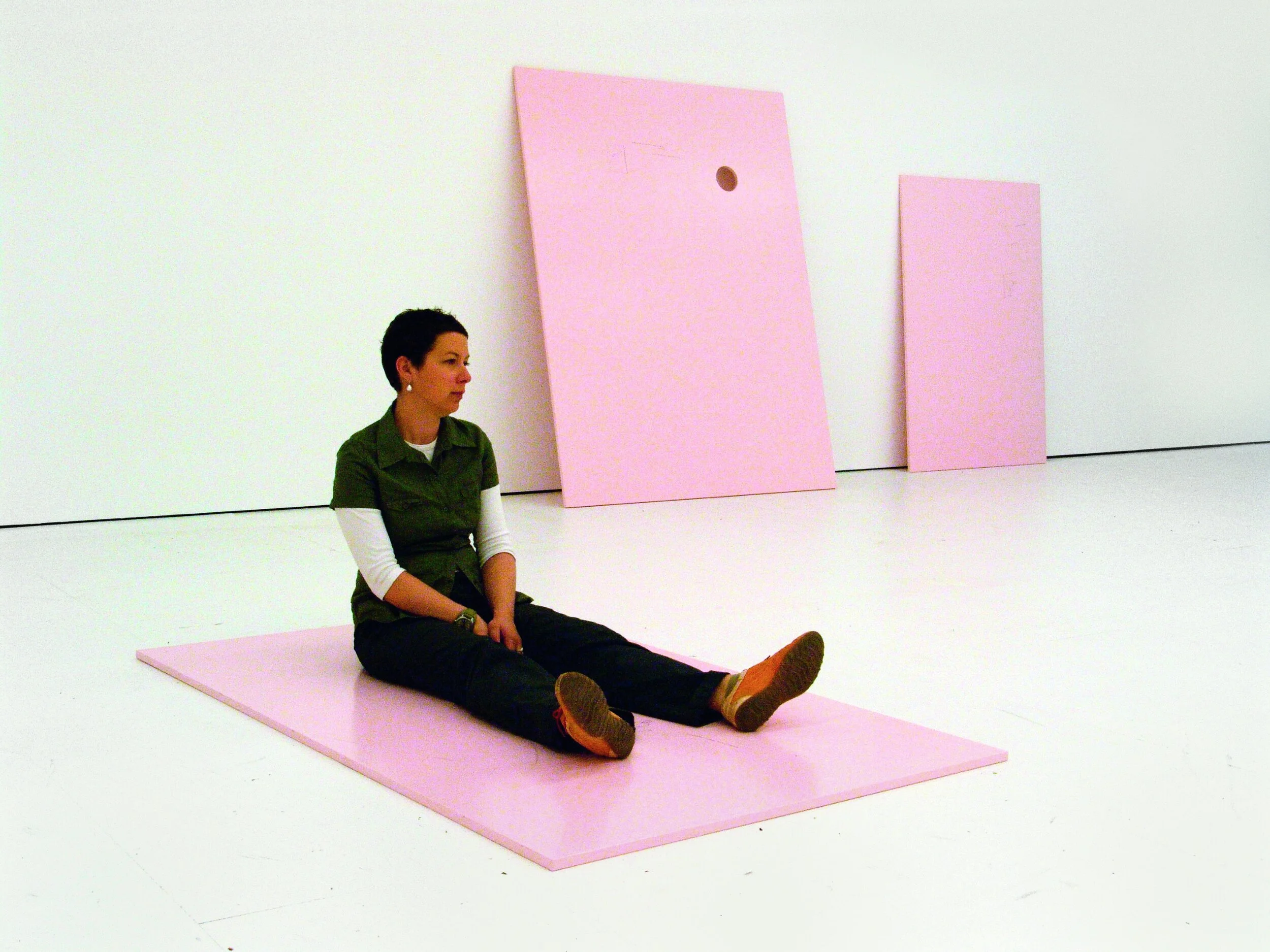
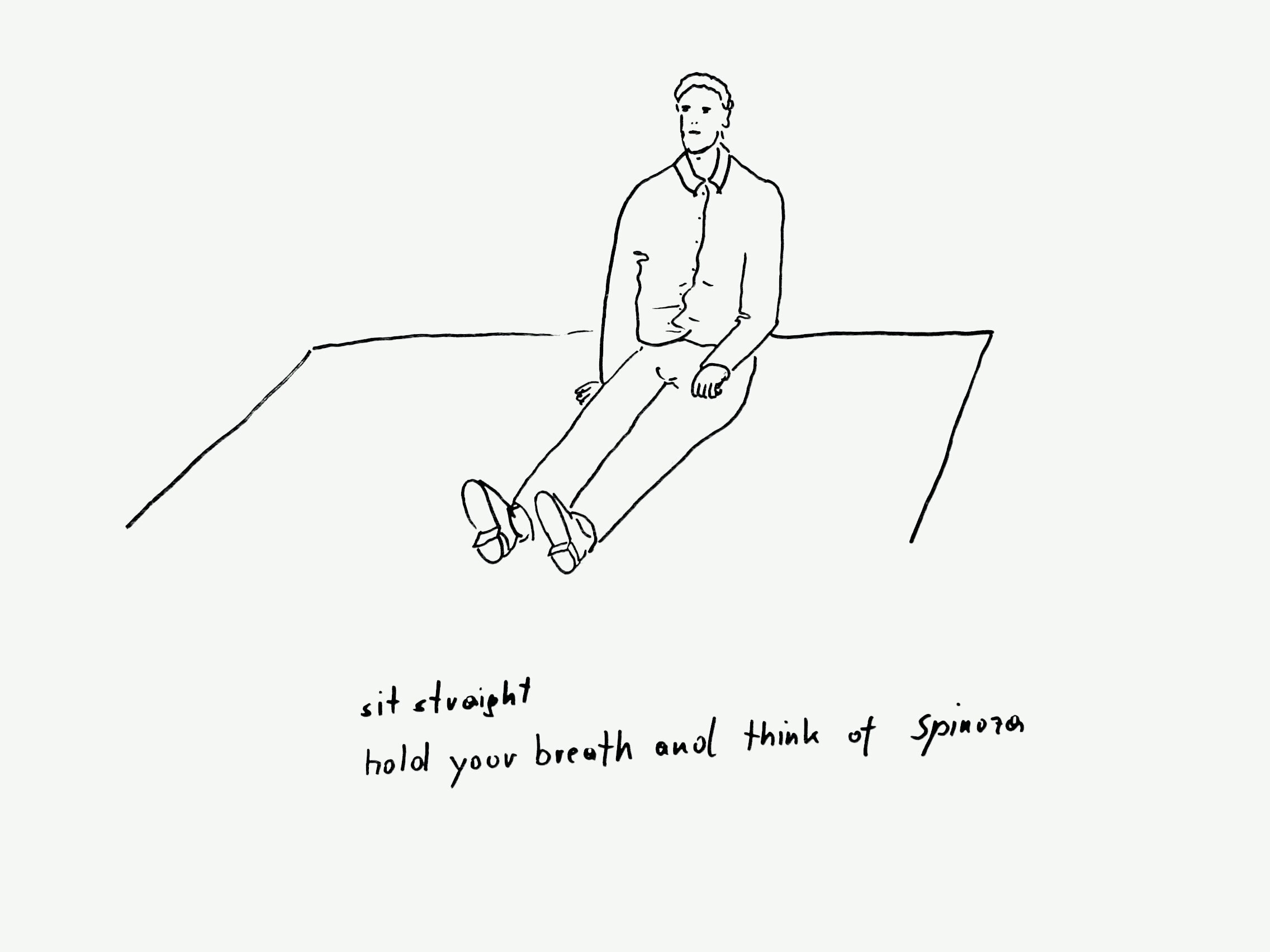

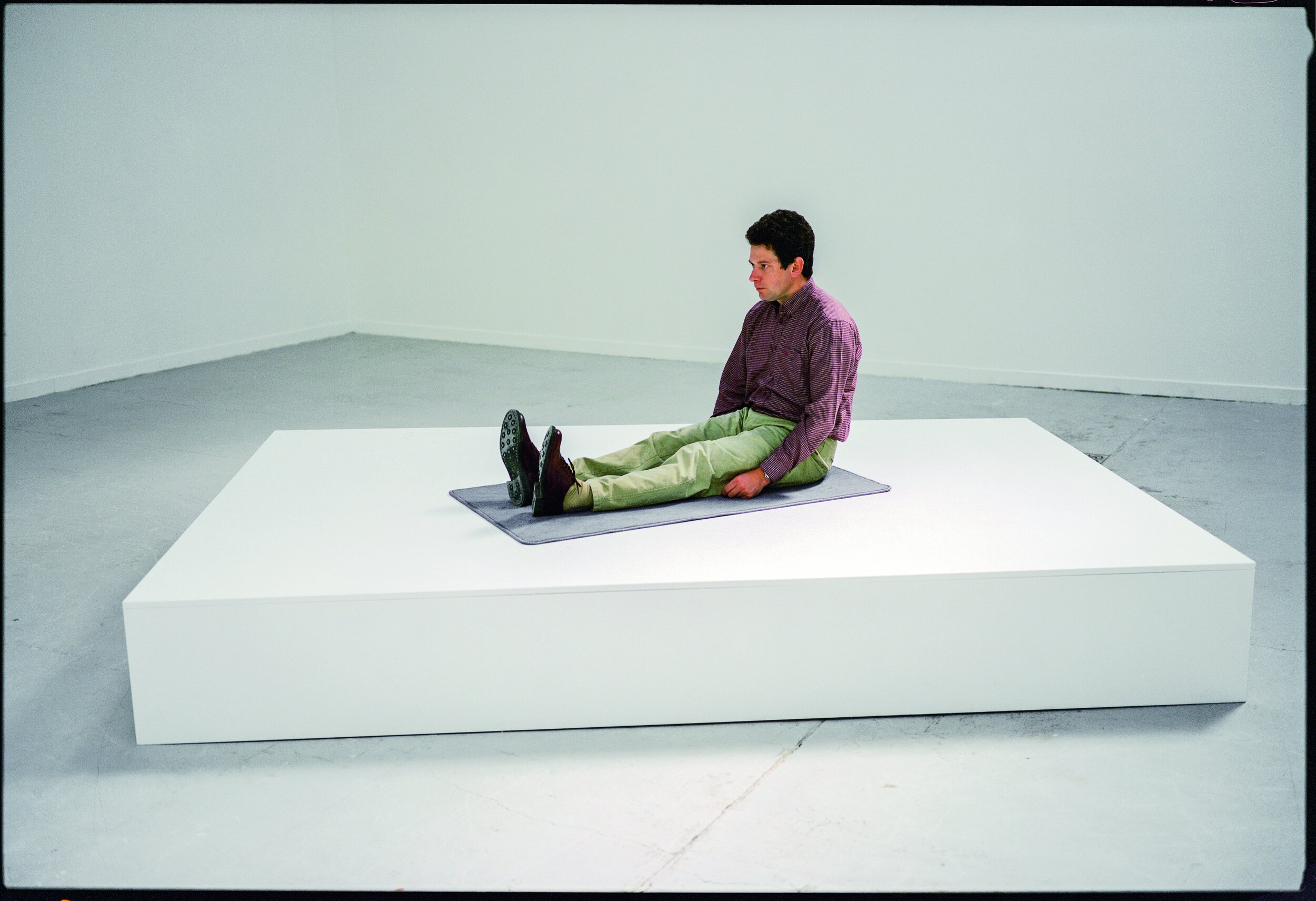
One-Minute Sculpture/ One-Minute Sculpture Drawing
U: Beginning in the '90s, you developed your series called "One Minute Sculptures." How did that series evolve over the decades? What has the series taught you about how much or how little can be done artistically in a minute?
E: The one-minute sculptures were questioning the importance of time in a sculpture and combining performance with it. Every one-minute sculpture has a beginning and an end as a piece of art! The end is mostly a non-wanted part of an art piece.
I was looking for an equivalent of our short living time in relation to the long ones of artists from the past to create an art piece for eternities.
The psychological, philosophical, ridiculous, and embarrassing moments of these short-living sculptures created an interesting balance of absurdity, reality, and paradox.
It's an ongoing series, and nowadays, it directly communicates with the necessity and the pulling intensity of social media!
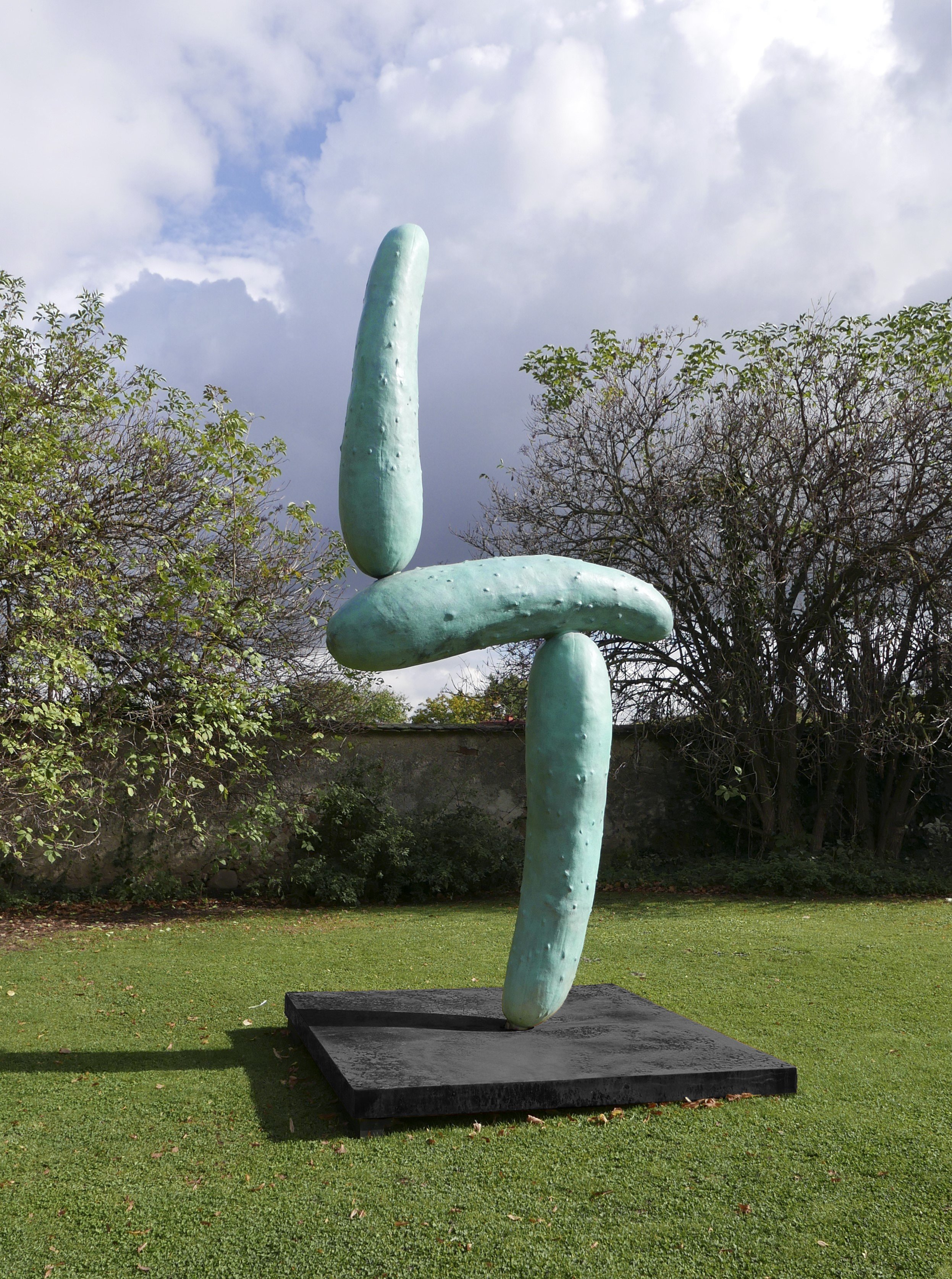

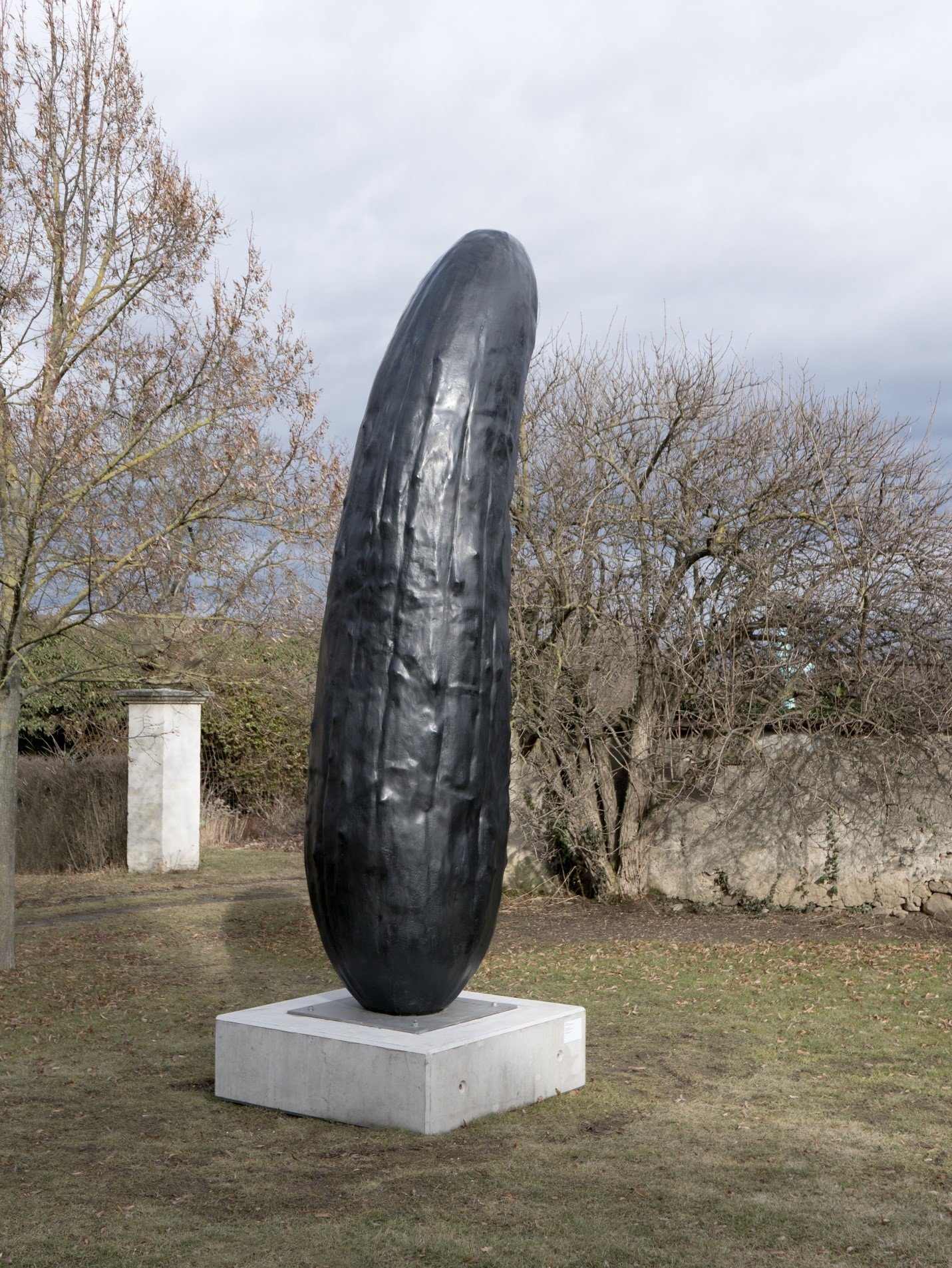
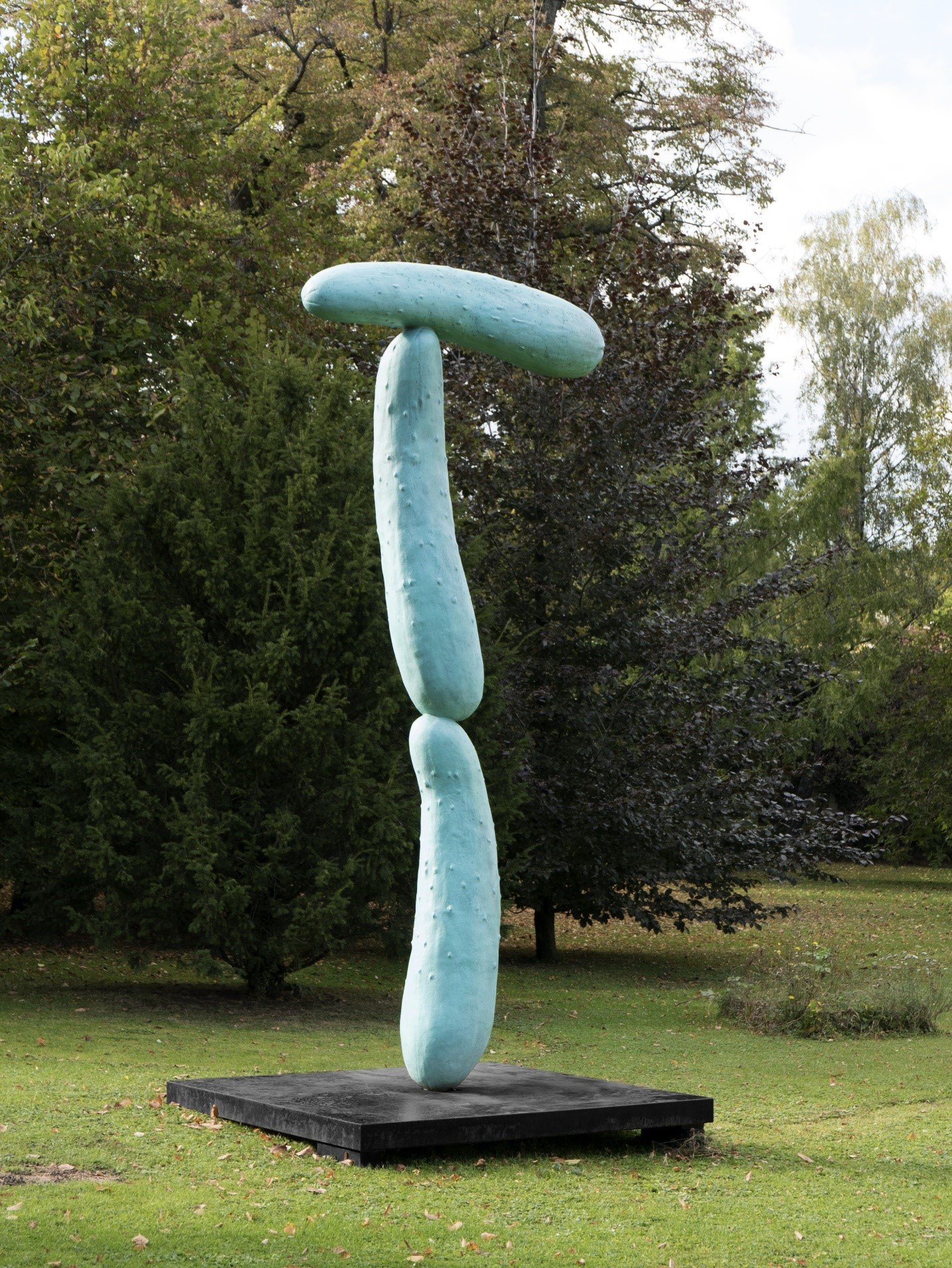
Salatgurken Madernistish
U: Physically, what is the hardest part of creating sculptures?
E: The one-minute sculptures lack physically hard labor - this part is given to the executing visitors.
I am with these works in the role of a conductor or director.
Nevertheless, my sculptural work, when it comes to real 3-D sculptures, can be very demanding.
Over the years, I had different periods of relating to this heavy, demanding physical work. There was a time when I made all these works in my studios with my hand or with a little help from an assistant.
Then time changed, and I started to make bigger massive sculptures, and of course, I needed a crew of people helping me. At the same time, I realized that I had lost connection to my work. So I made a strong correction which changed everything, and started some years ago working on the pieces myself again with sometimes physical help.
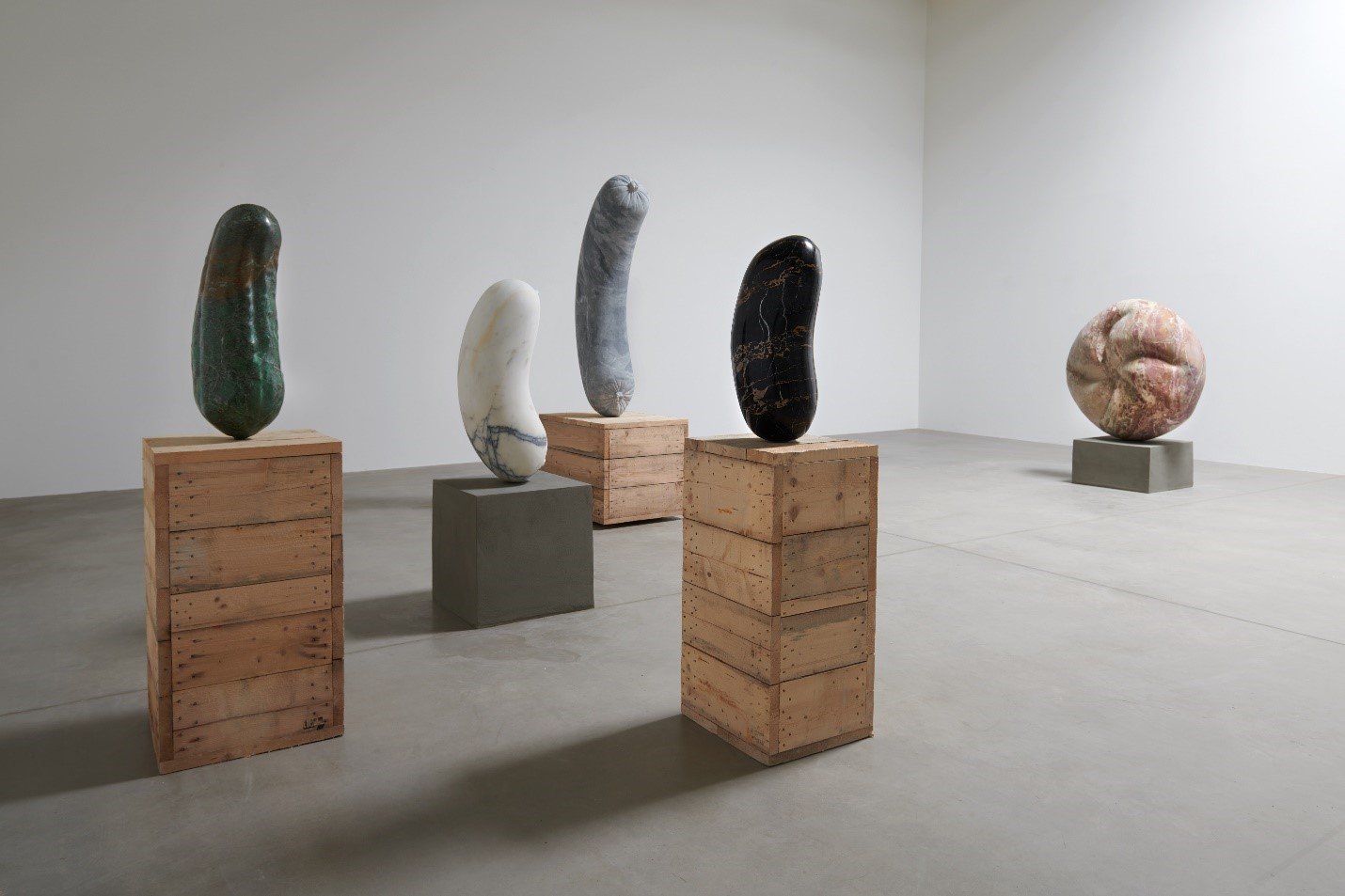
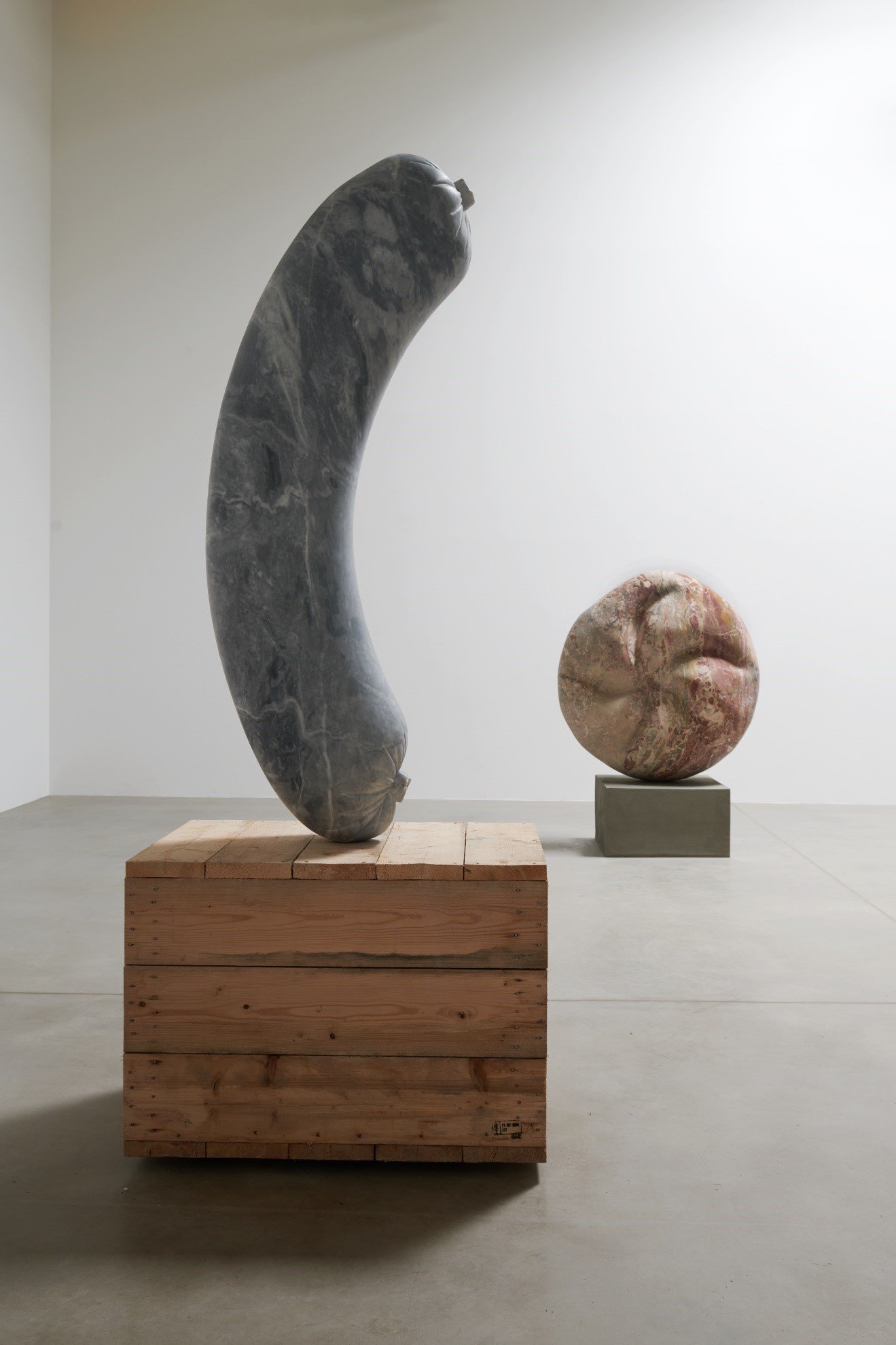
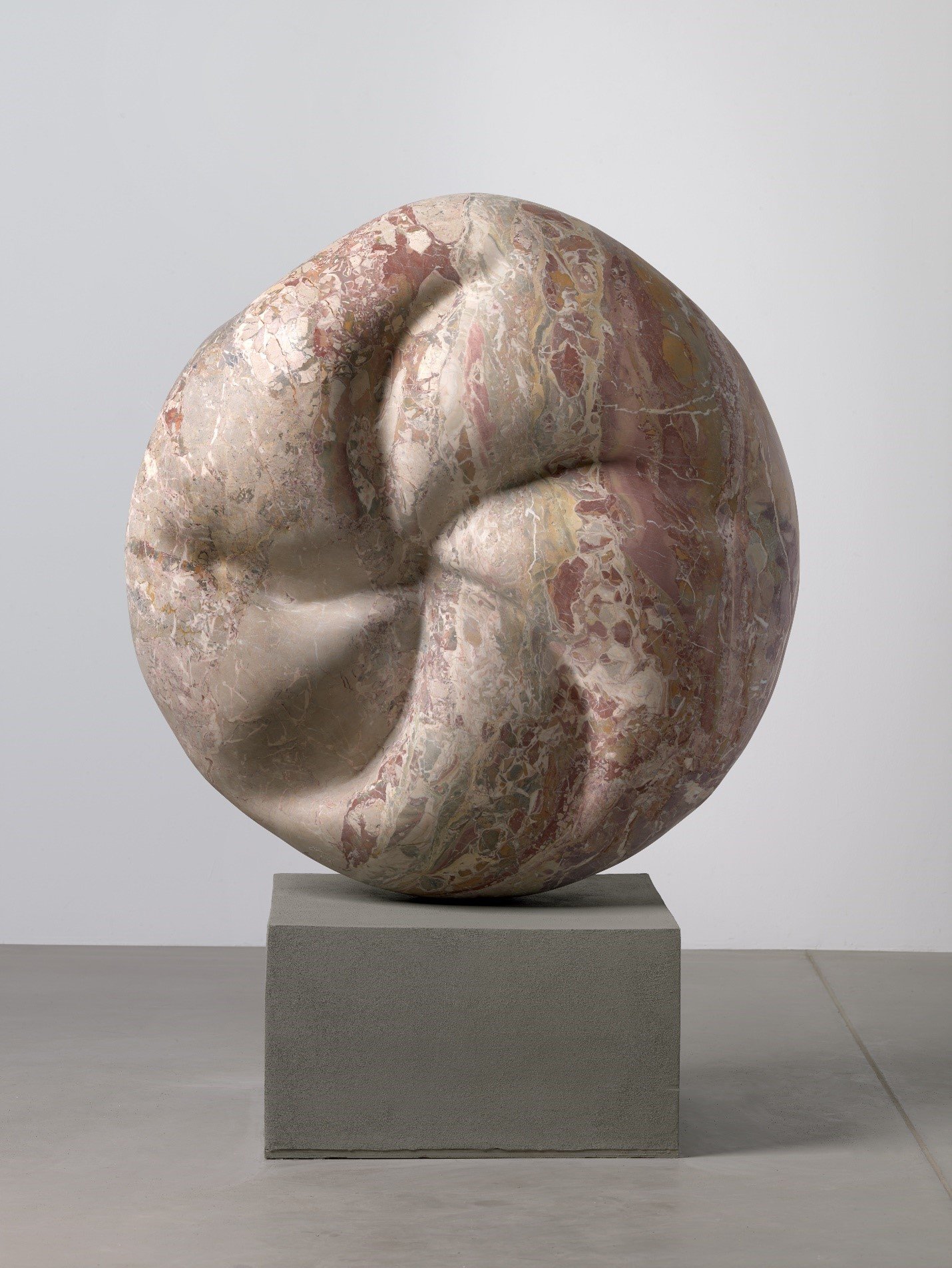
“Hope”
U: How do you keep an active imagination and stay innovative?
E: Well, I'm fighting constantly with quality and transforming new ideas into my work. Sometimes it leads to something; sometimes it doesn't lead anywhere. It's an active process that is ongoing, and this is the most interesting part for me.
“Big Mutter”
U: What is the most critical aspect in creating art for you?
E: A very critical aspect would be that the public would not understand my artistic language or that my work would lose relevance…
I don't know; it might happen one day that I move out of my time …
U: What sculpture, photograph, or exhibit would you select to use as an example of your work and your statement as an artist?
E: I would select two things: first, the one-minute sculpture as an example of an ephemeral body of work with a physical absence but hopefully an intense existence in someone's mind, and second my series of the fat and performative sculptures.
They both are built on the idea of distortion and destruction and yet create a new reality and new form out of it!
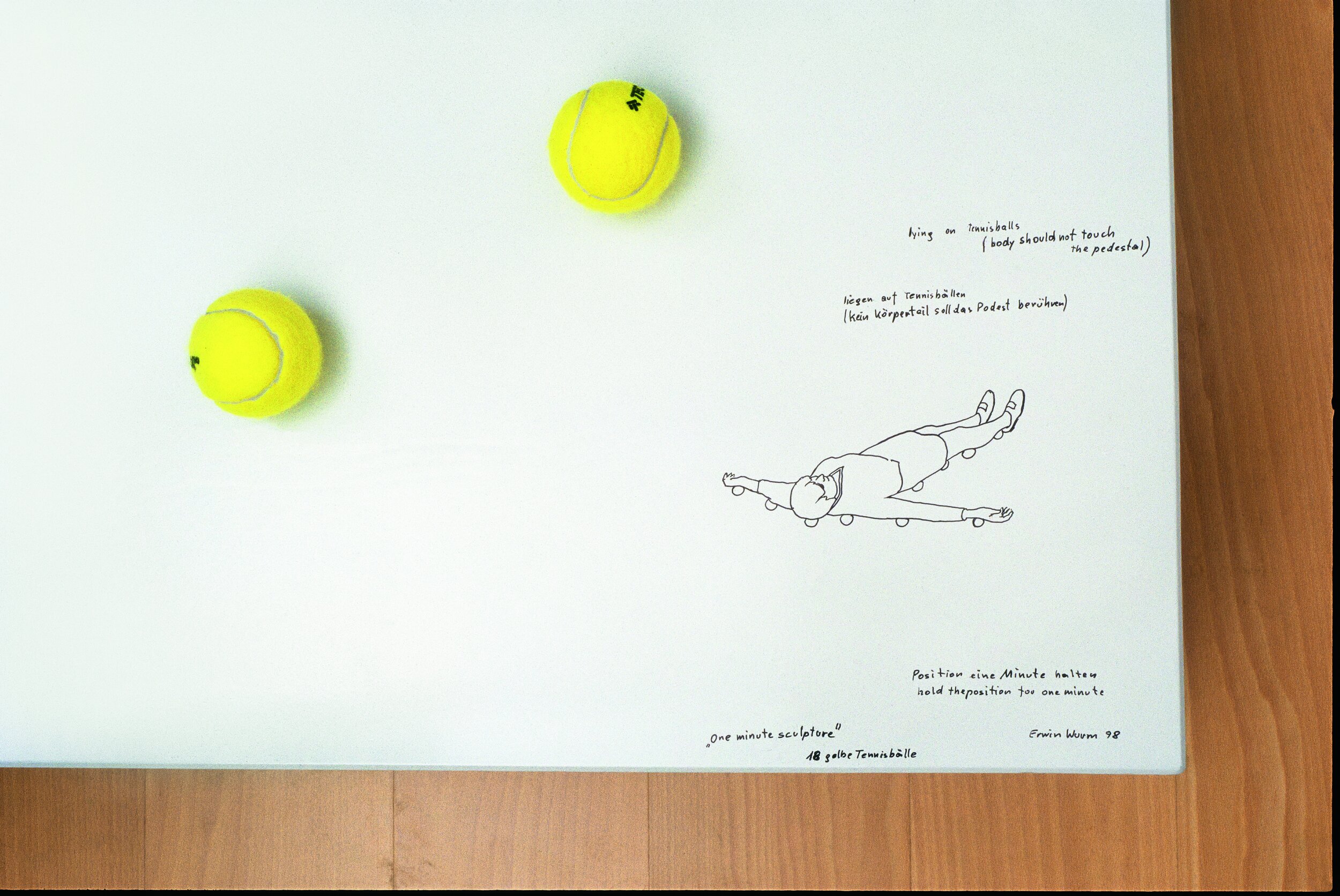
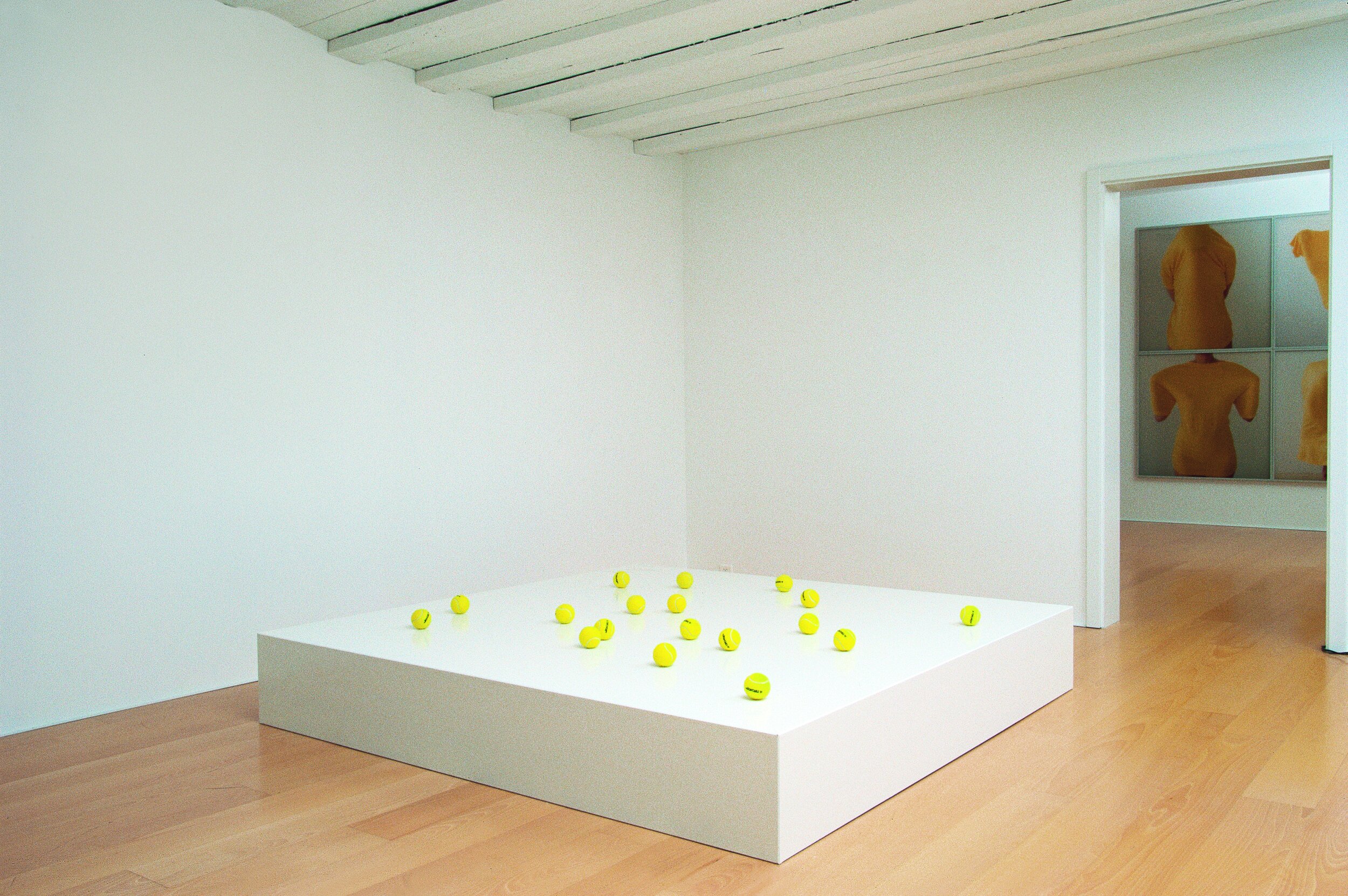
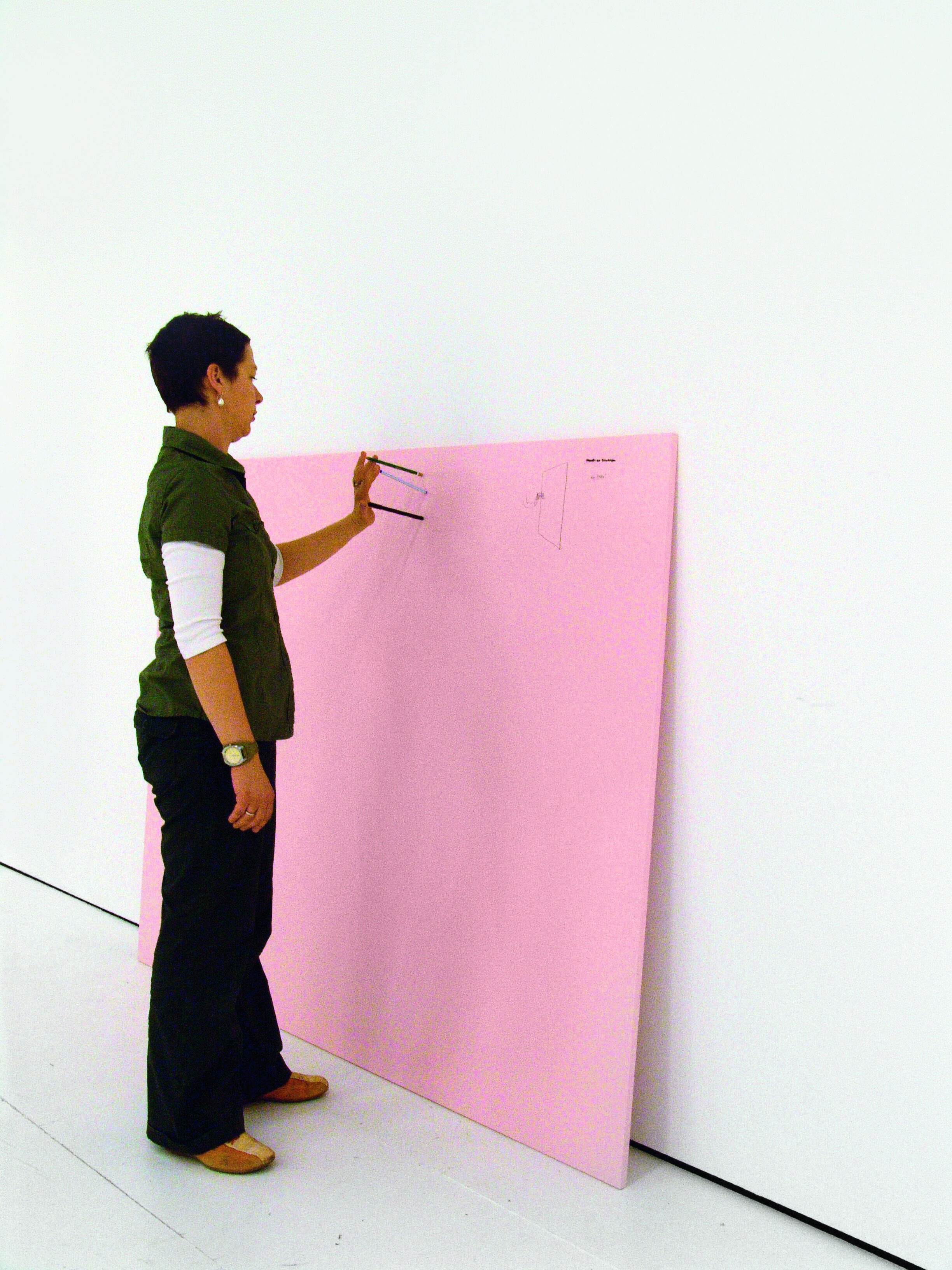
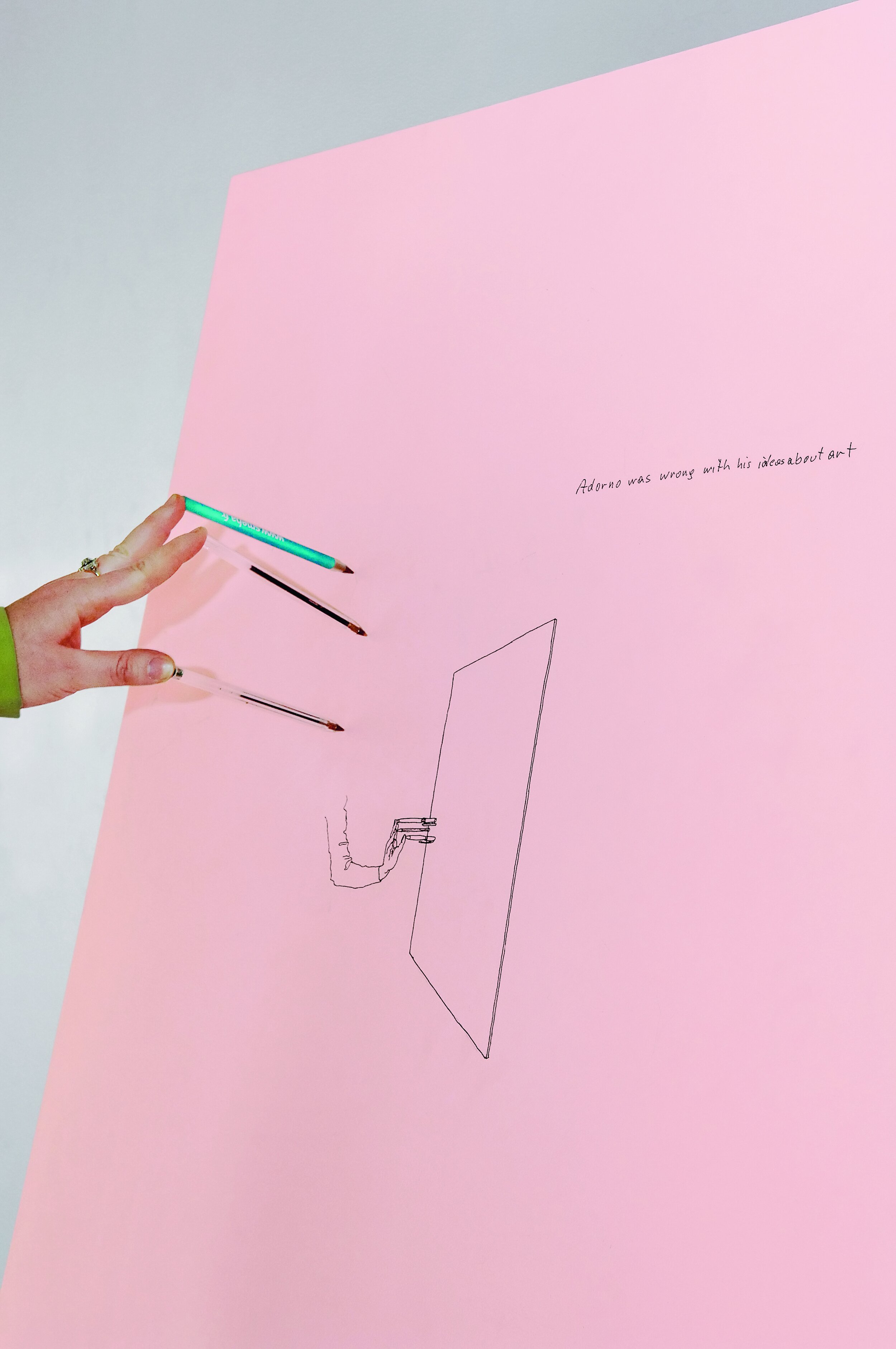
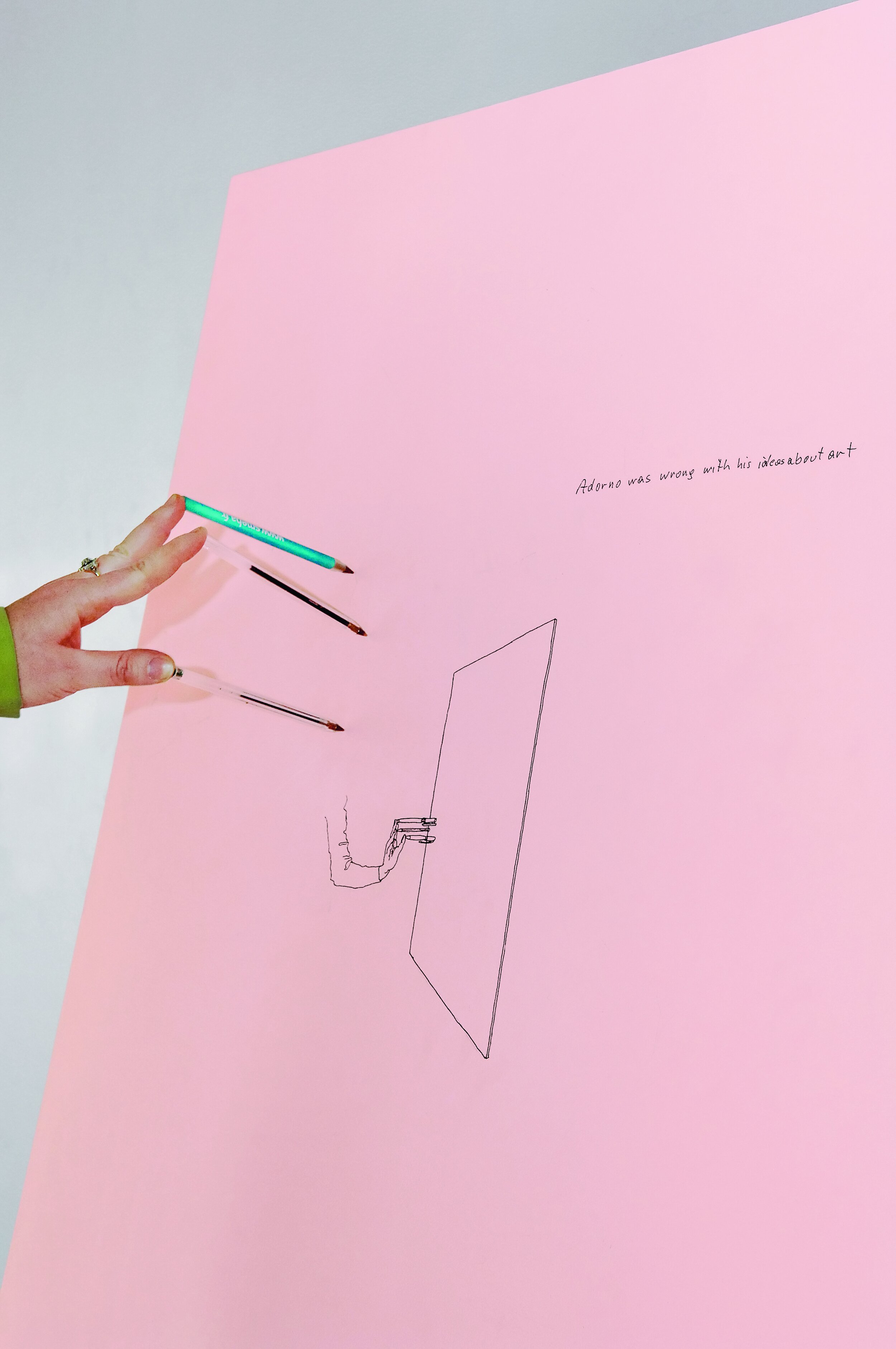
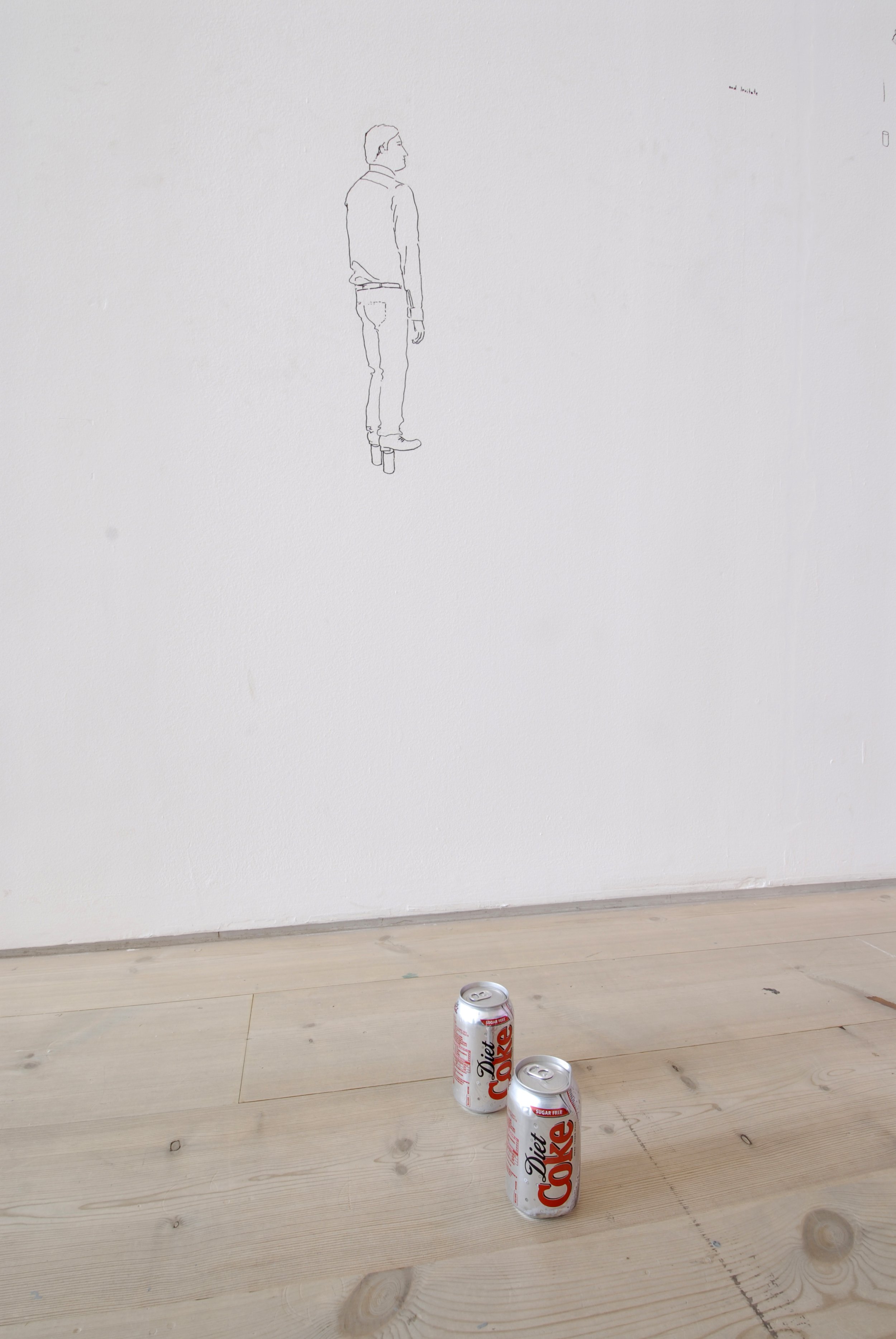
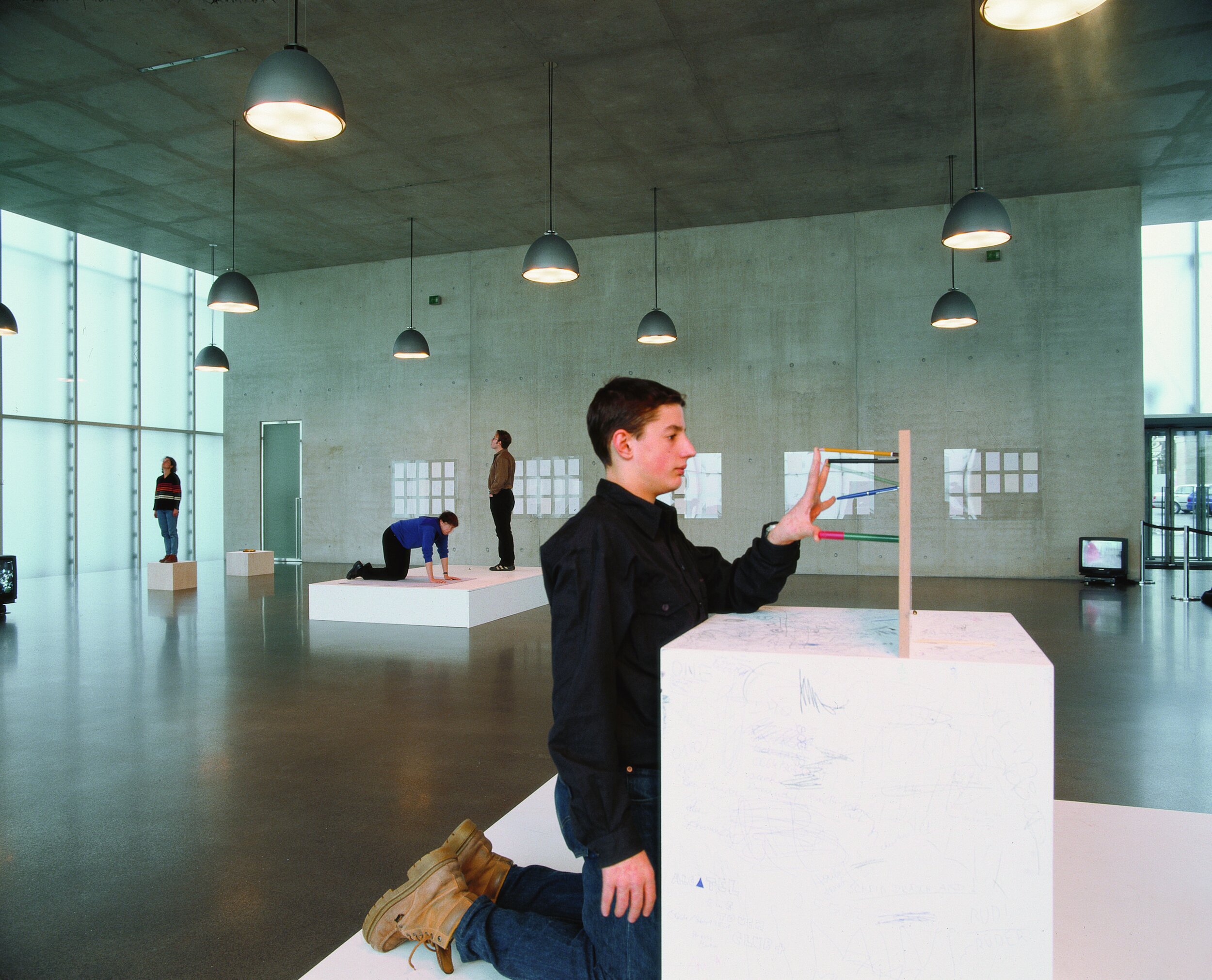
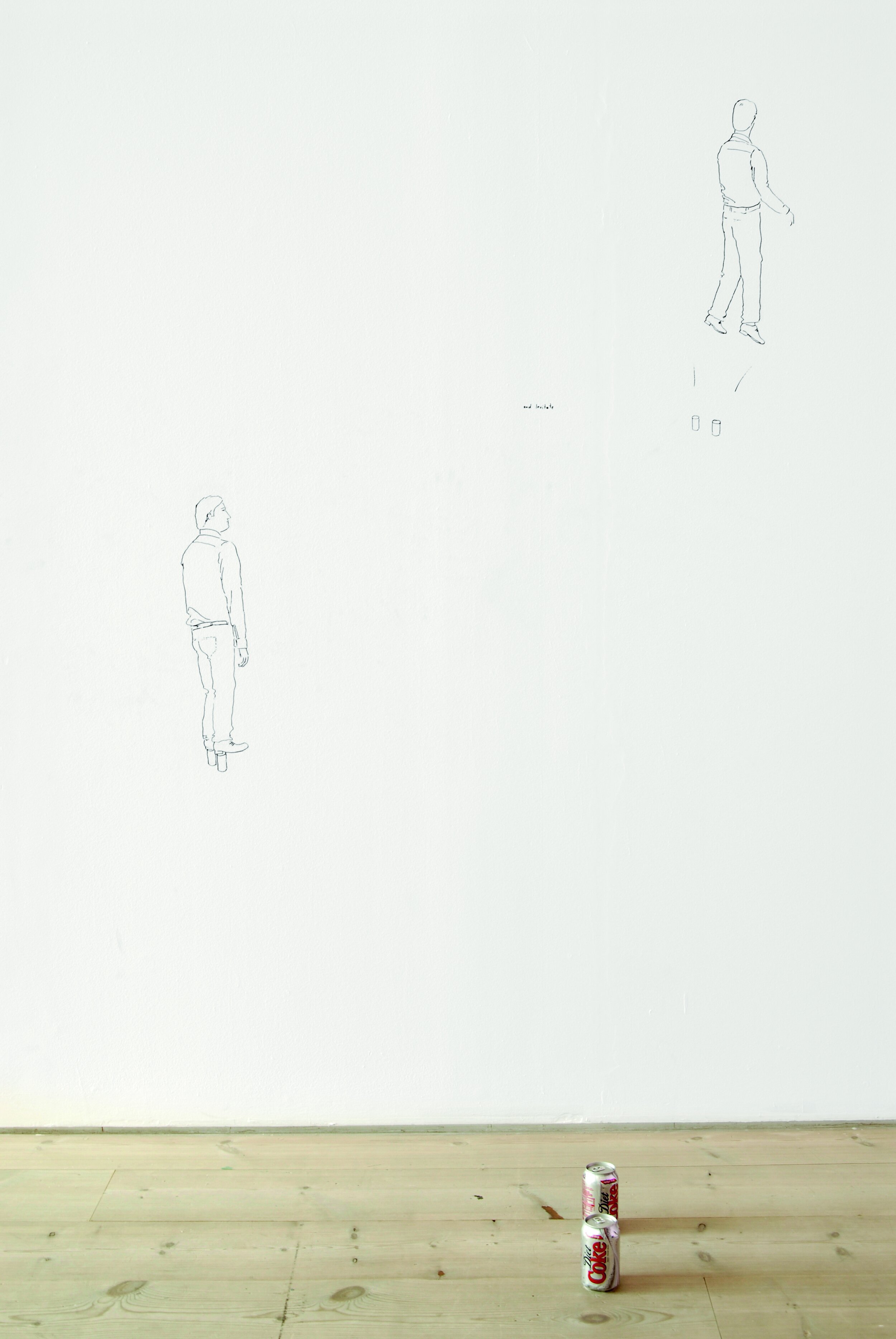
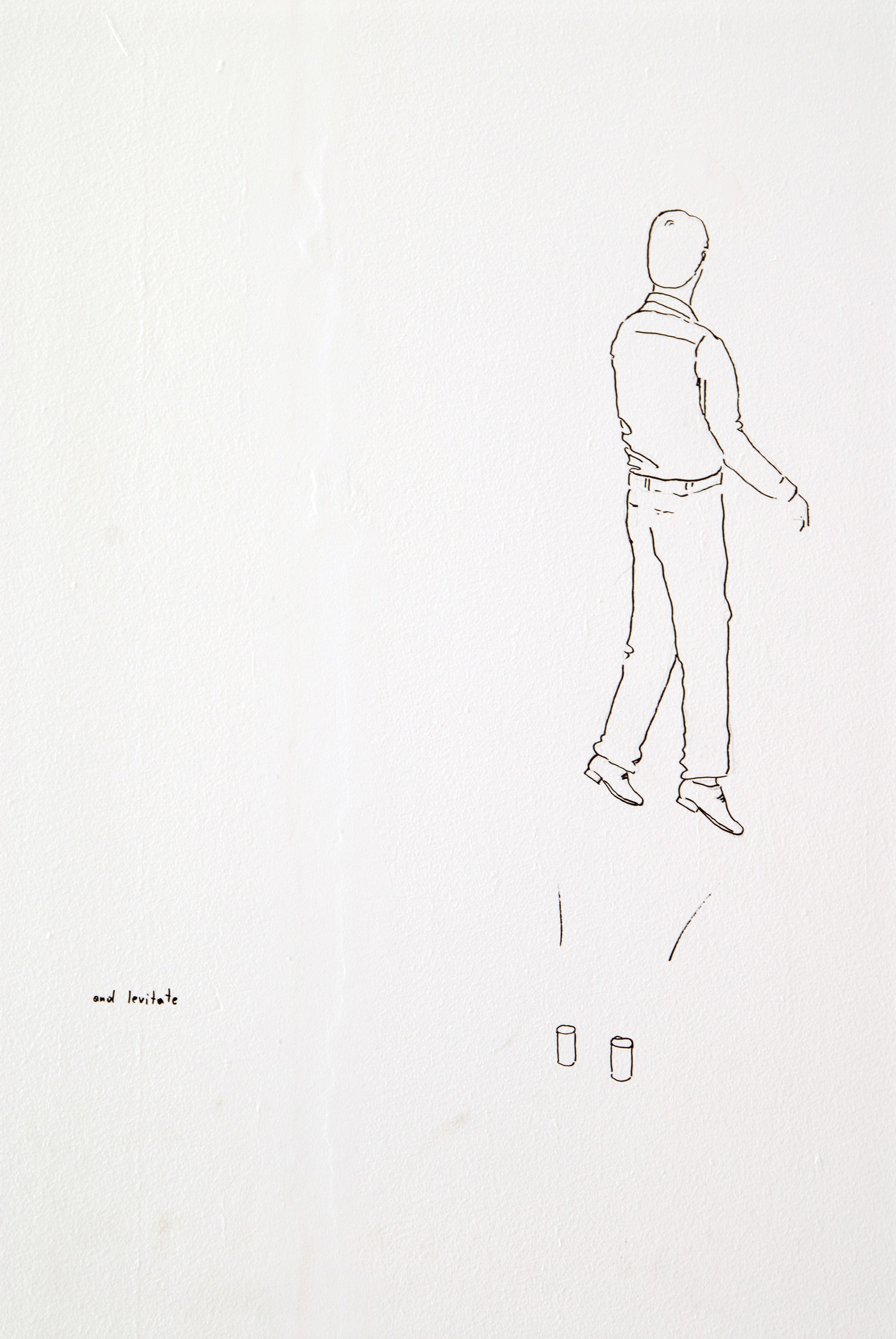
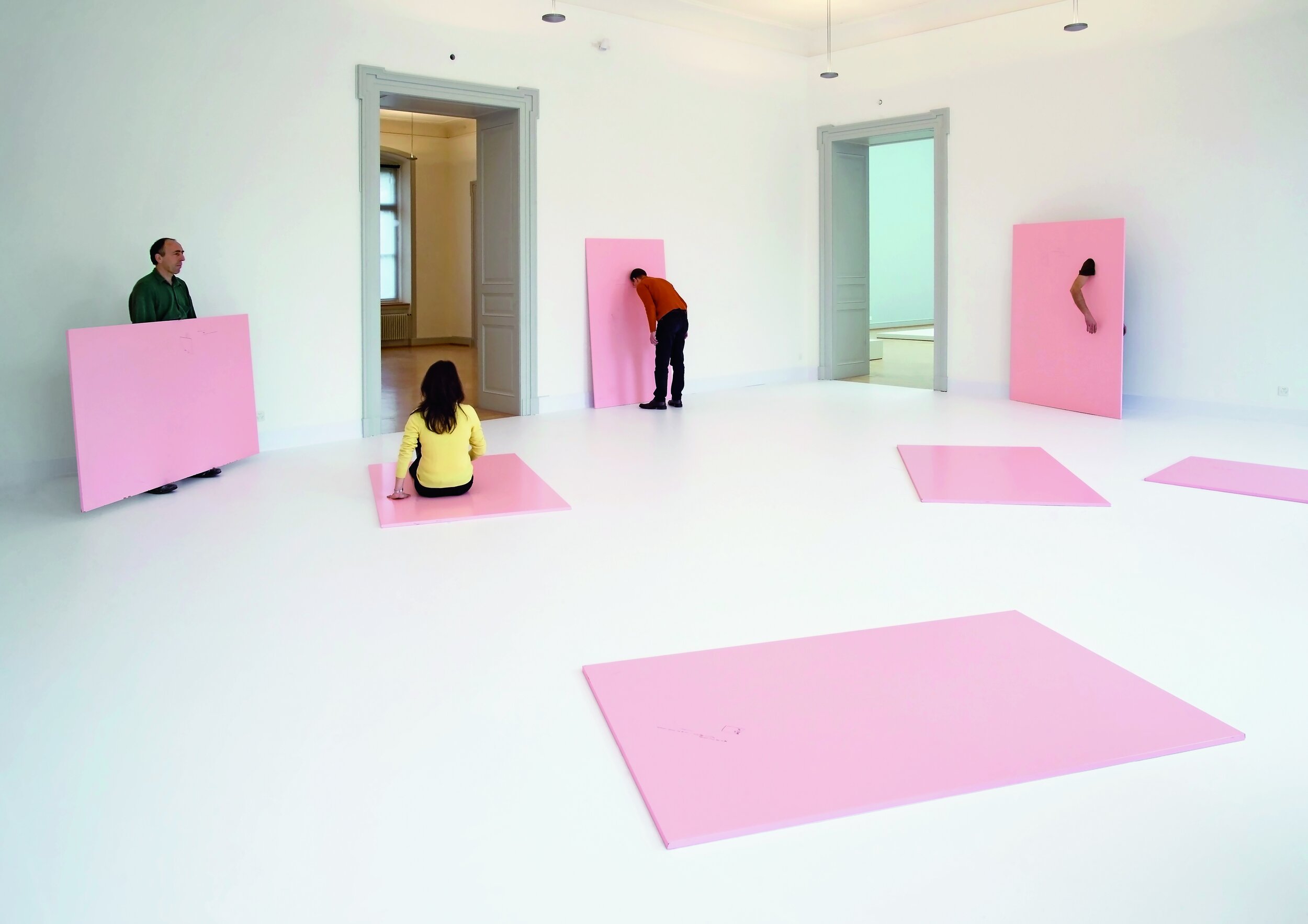
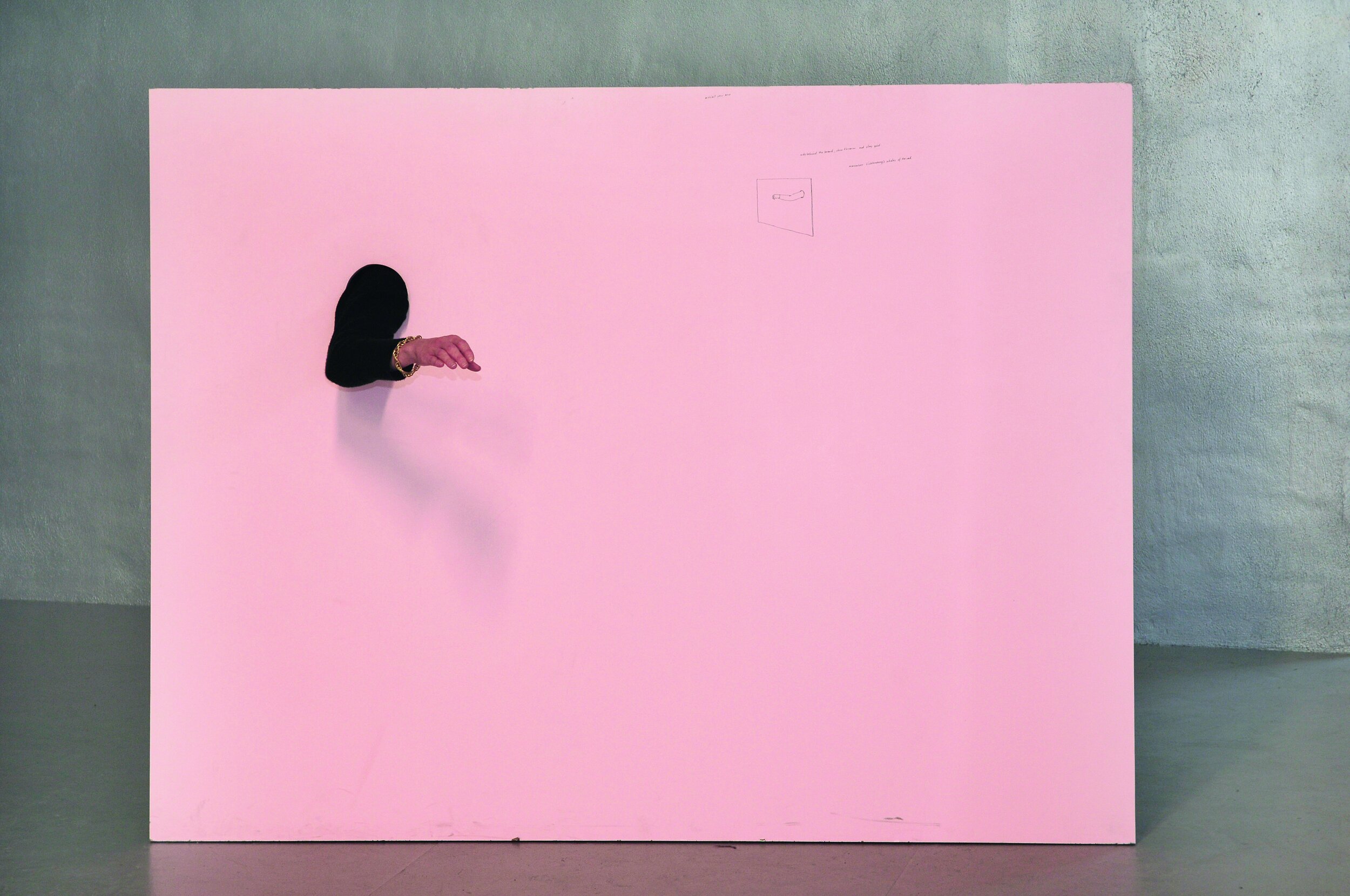
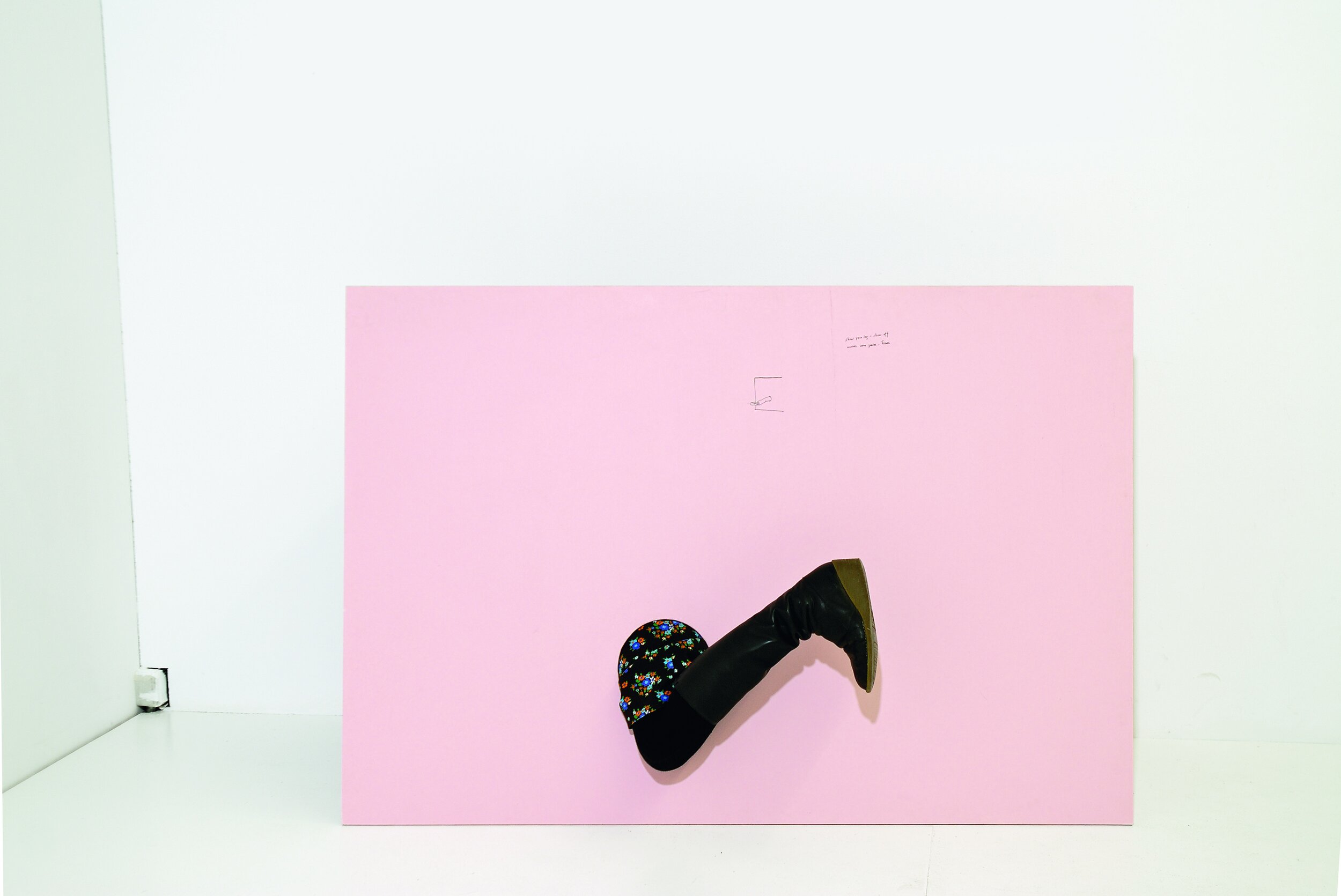
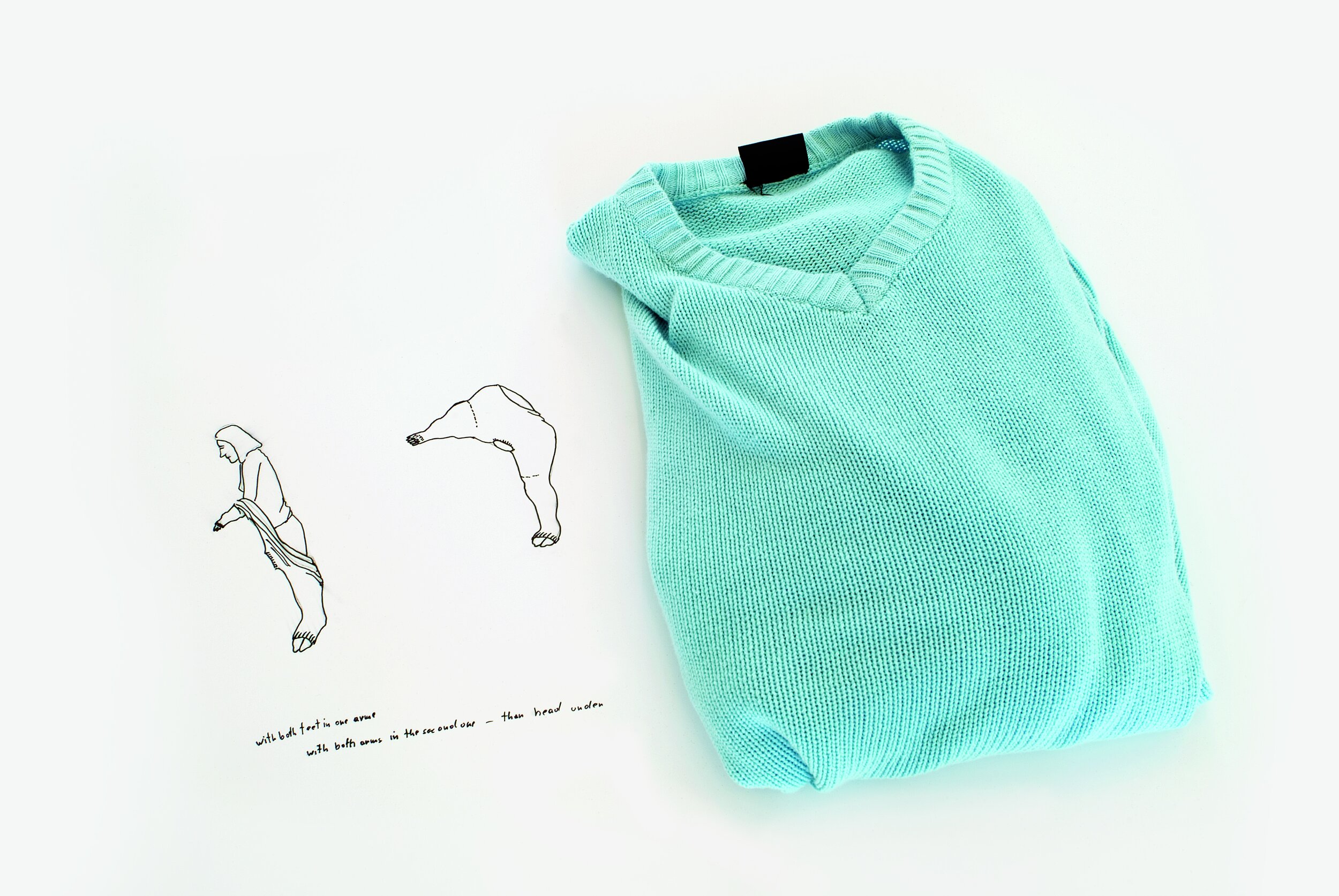
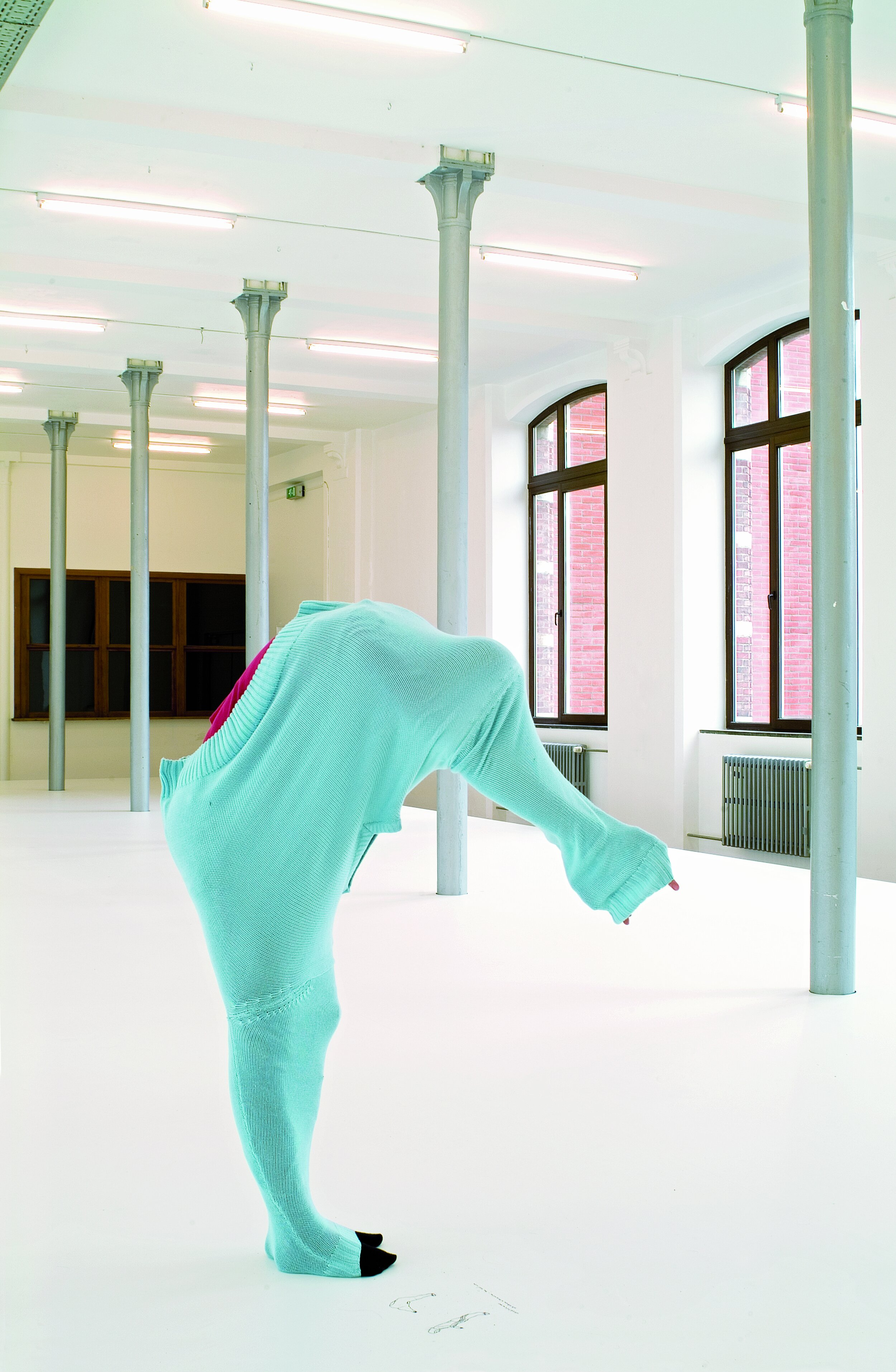
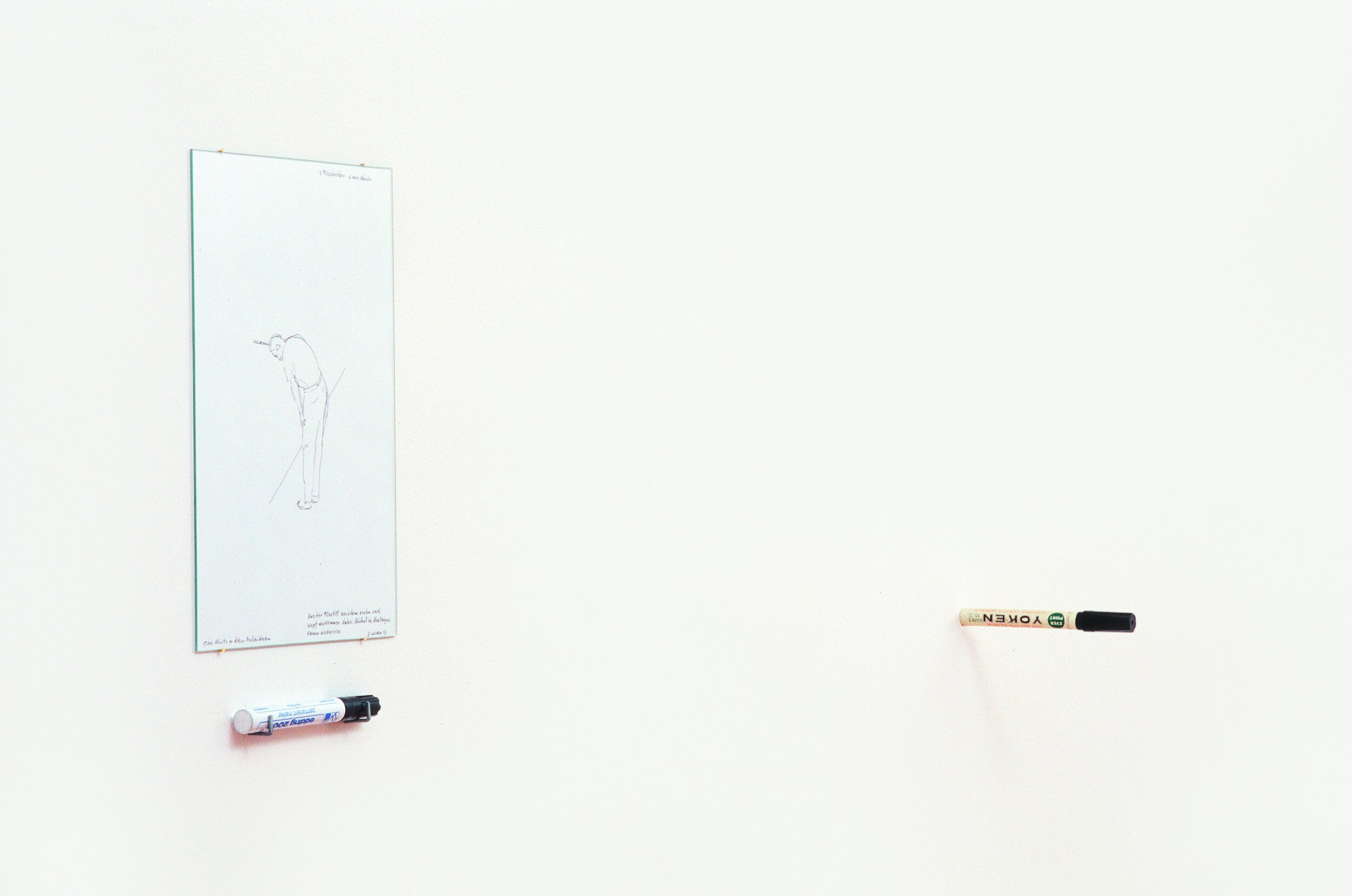
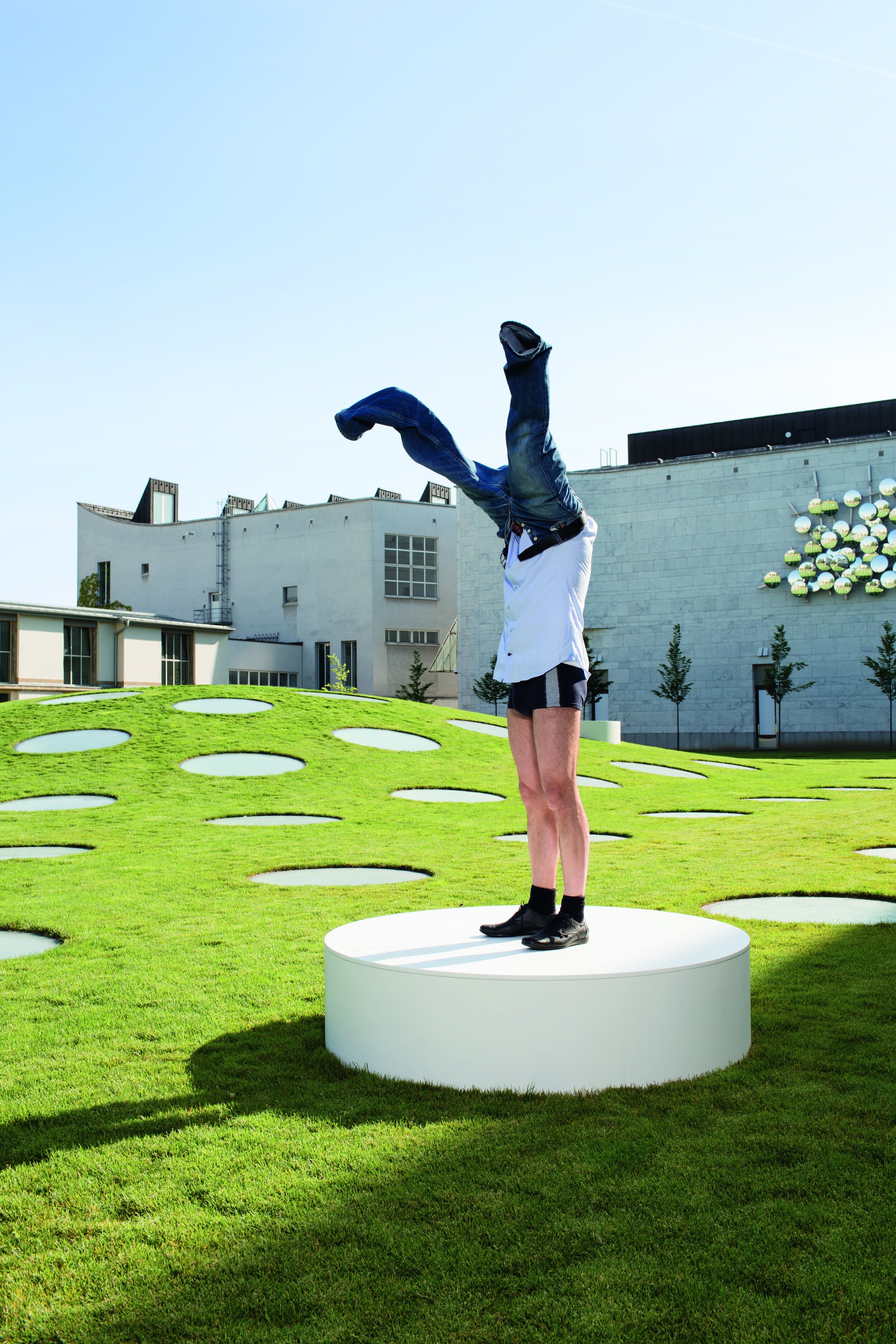
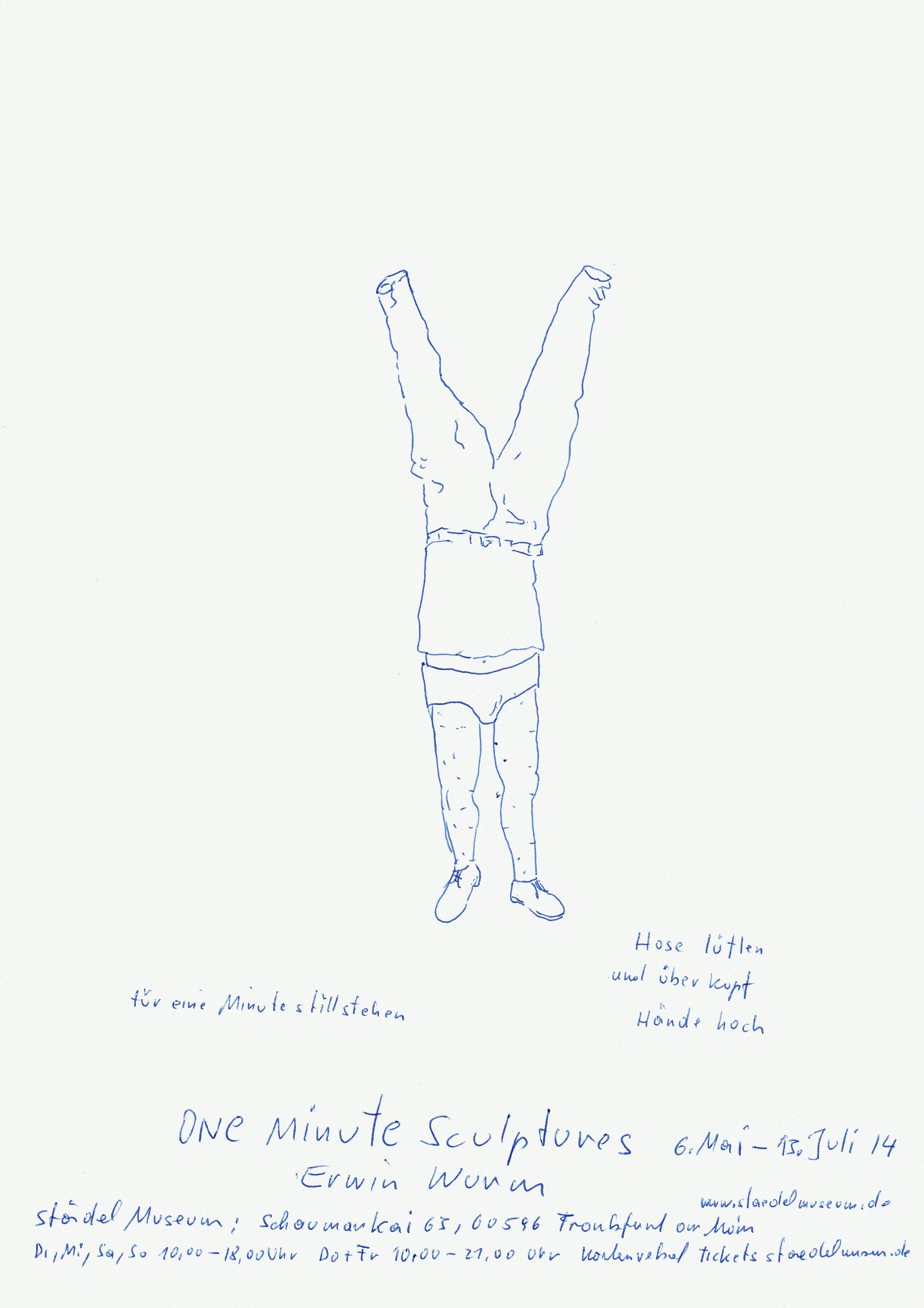
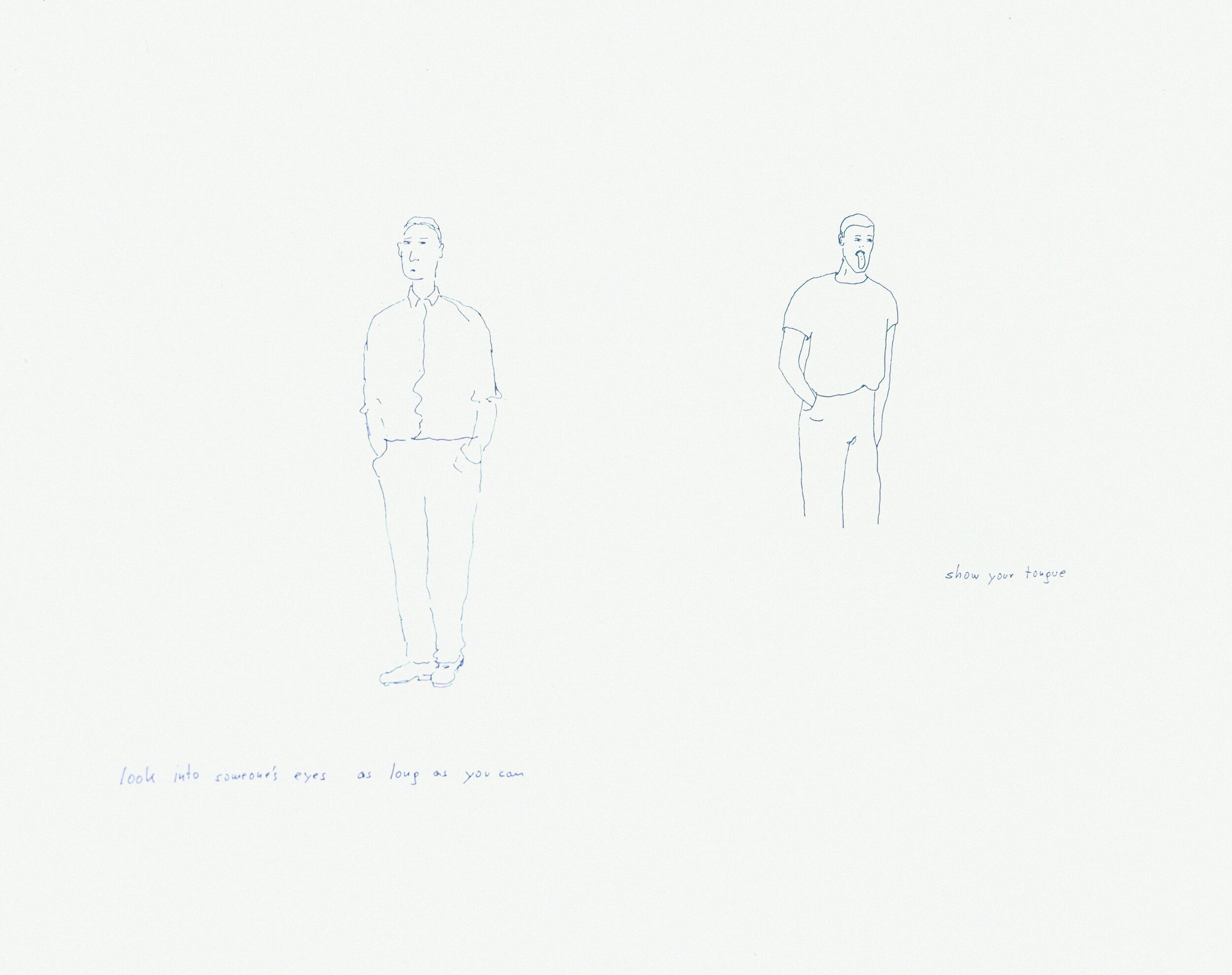
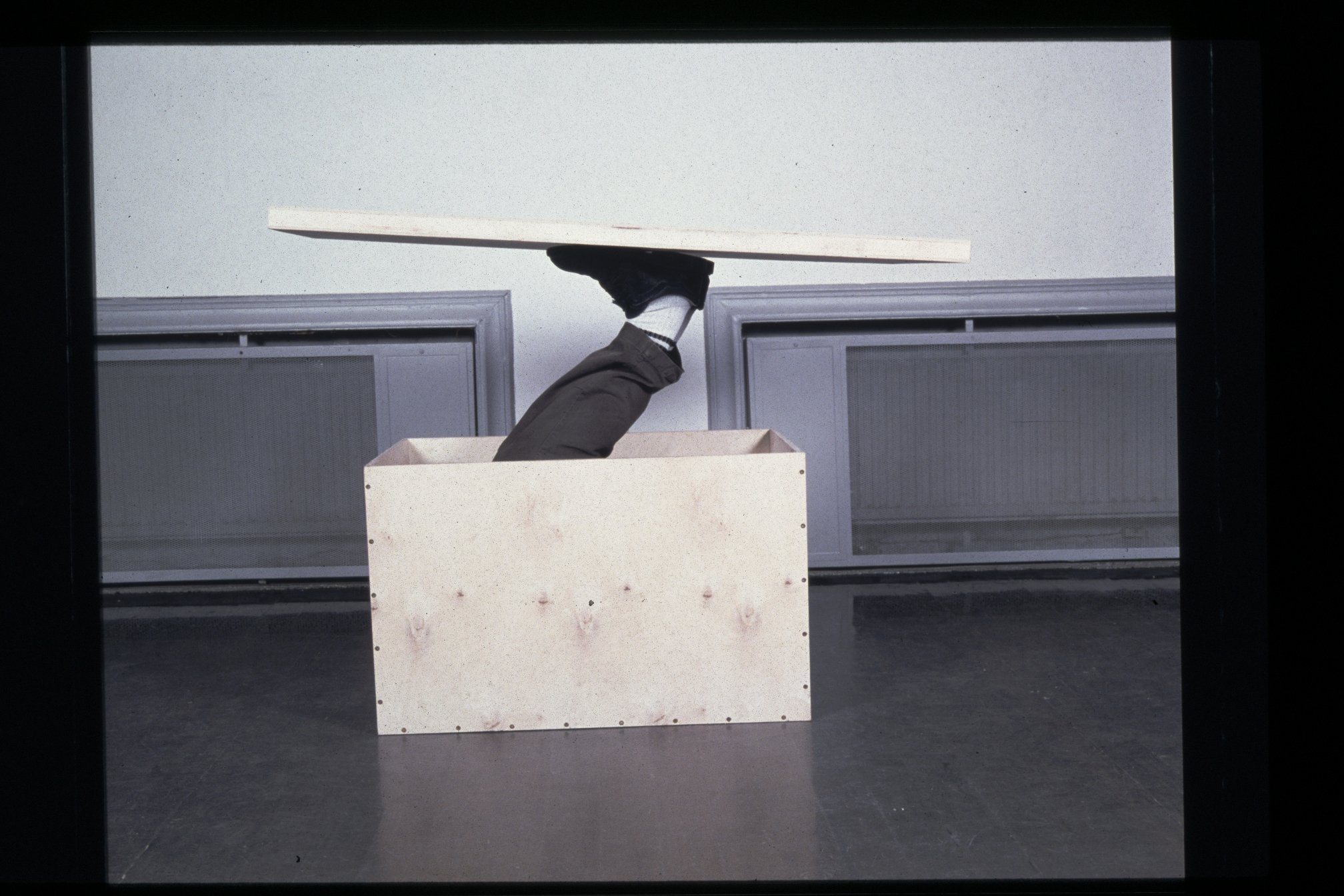
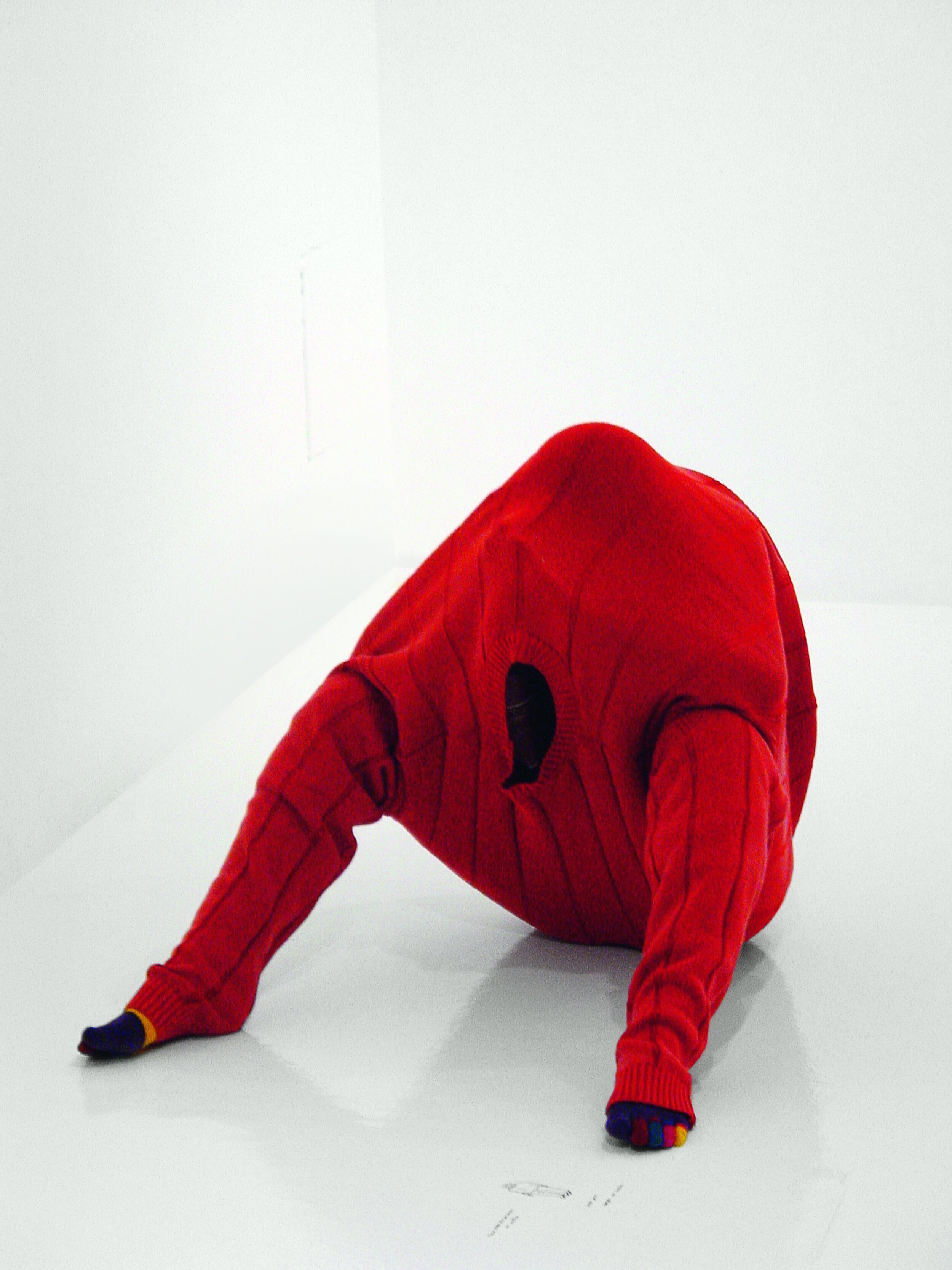
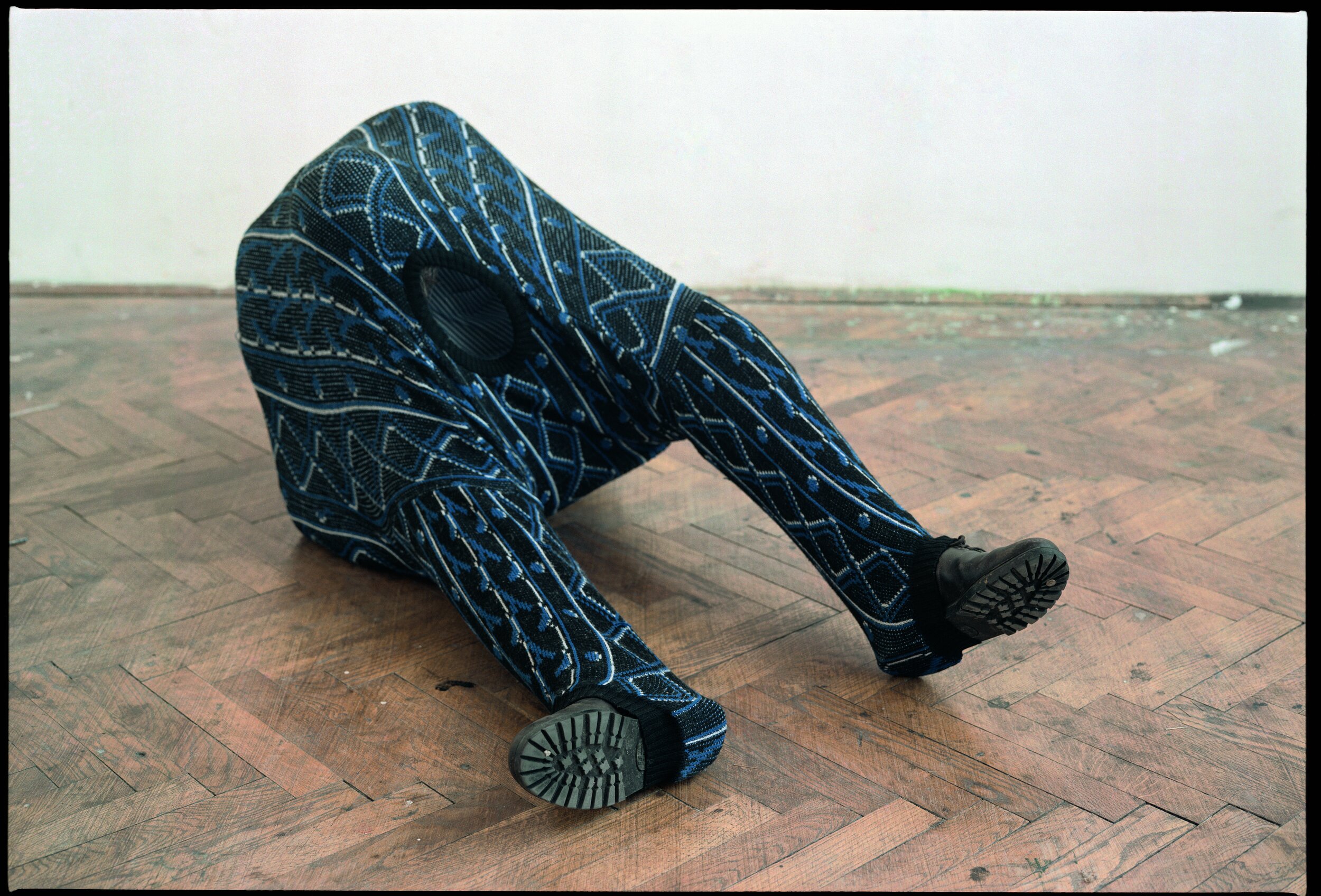
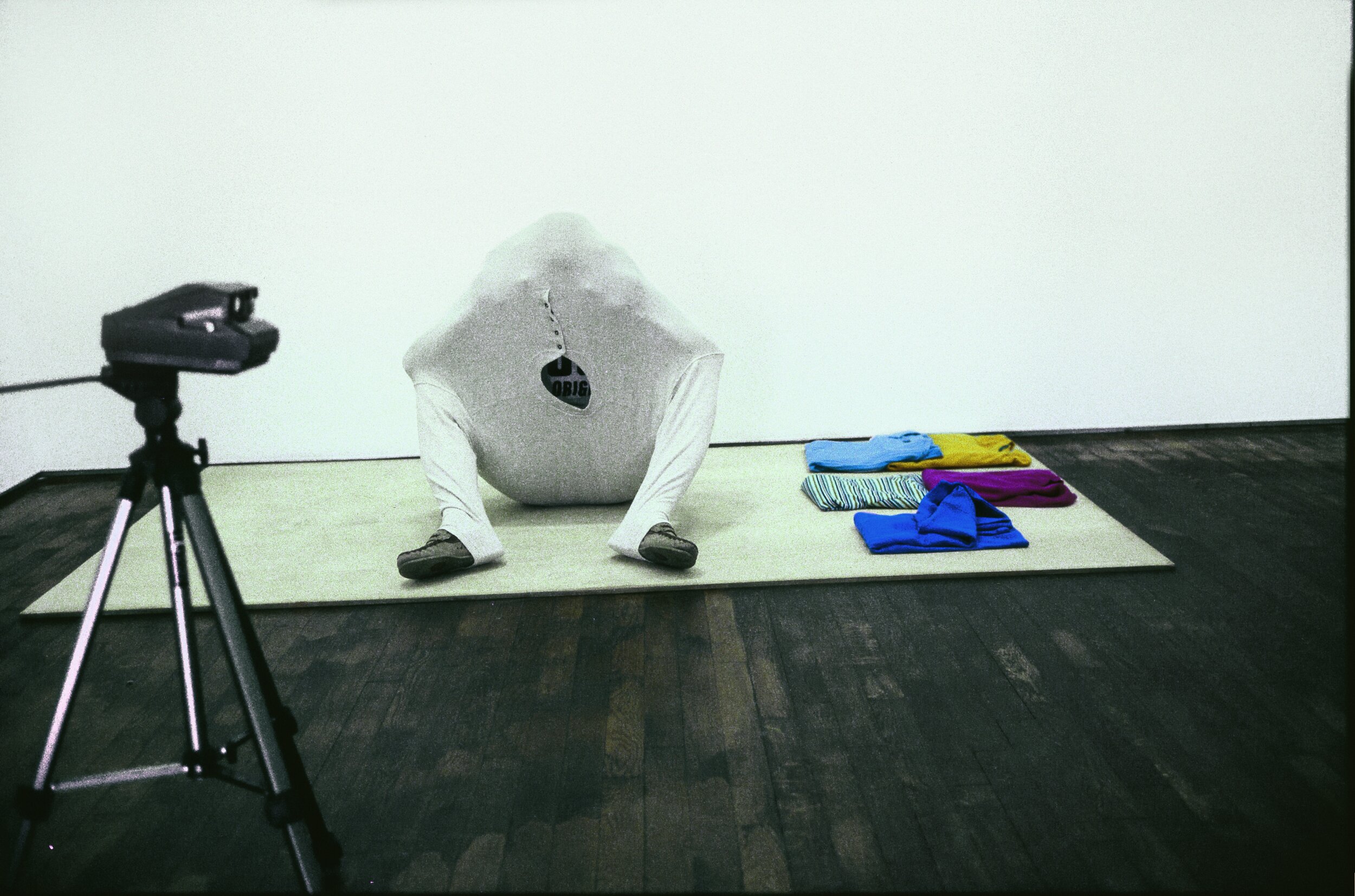
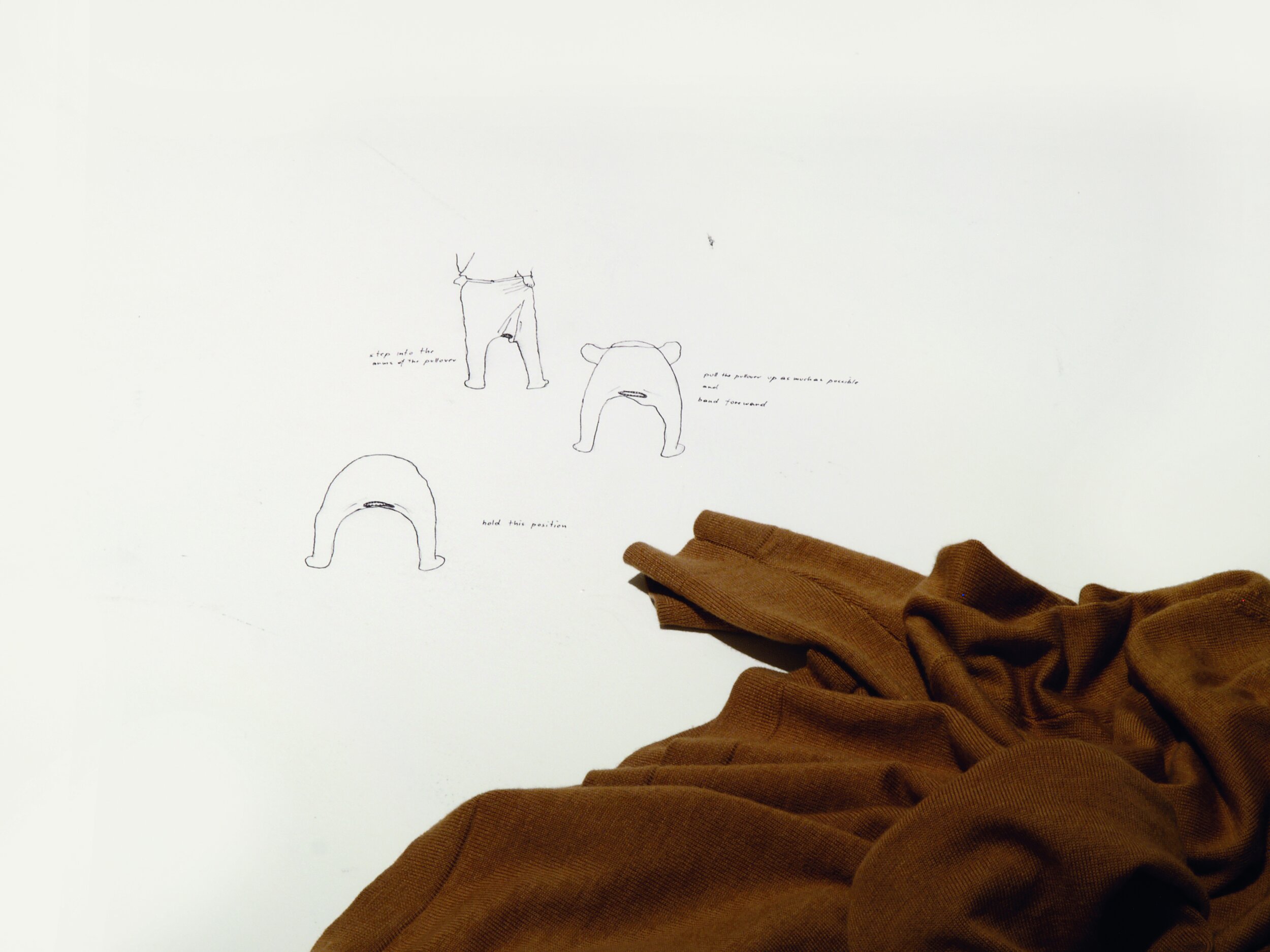
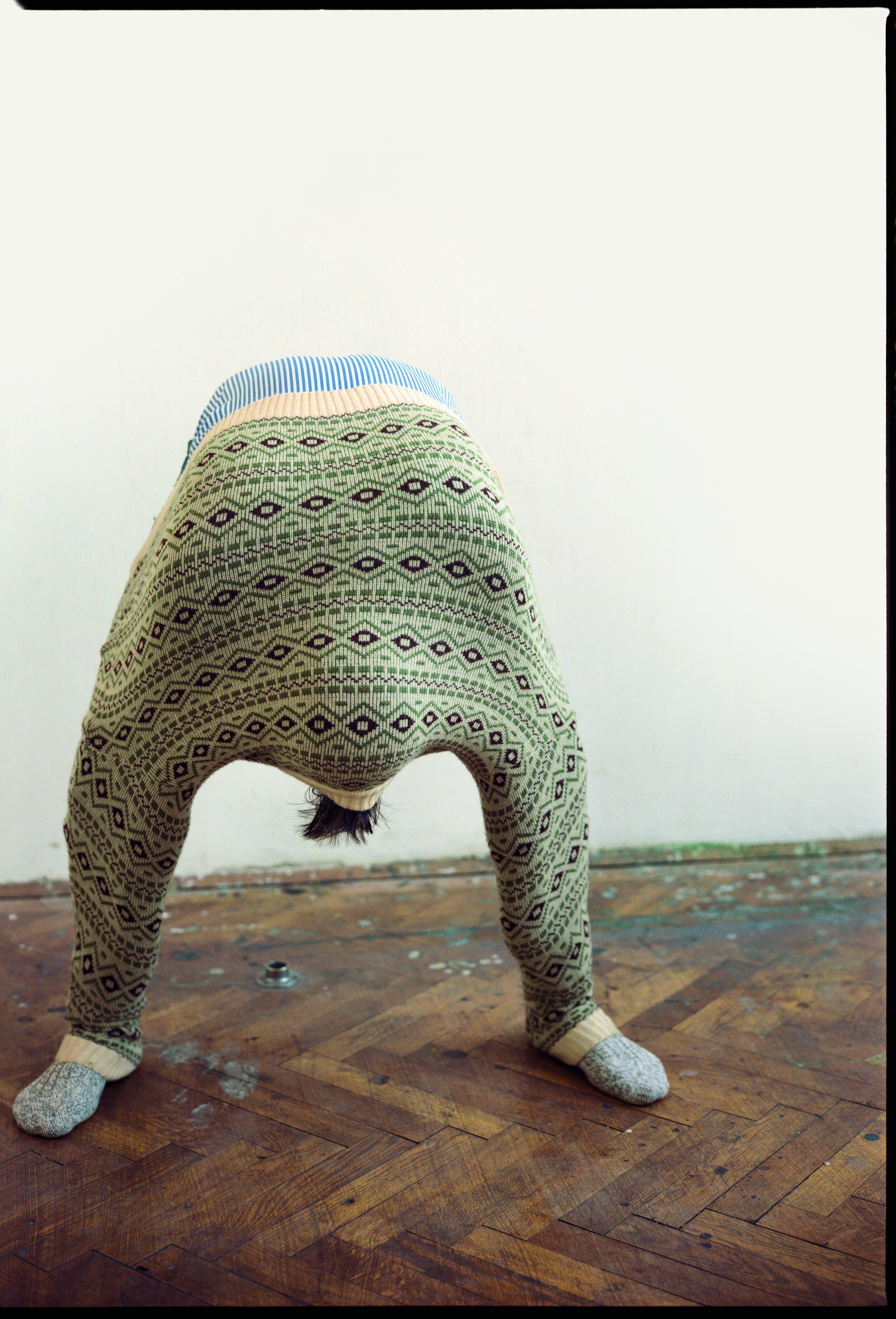
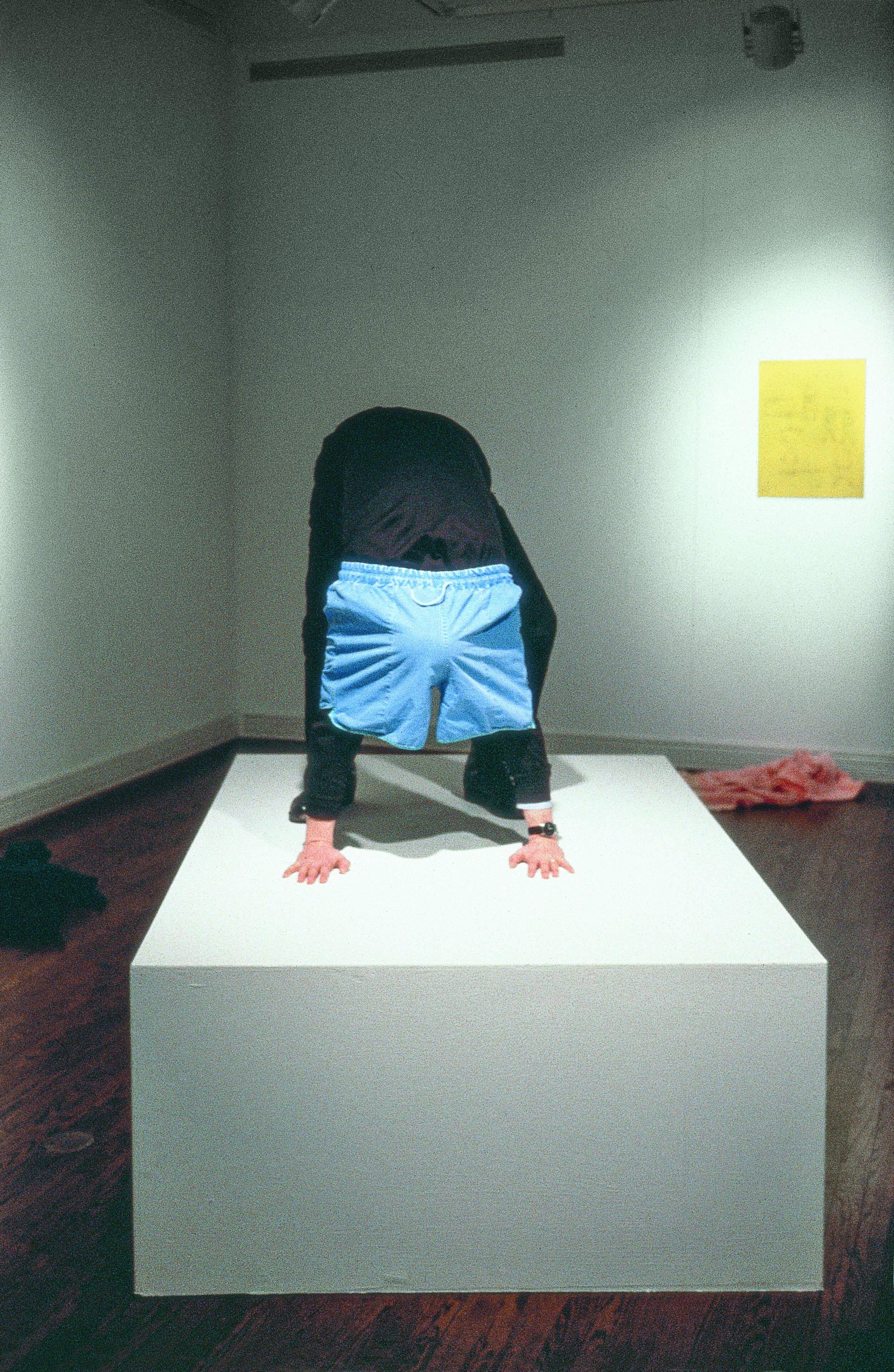
One-Minute Sculpture/ One-minute Sculpture Drawing Part 2
U: What is the most important stage of a project?
E: It's the moment when the idea is fixed and fully thought through! Then you start working with a specific material, and then it can happen that the material you work on adds something very important and even can start to lead you. The piece creates a flow that can lead you in both the formalistic and conceptual way. If you are able to accept this, it can help you to find the right way.


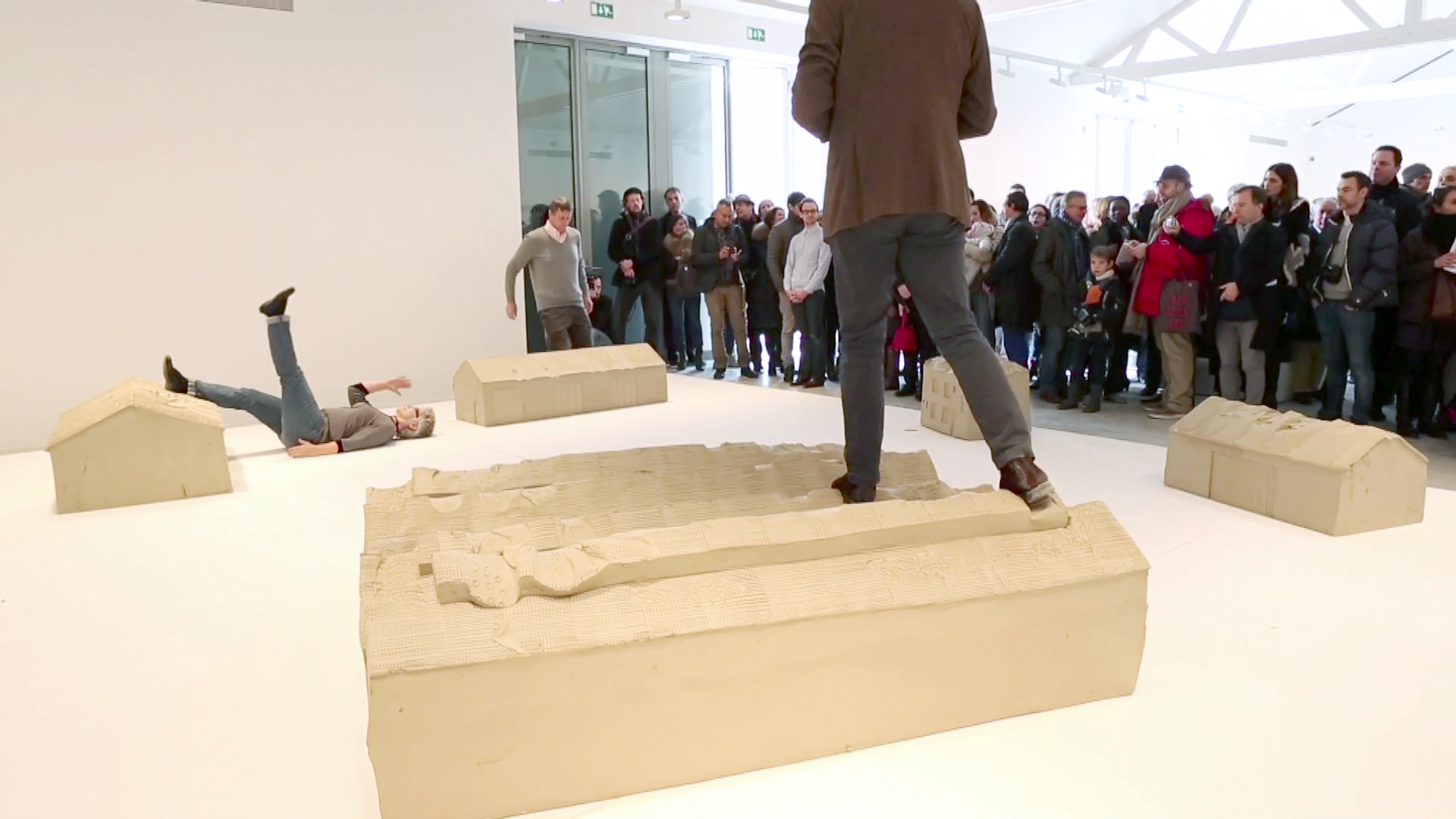
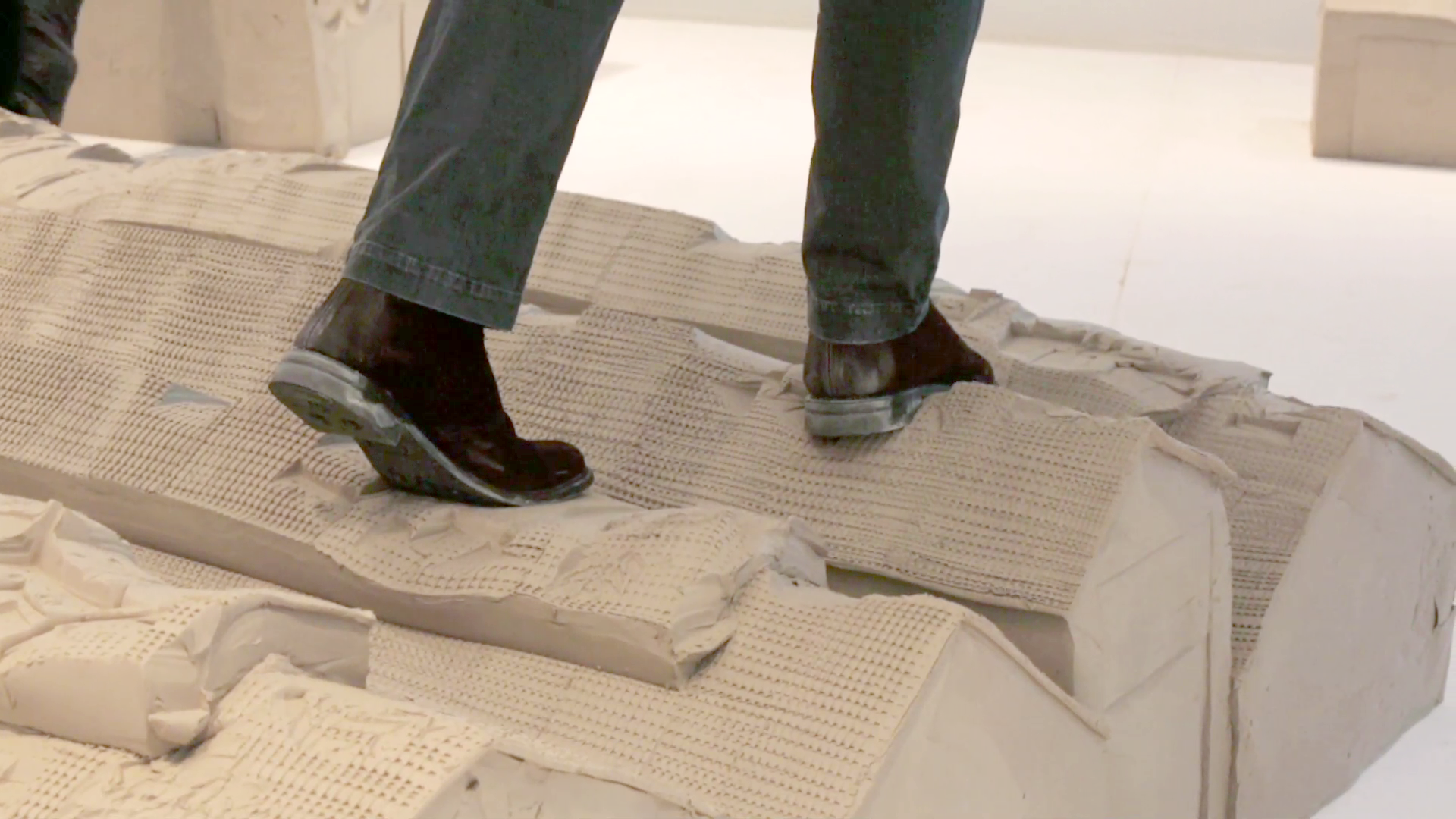
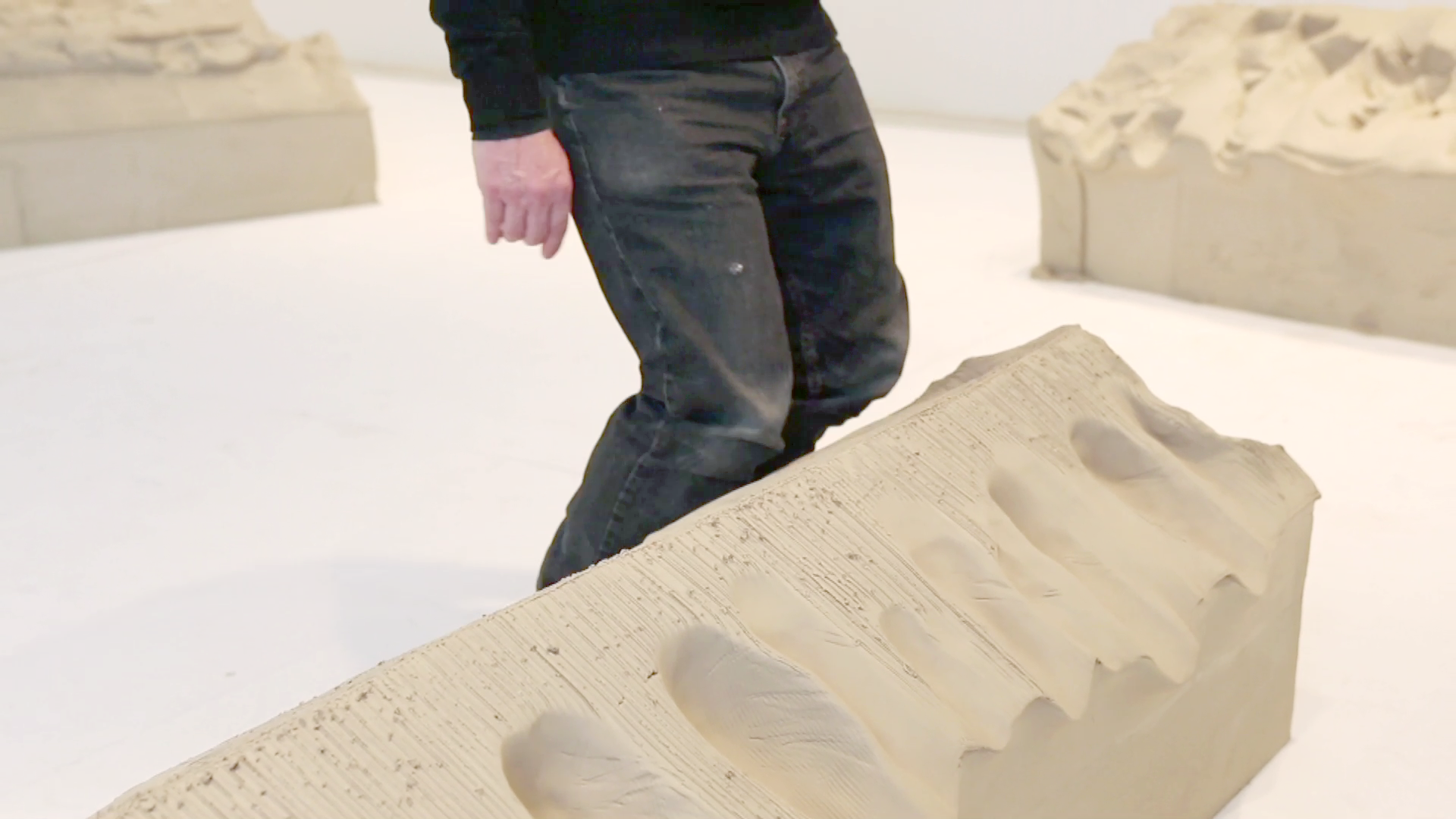
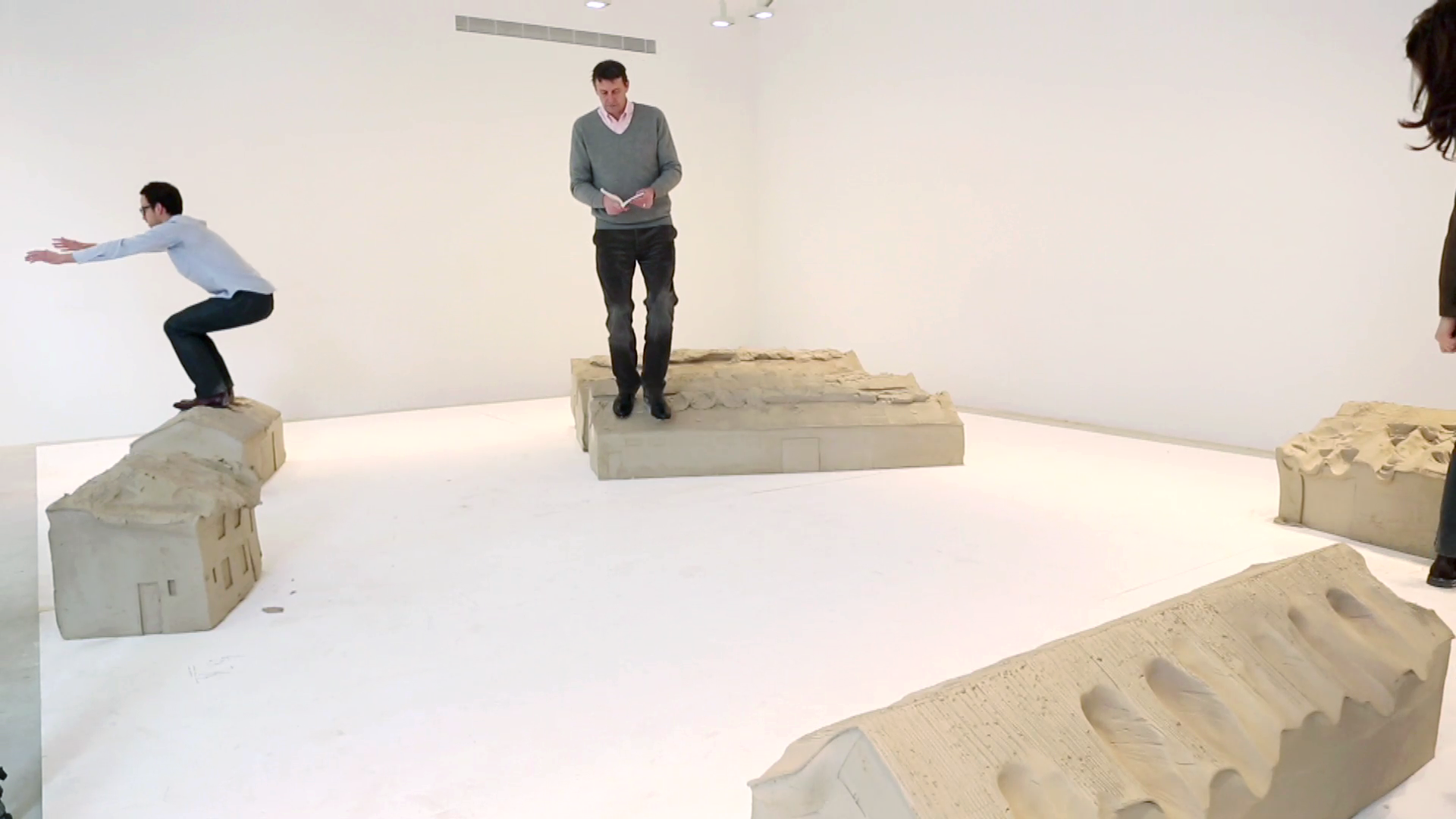
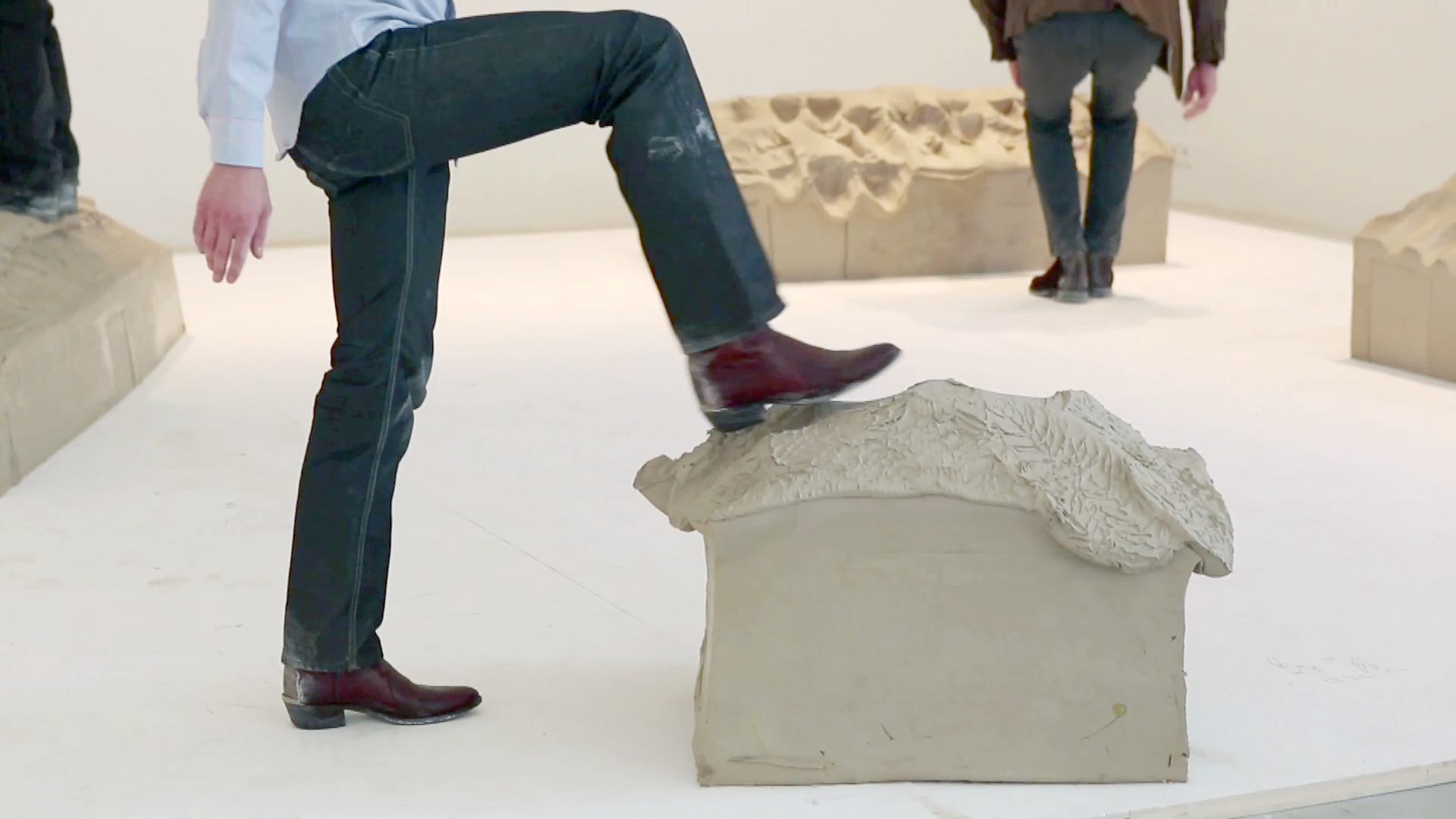
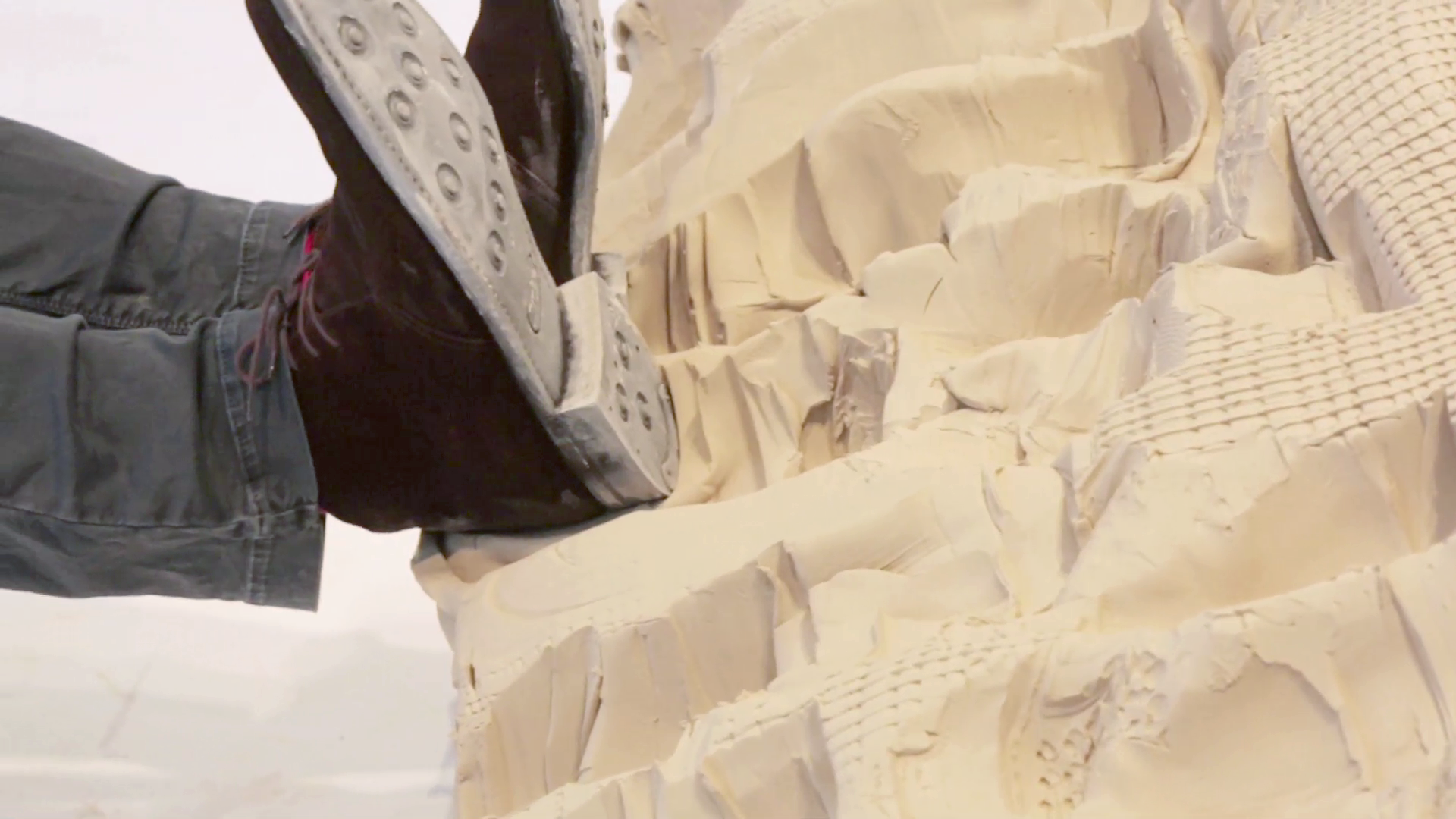
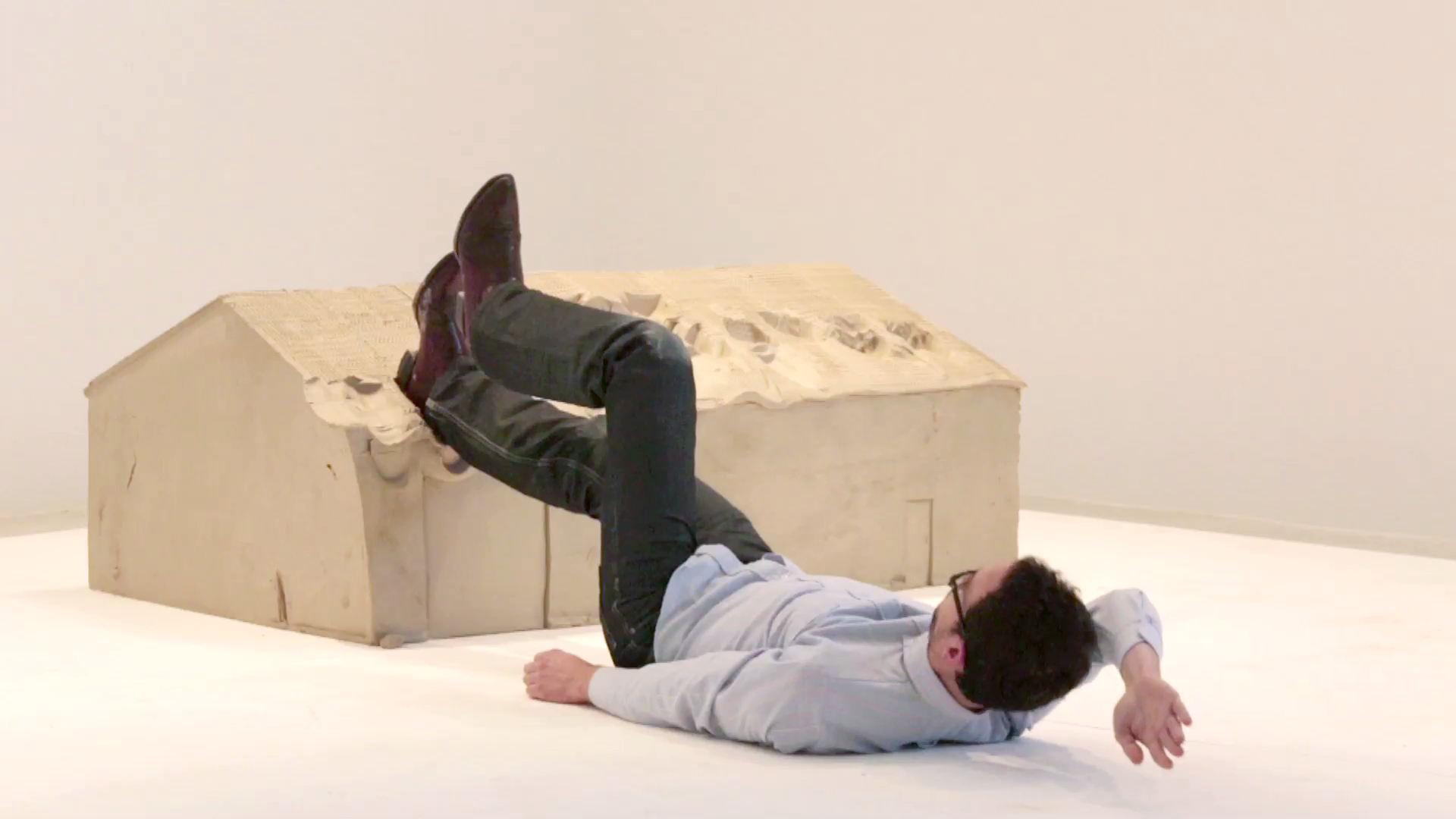
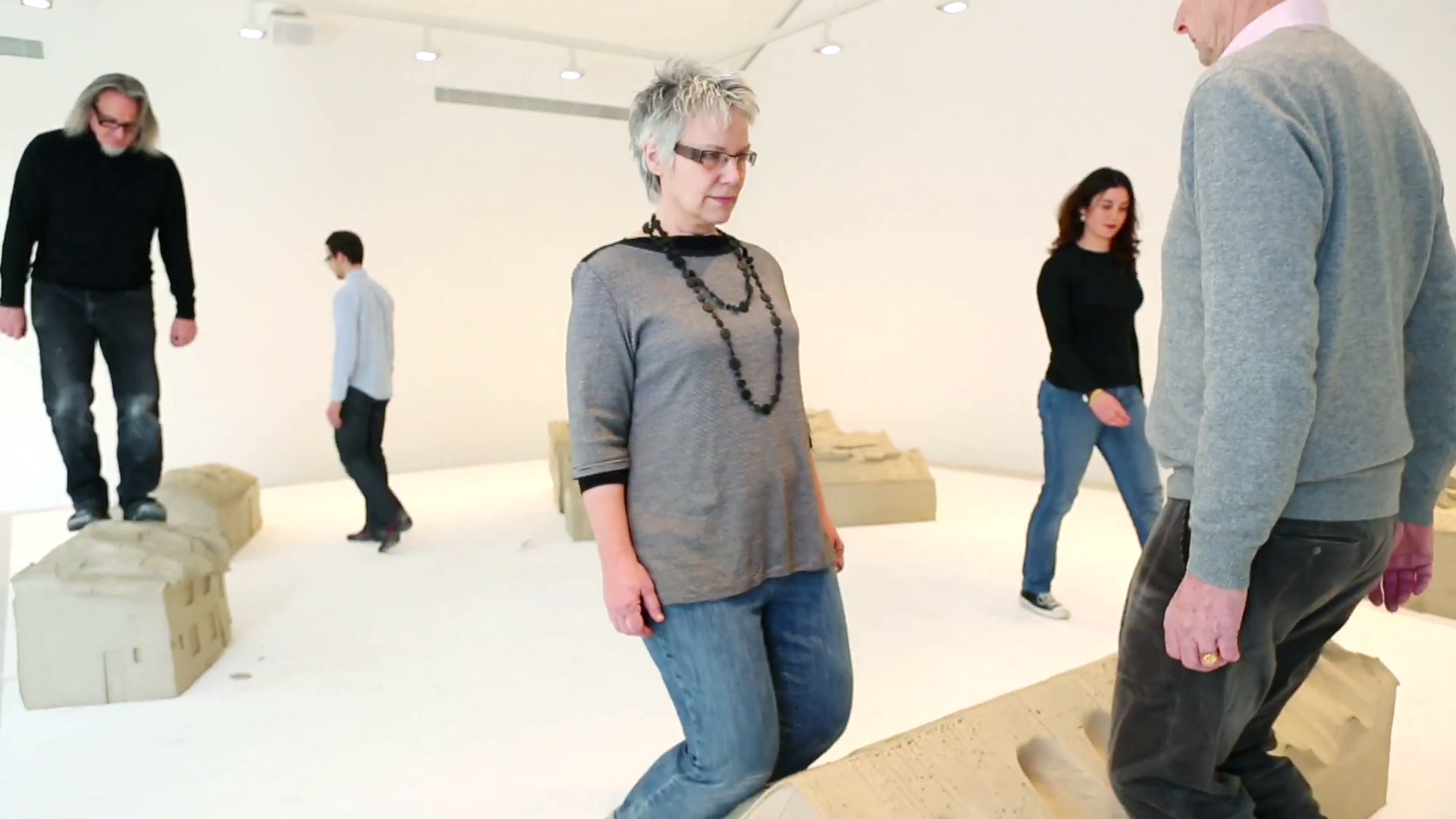
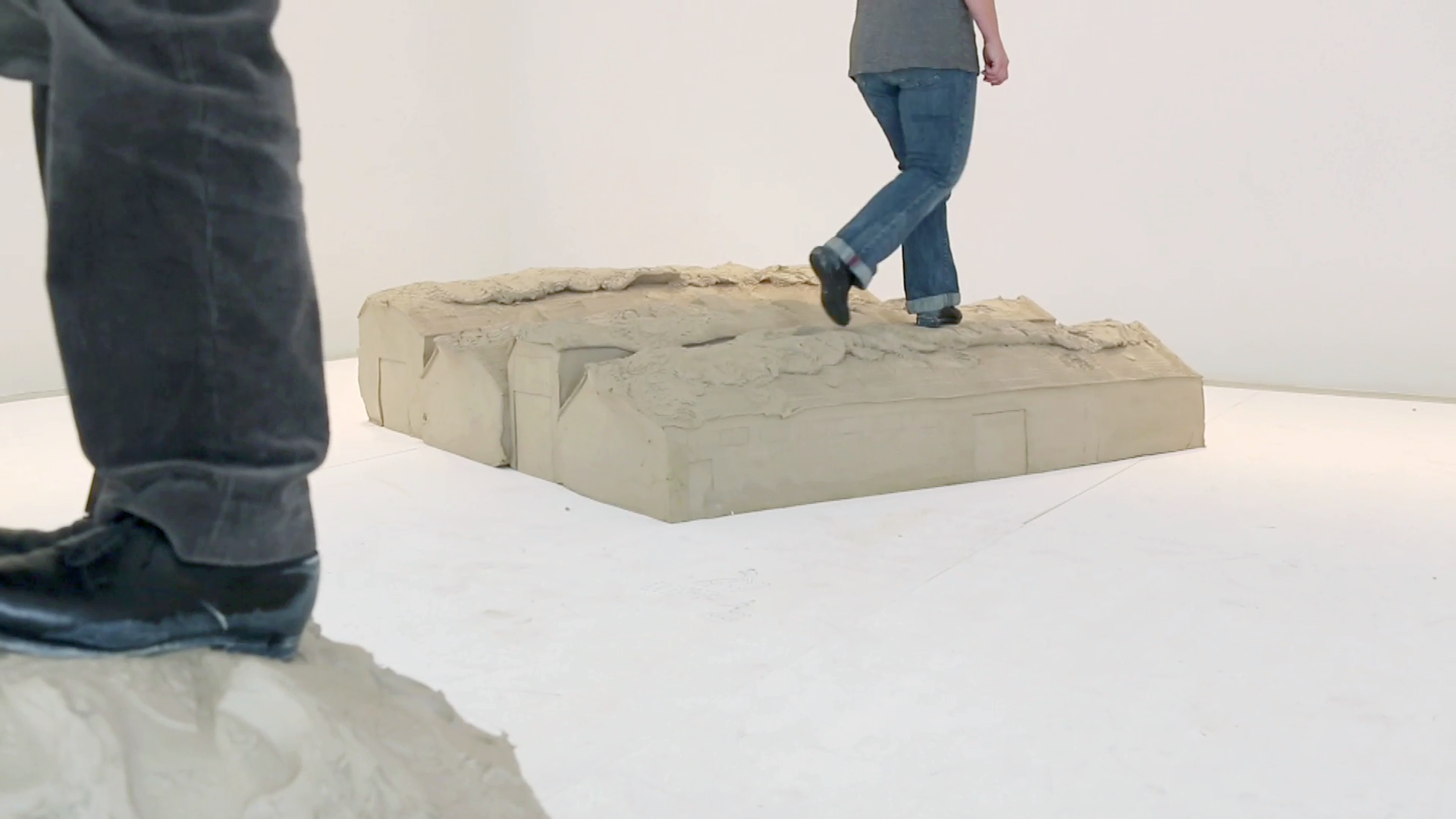
“Wittgensteinian grammar of physical education”
U: Where do the literary arts and visual arts intersect and even parallel each other?
E: Well, there are texts which can be literature or texts which can be fine art! It's important how we define literature or arts or even sculpture.
I use texts in my work. The results are ephemeral pieces creating the phenomena of a sculpture in our heads. We've accepted it! If not, it's nothing but a sentence.
I call these pieces word sculptures.
It's only short texts.
They have to be read by the public or by an actor.
It's sentences like:
Air lies on the landscape and covers everything.
Or
Yellow tennis ball bounces over the asphalt, getting smaller.
Or
Pencil stuck in an ear with the tip facing outwards.
U: What are some recurring themes drawn from society that influence your art the most, and why?
E: Recurring themes are the absurdity and the paradox of our world, our society, our lives. And more and more, I am navigating to the future with deep concerns about distortion and dramatic change into a dystopian future. Our devastating form of living - as we do and did has to change dramatically. Our entire way of thinking and being and misusing our entire world plus ourselves has to be questioned totally.
Otherwise, we and our world will be gone not so far from now.
For more information about Erwin’s artwork, please visit his site. Also, you can follow him on Instagram.
.
